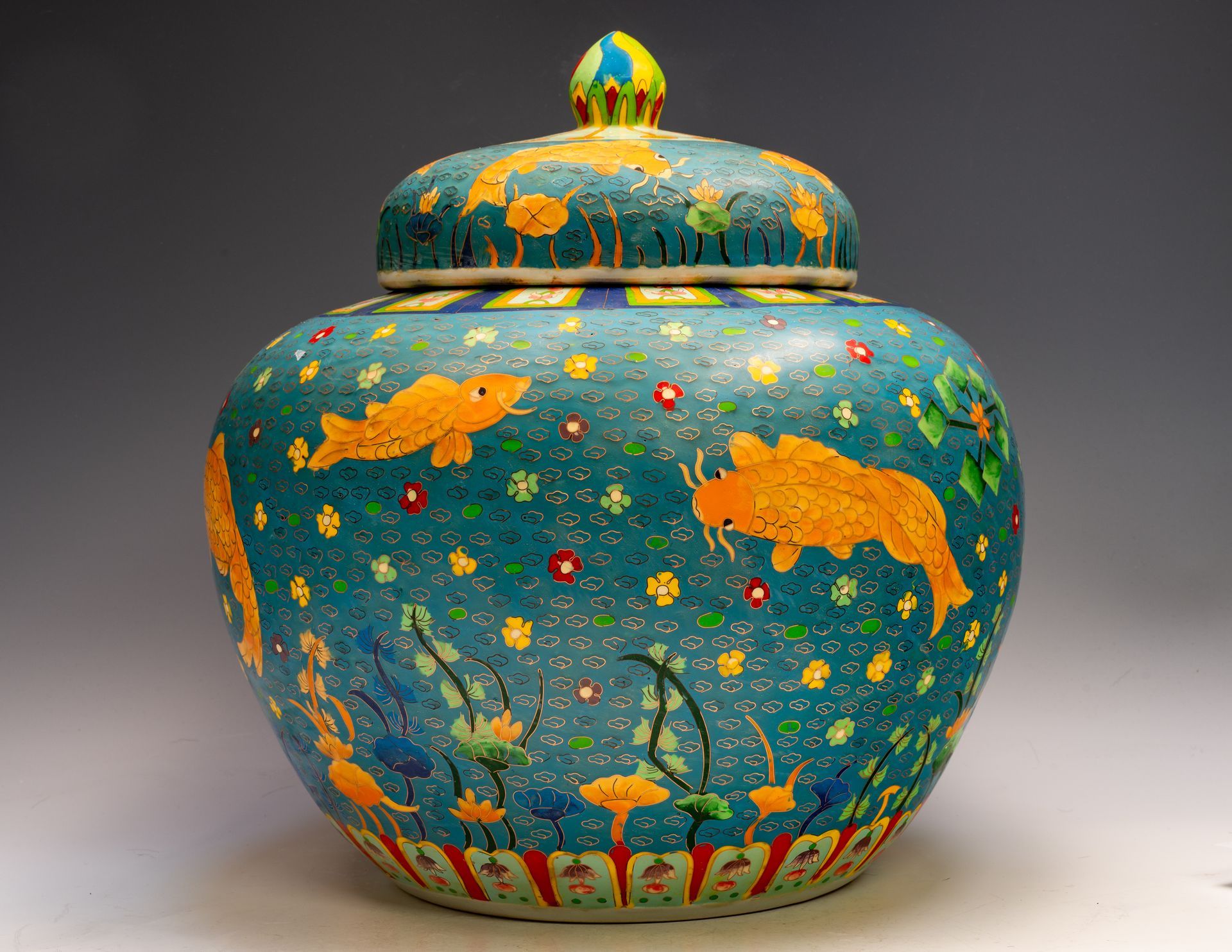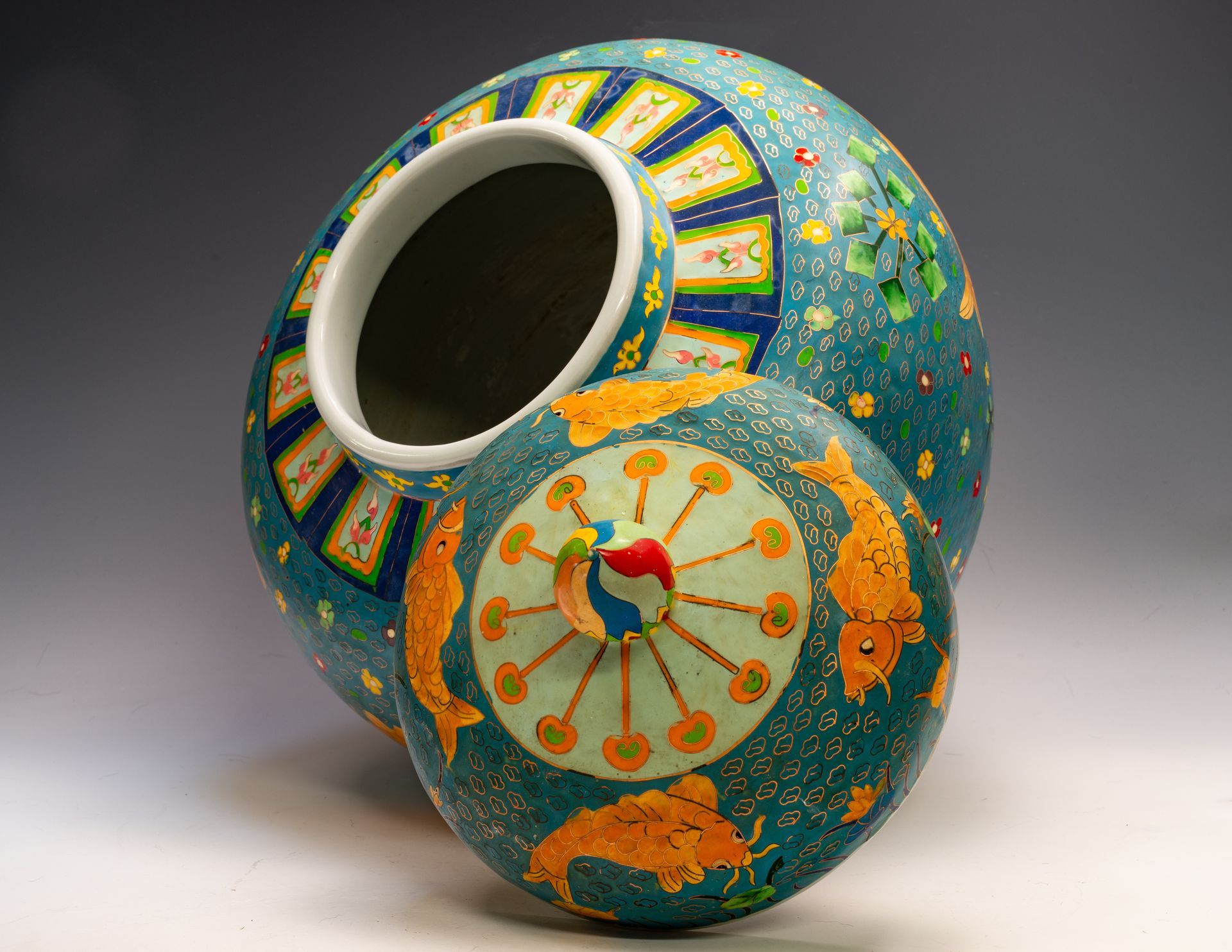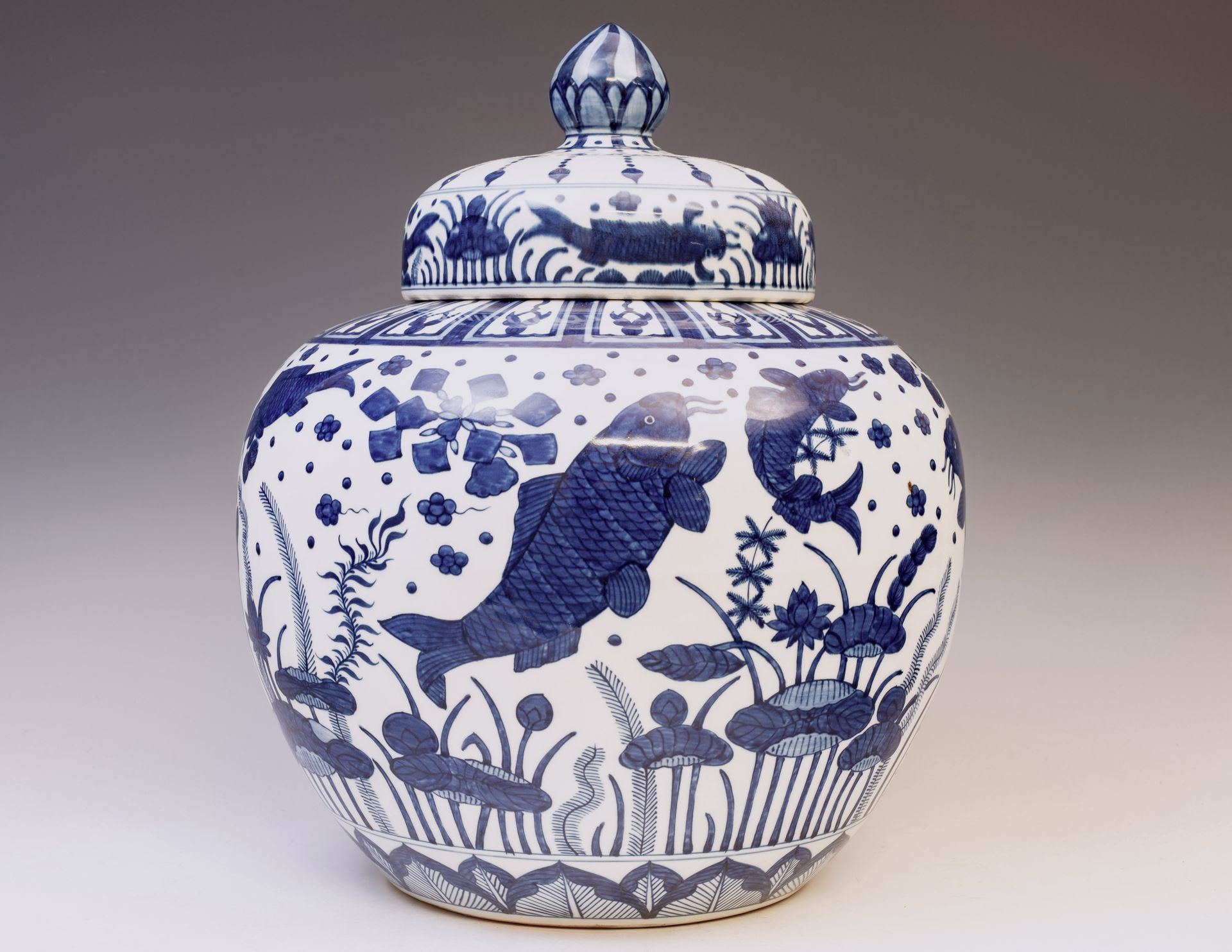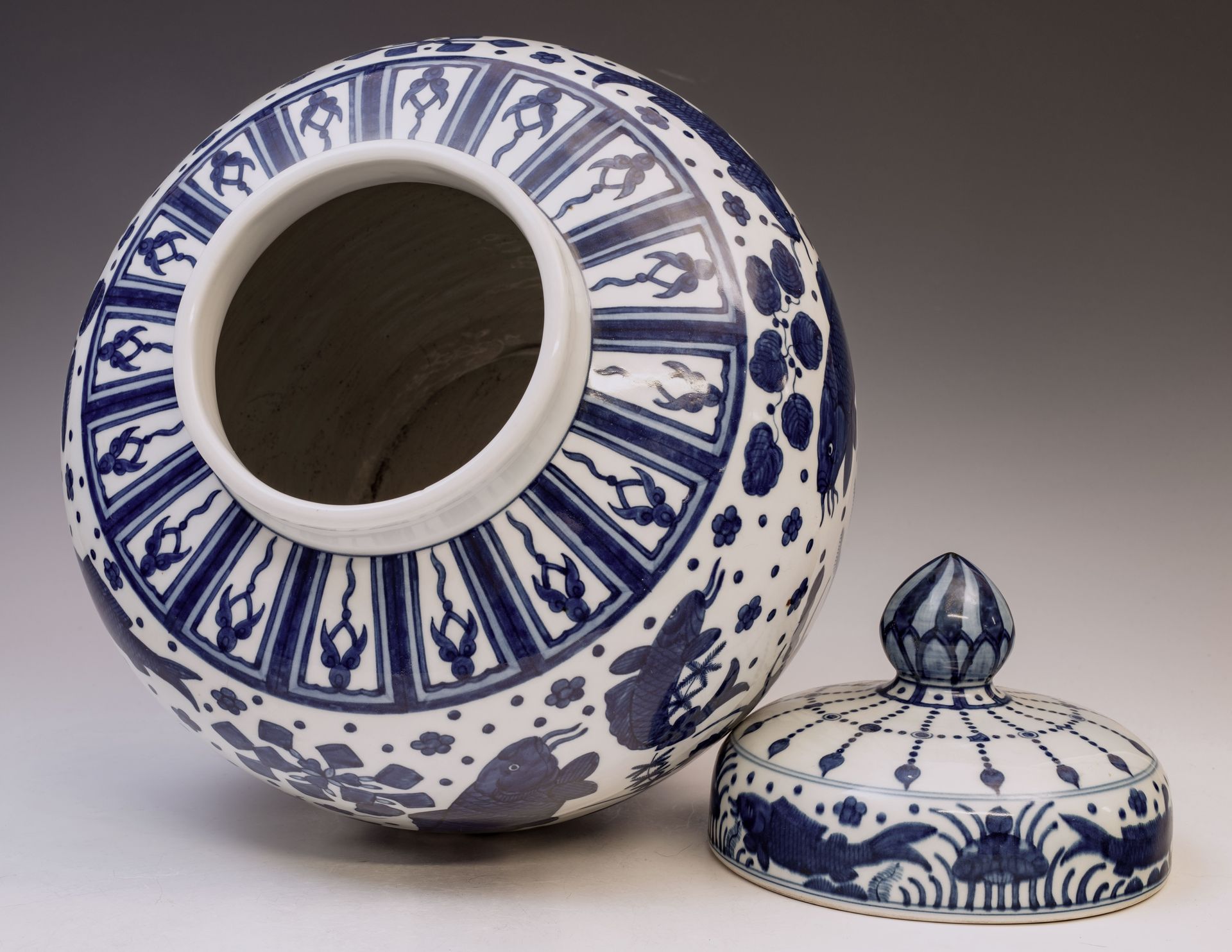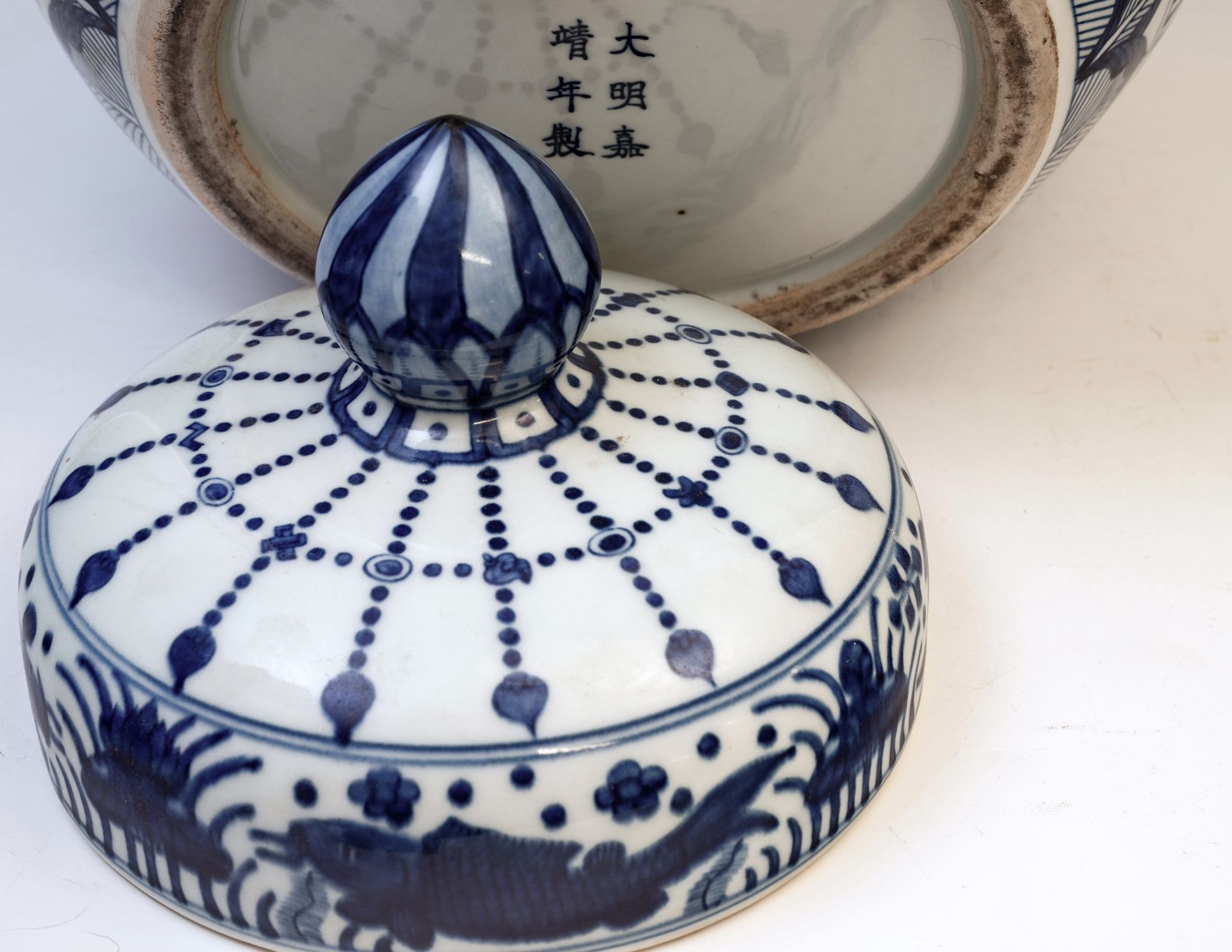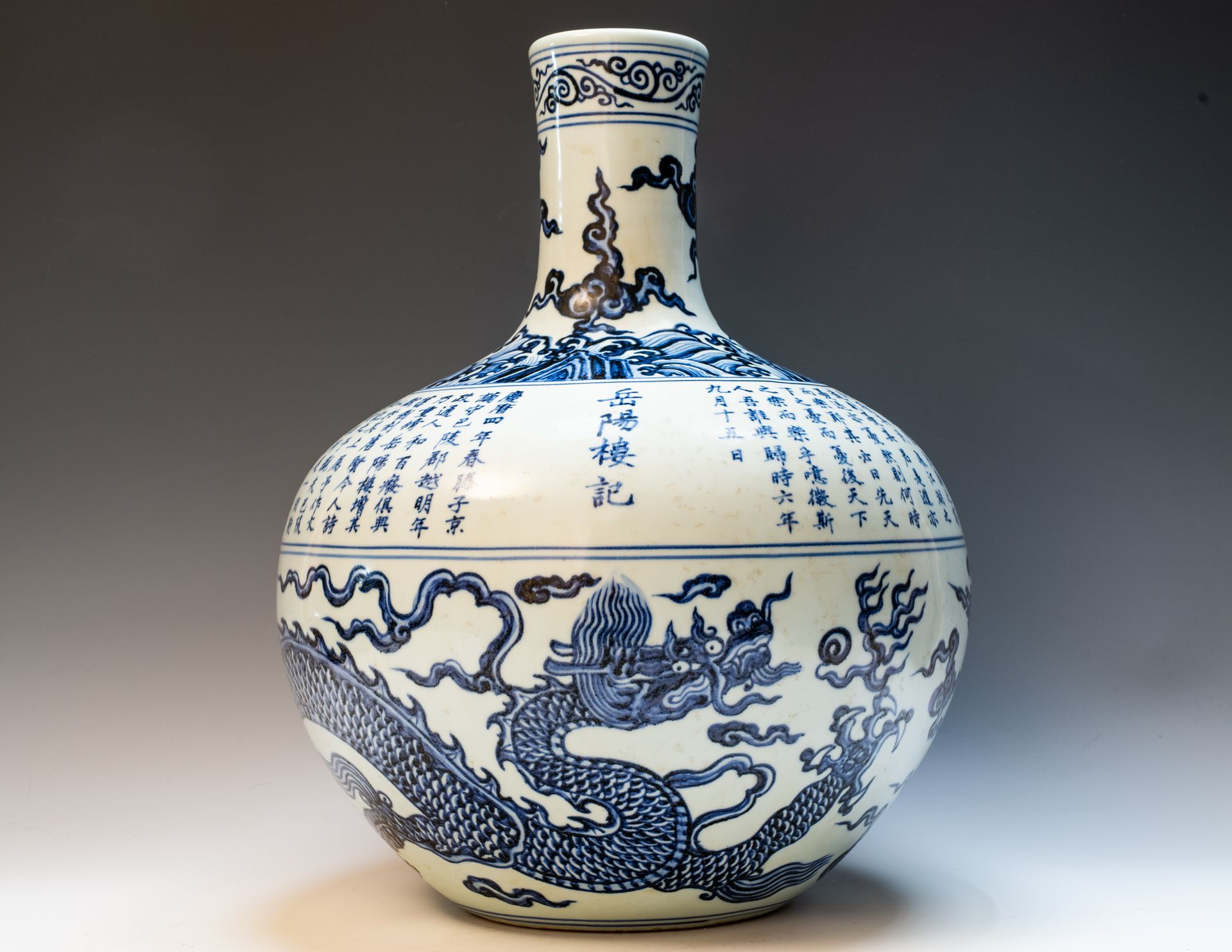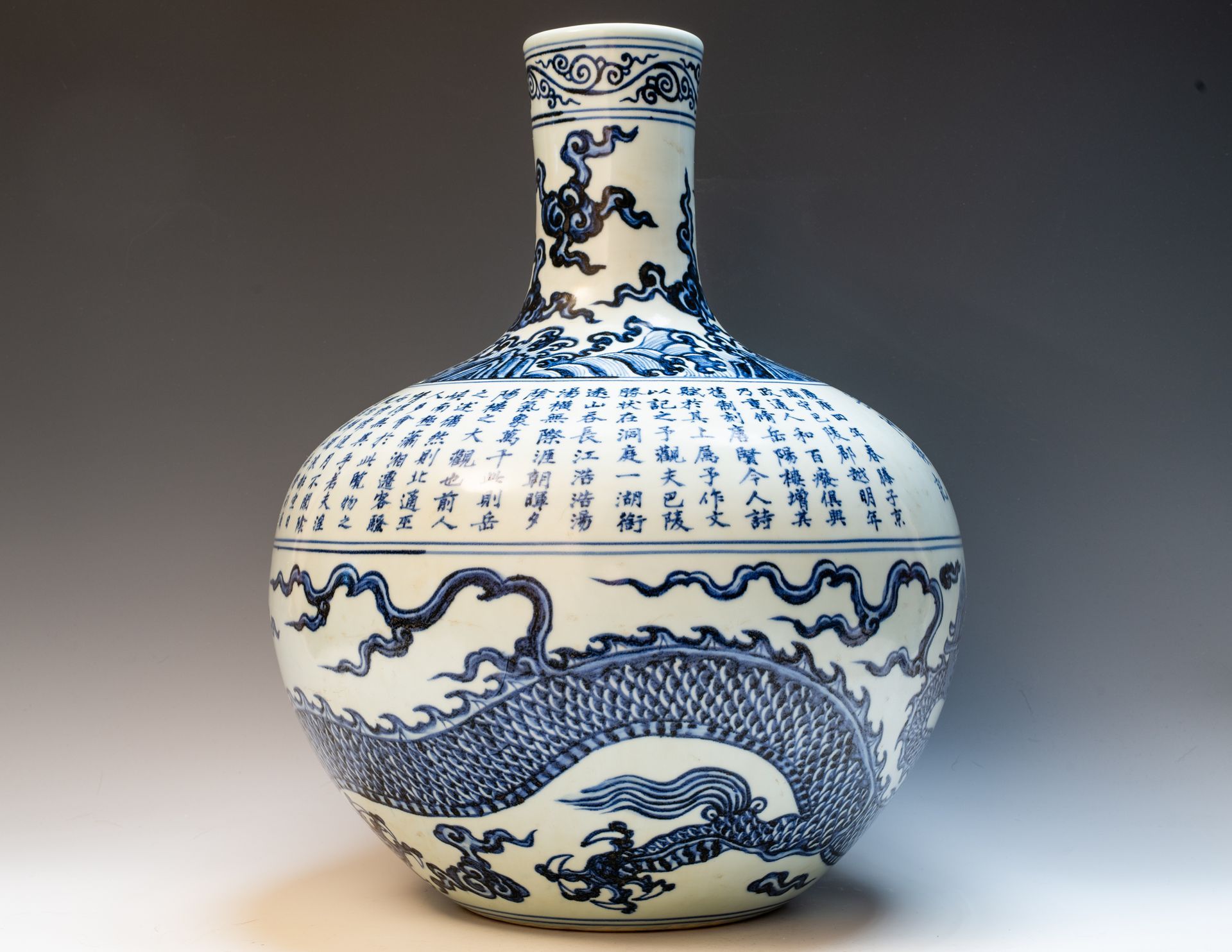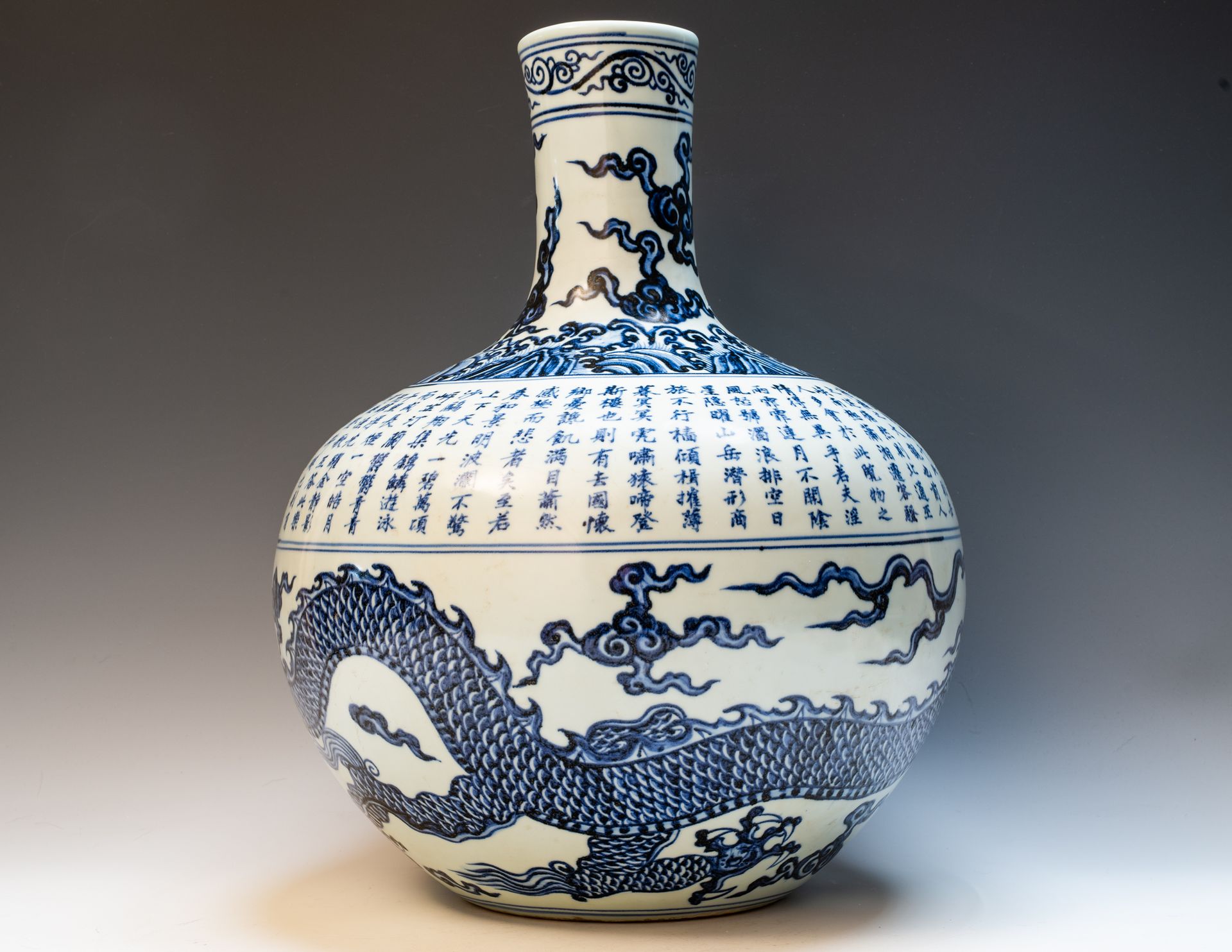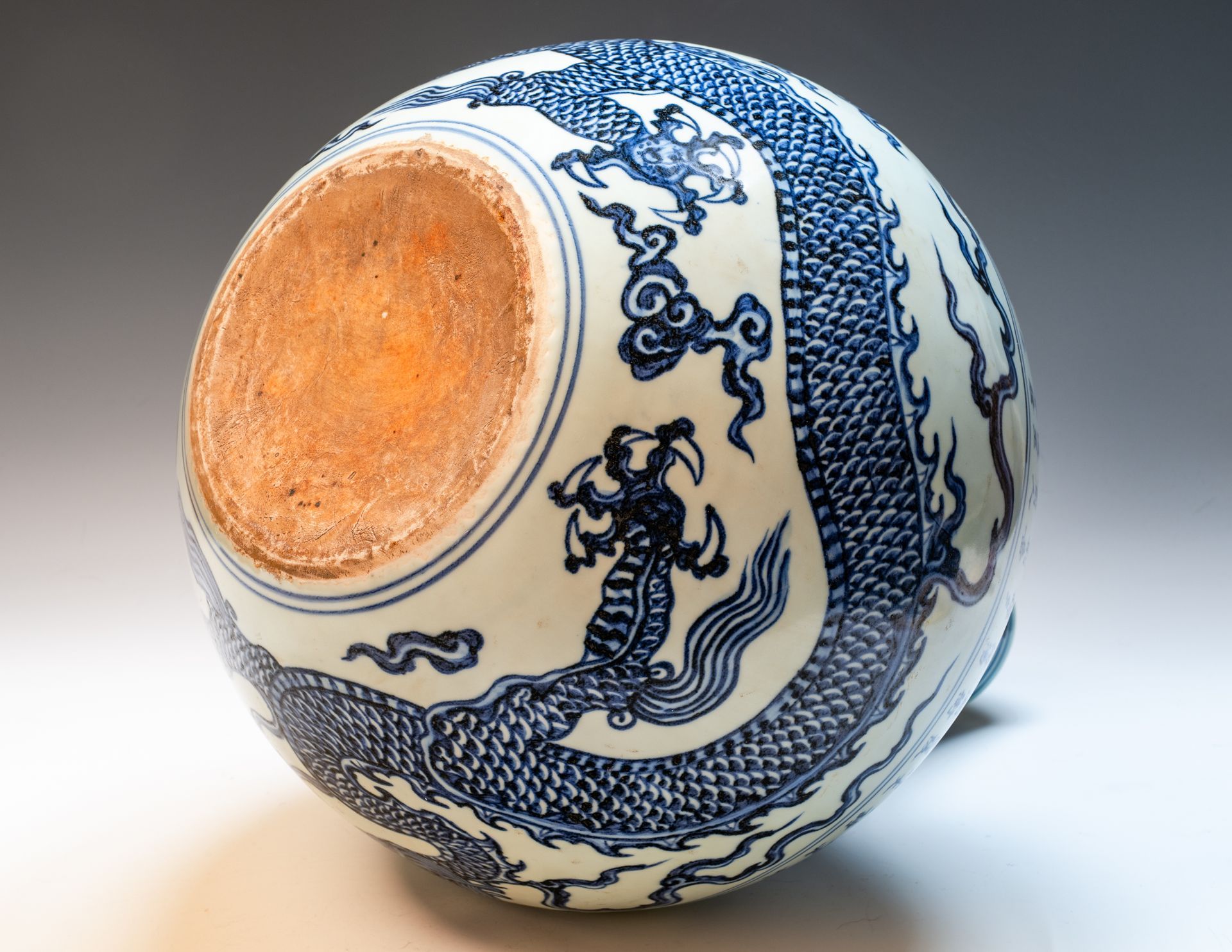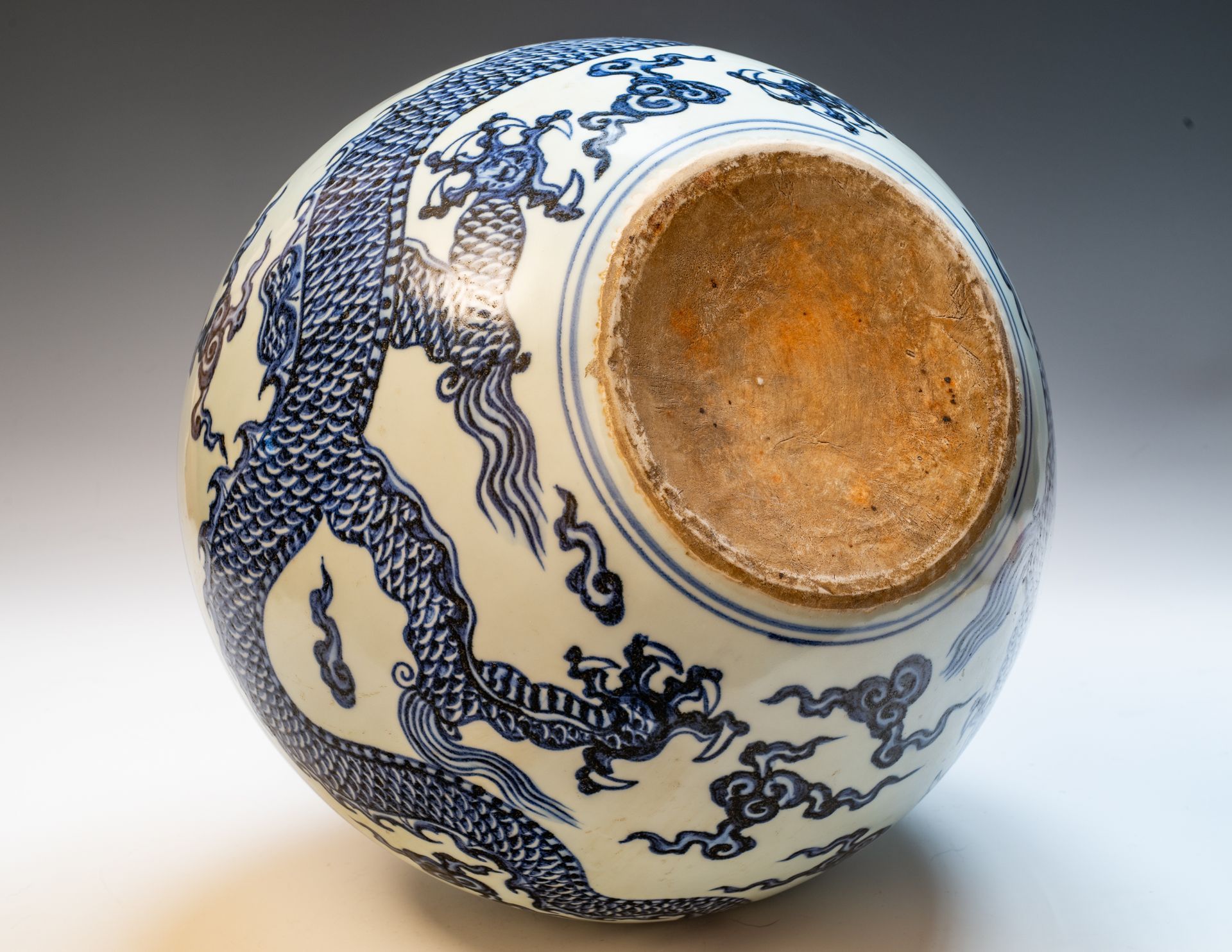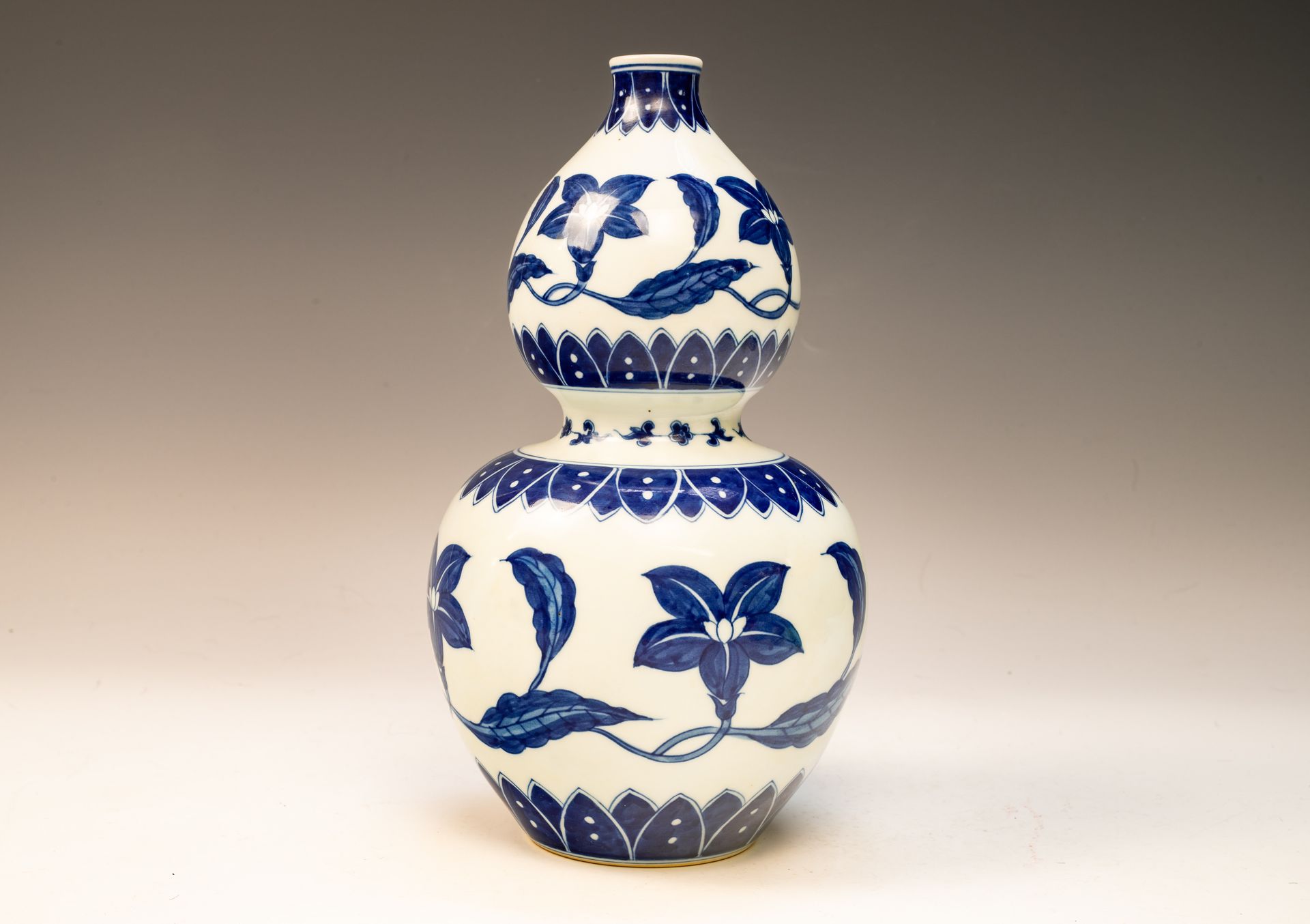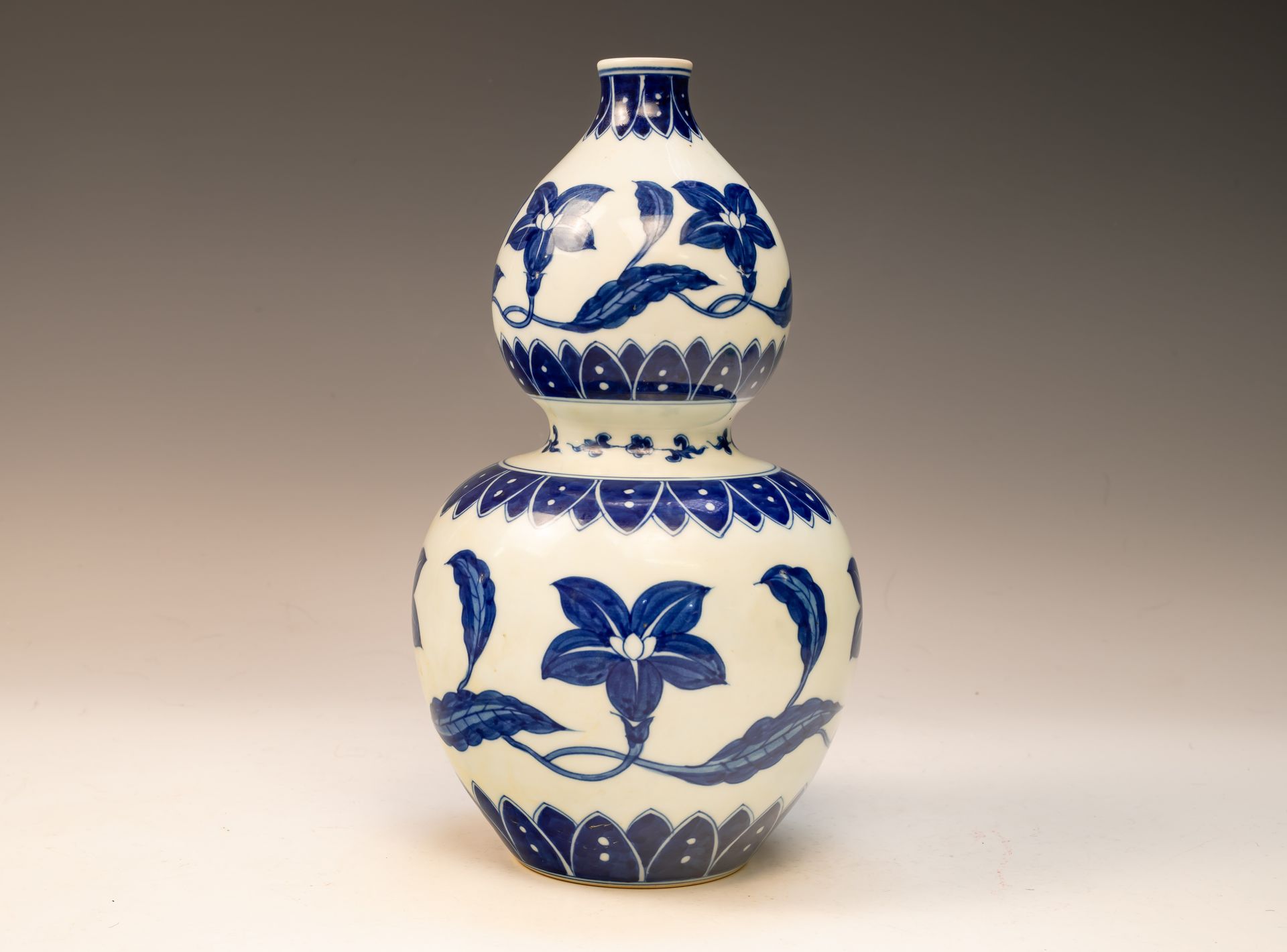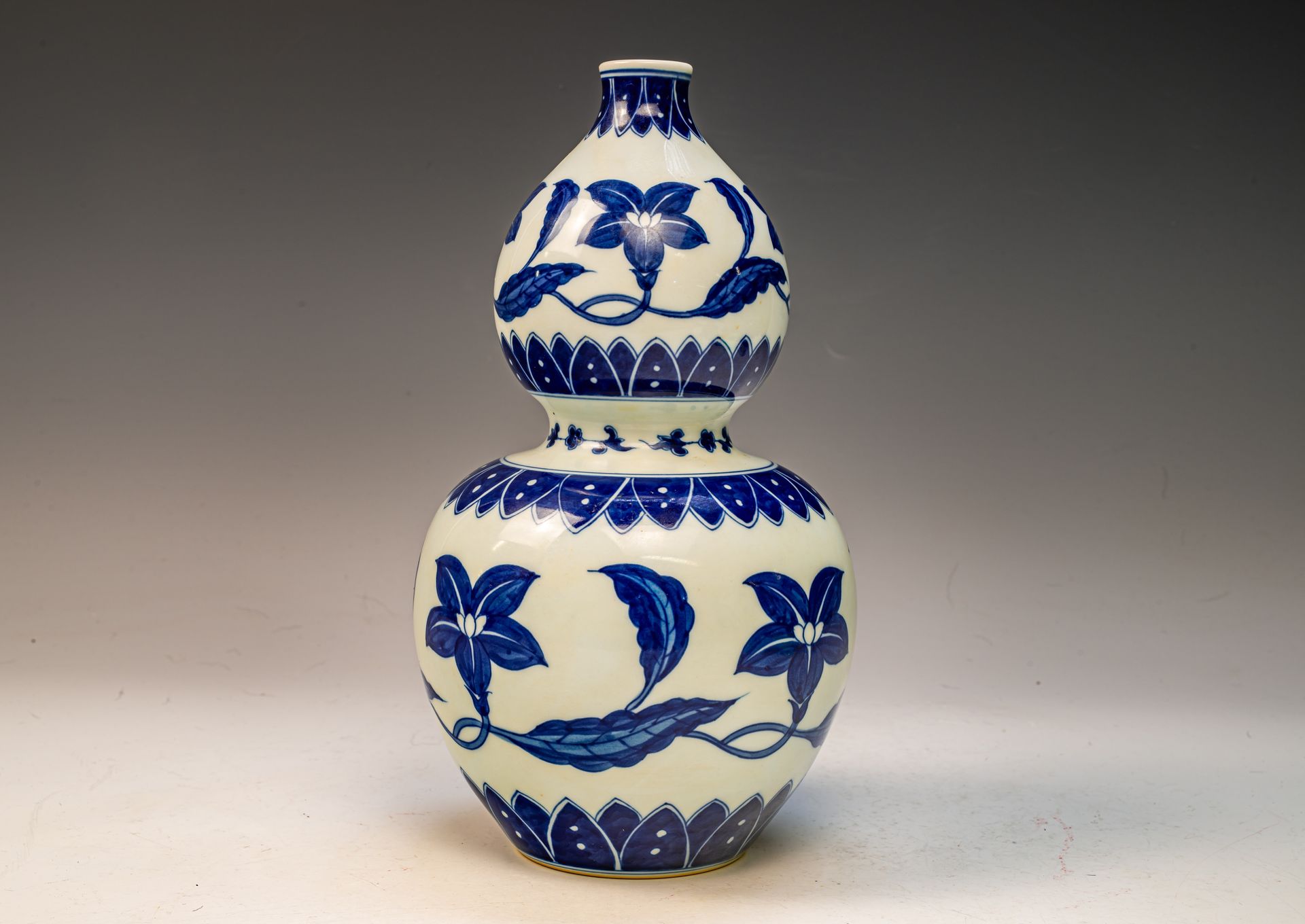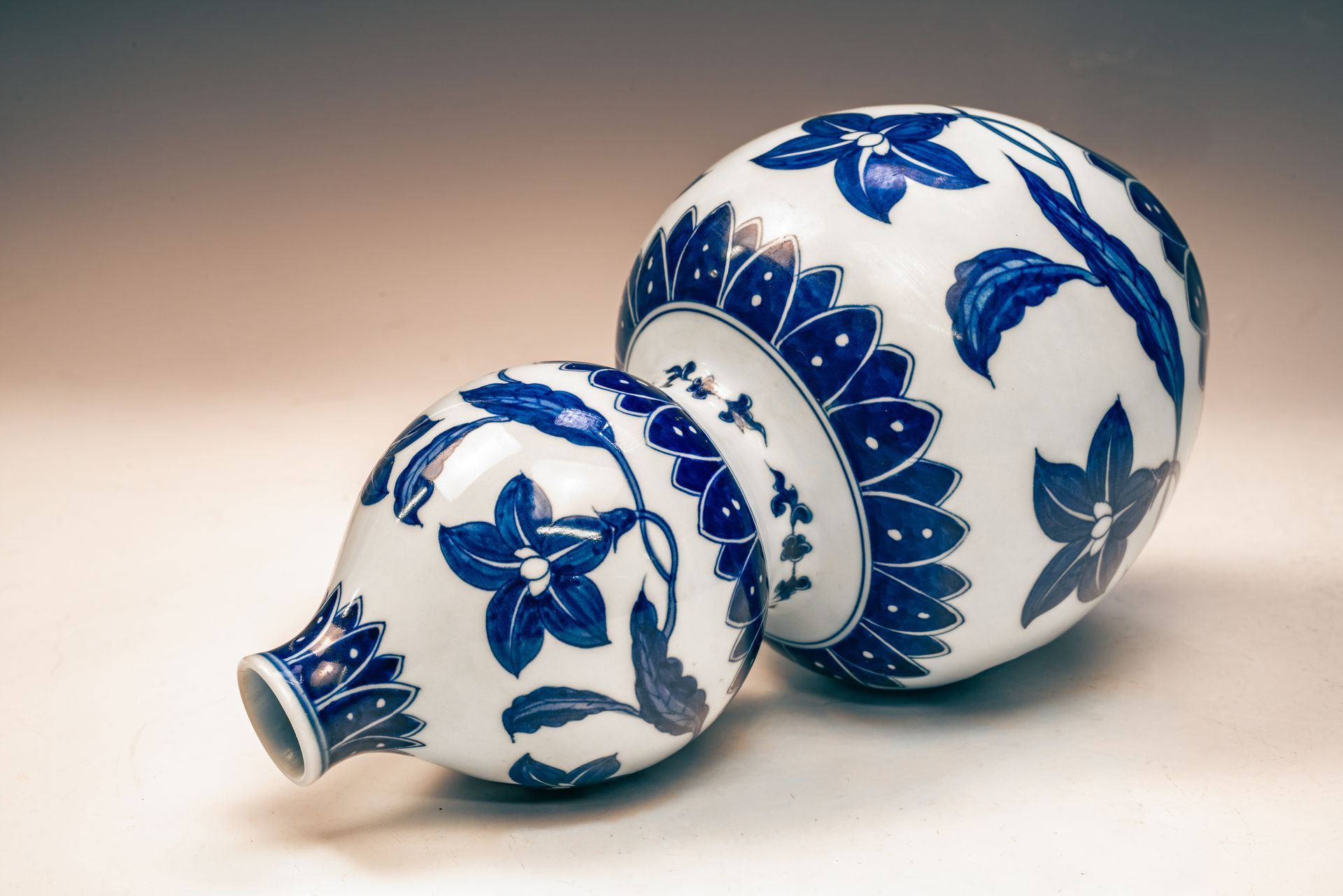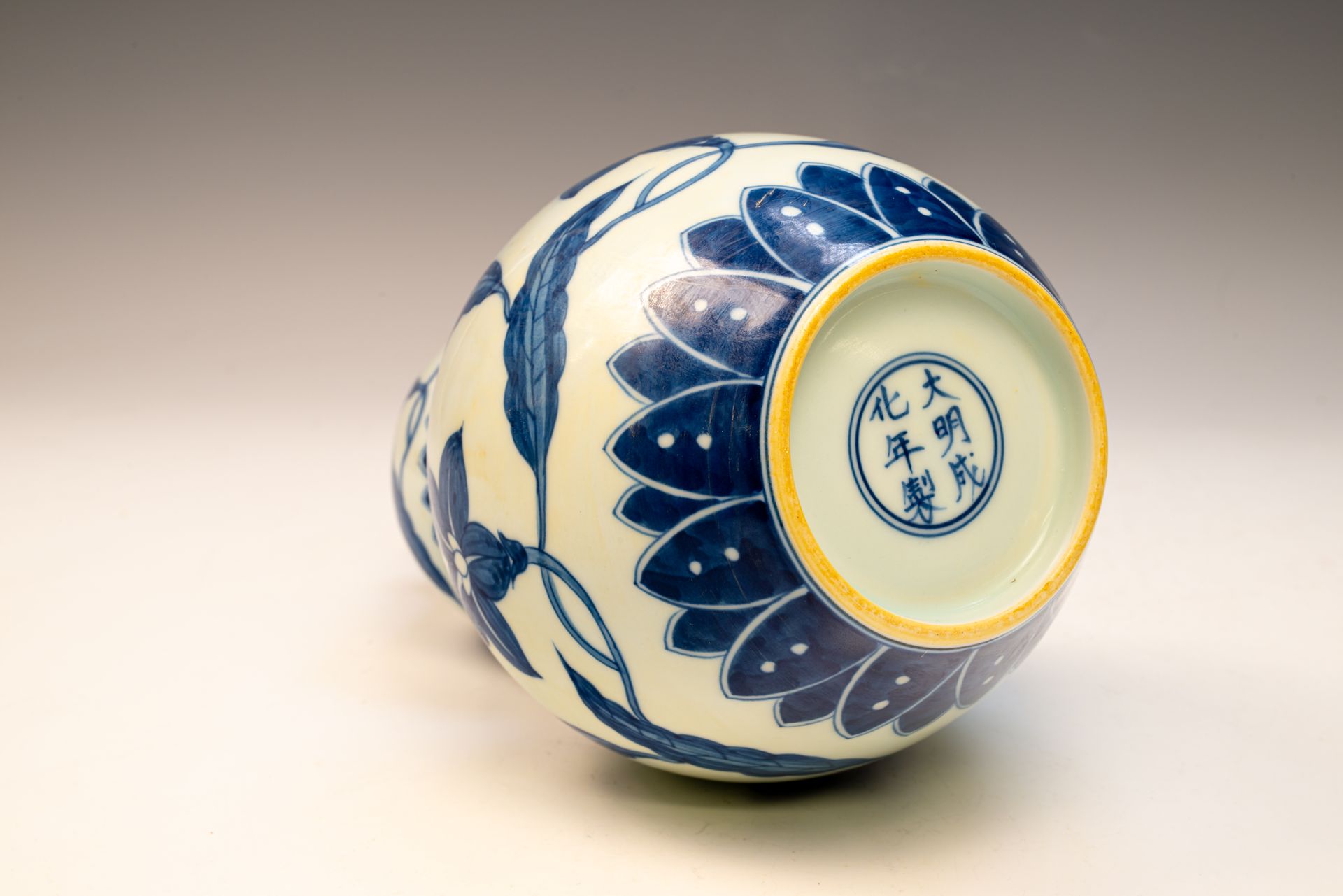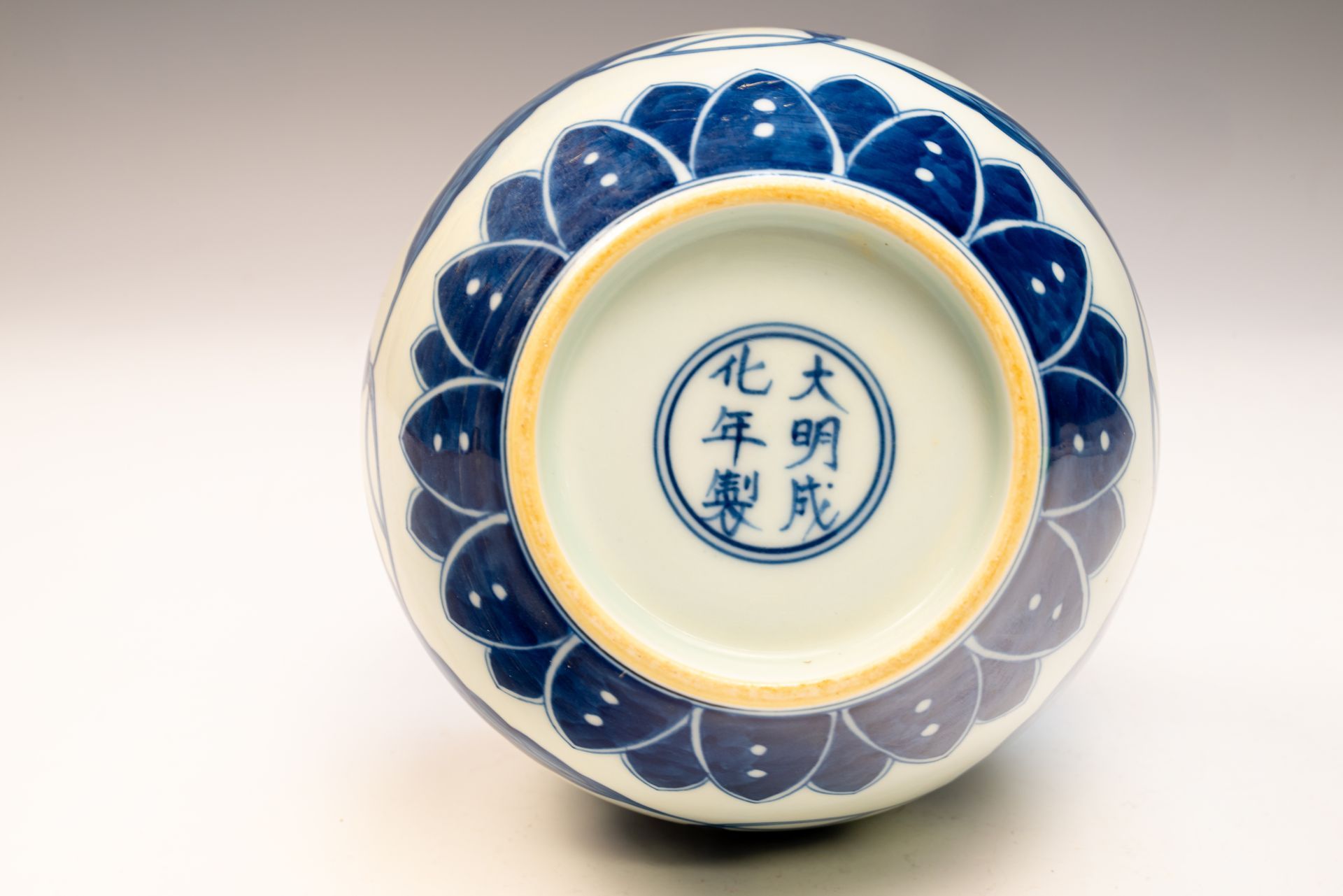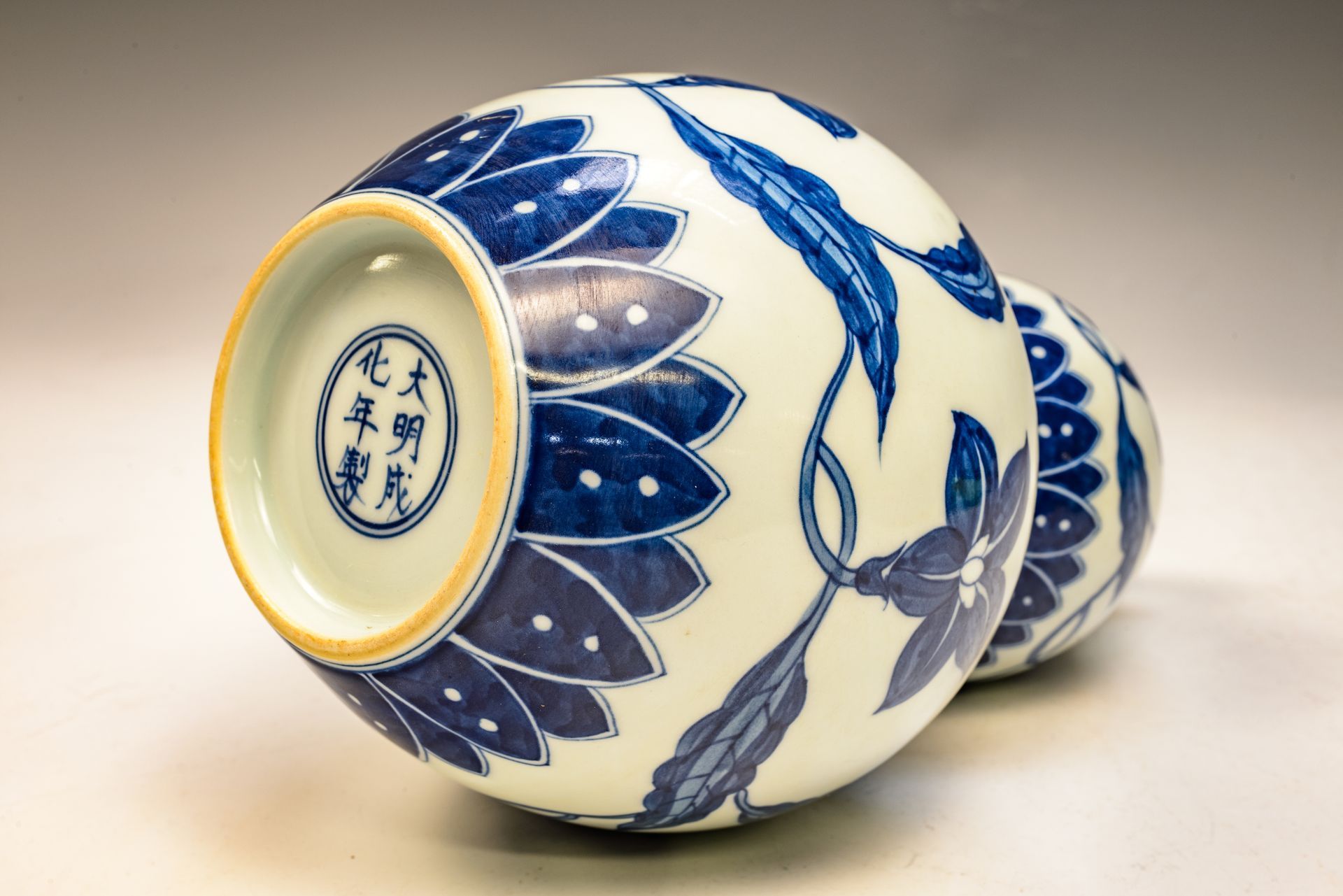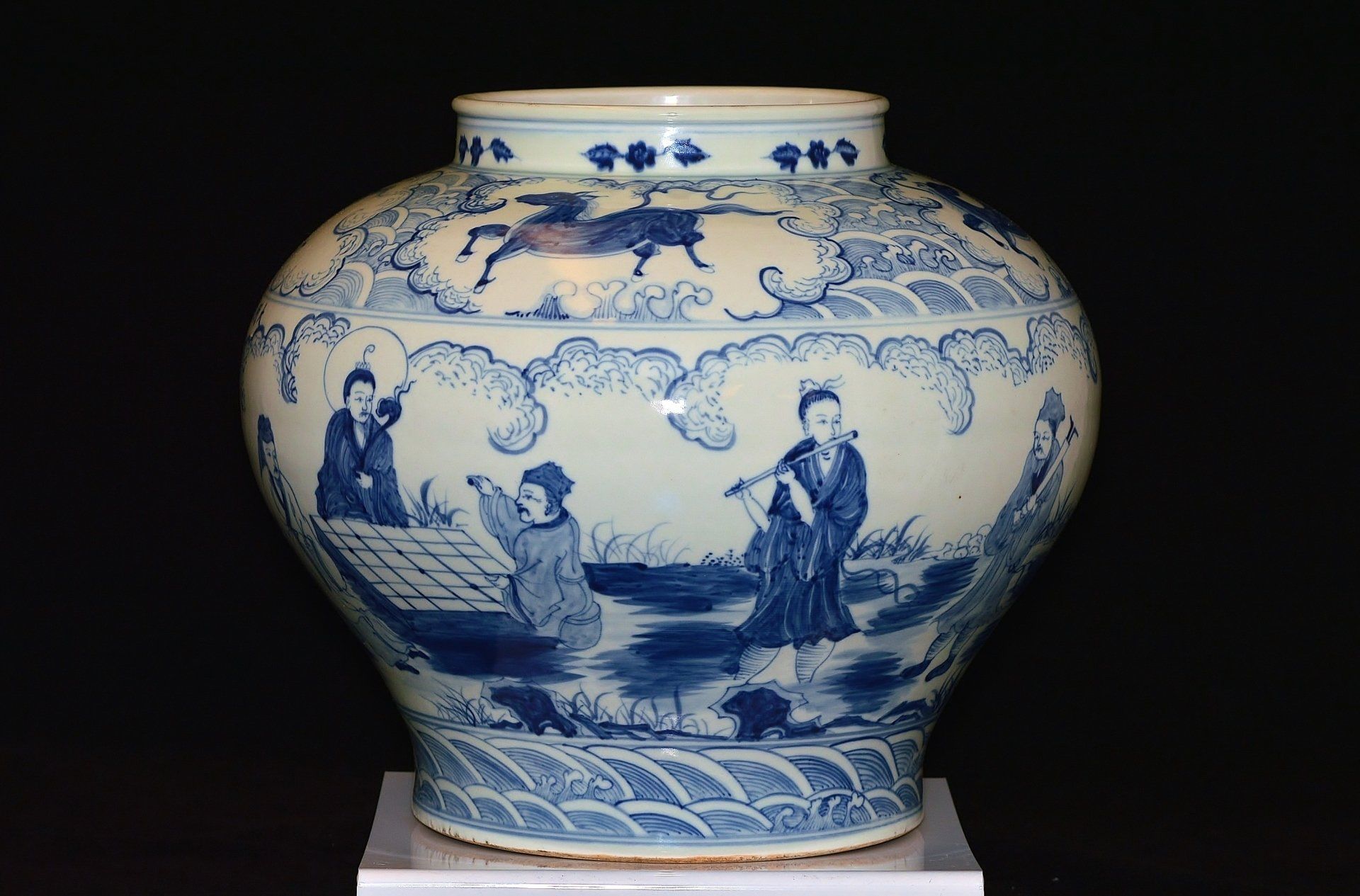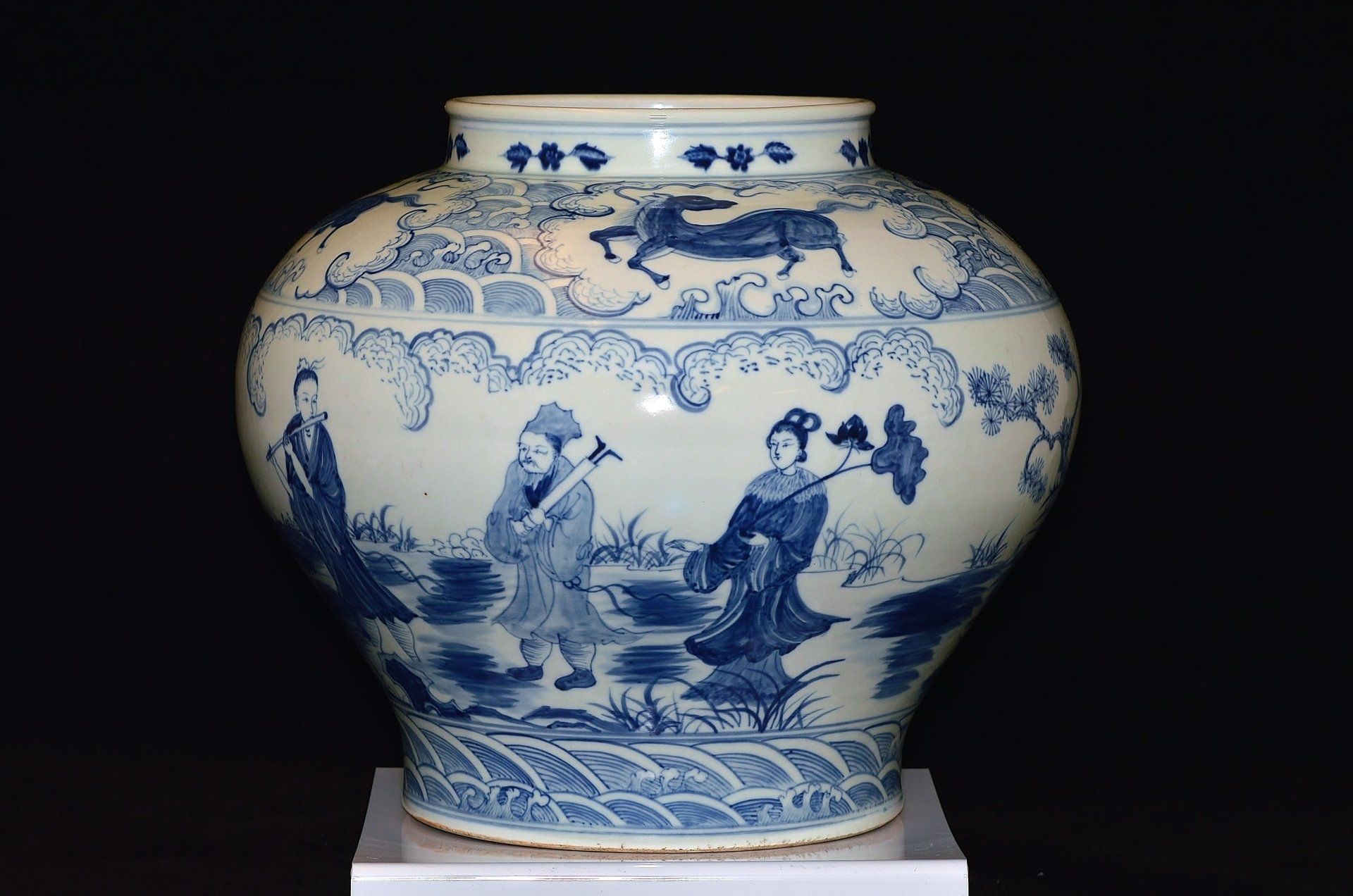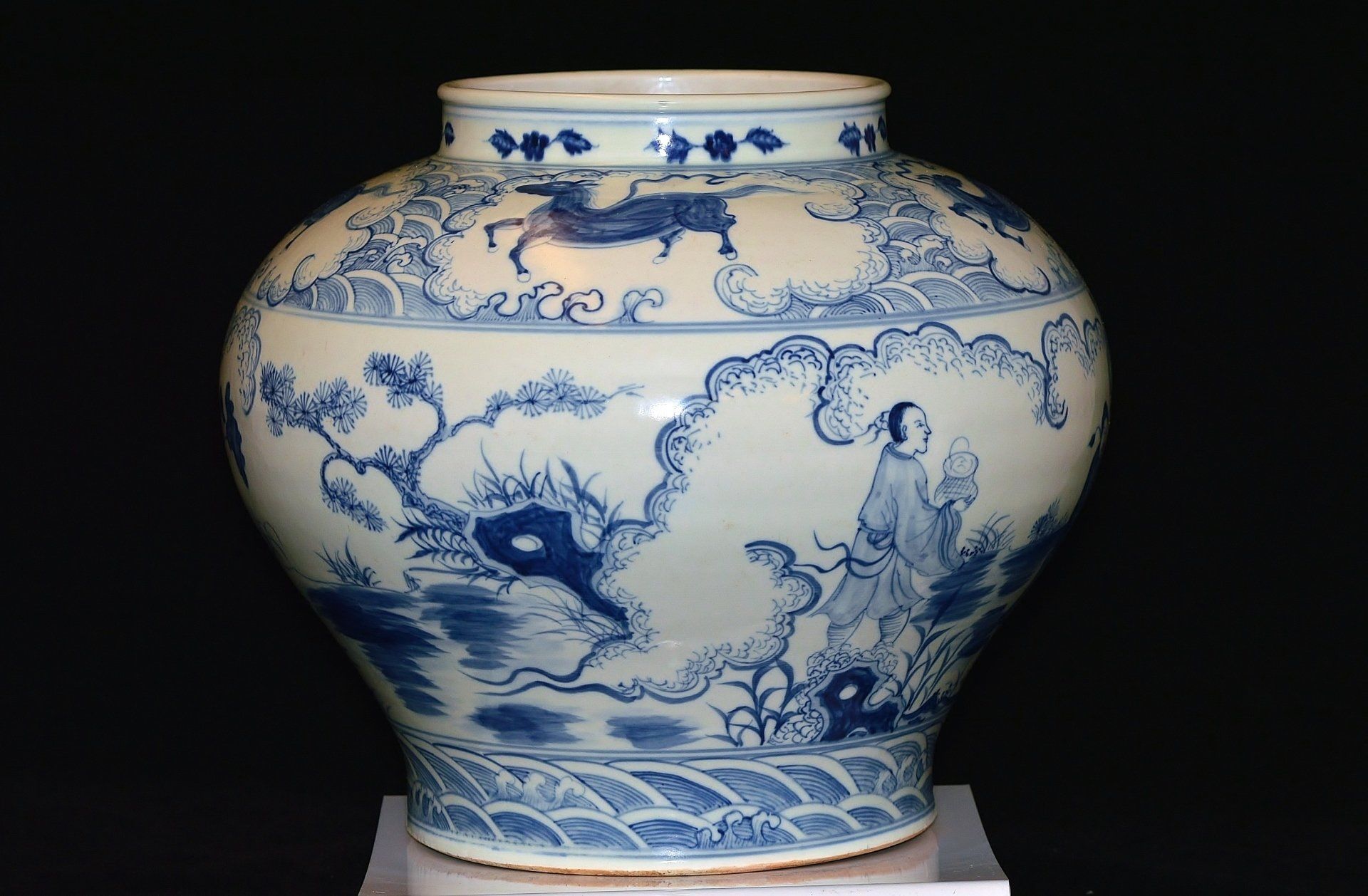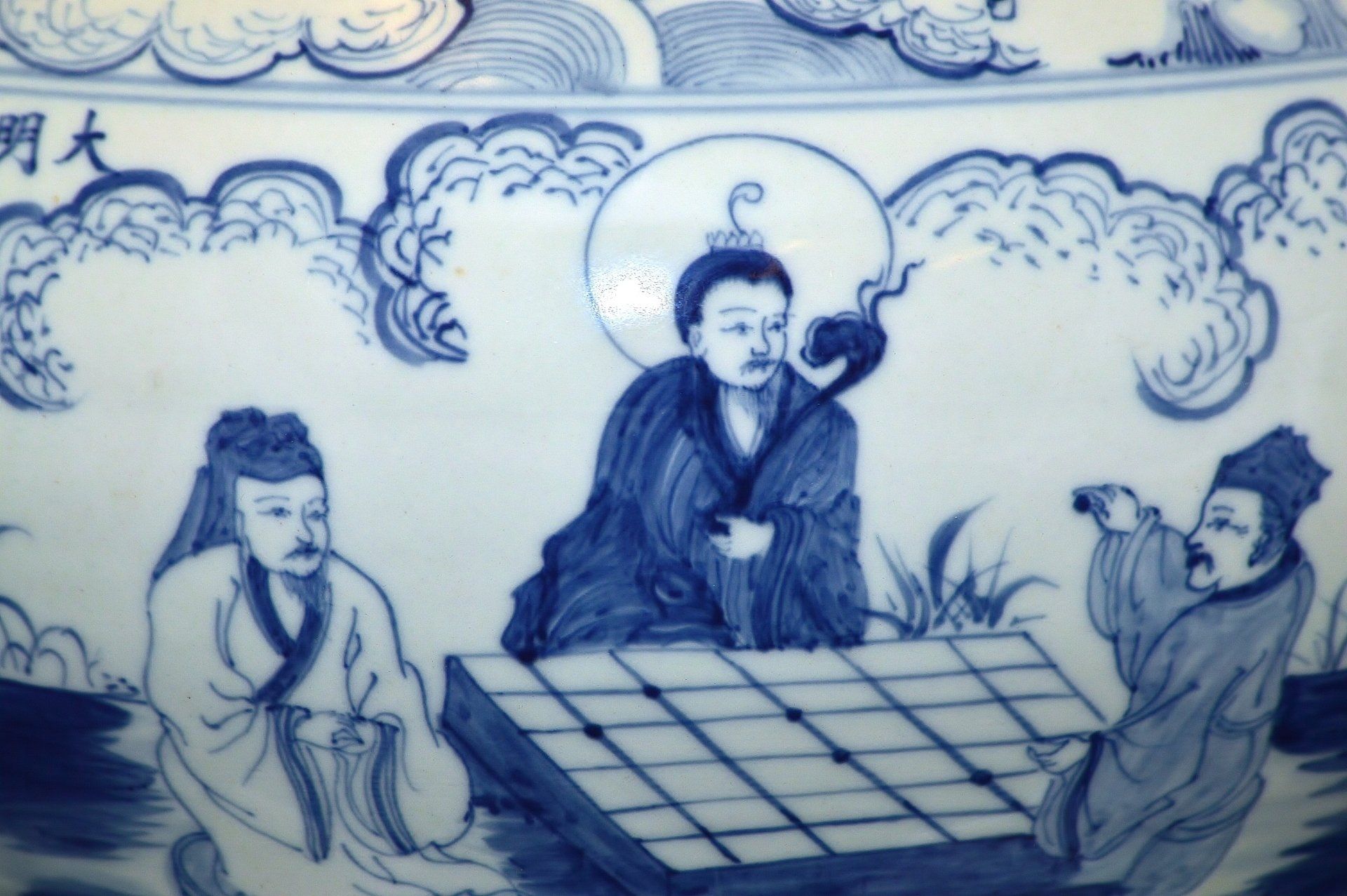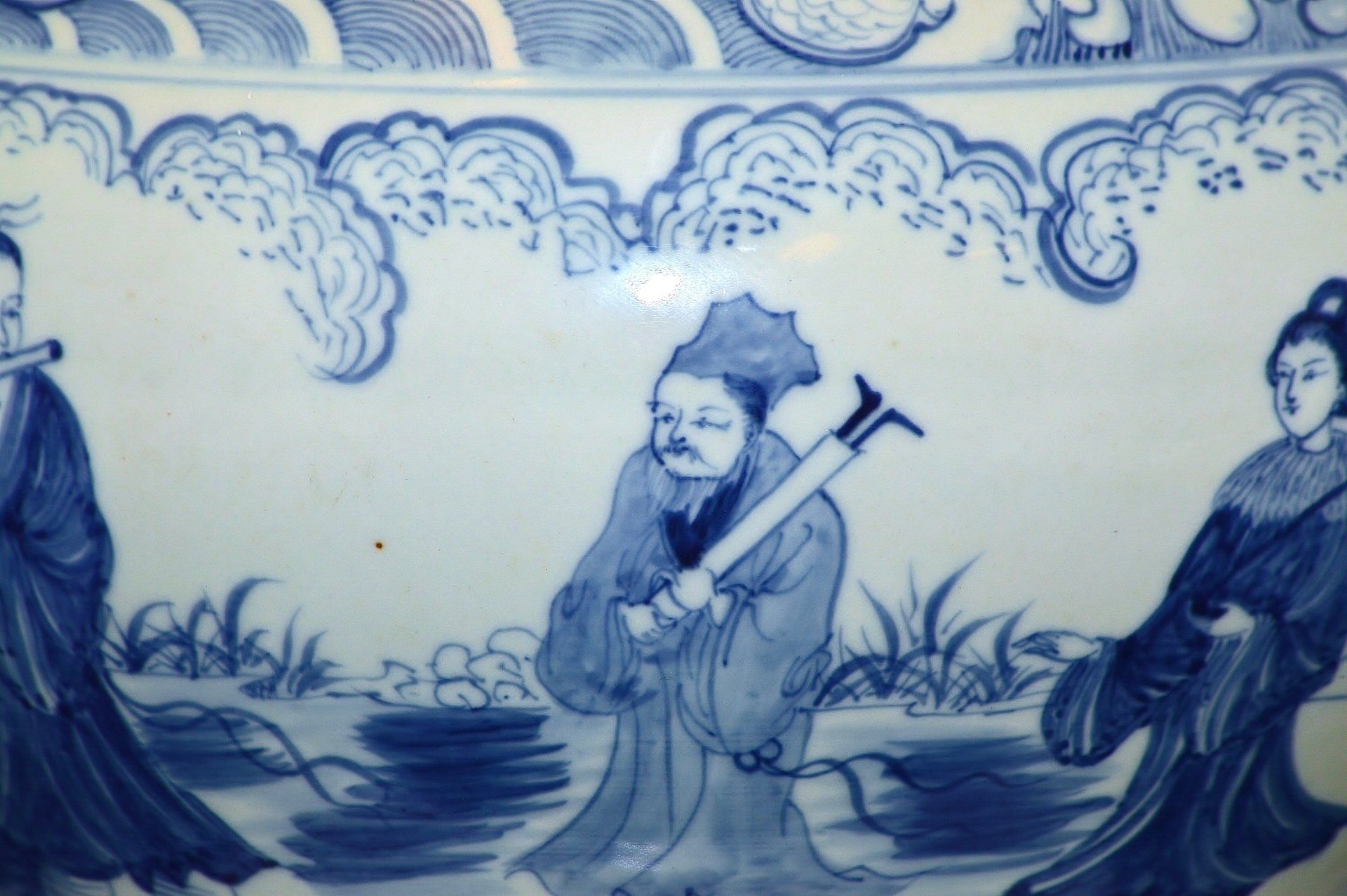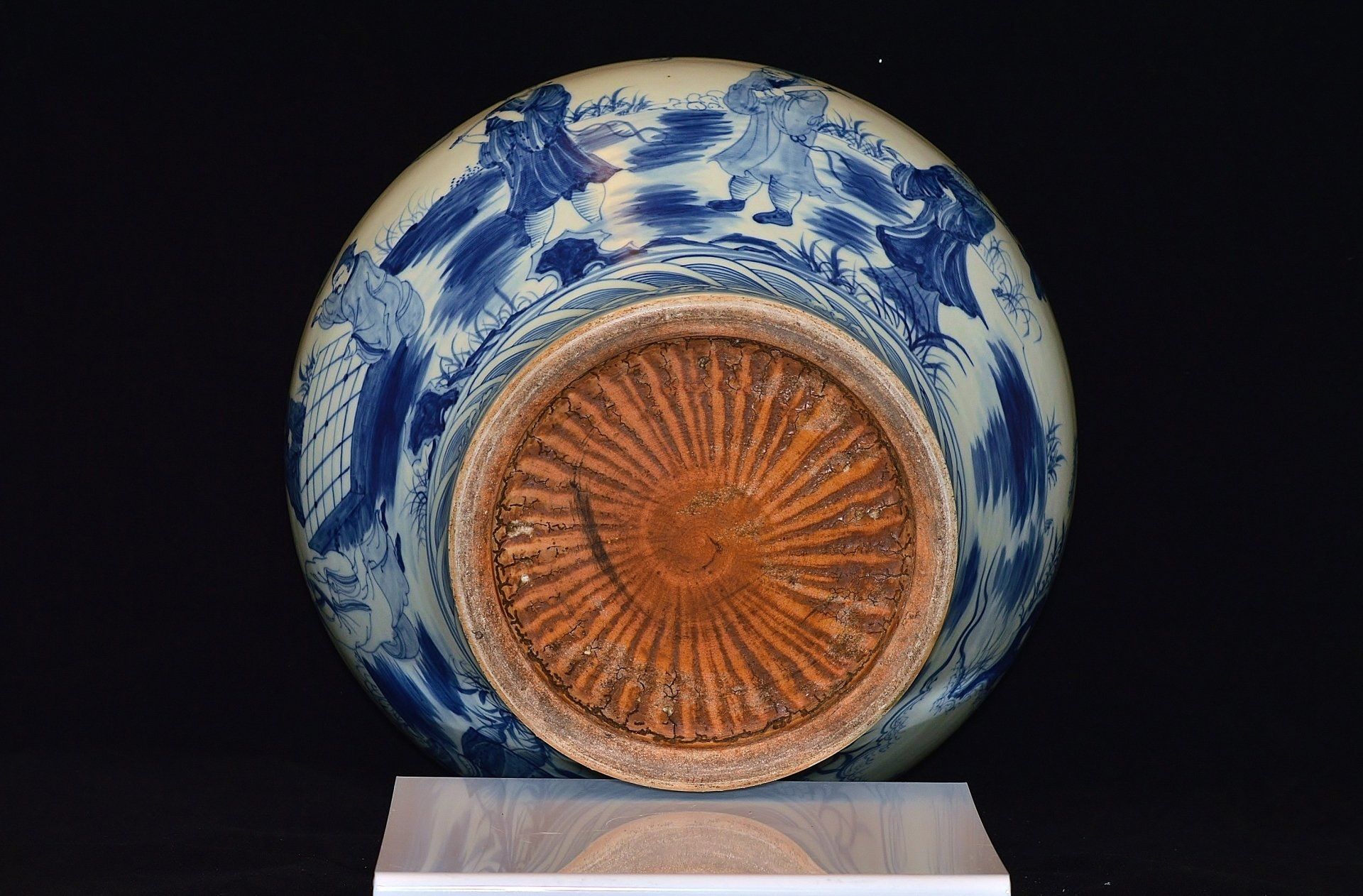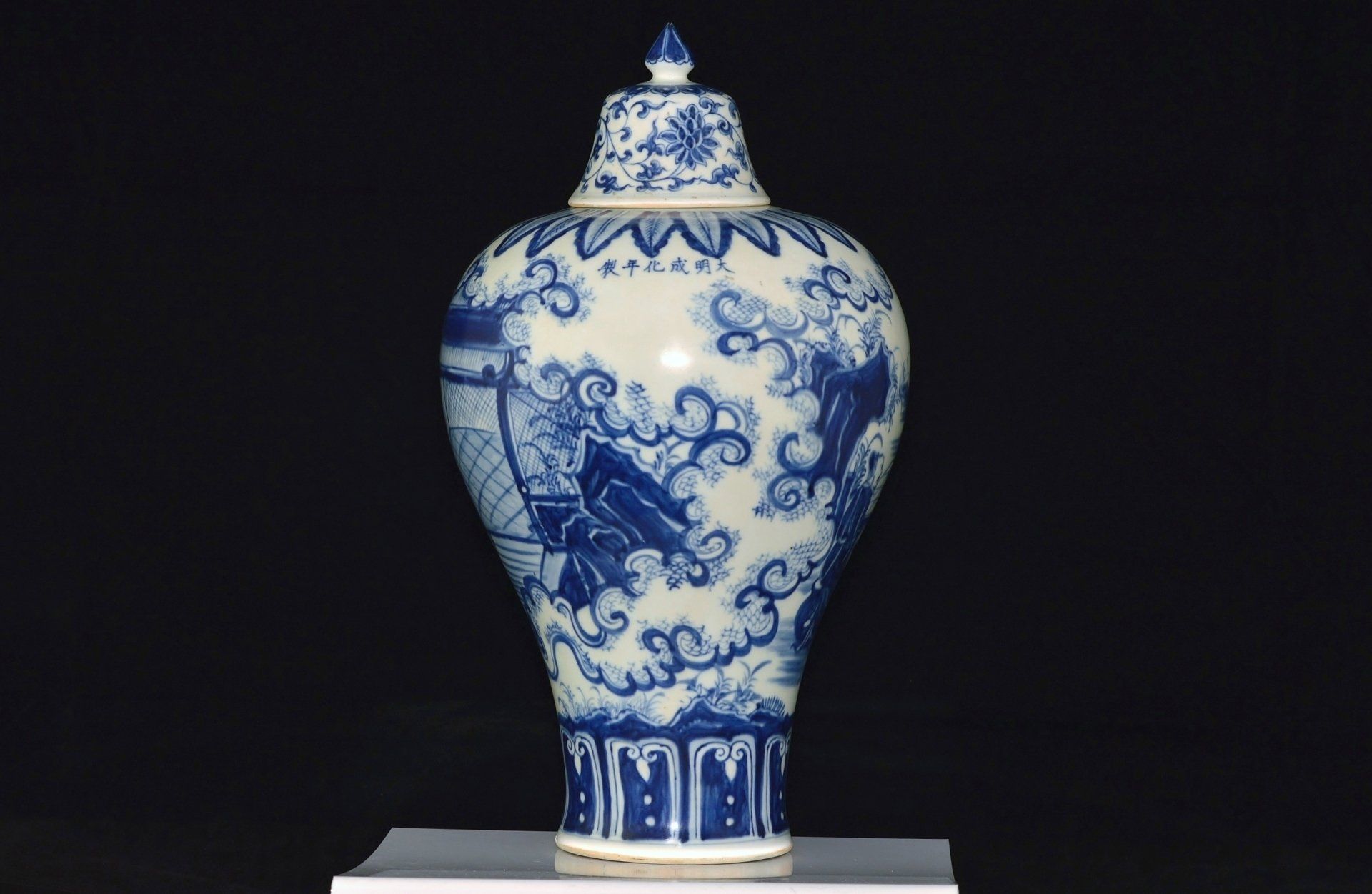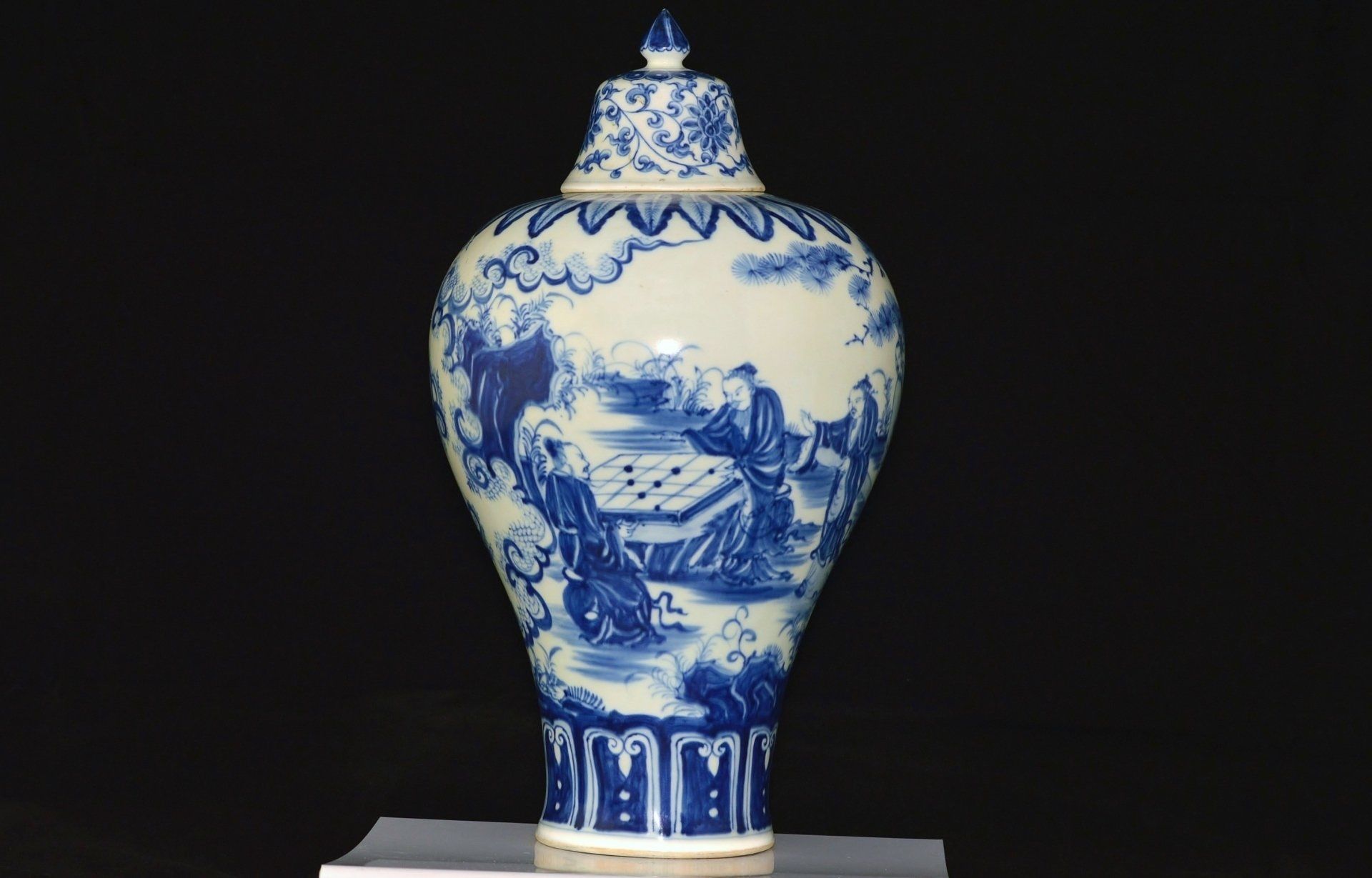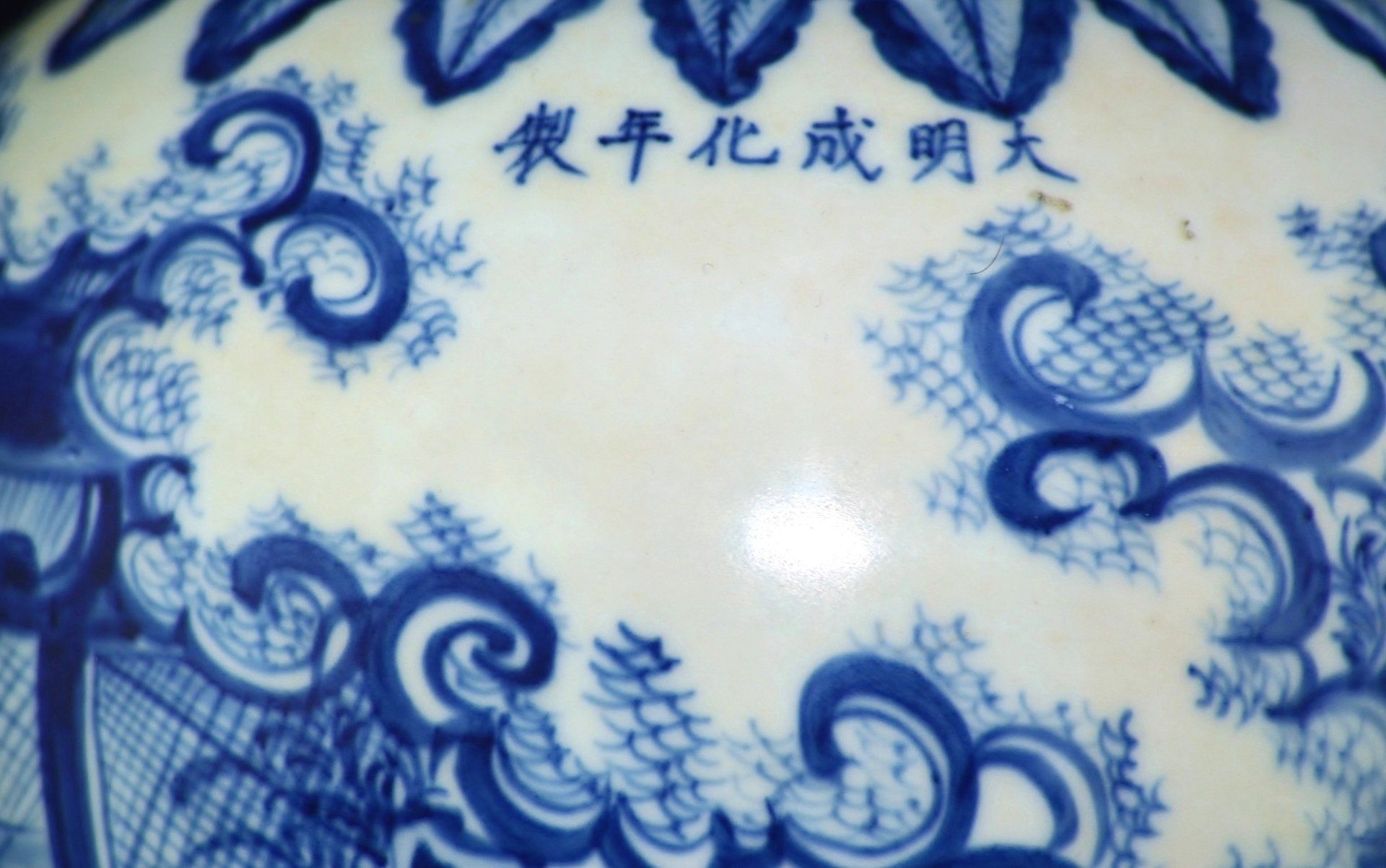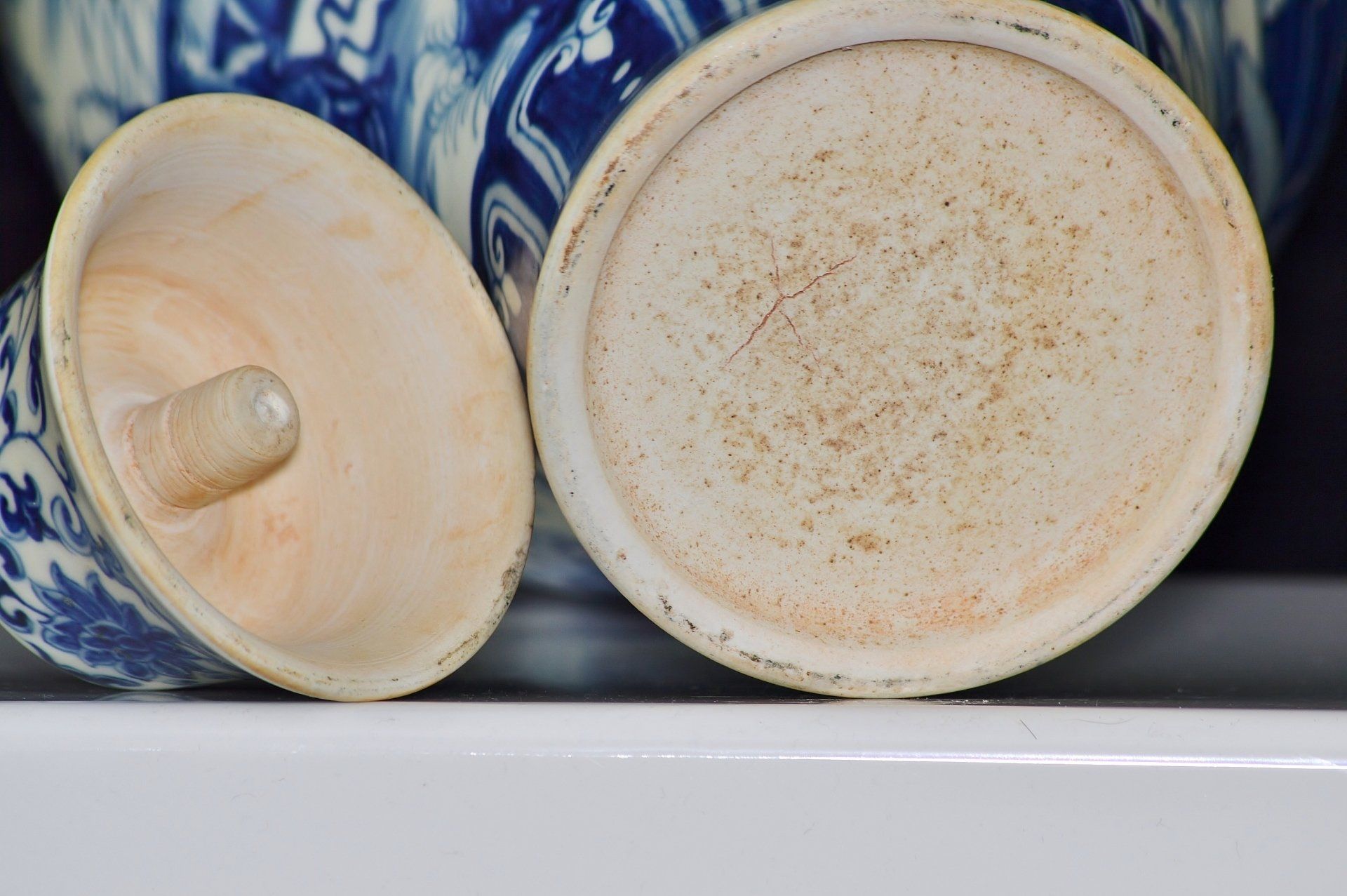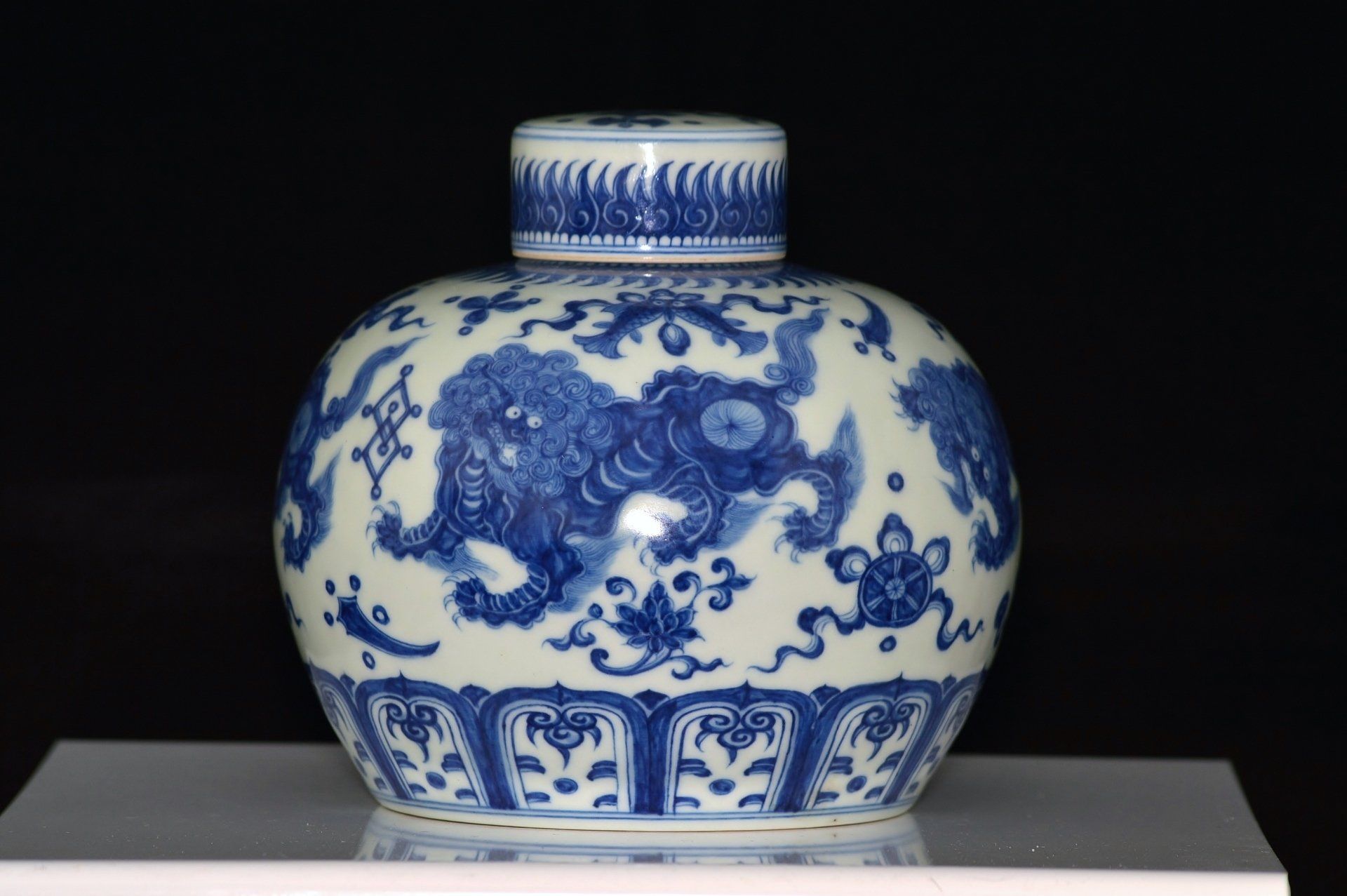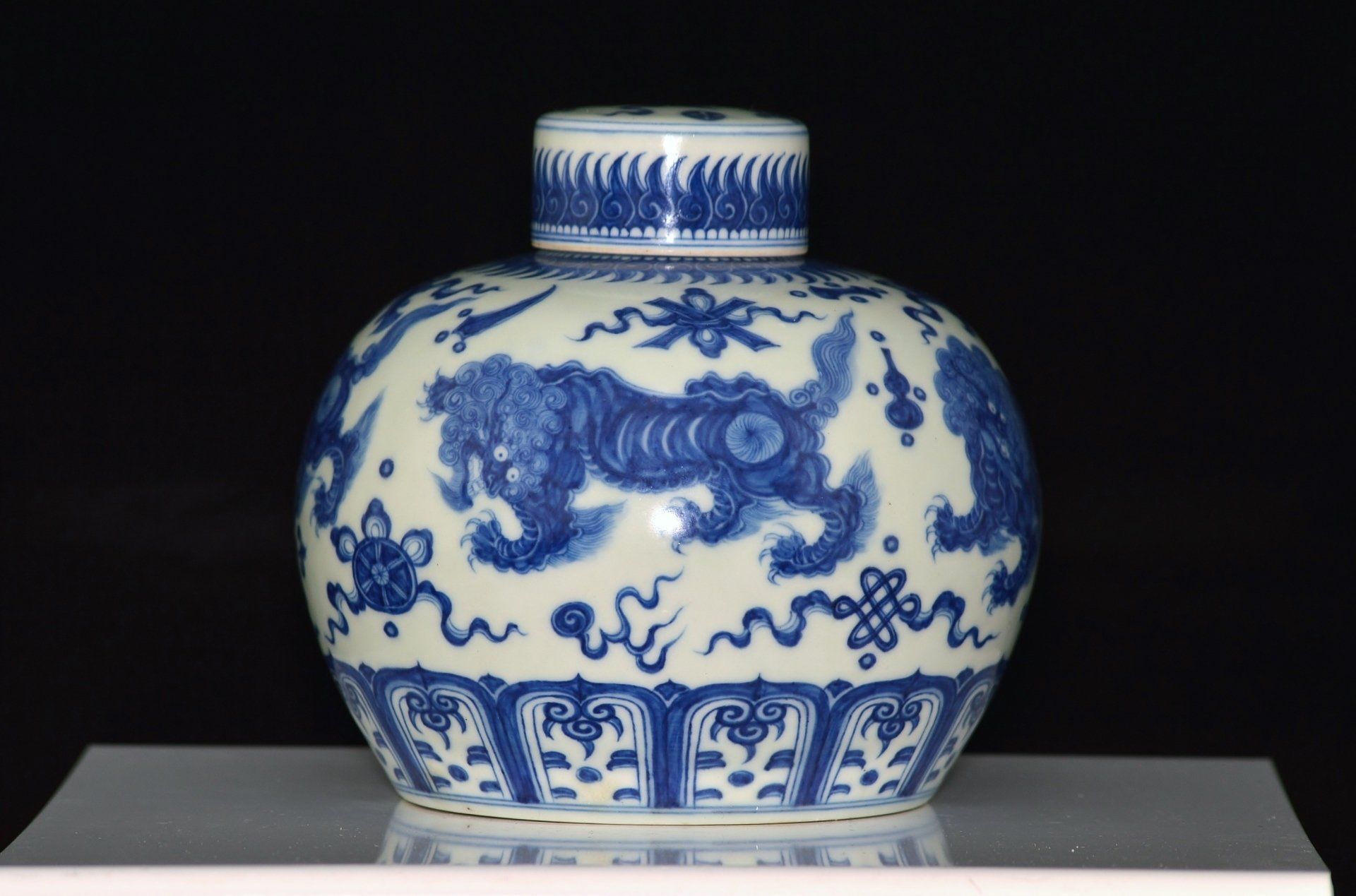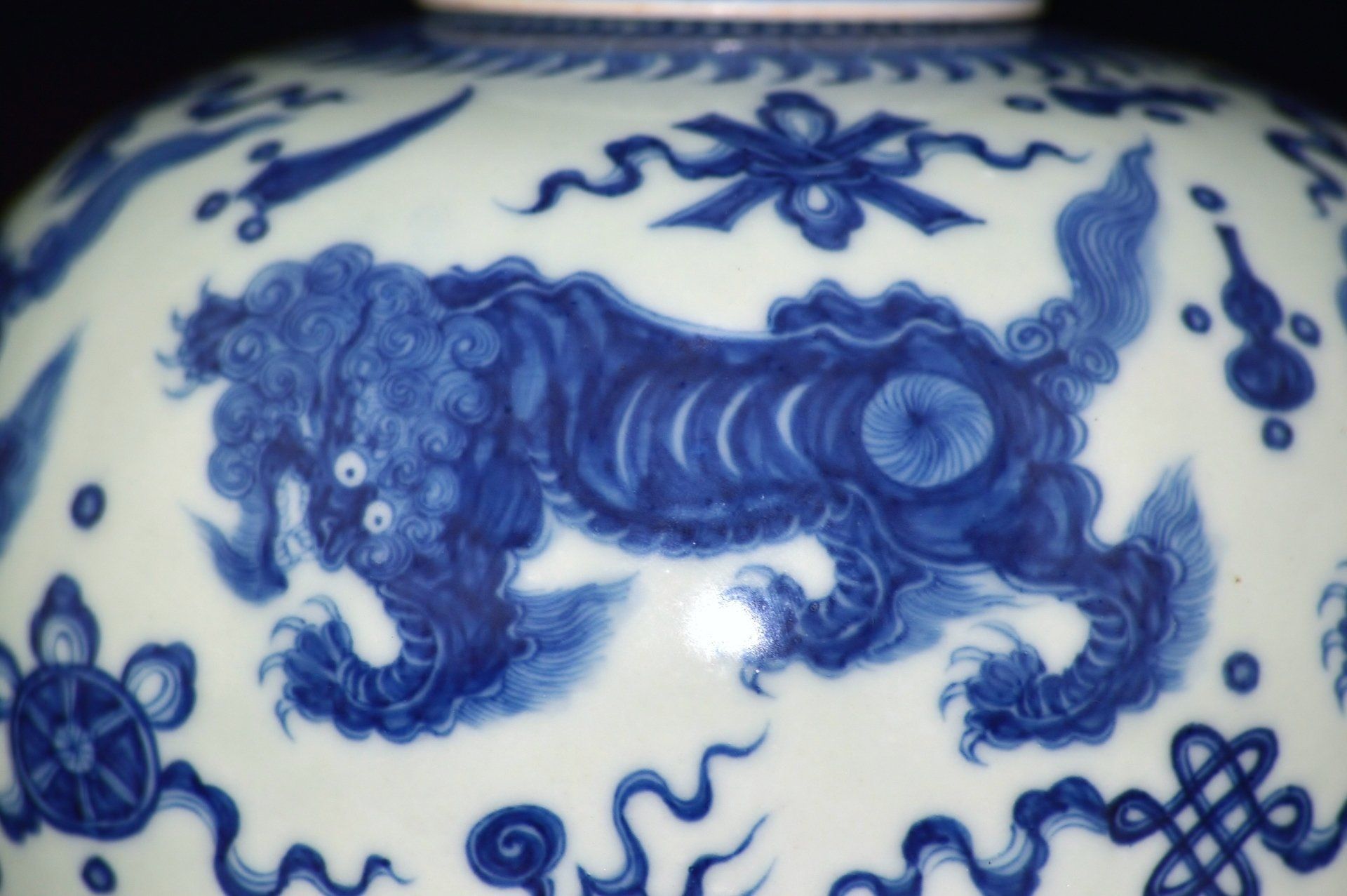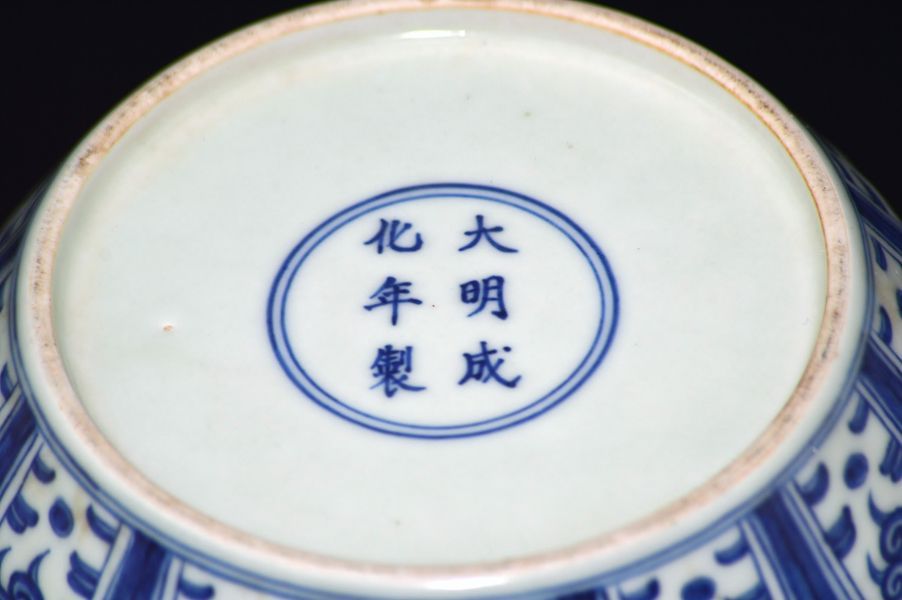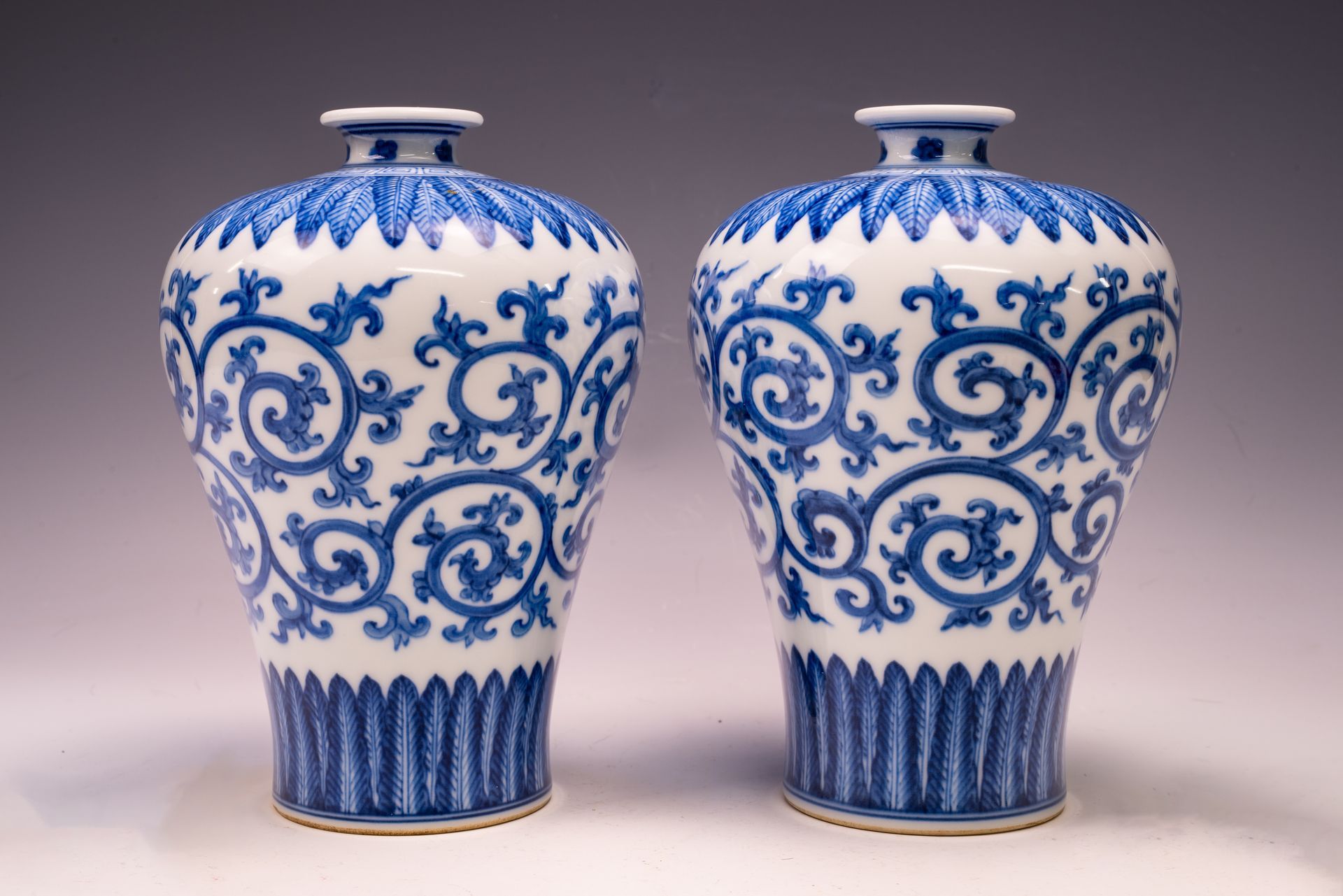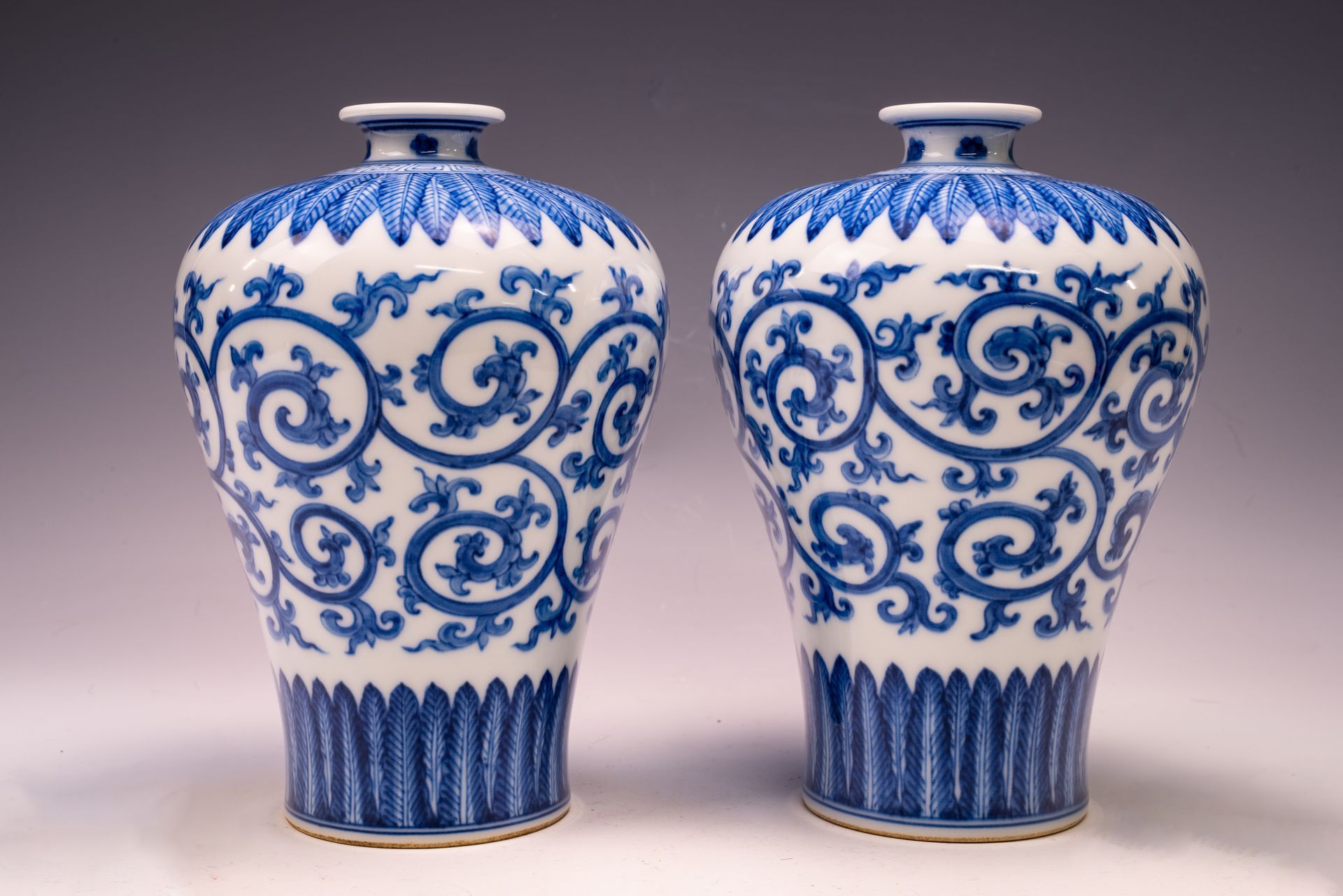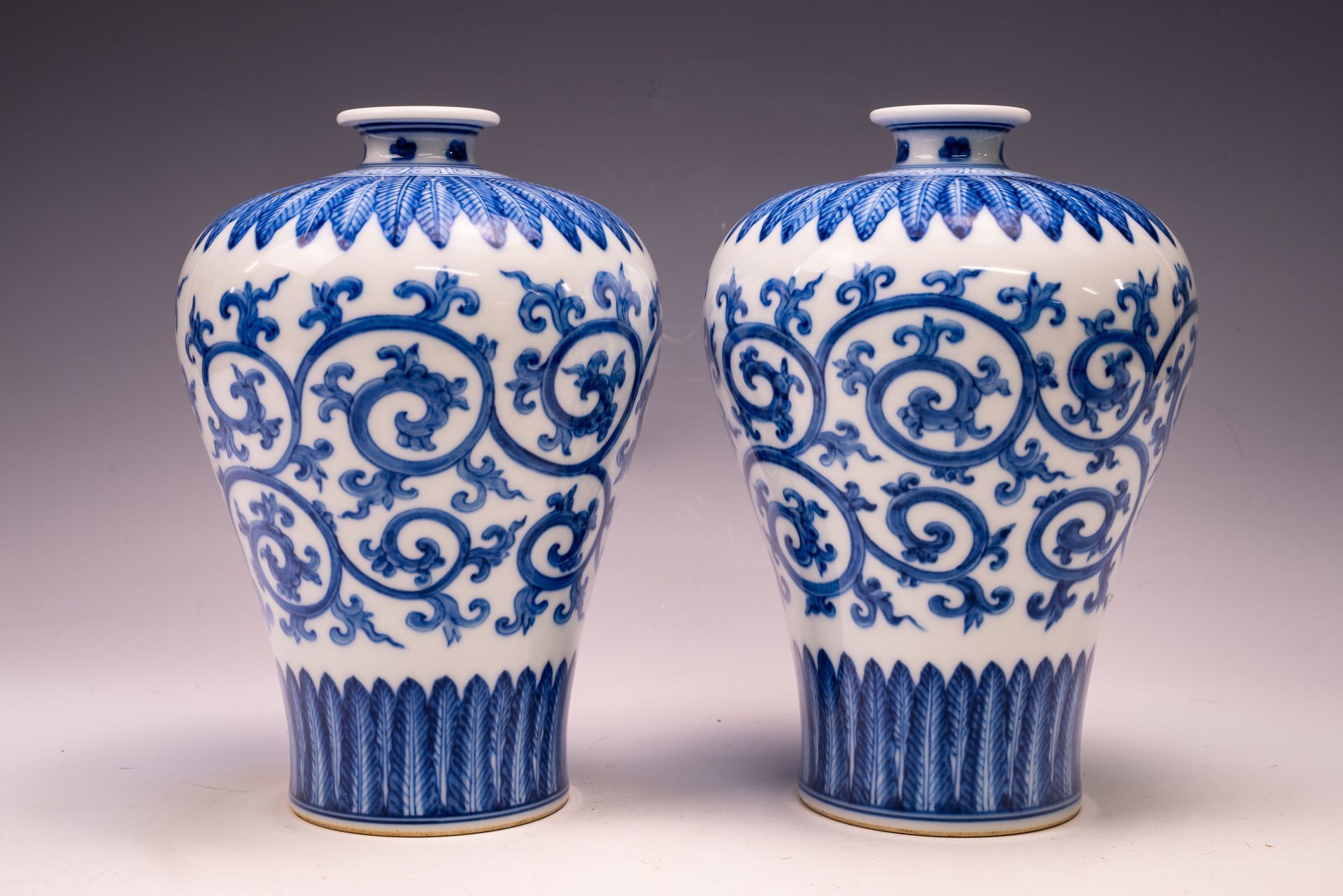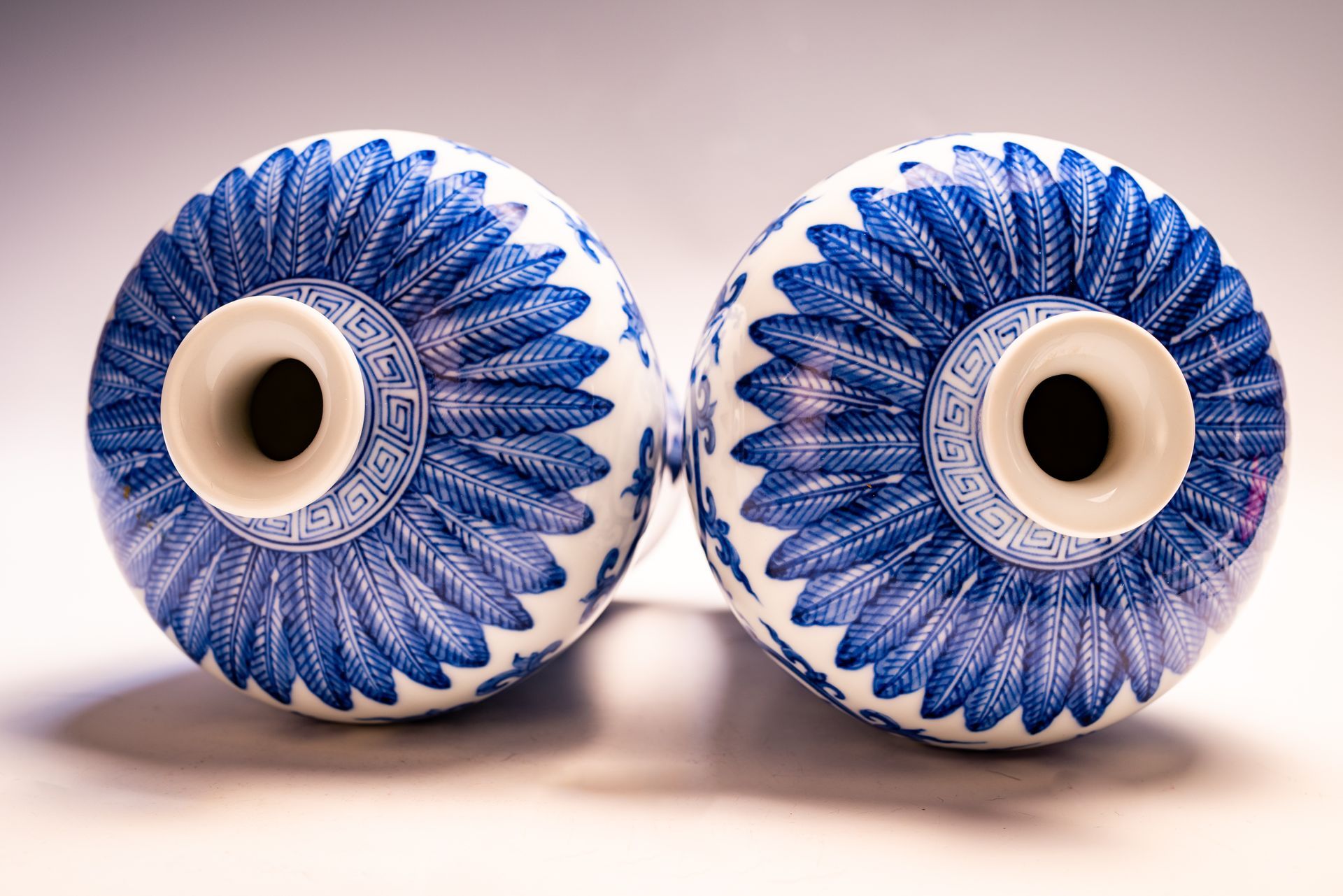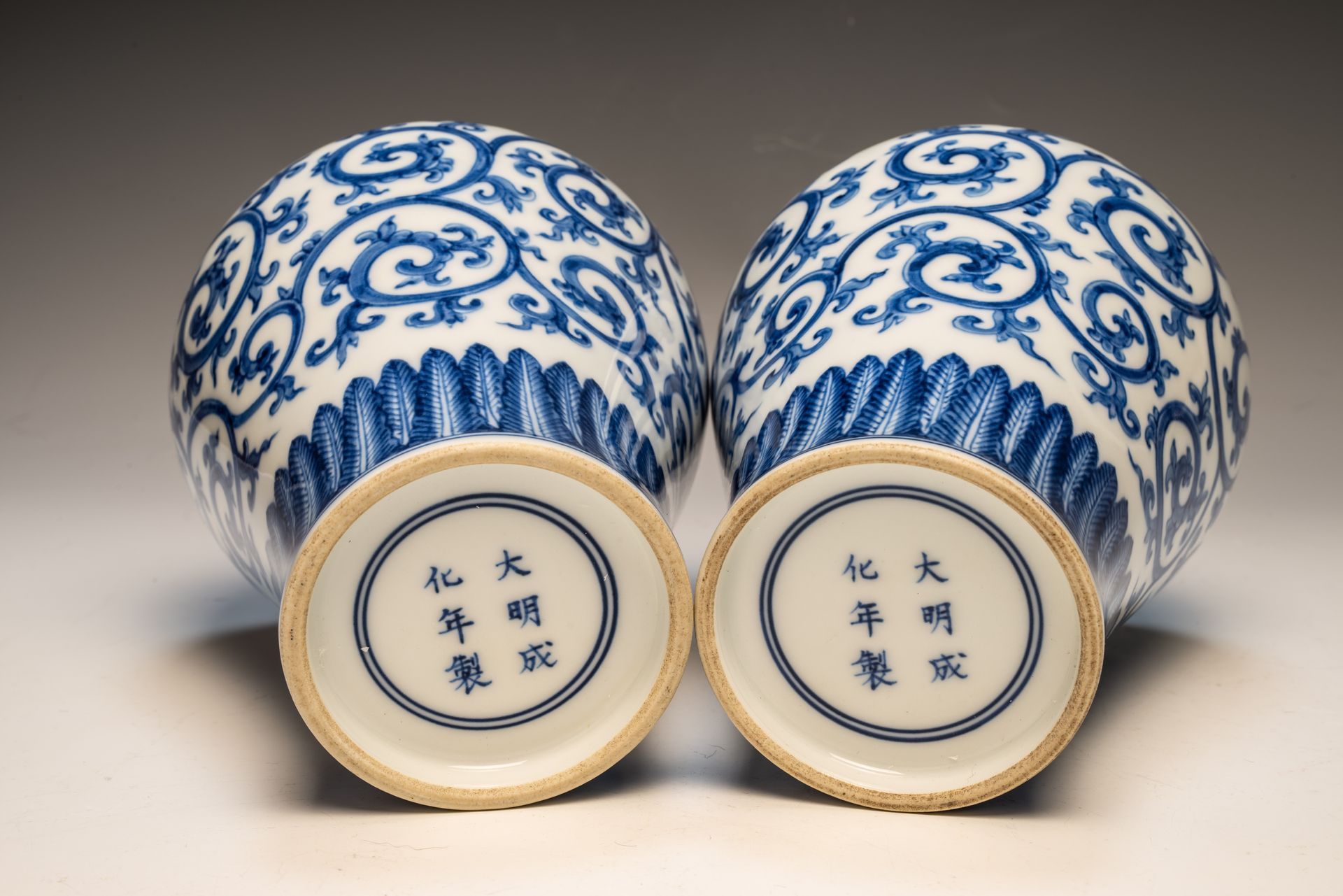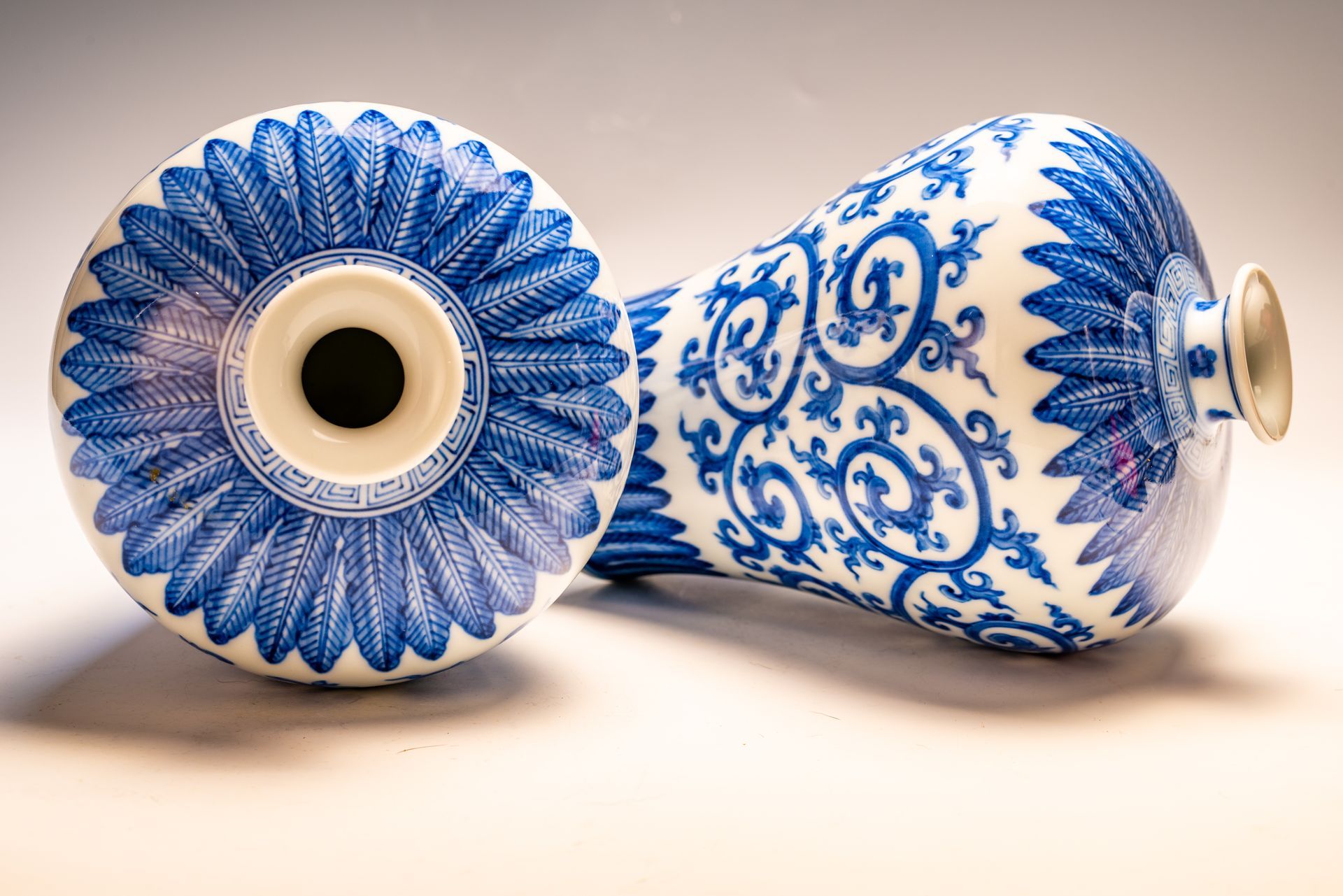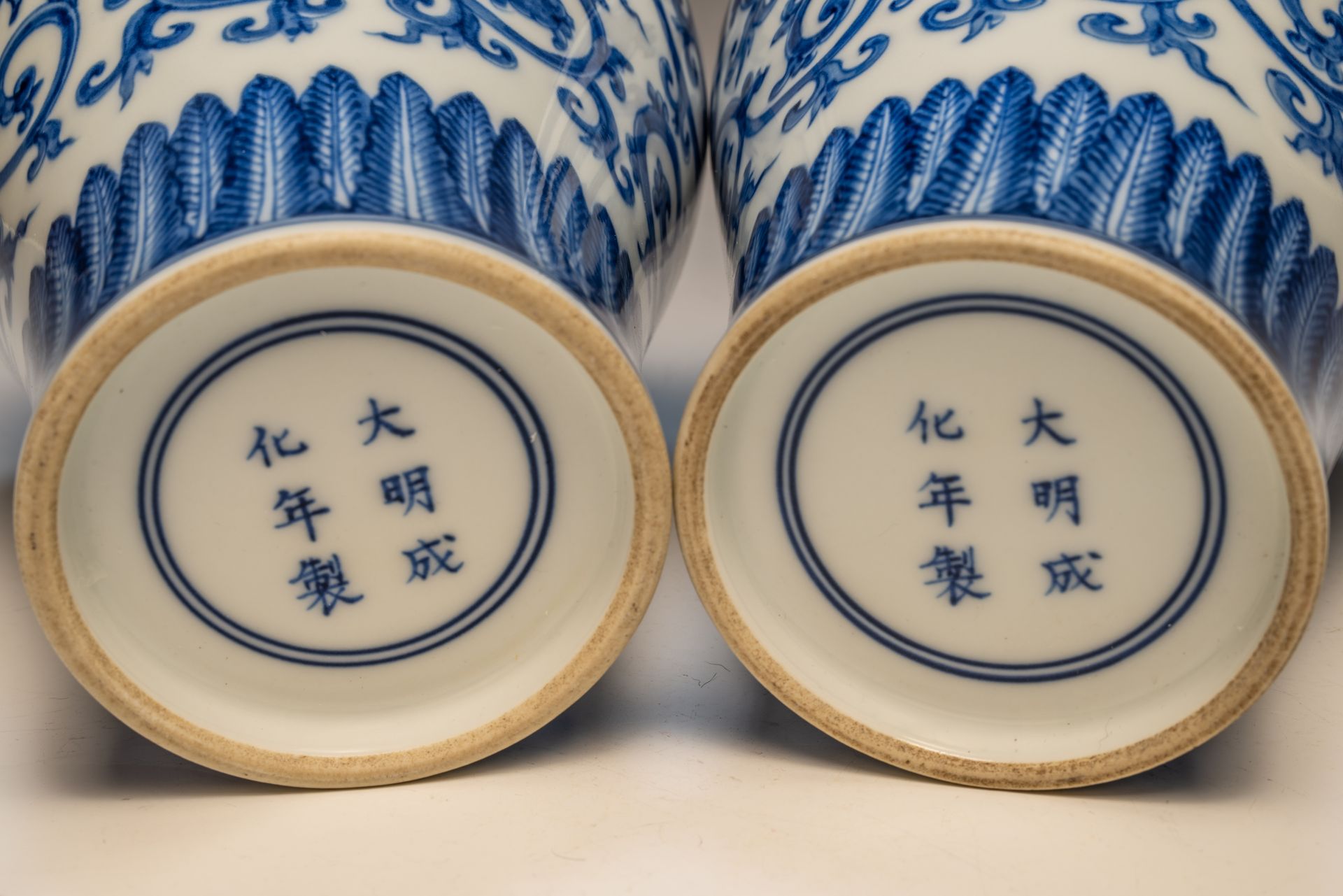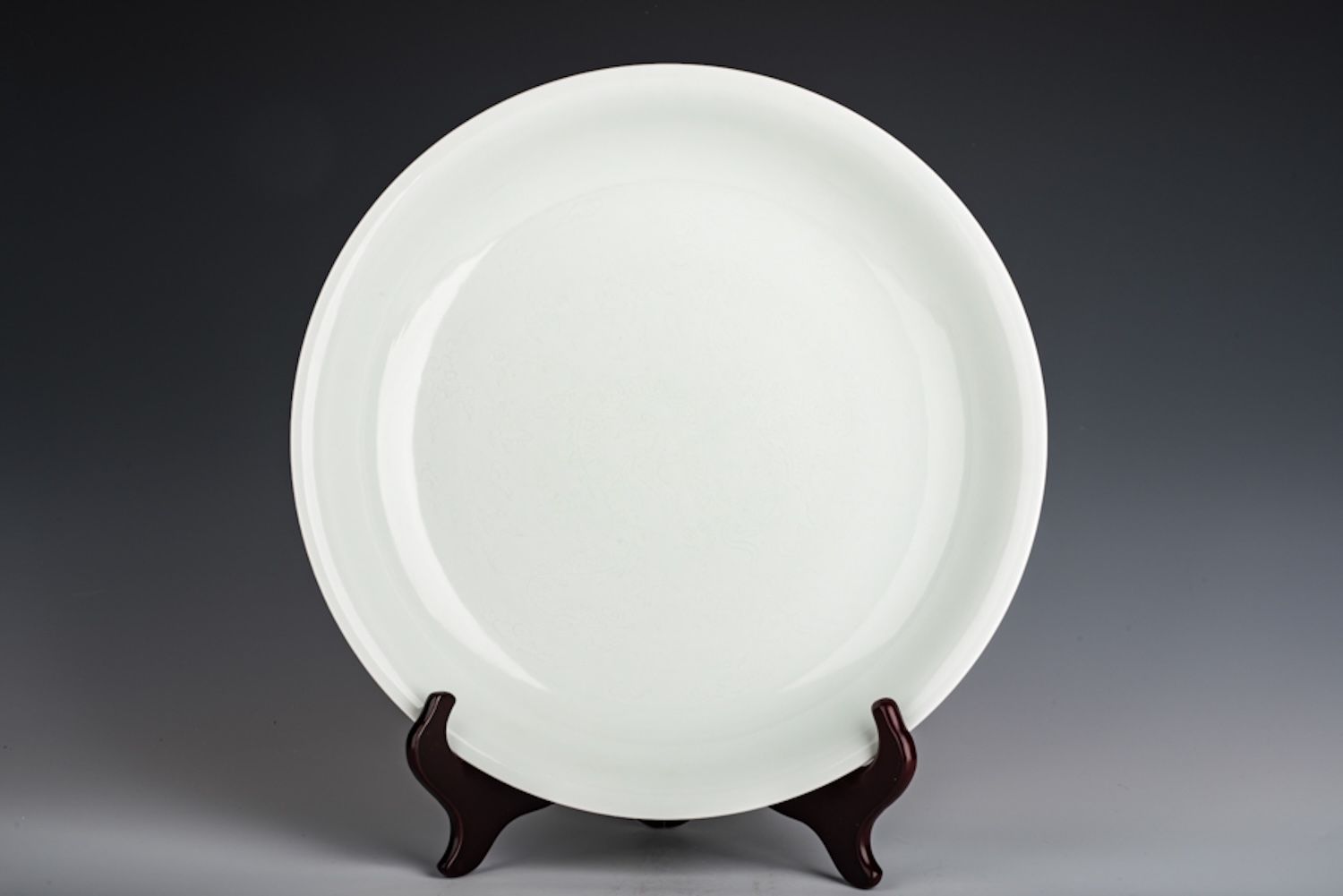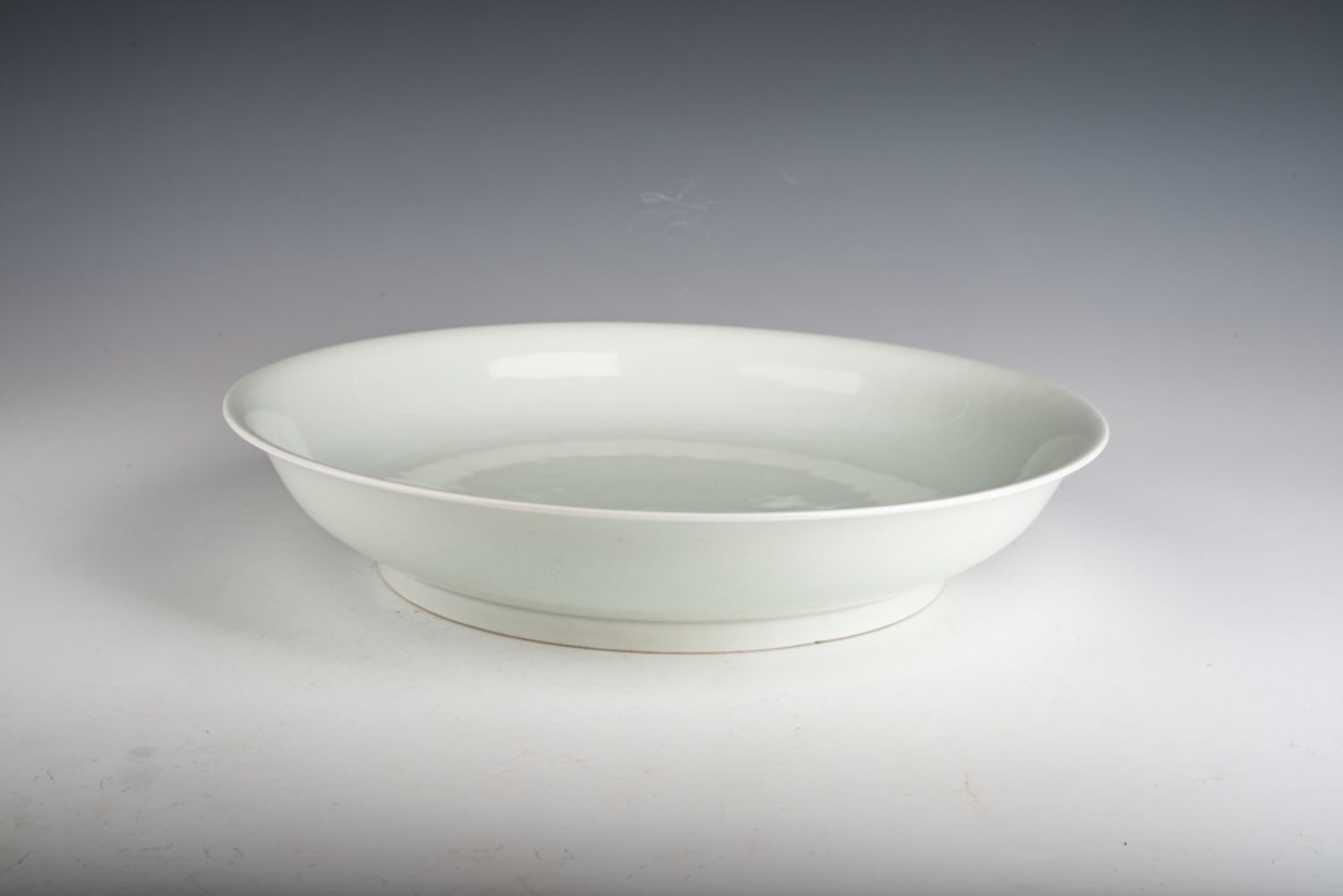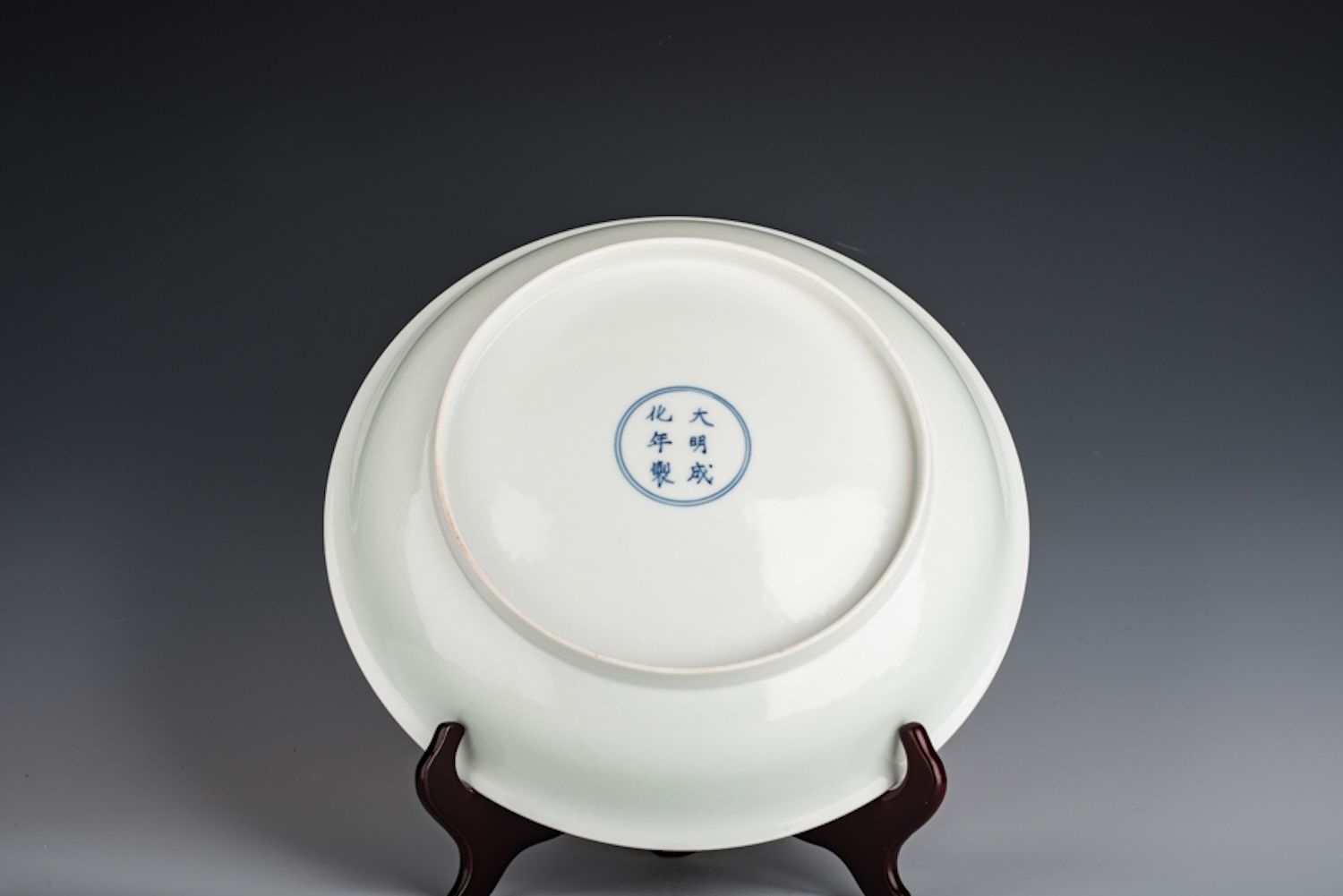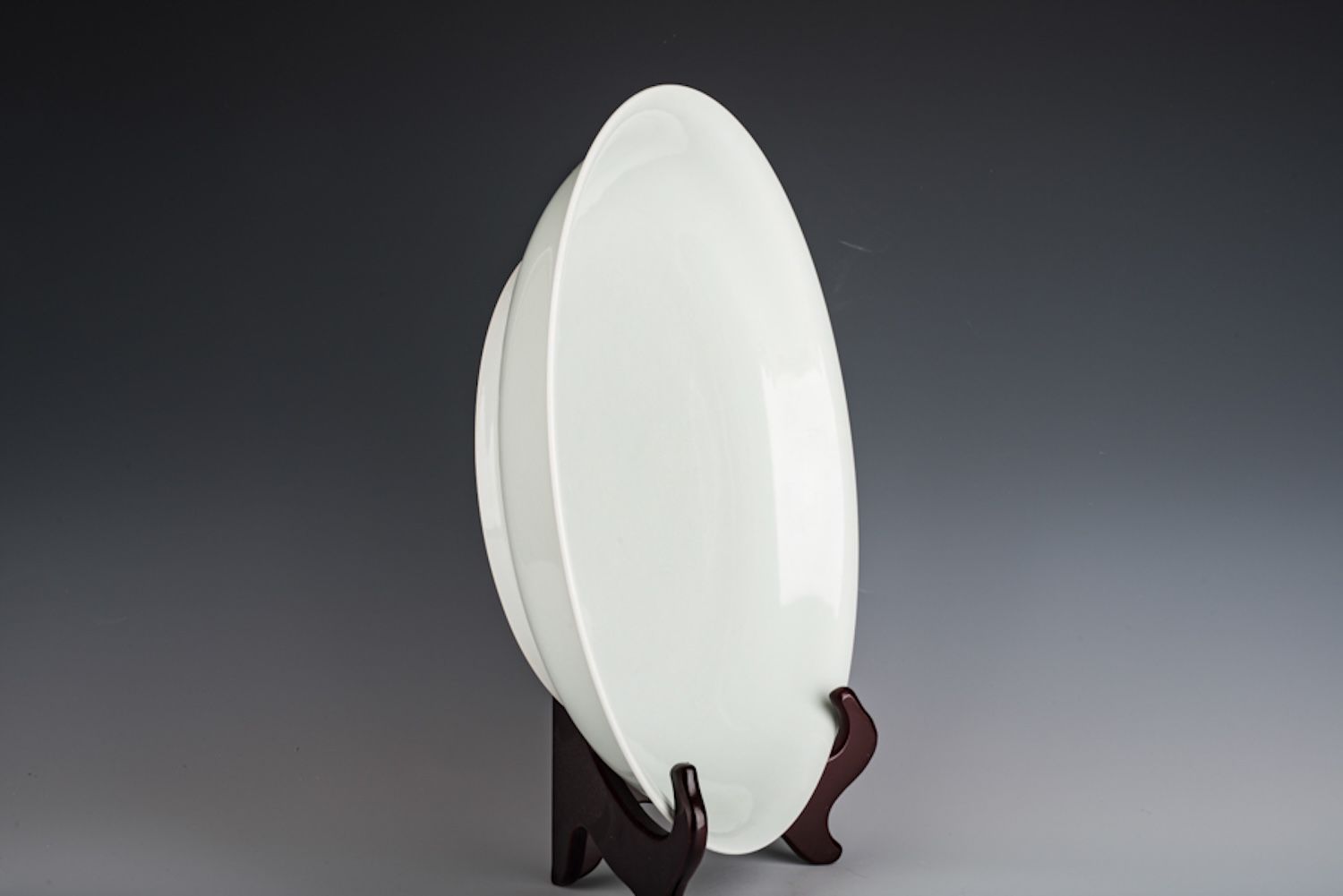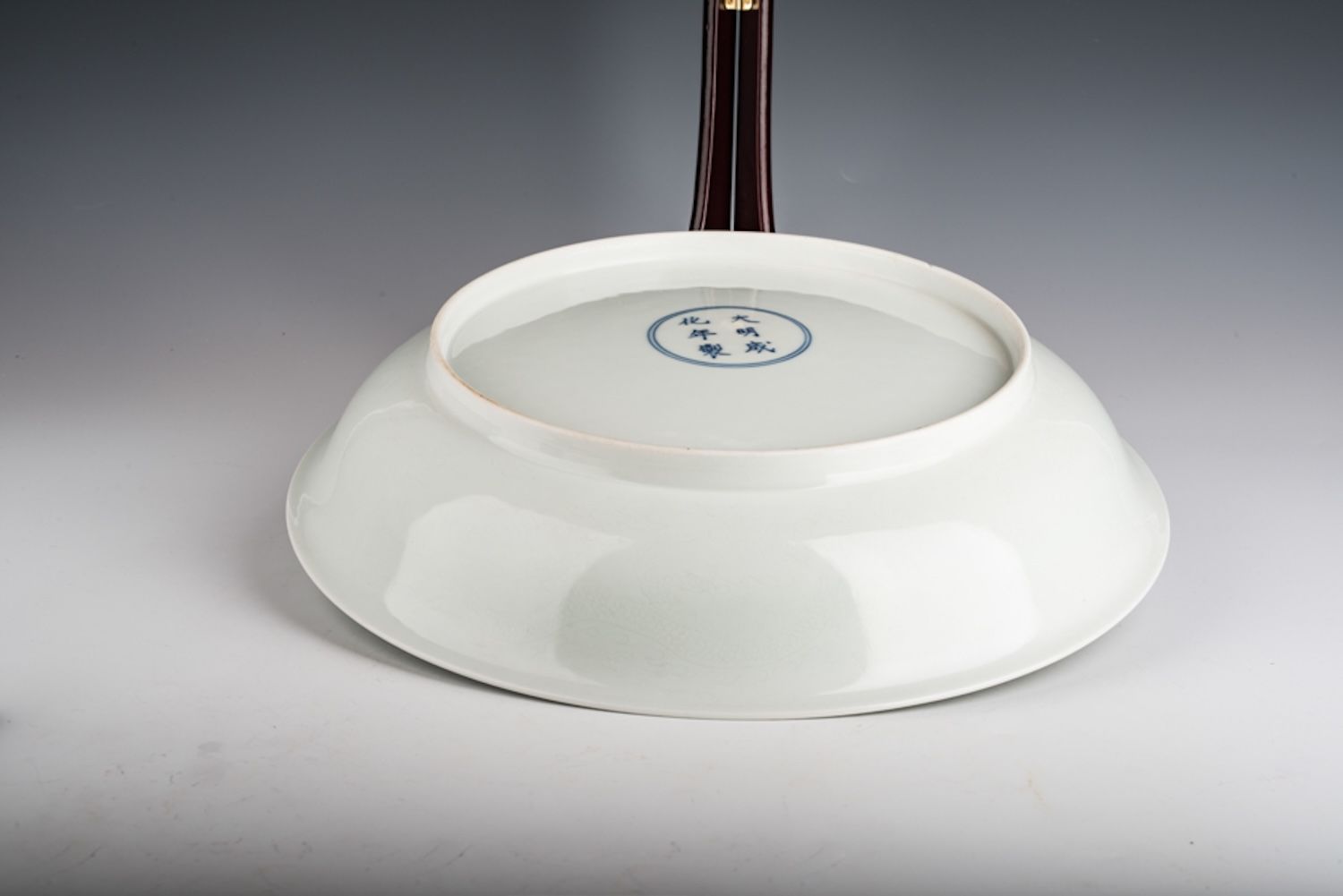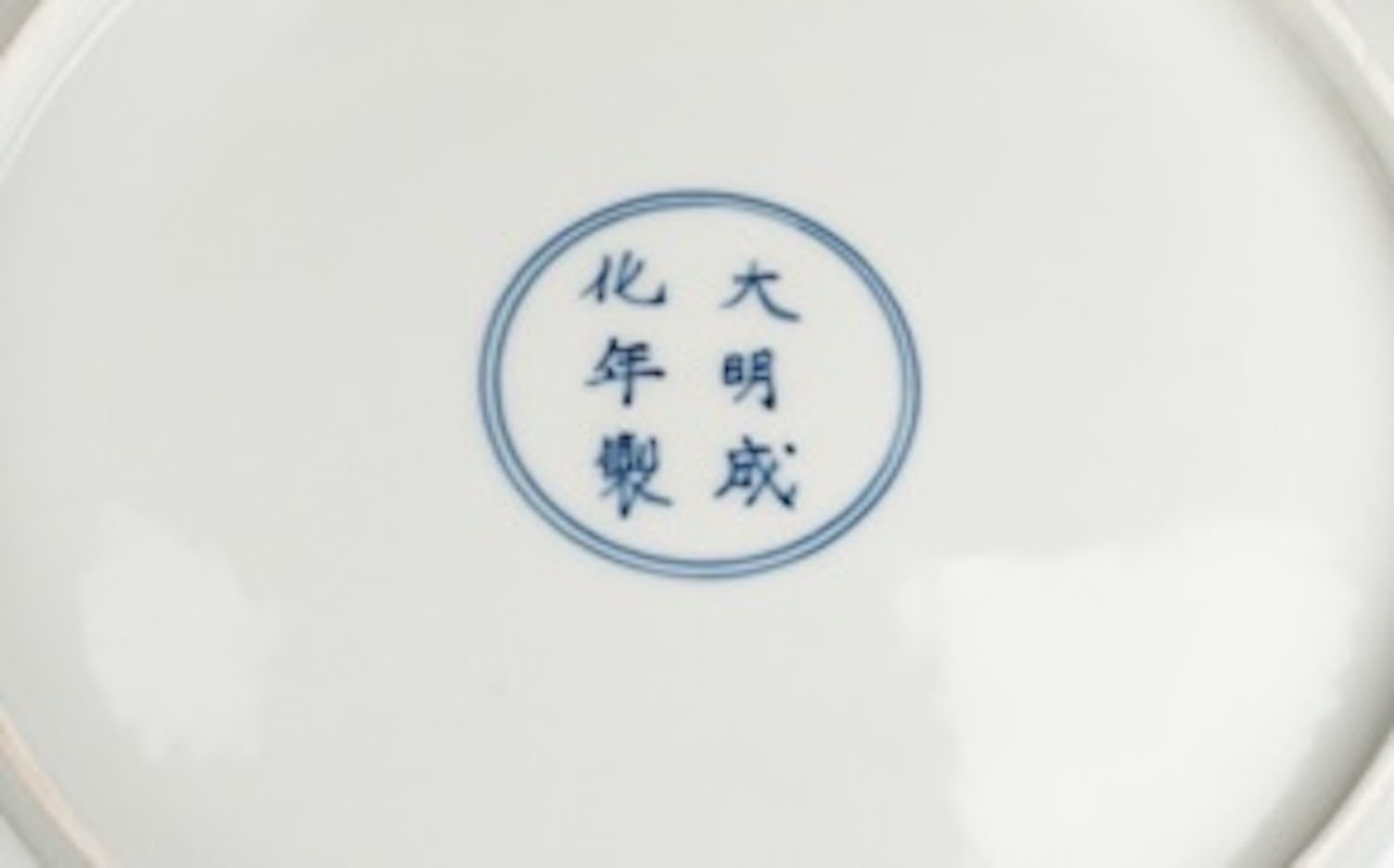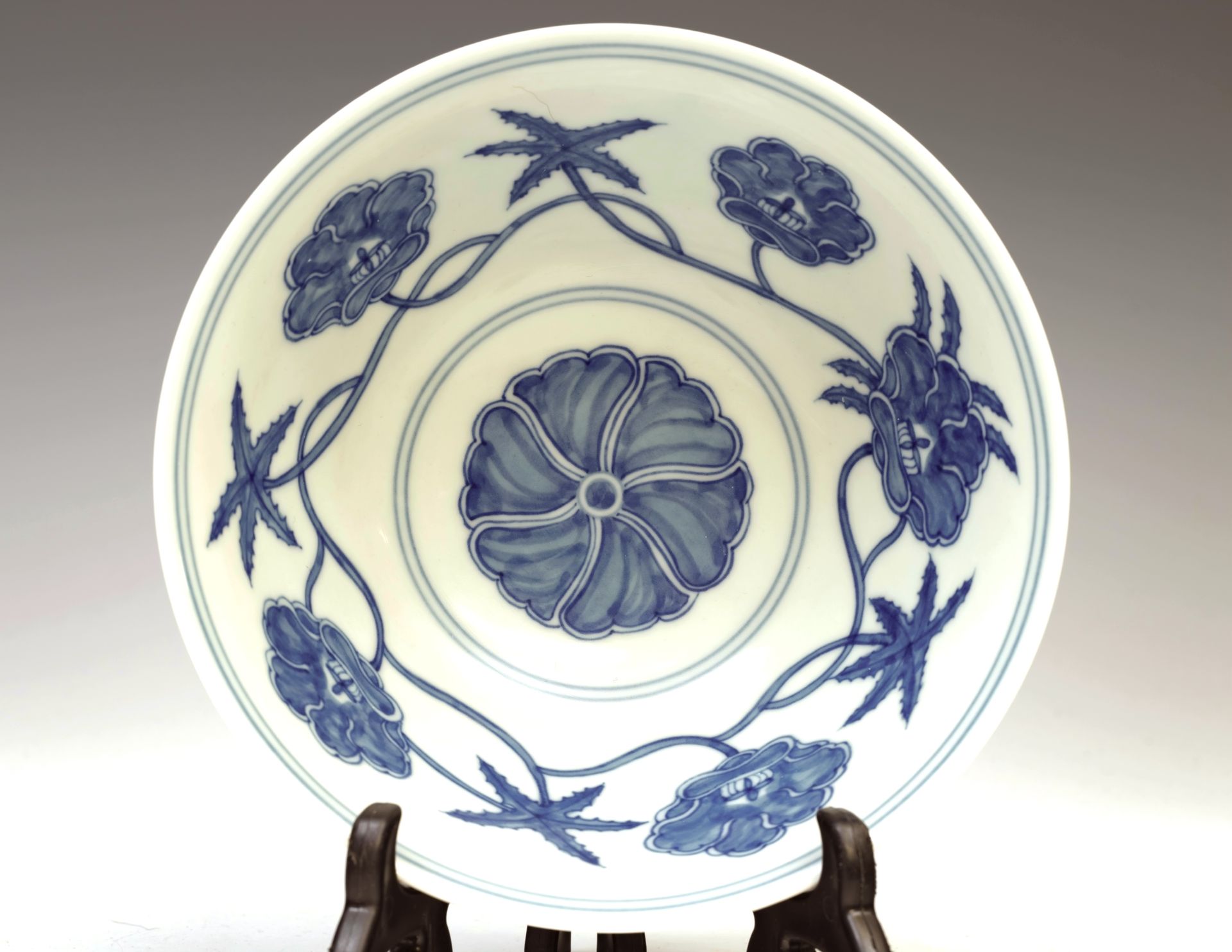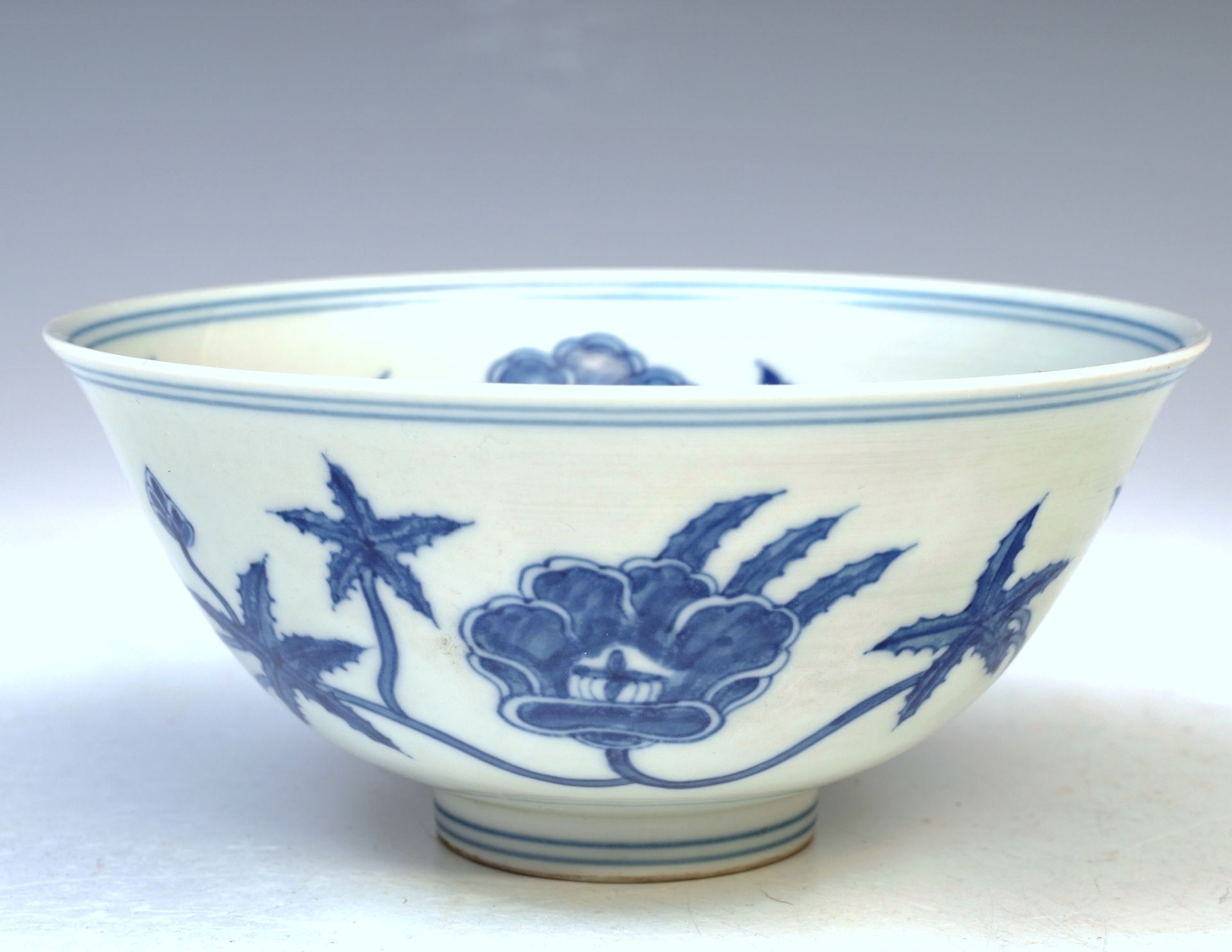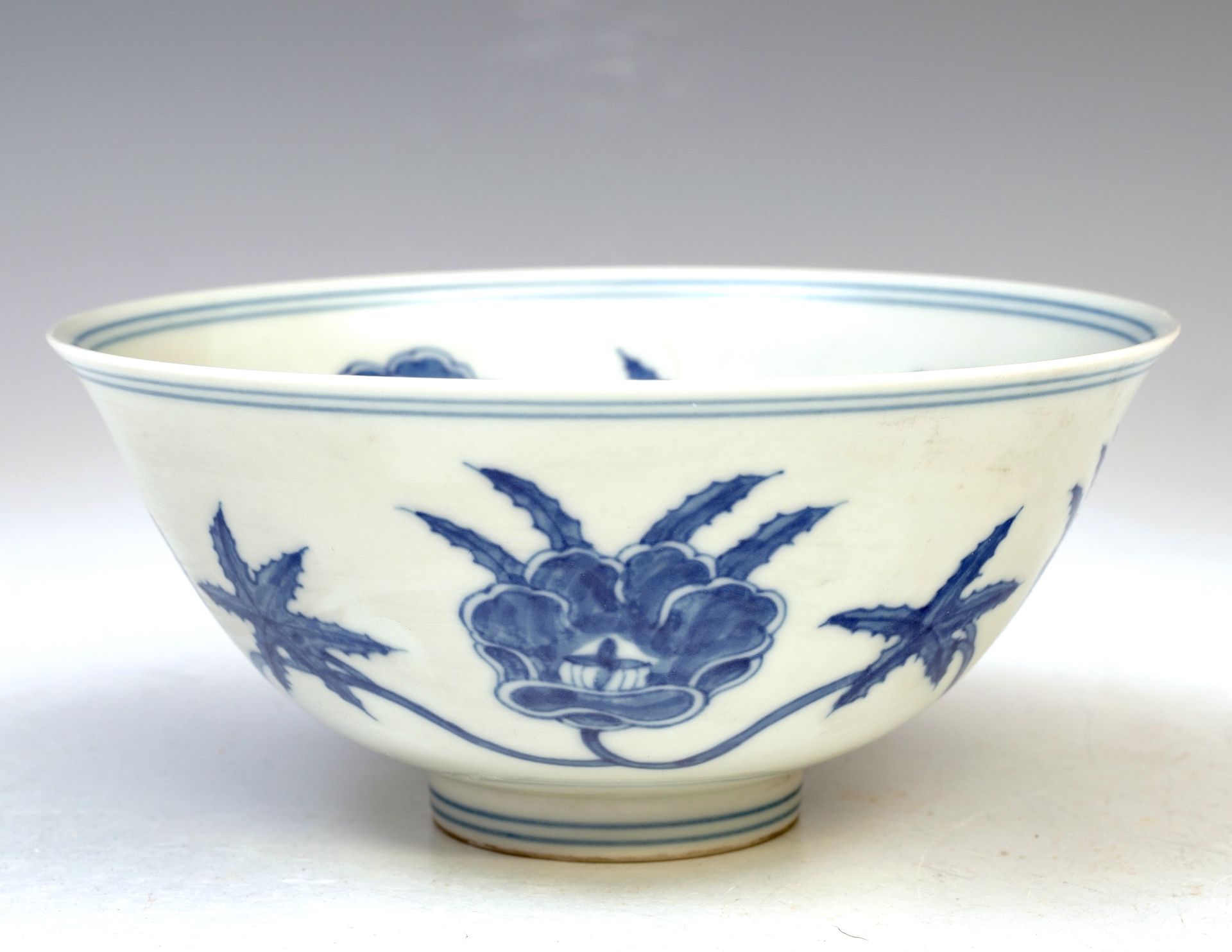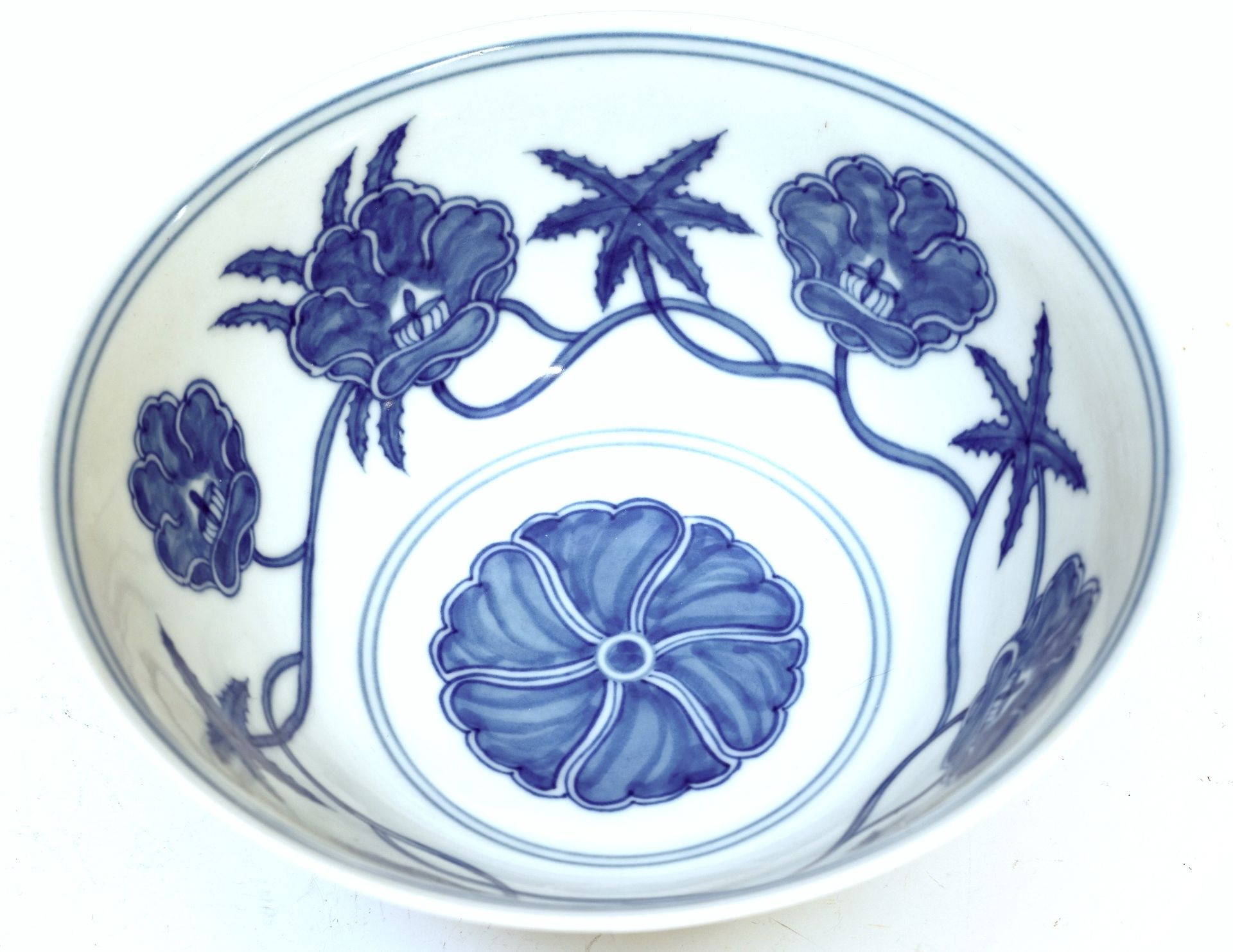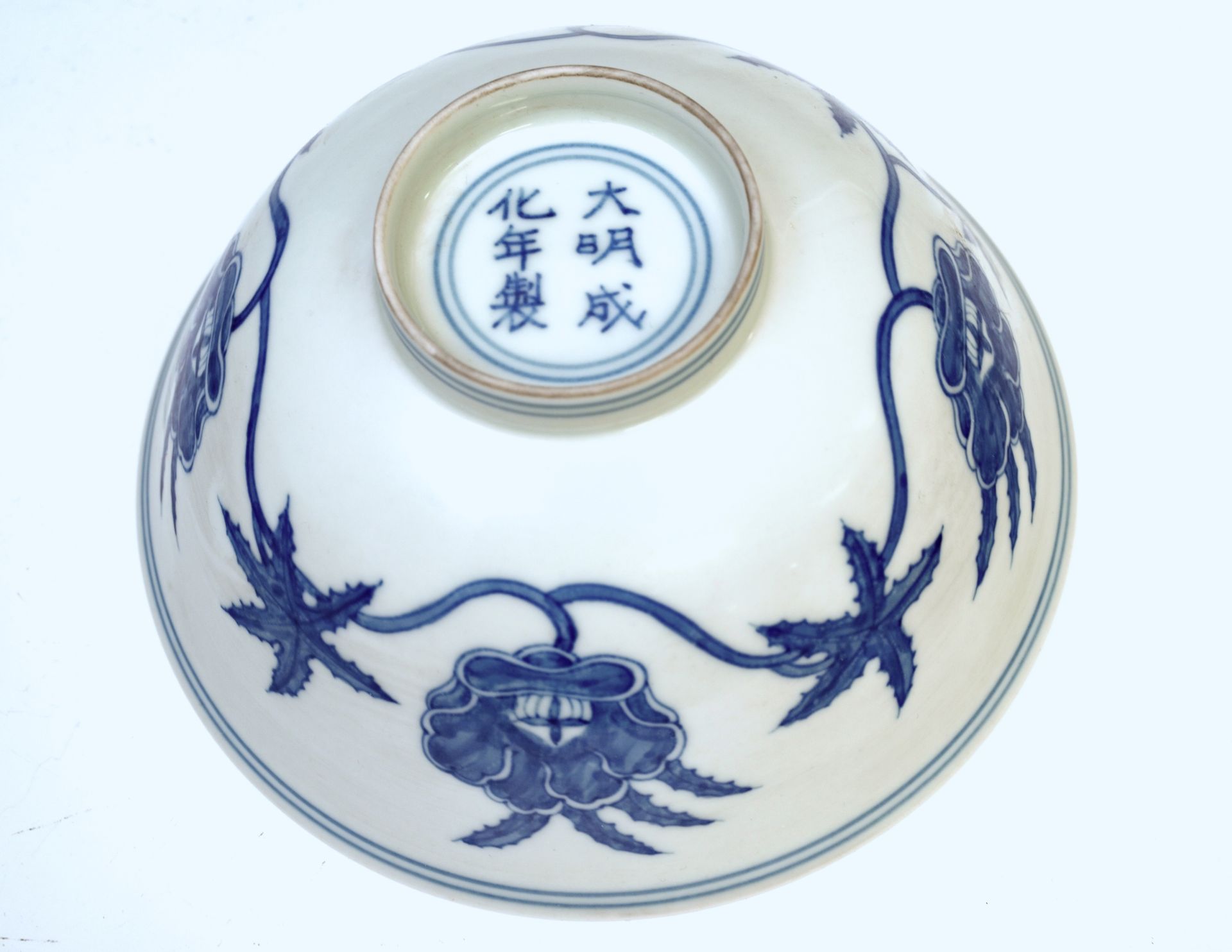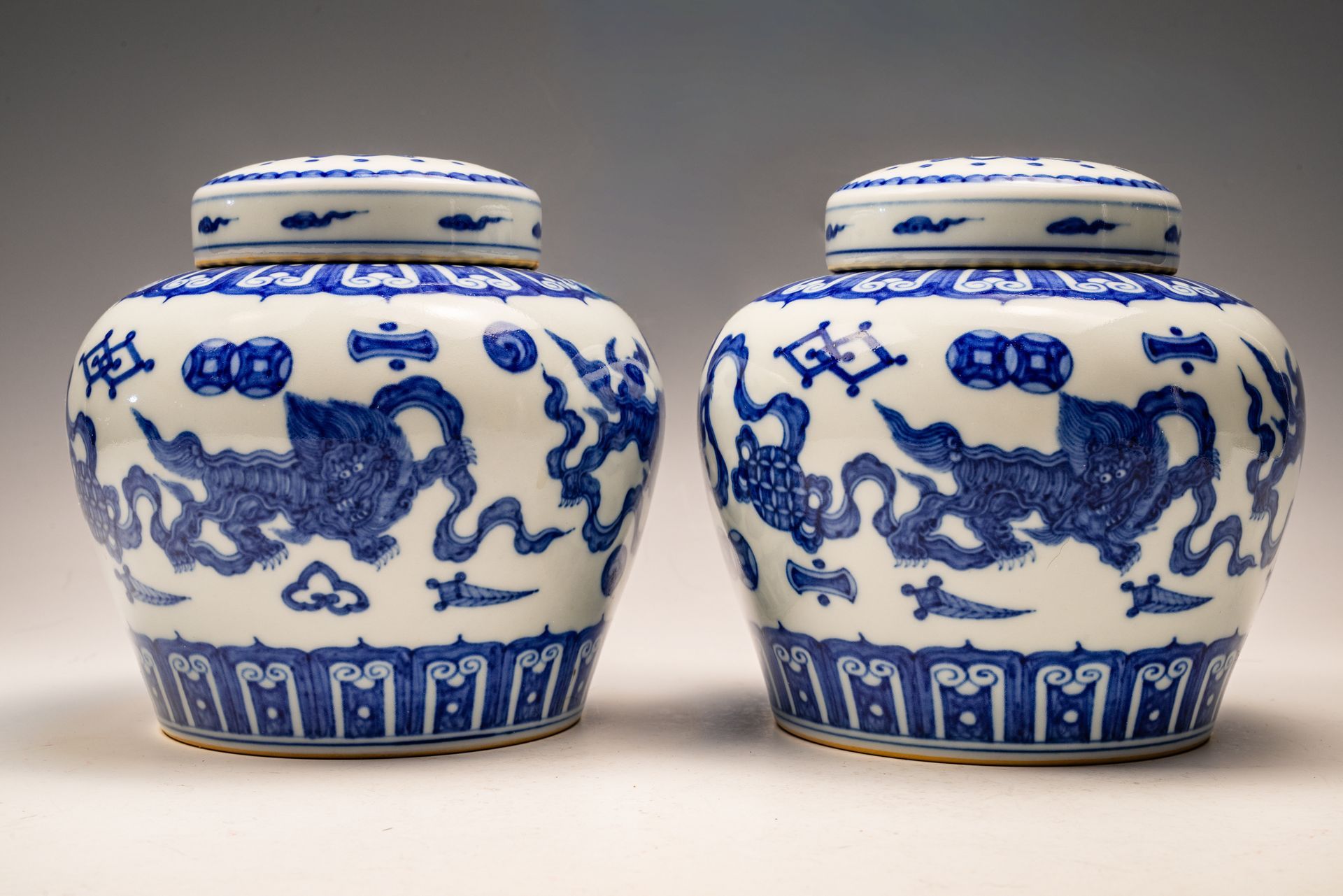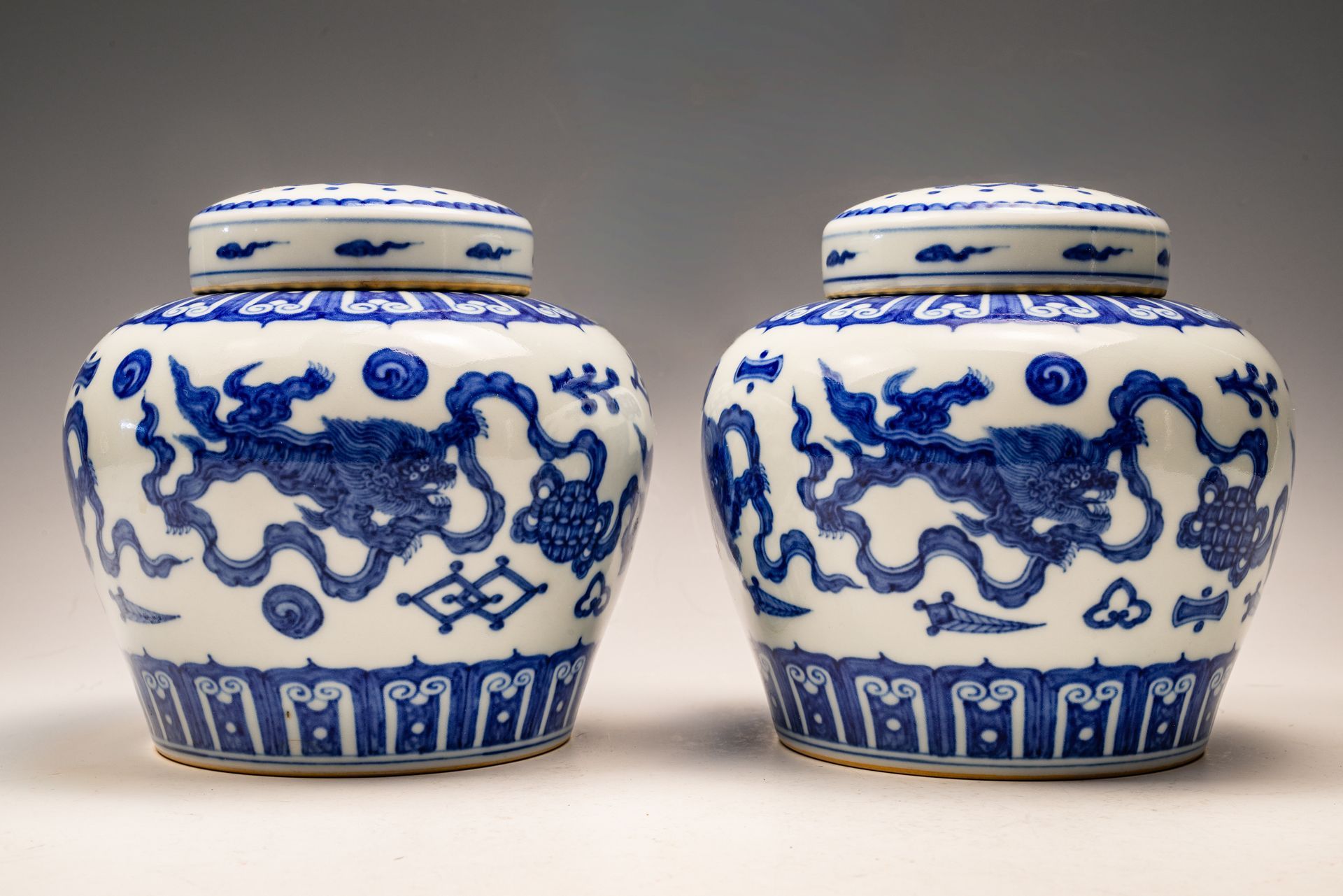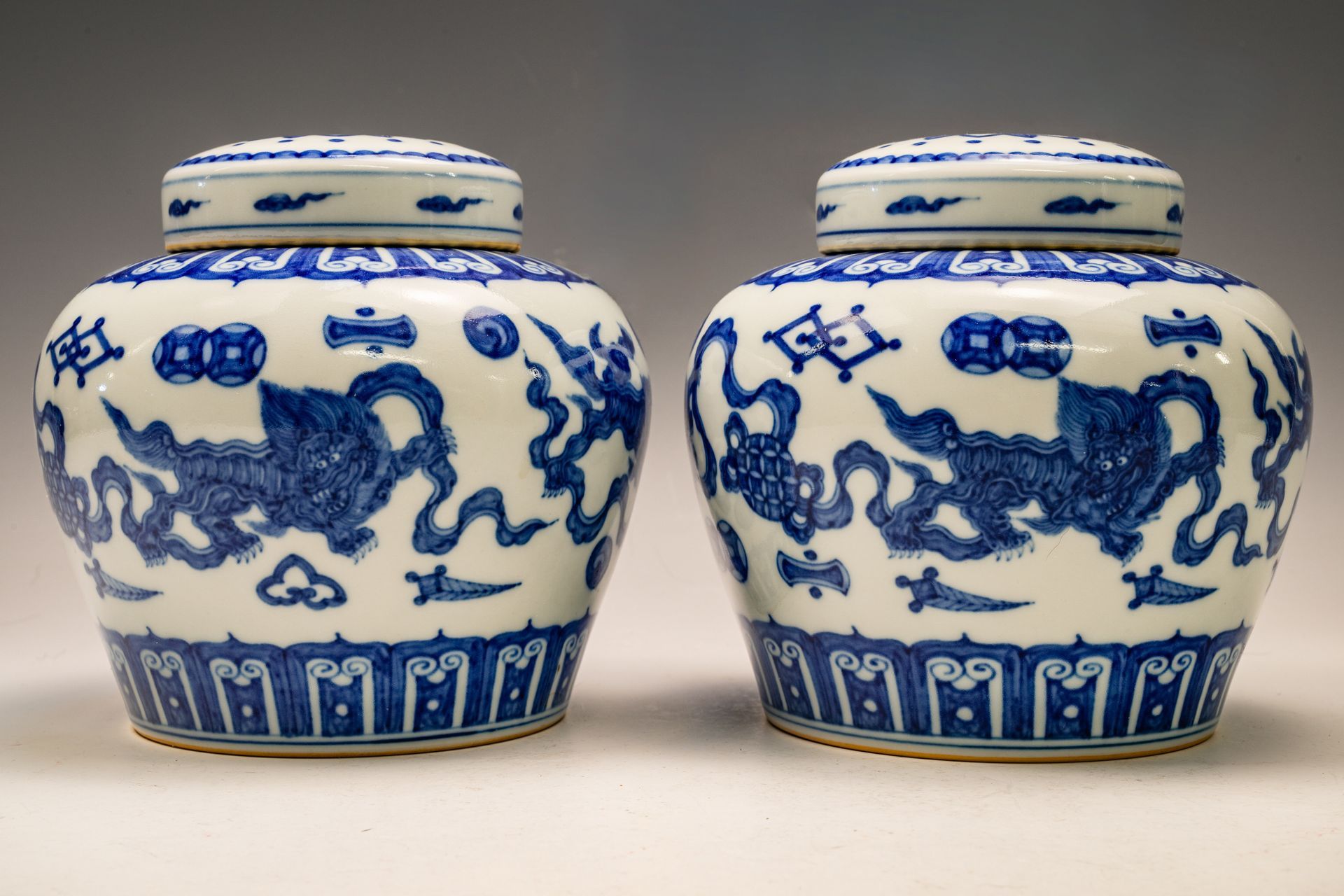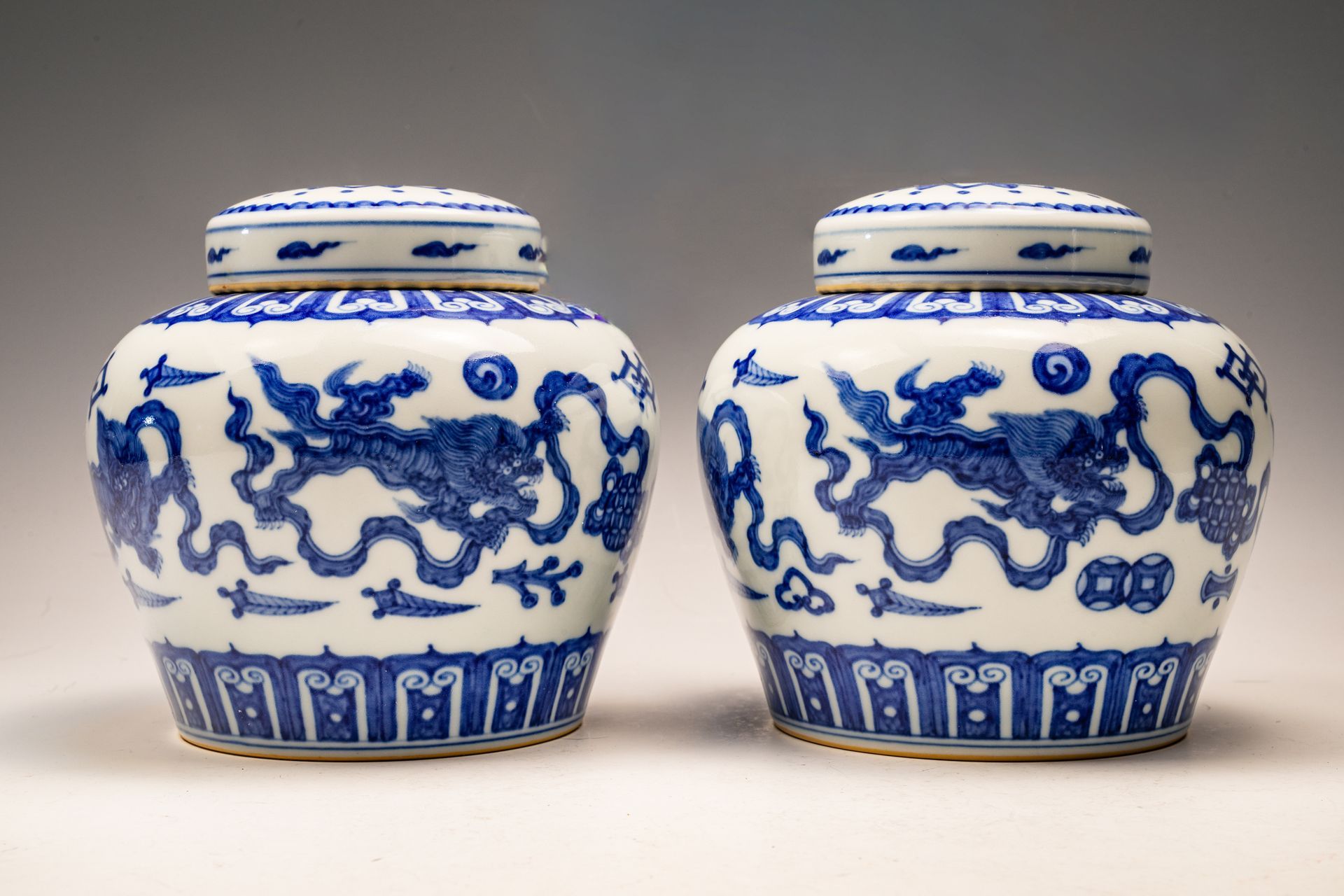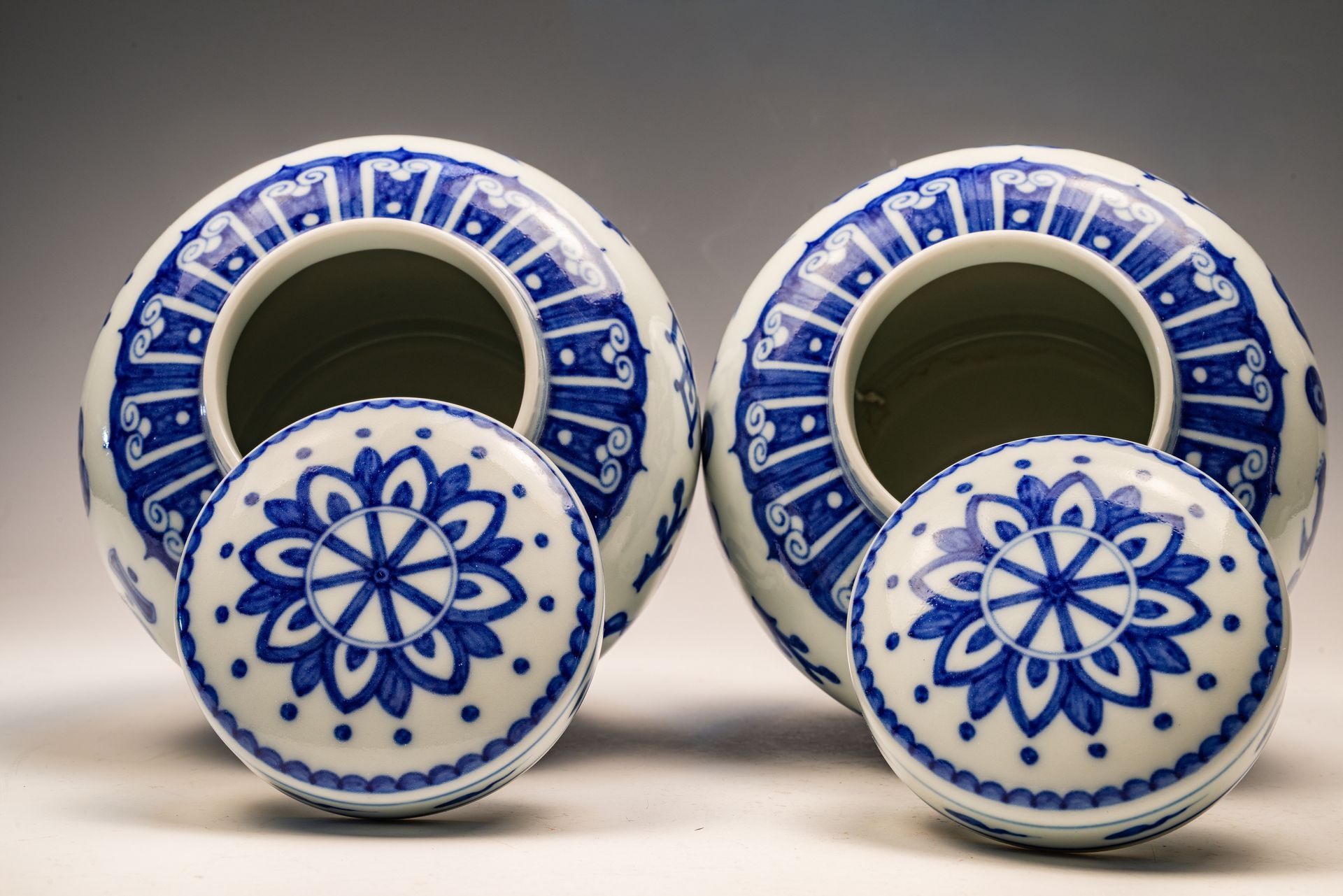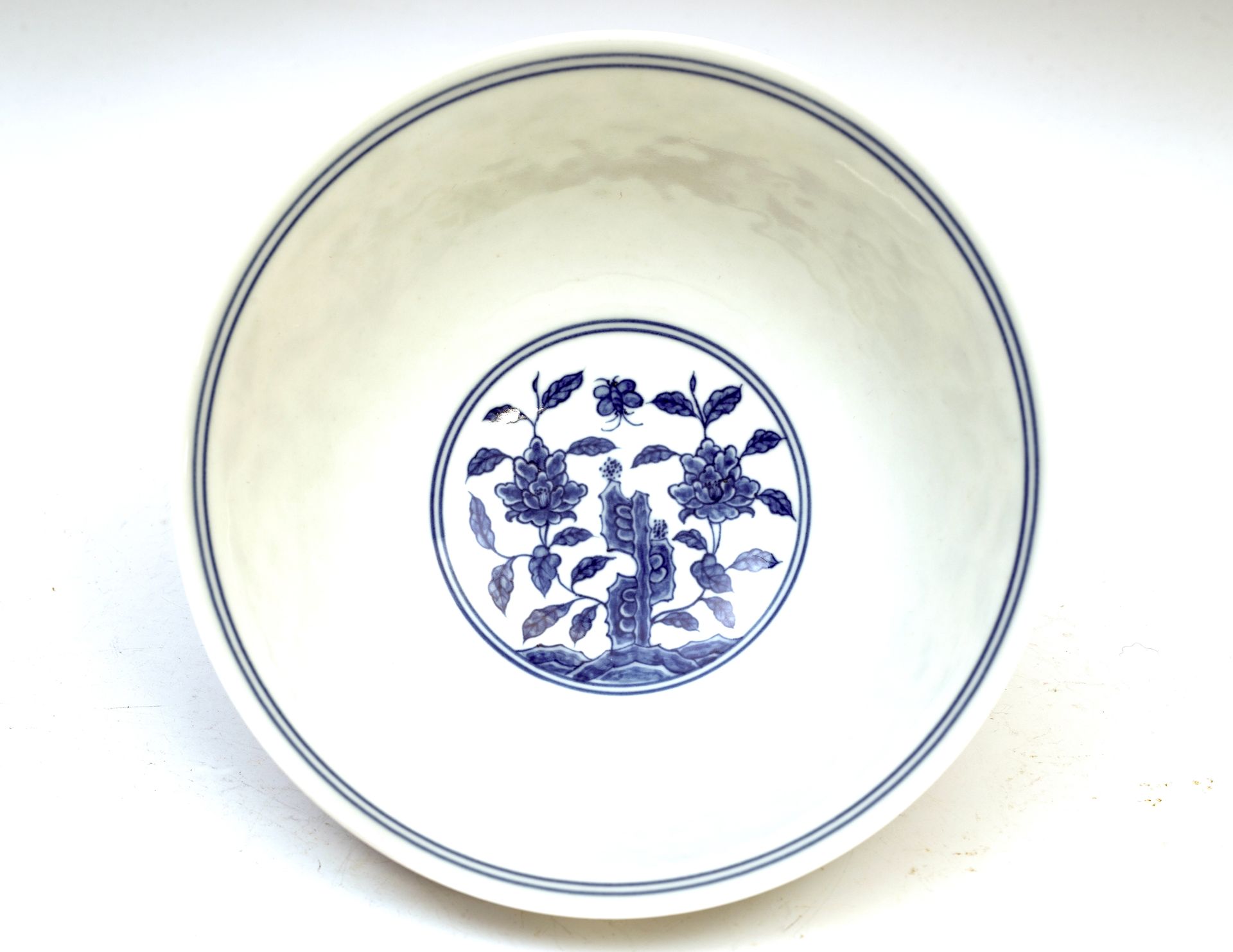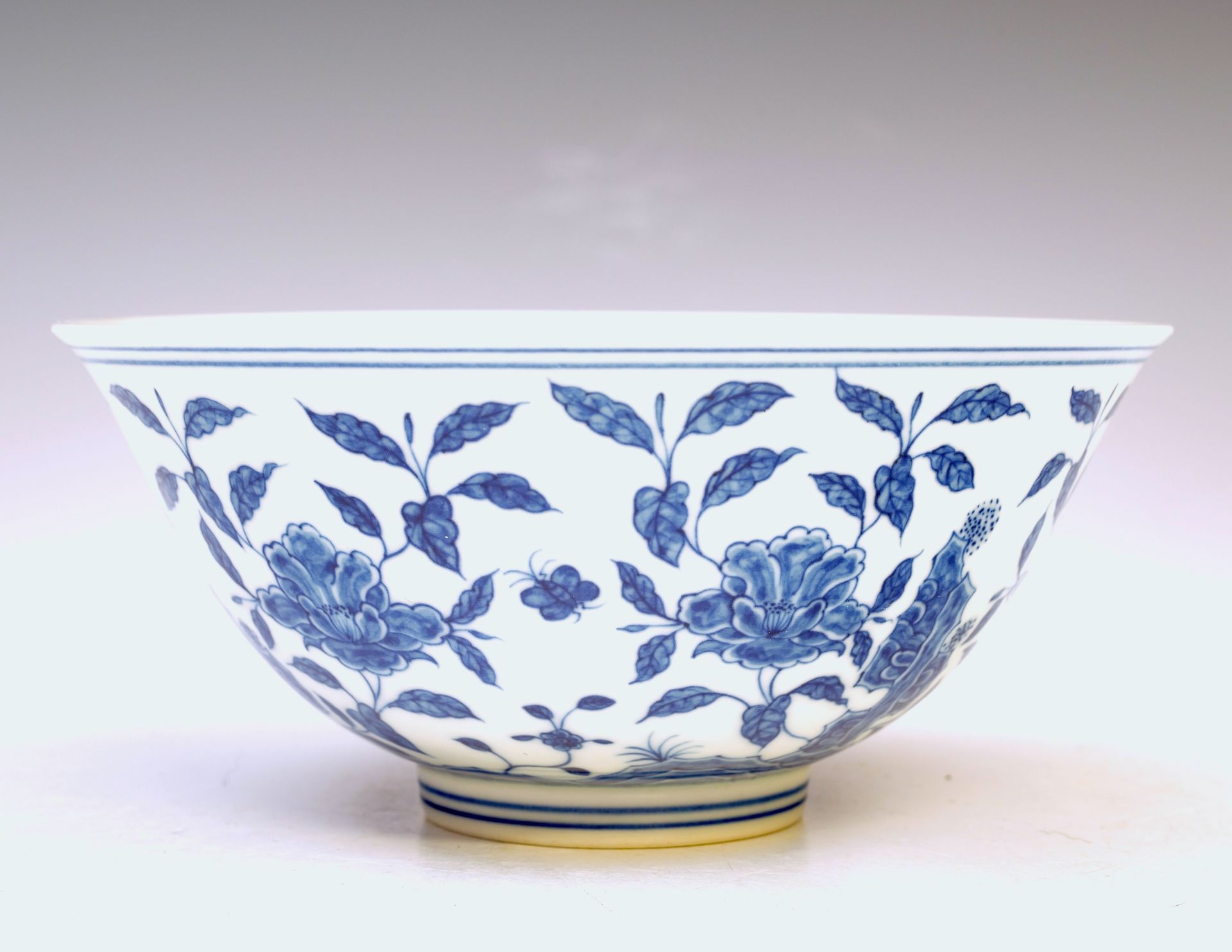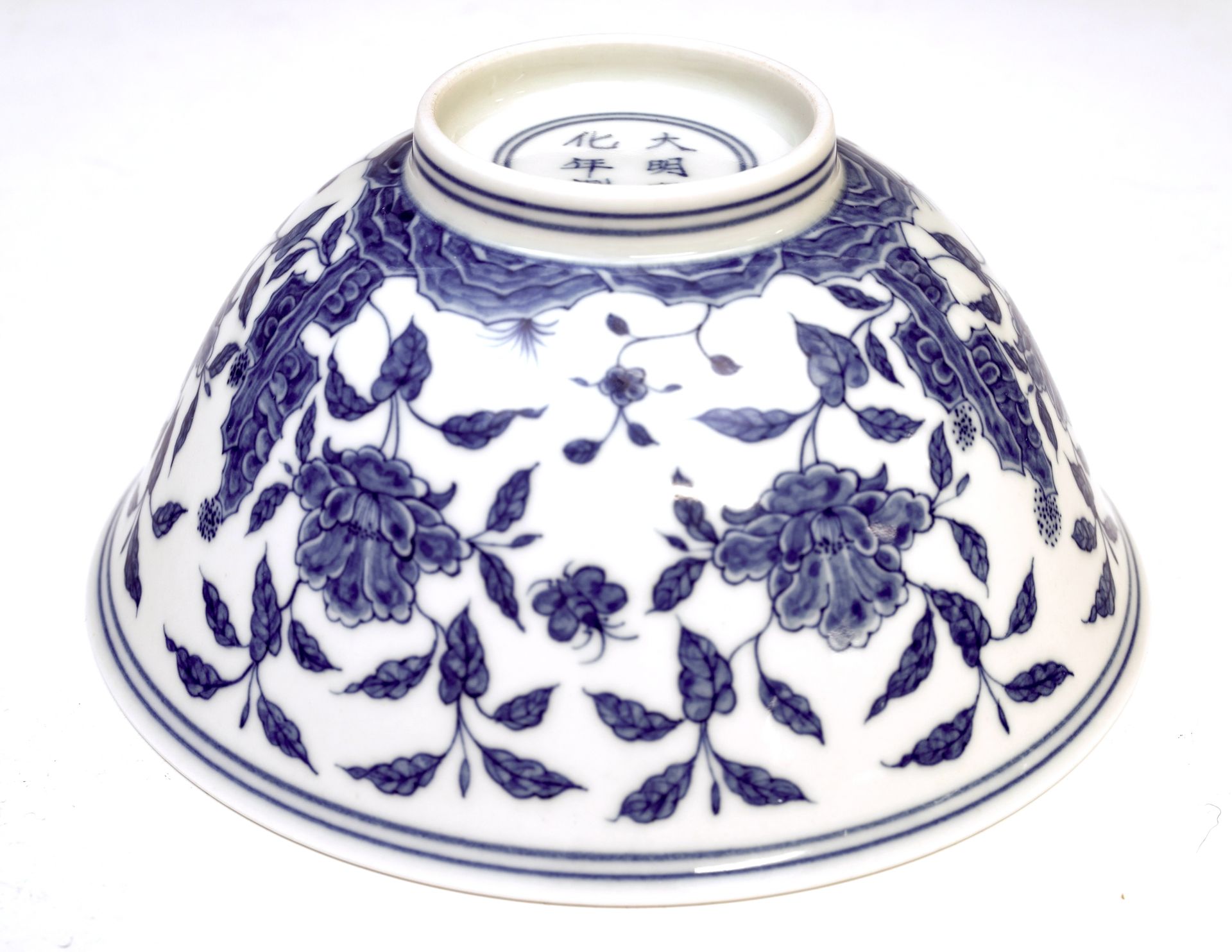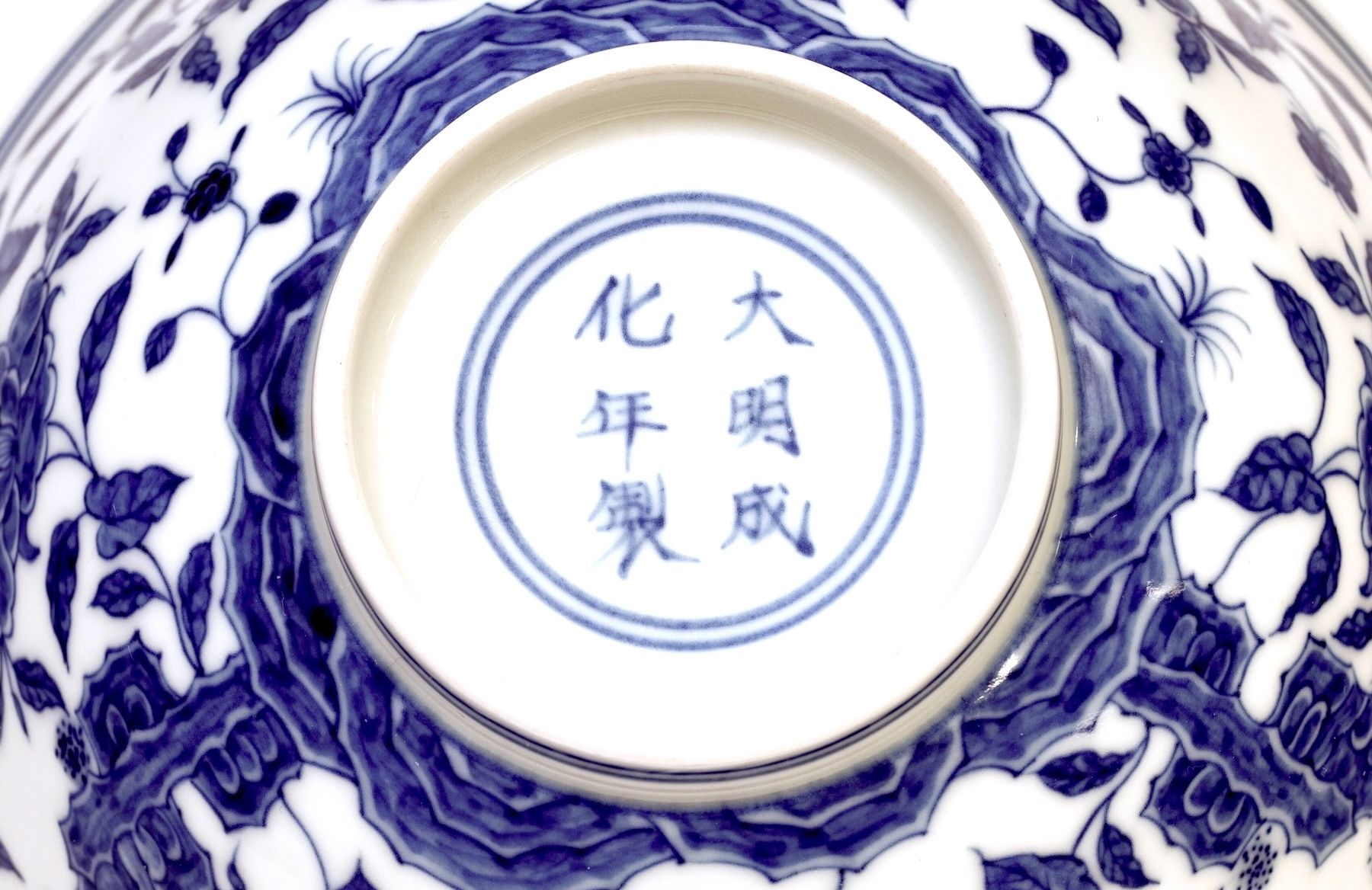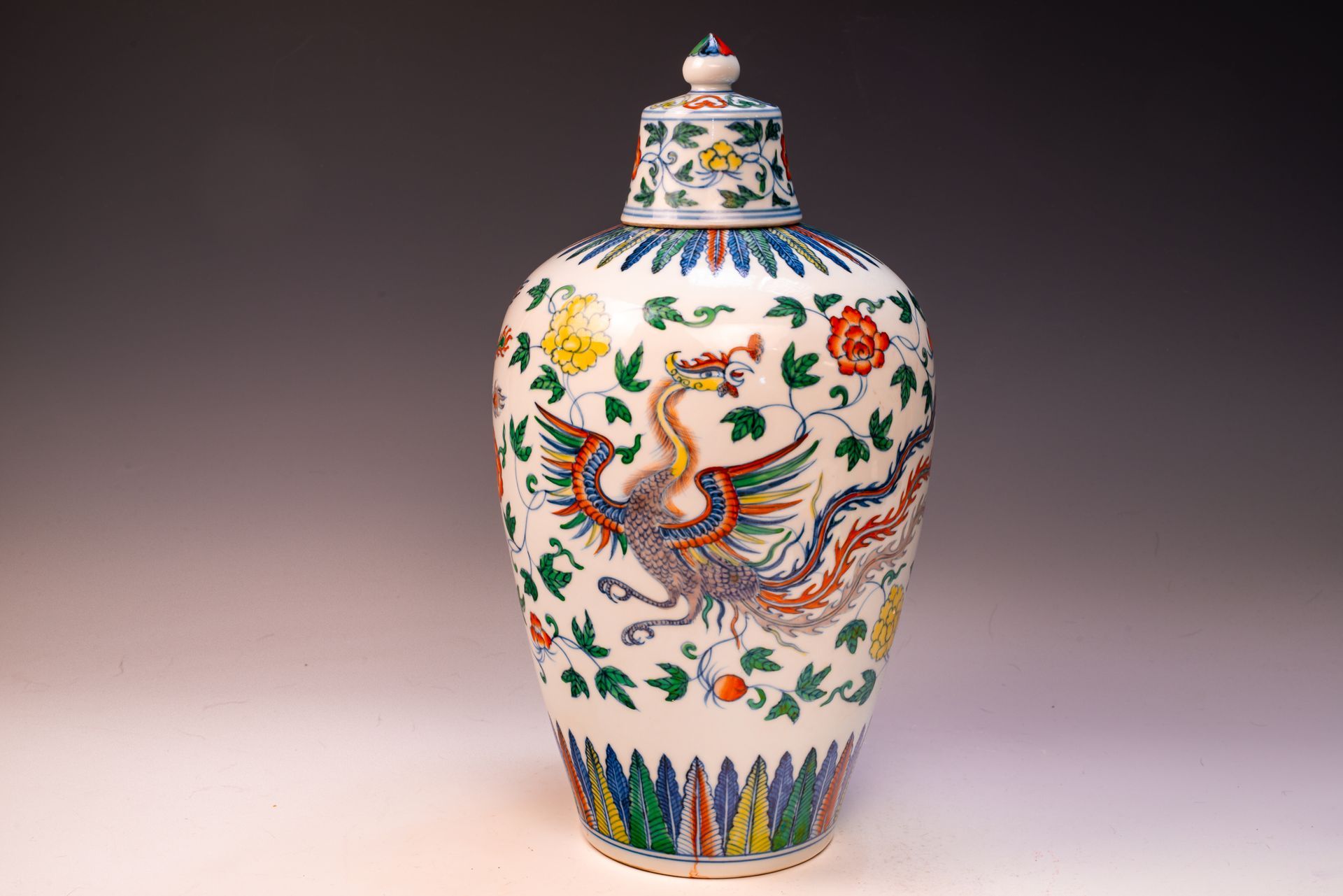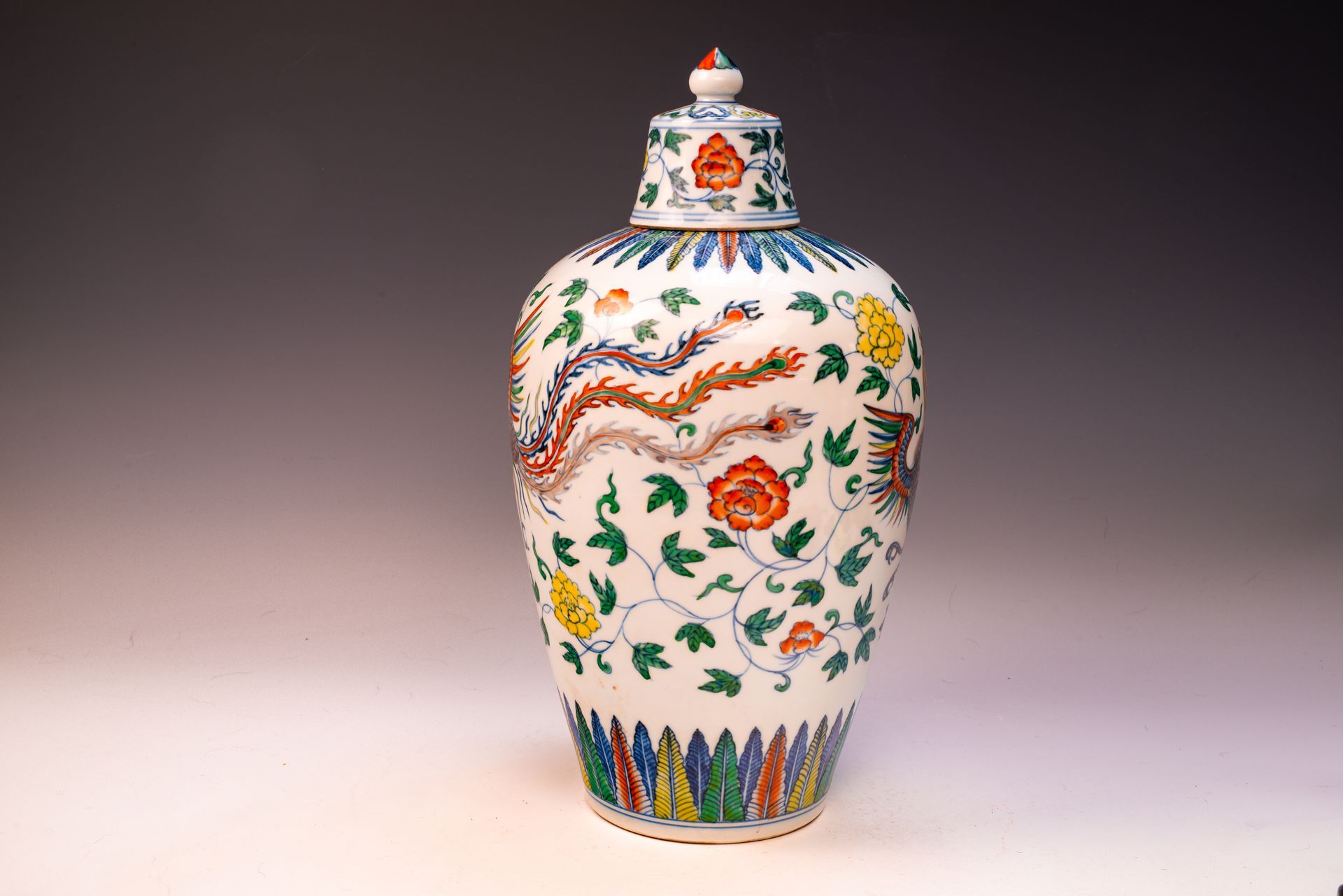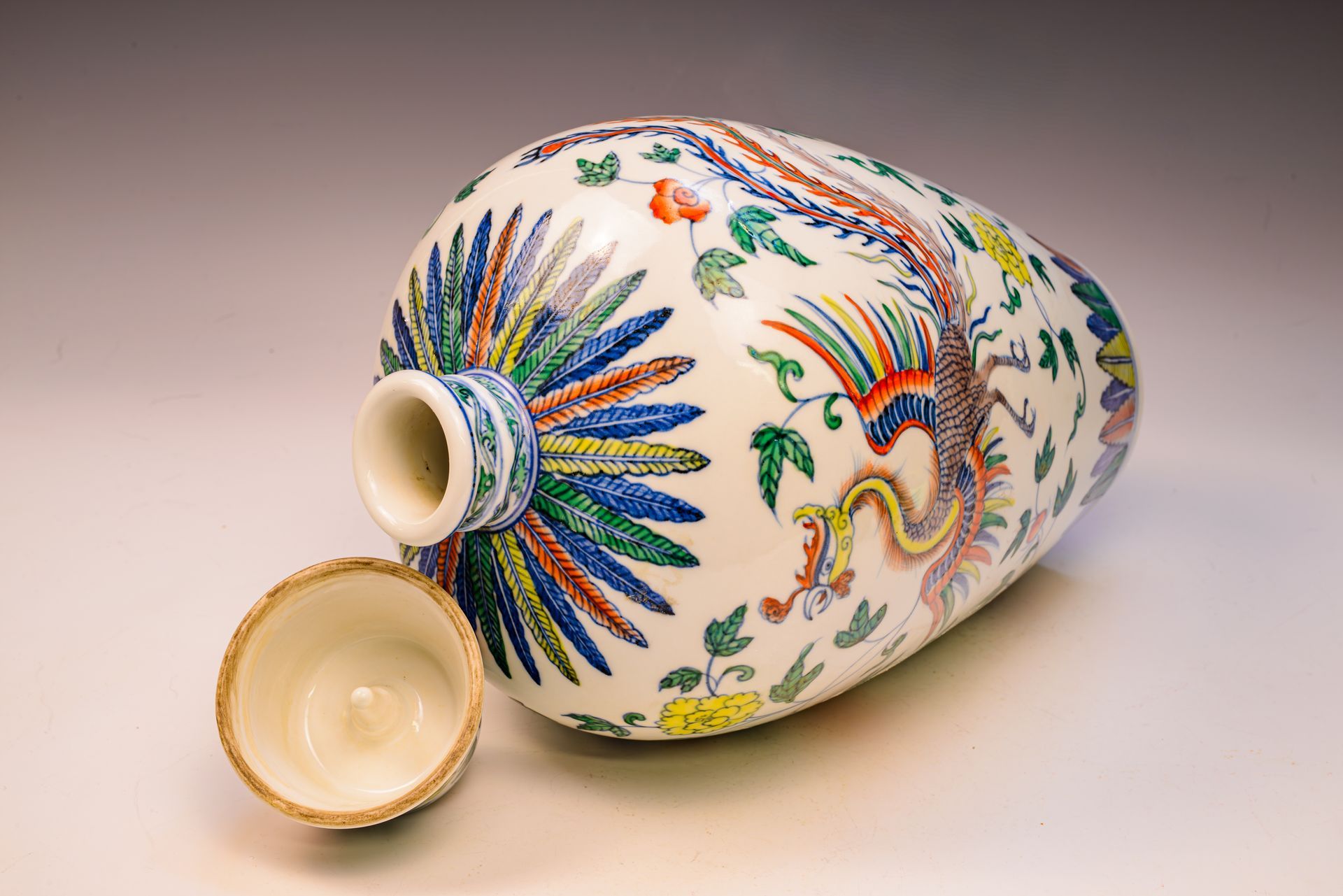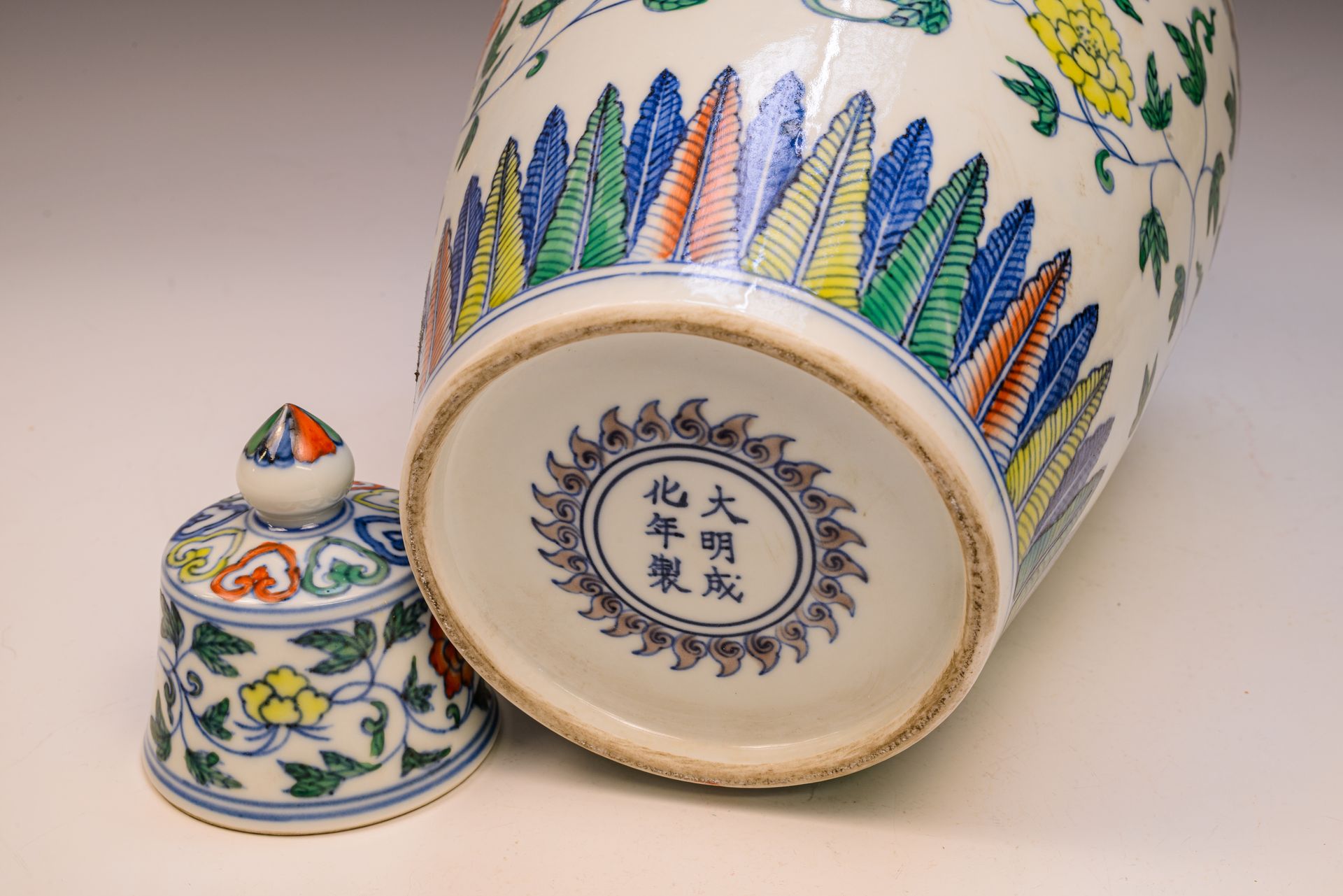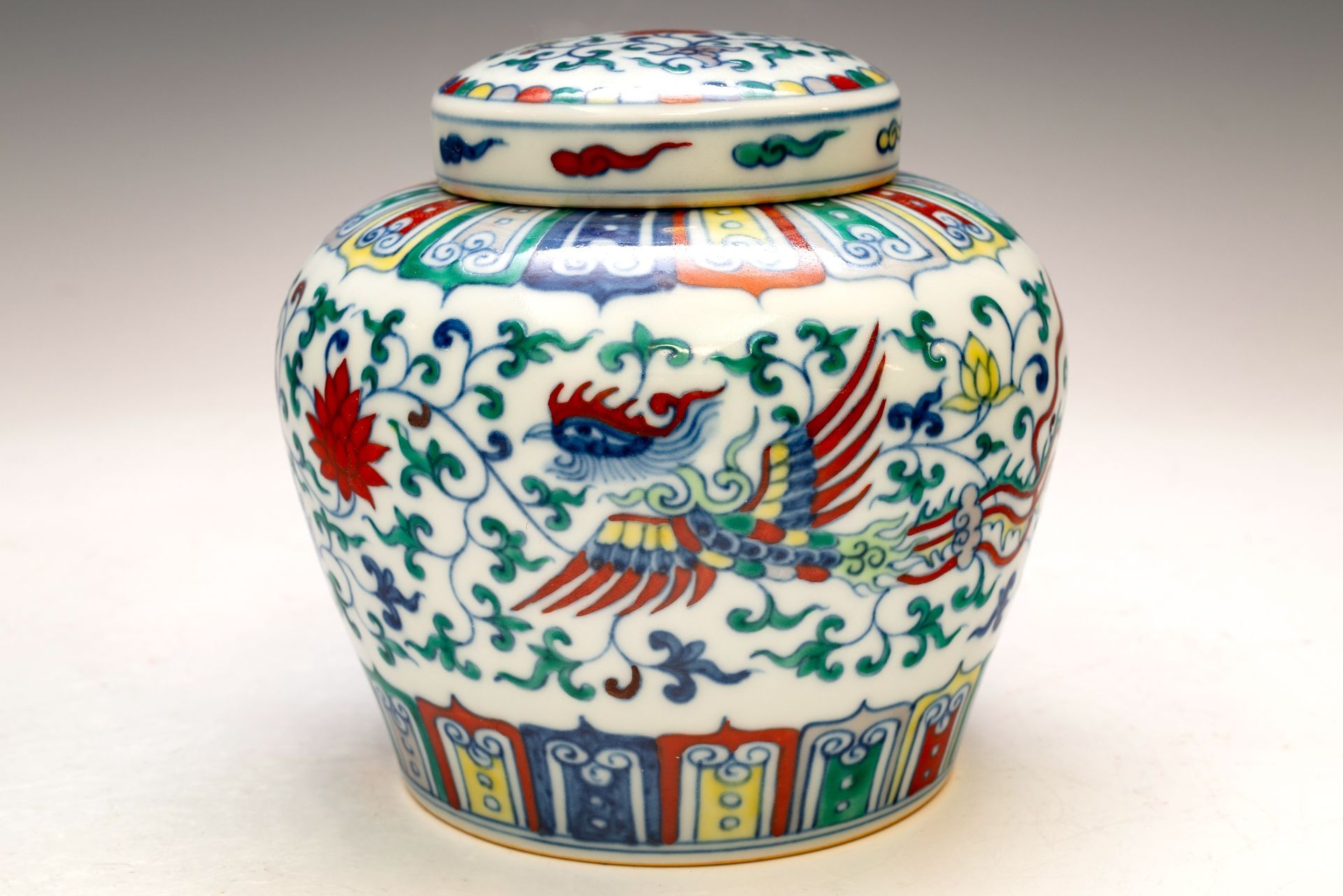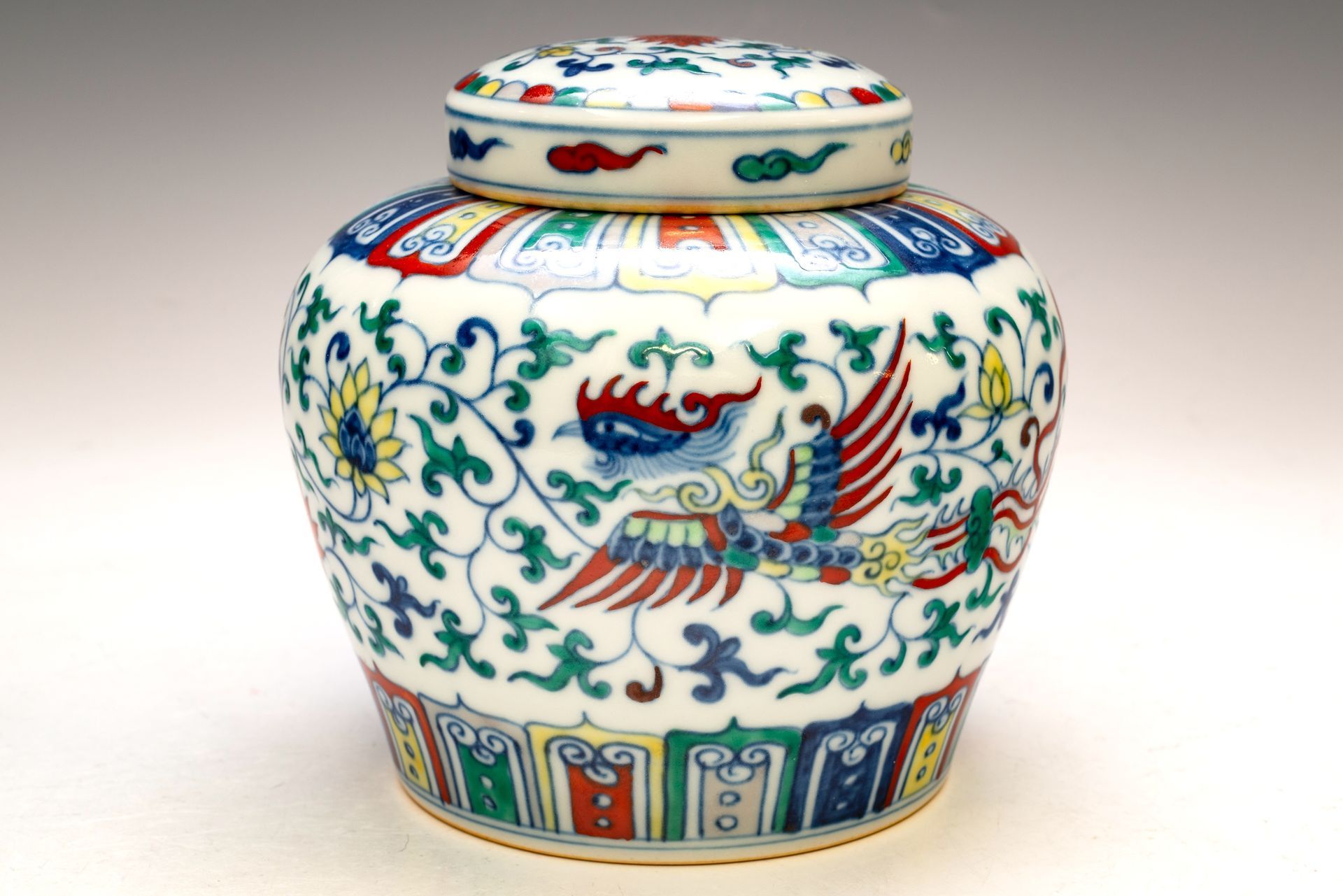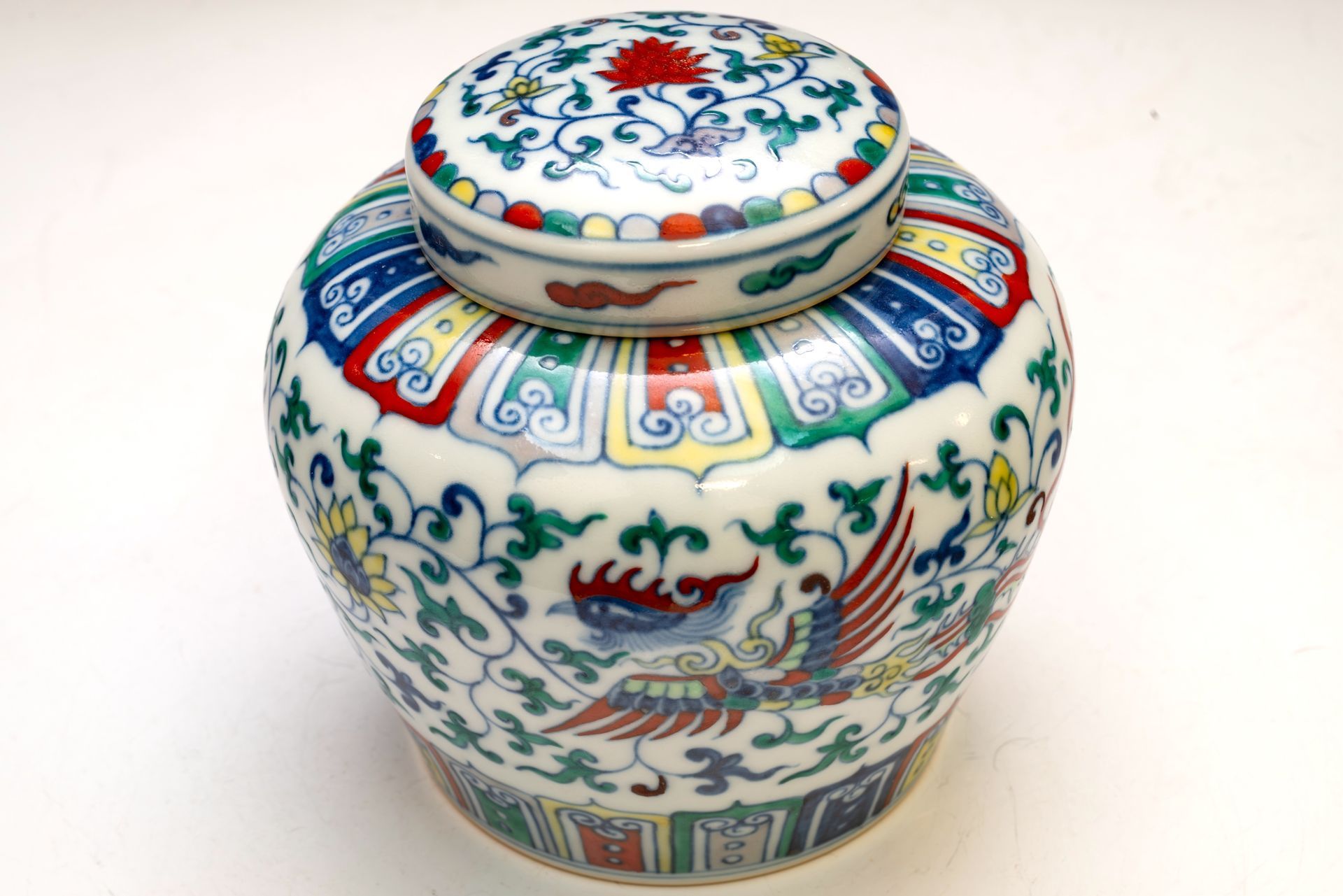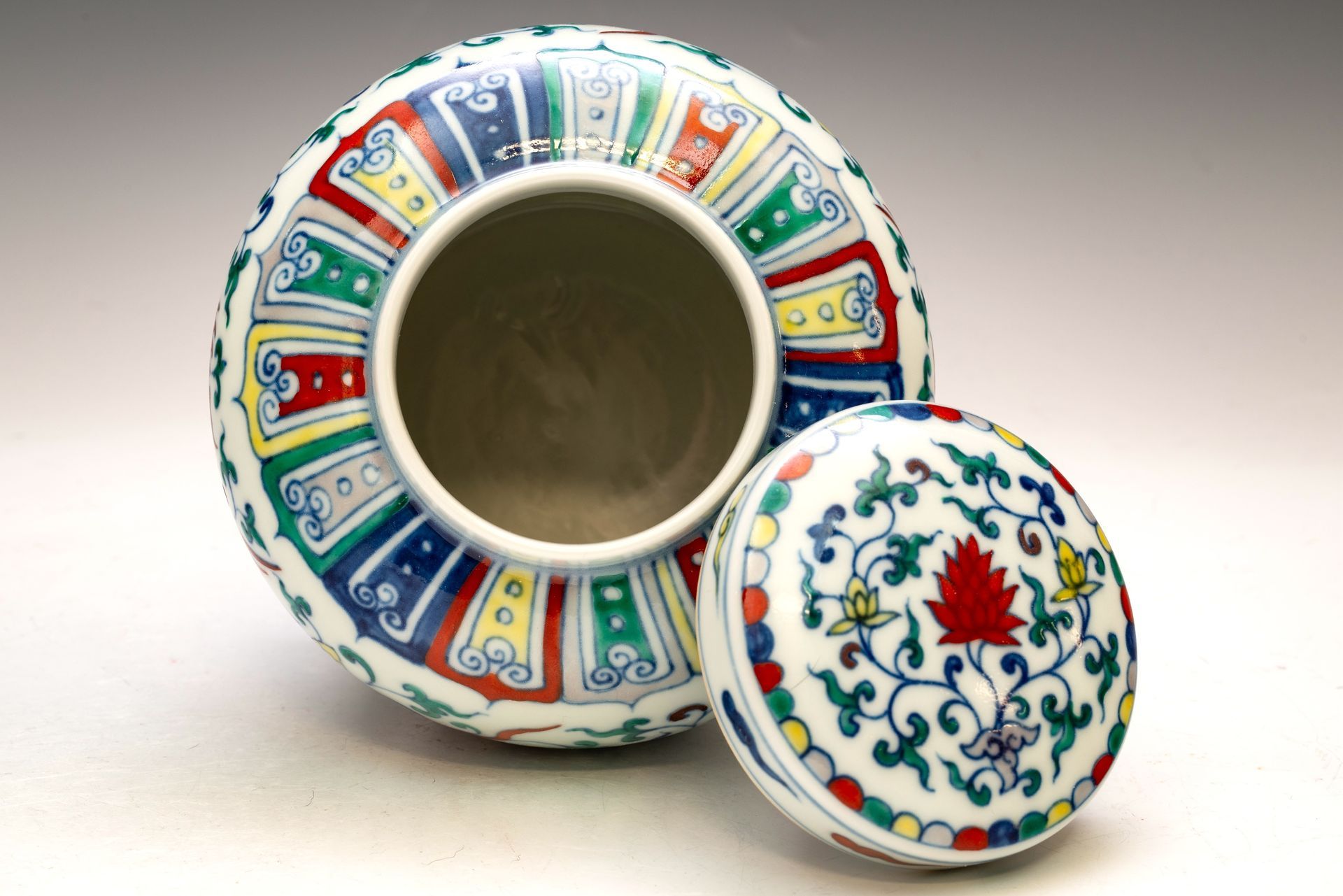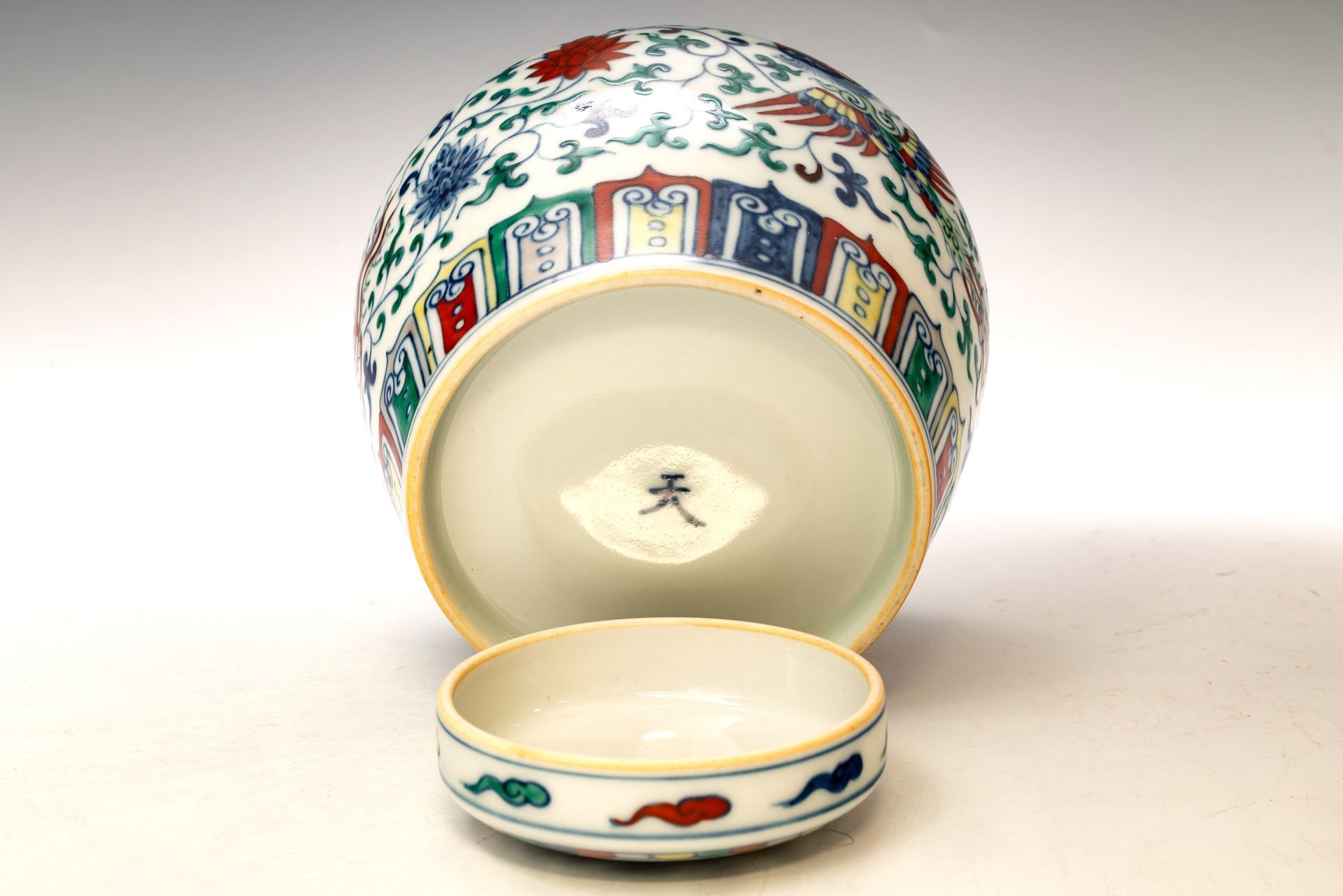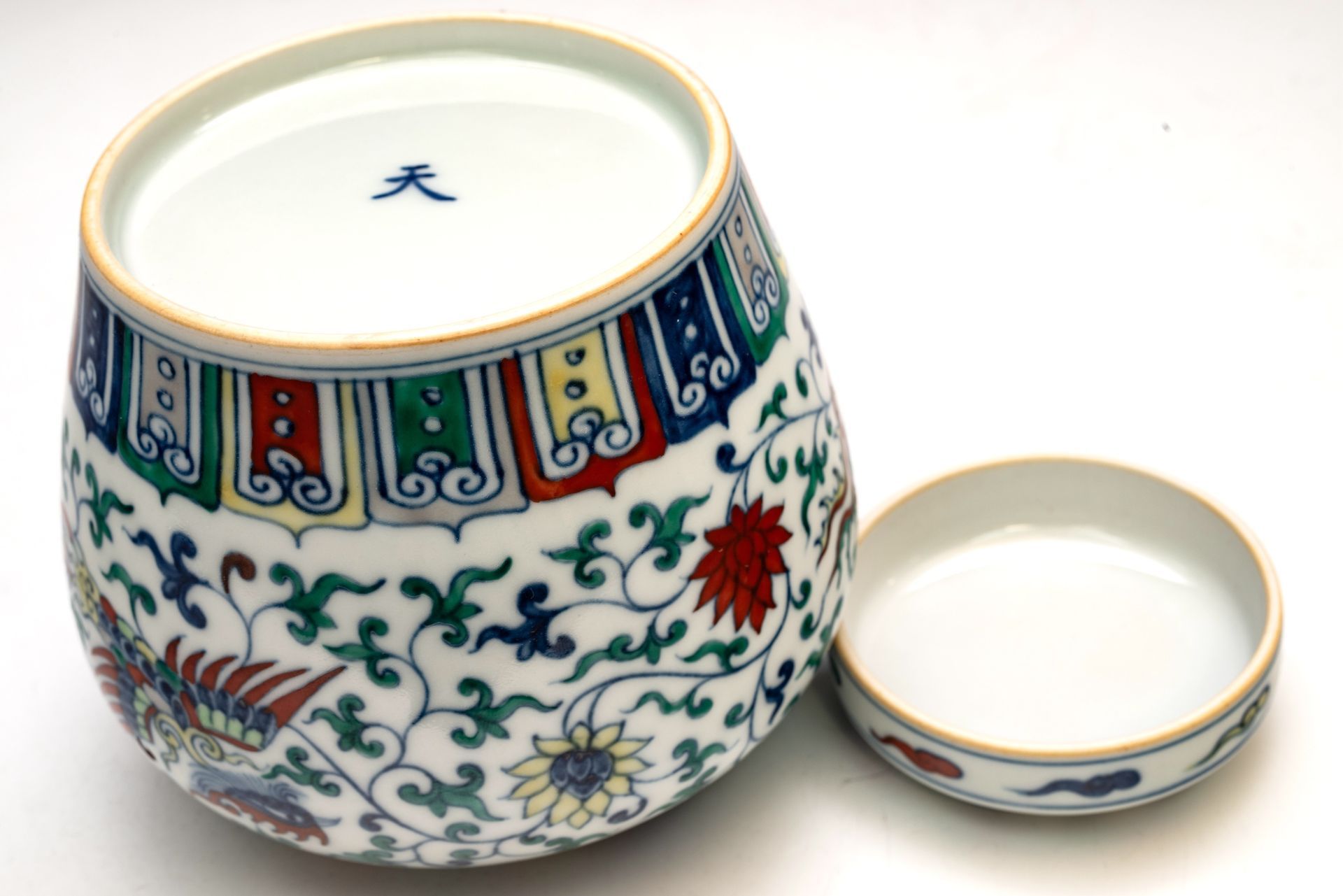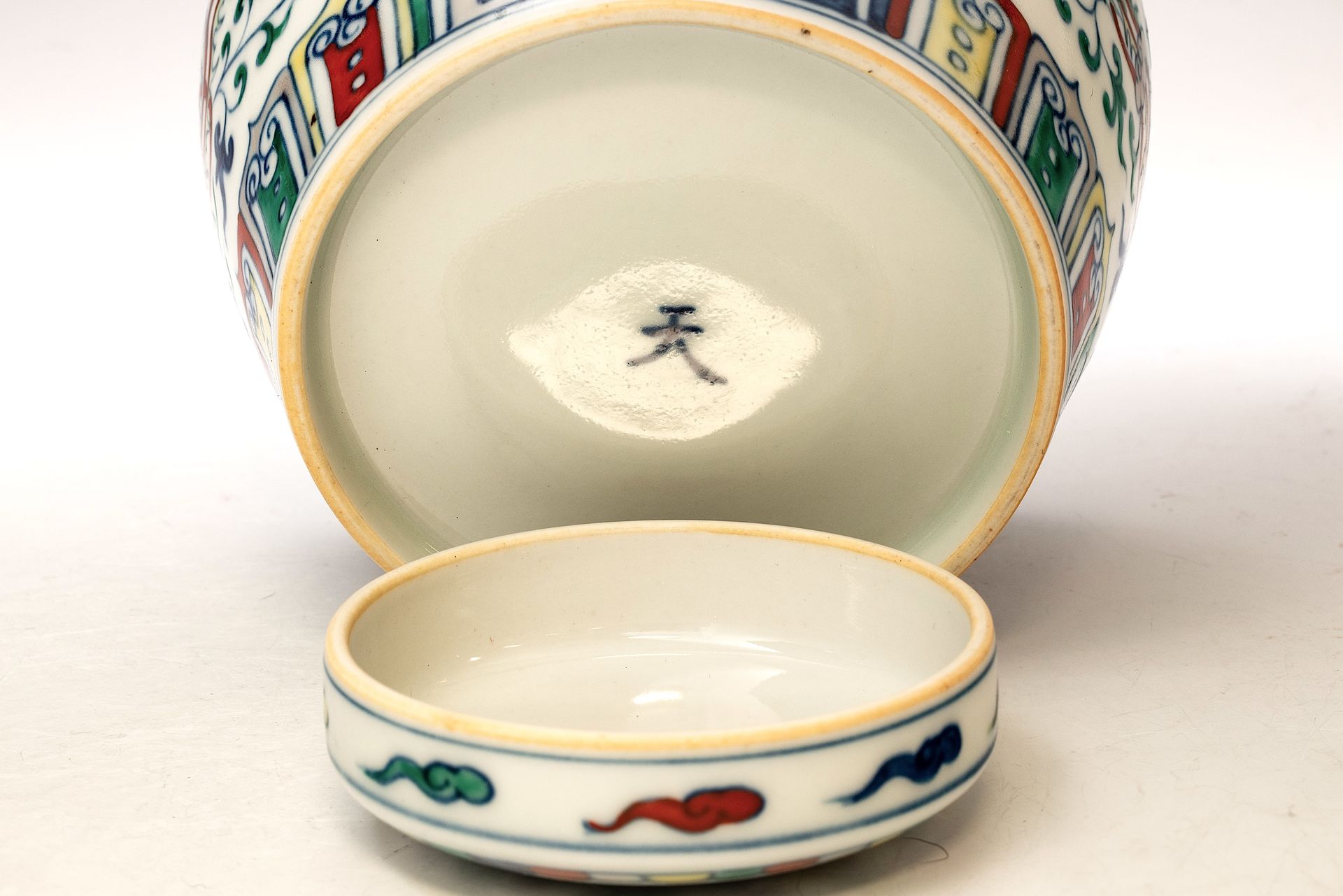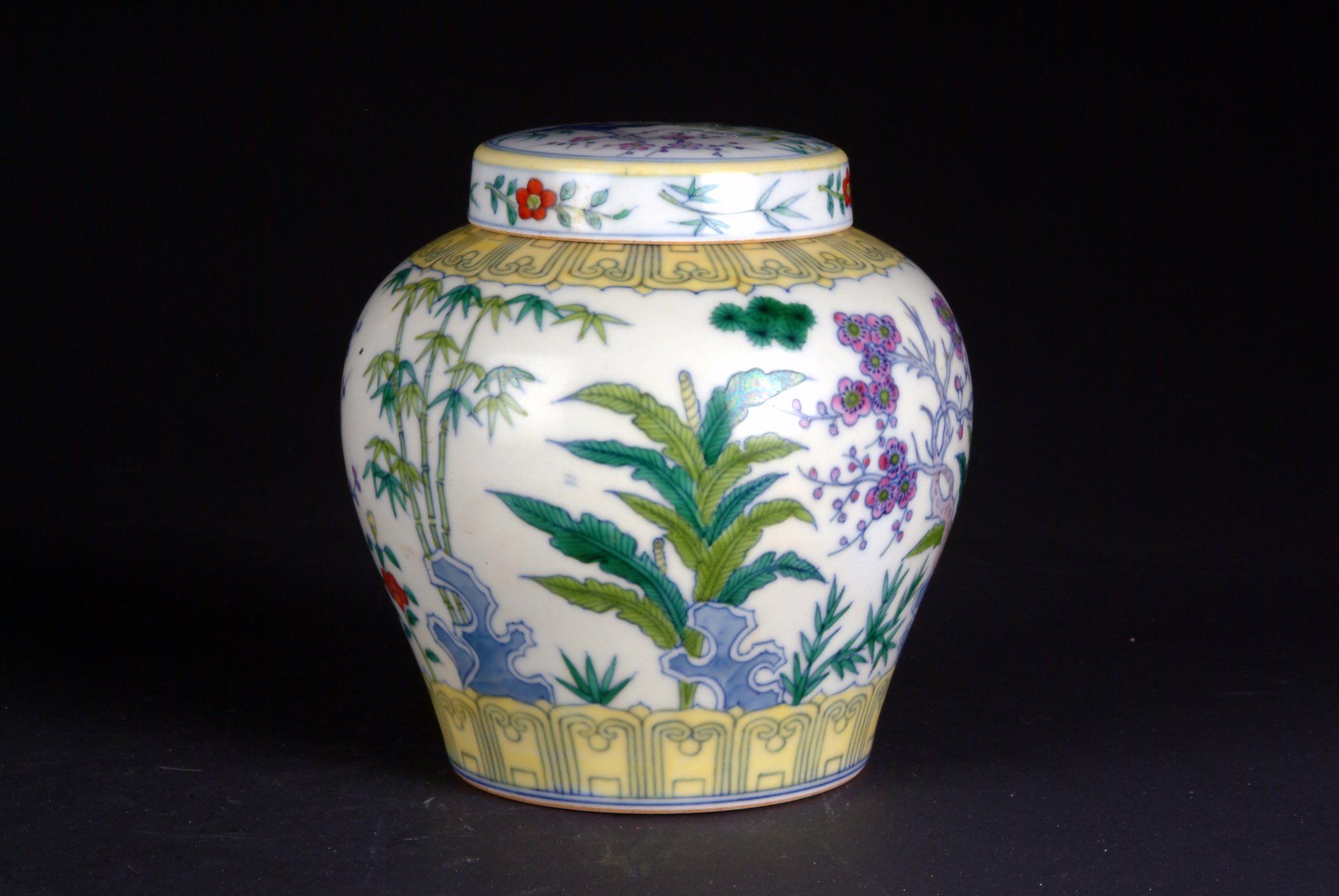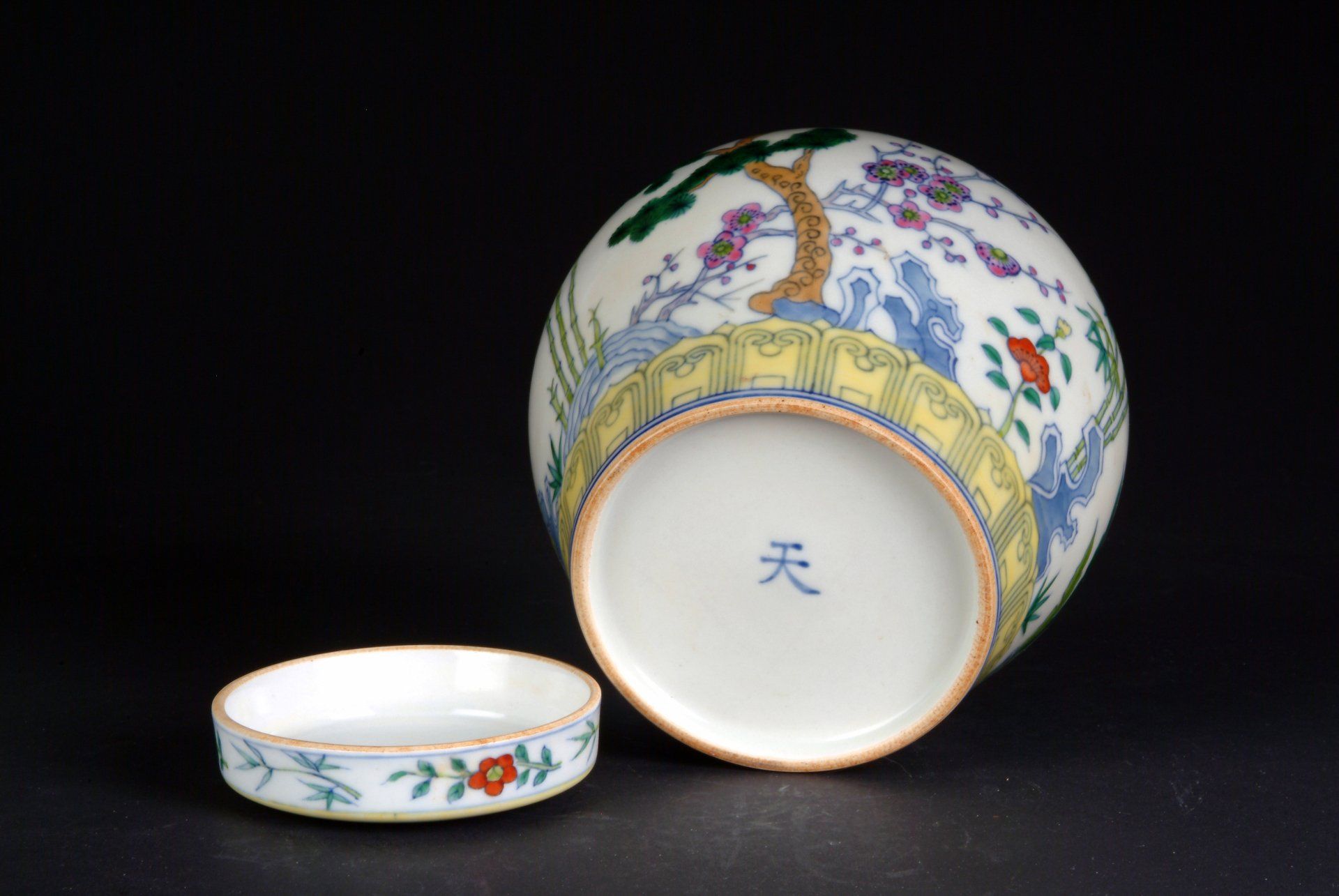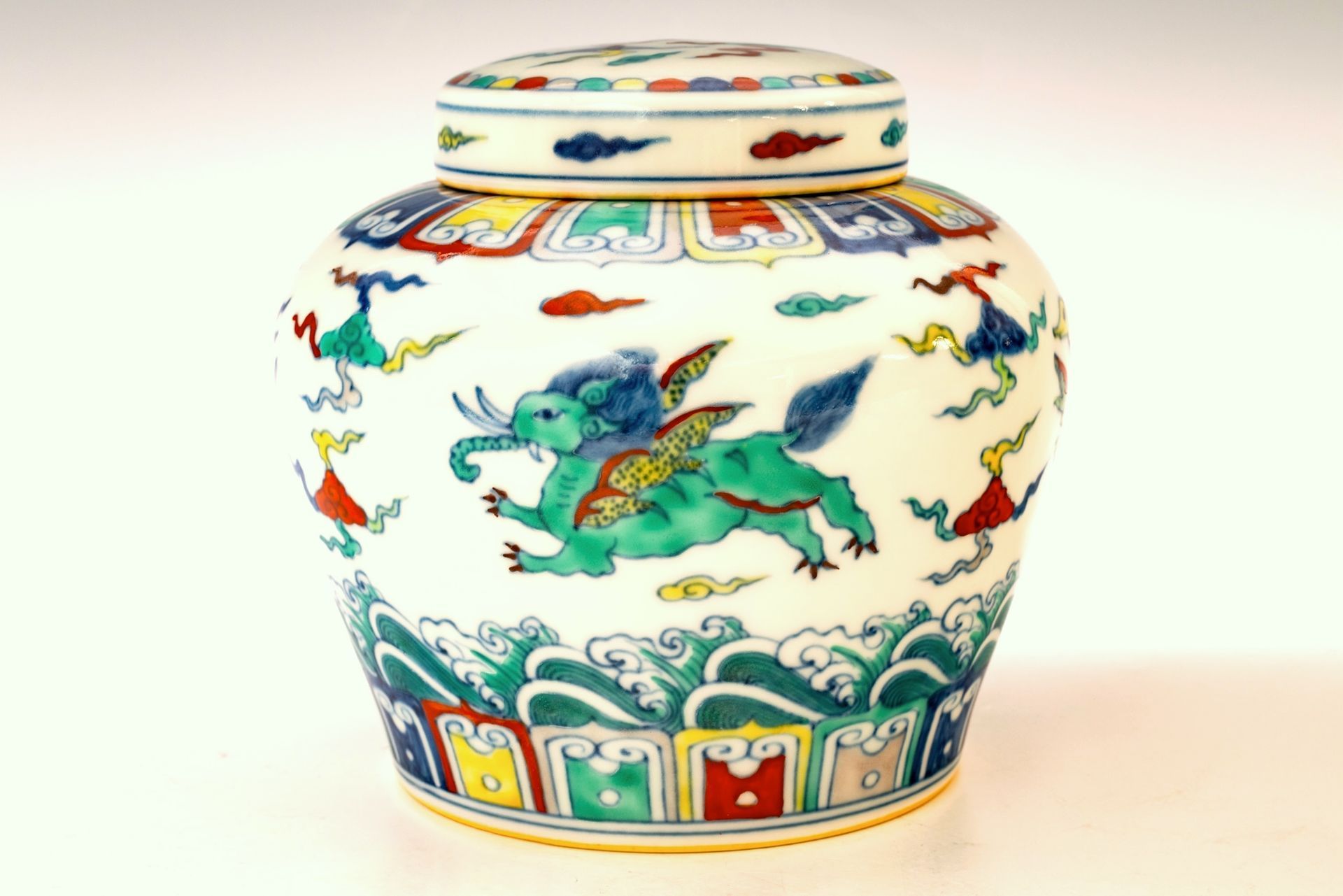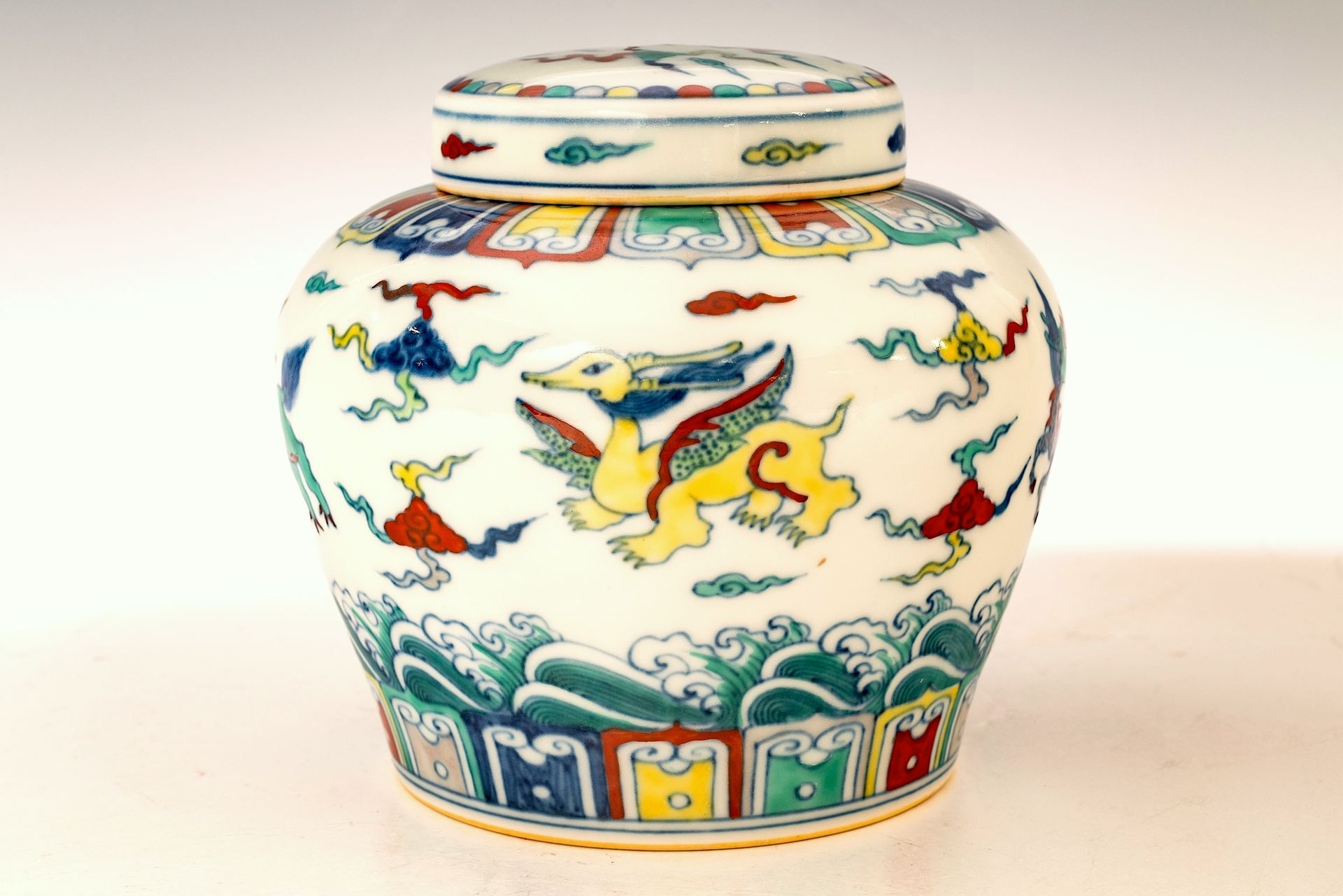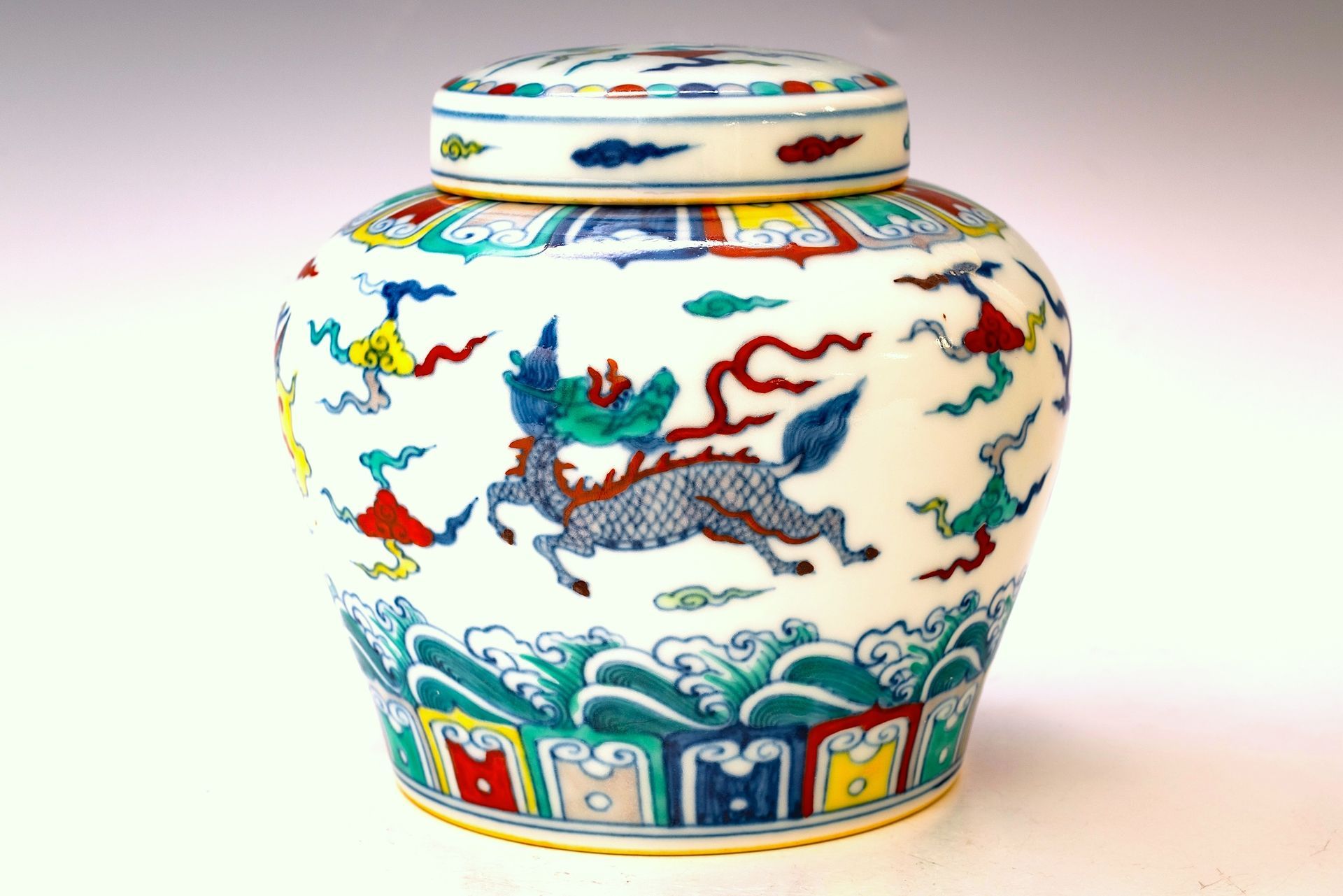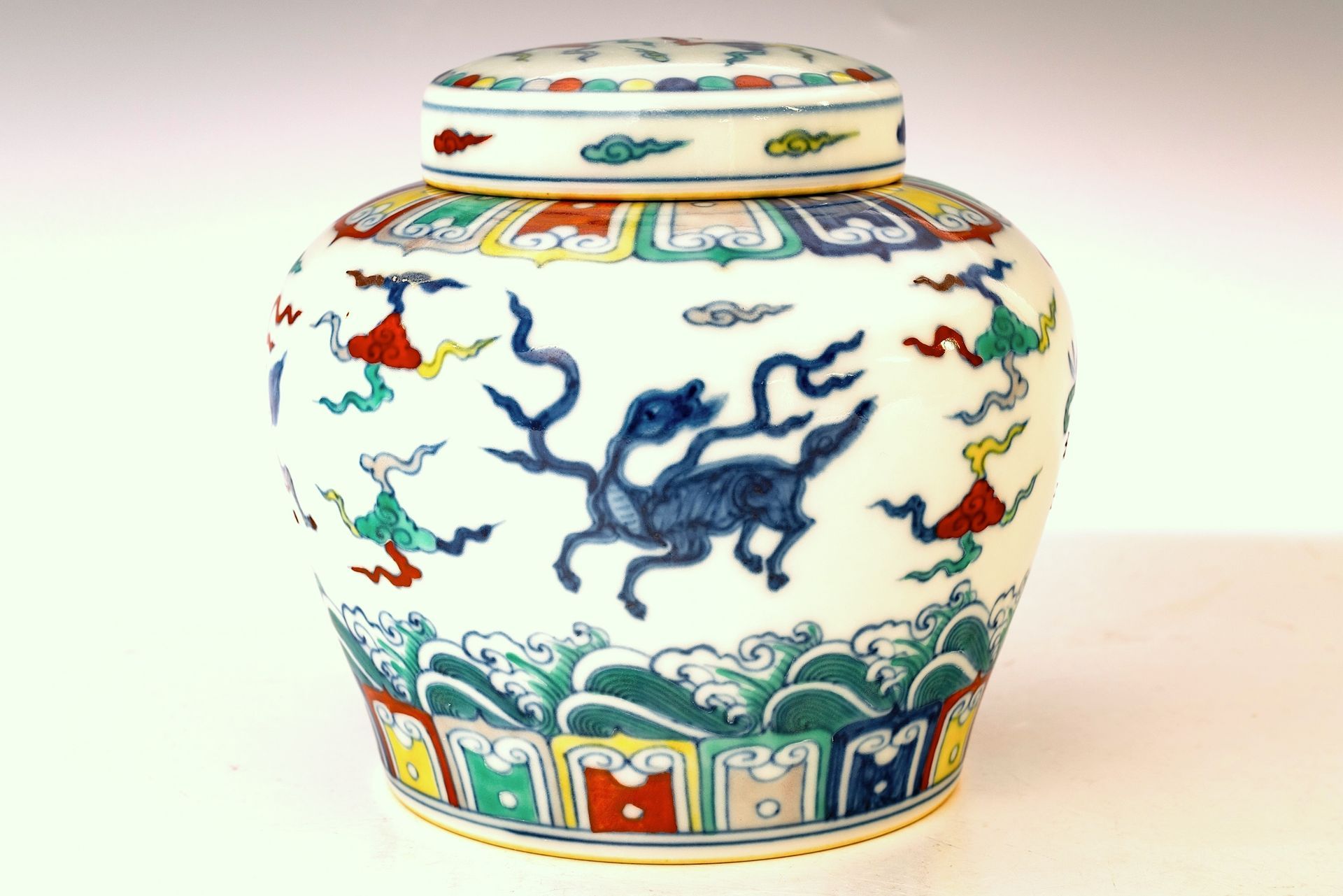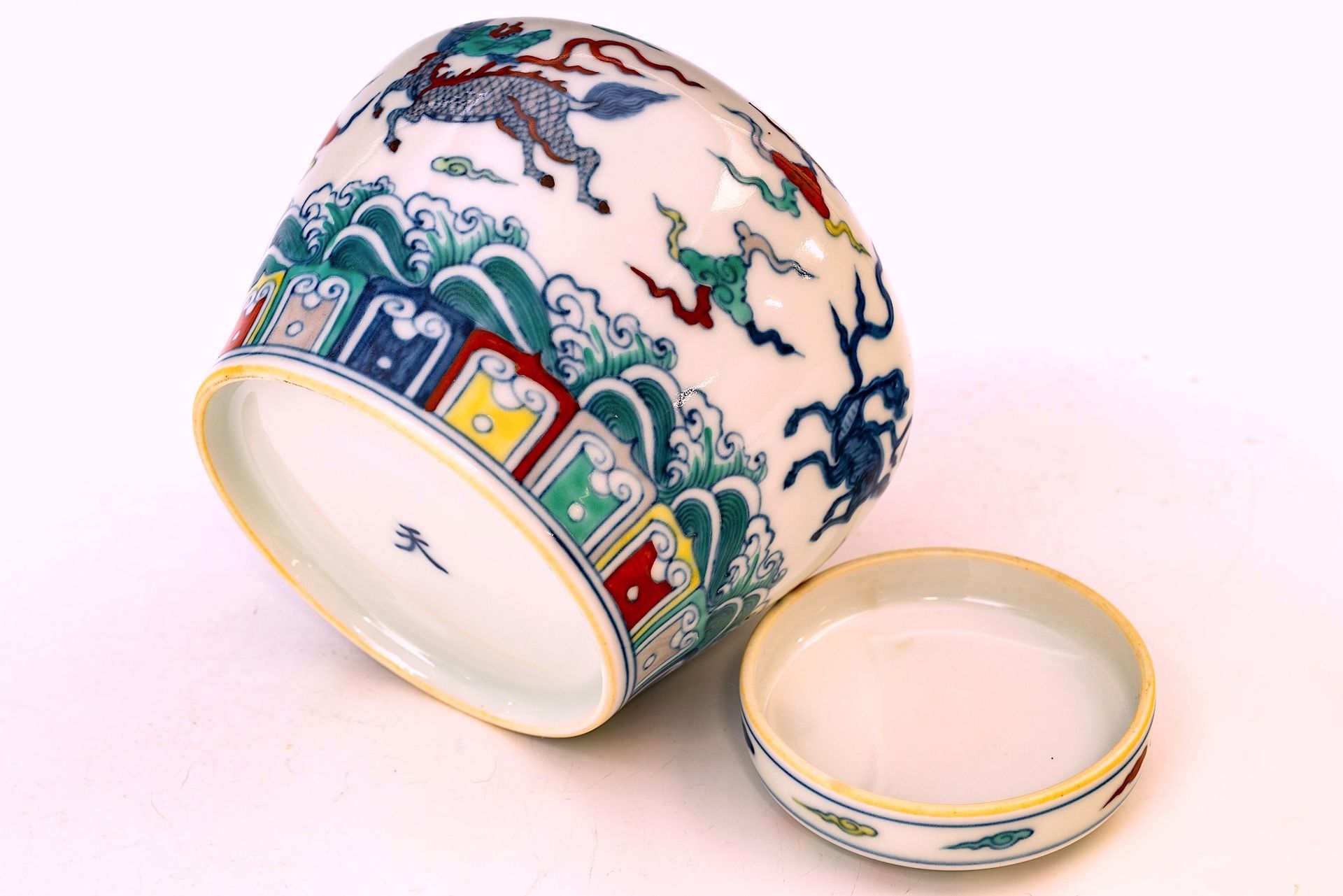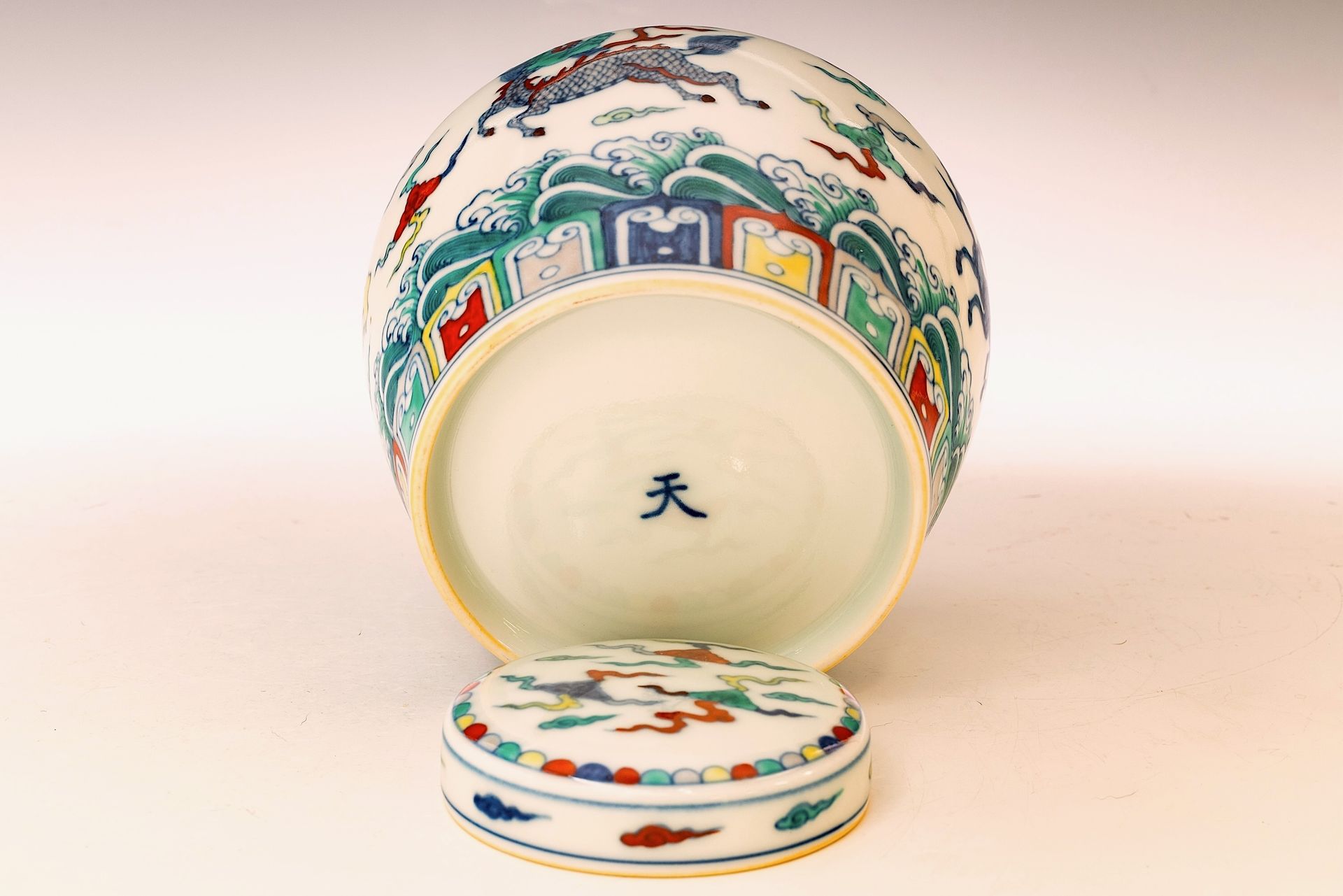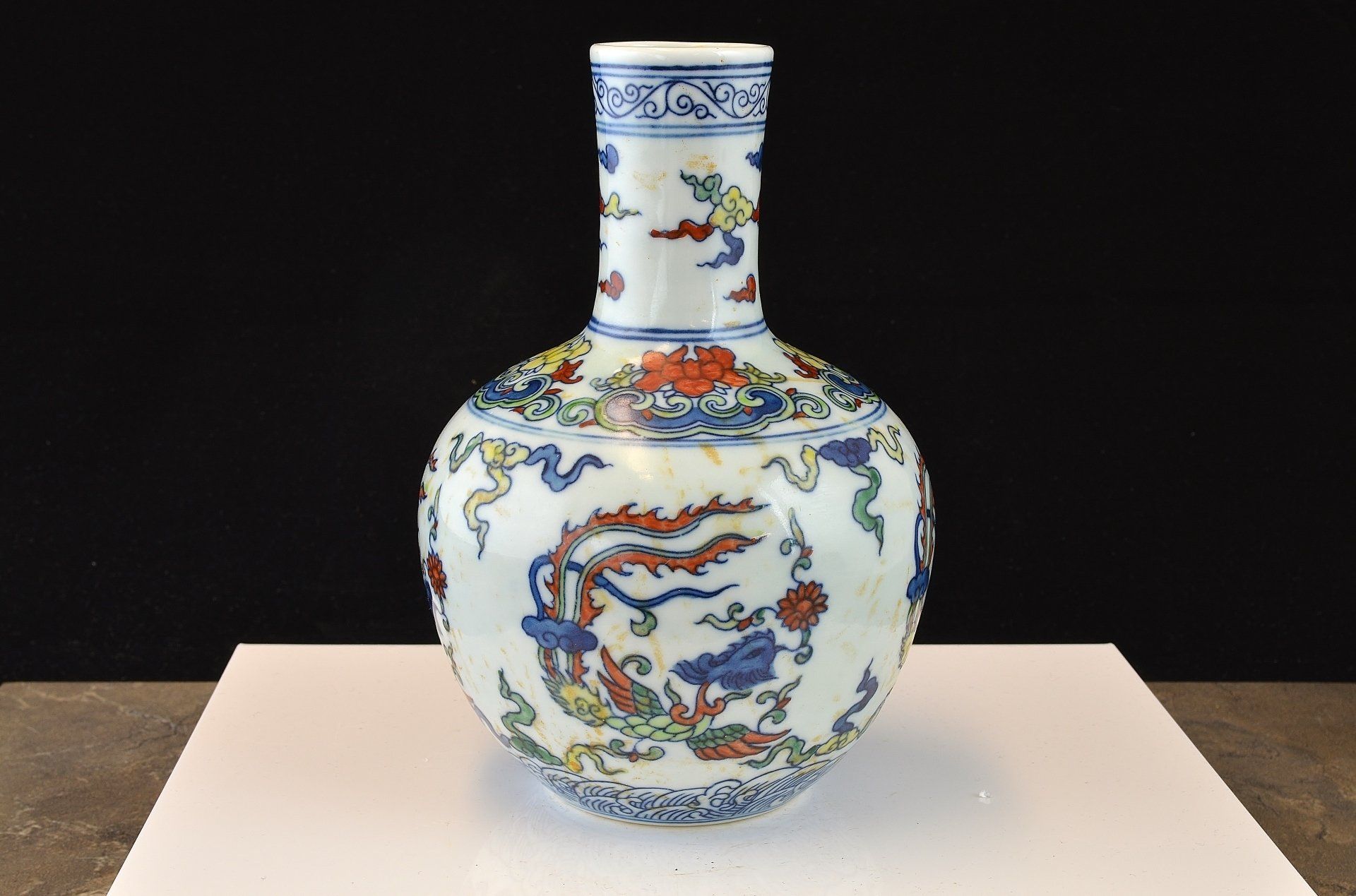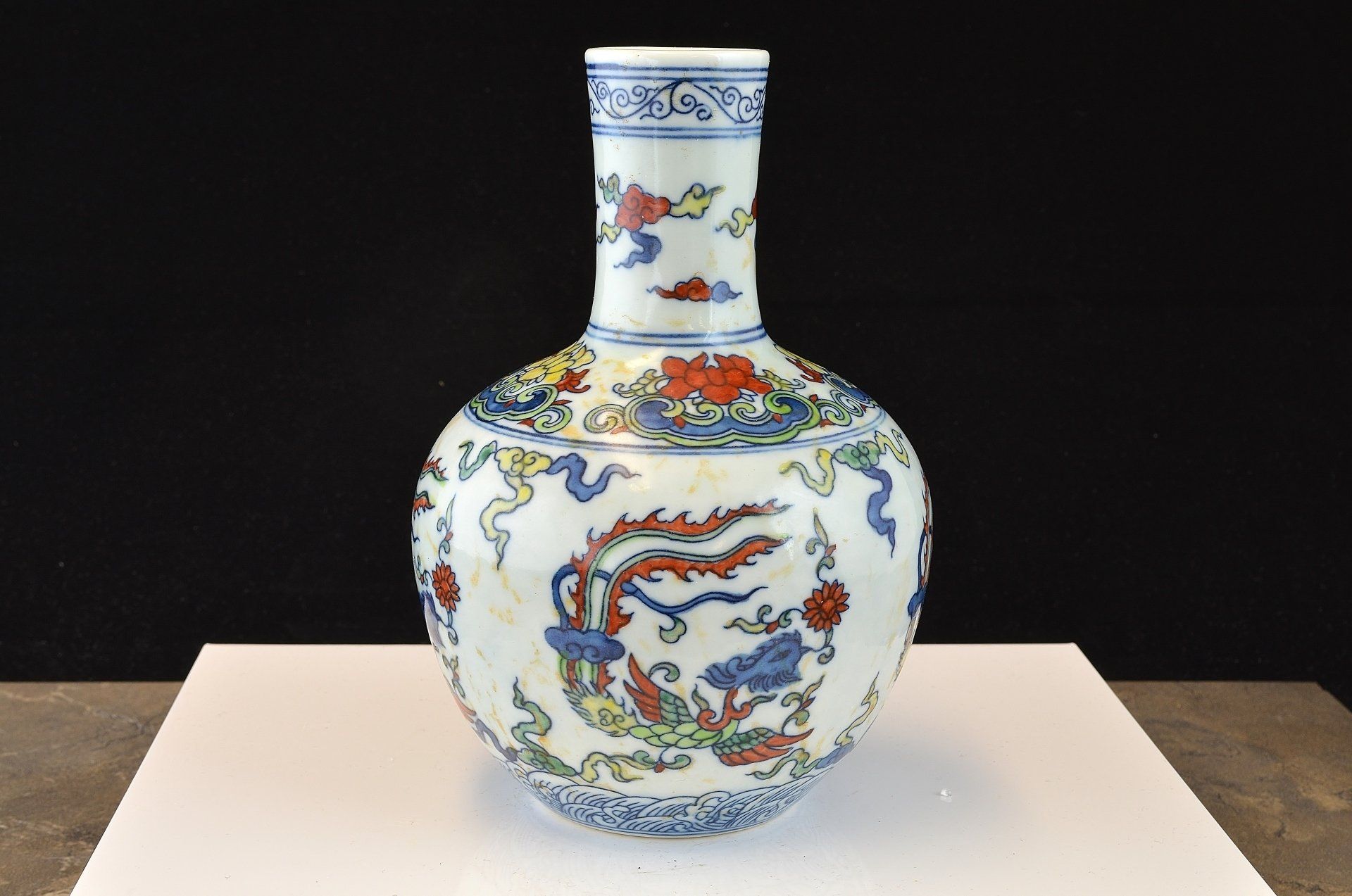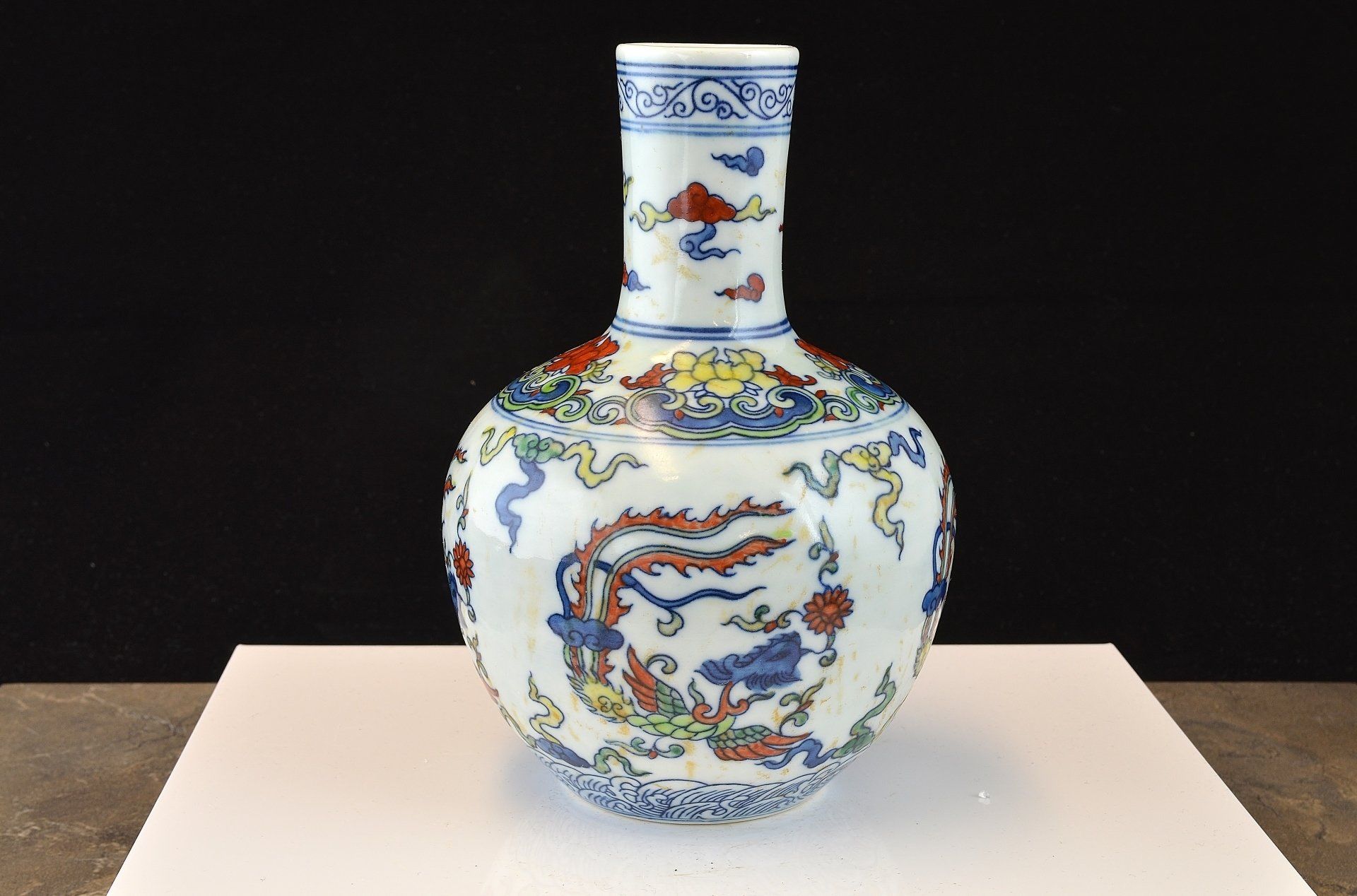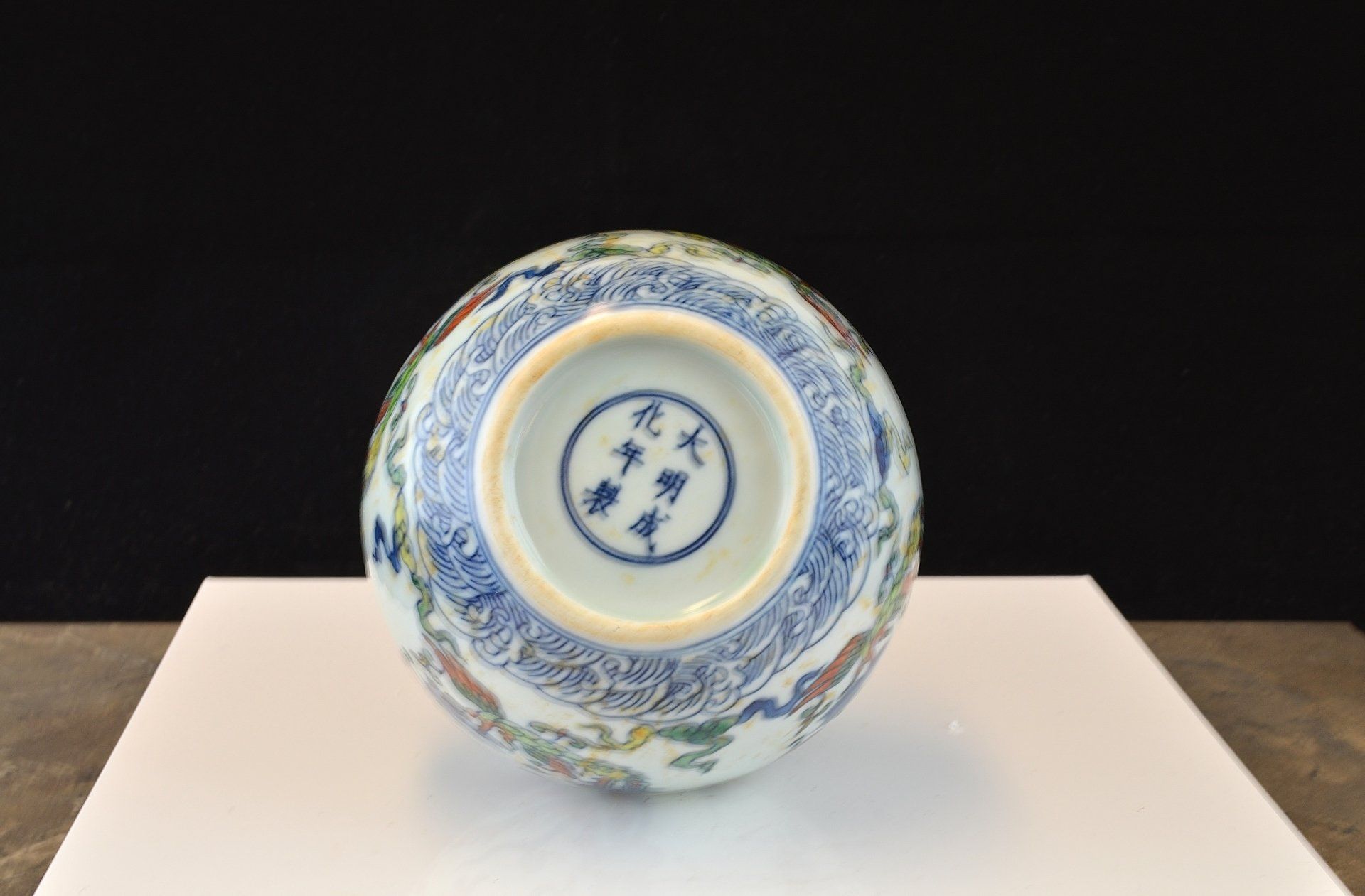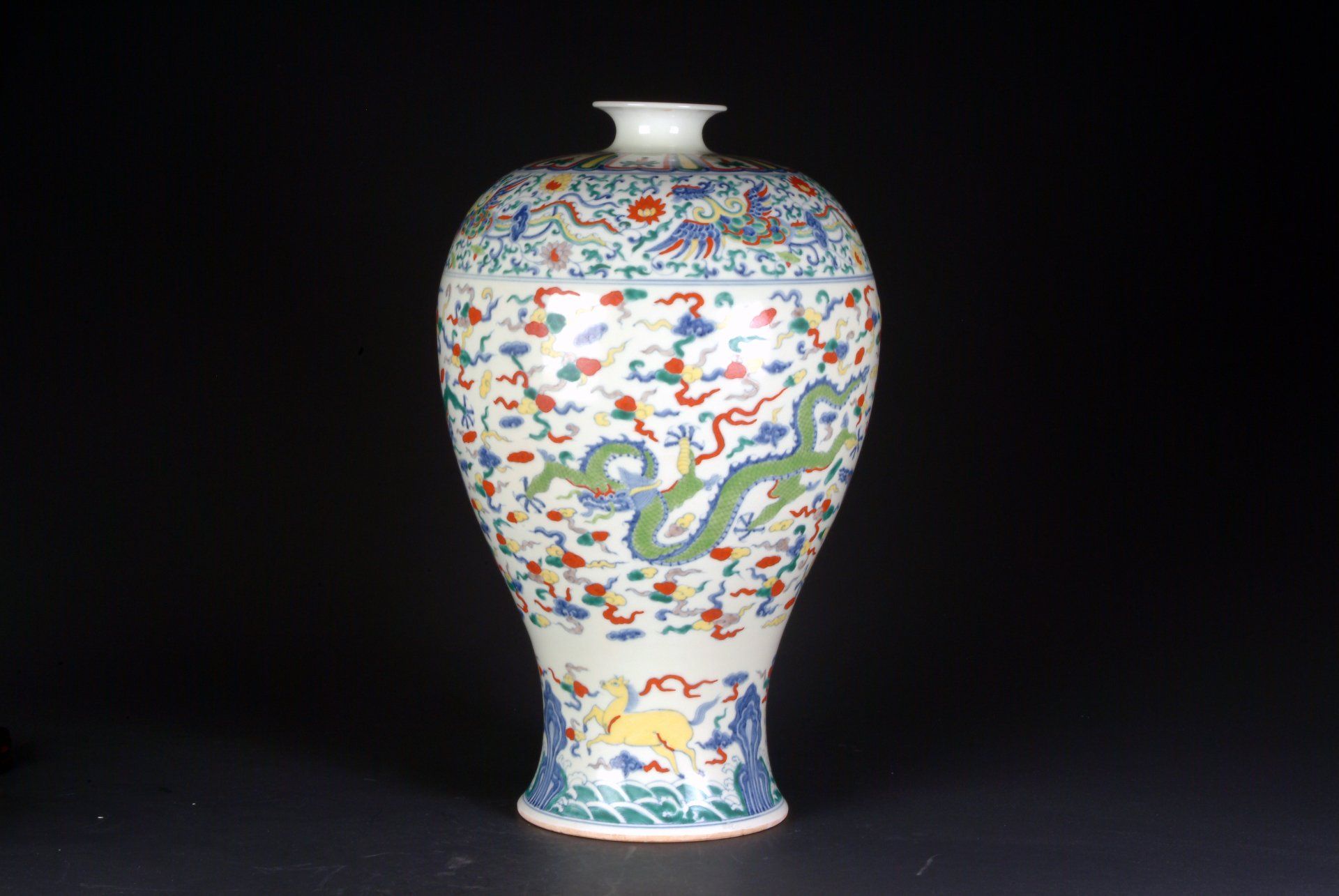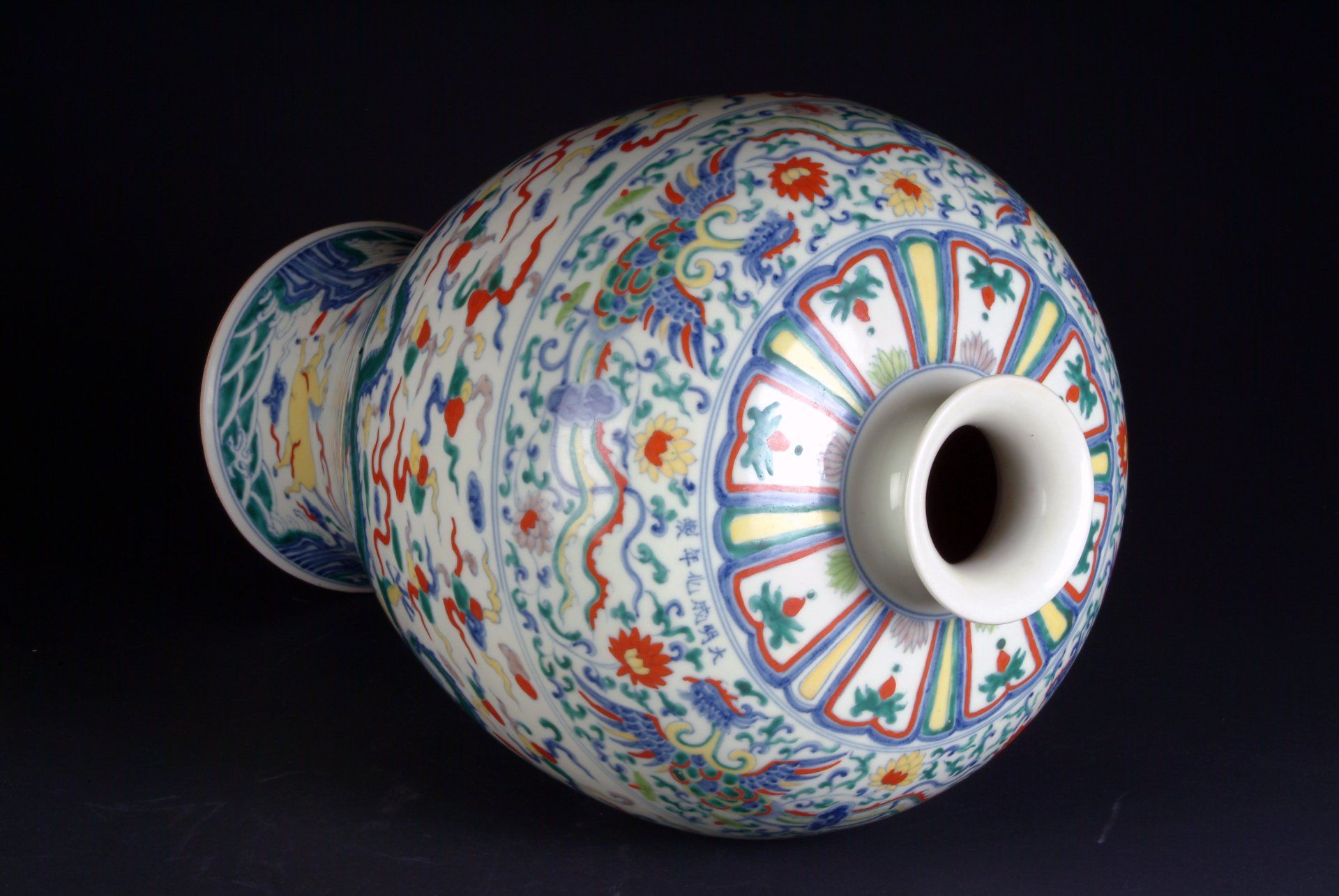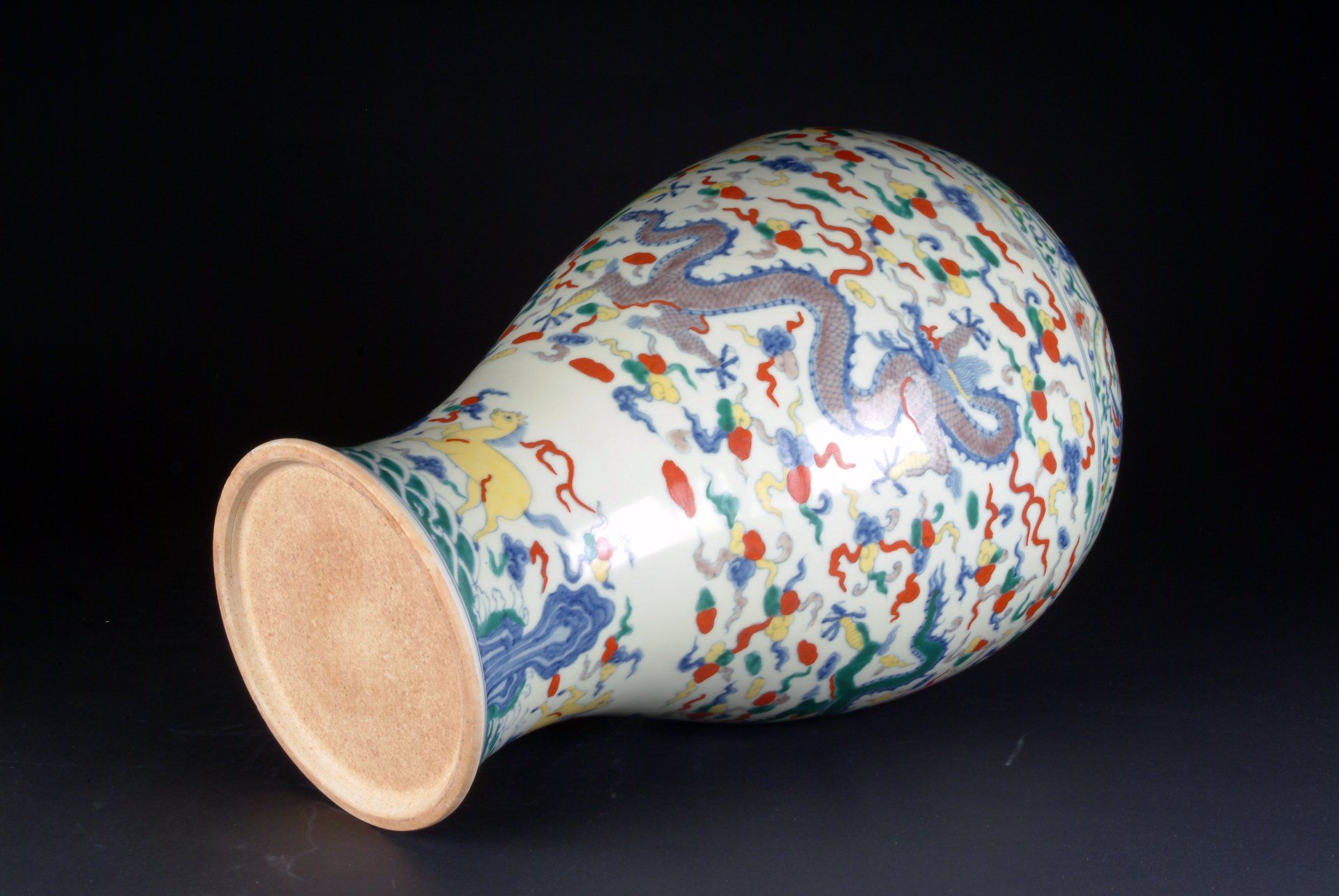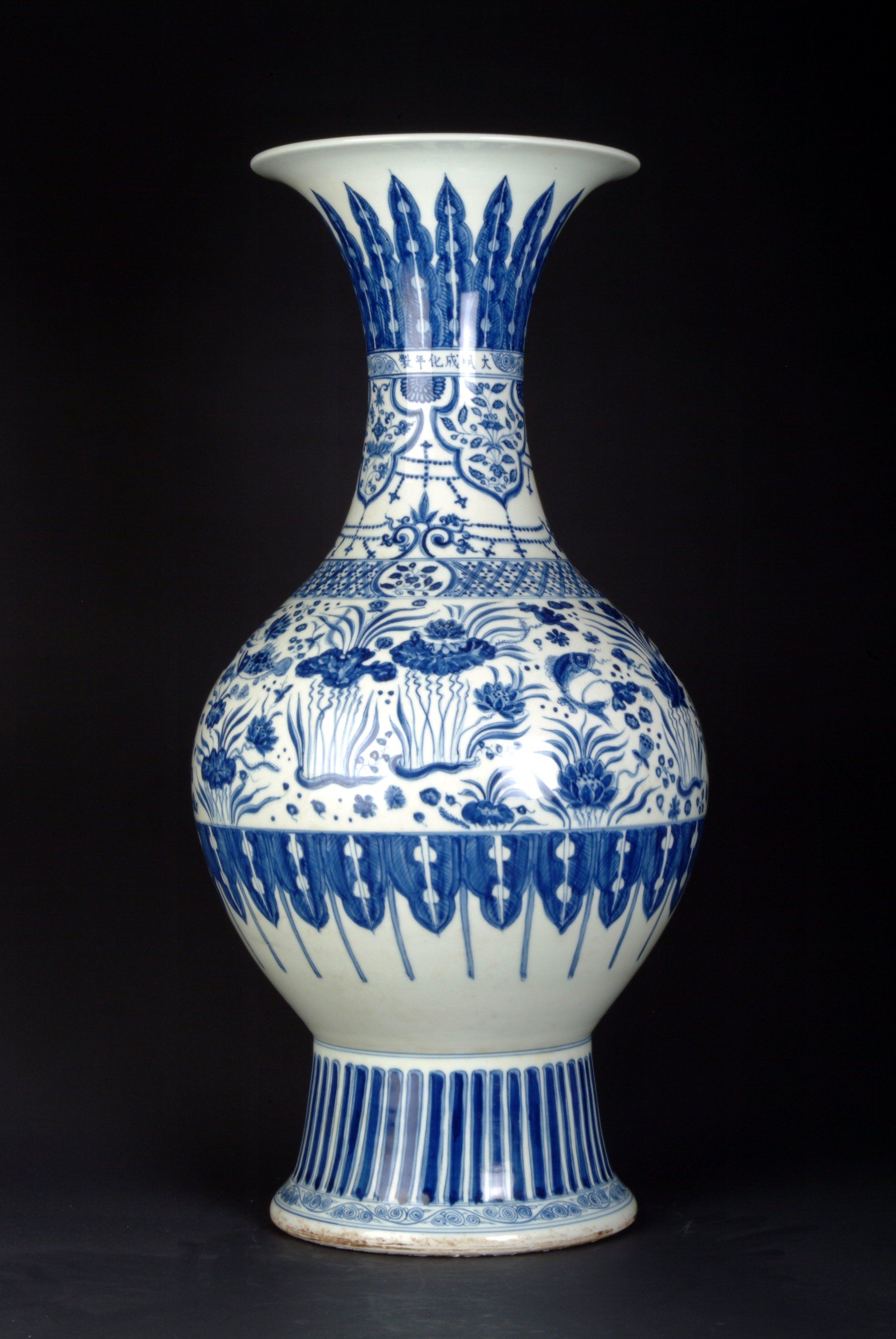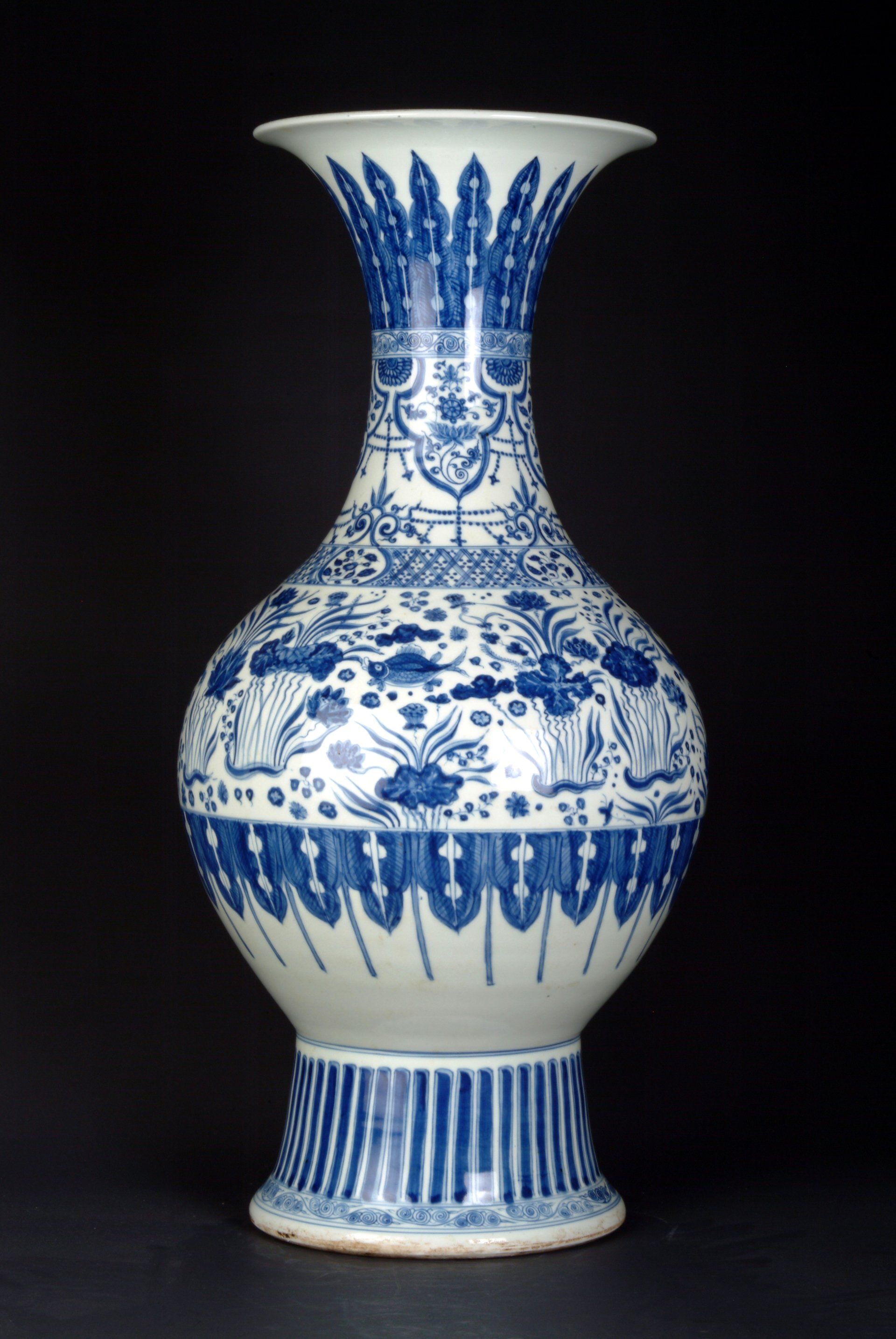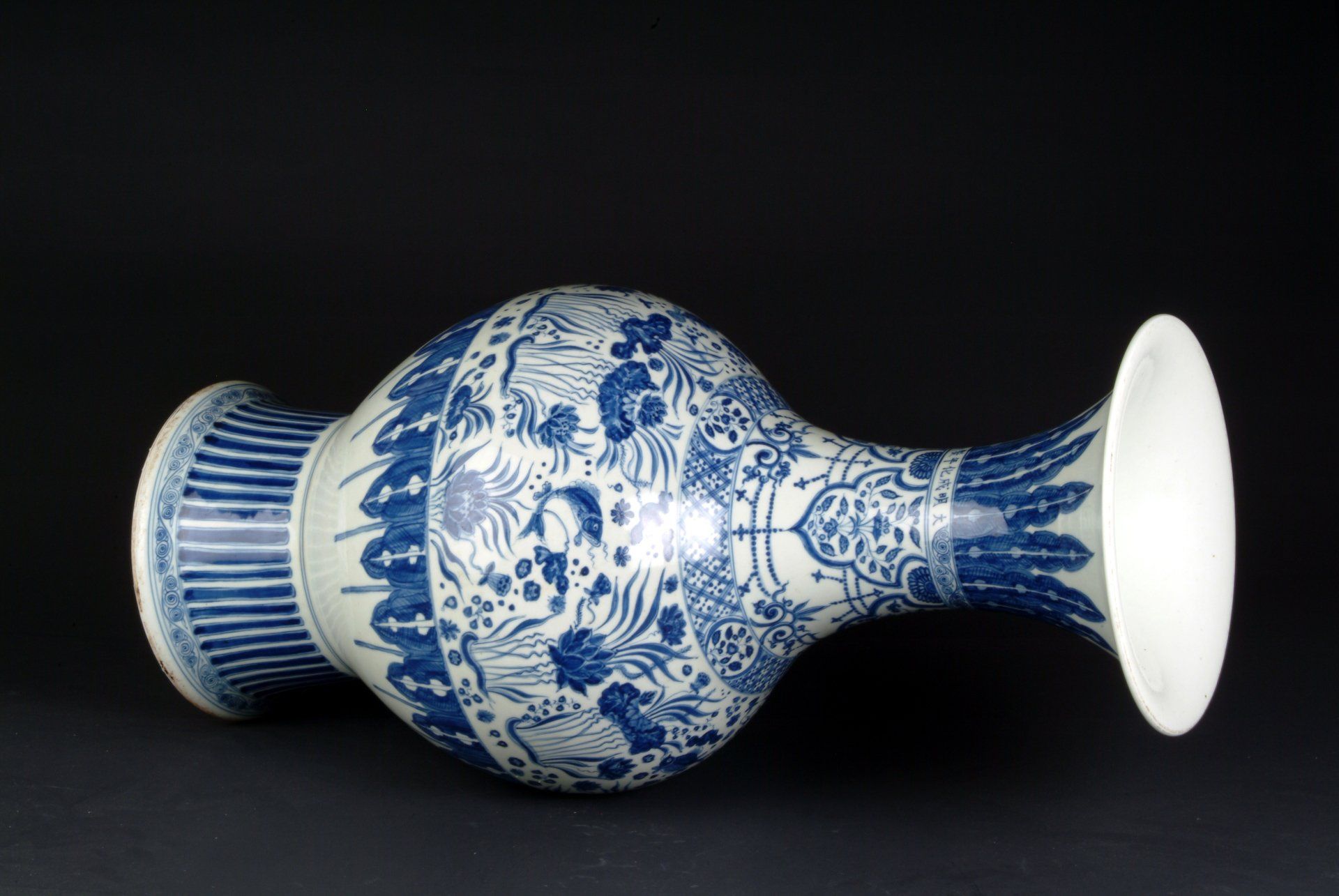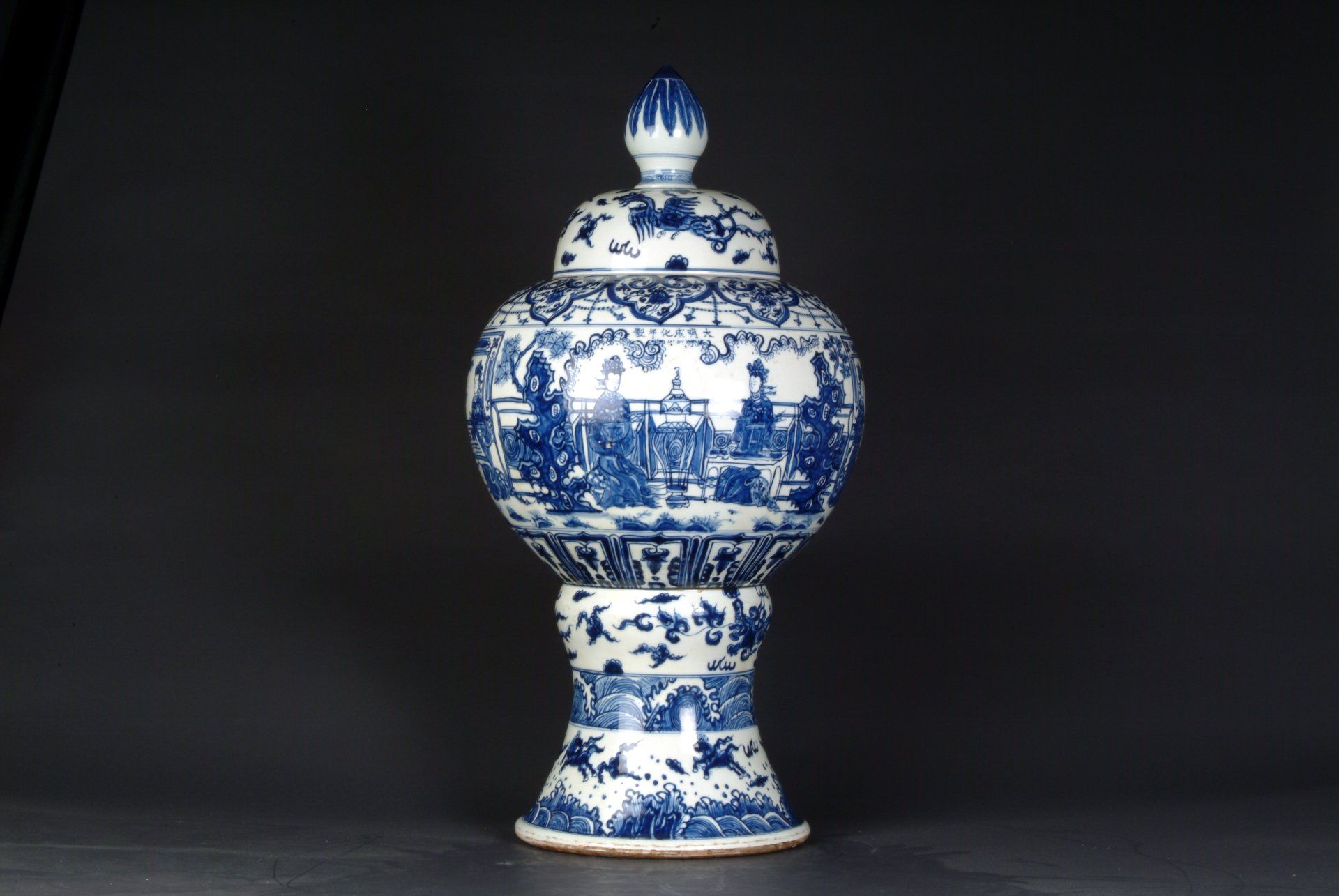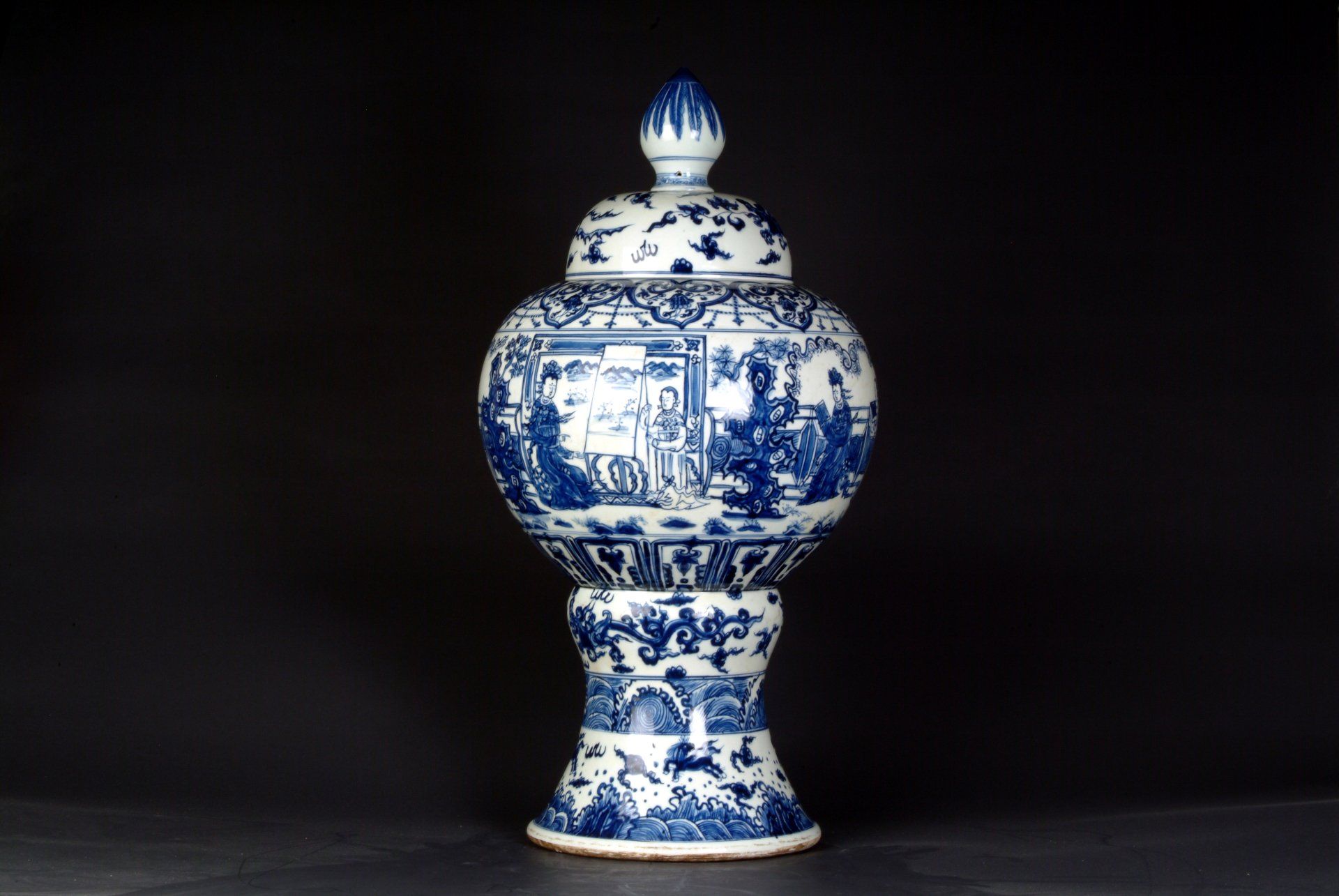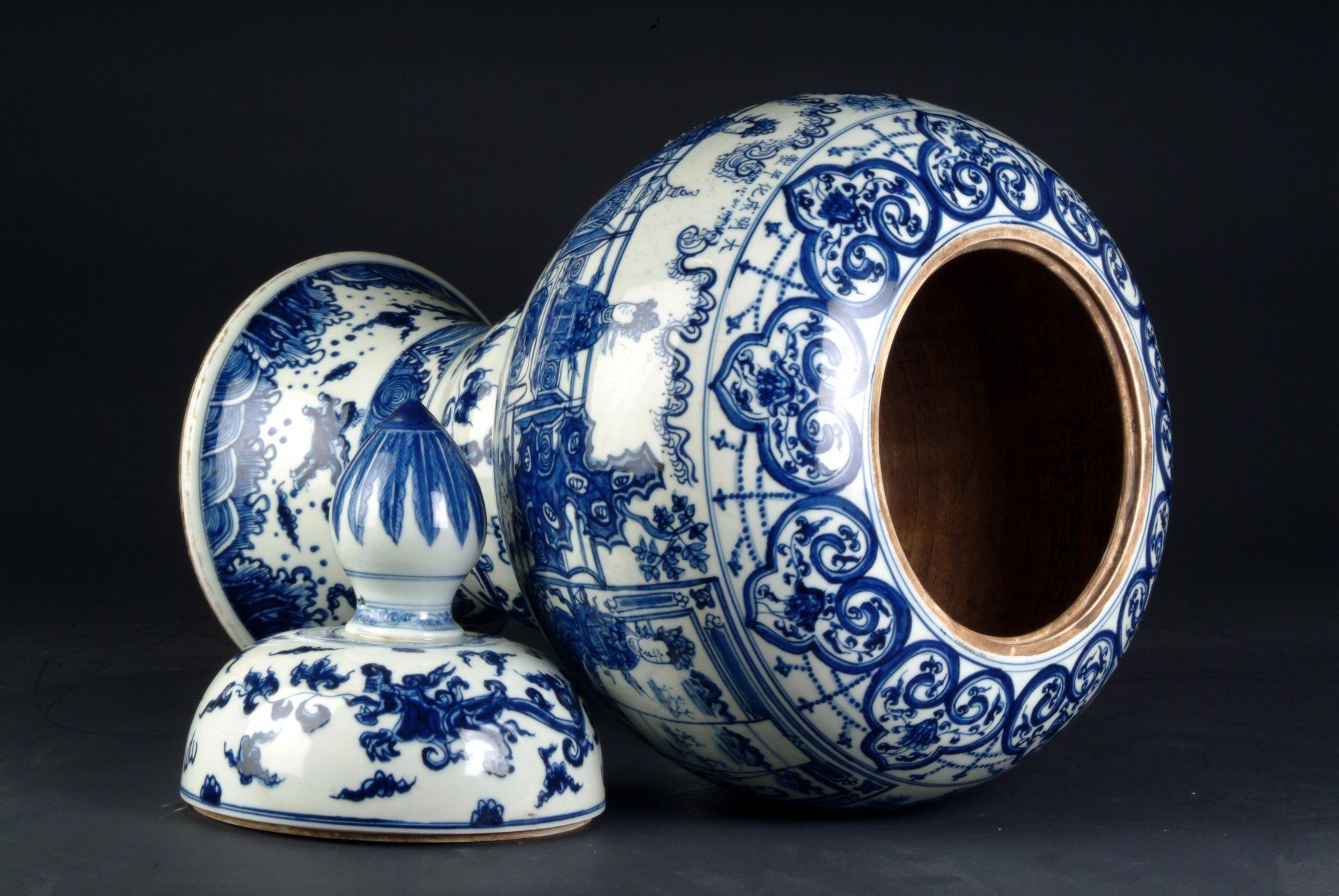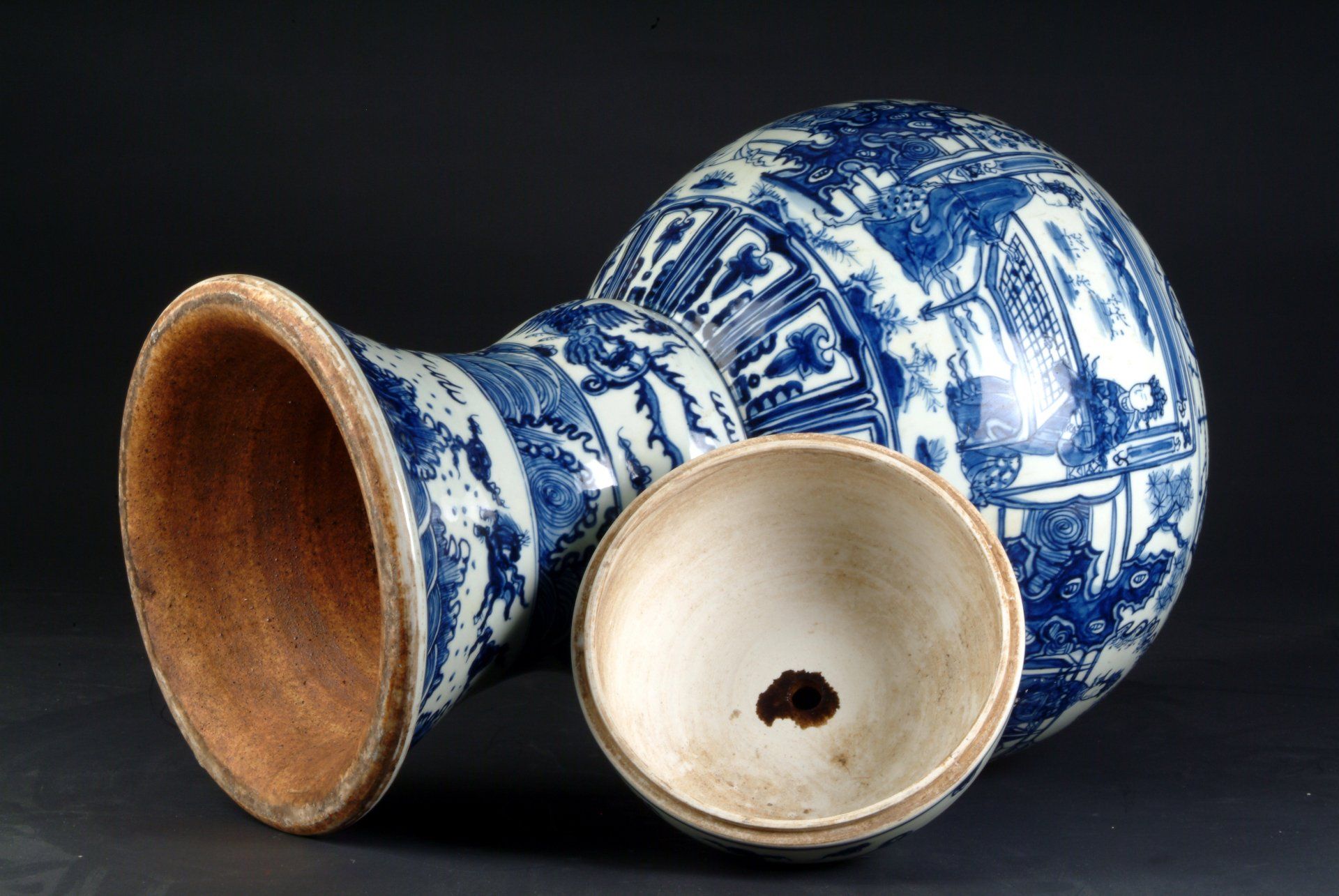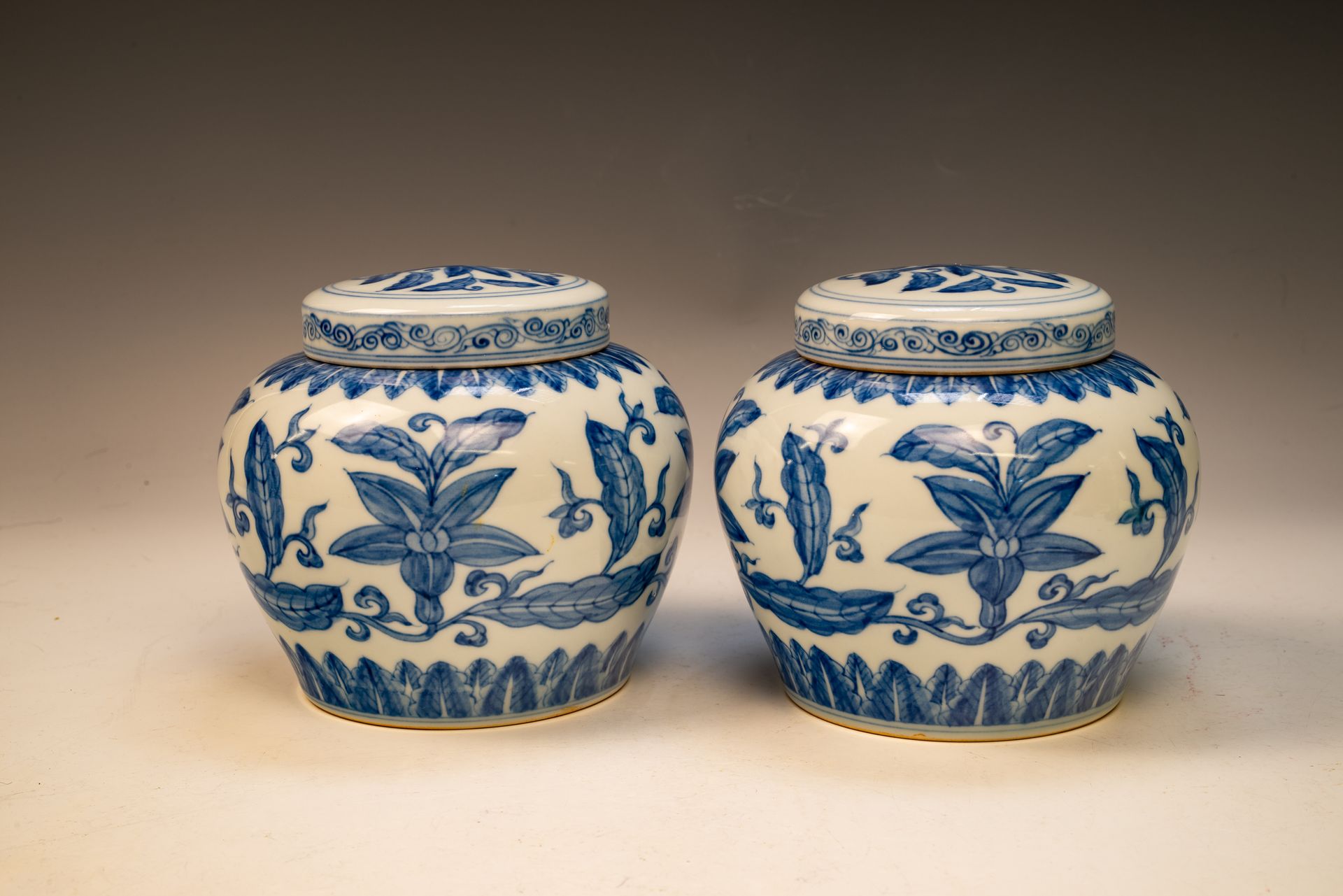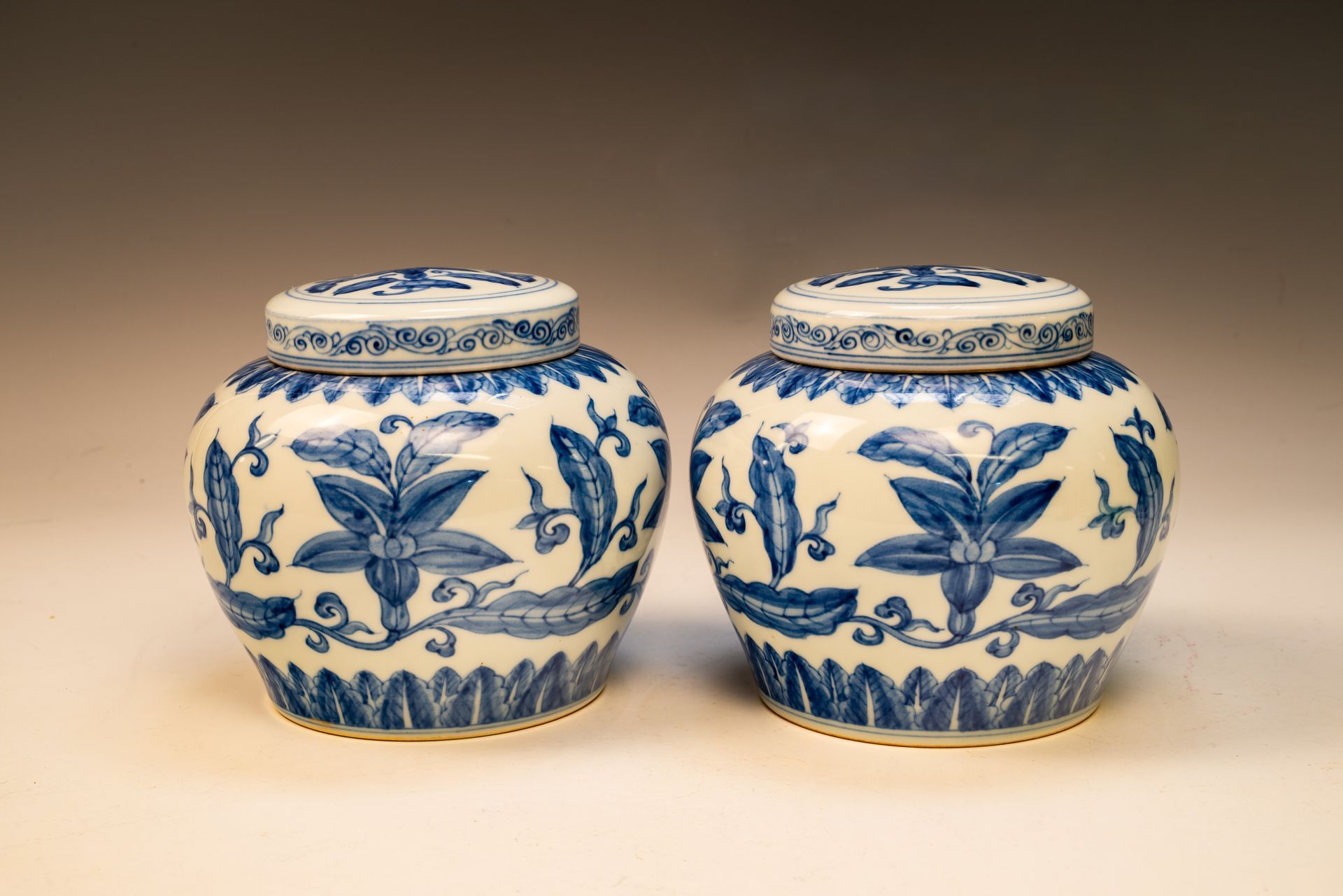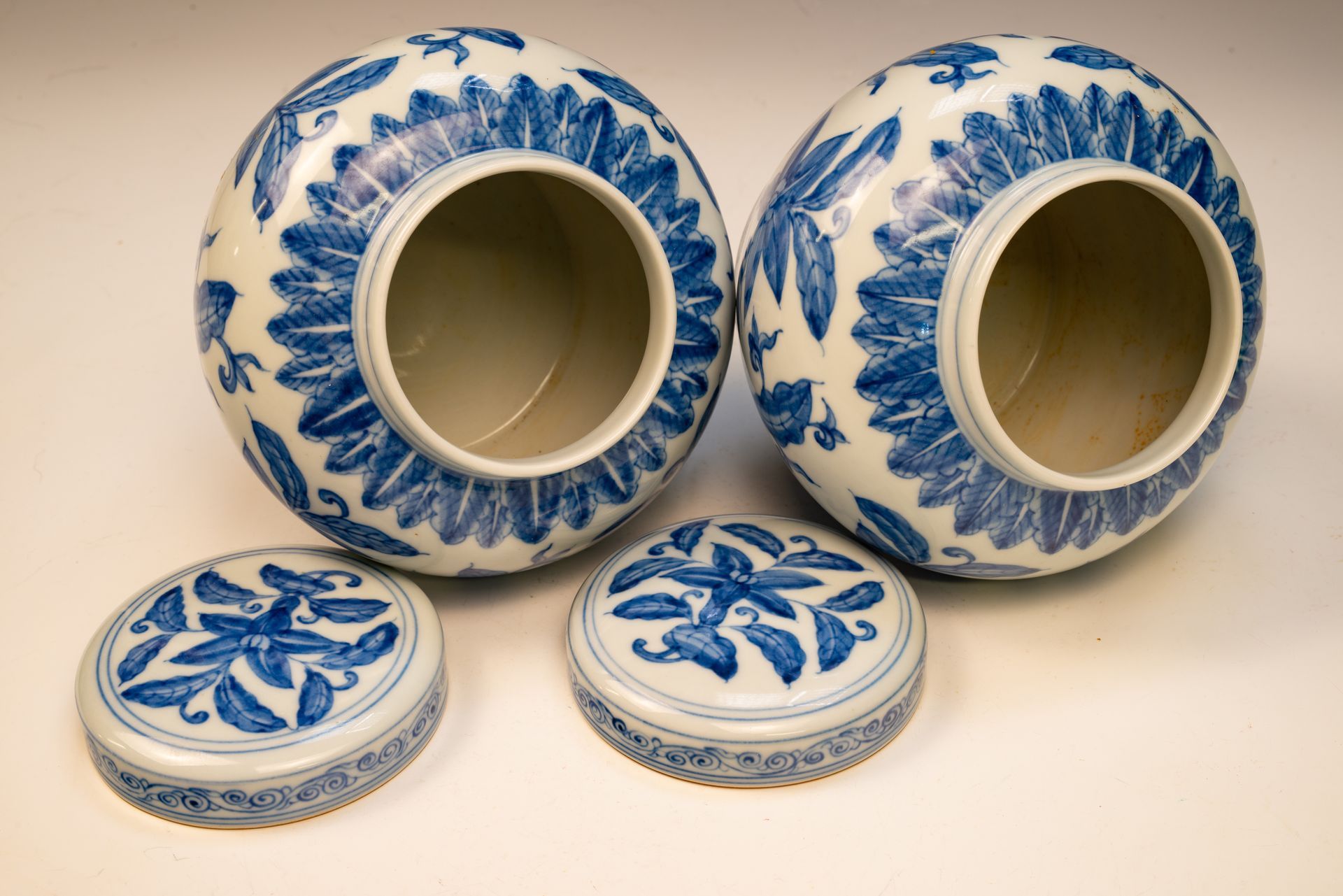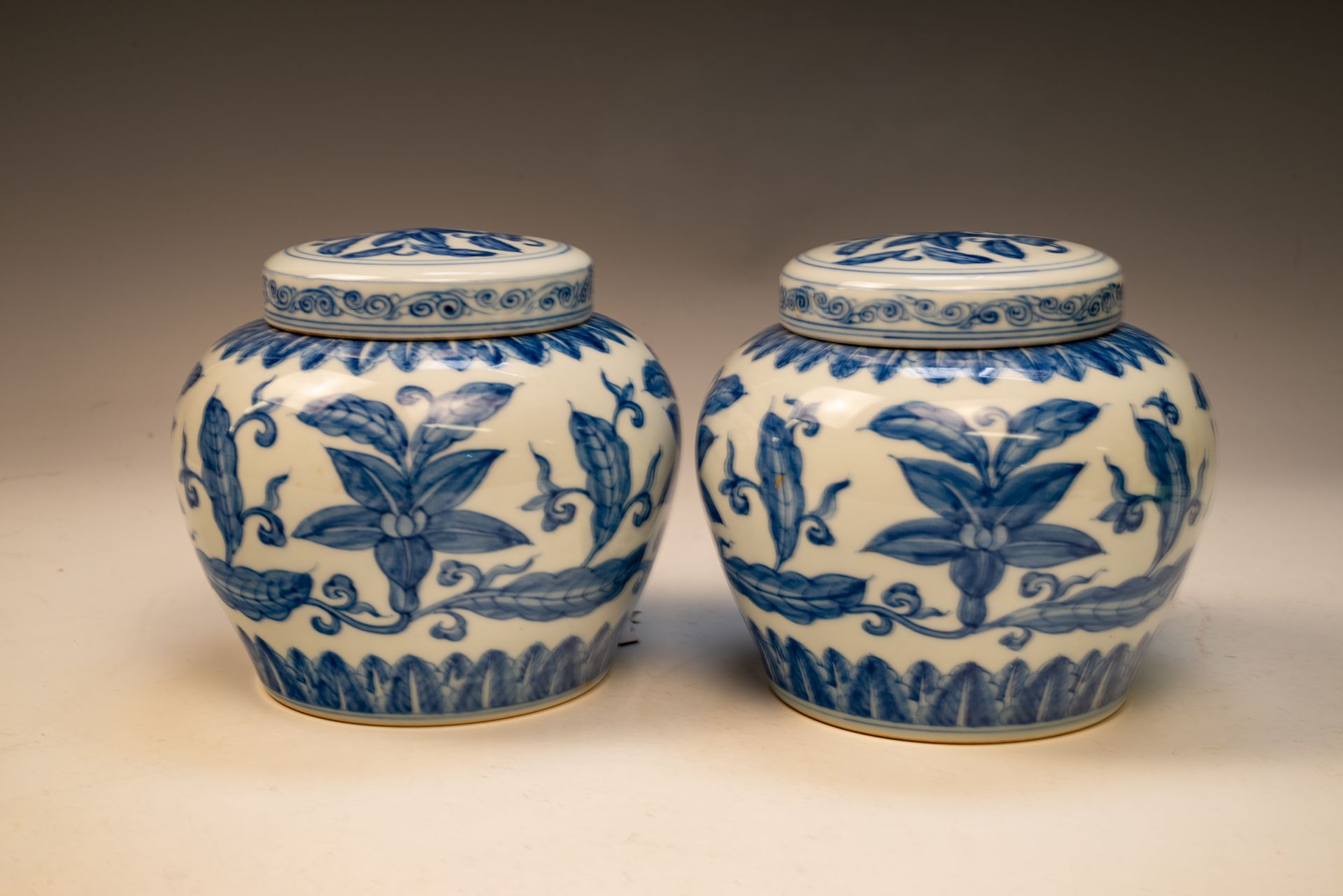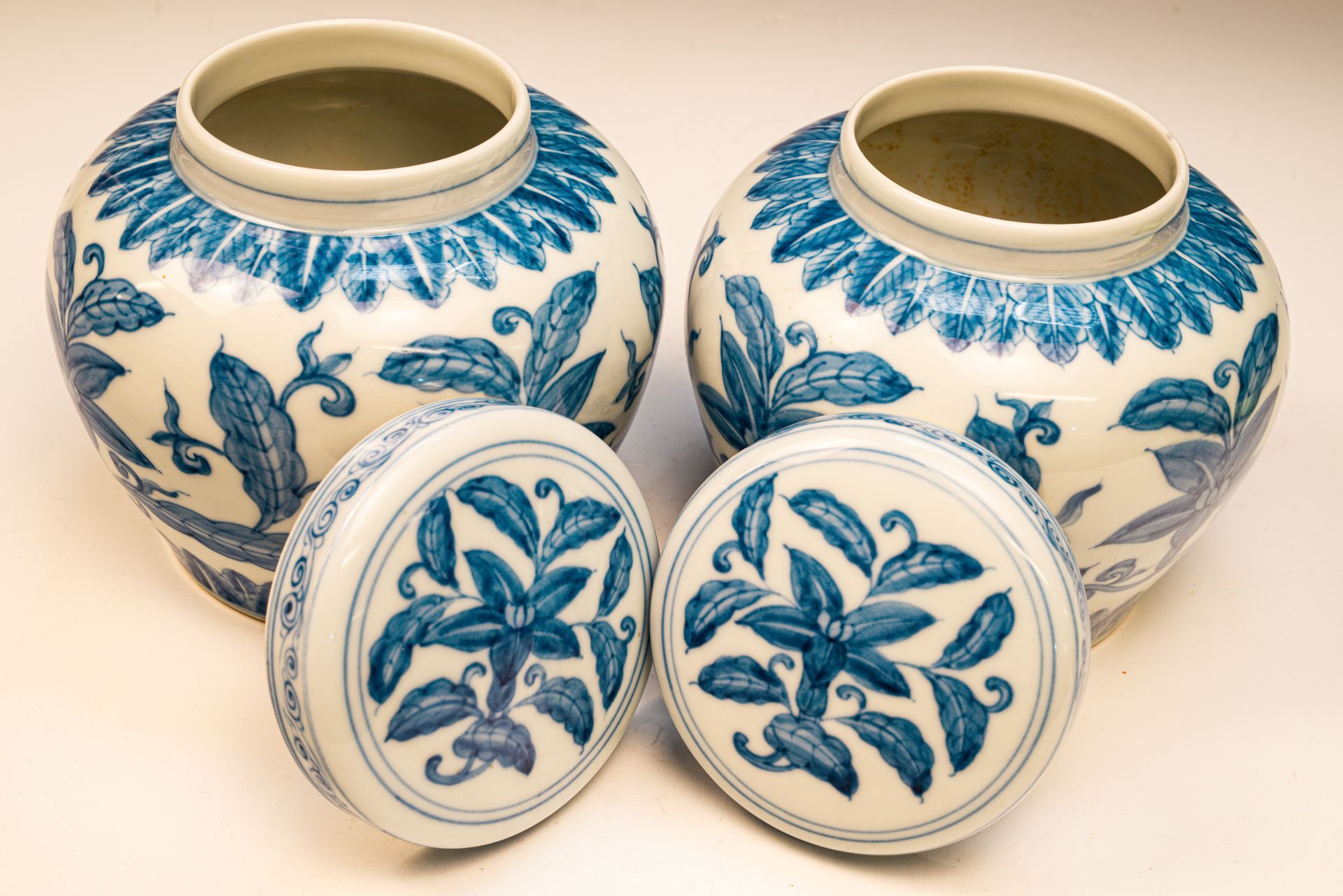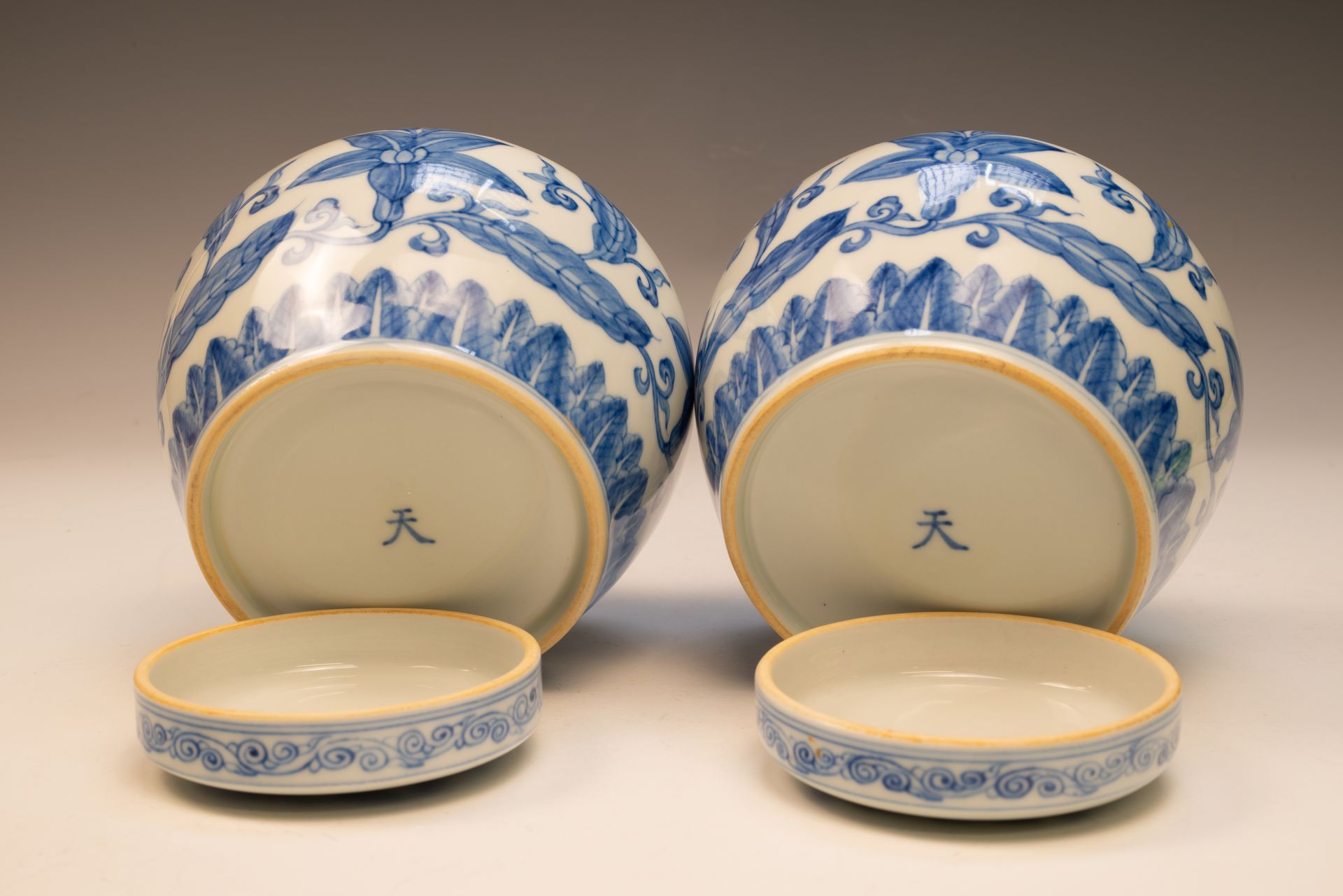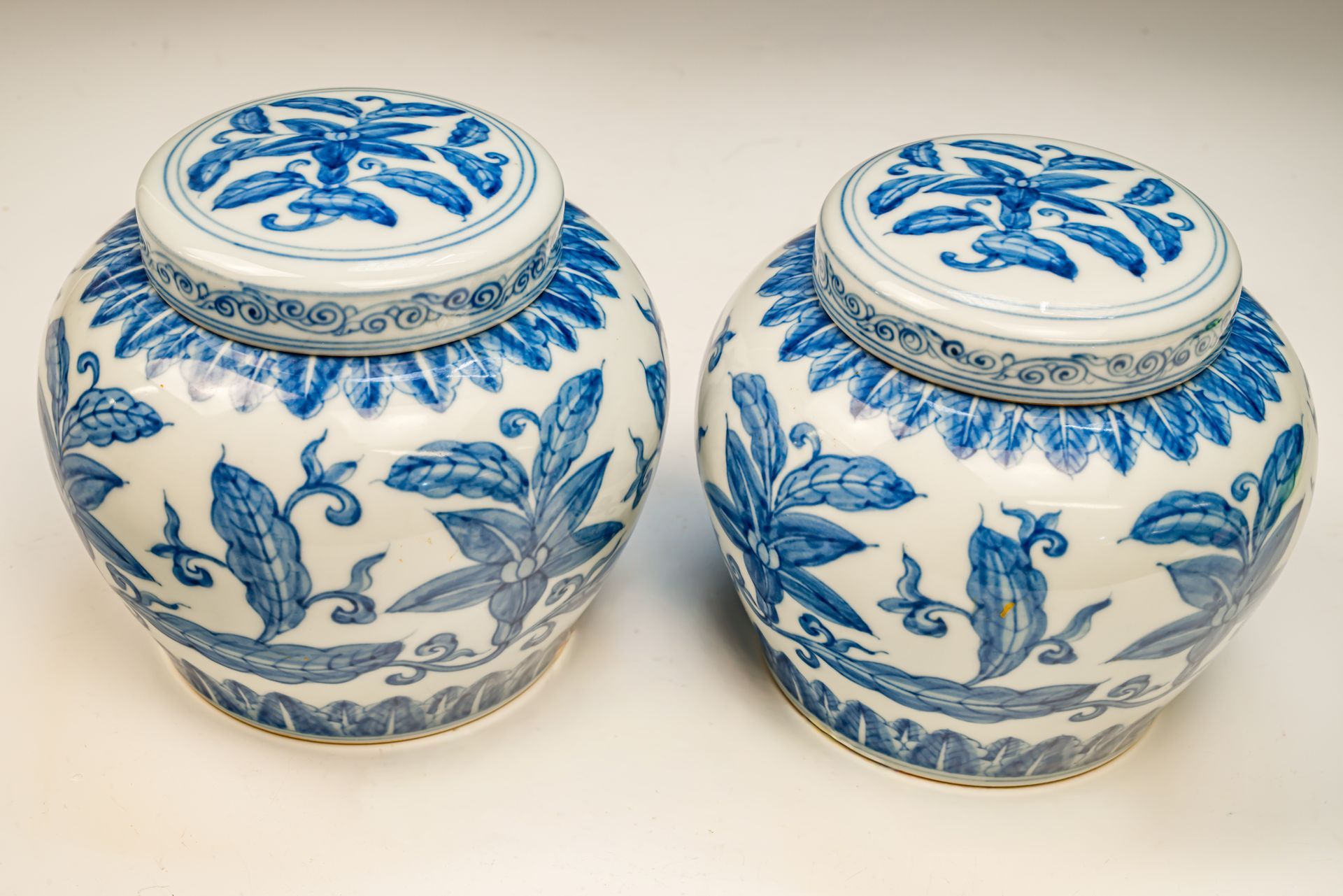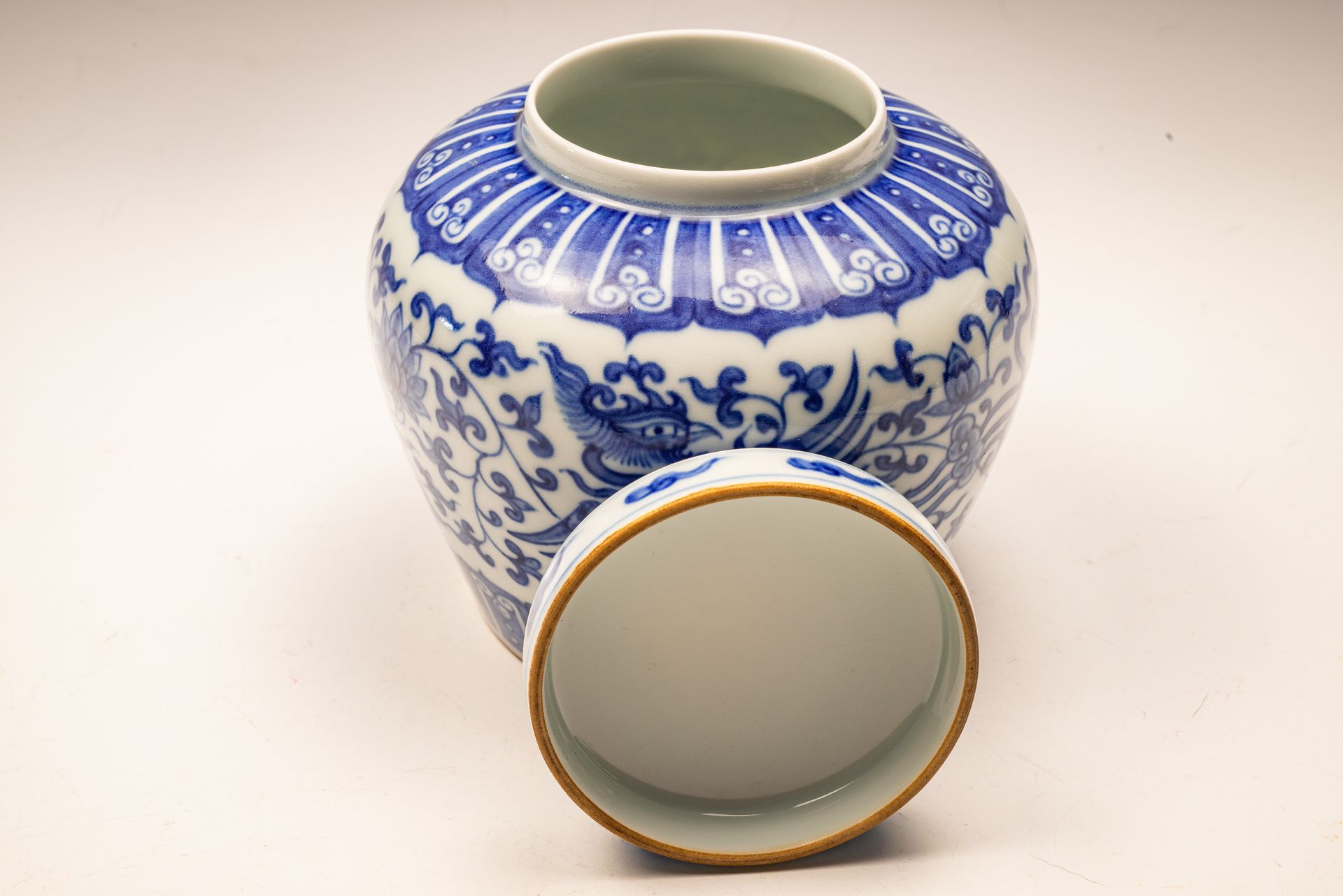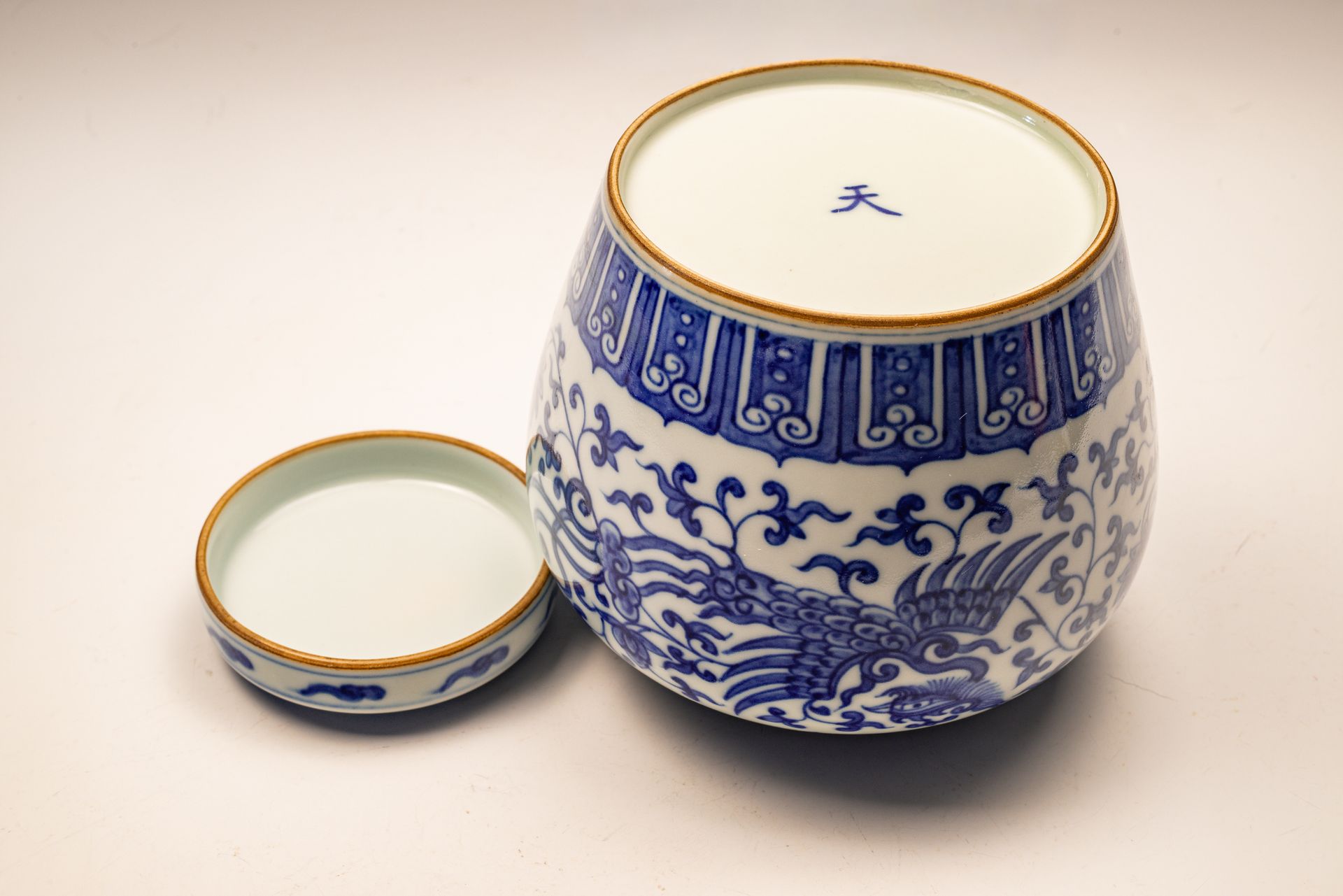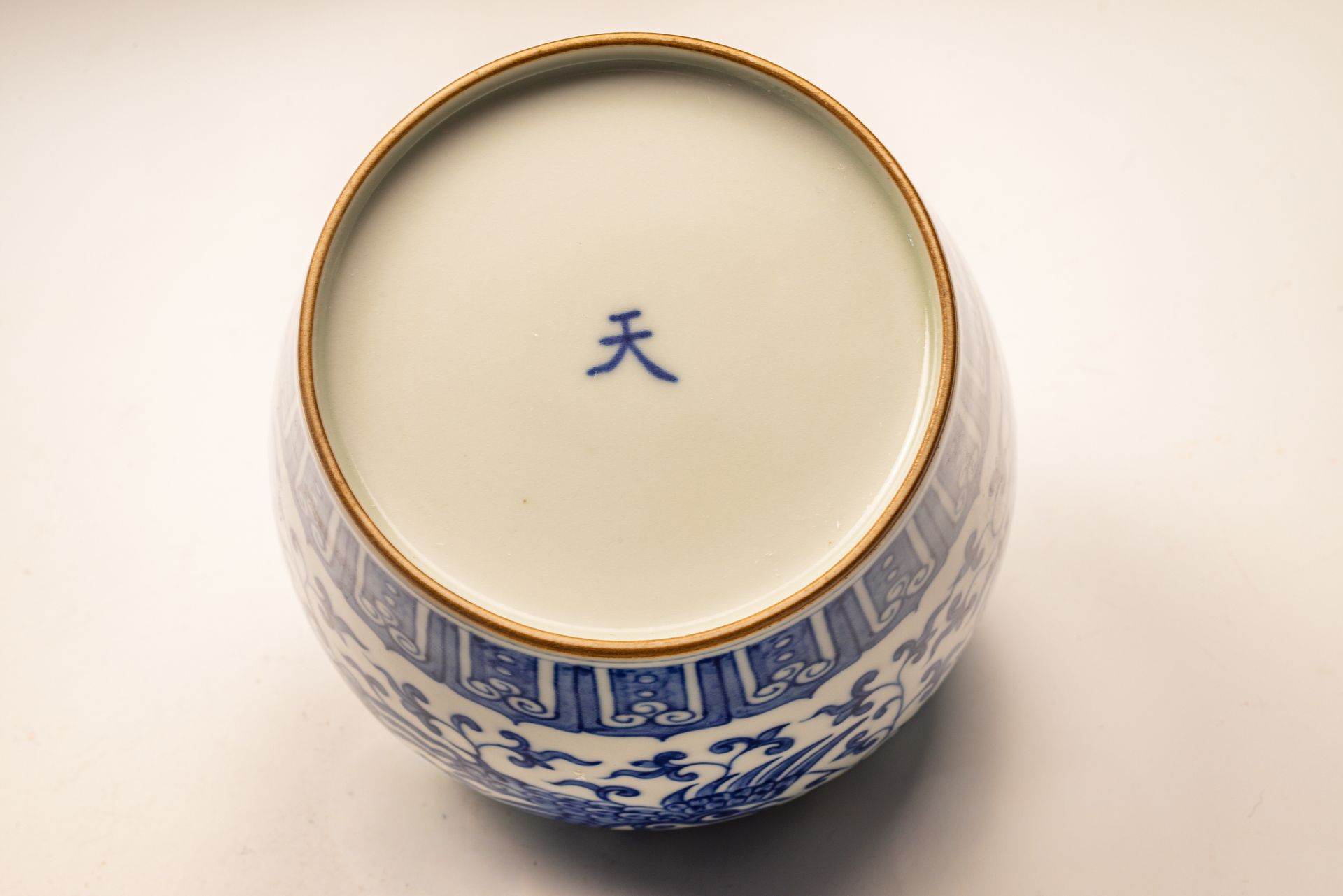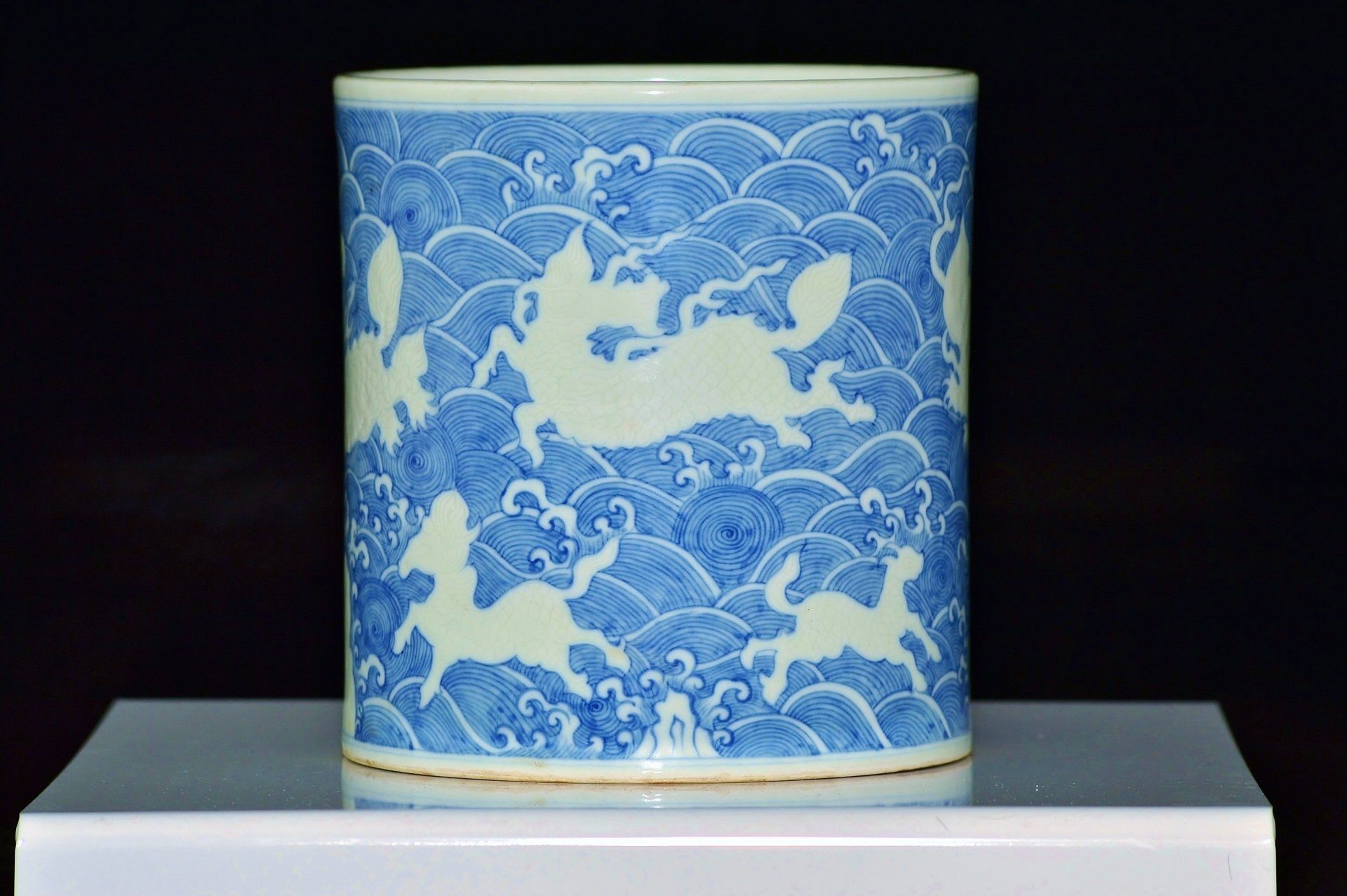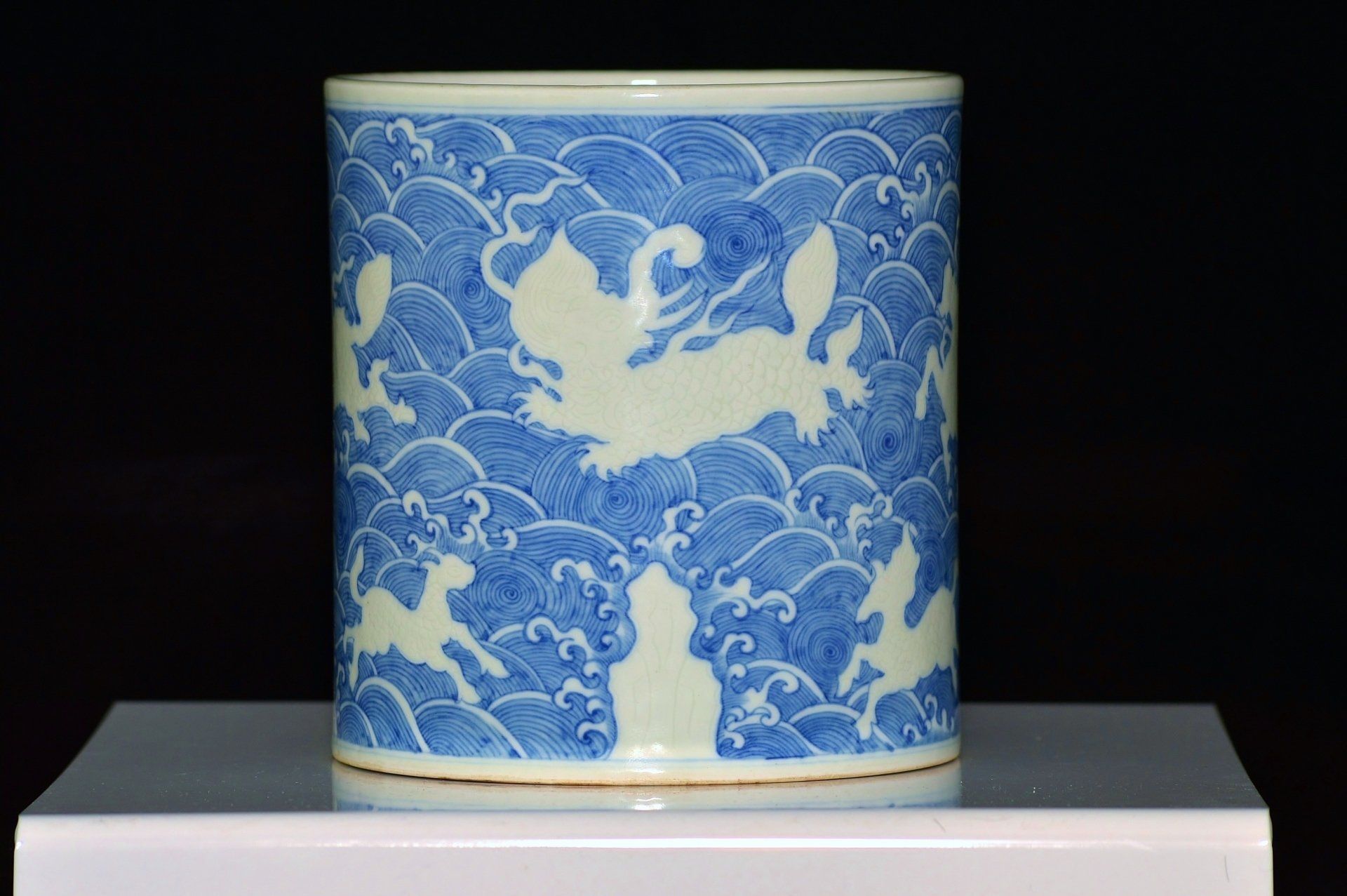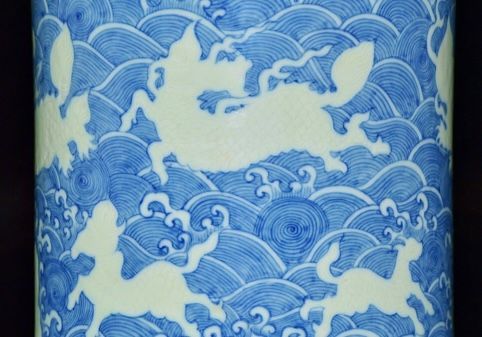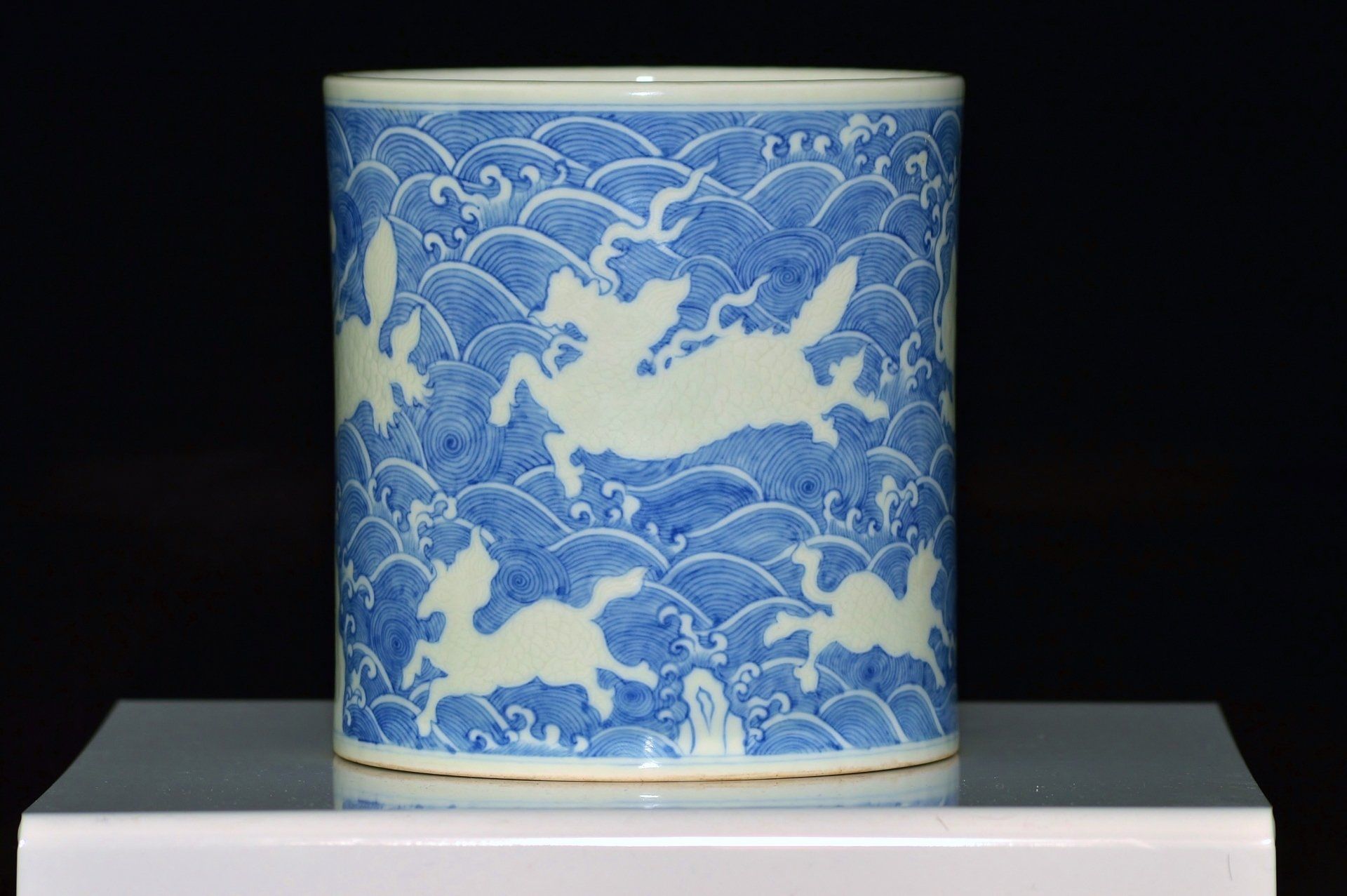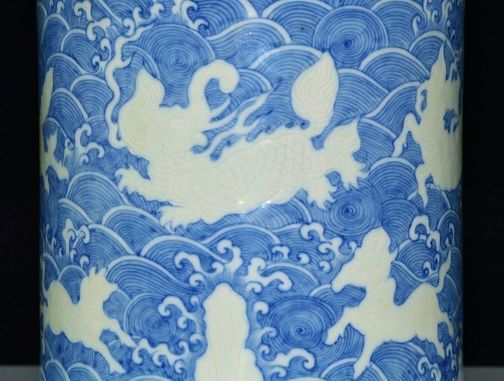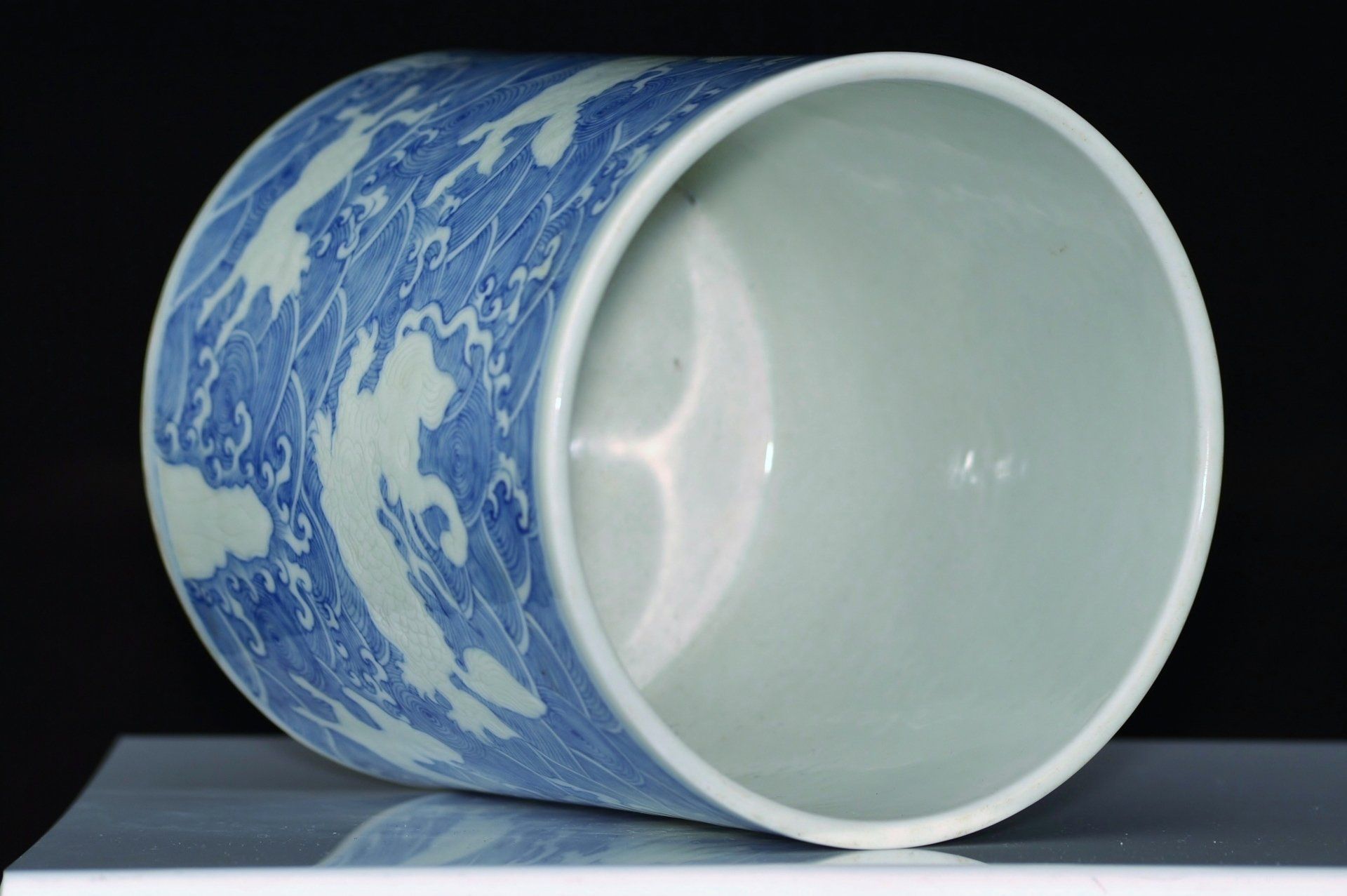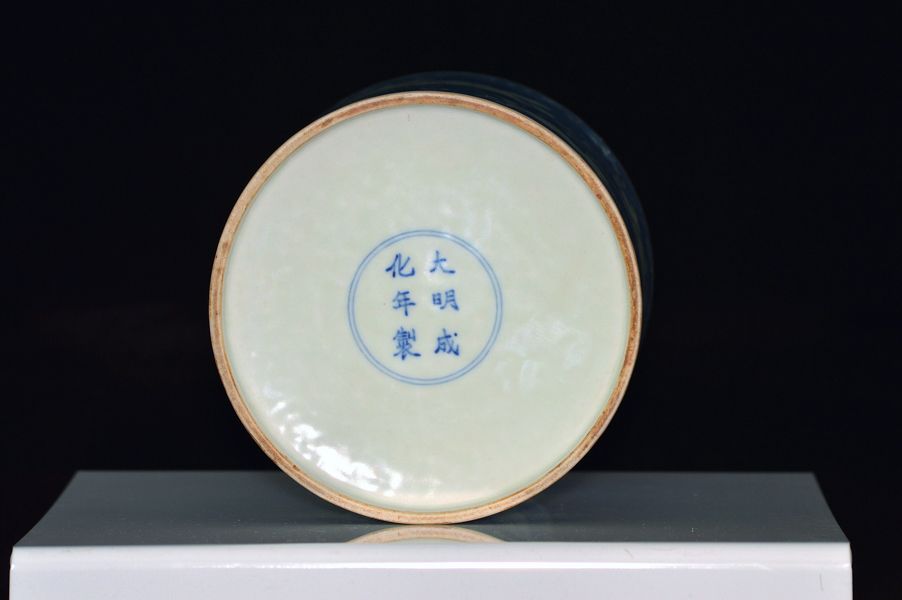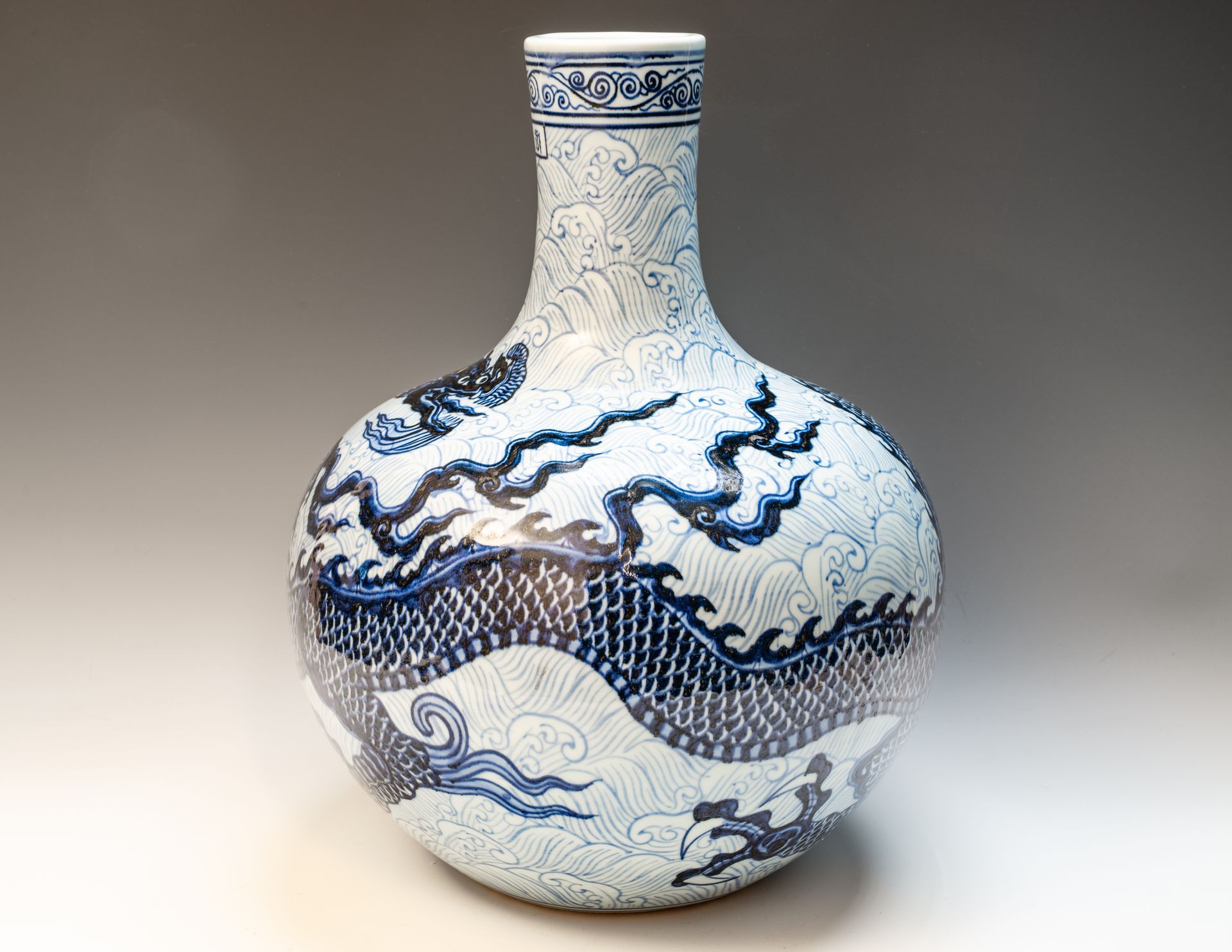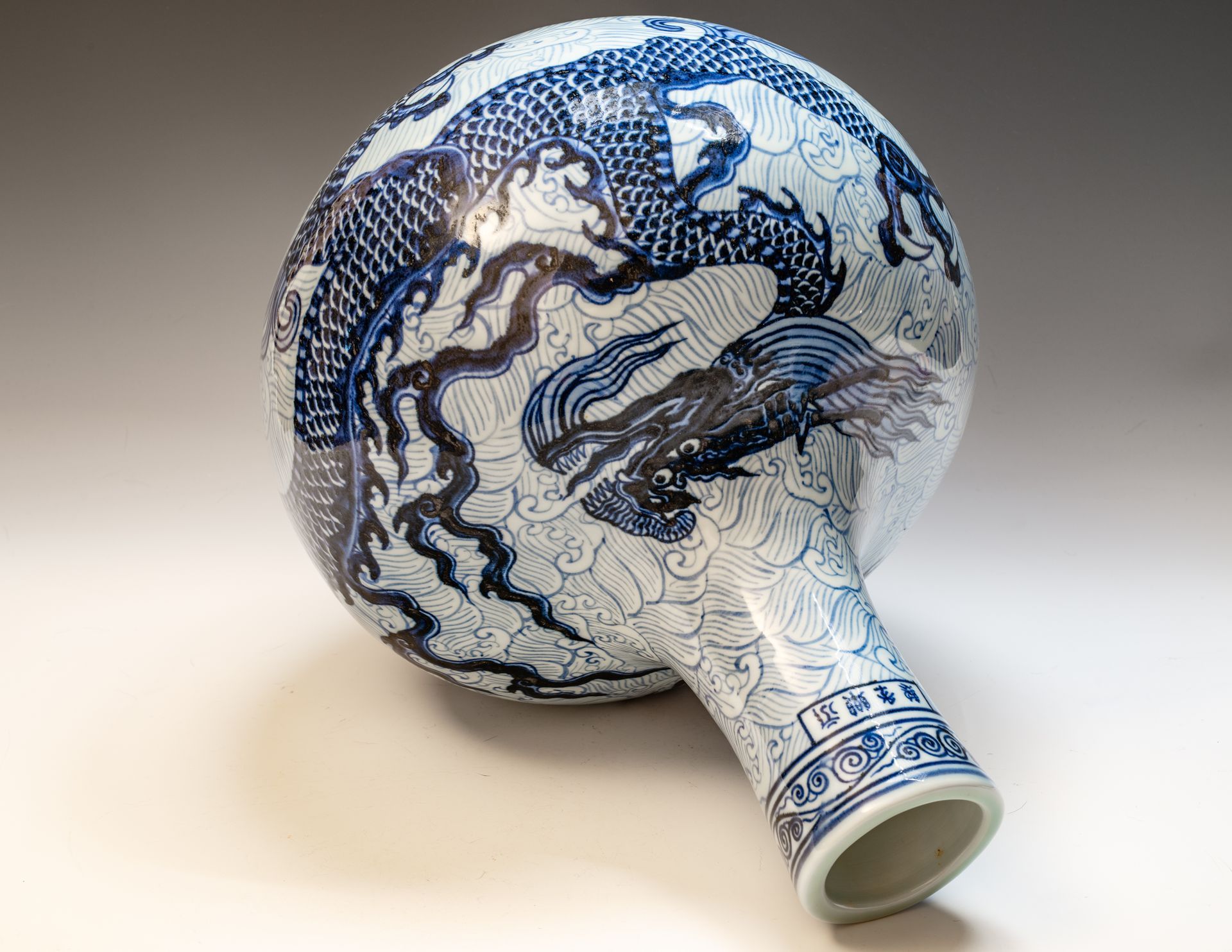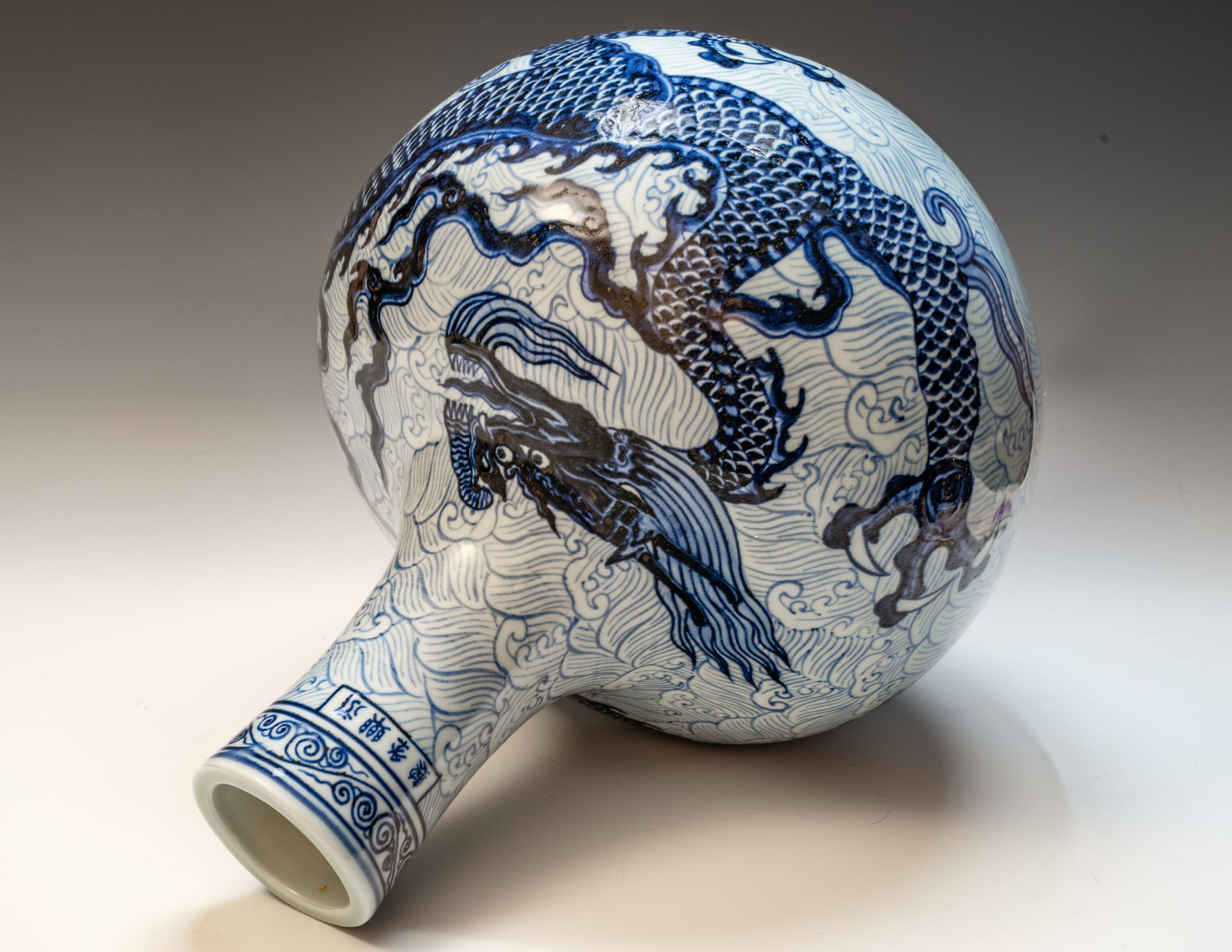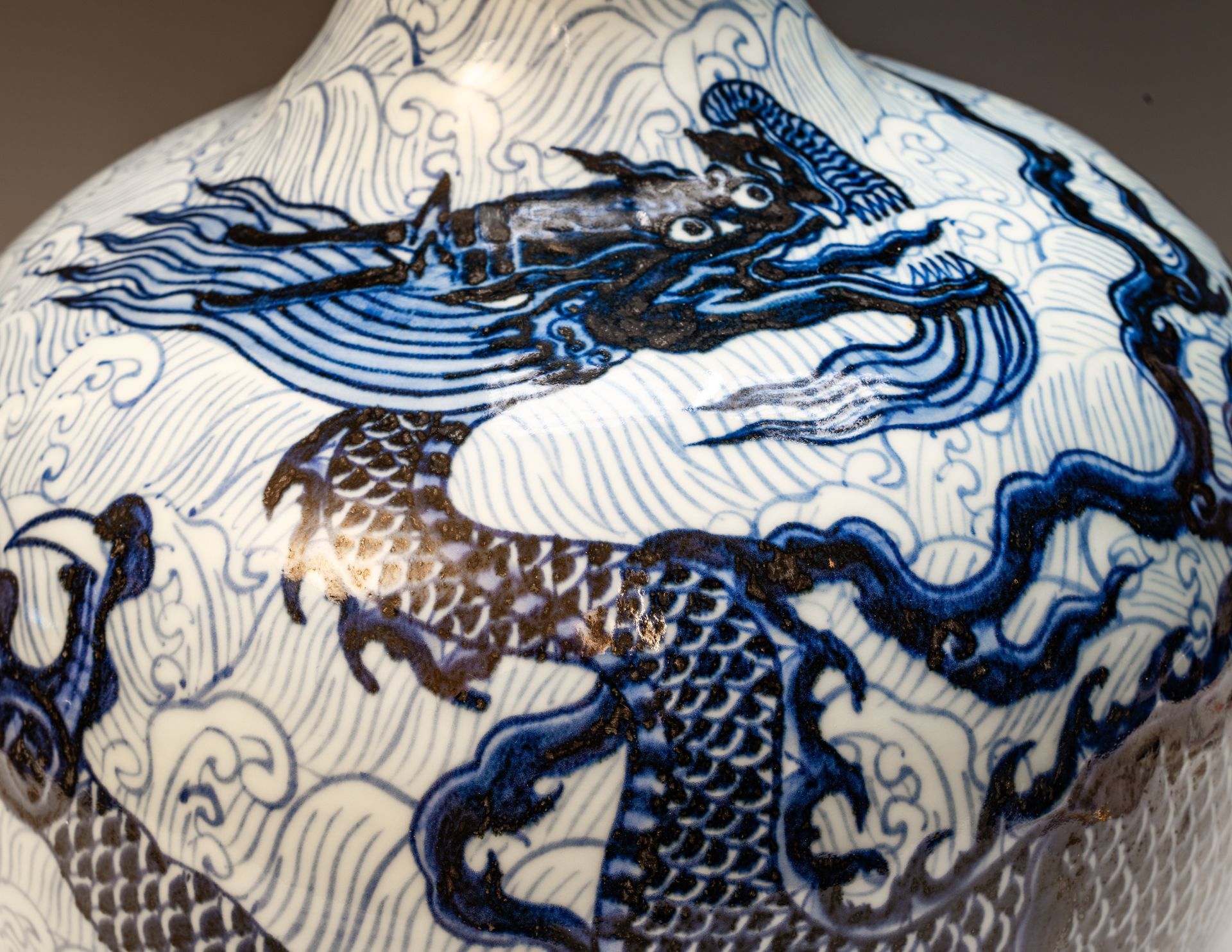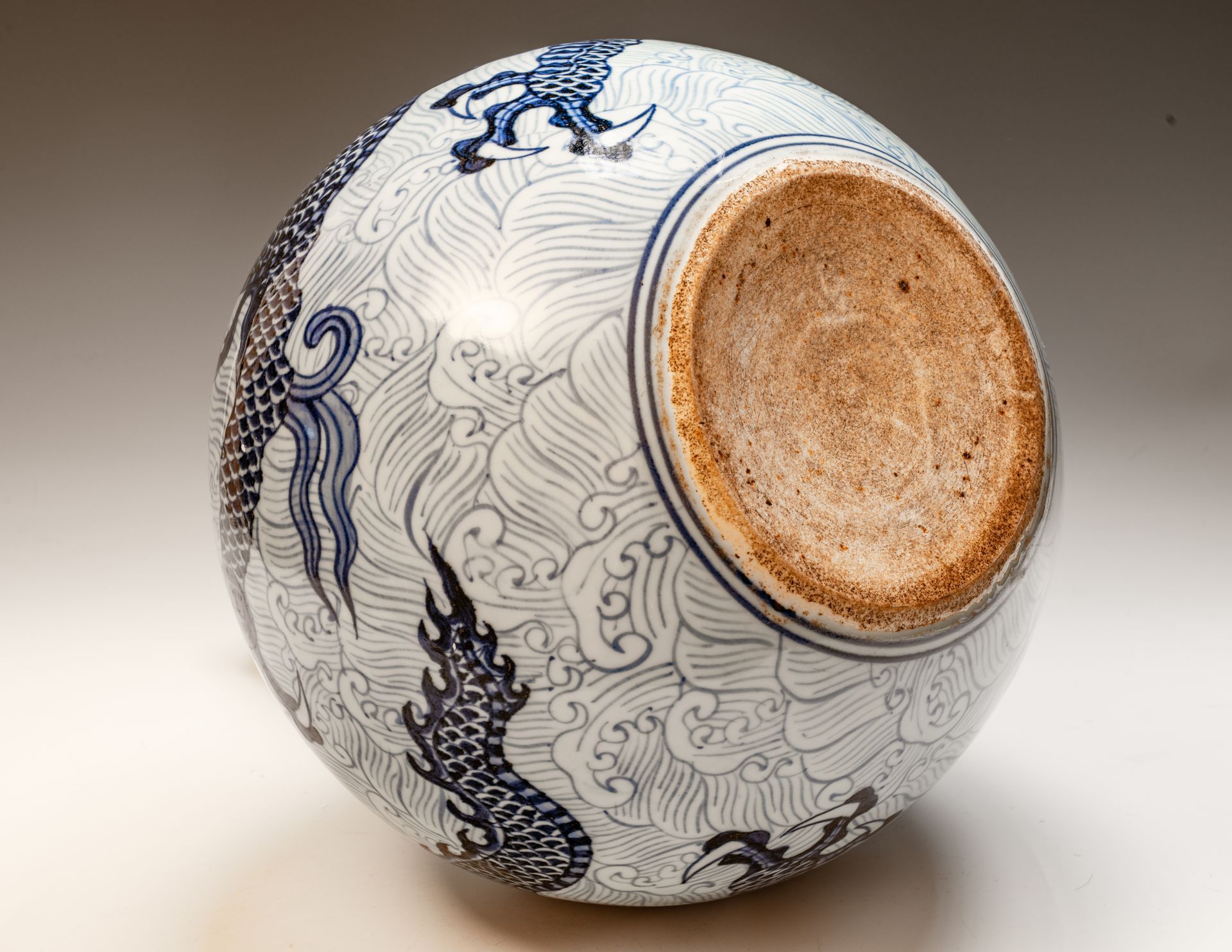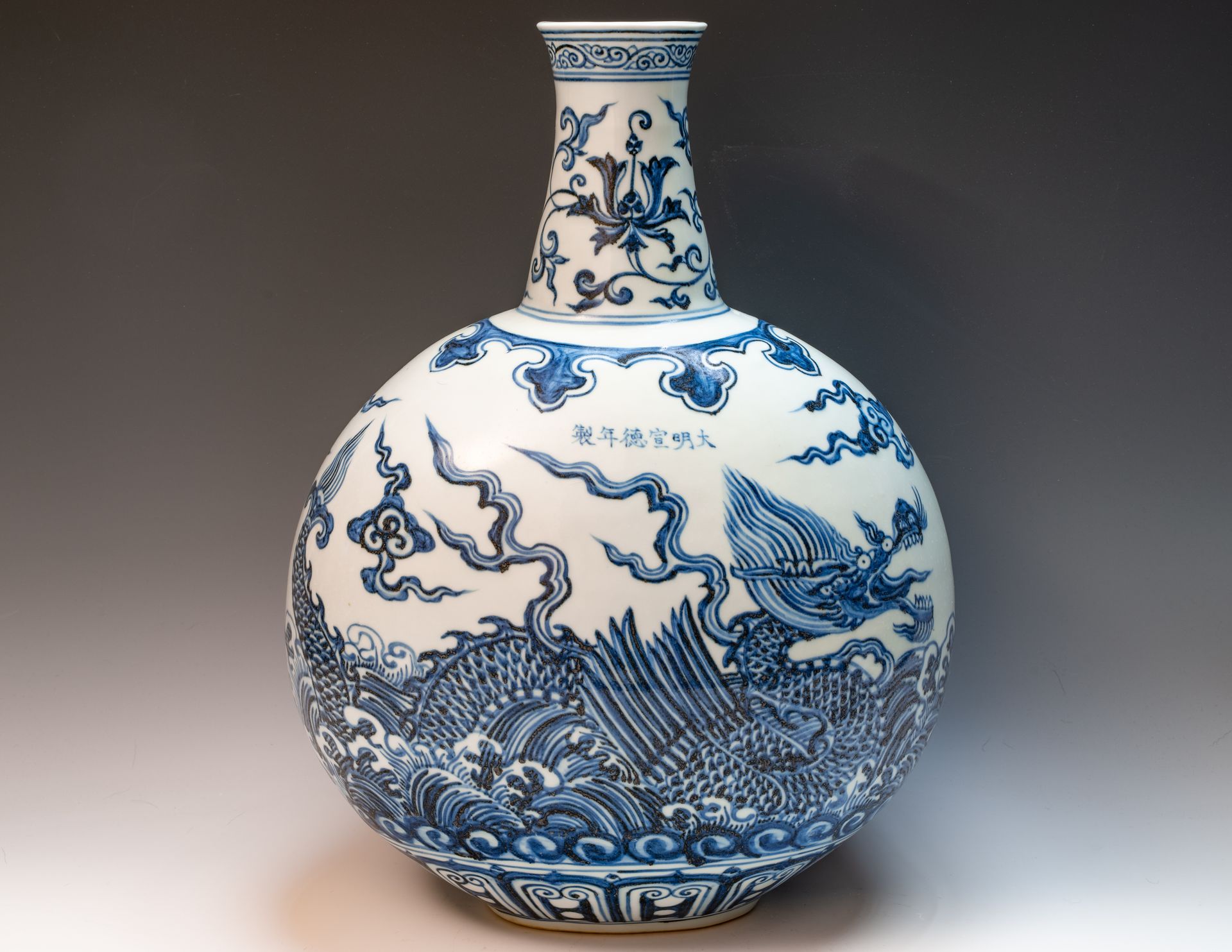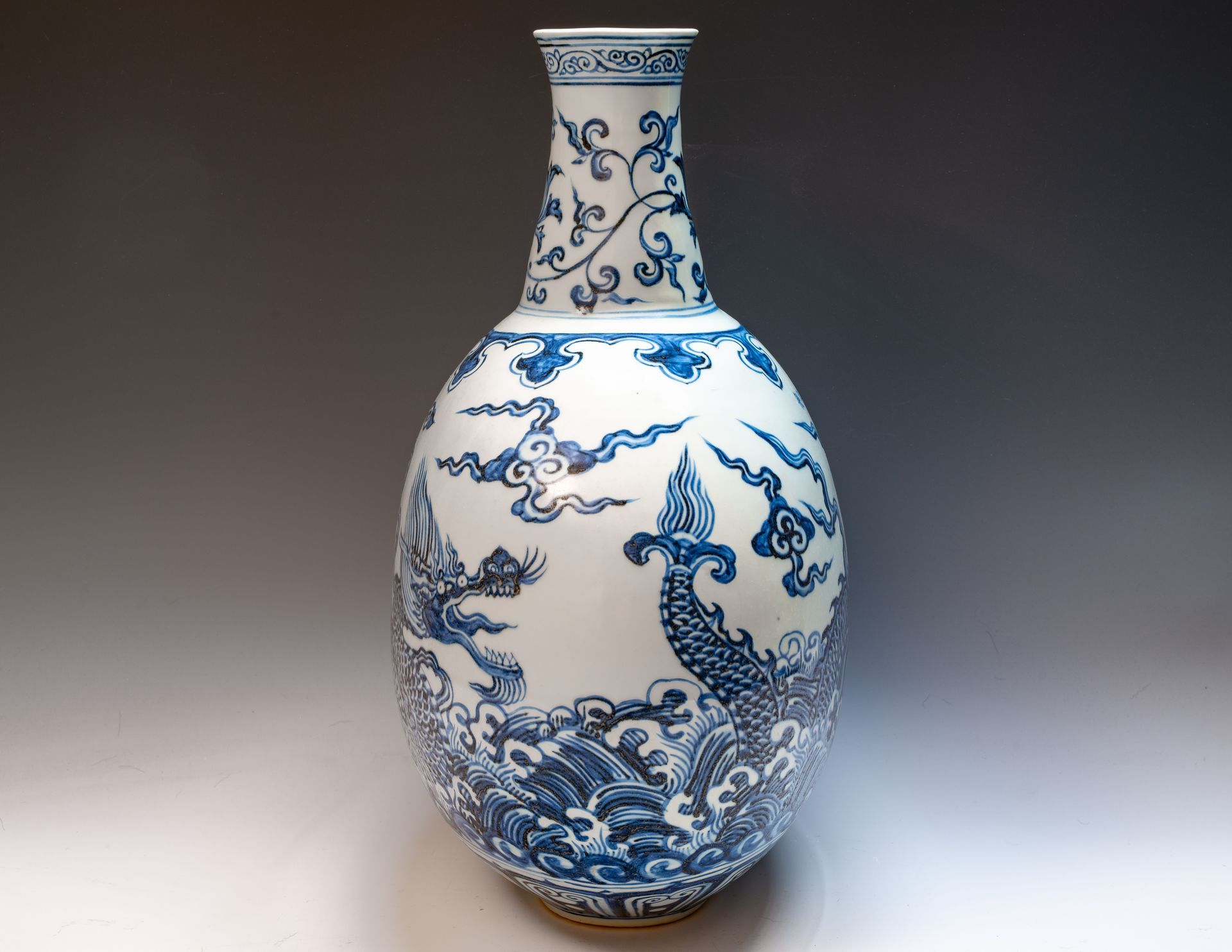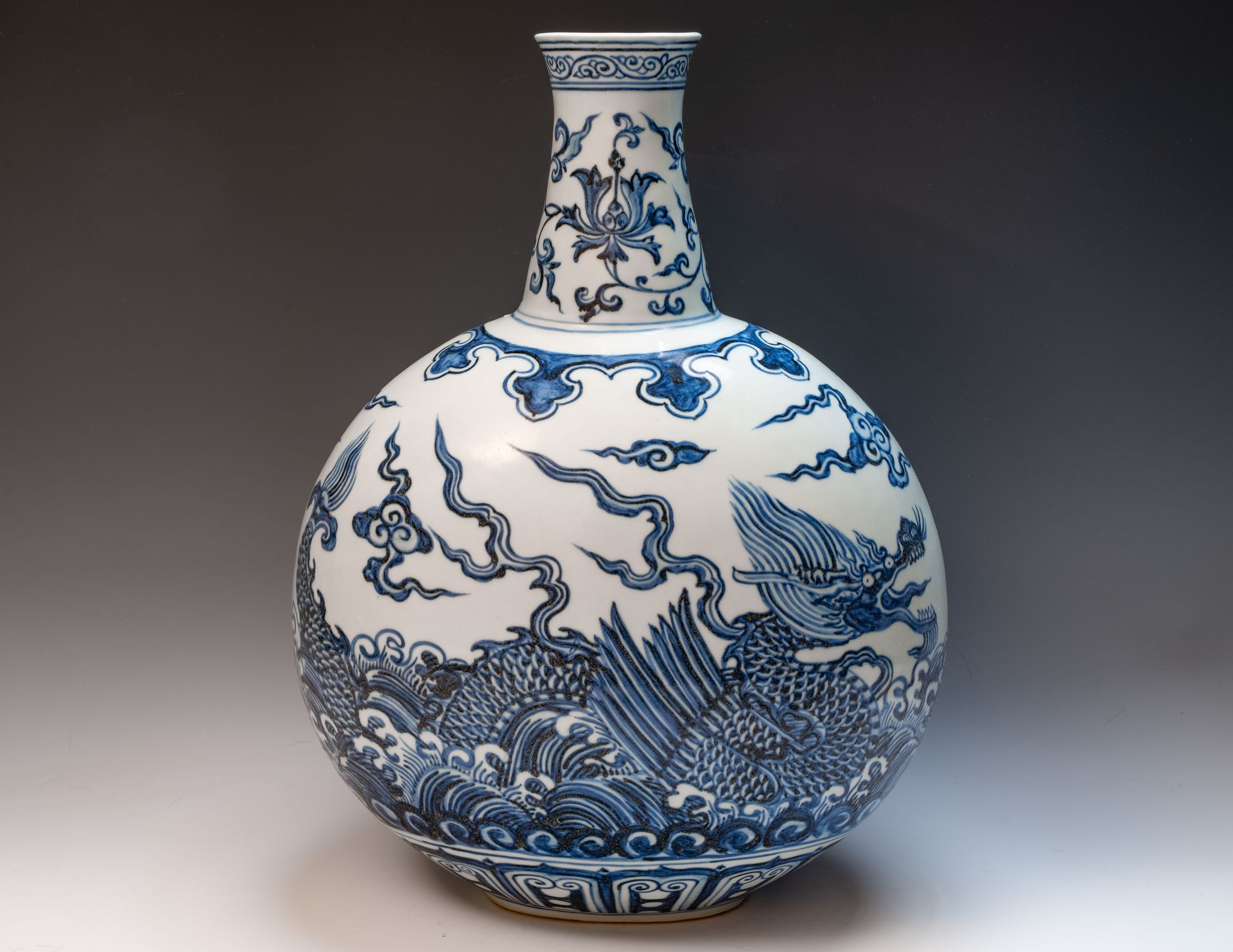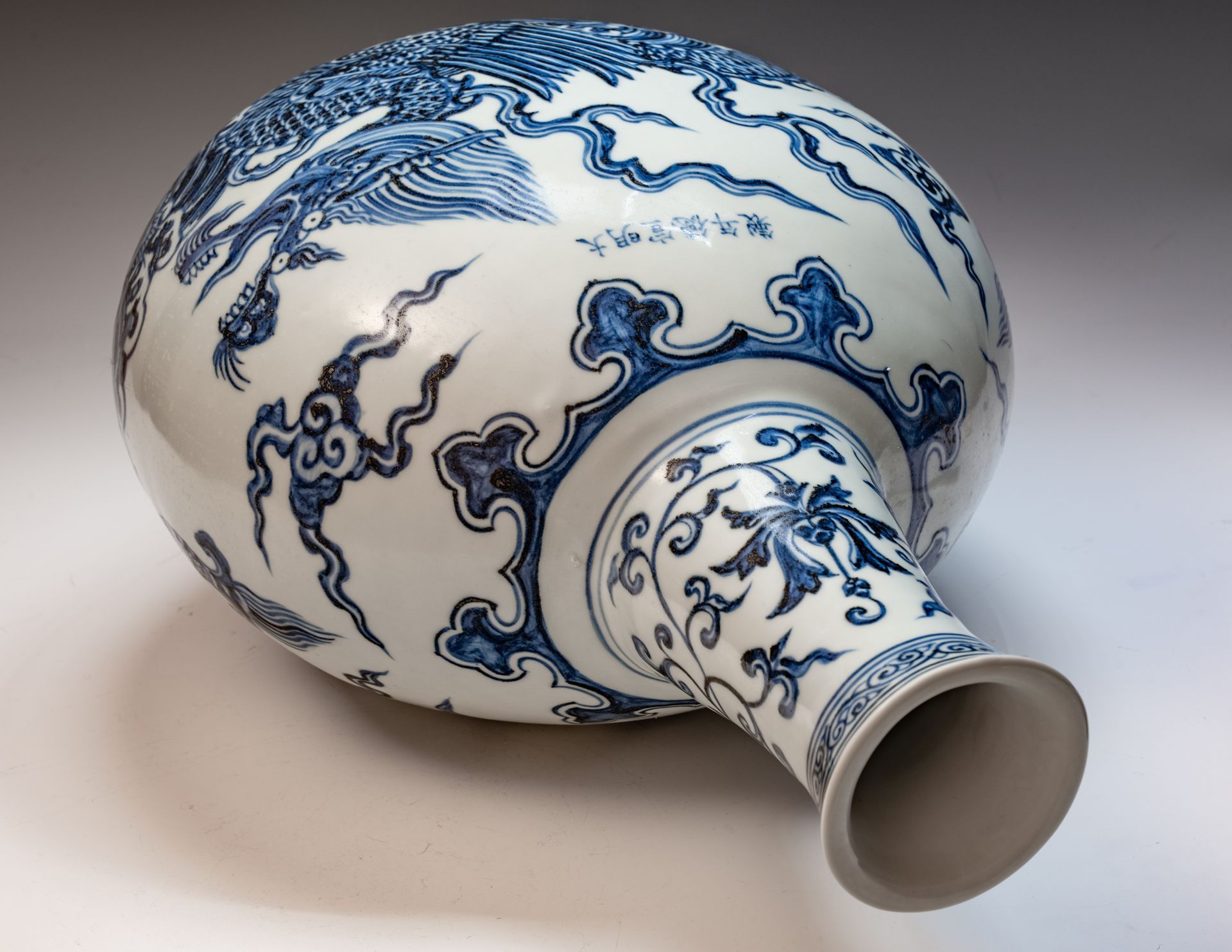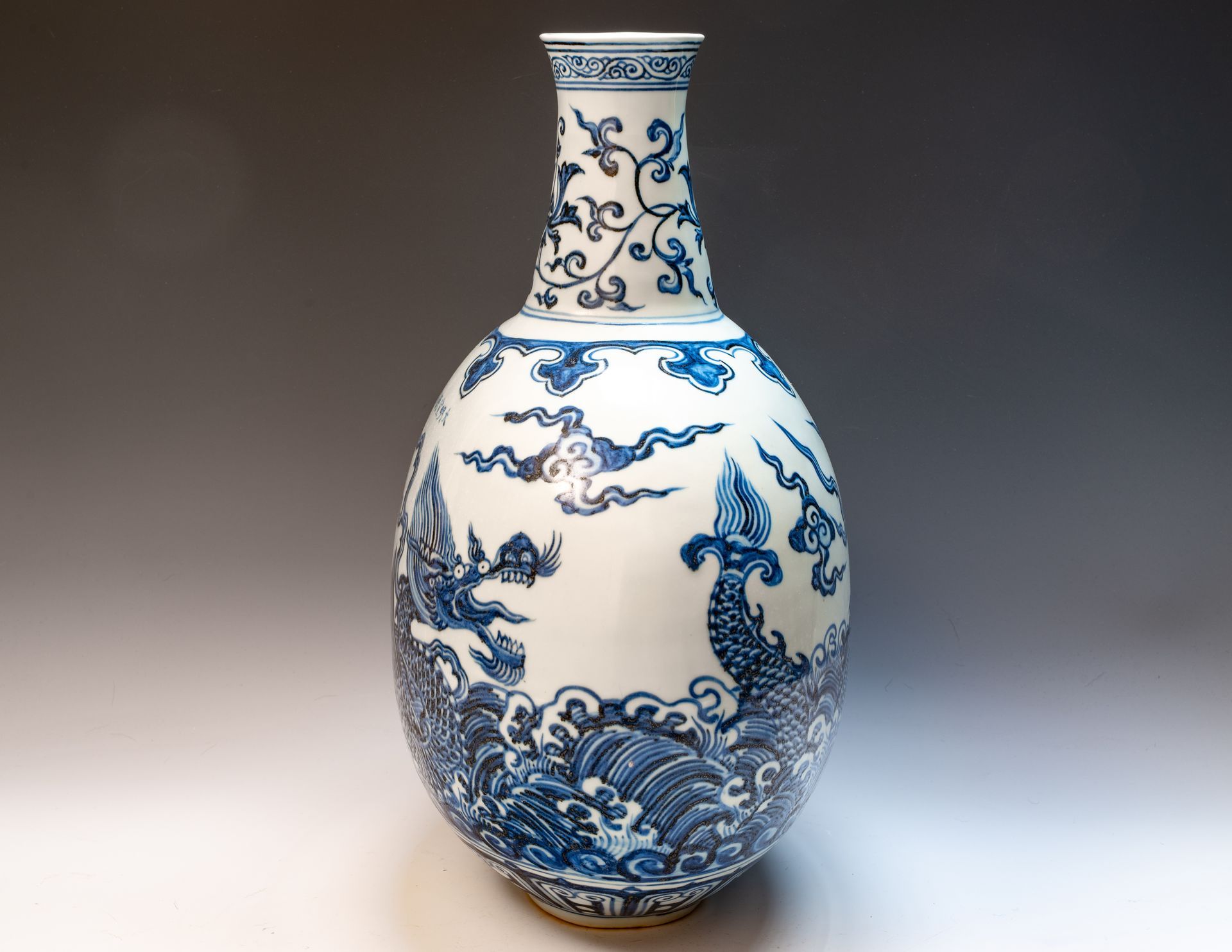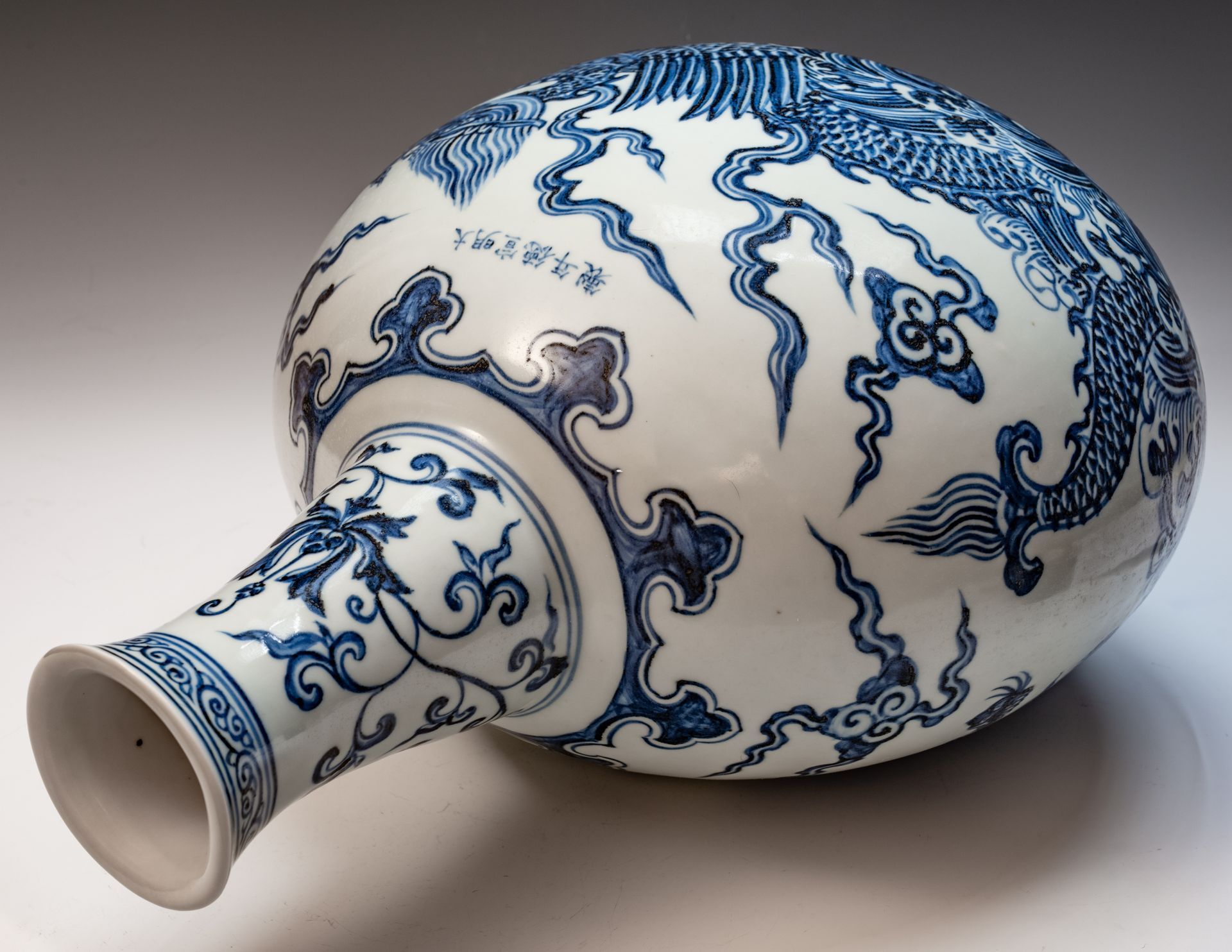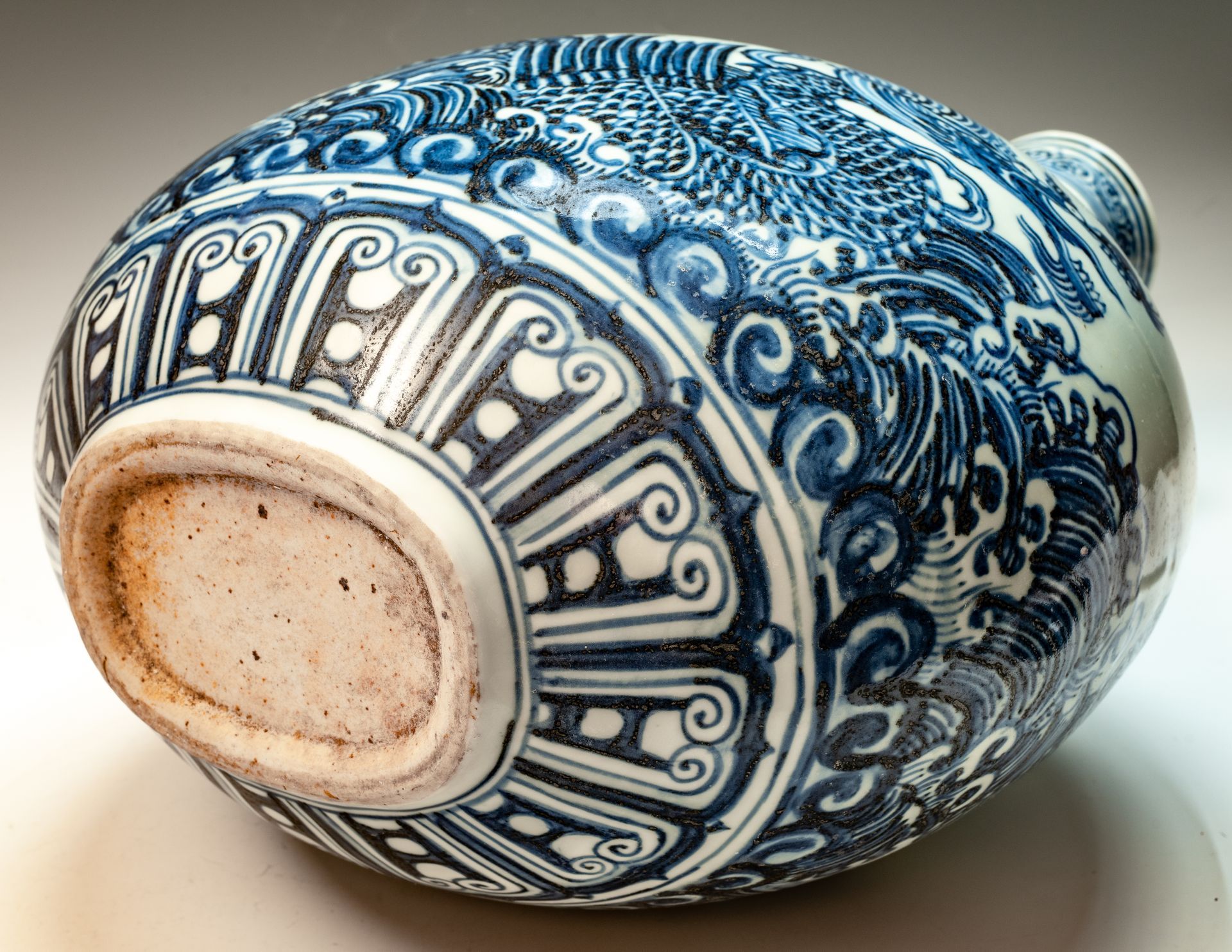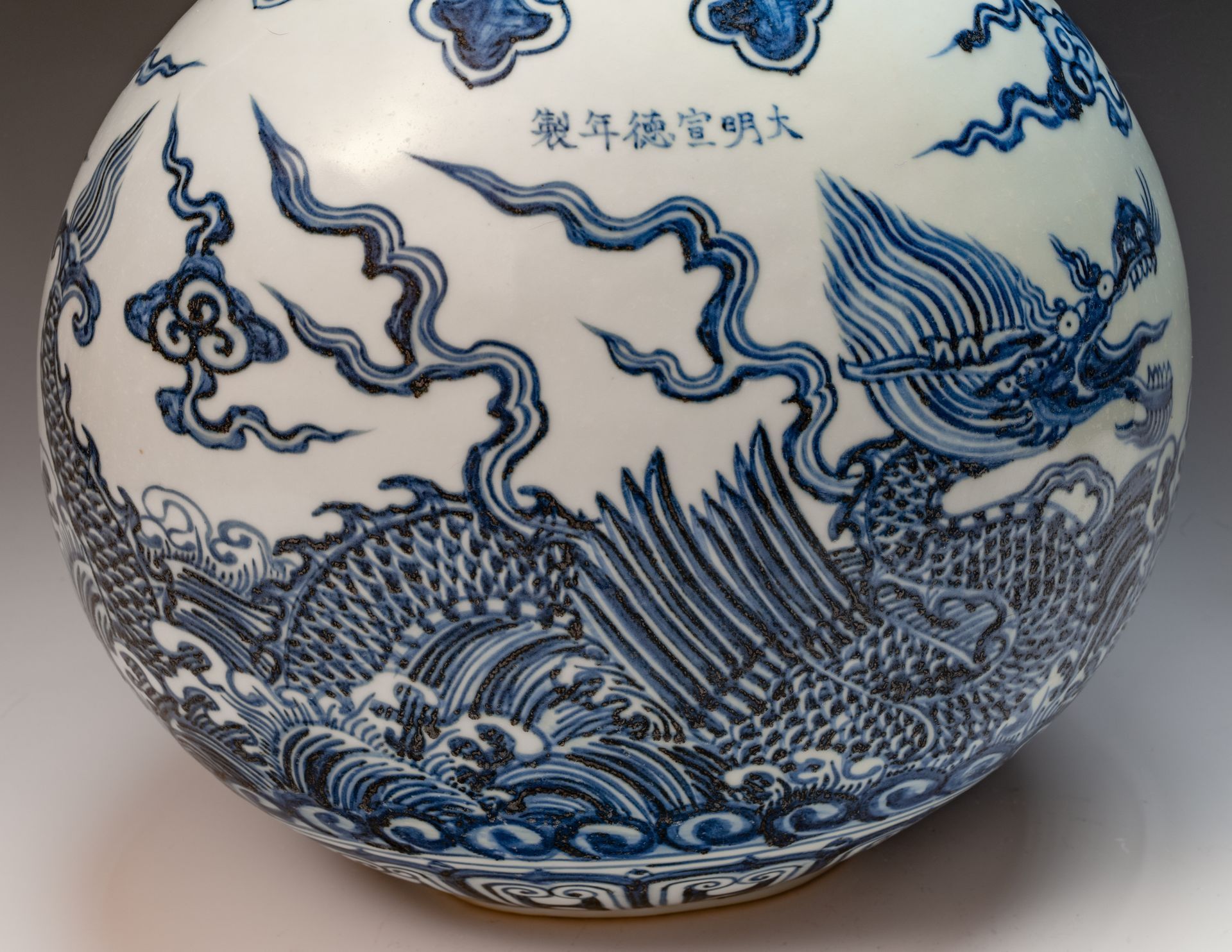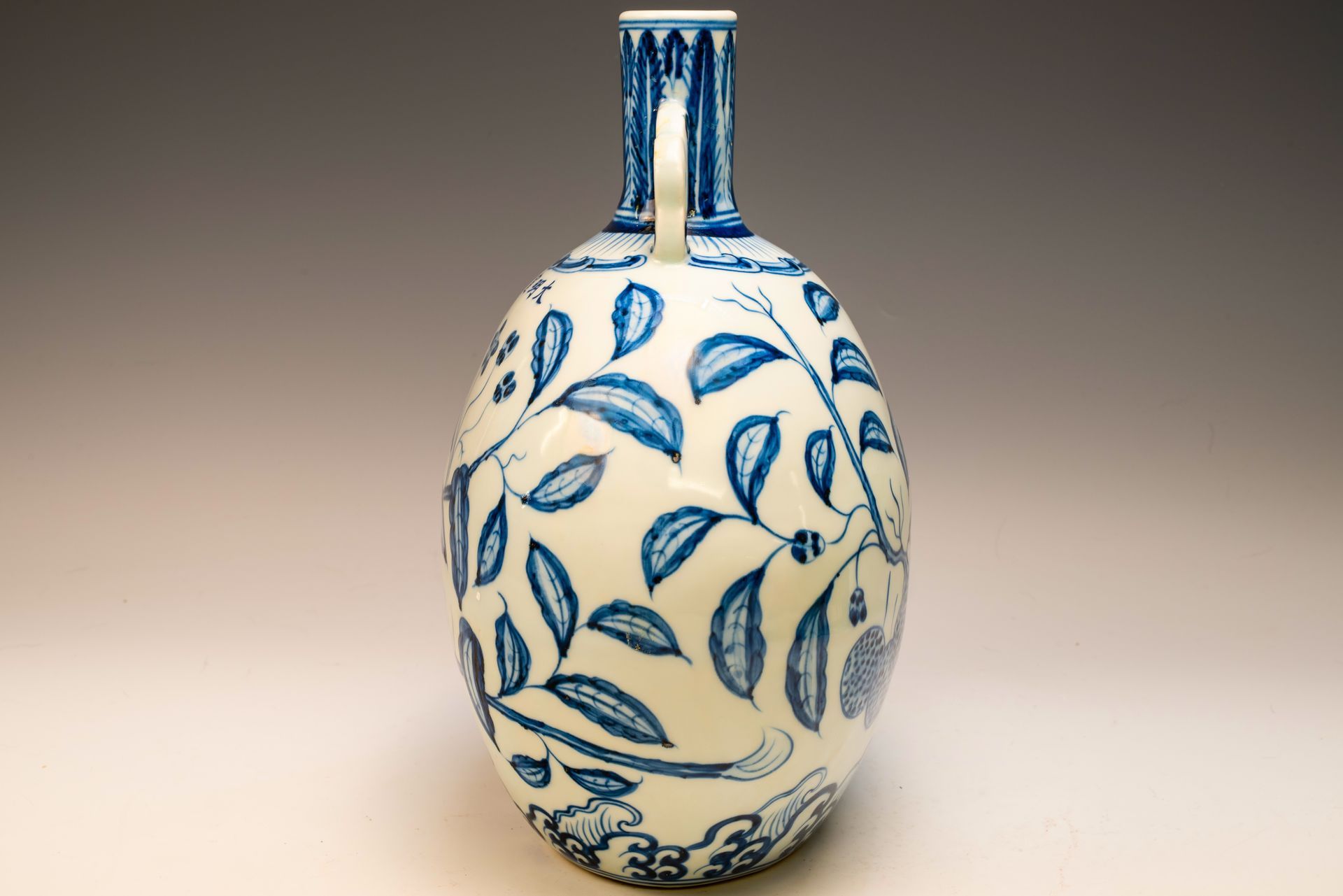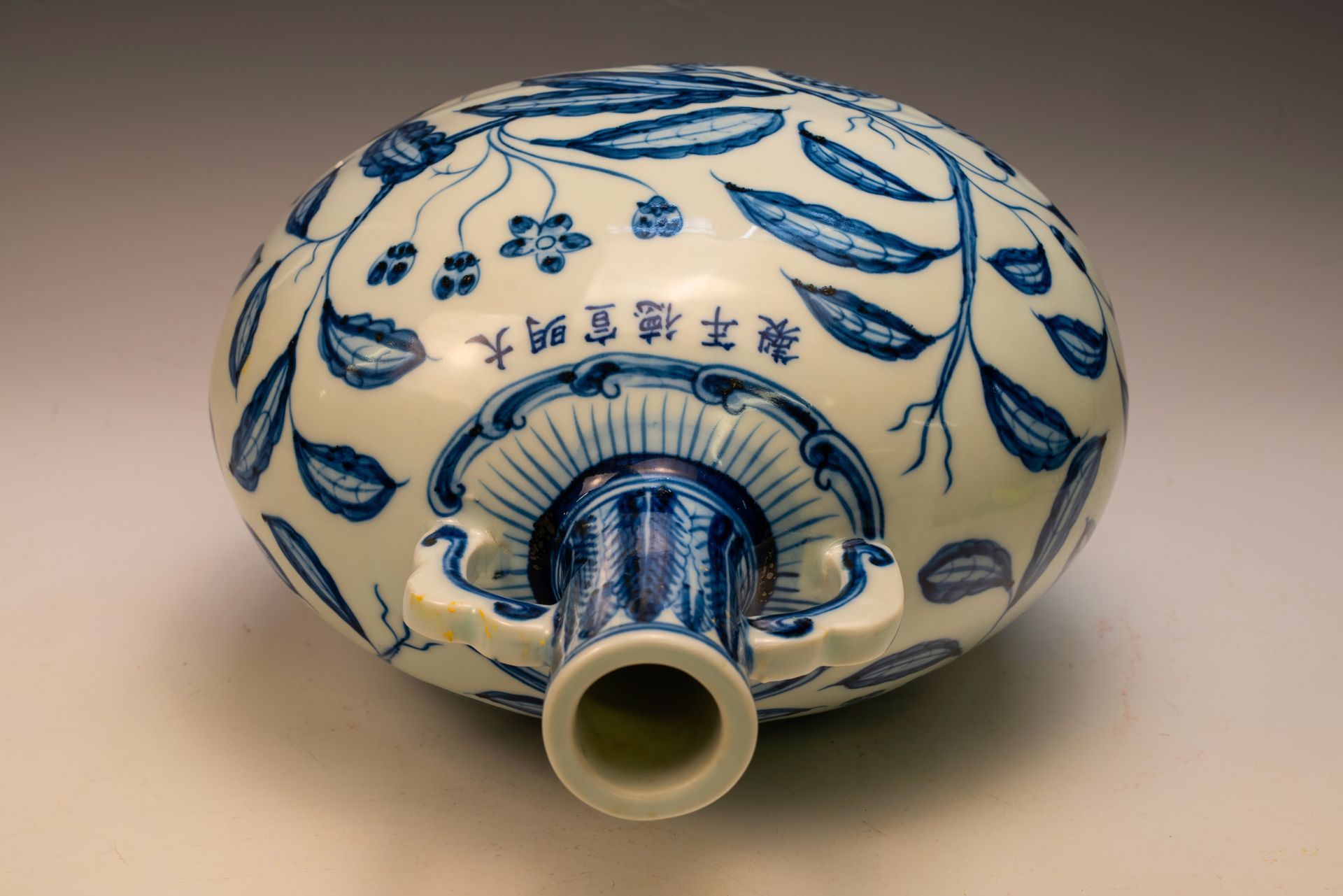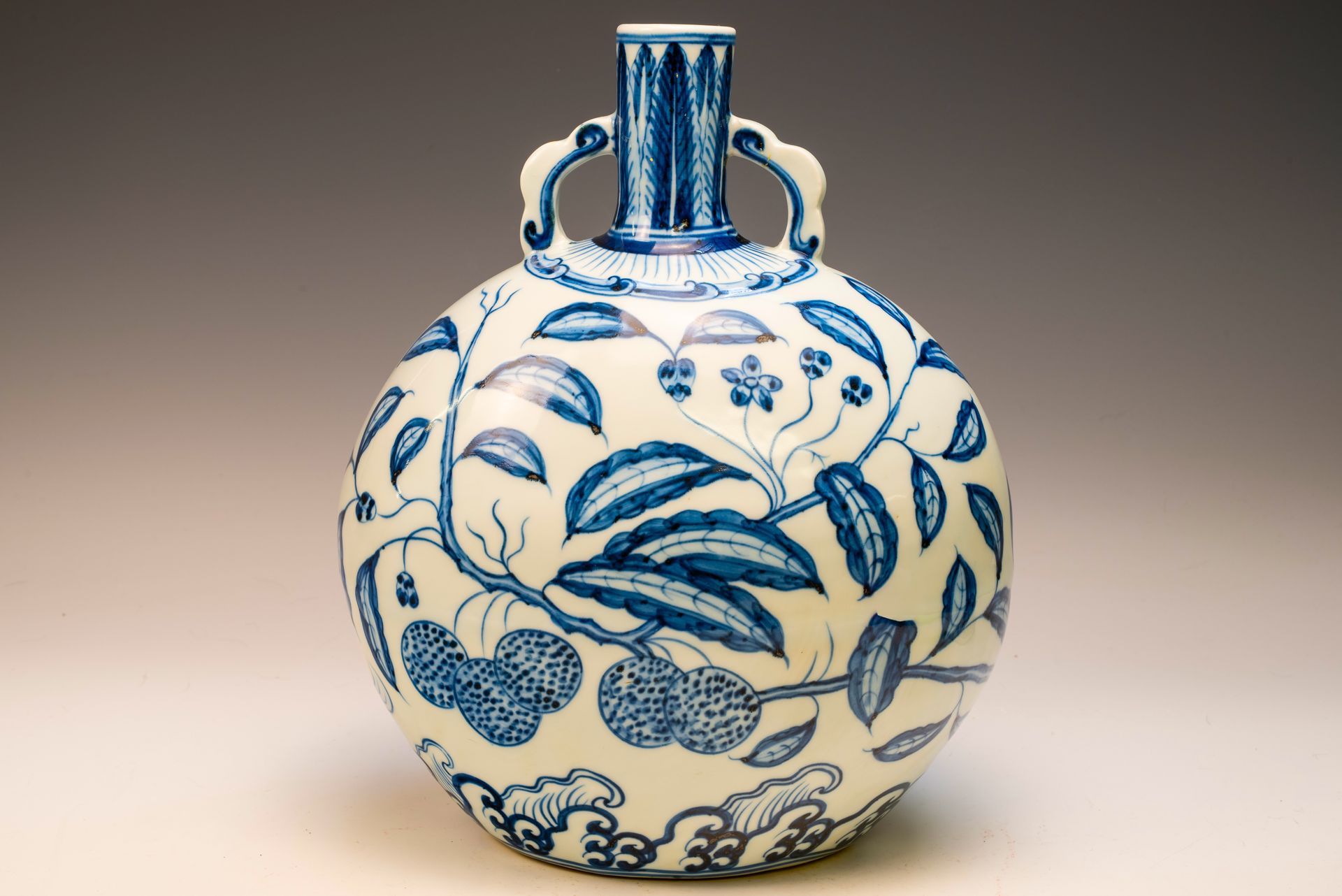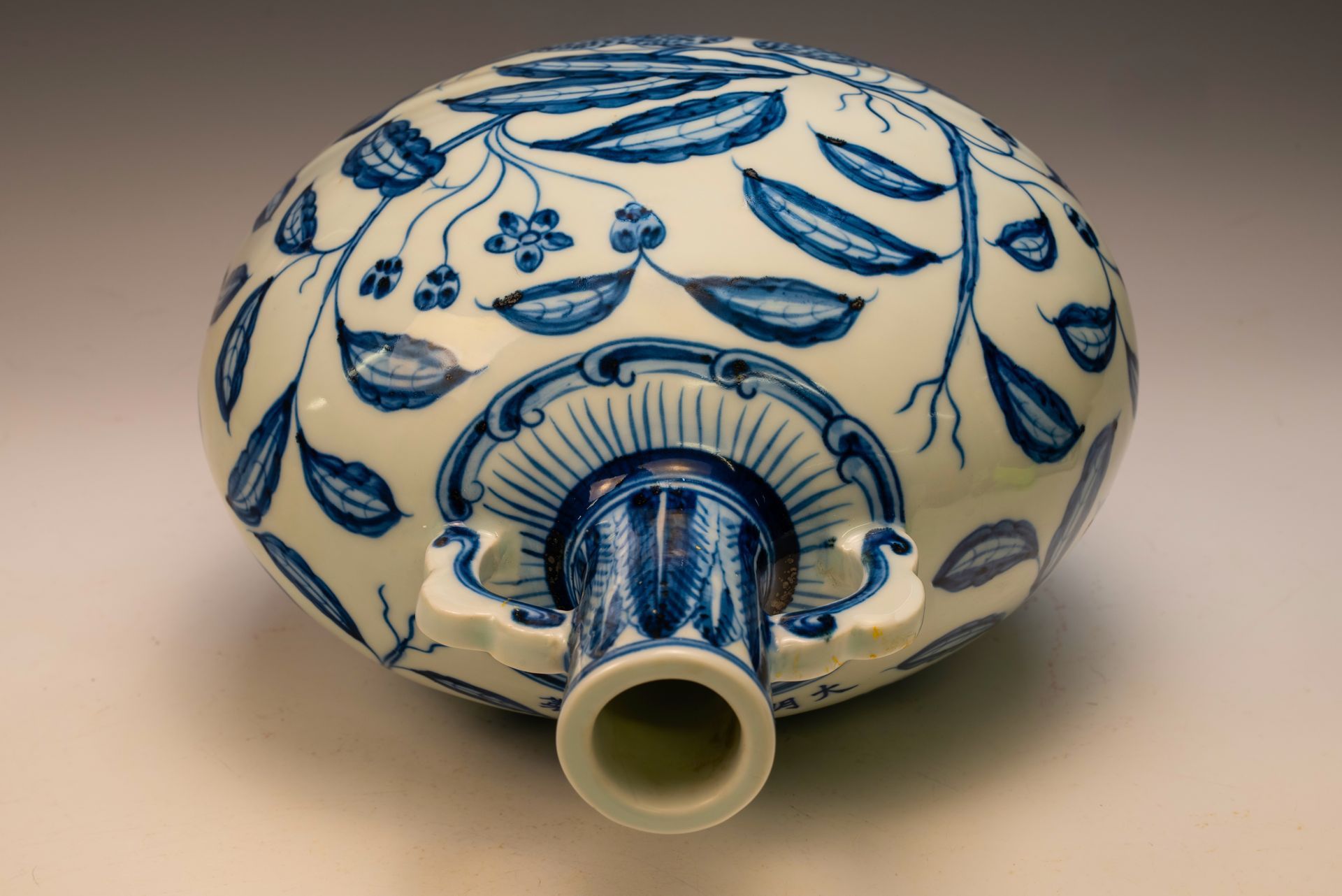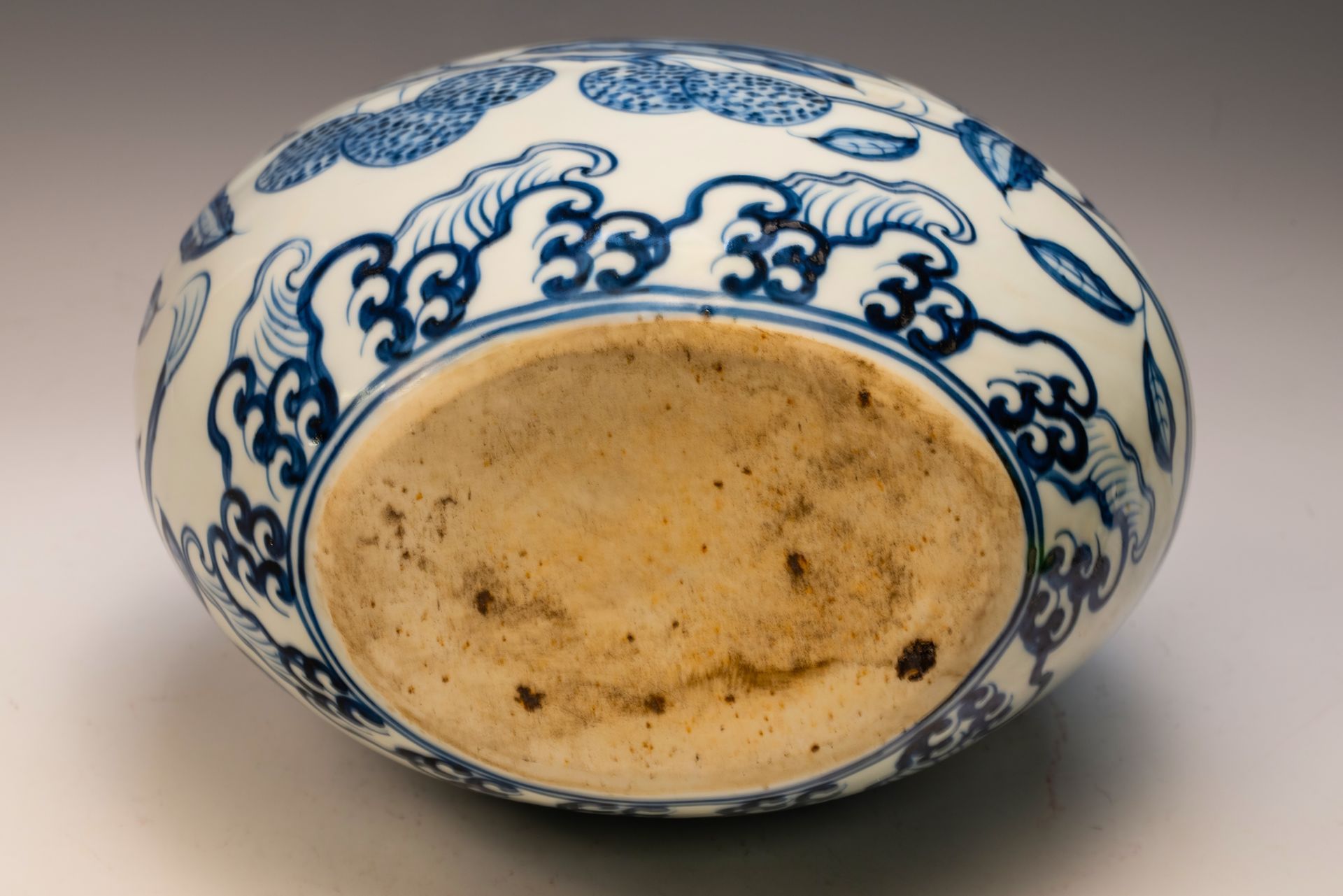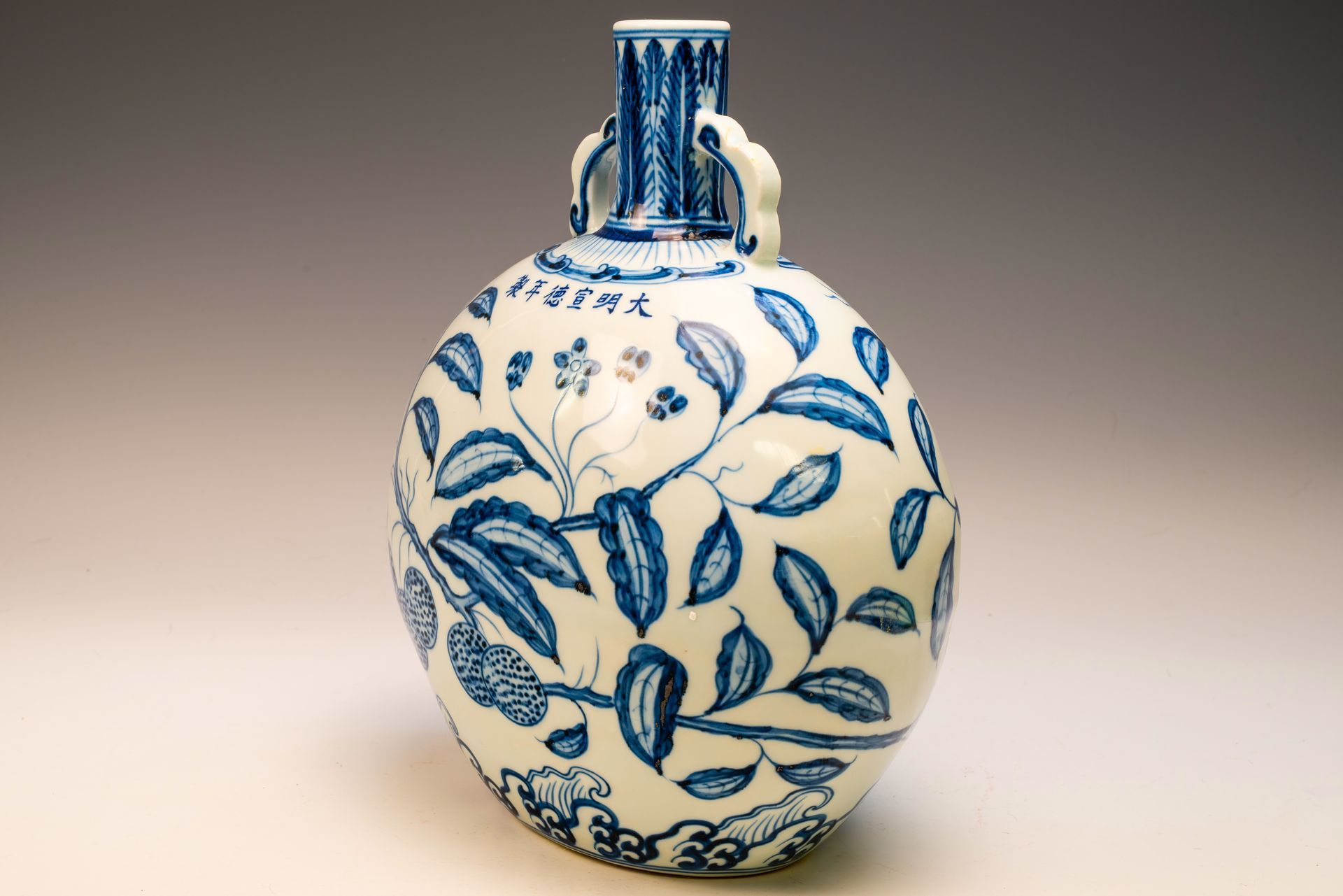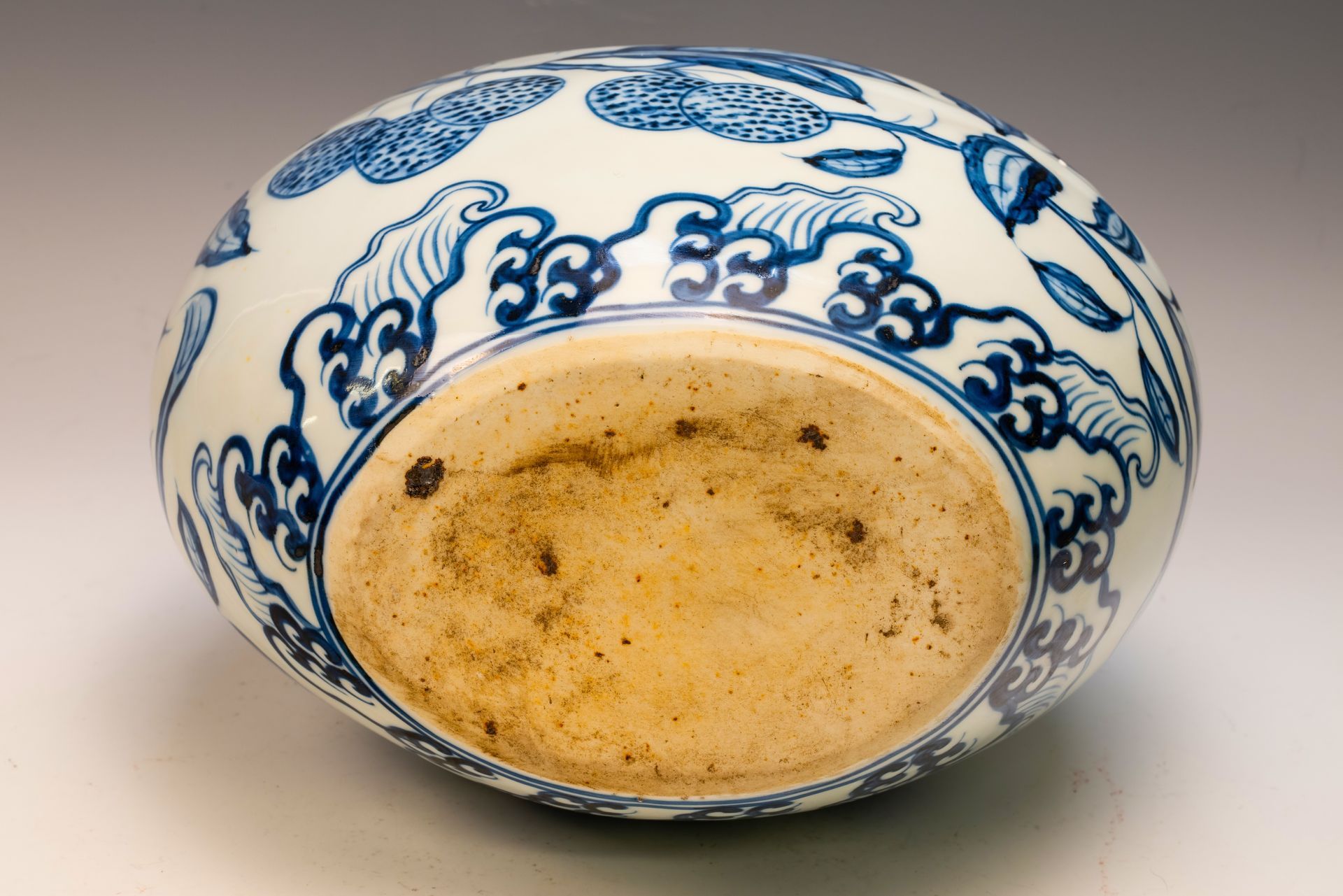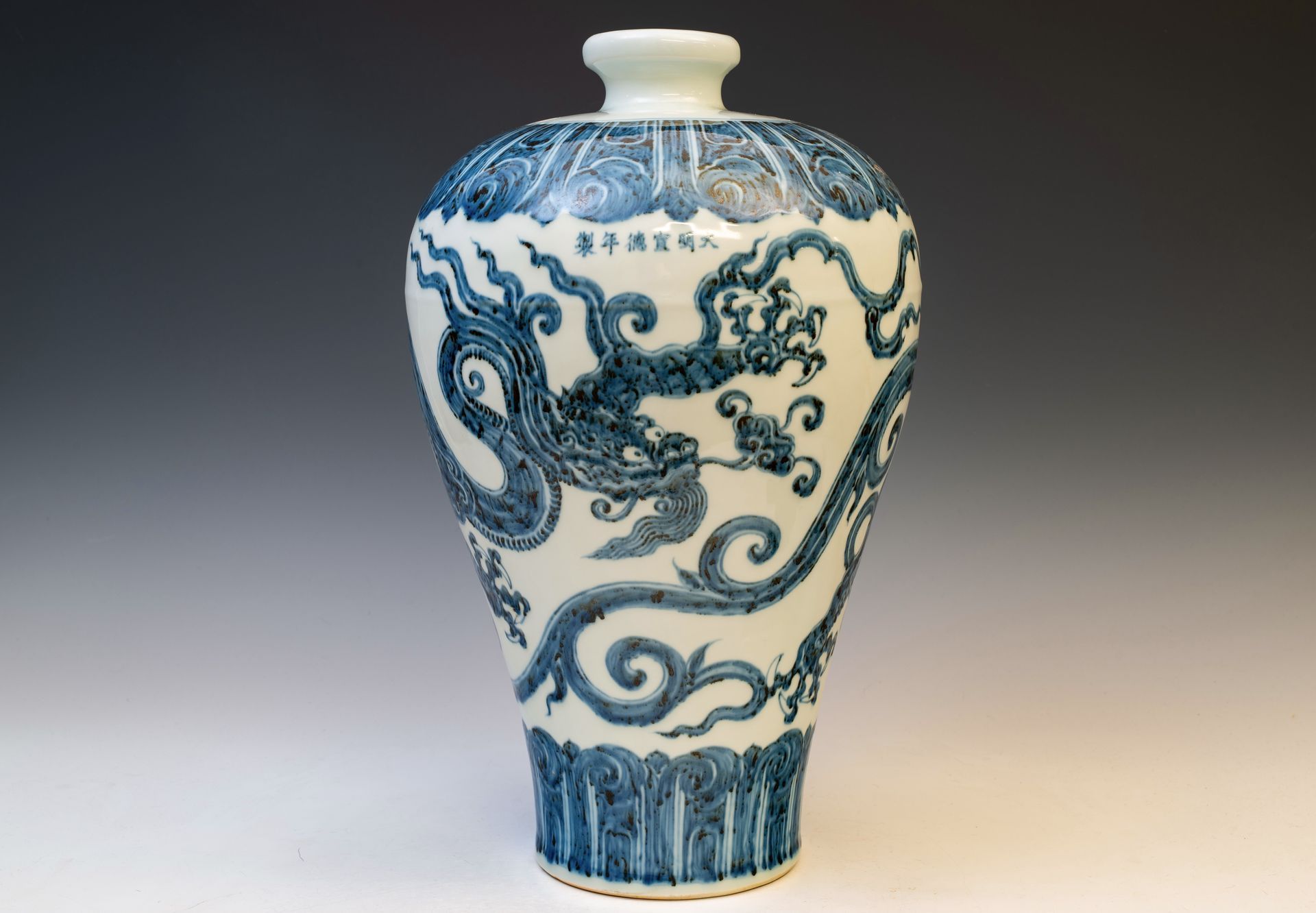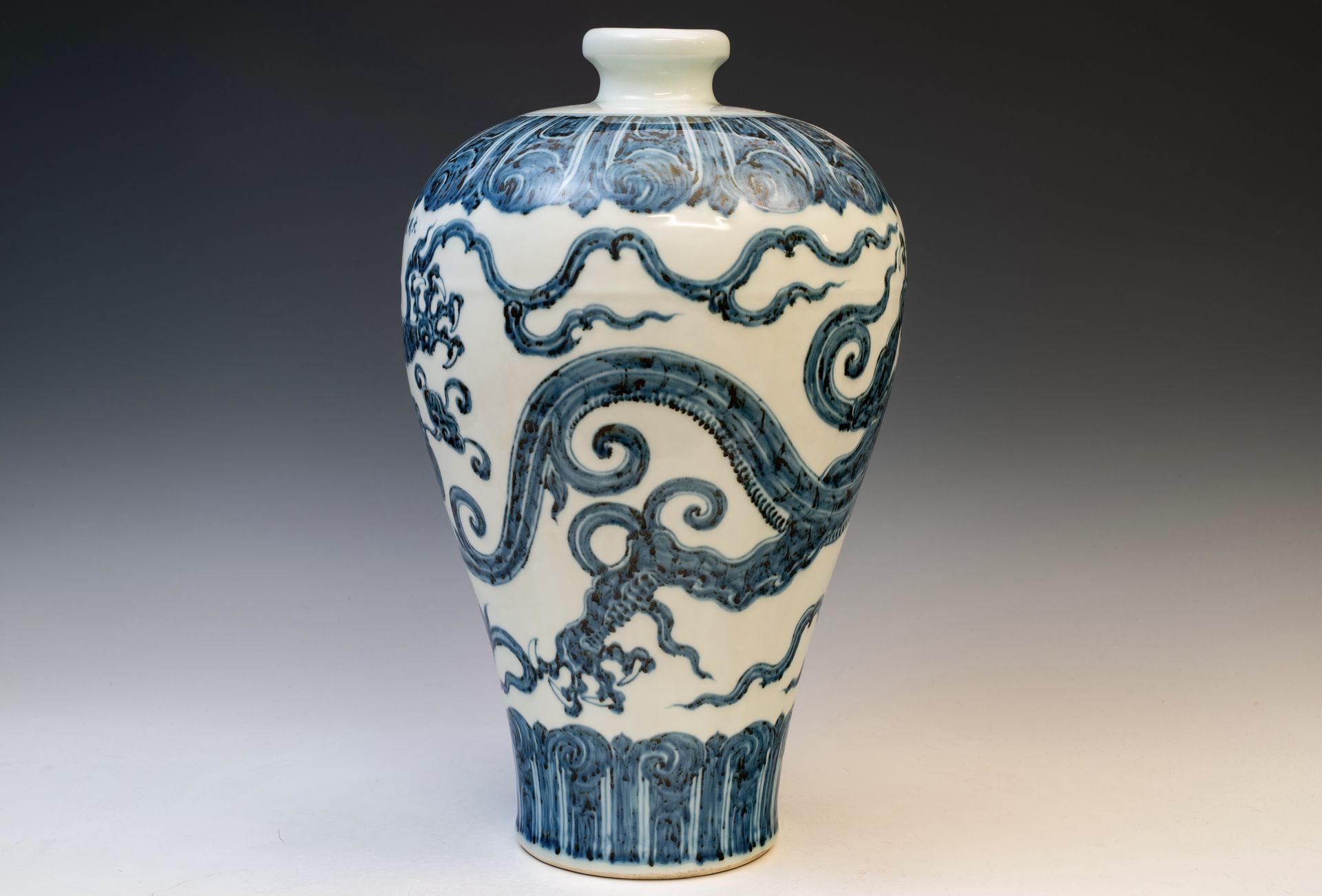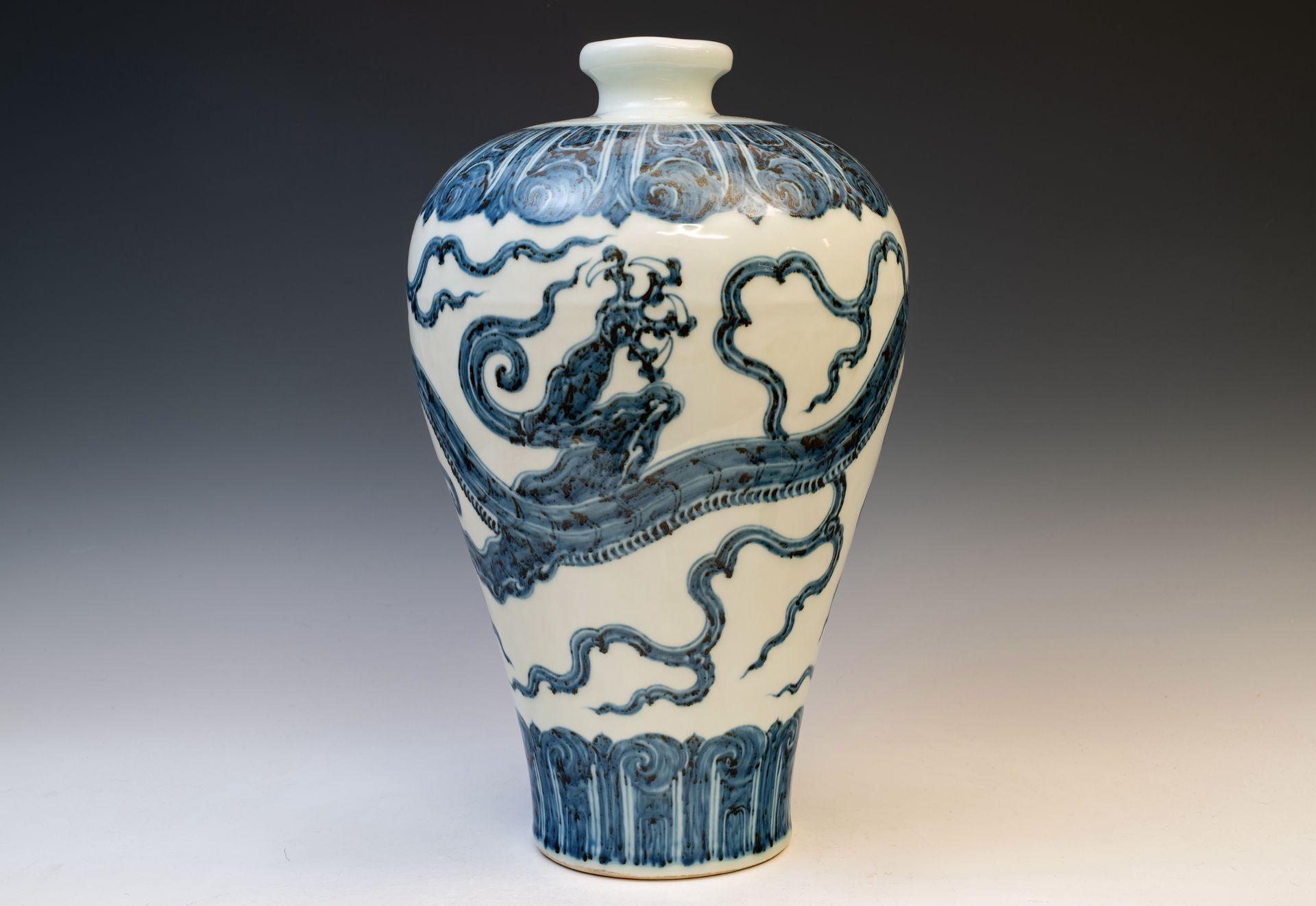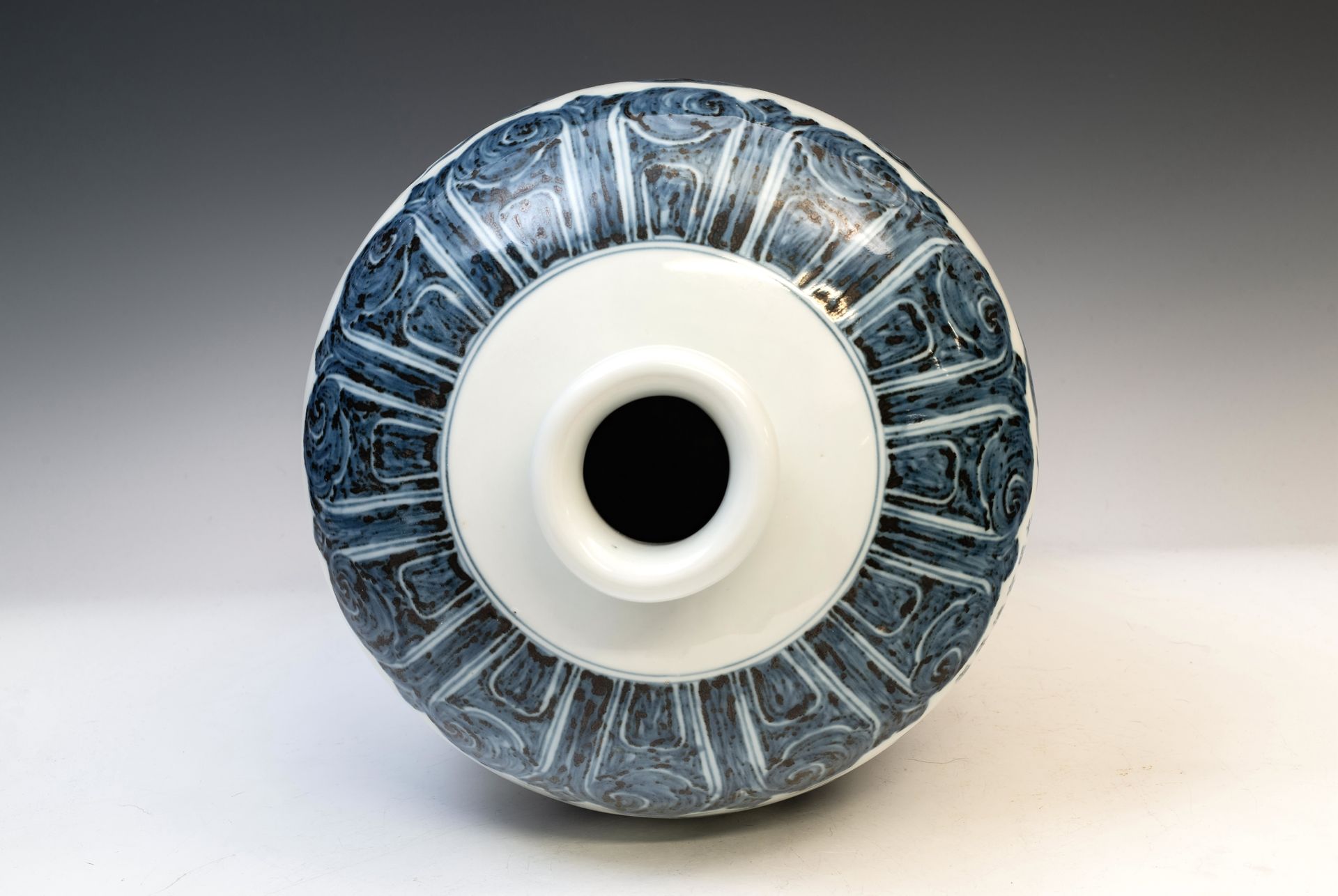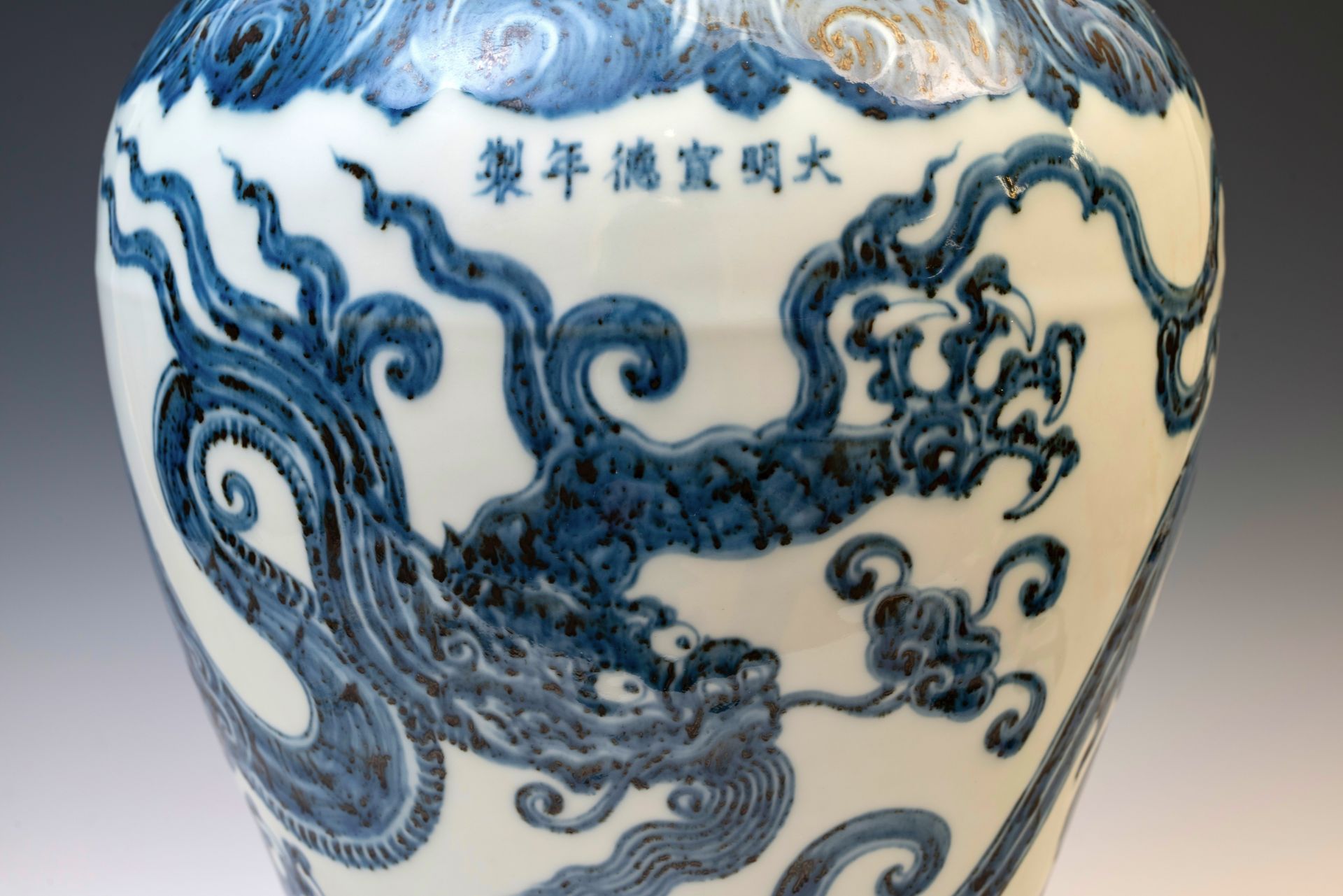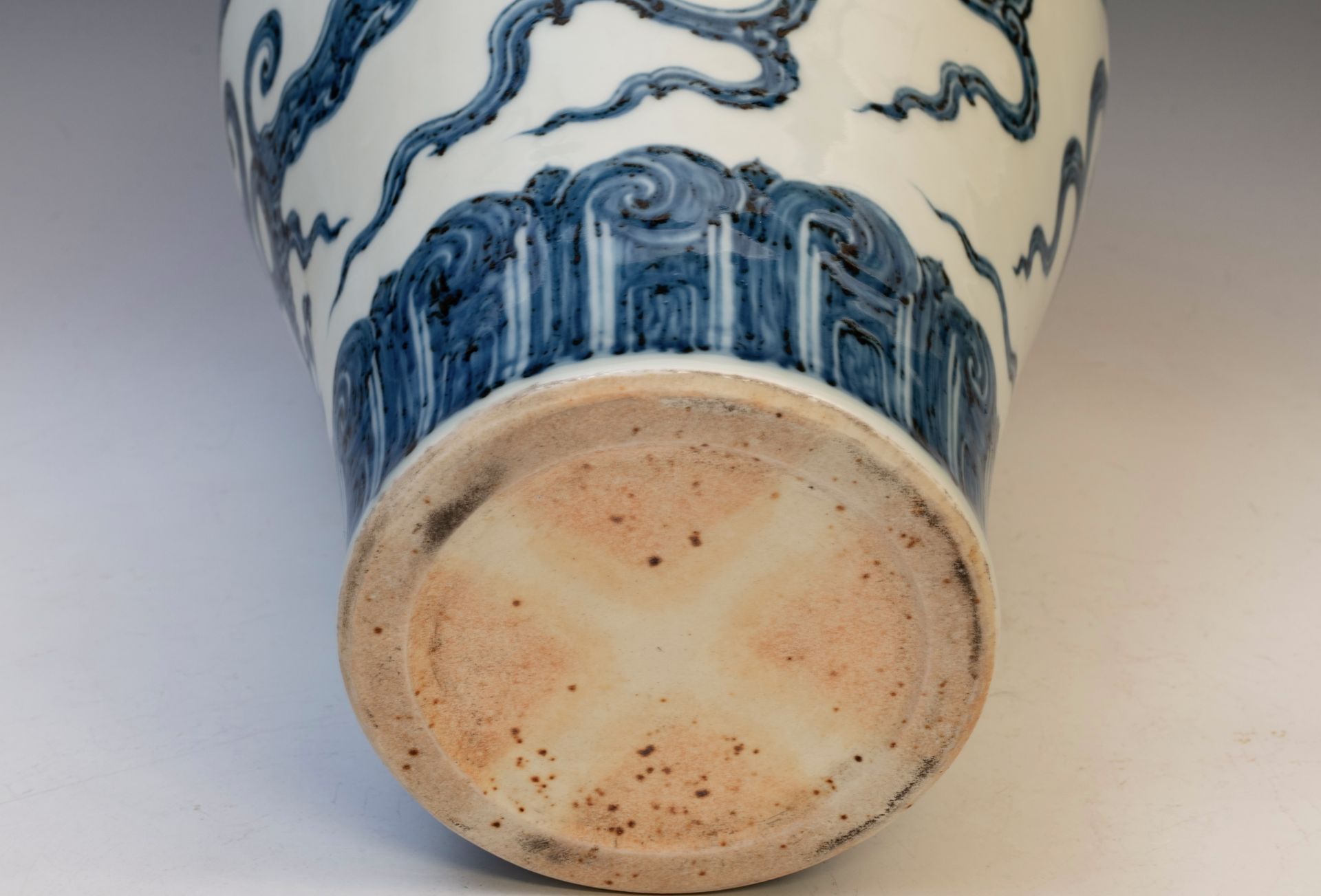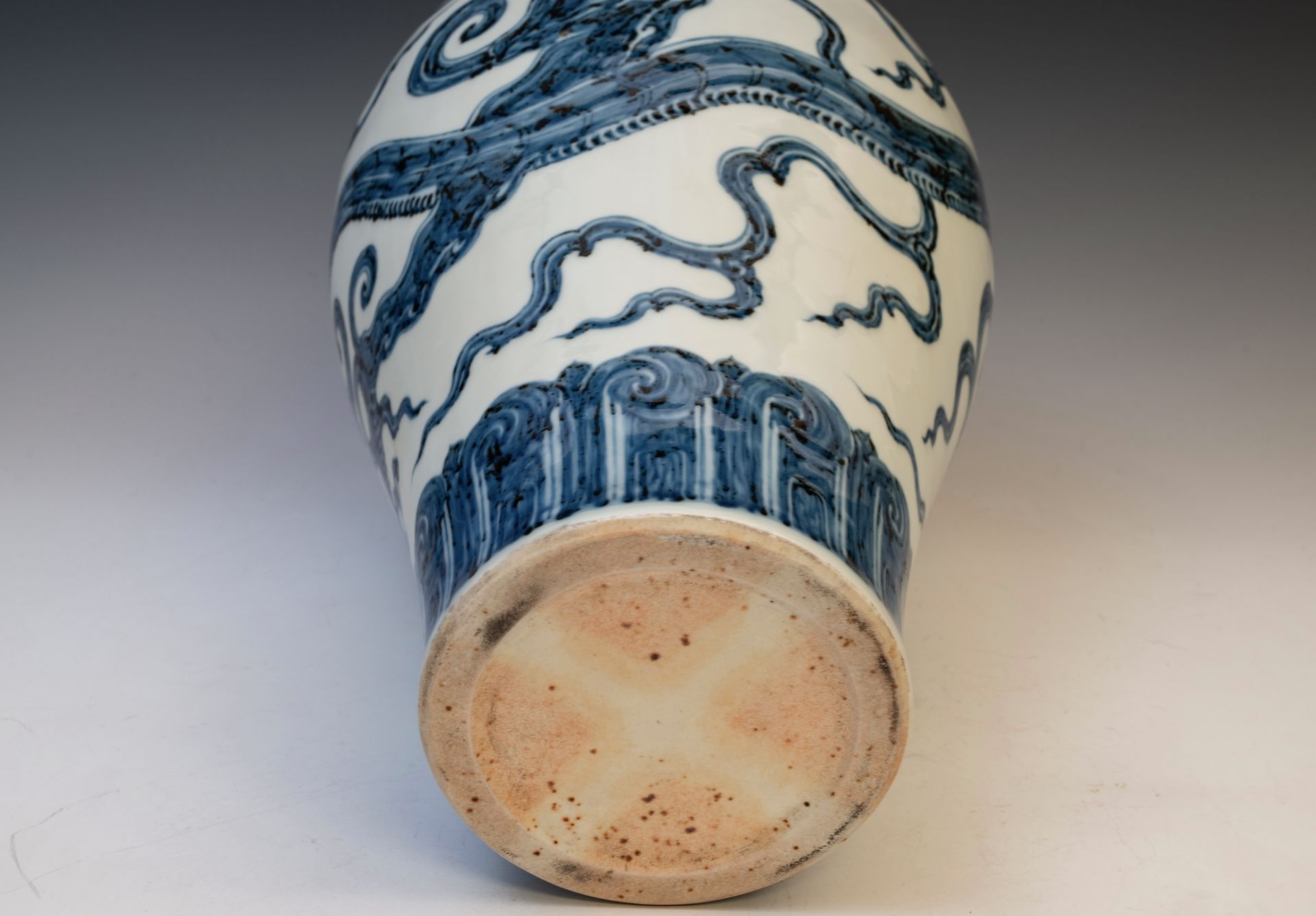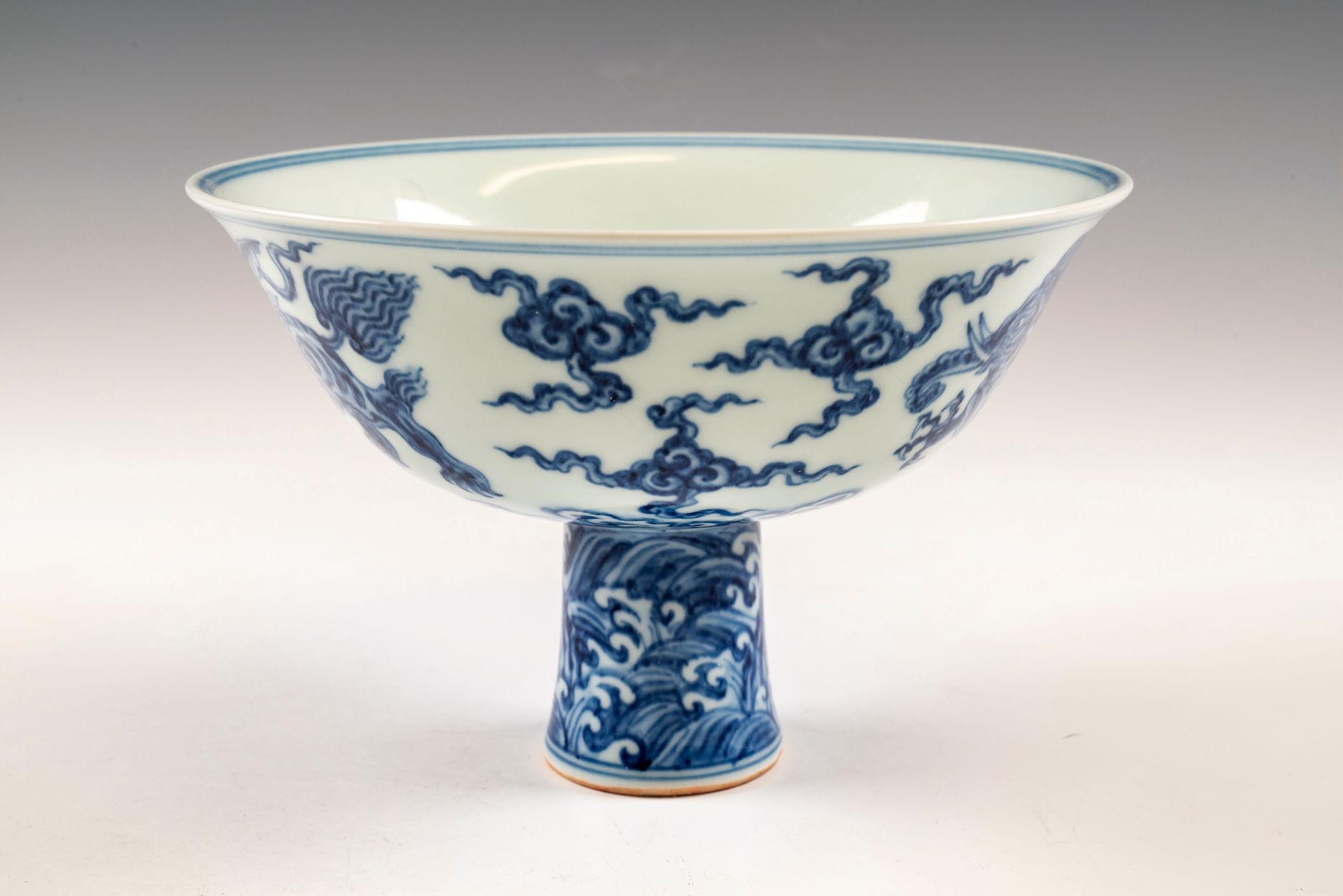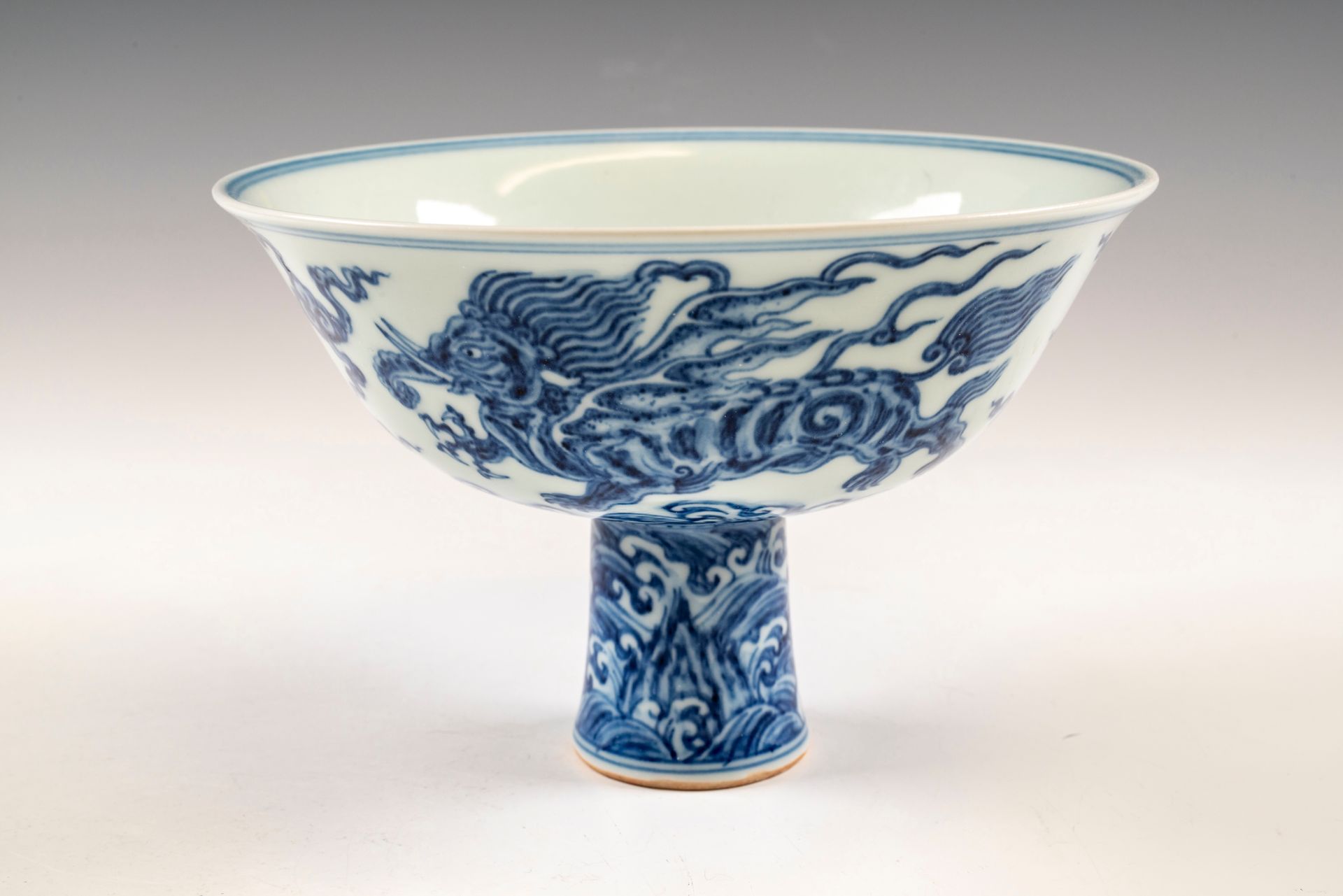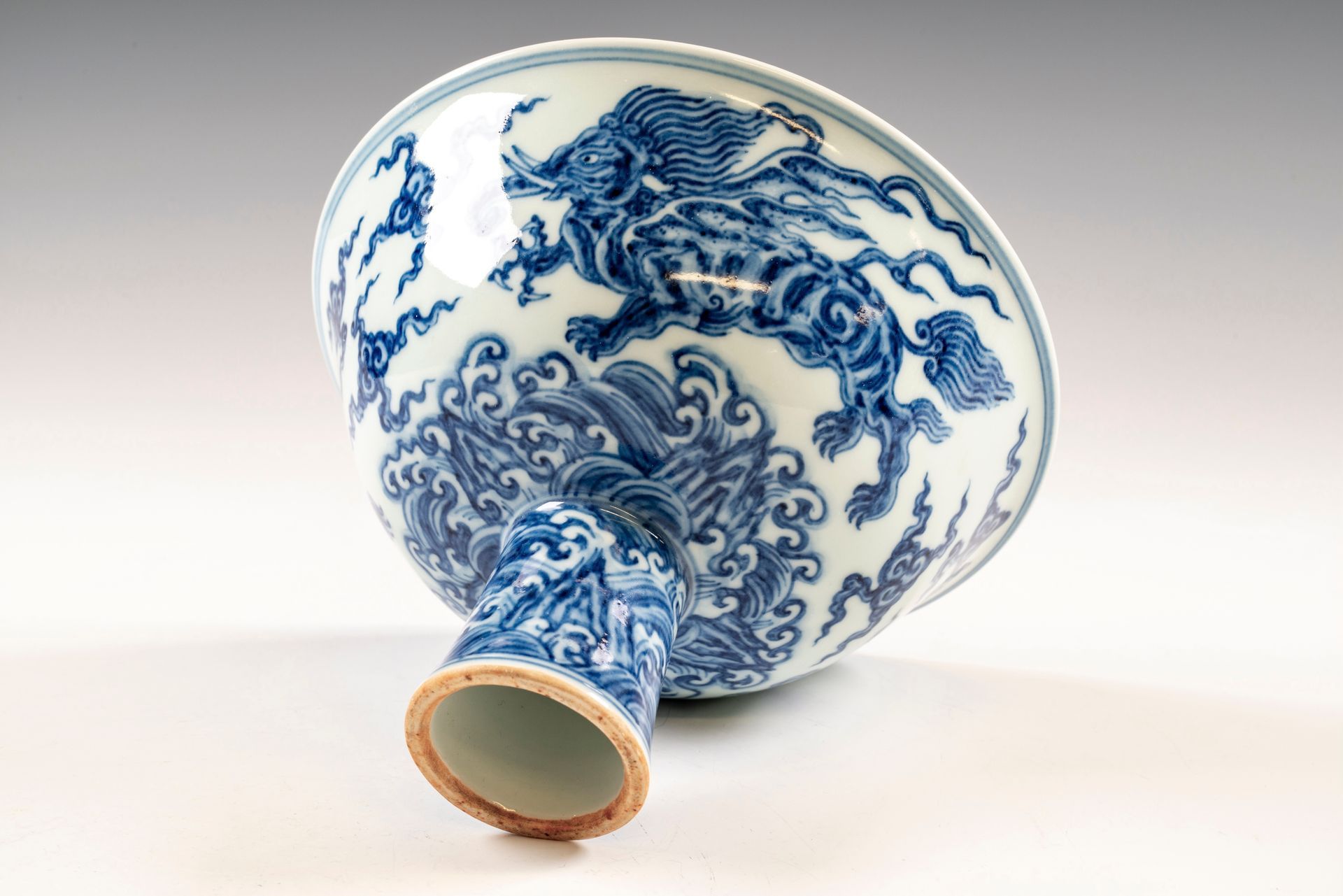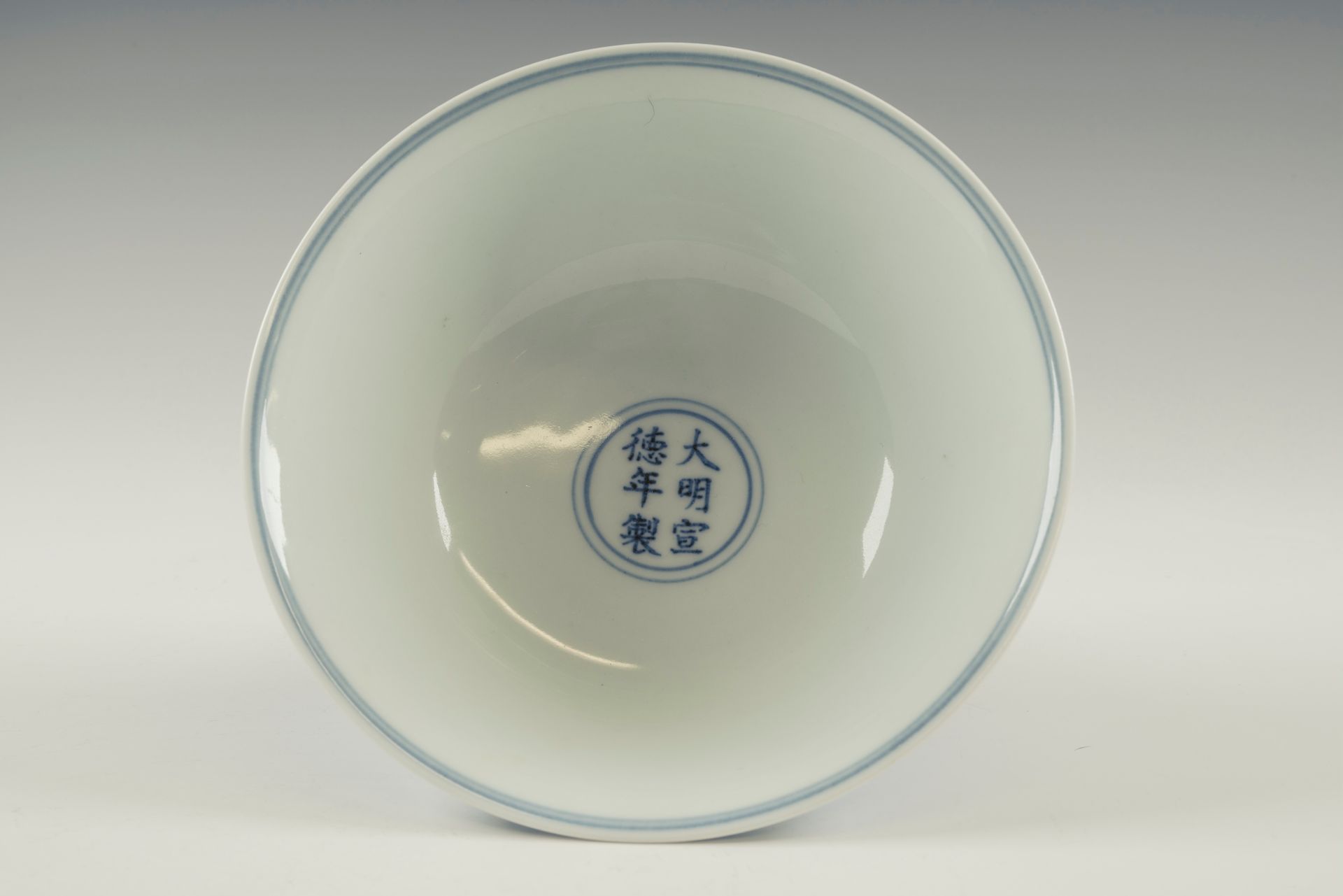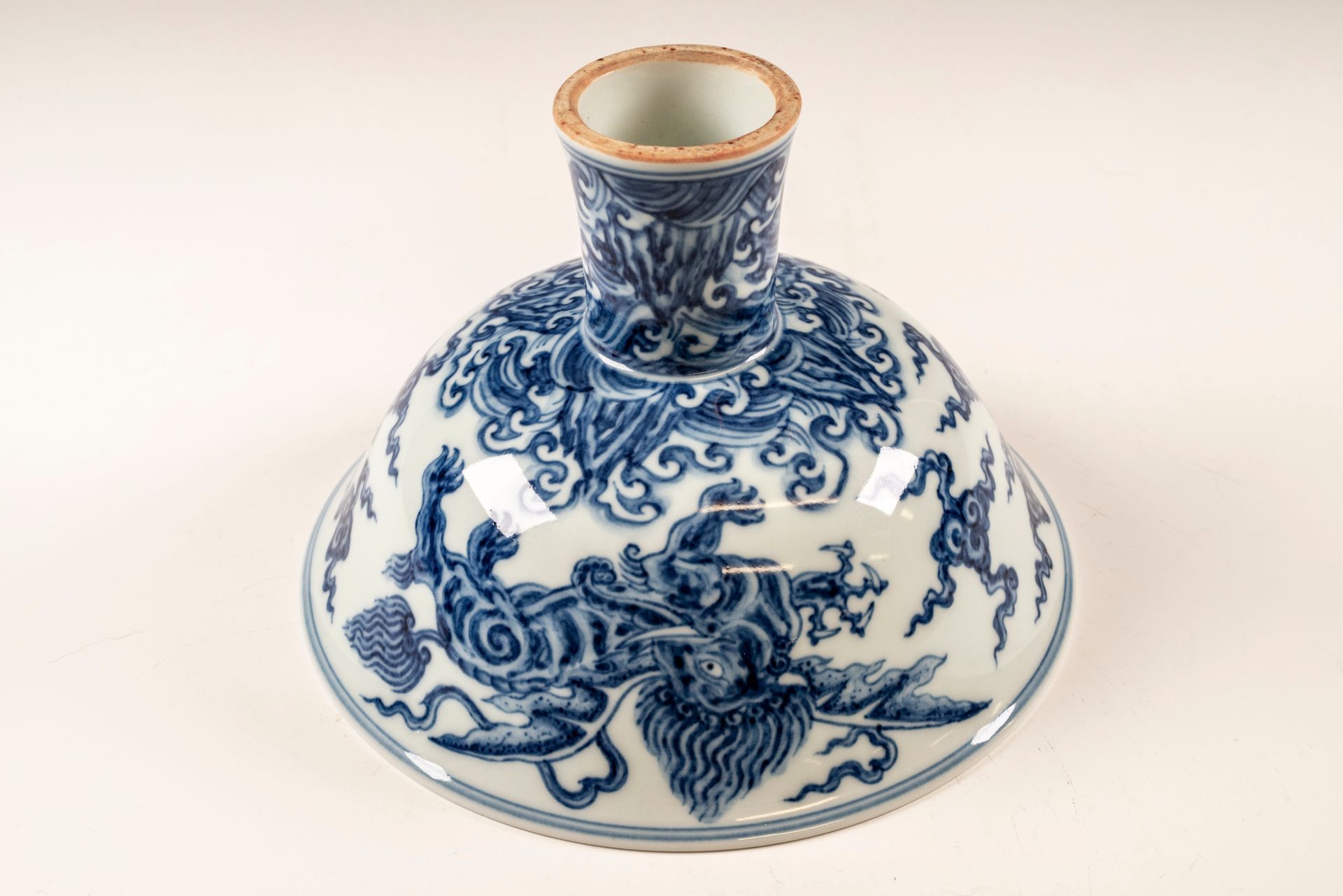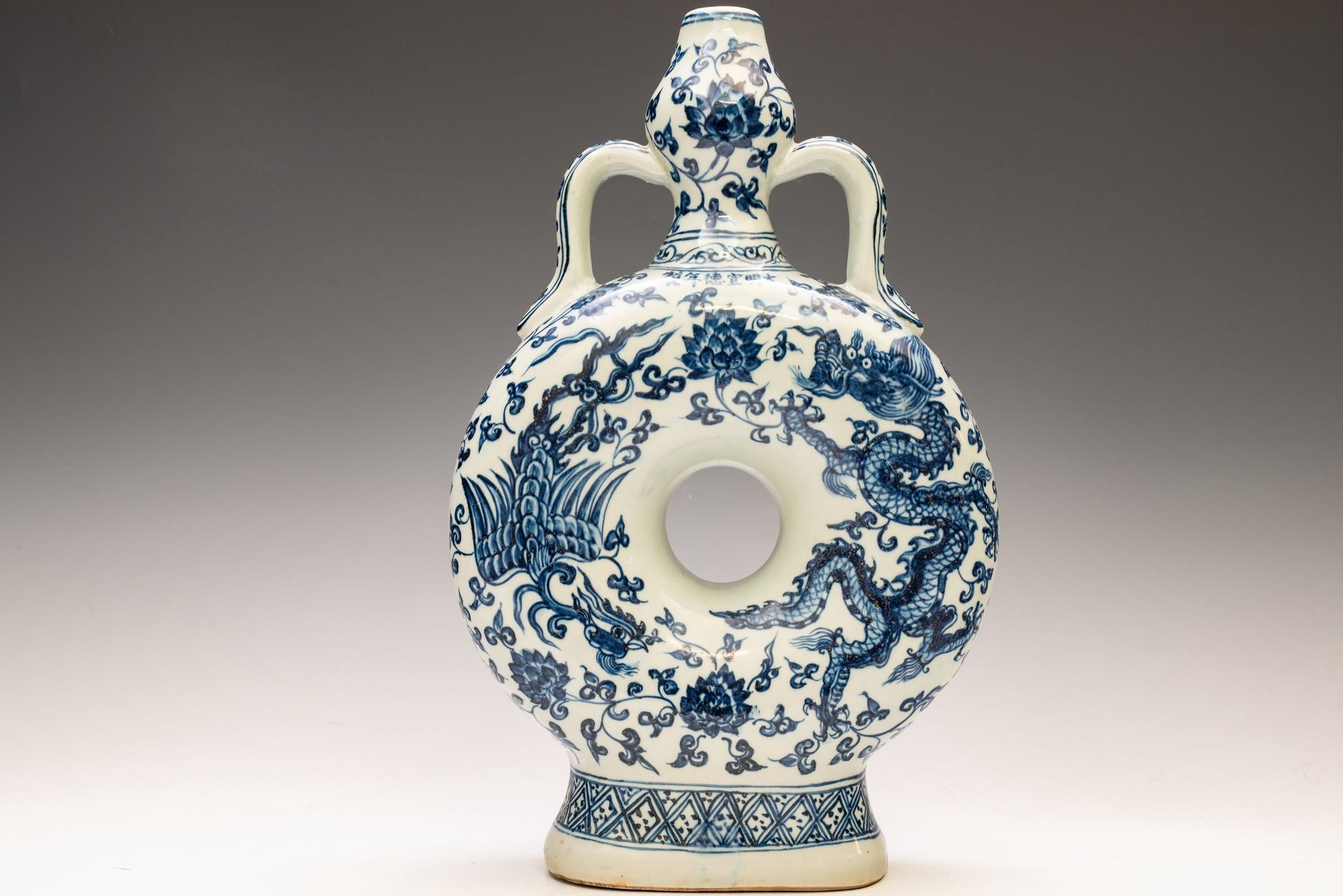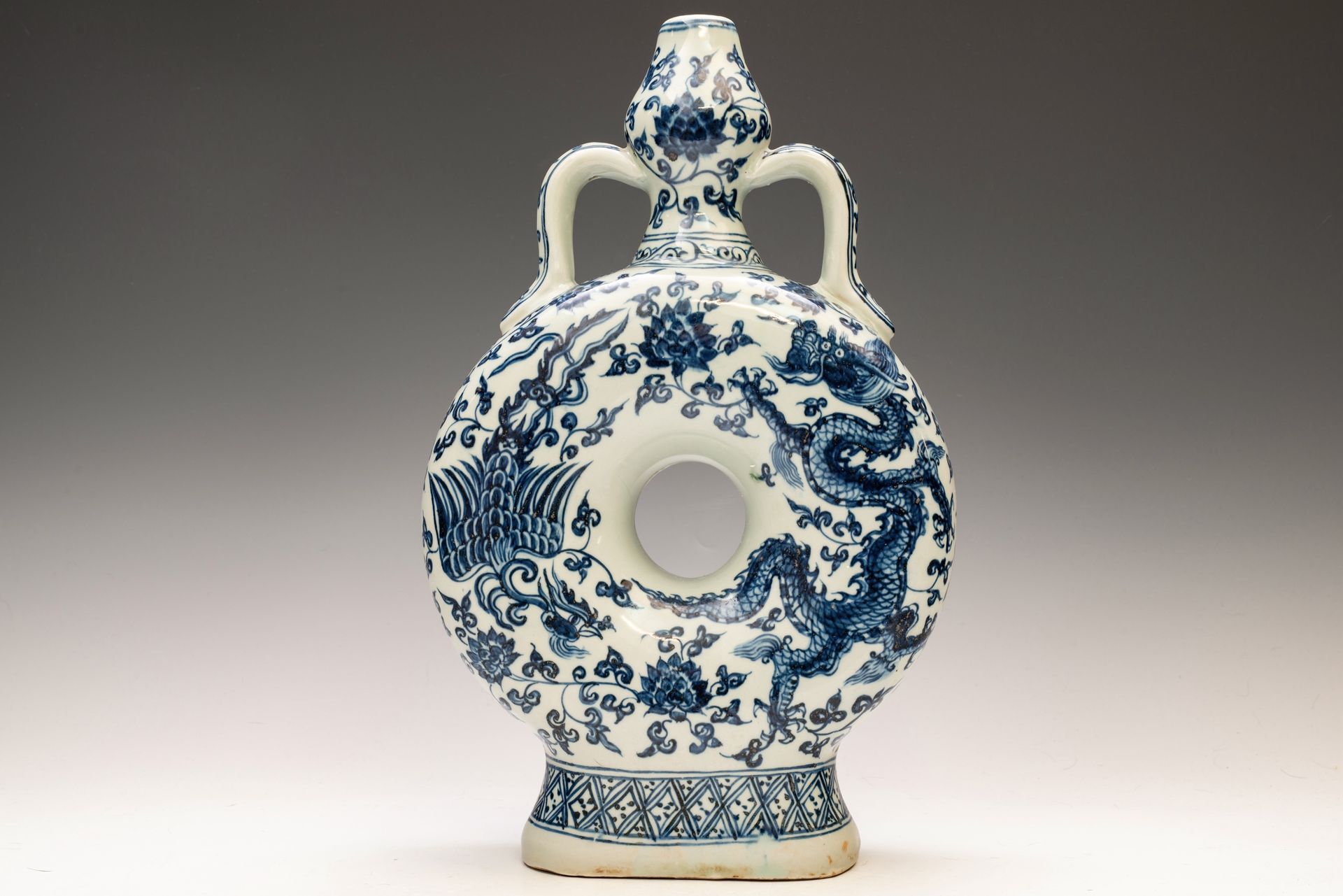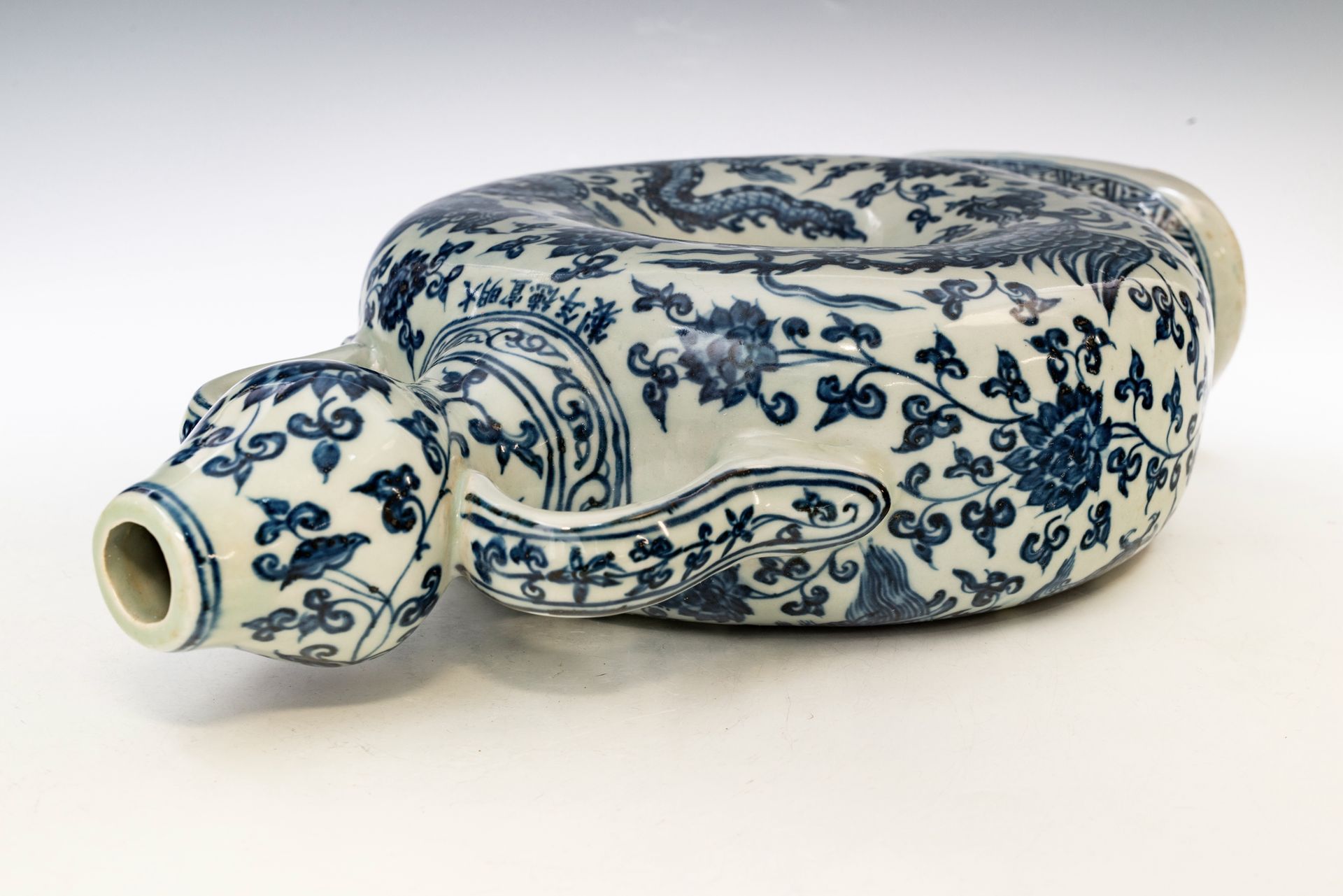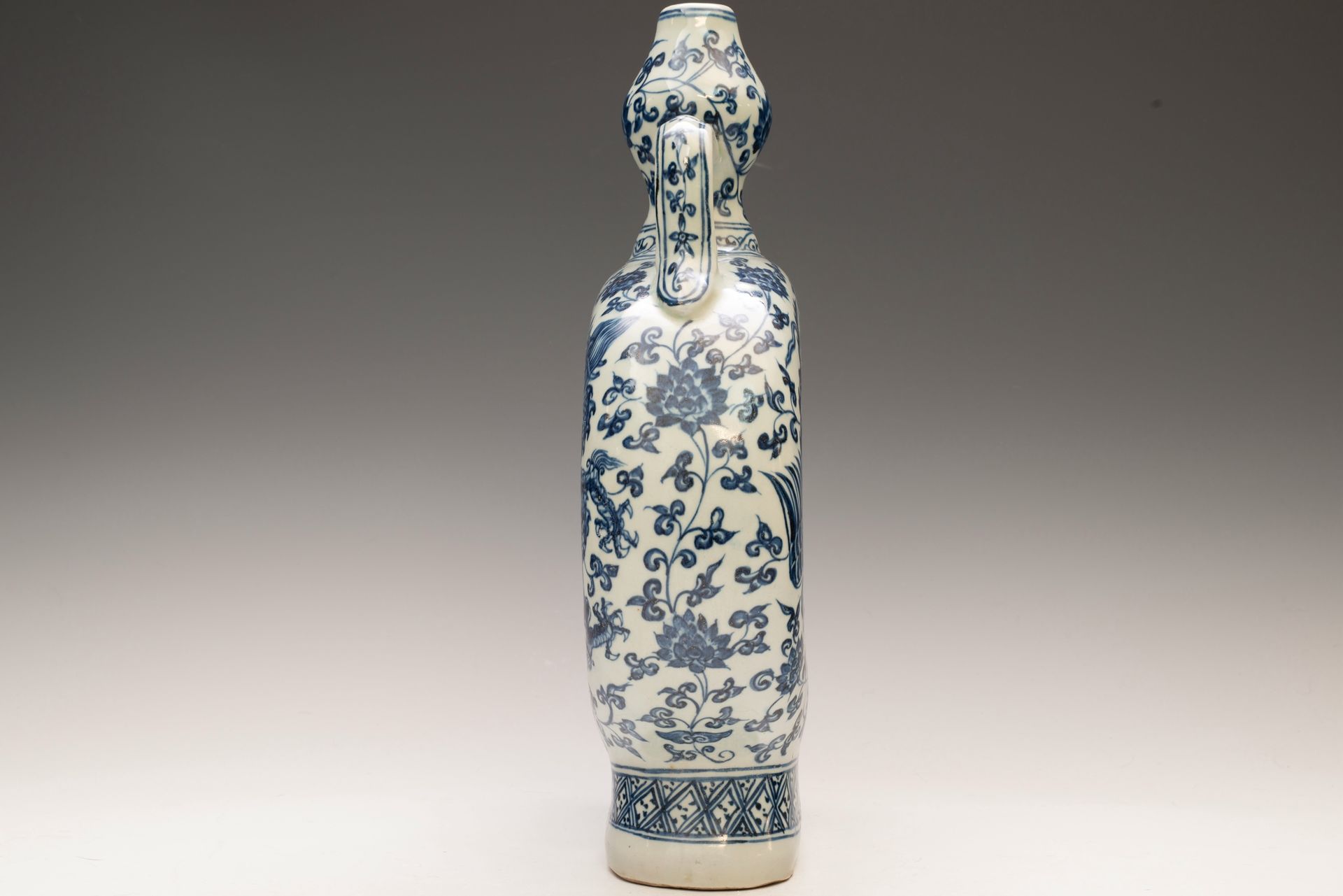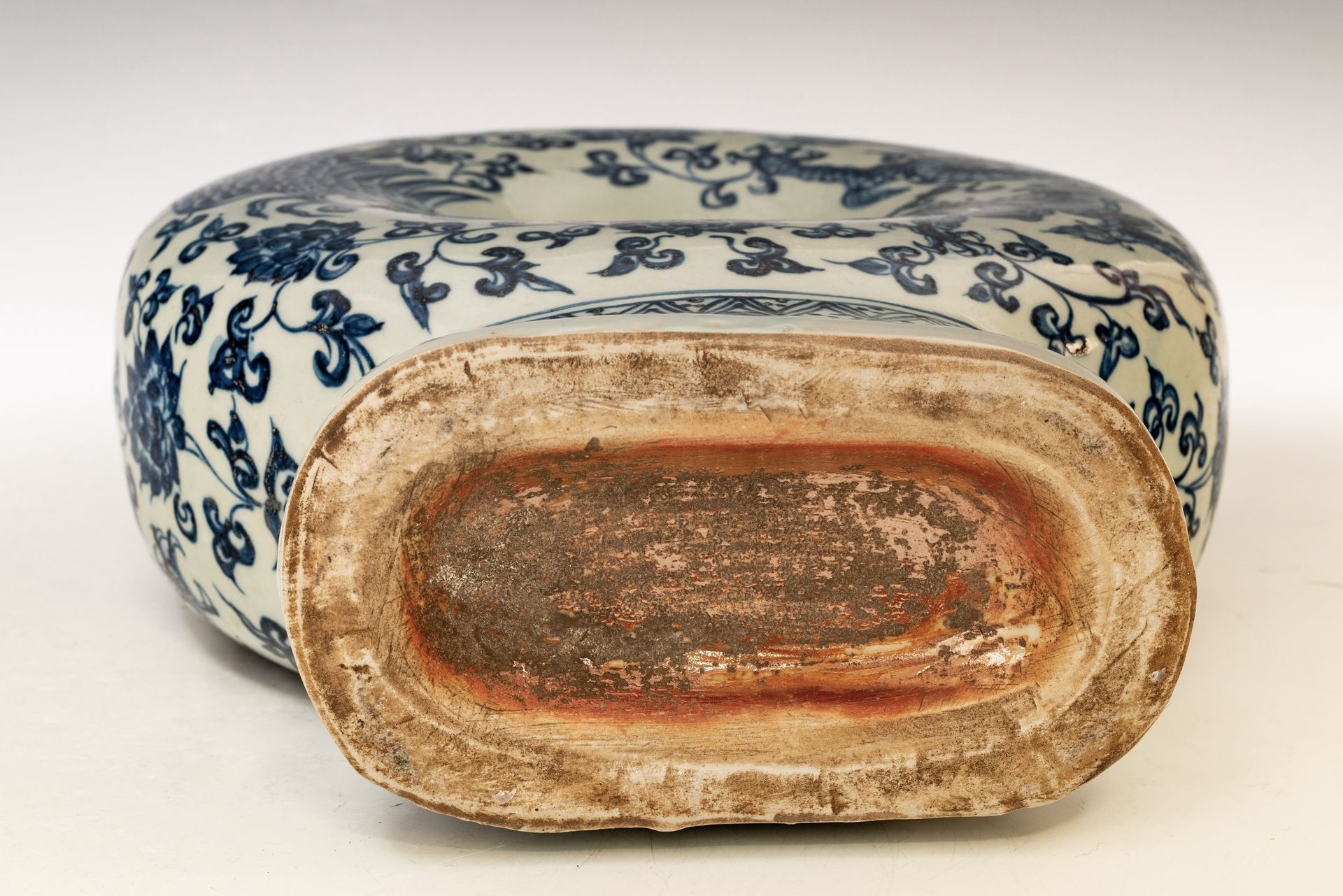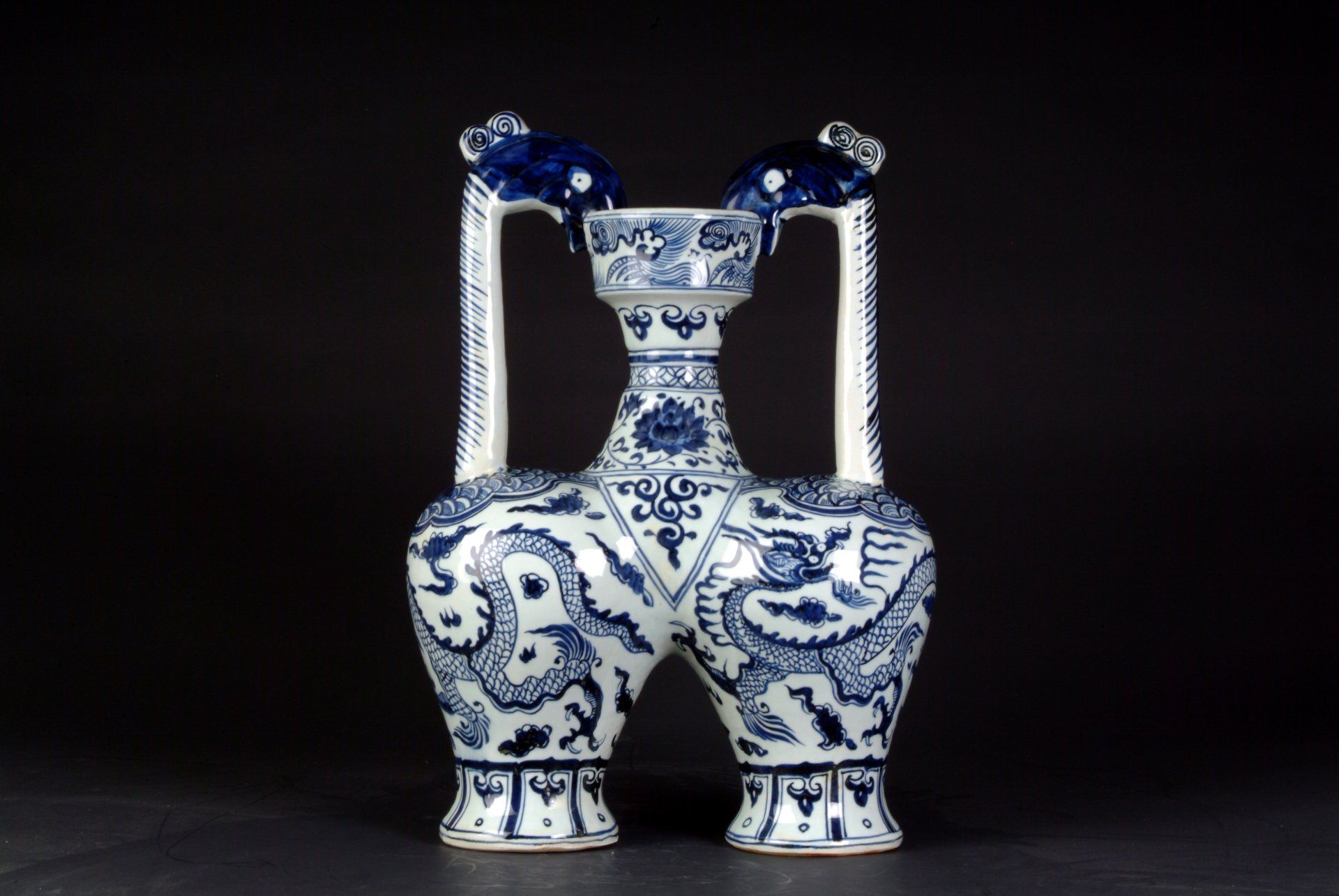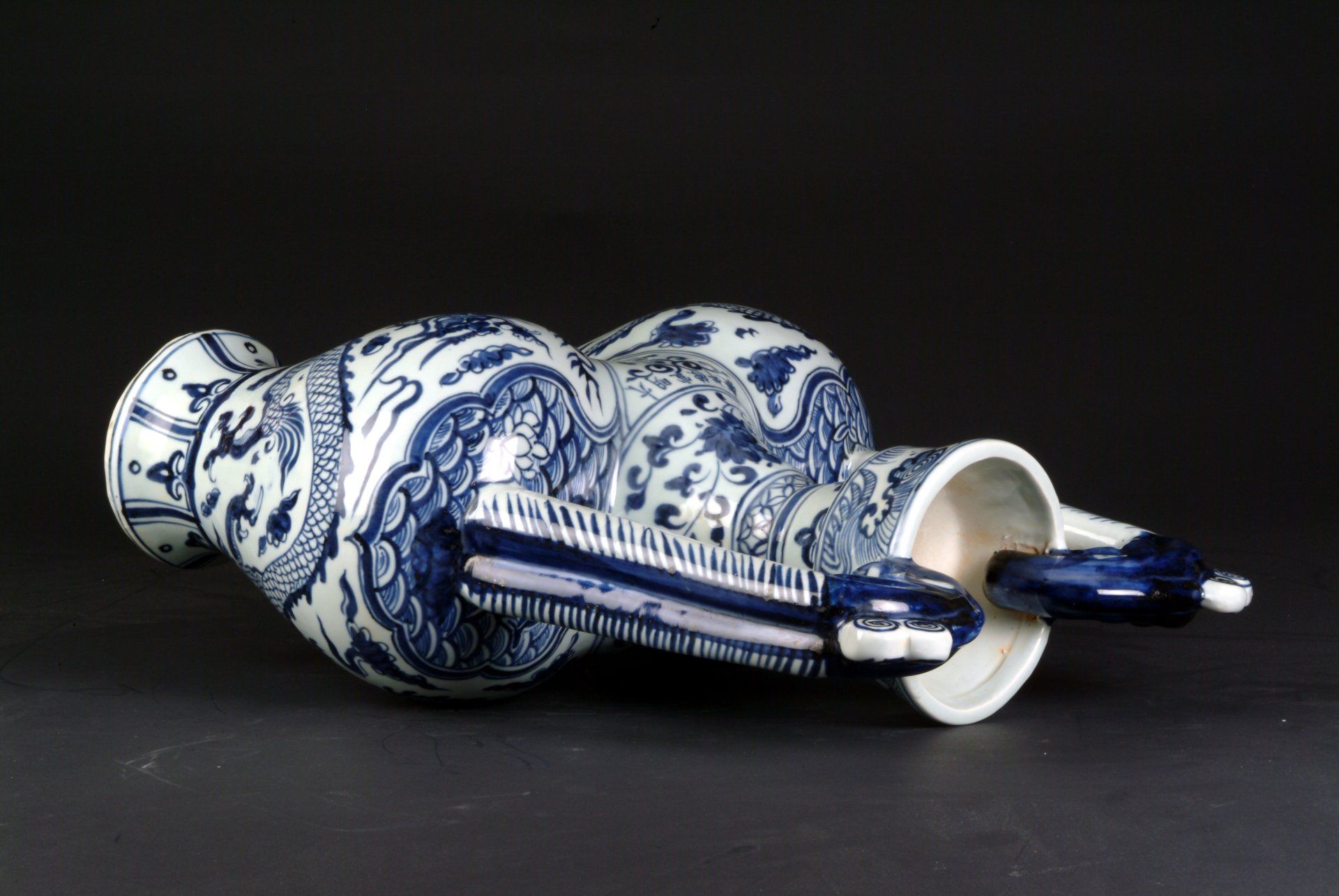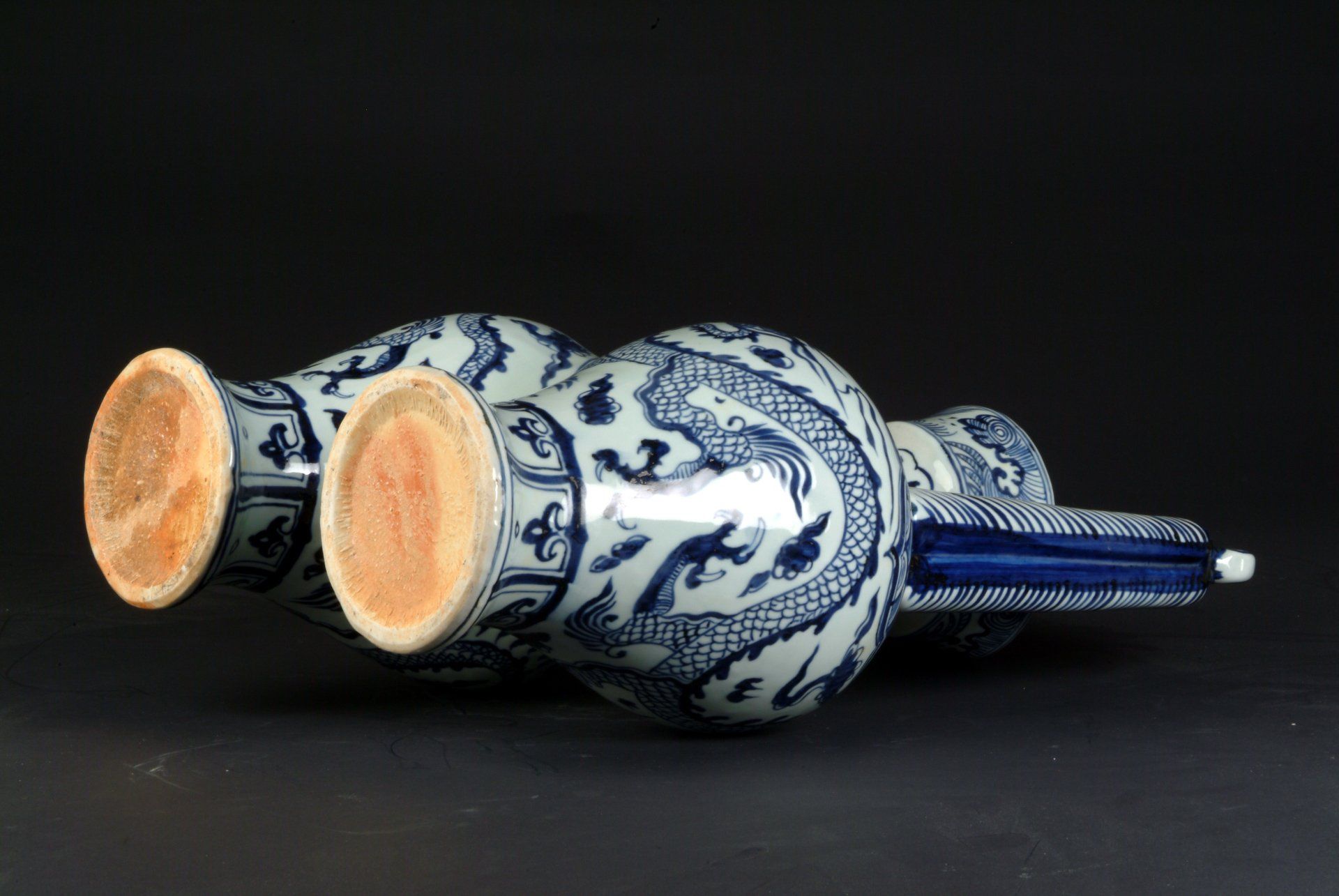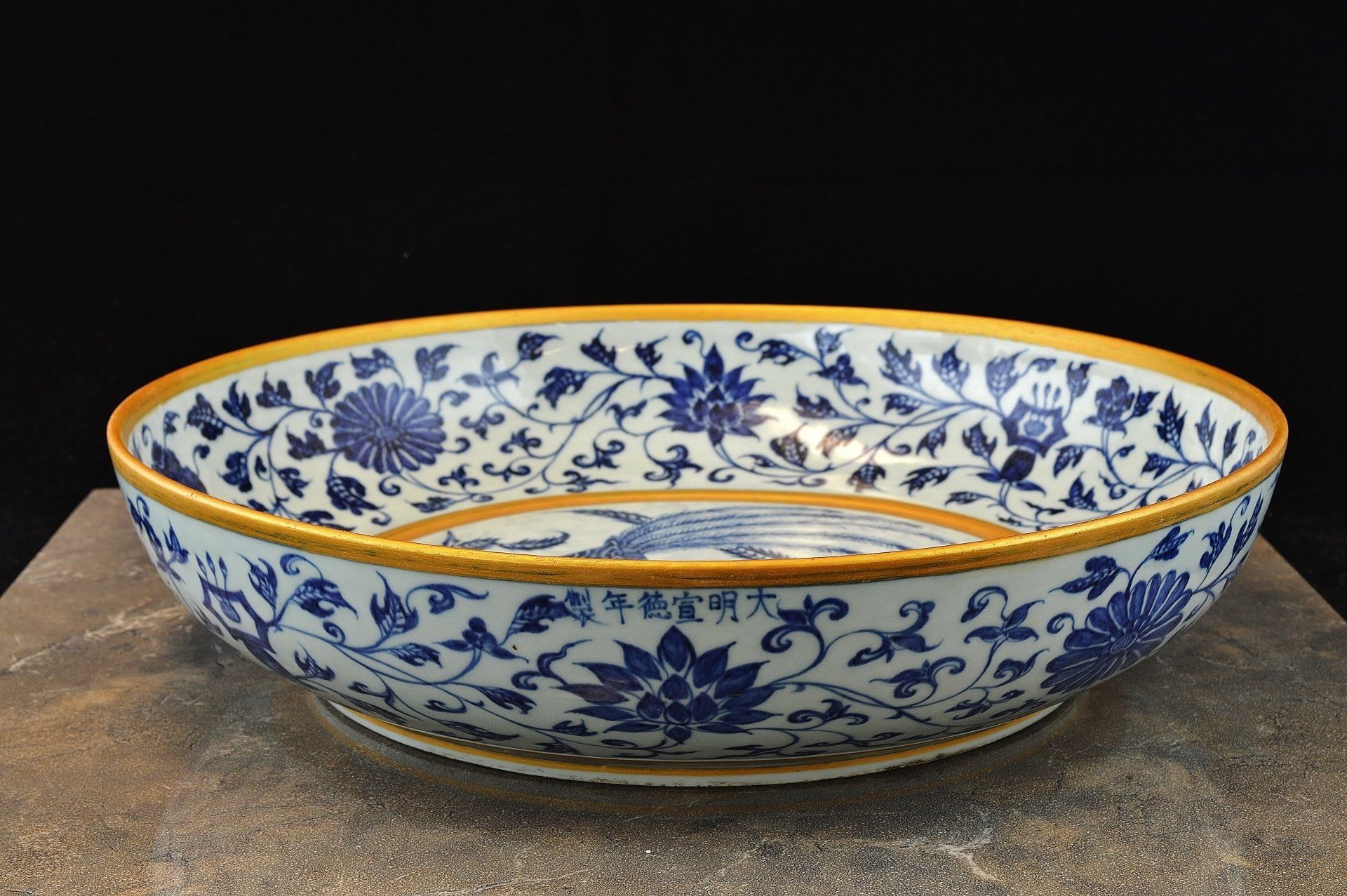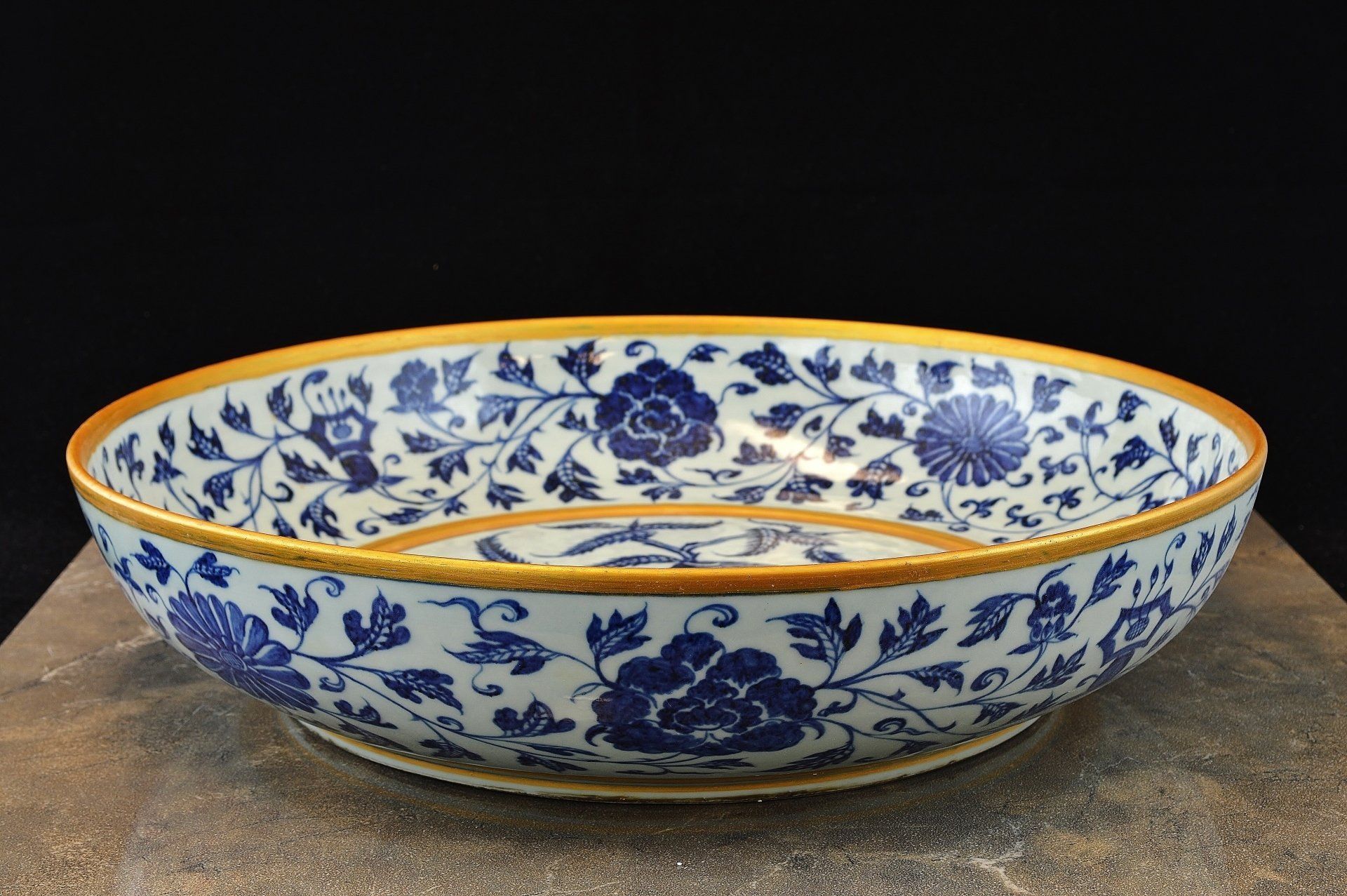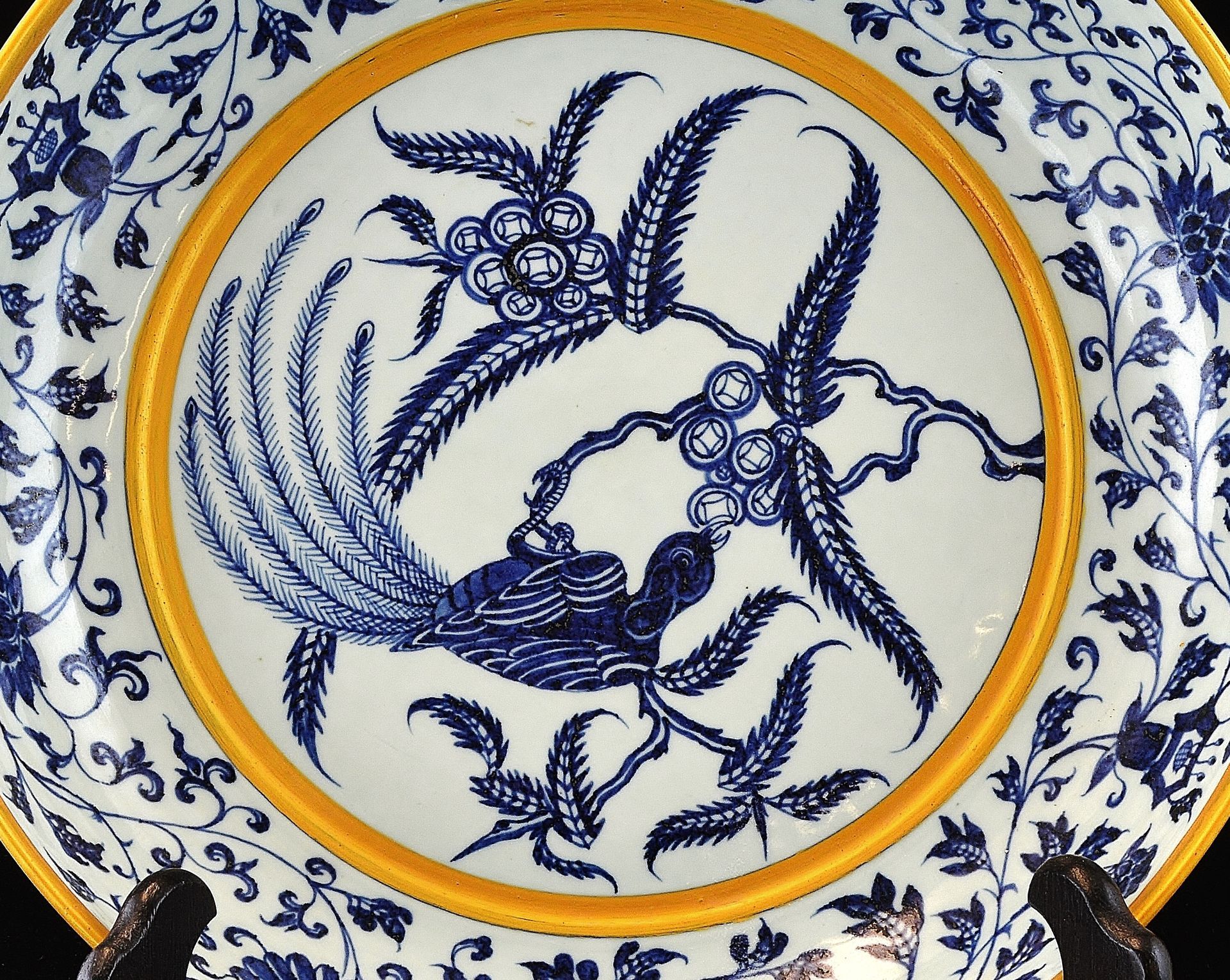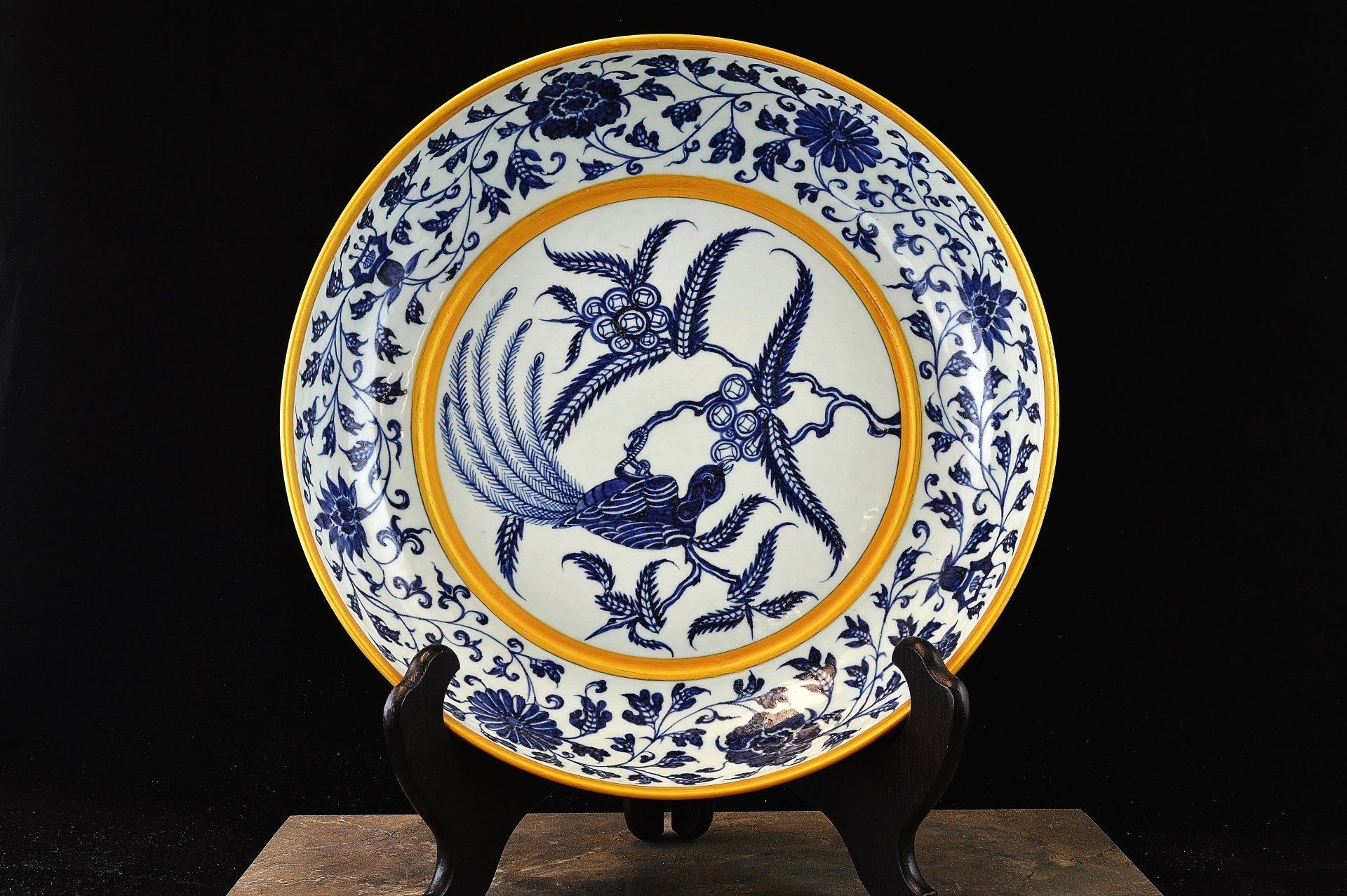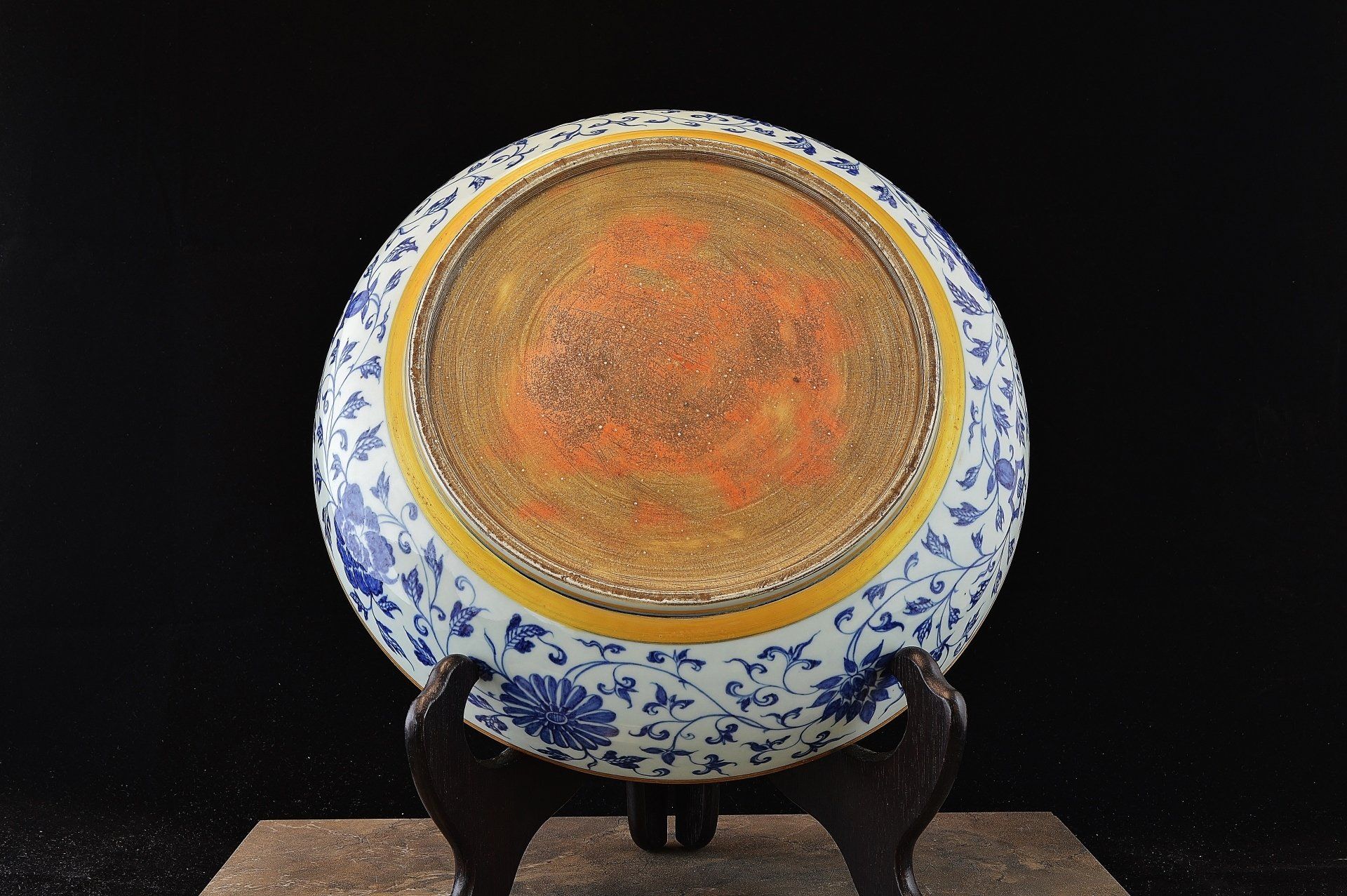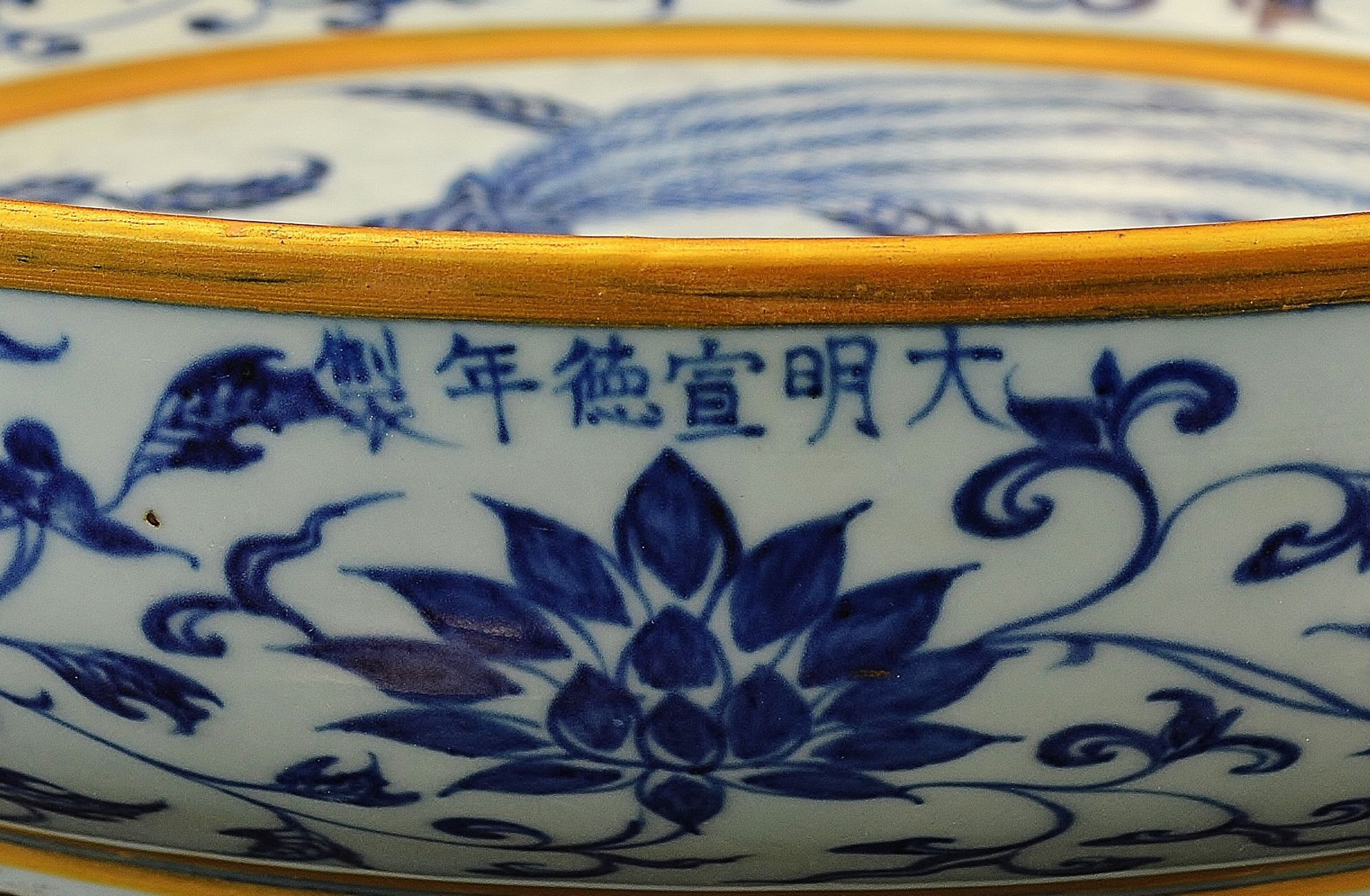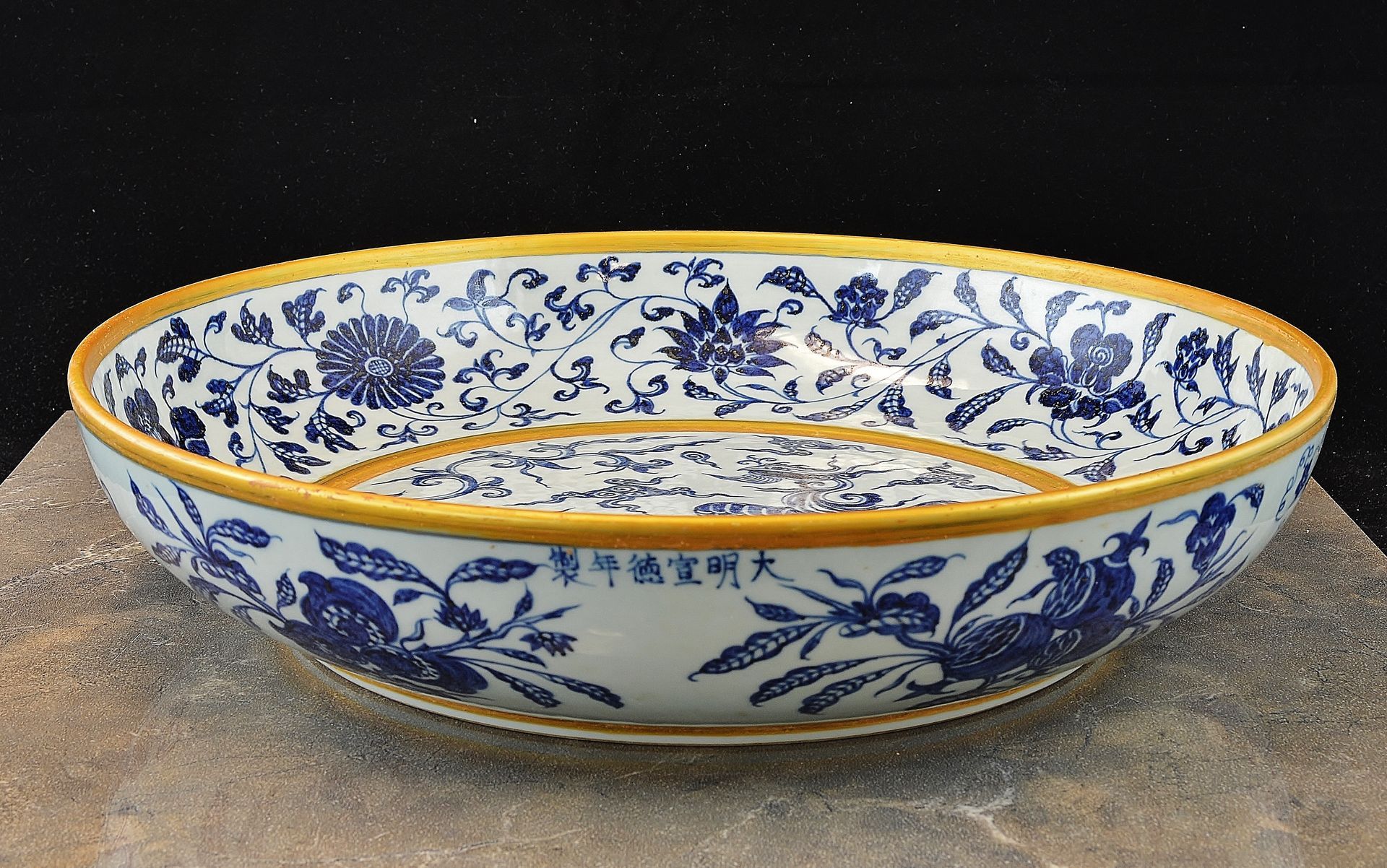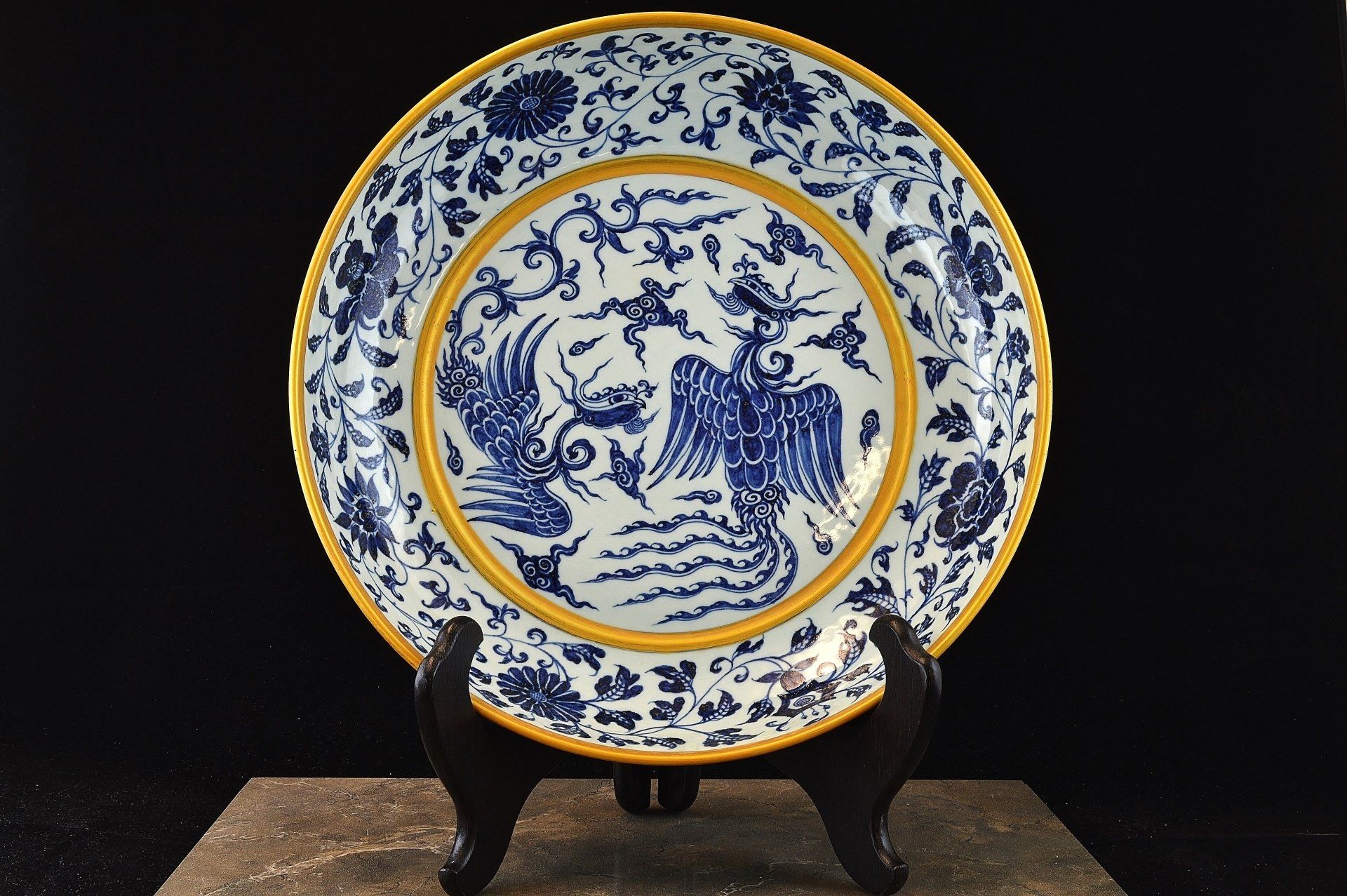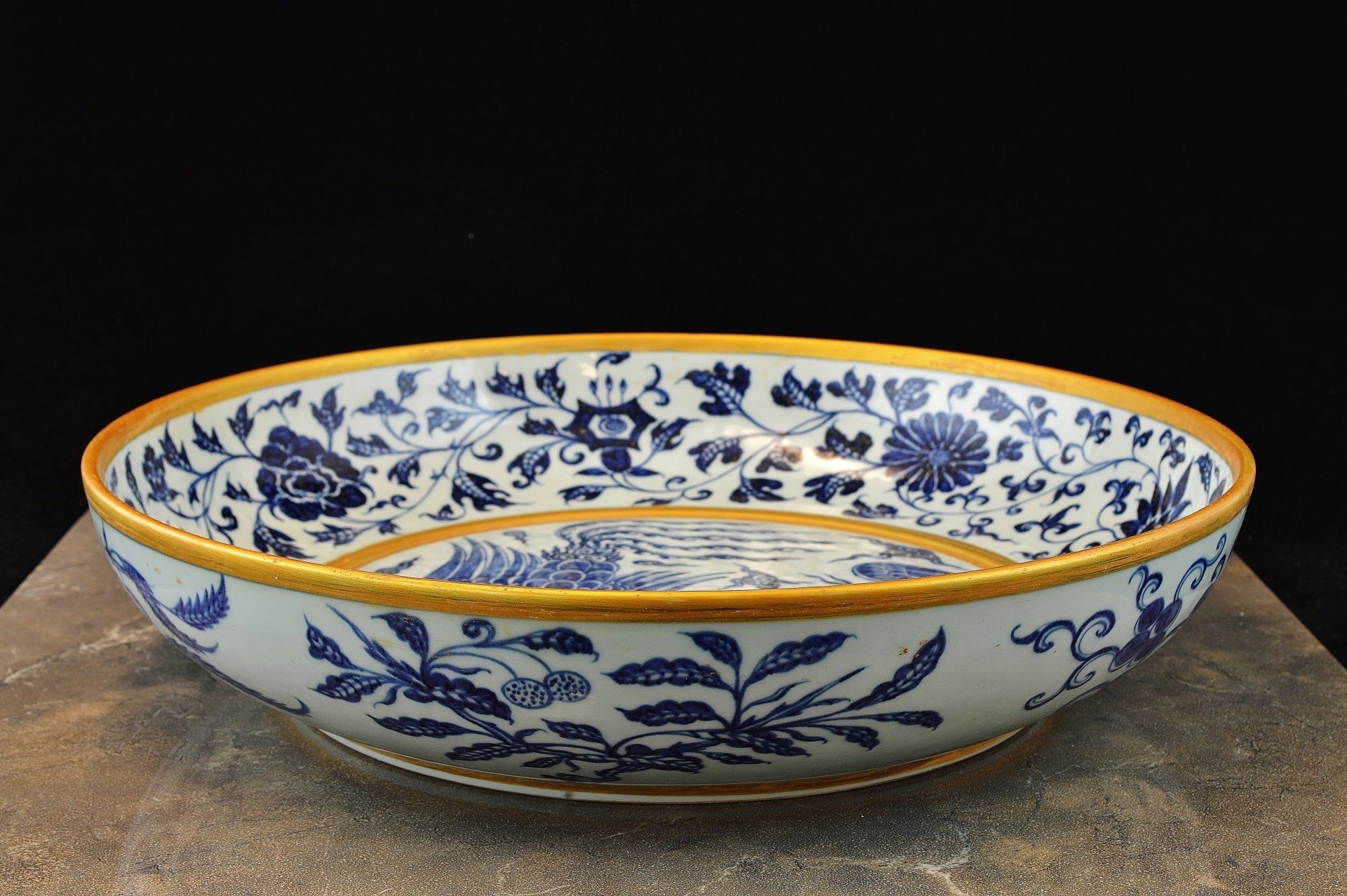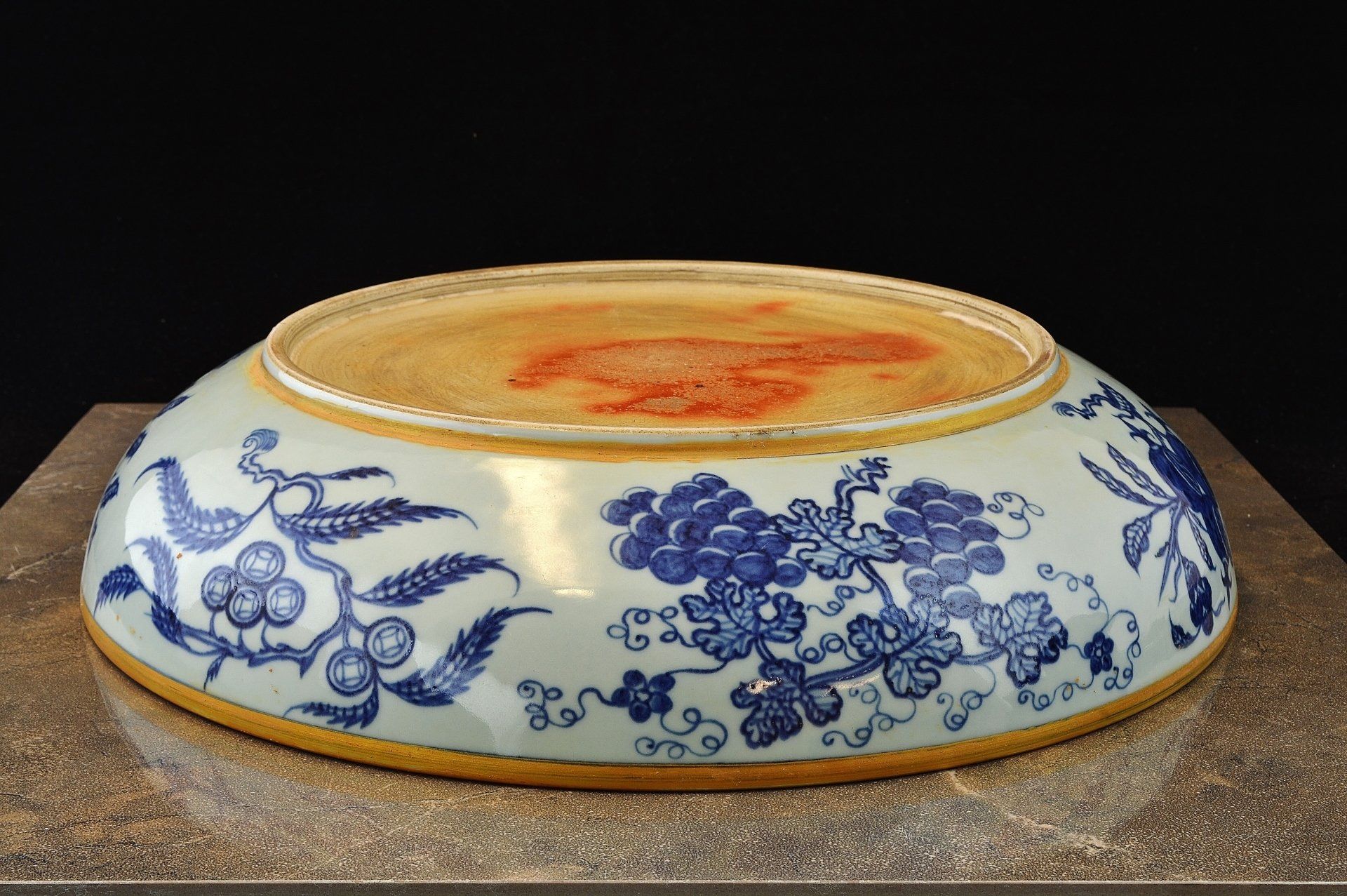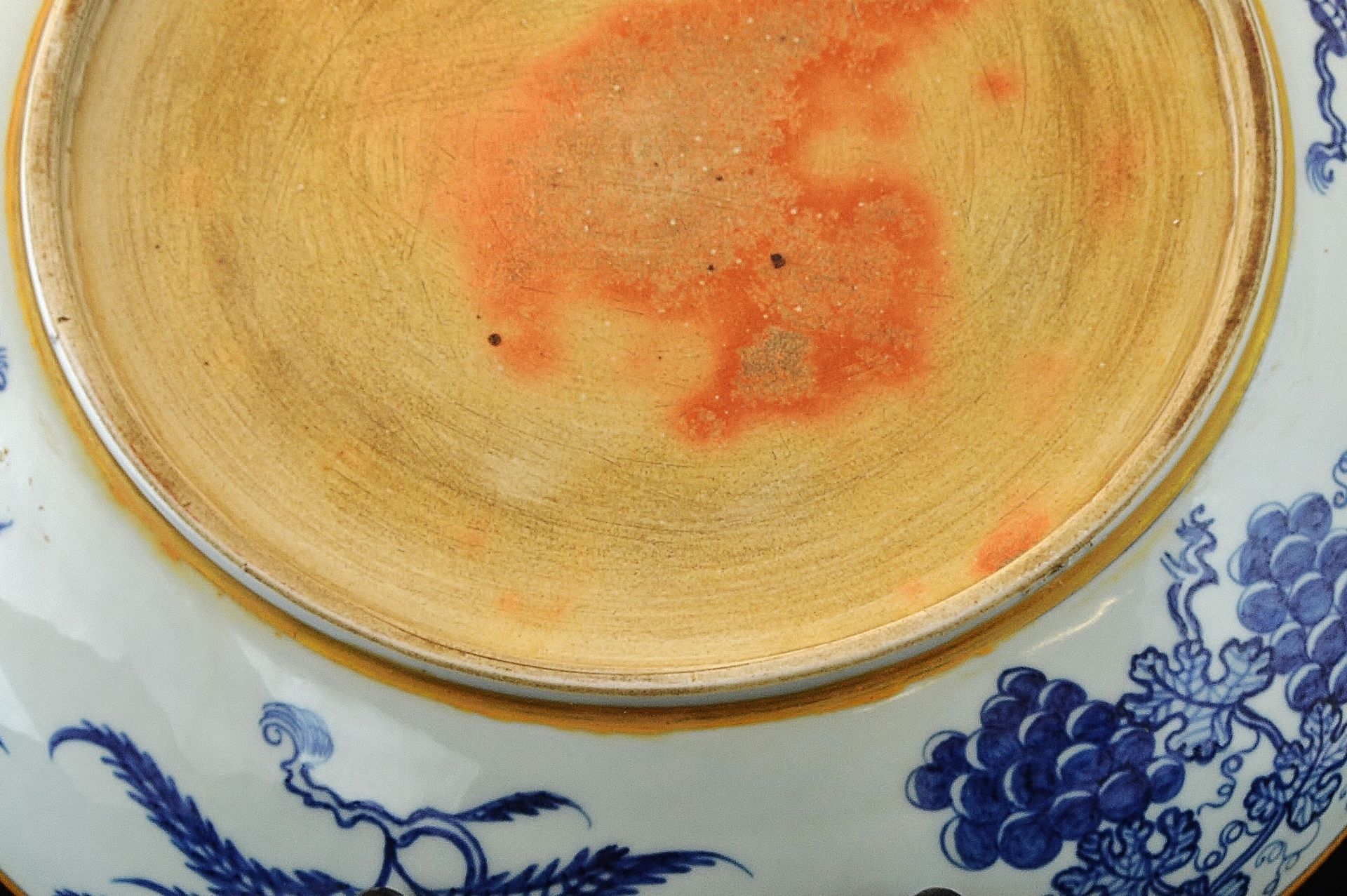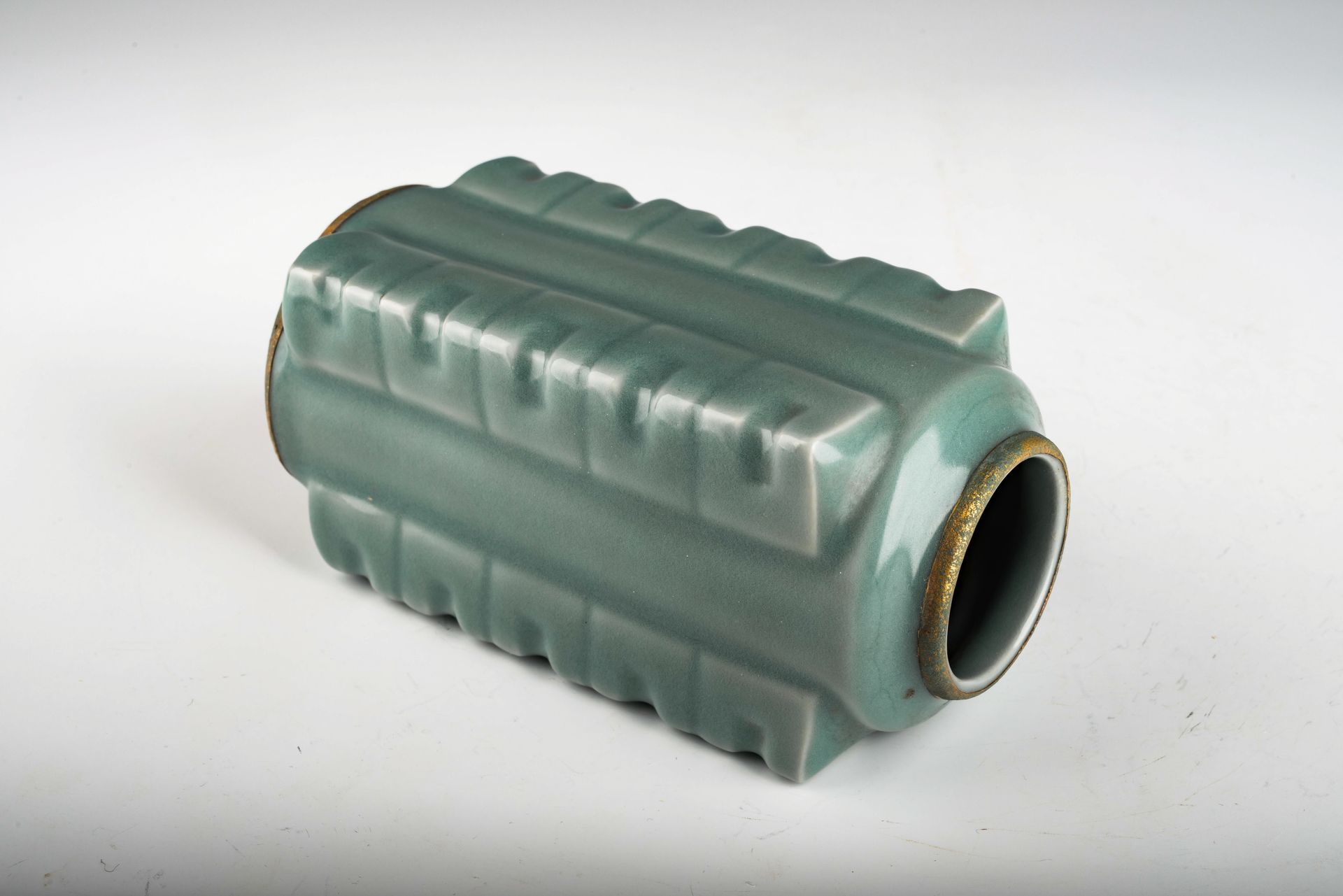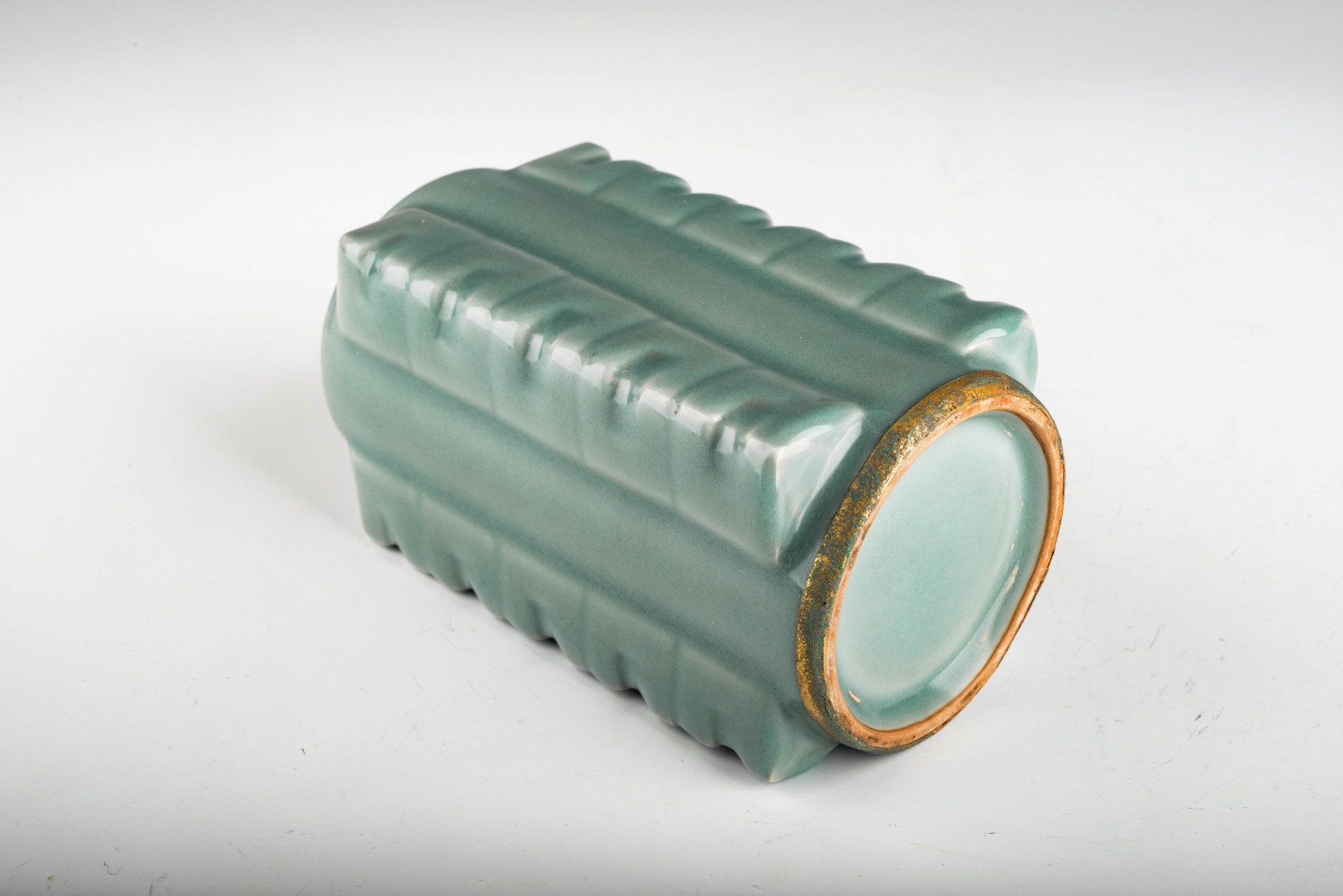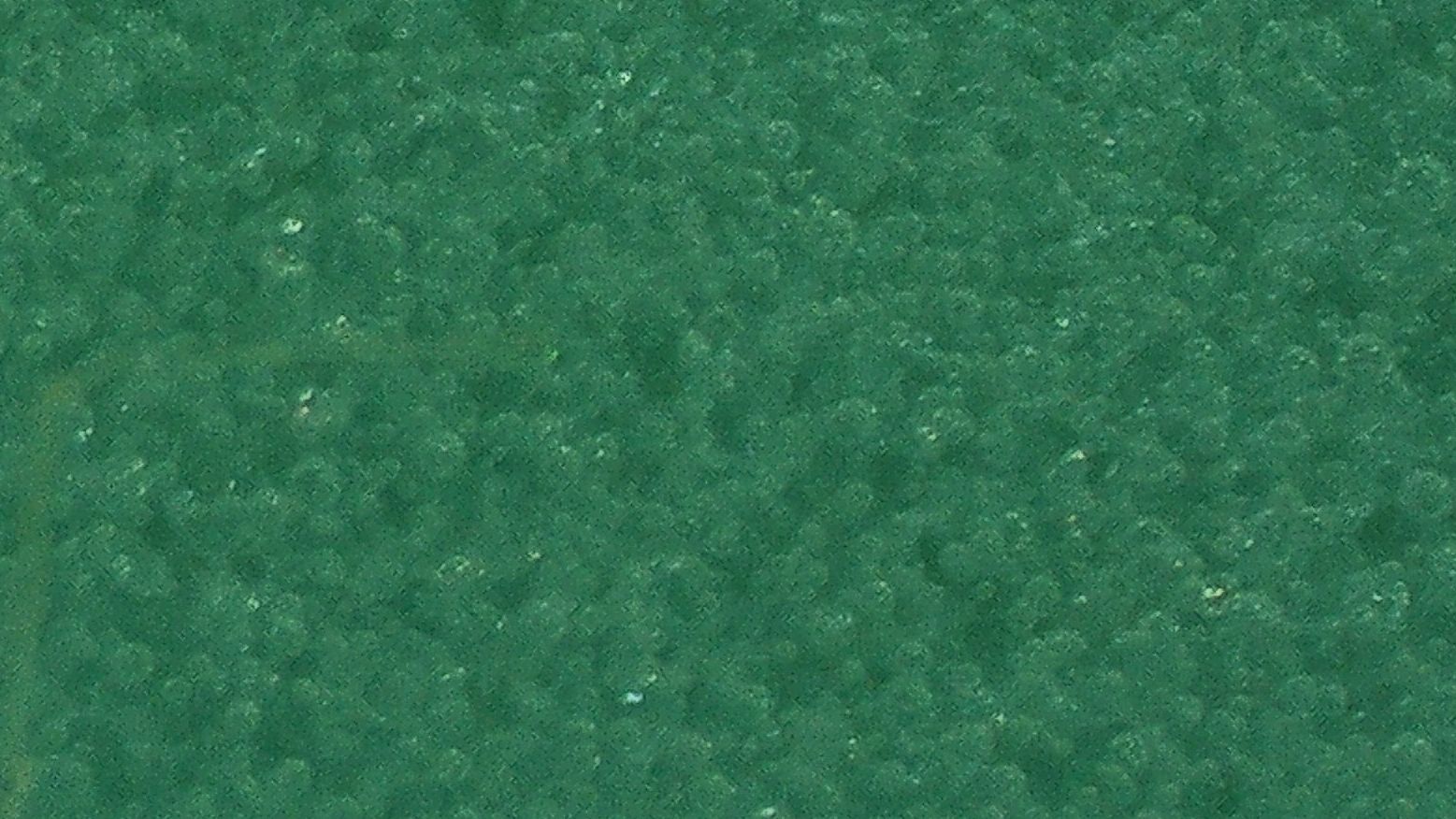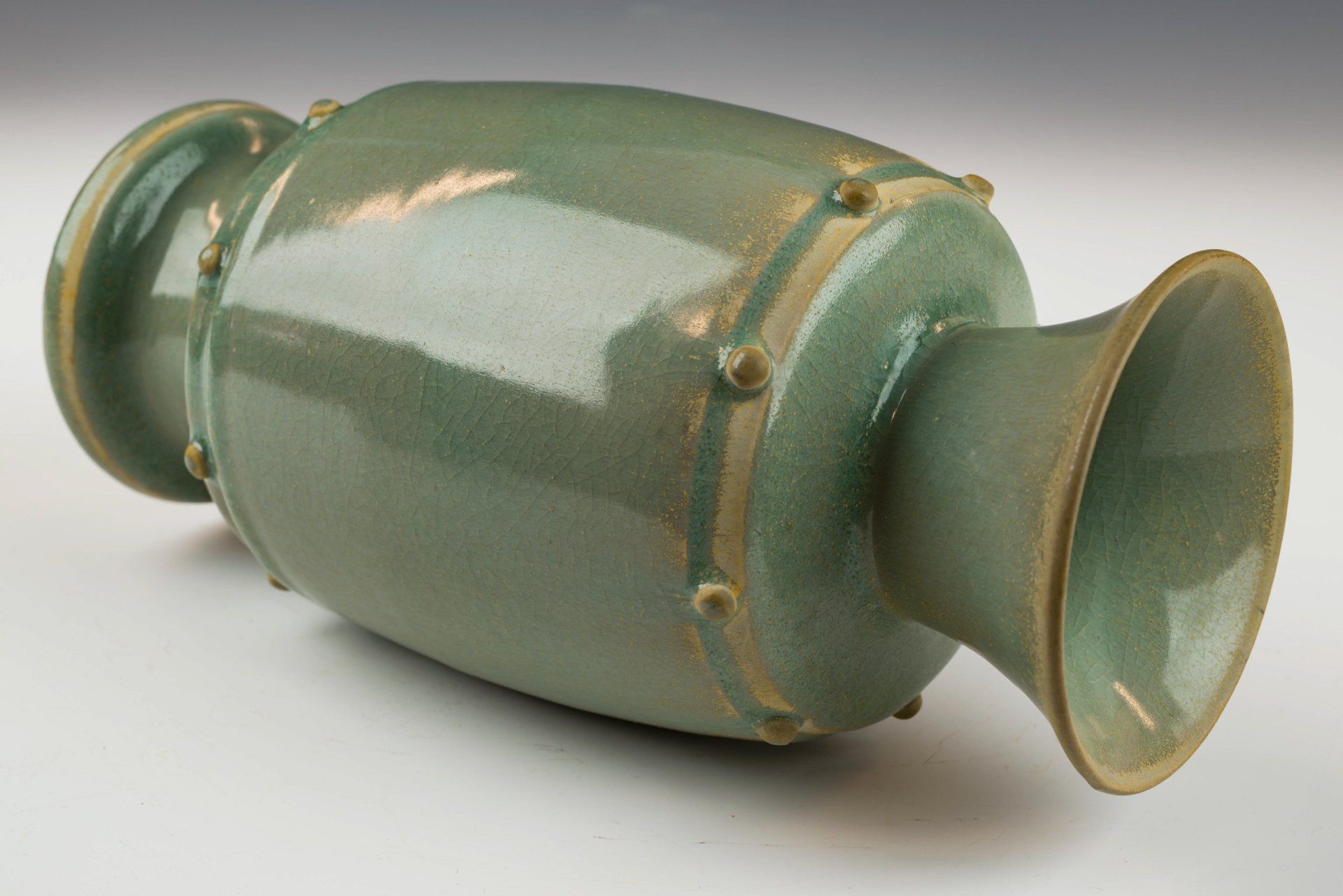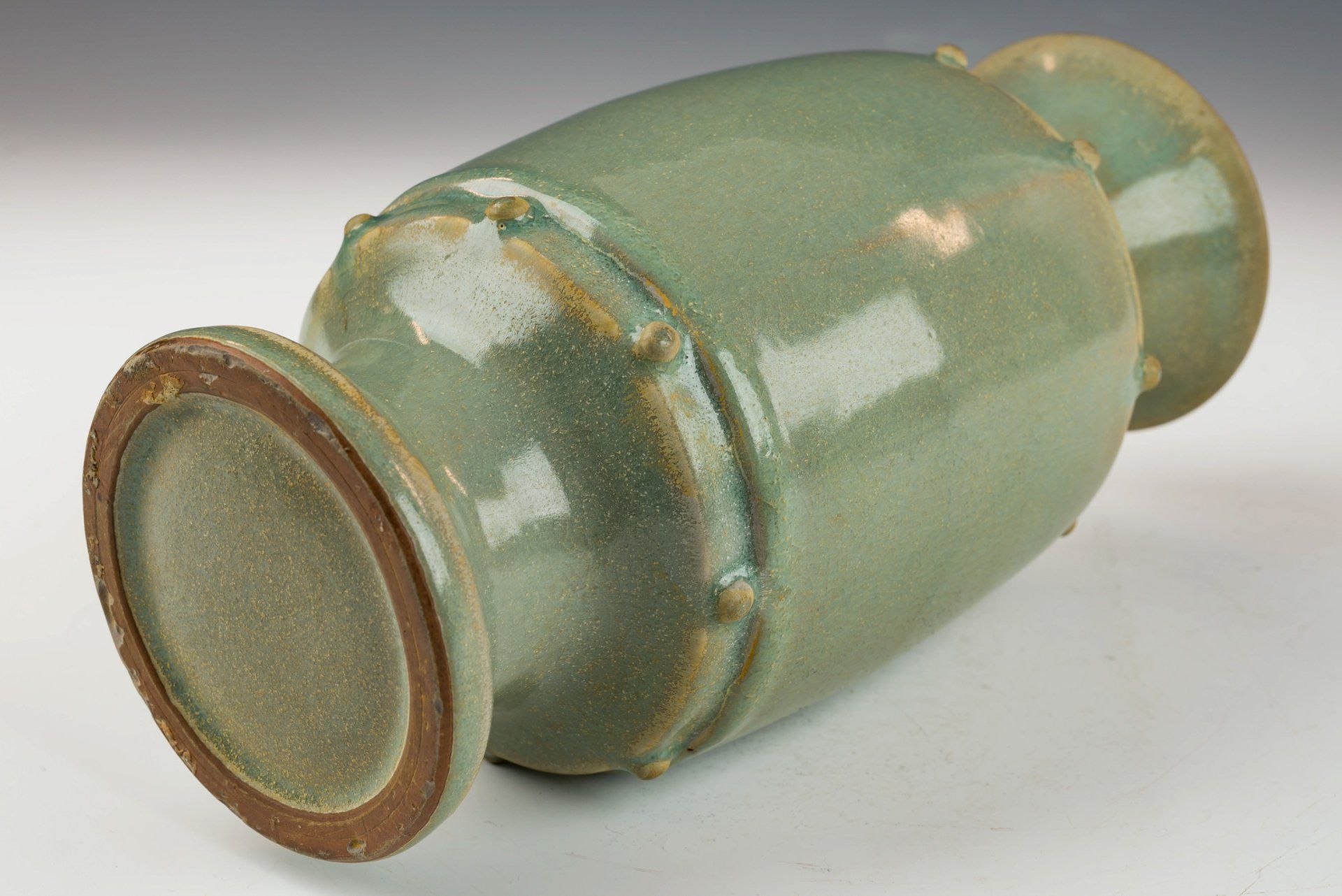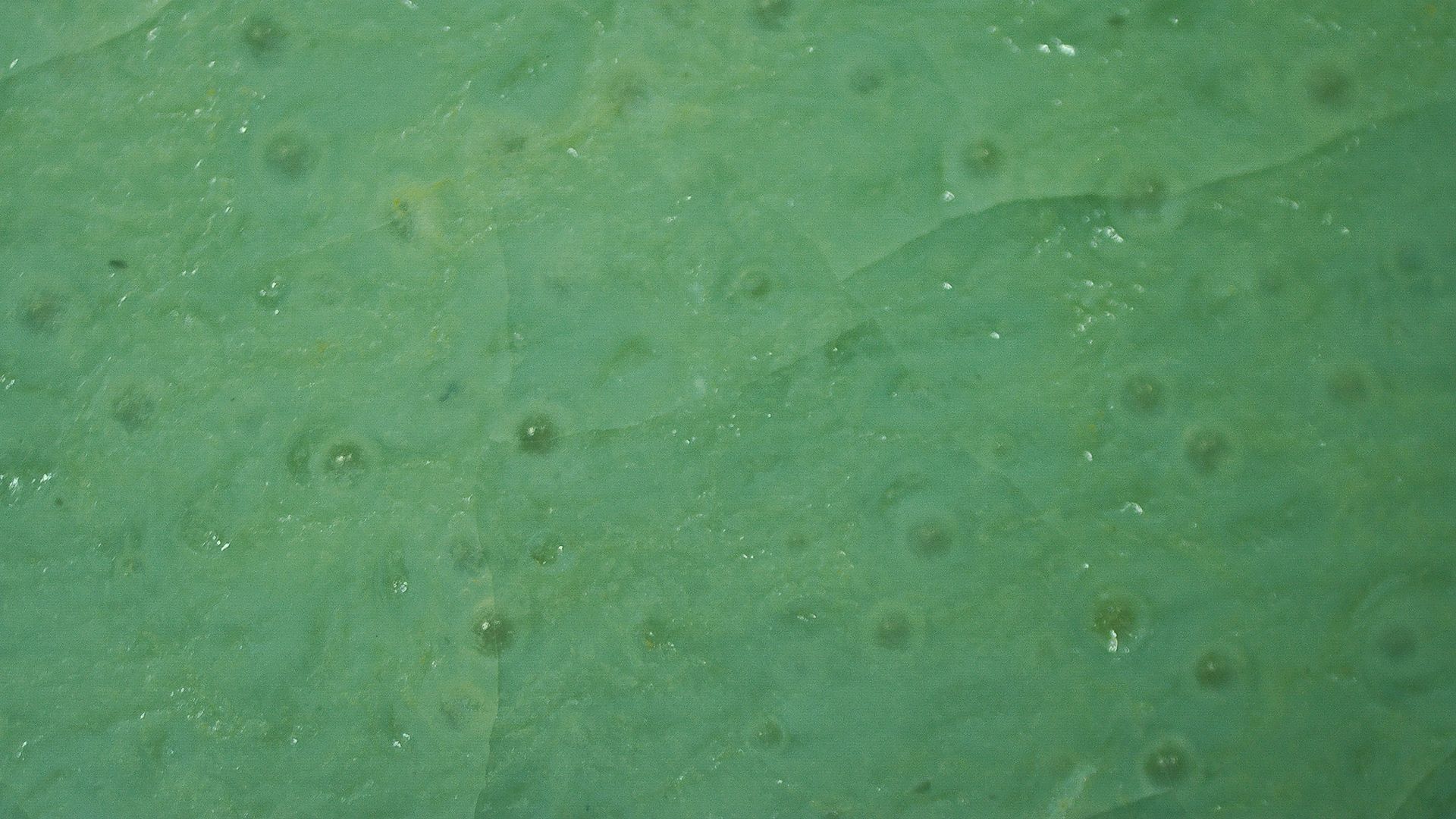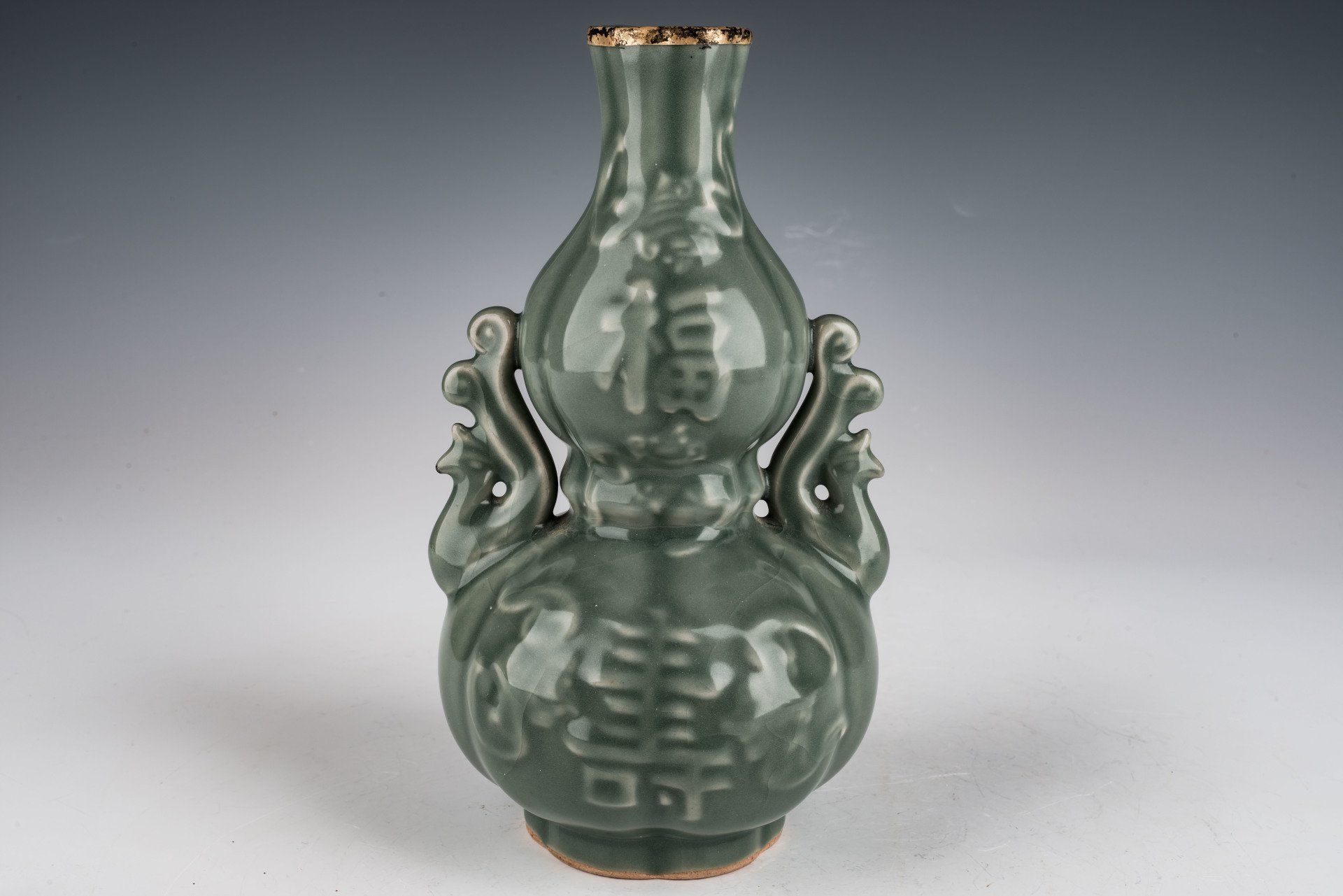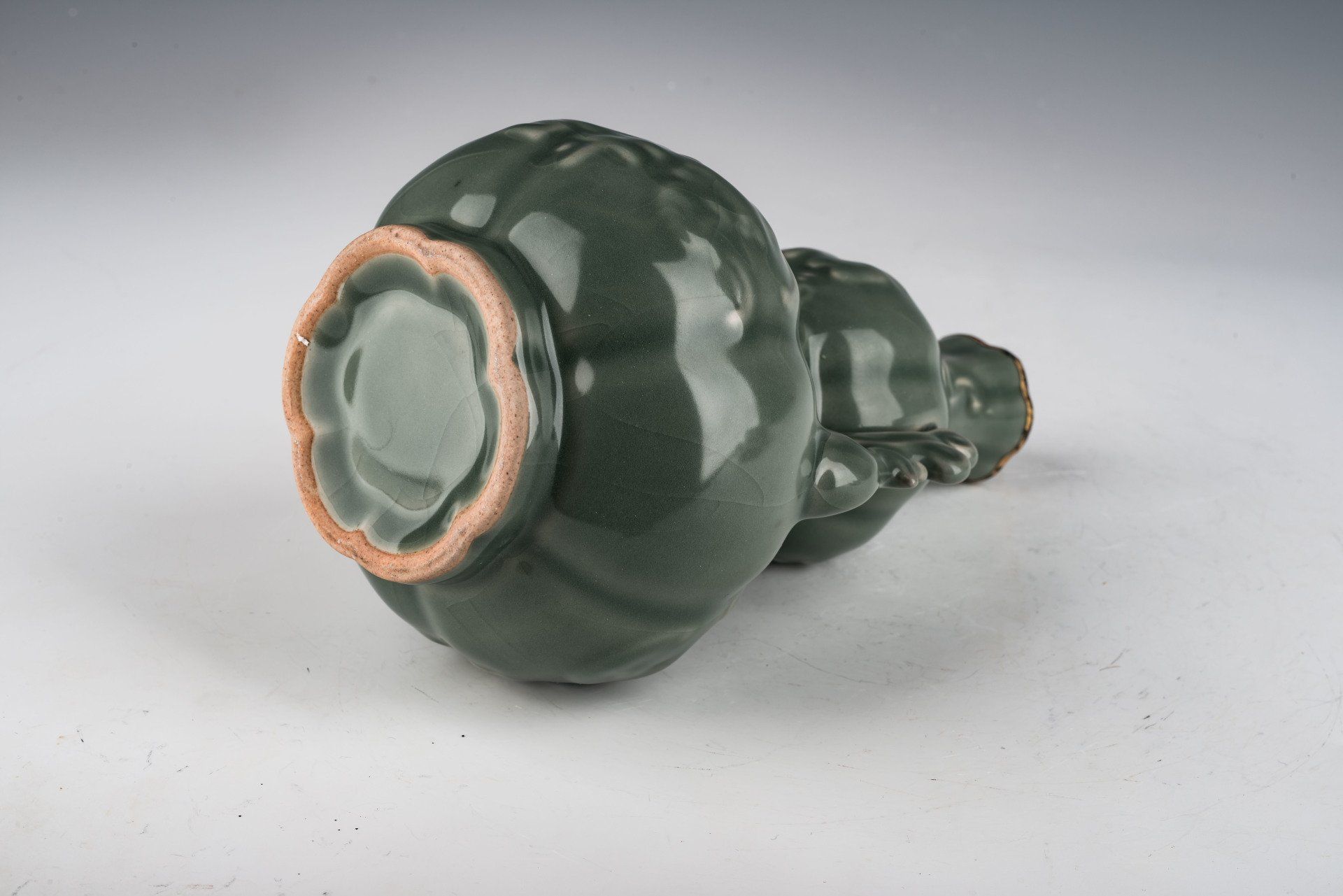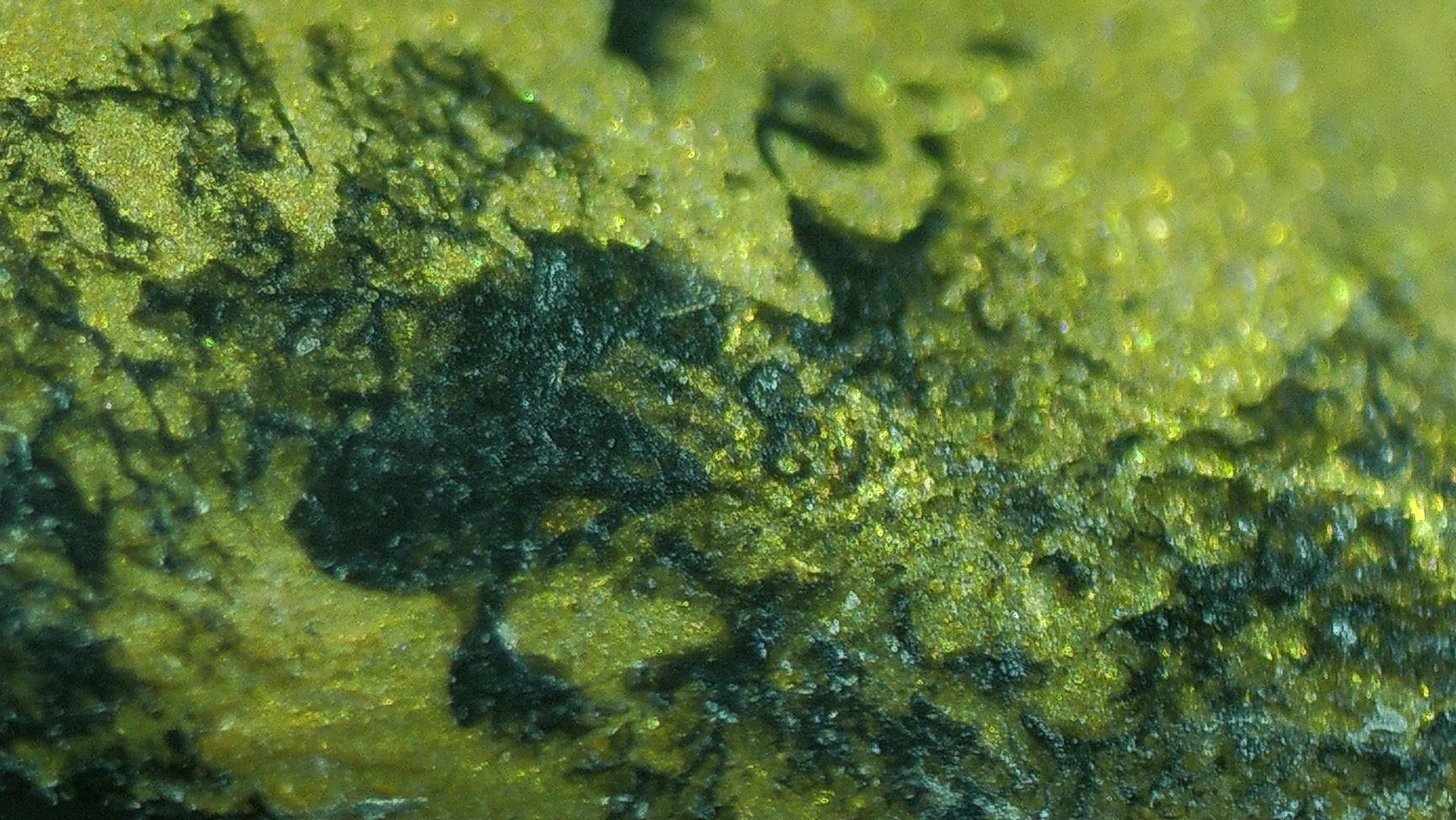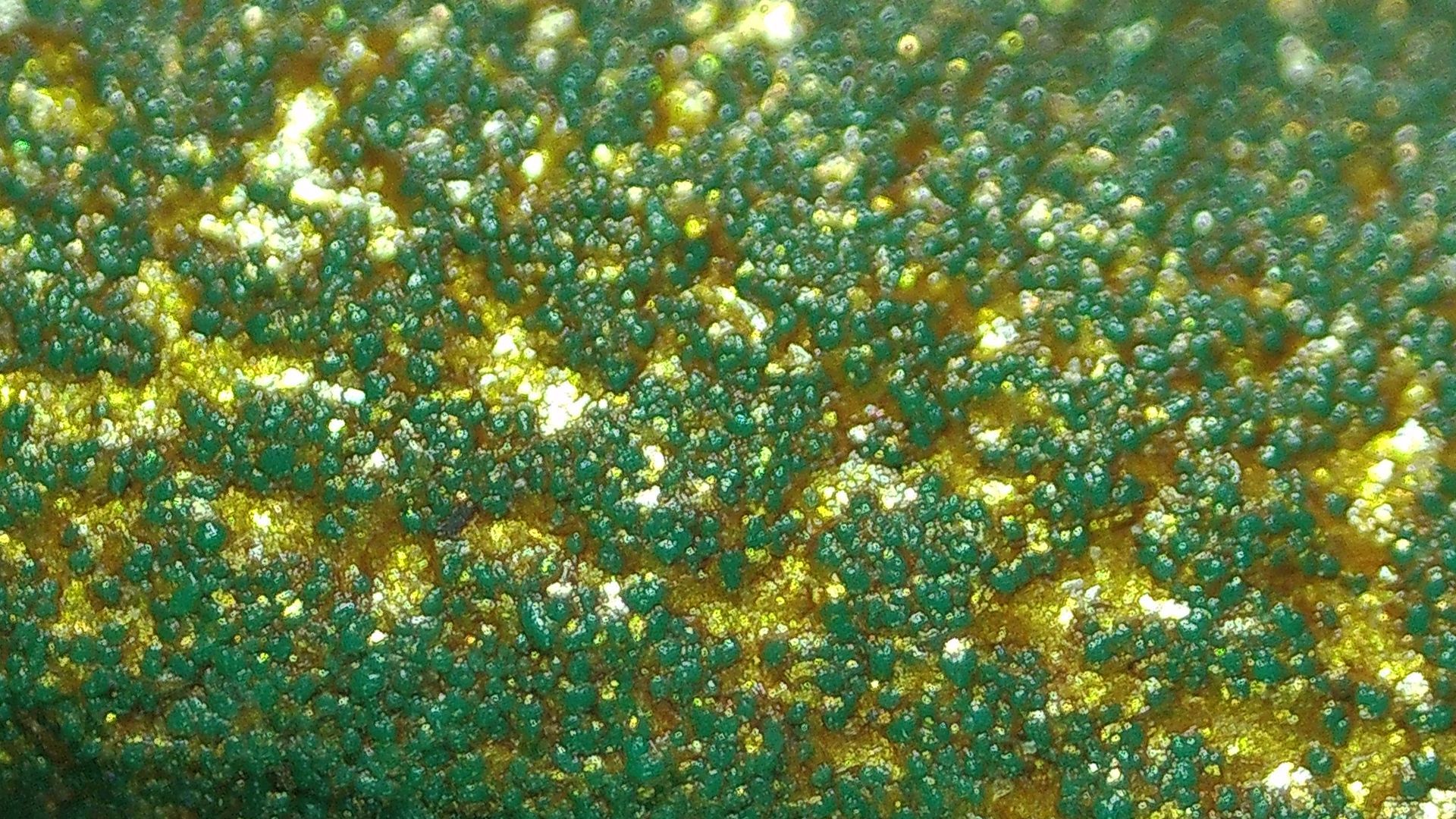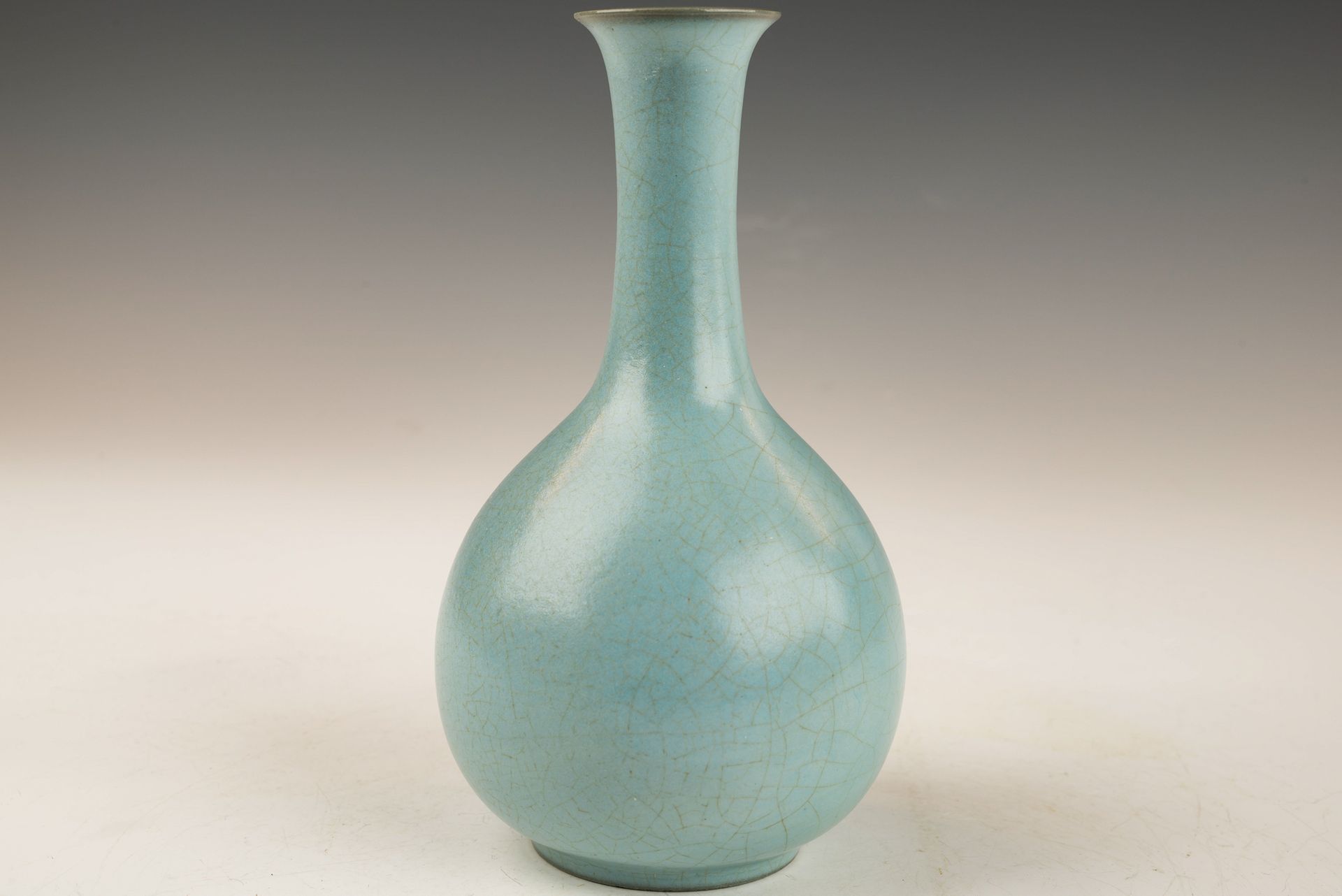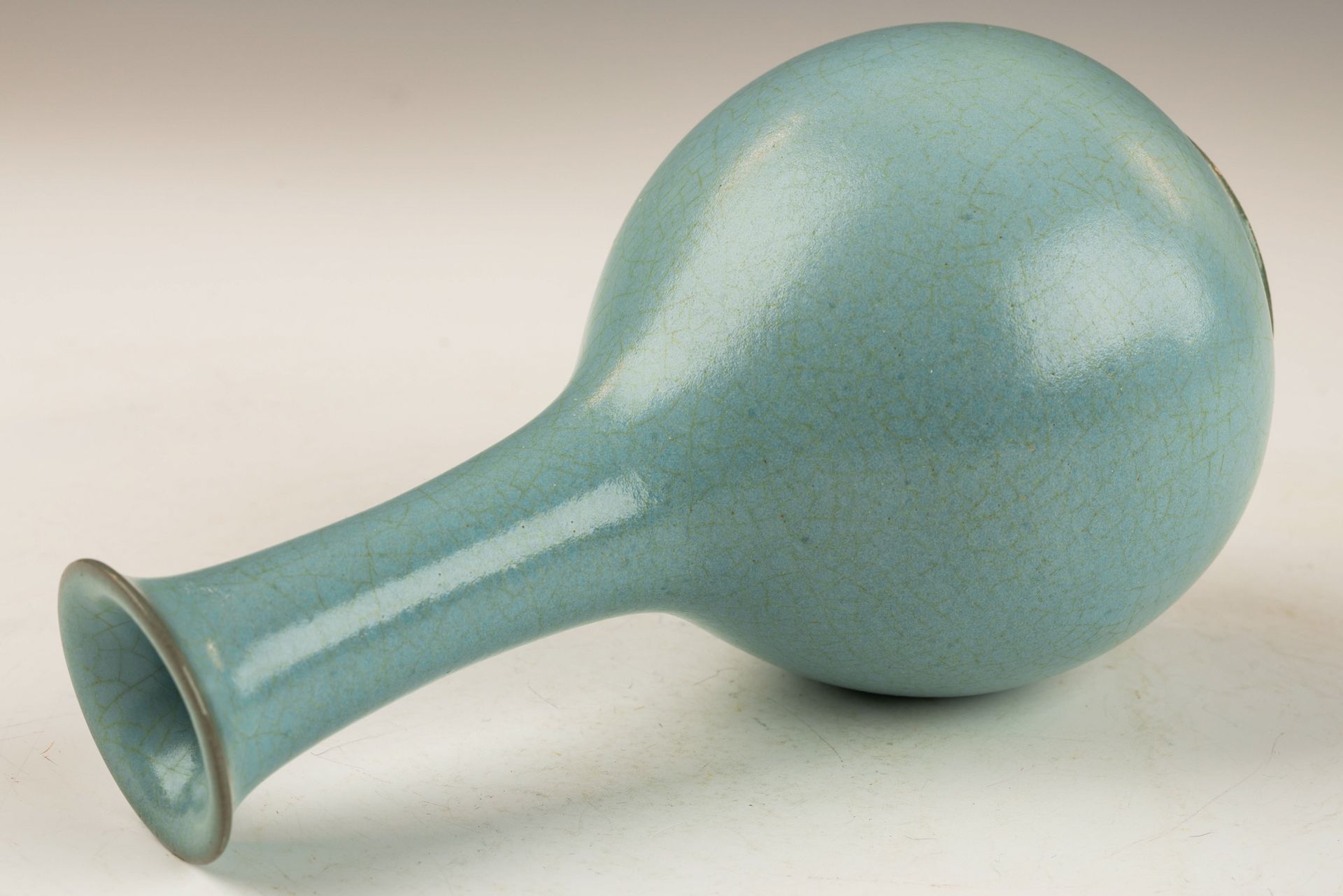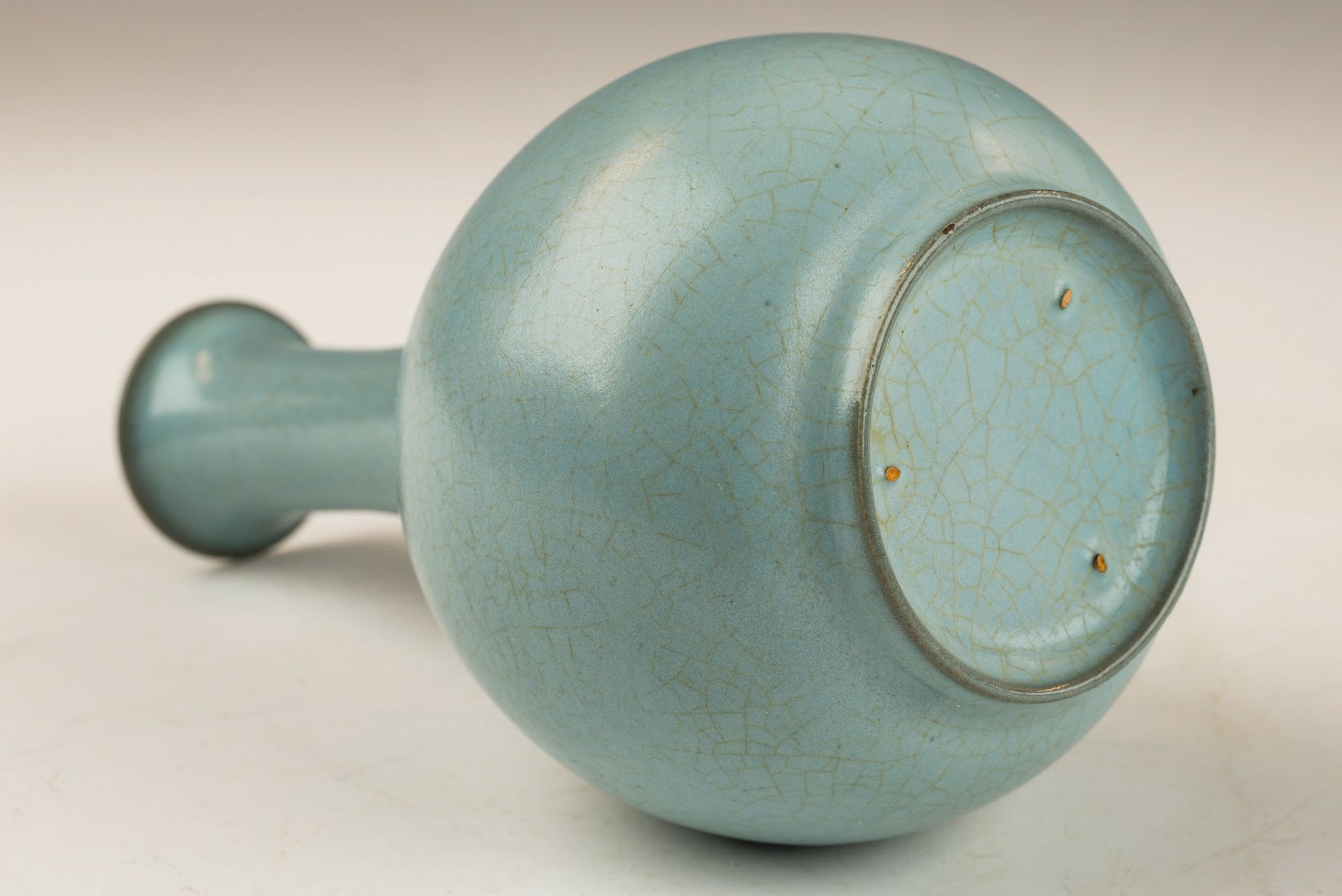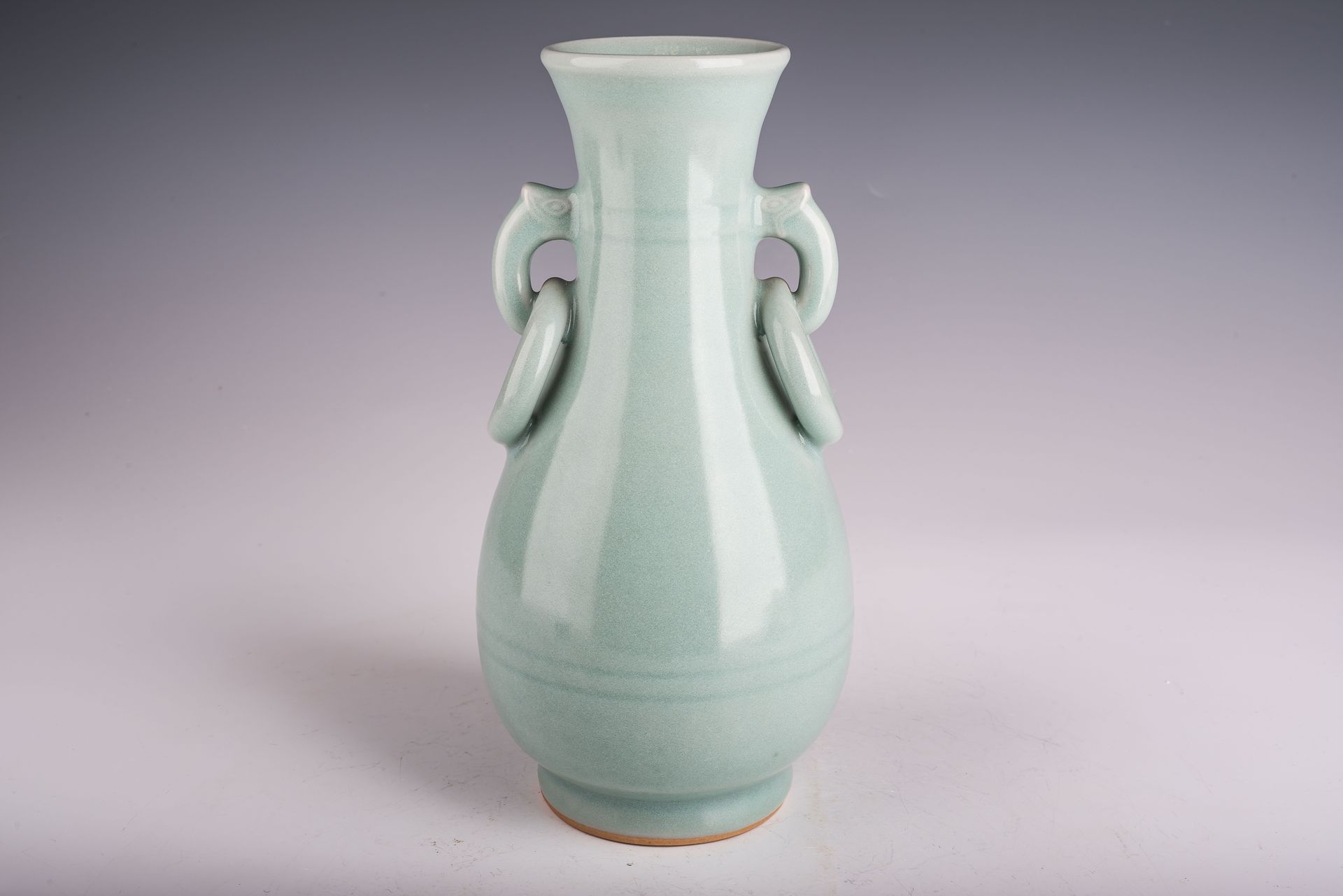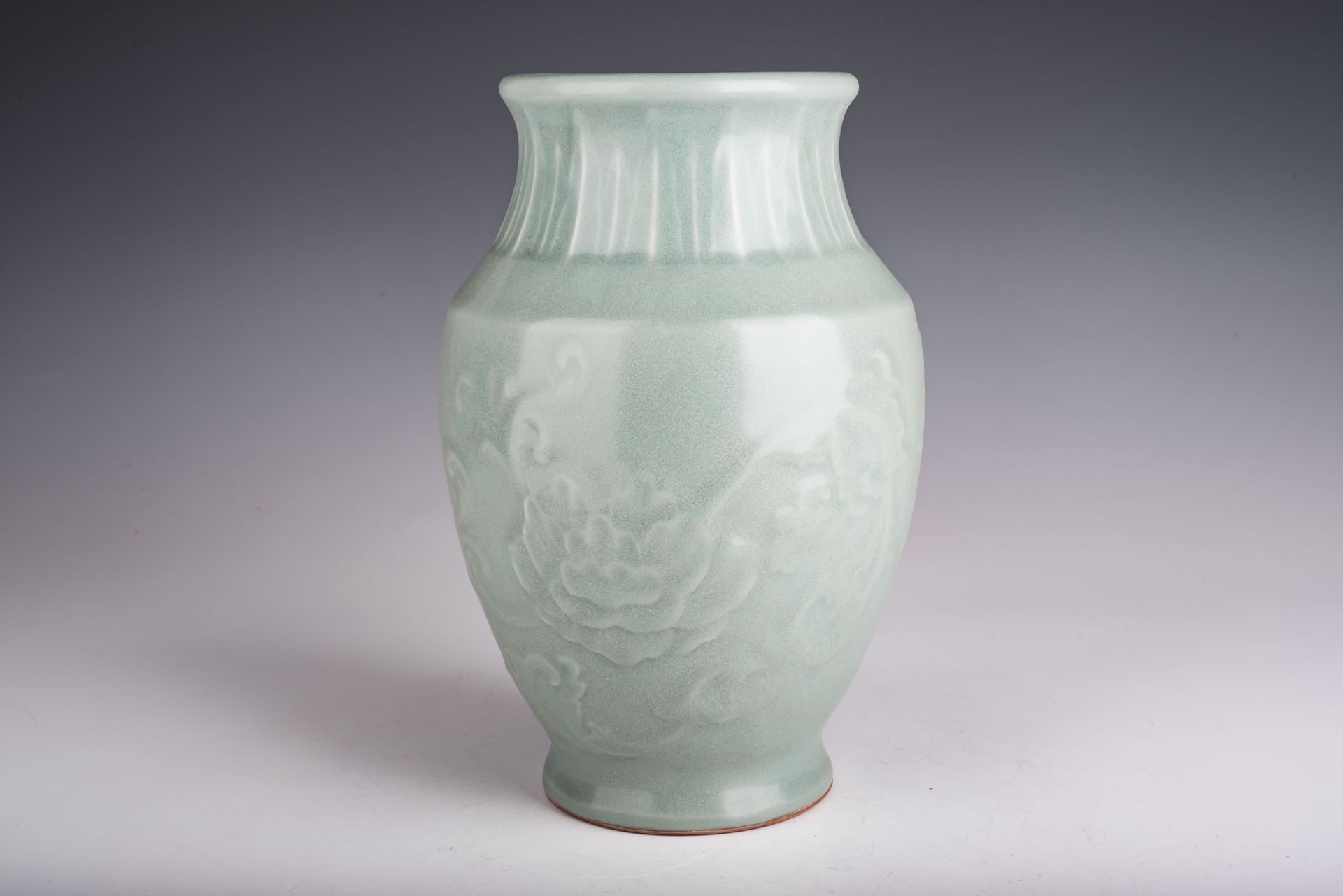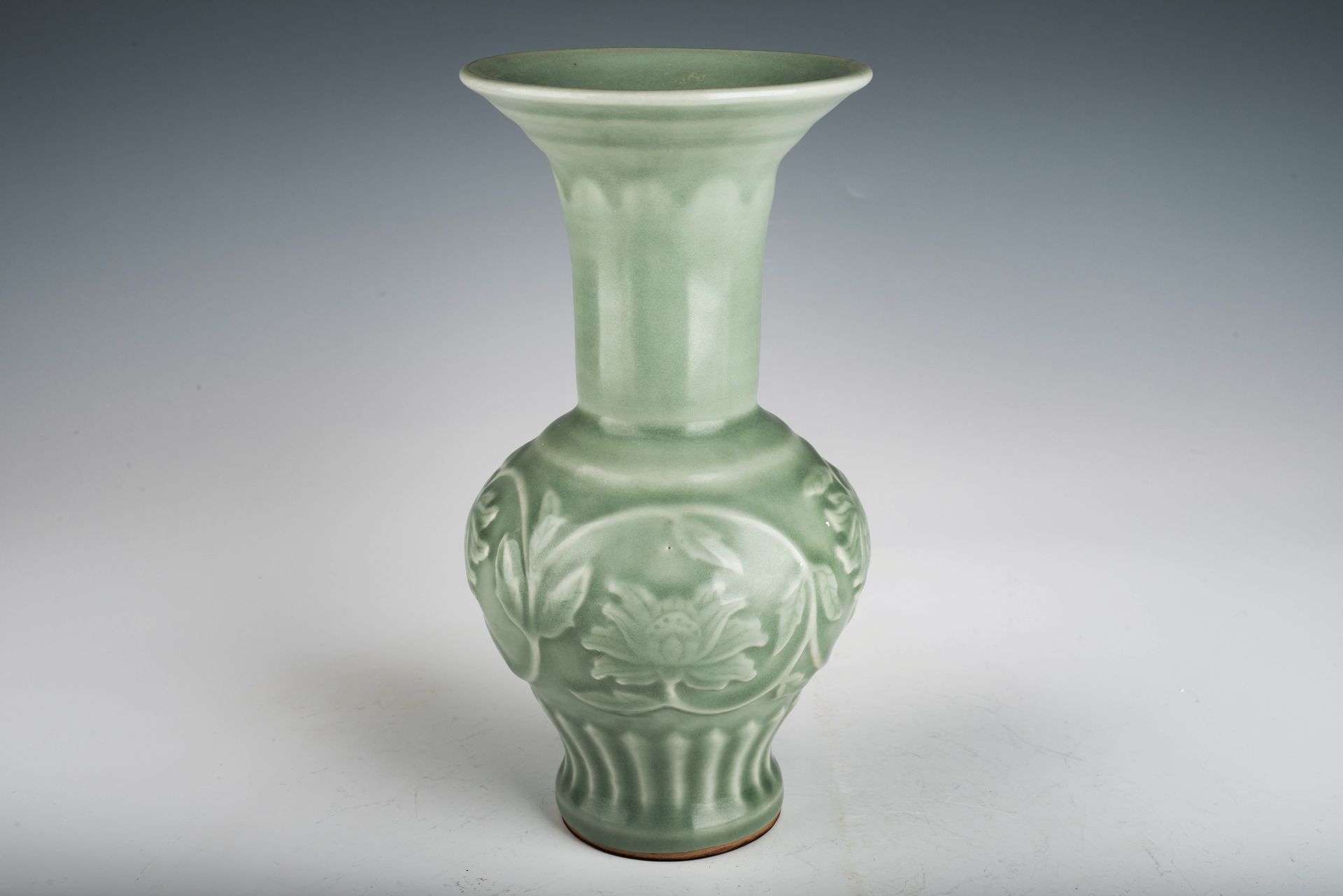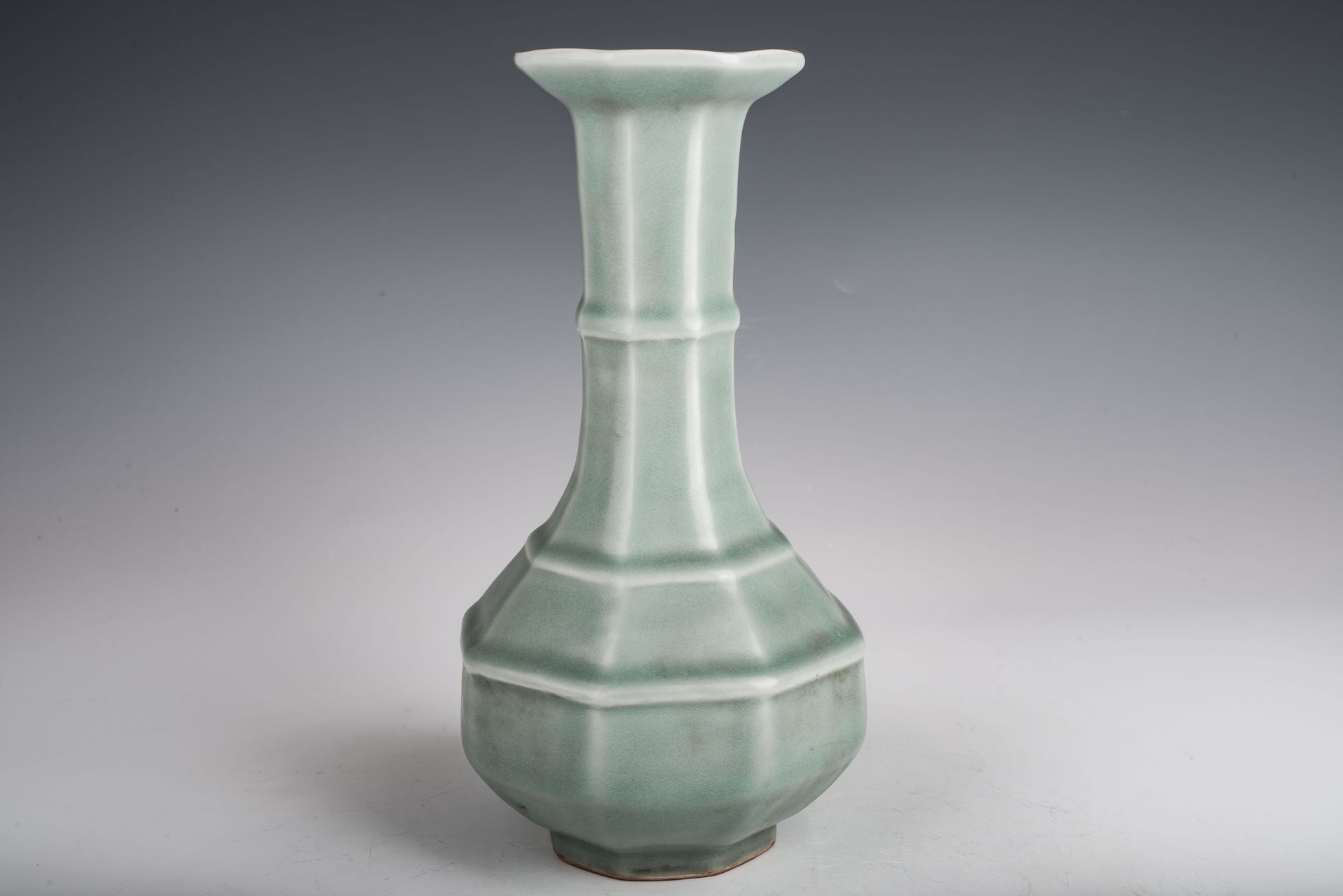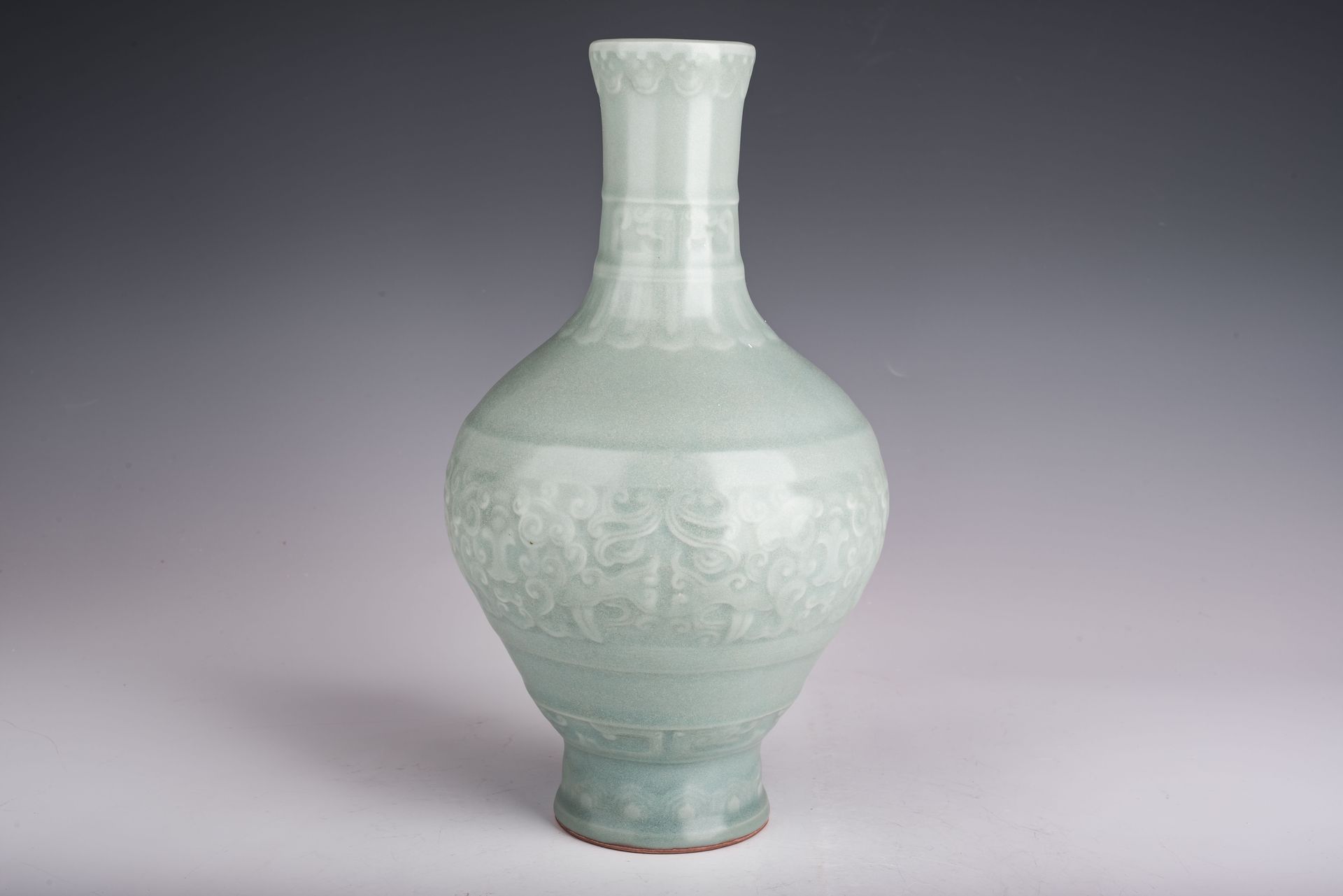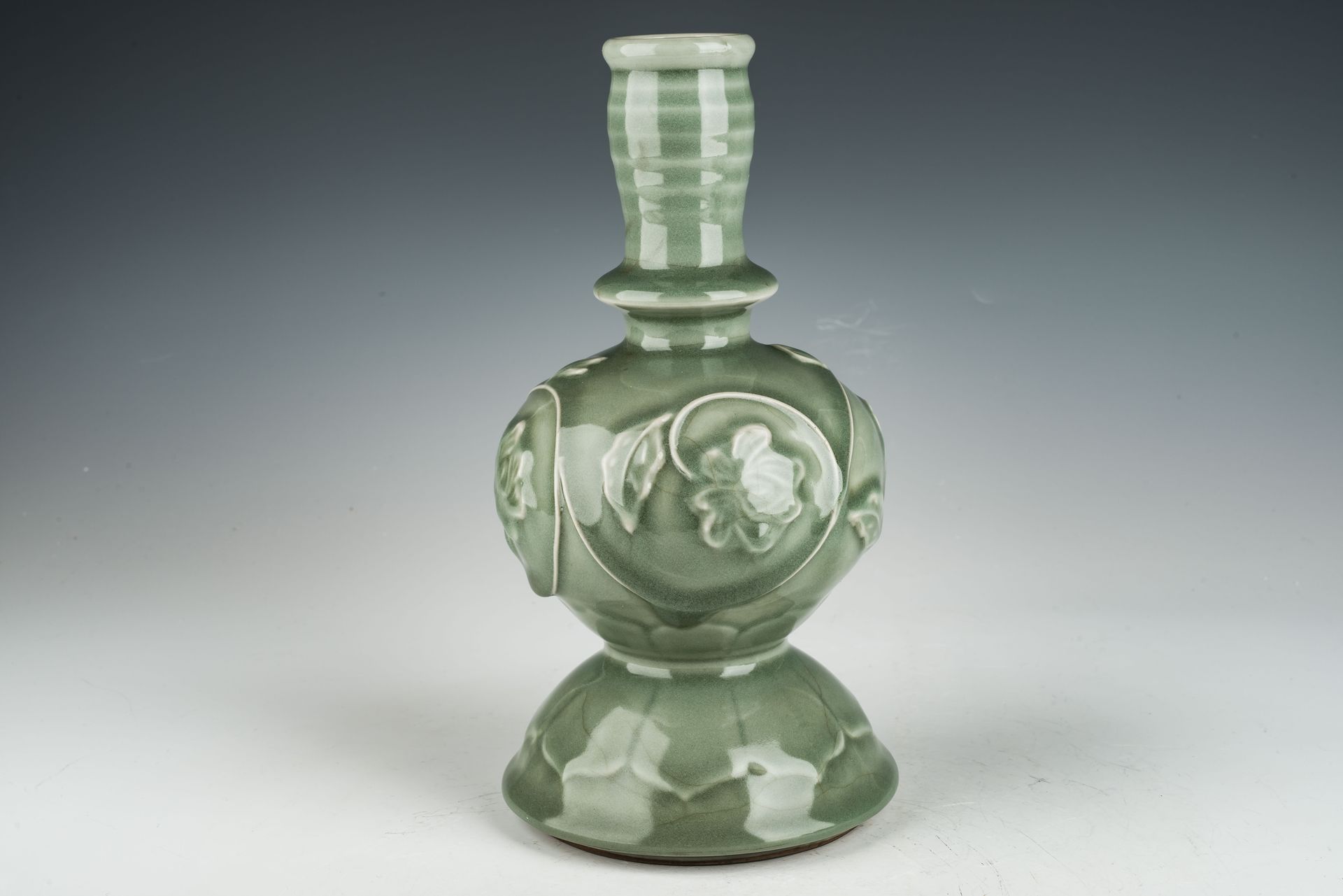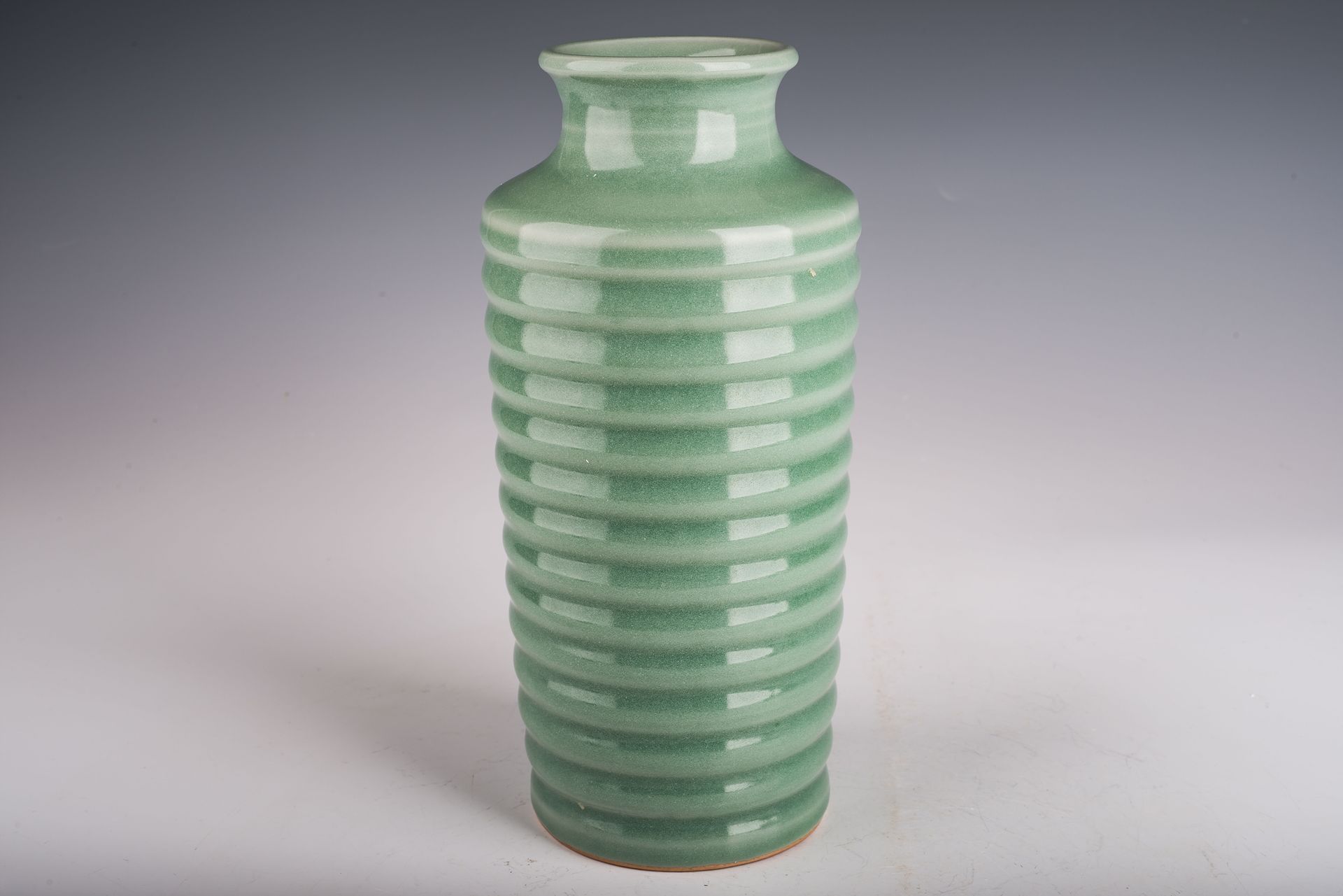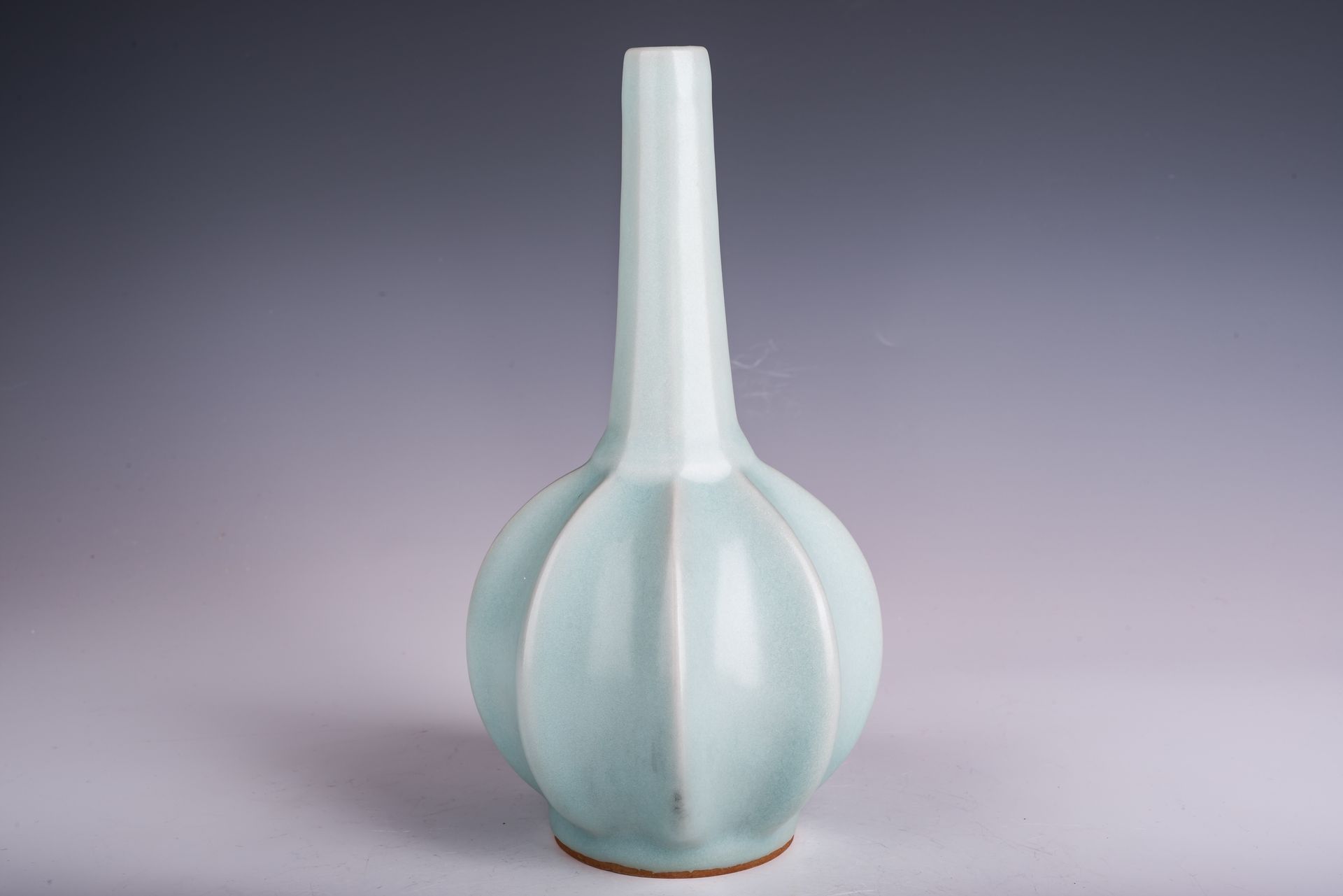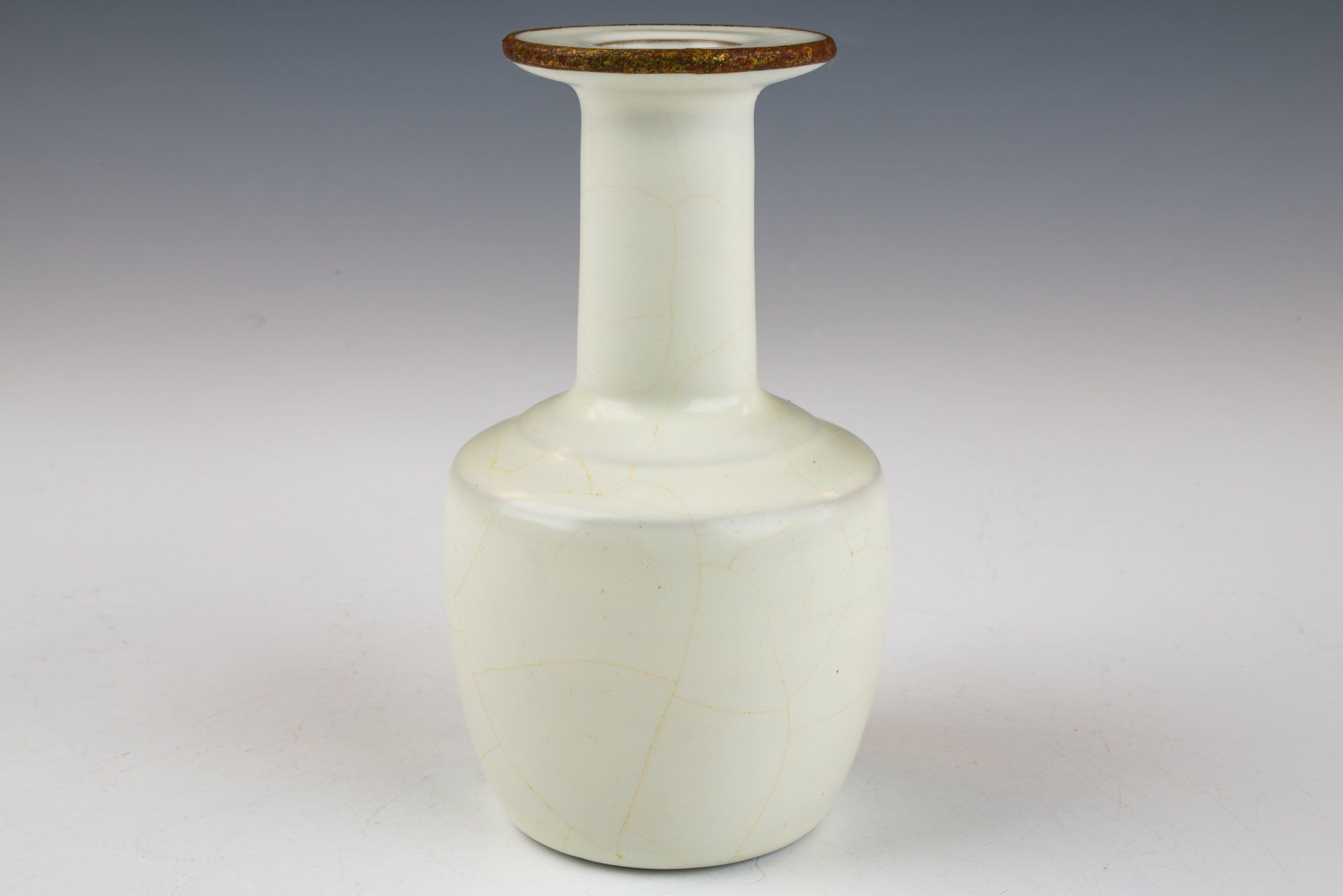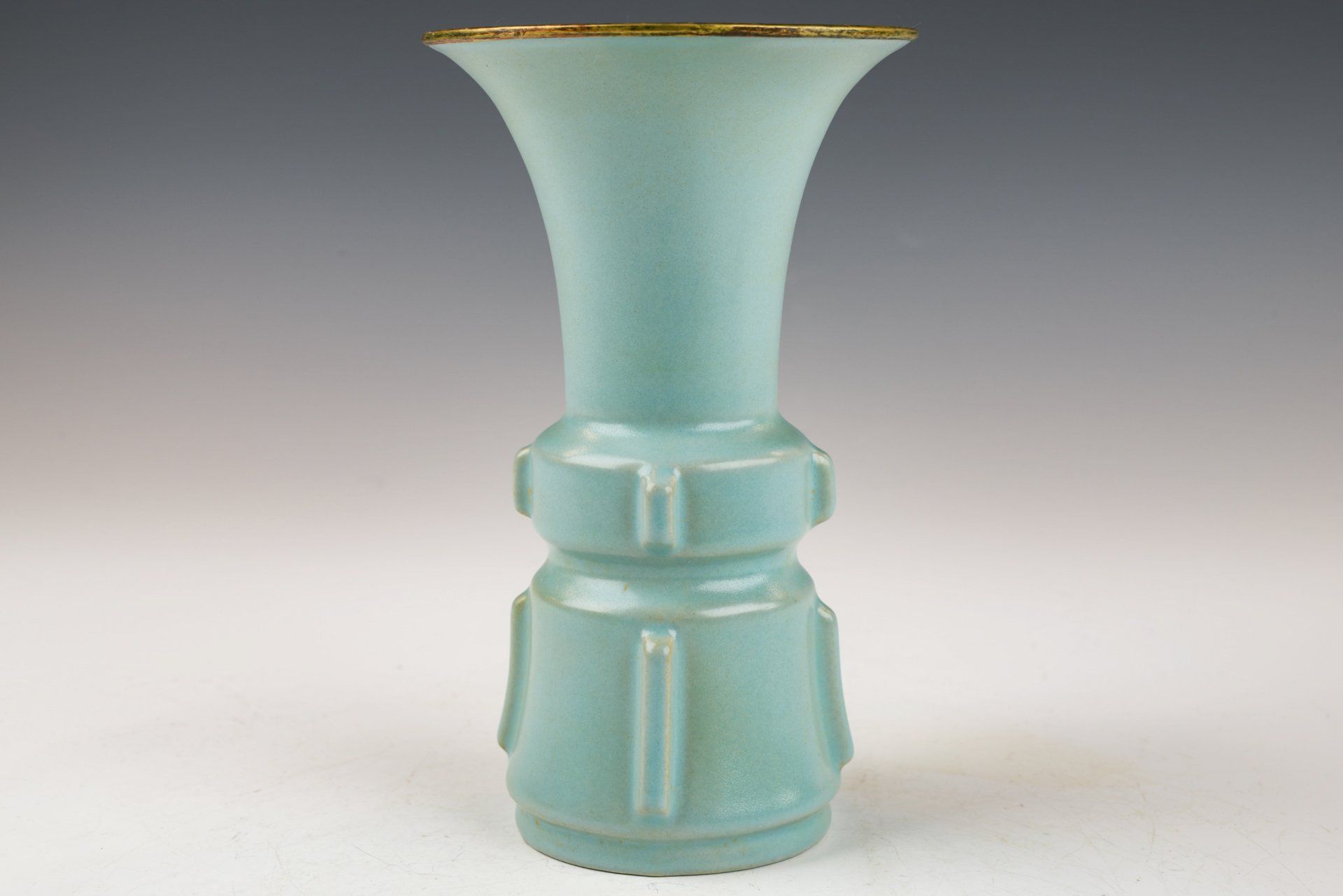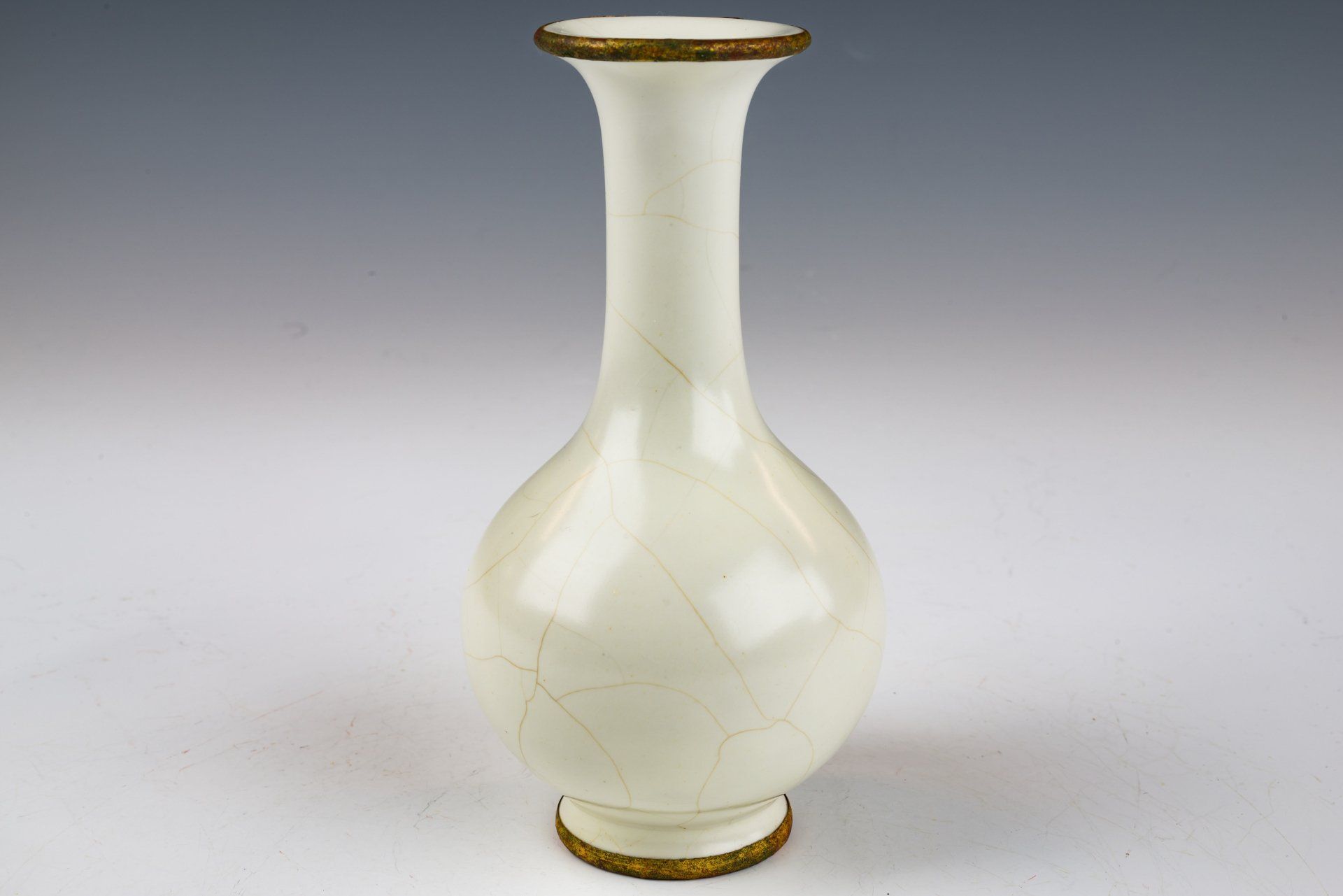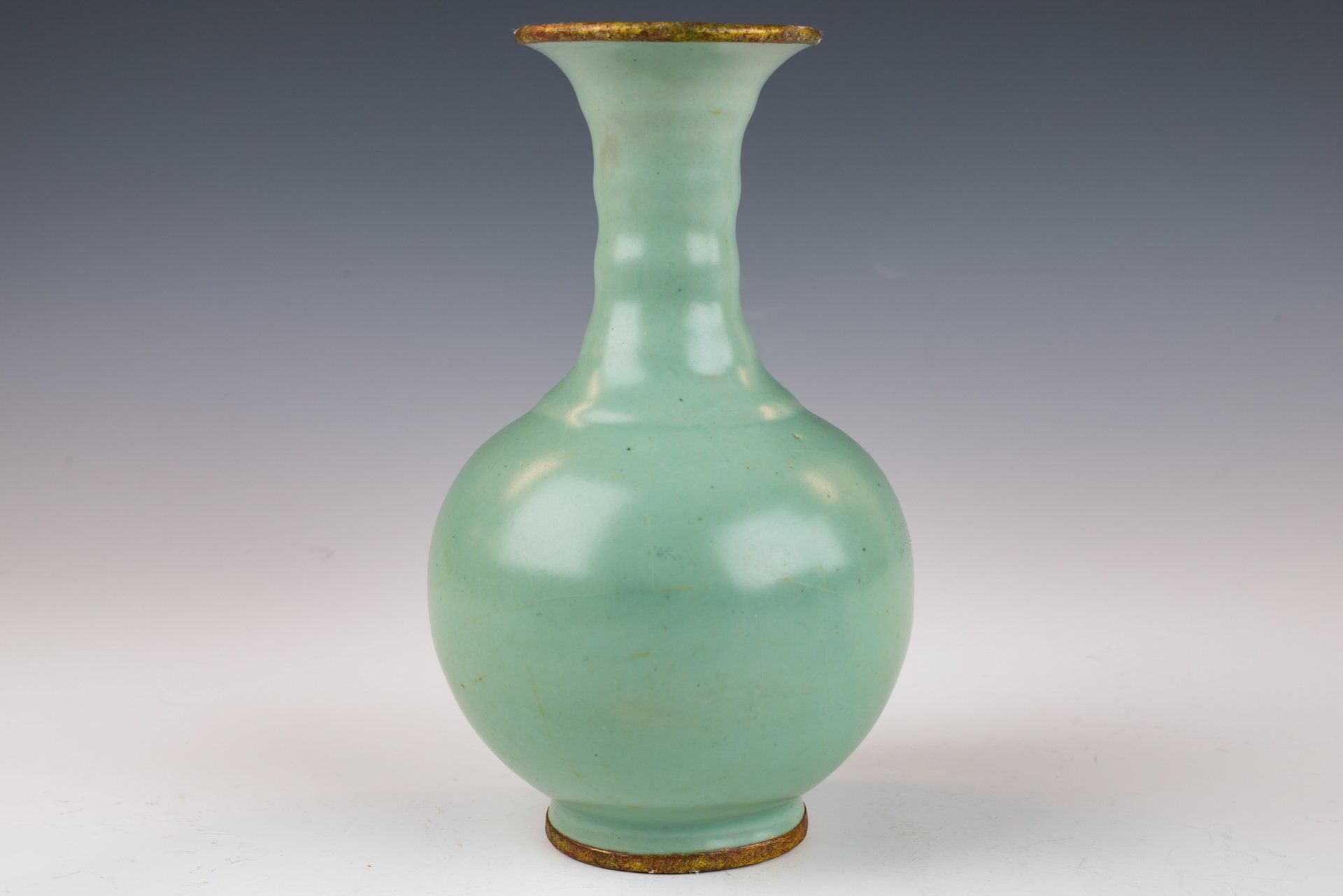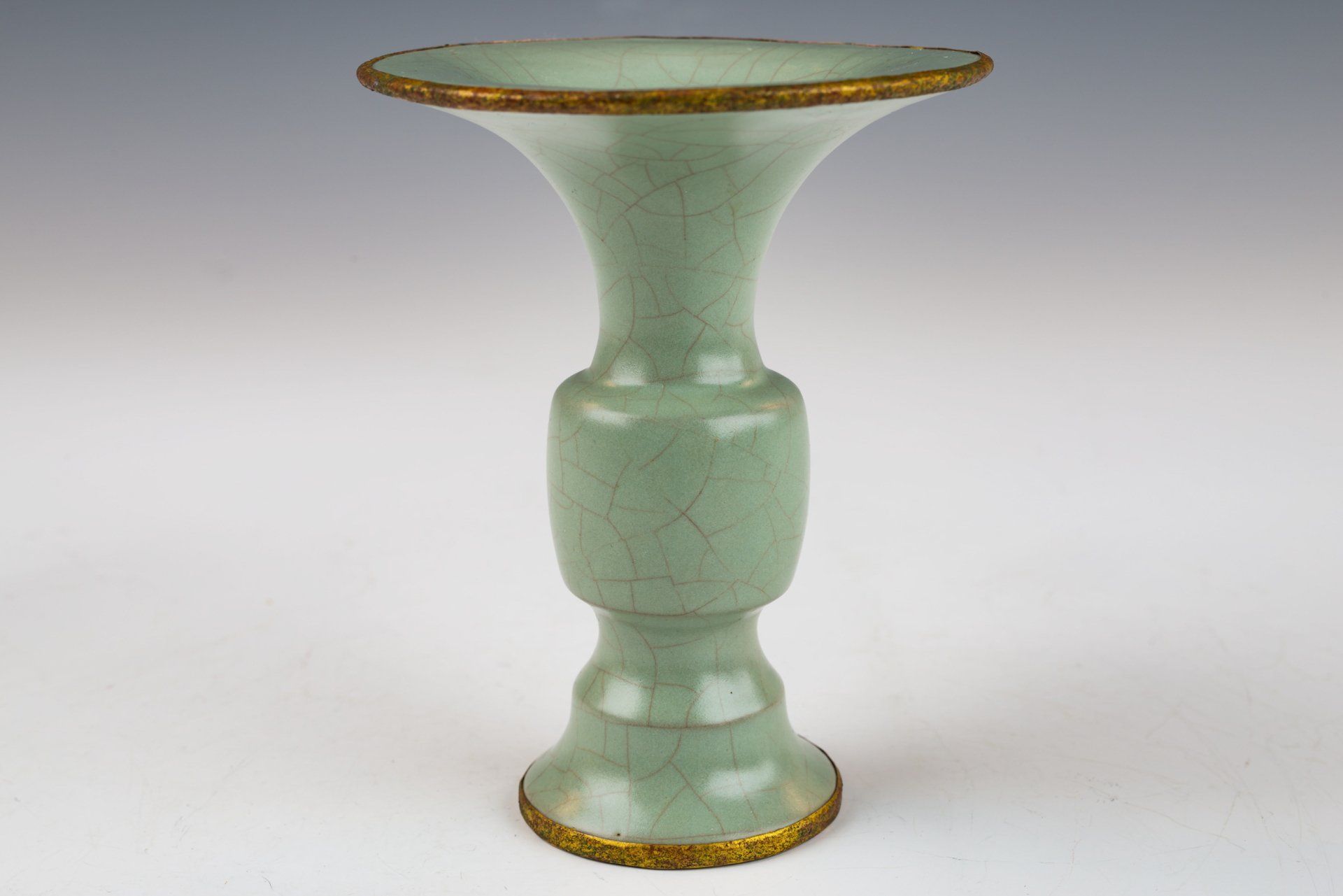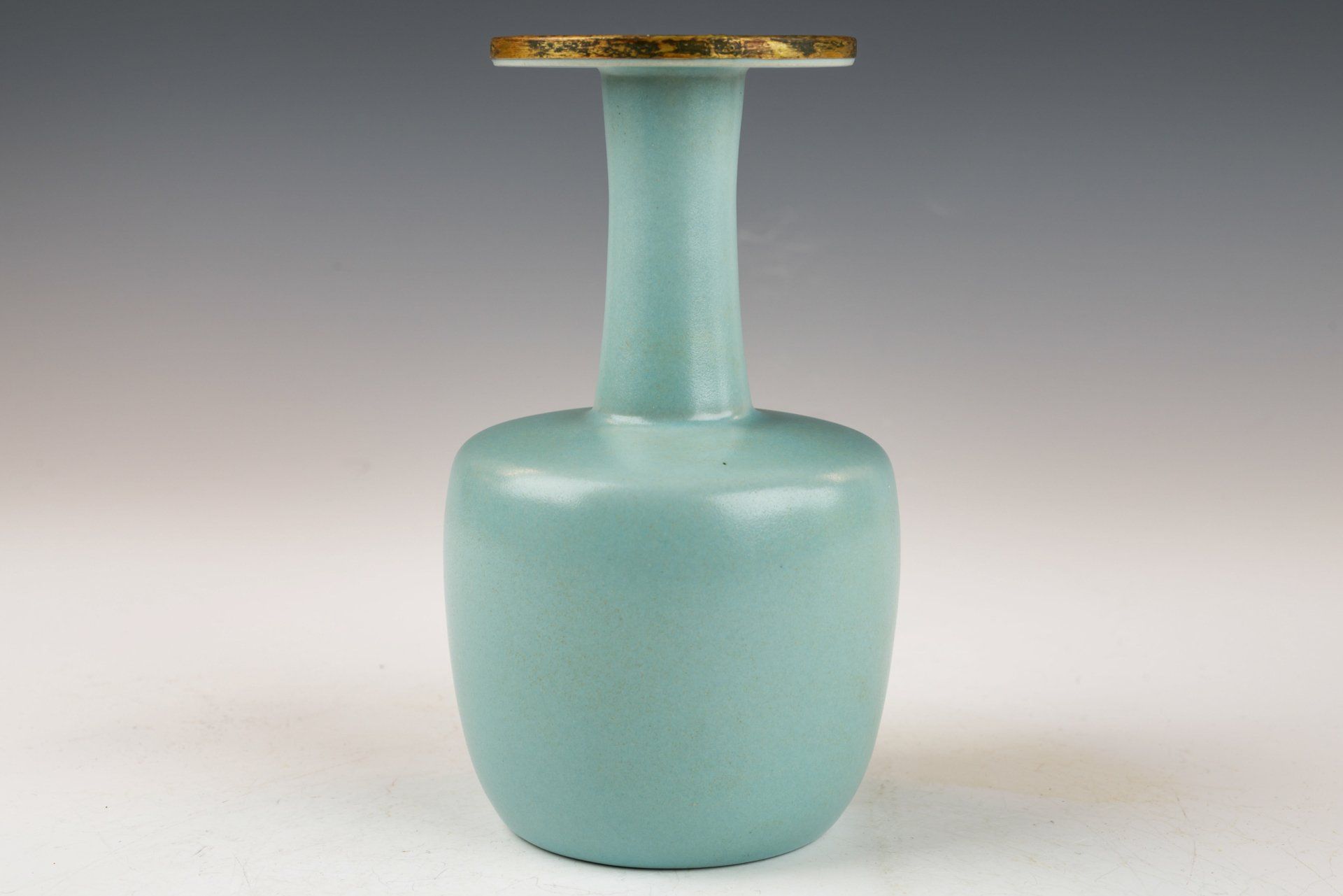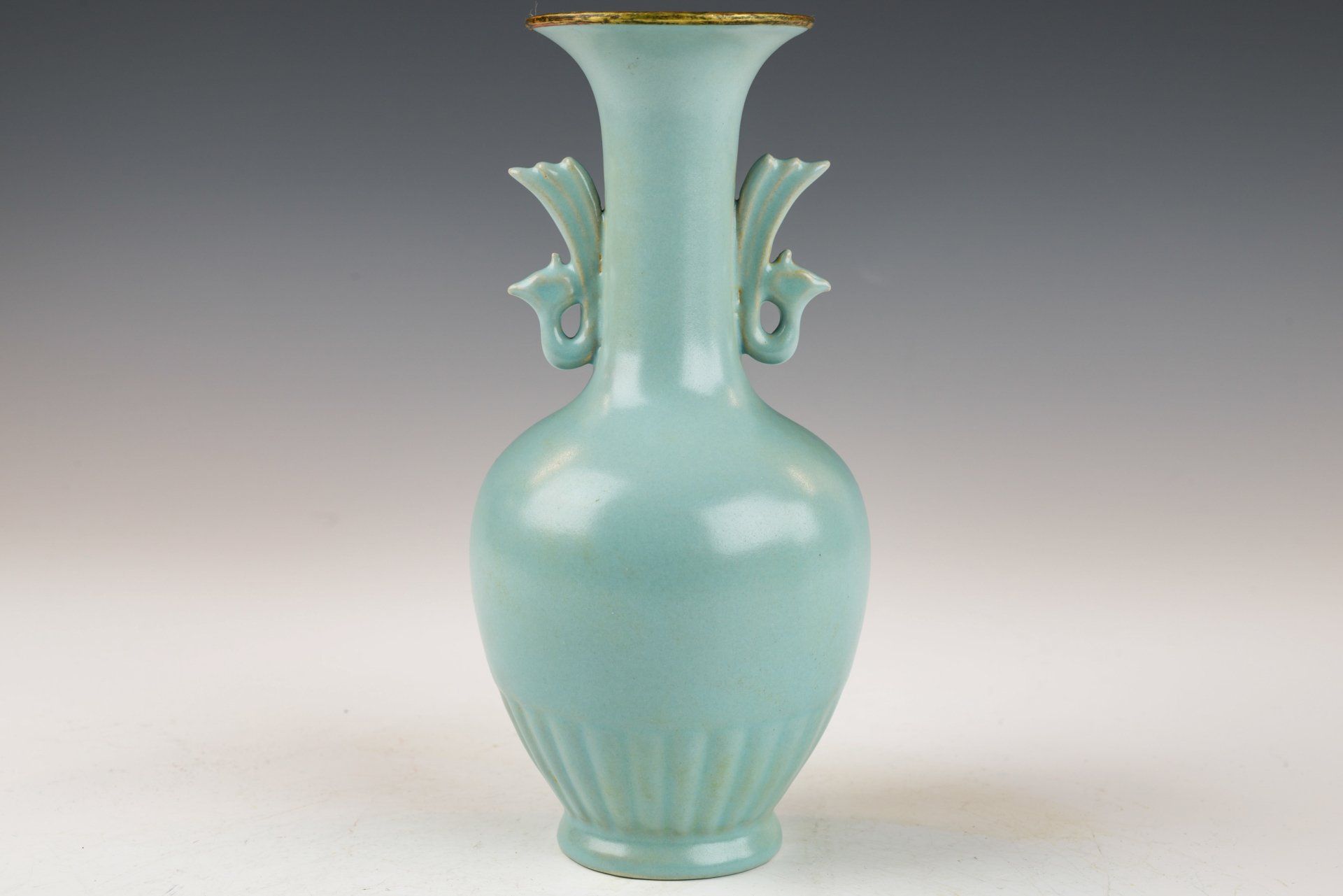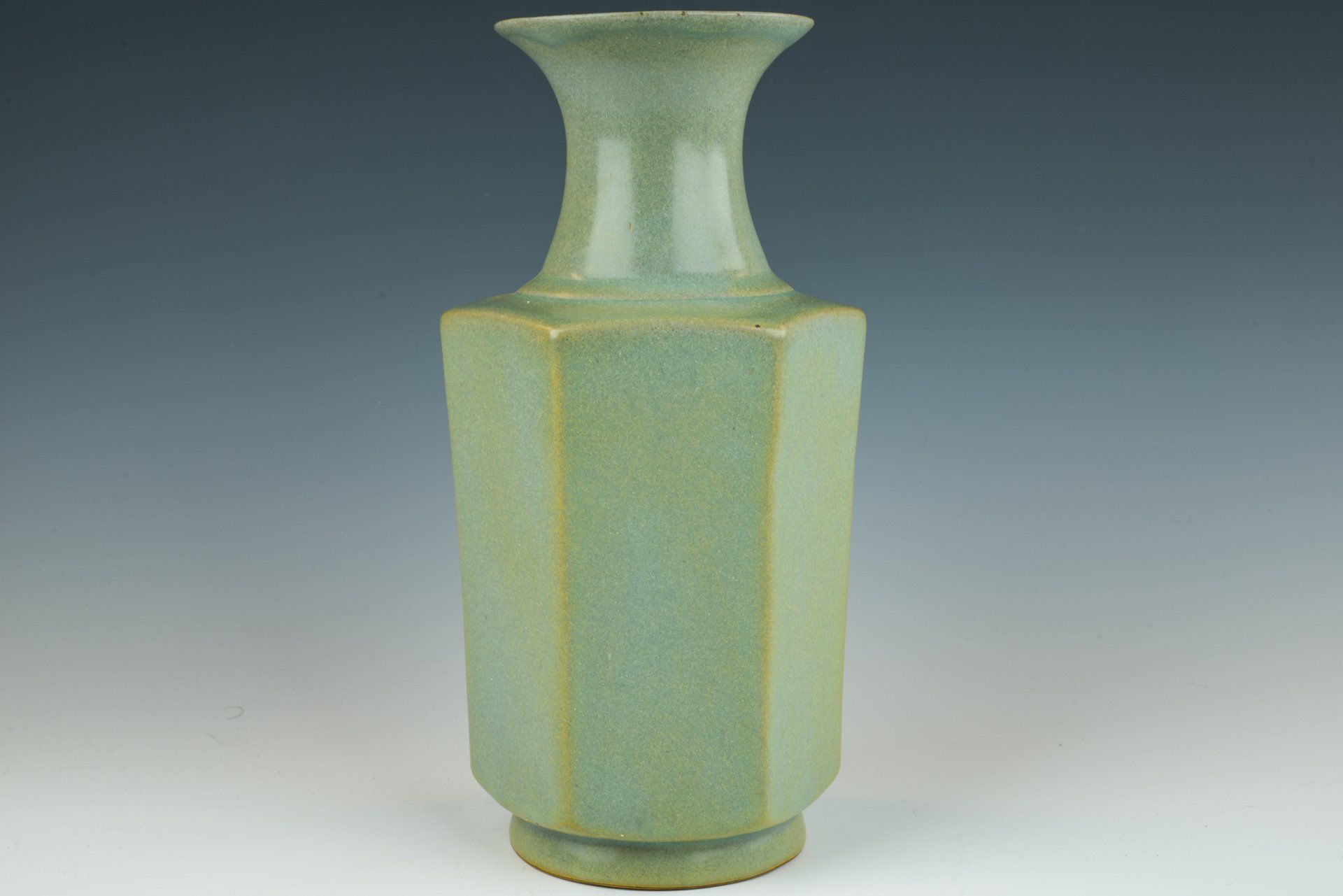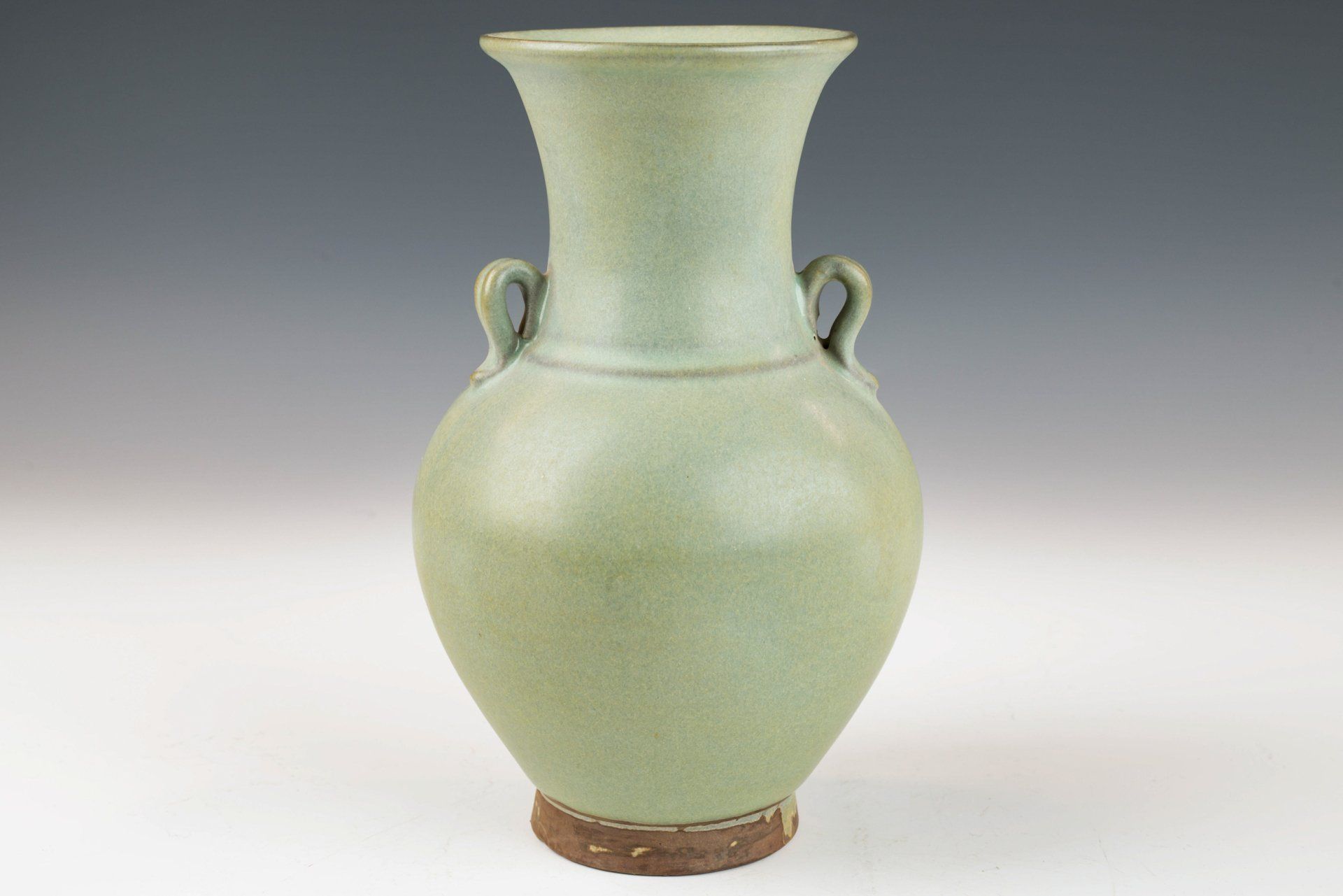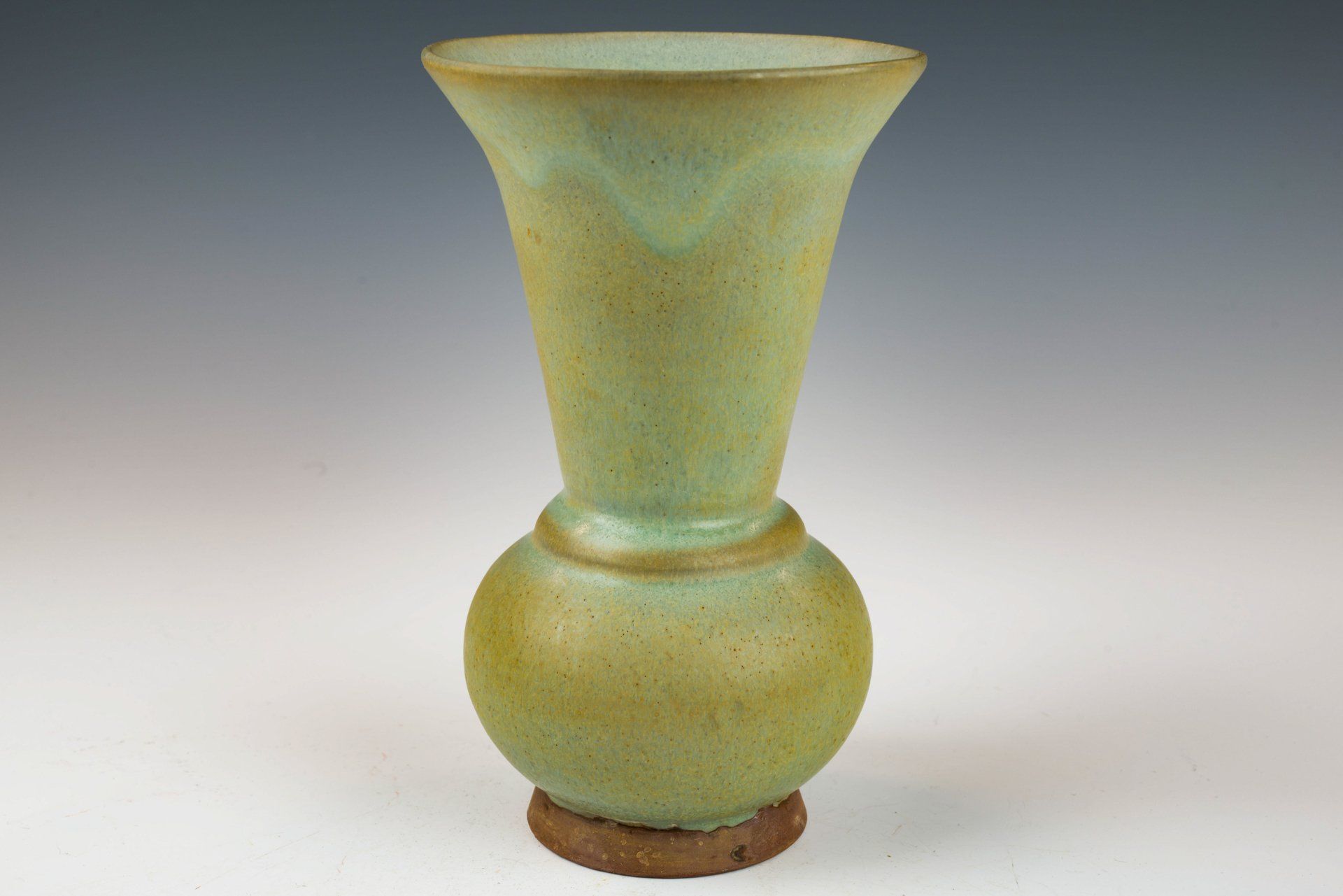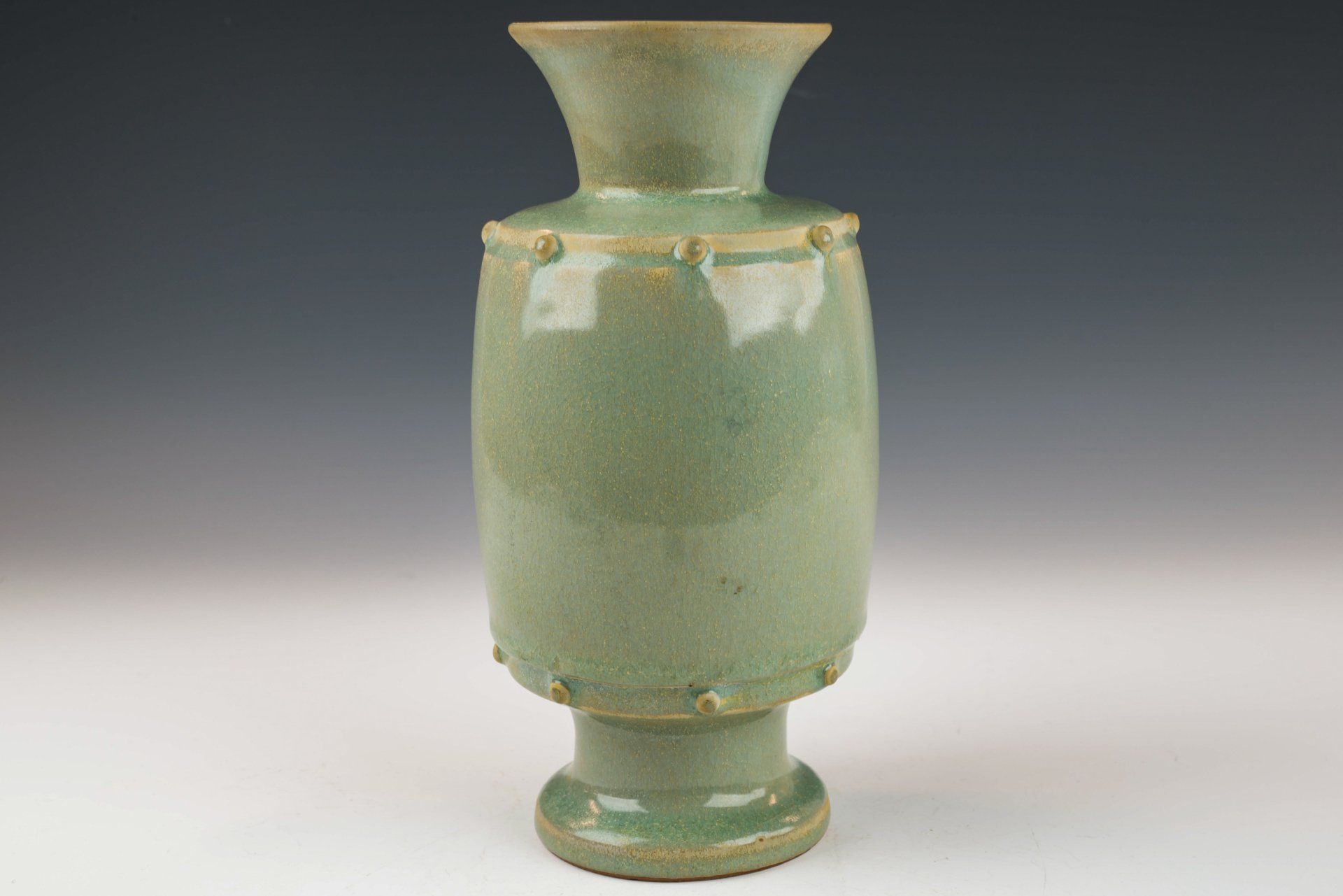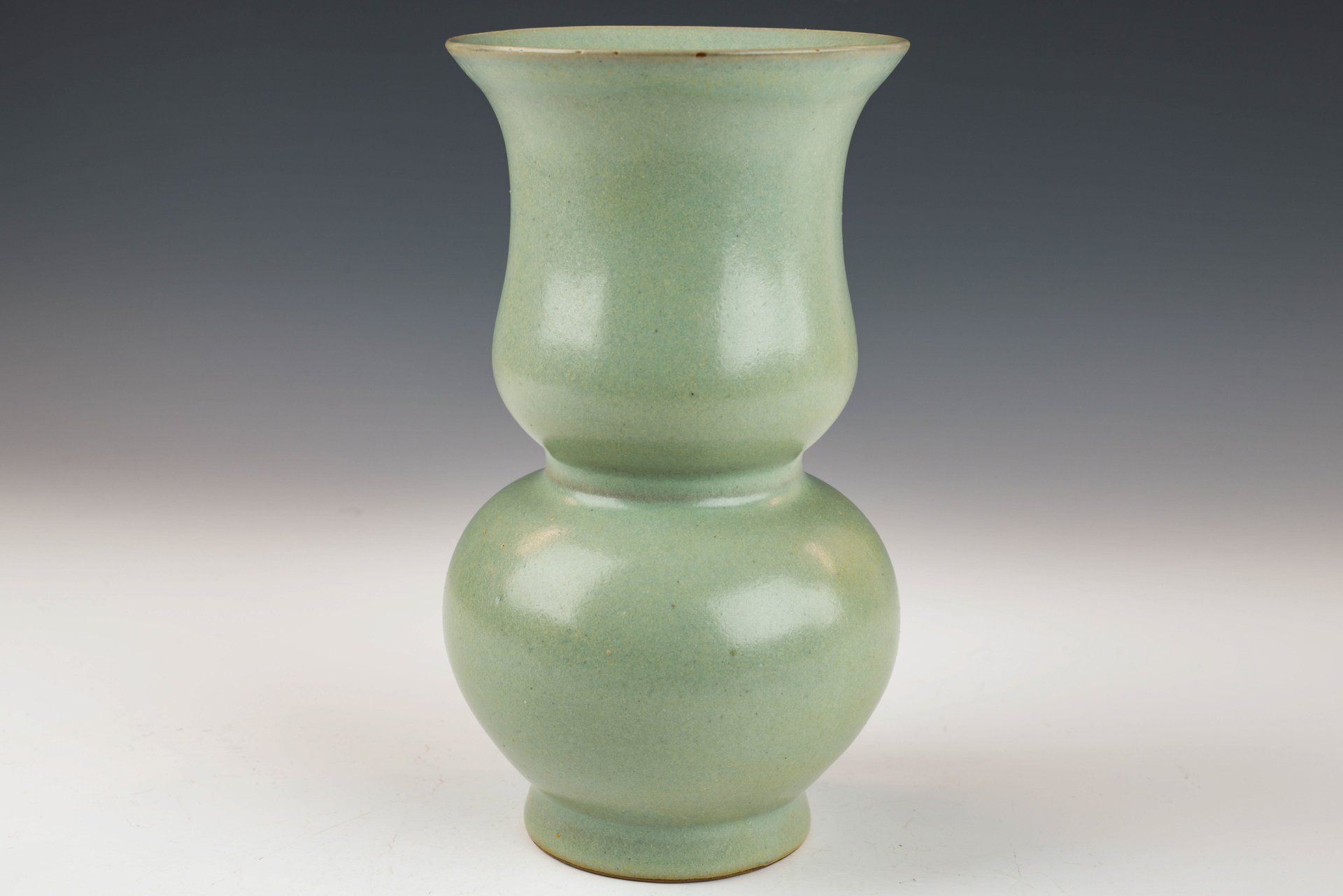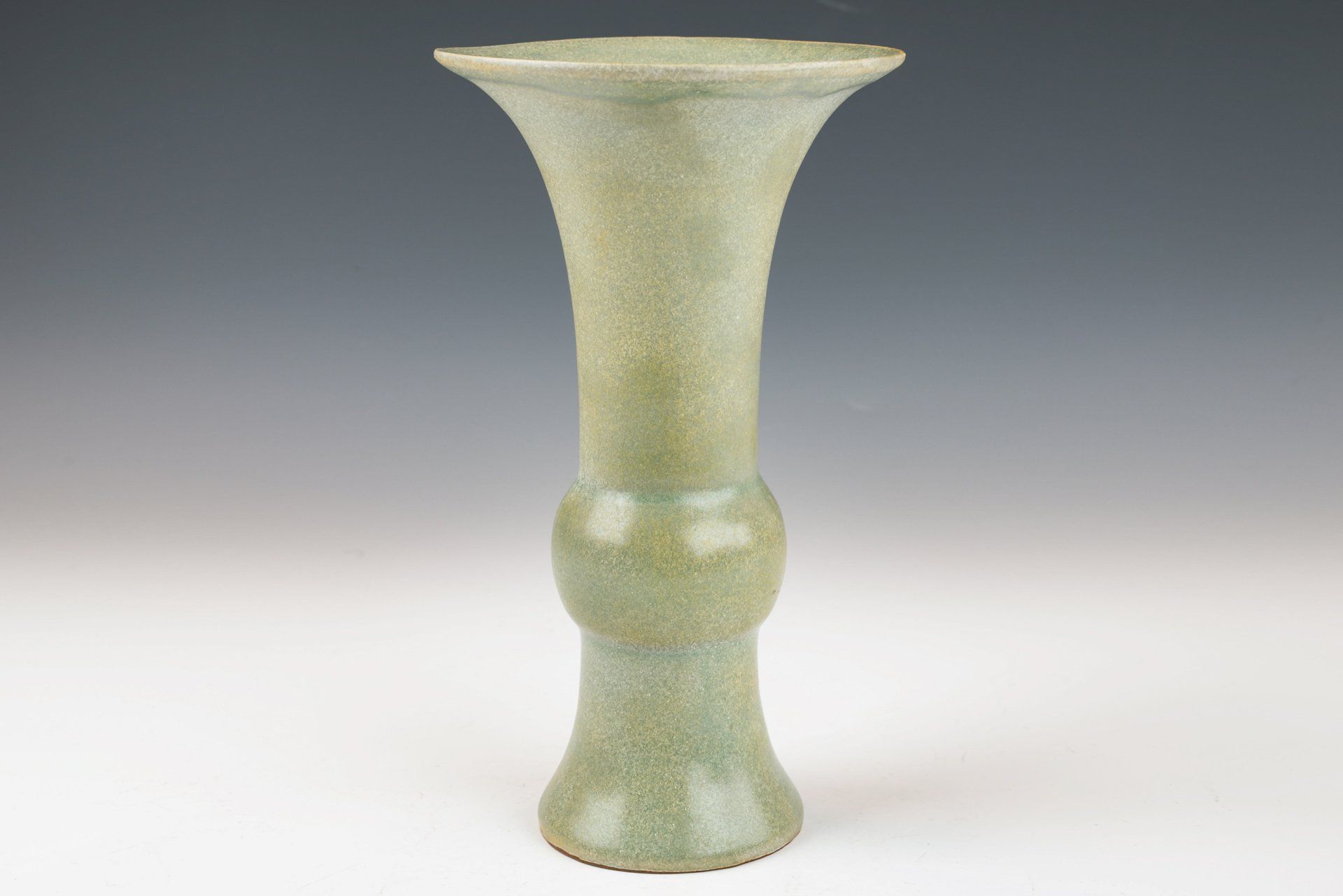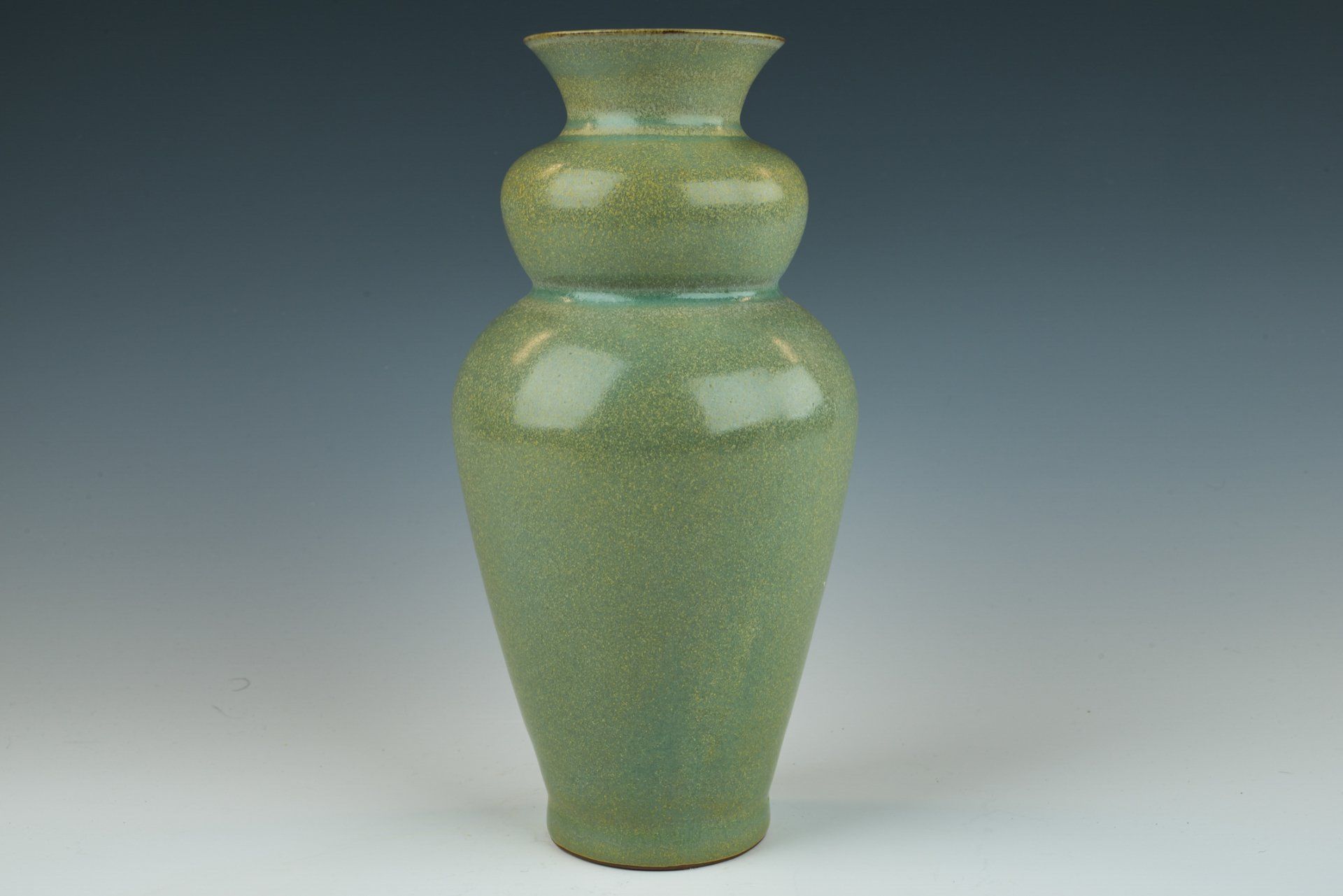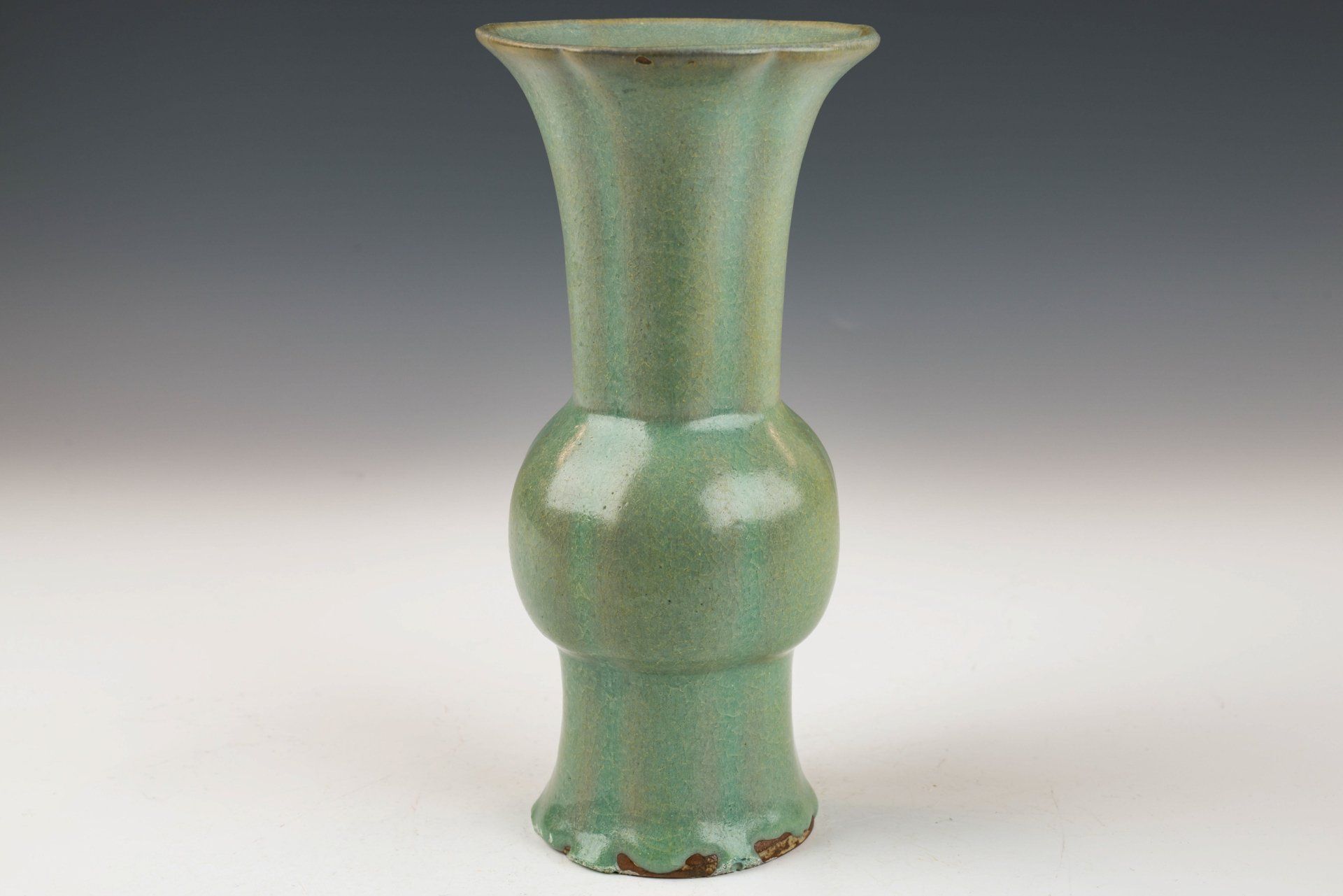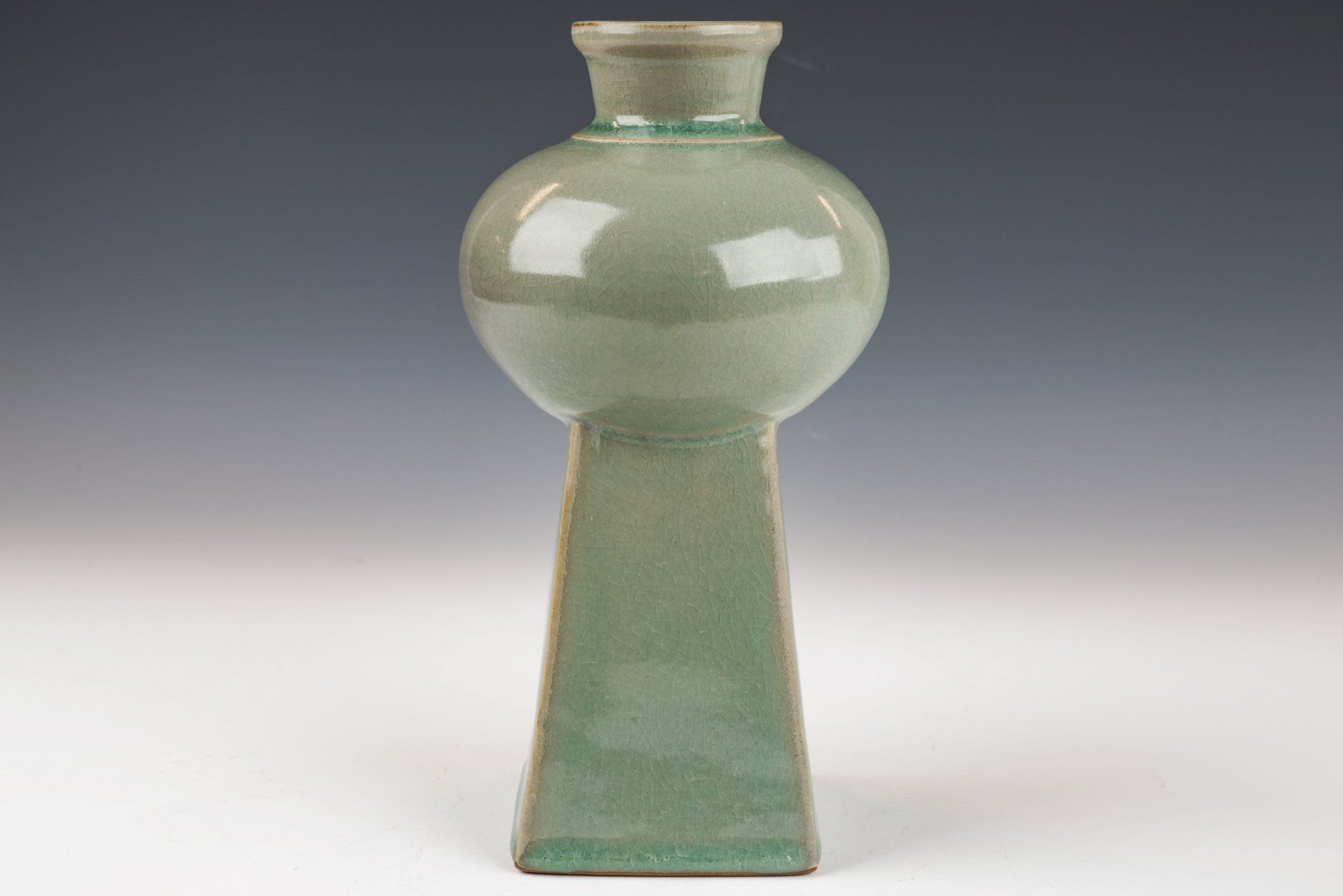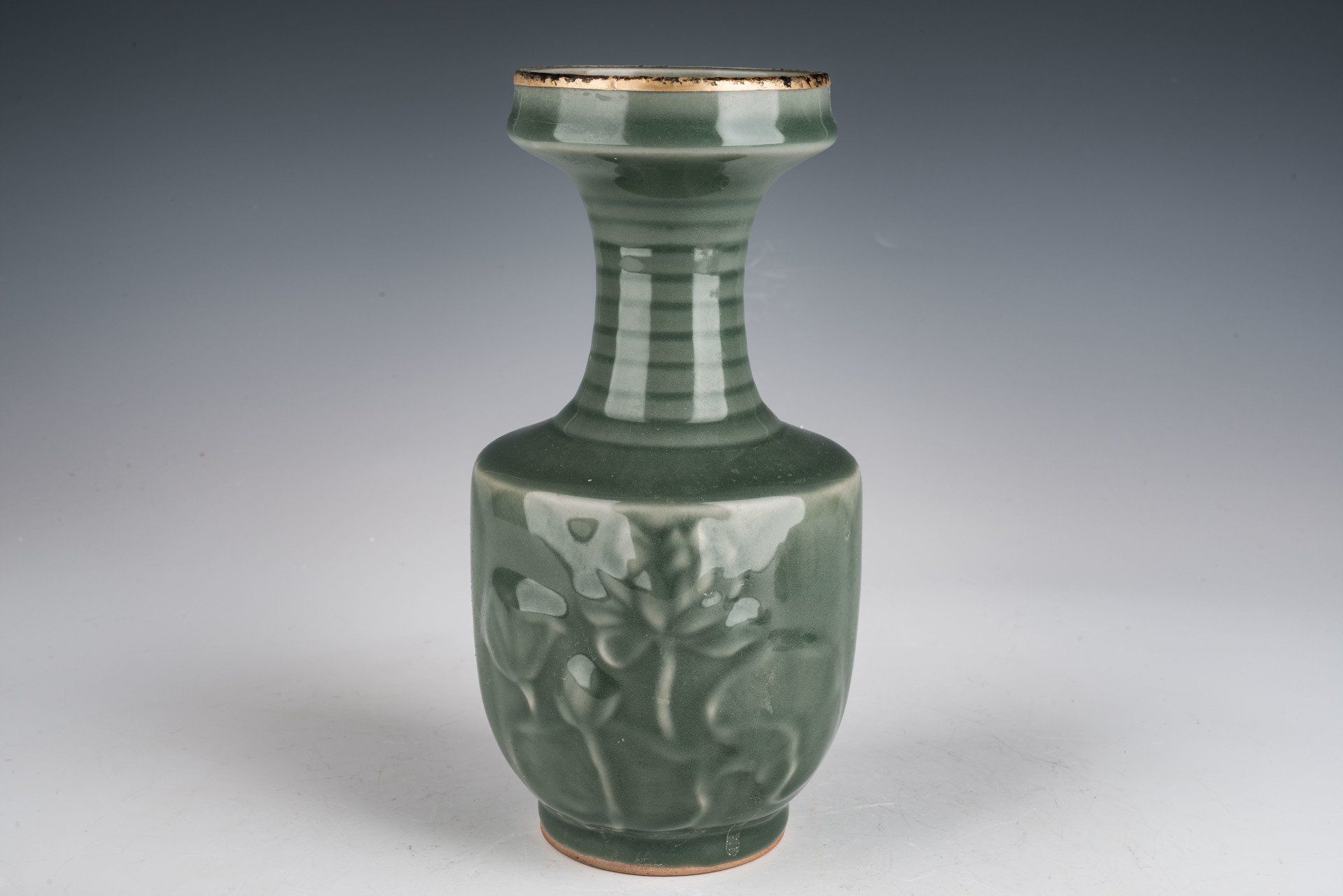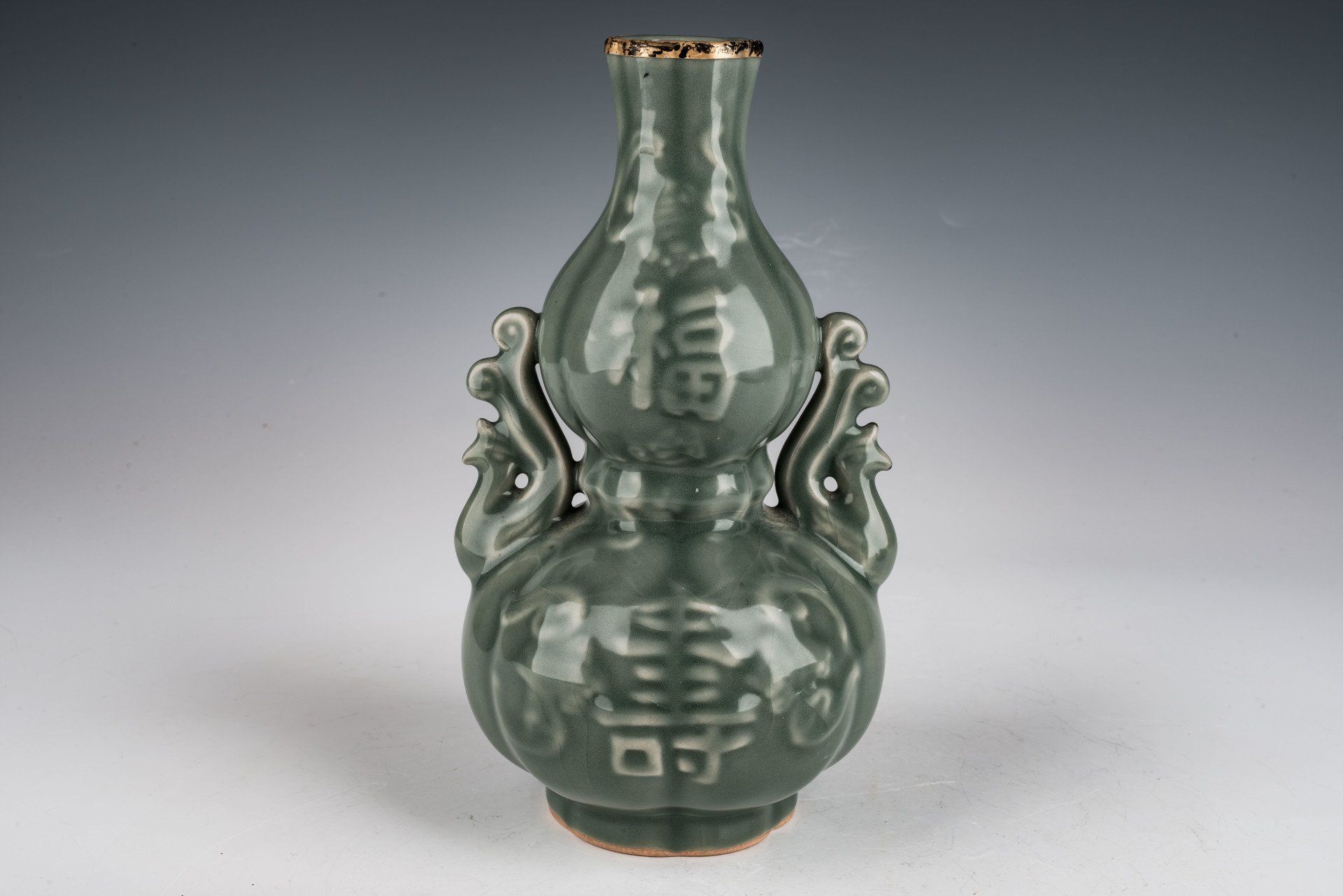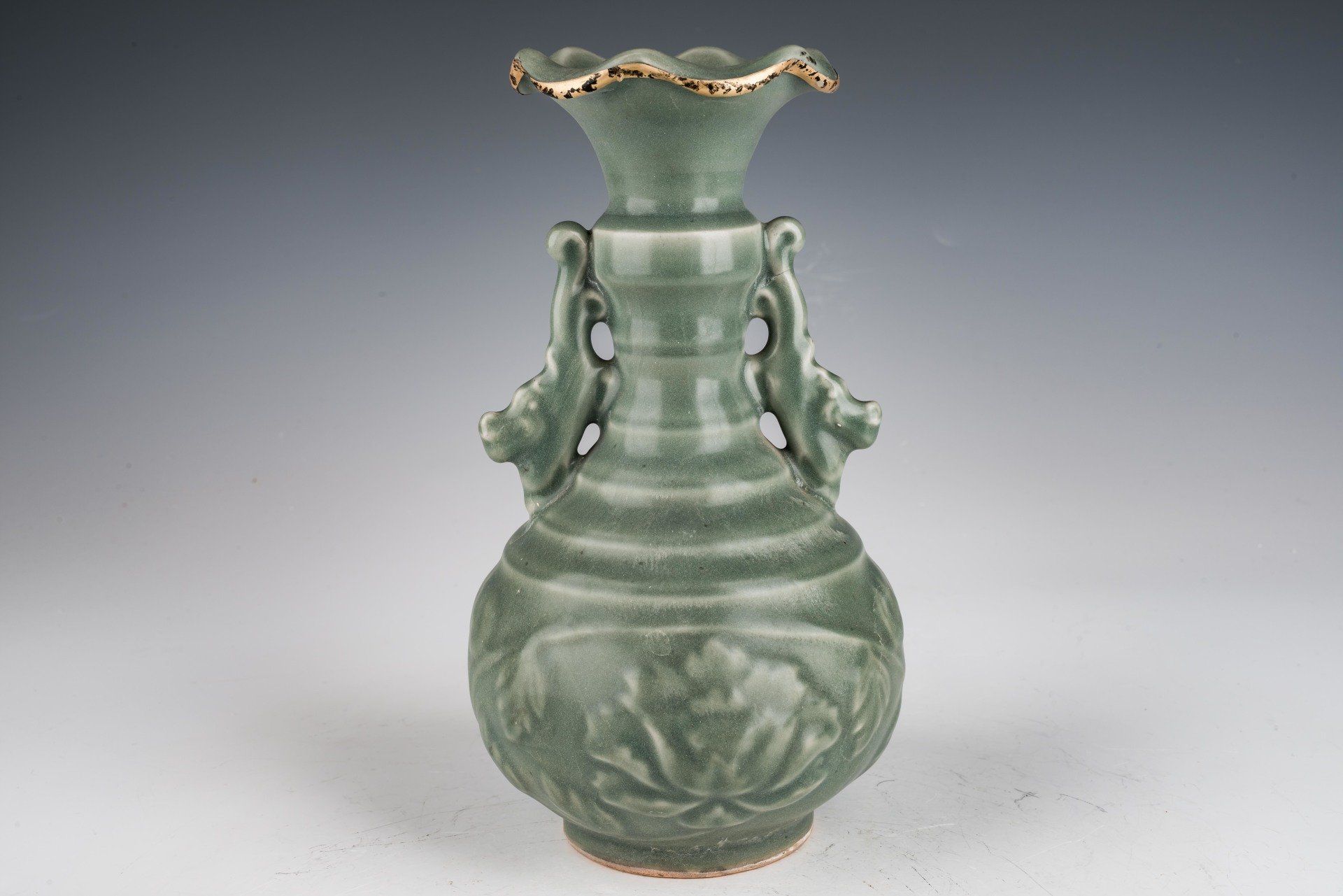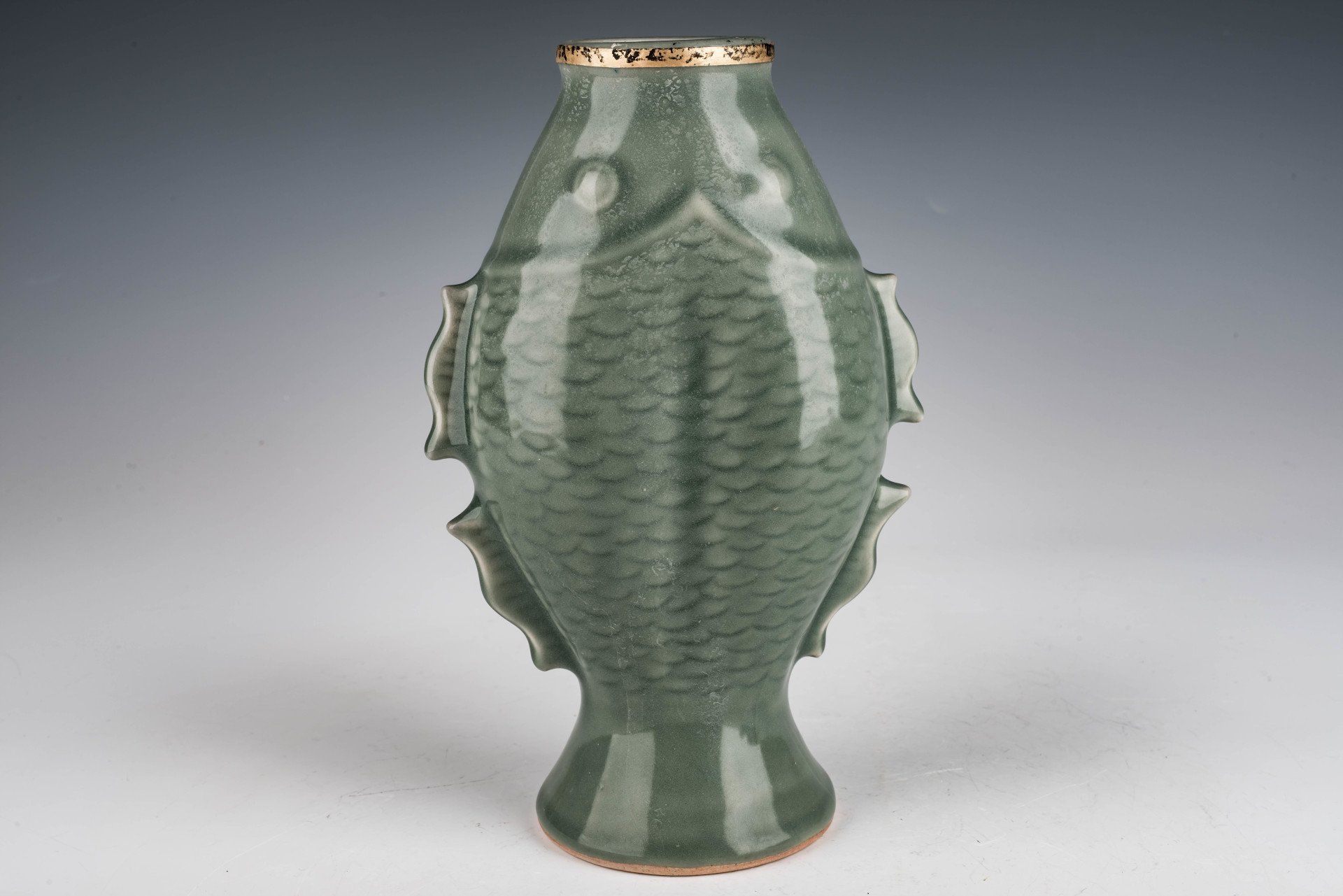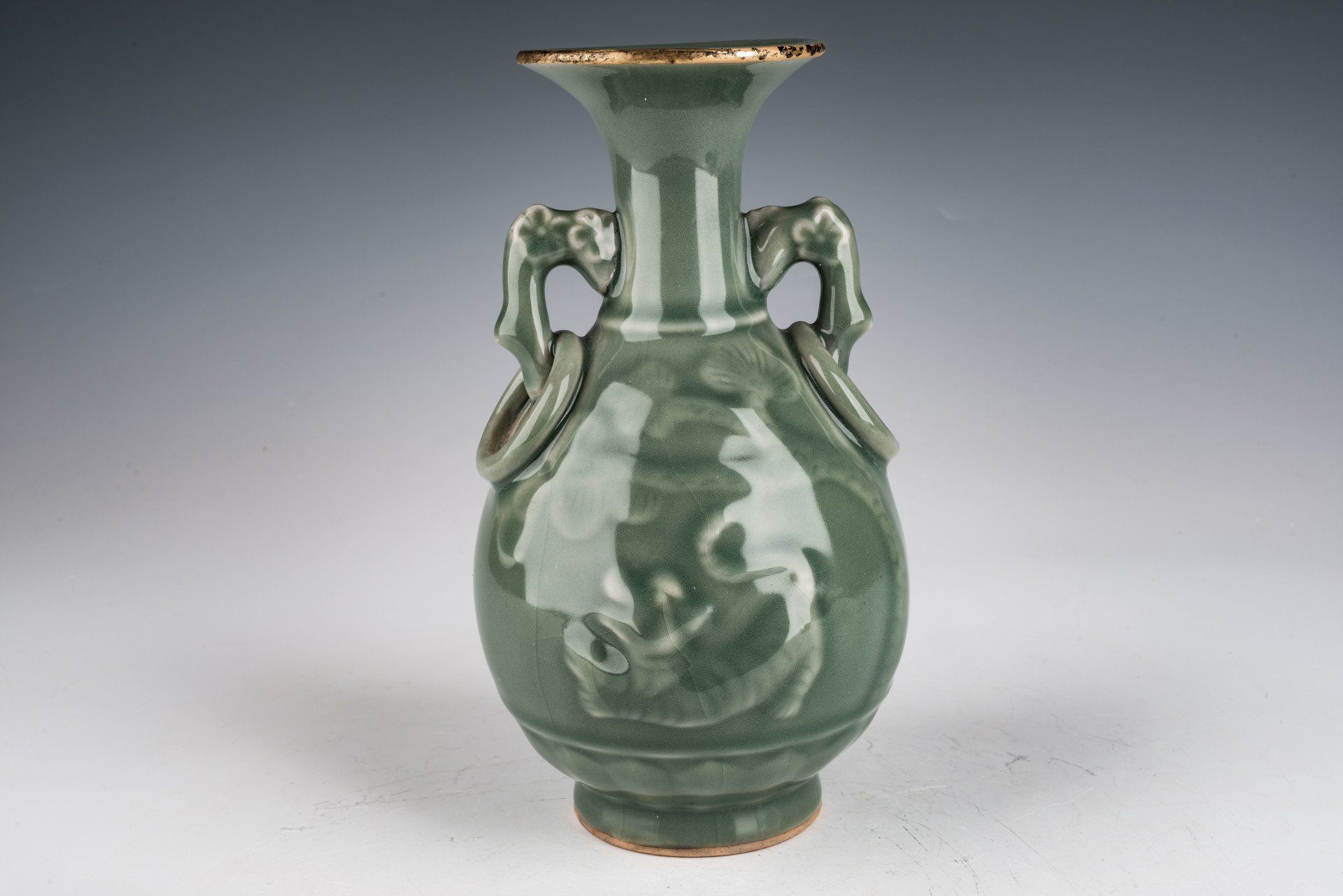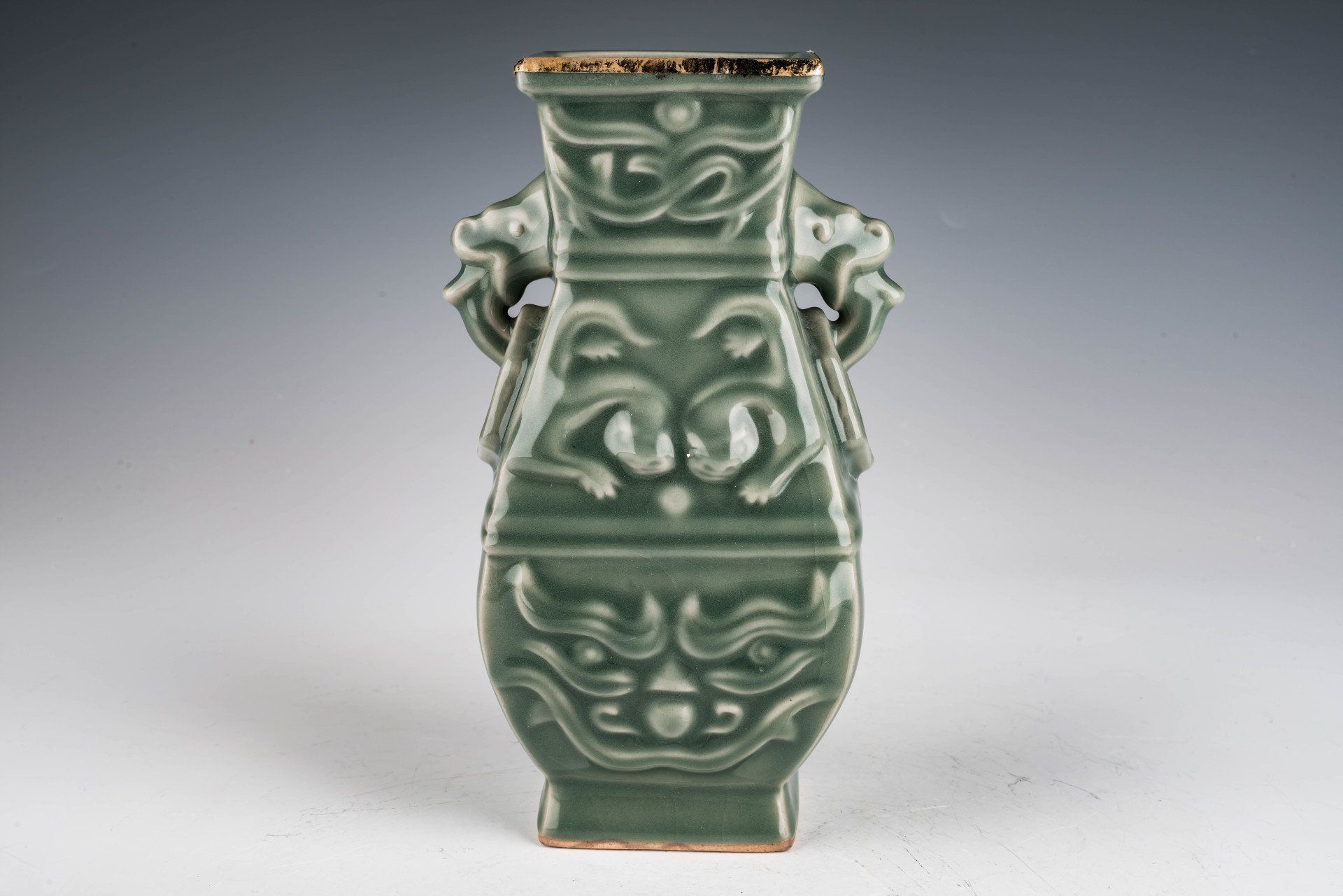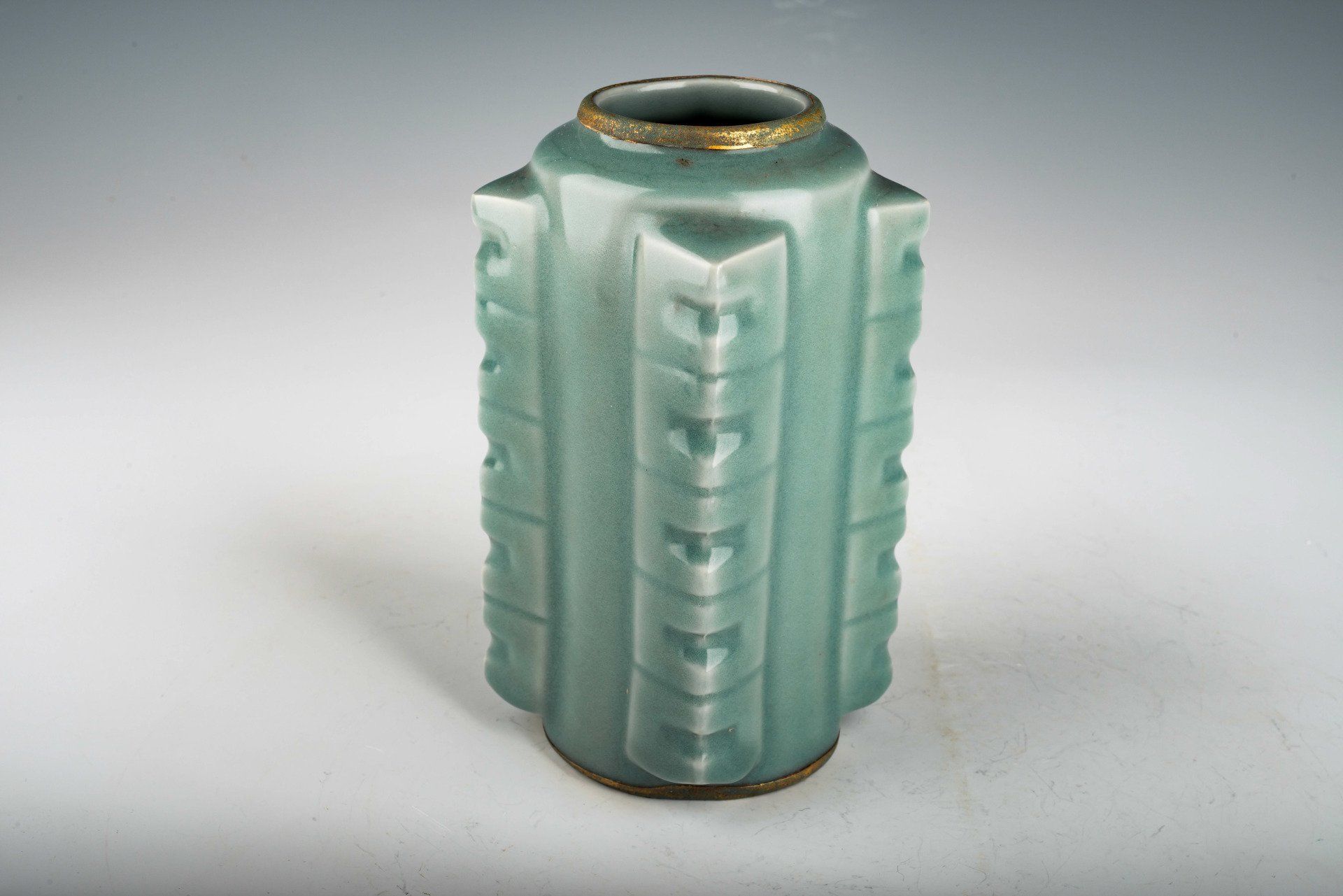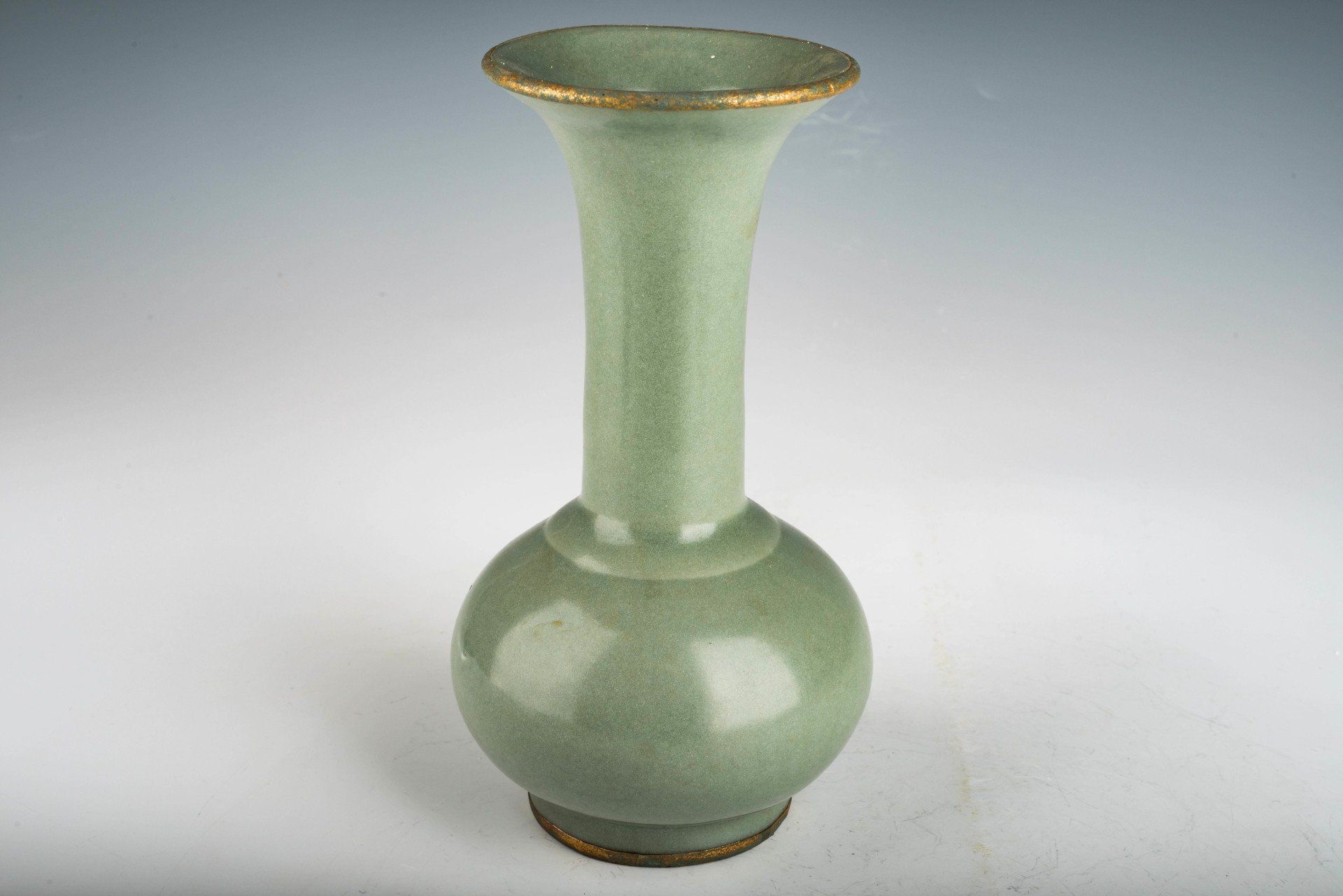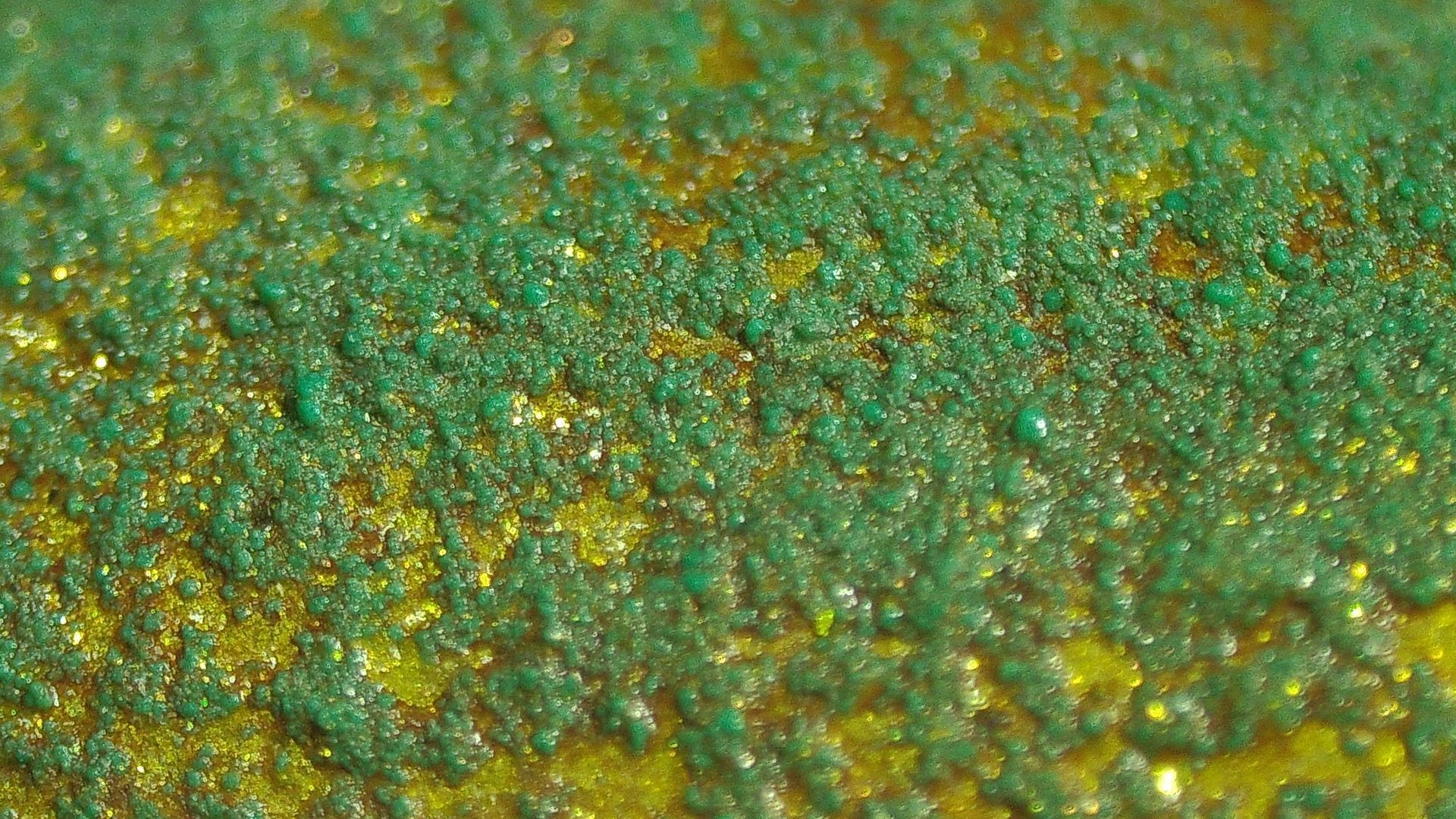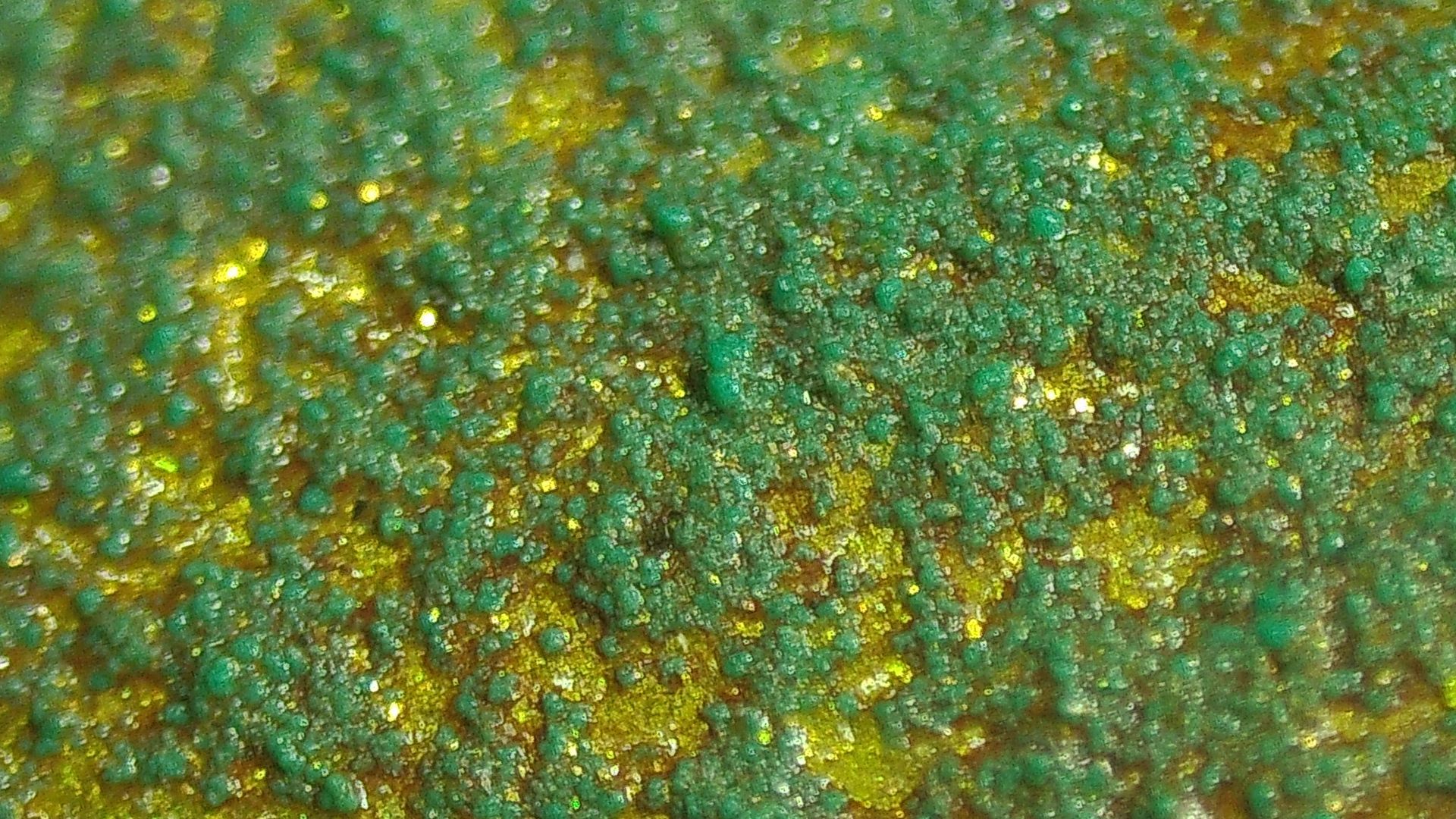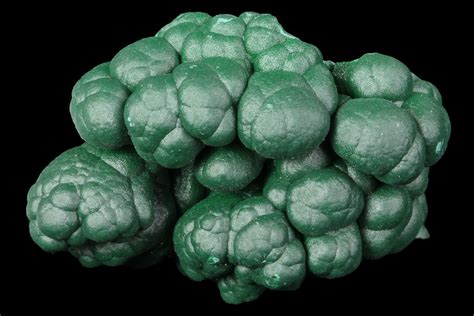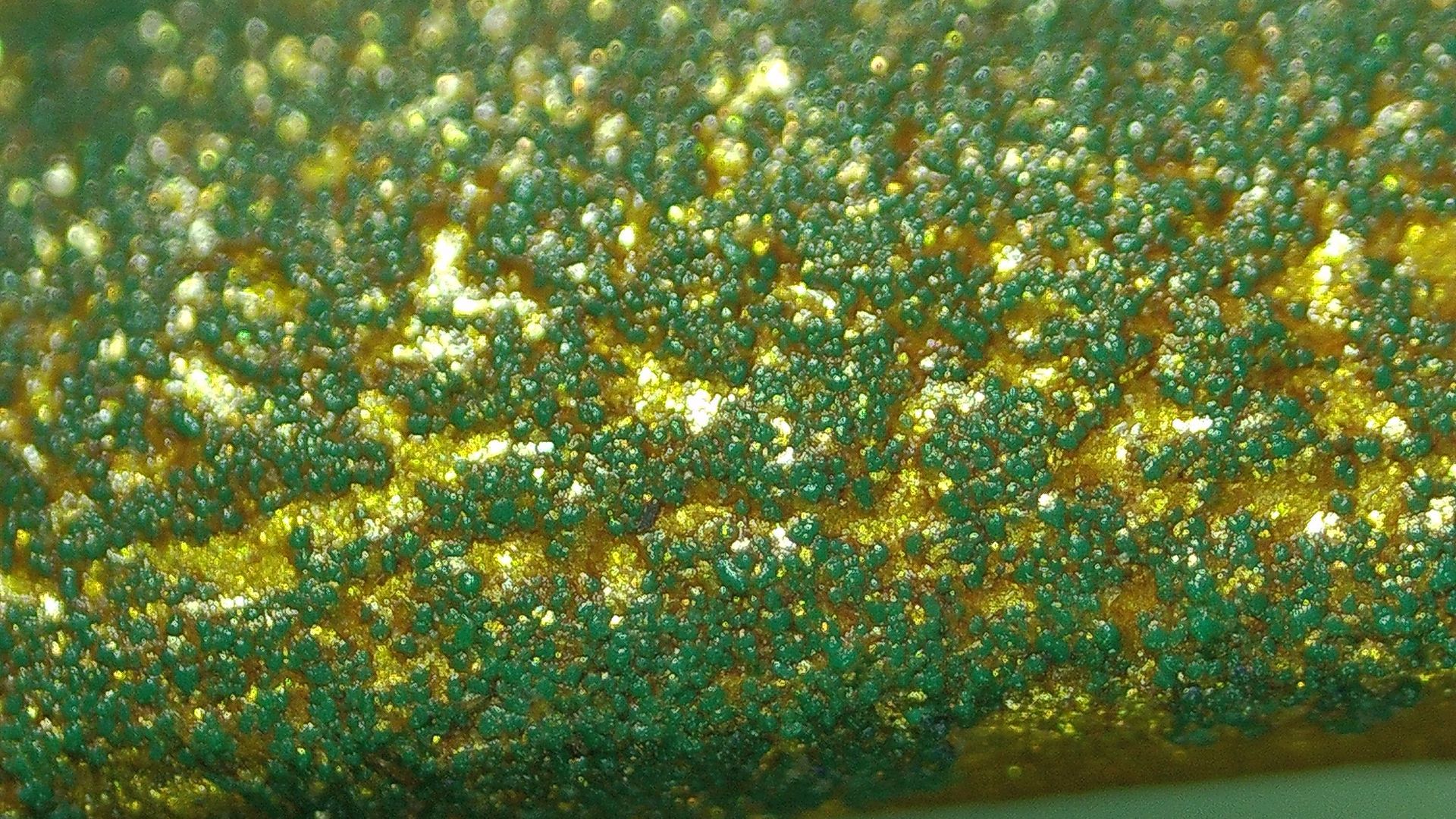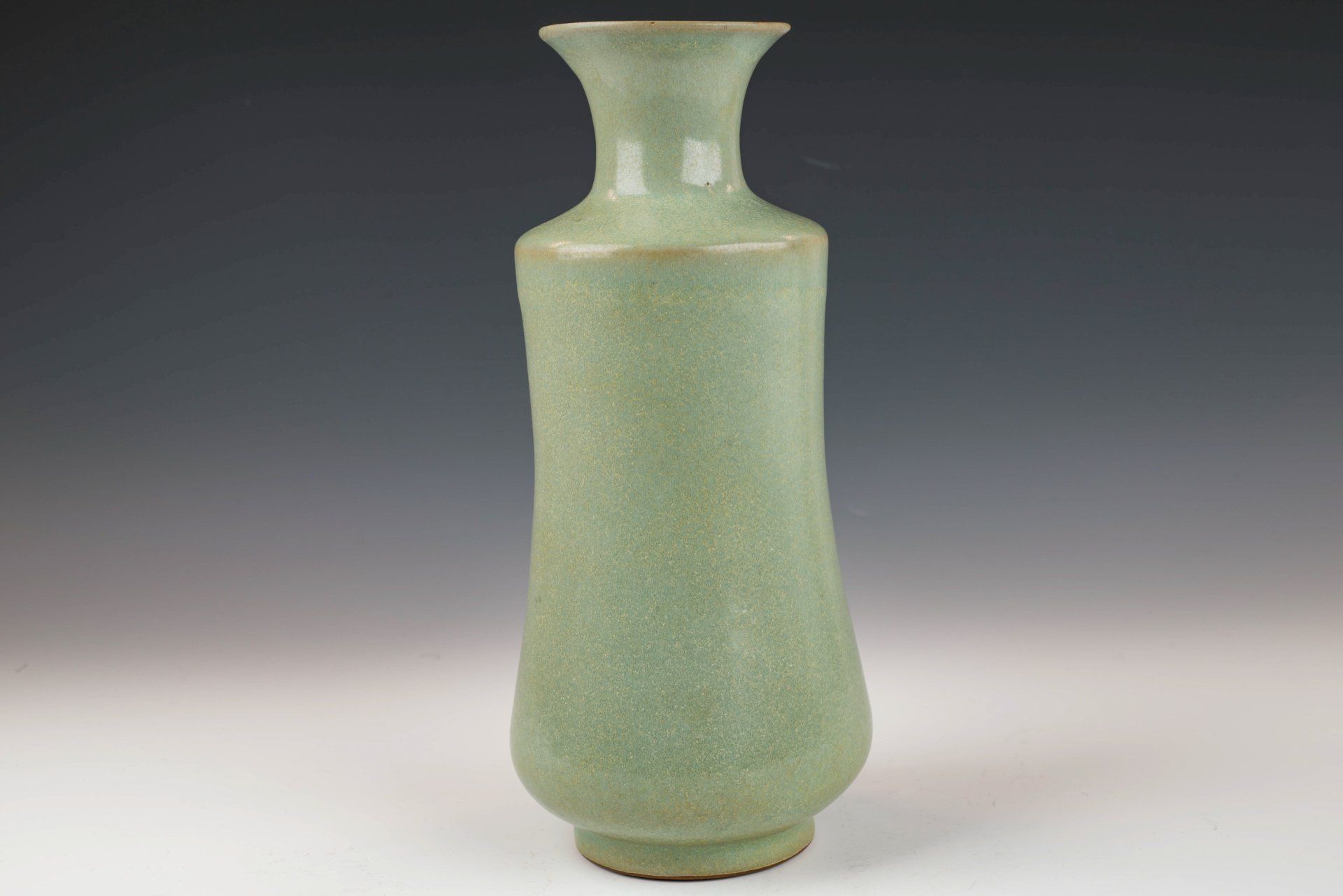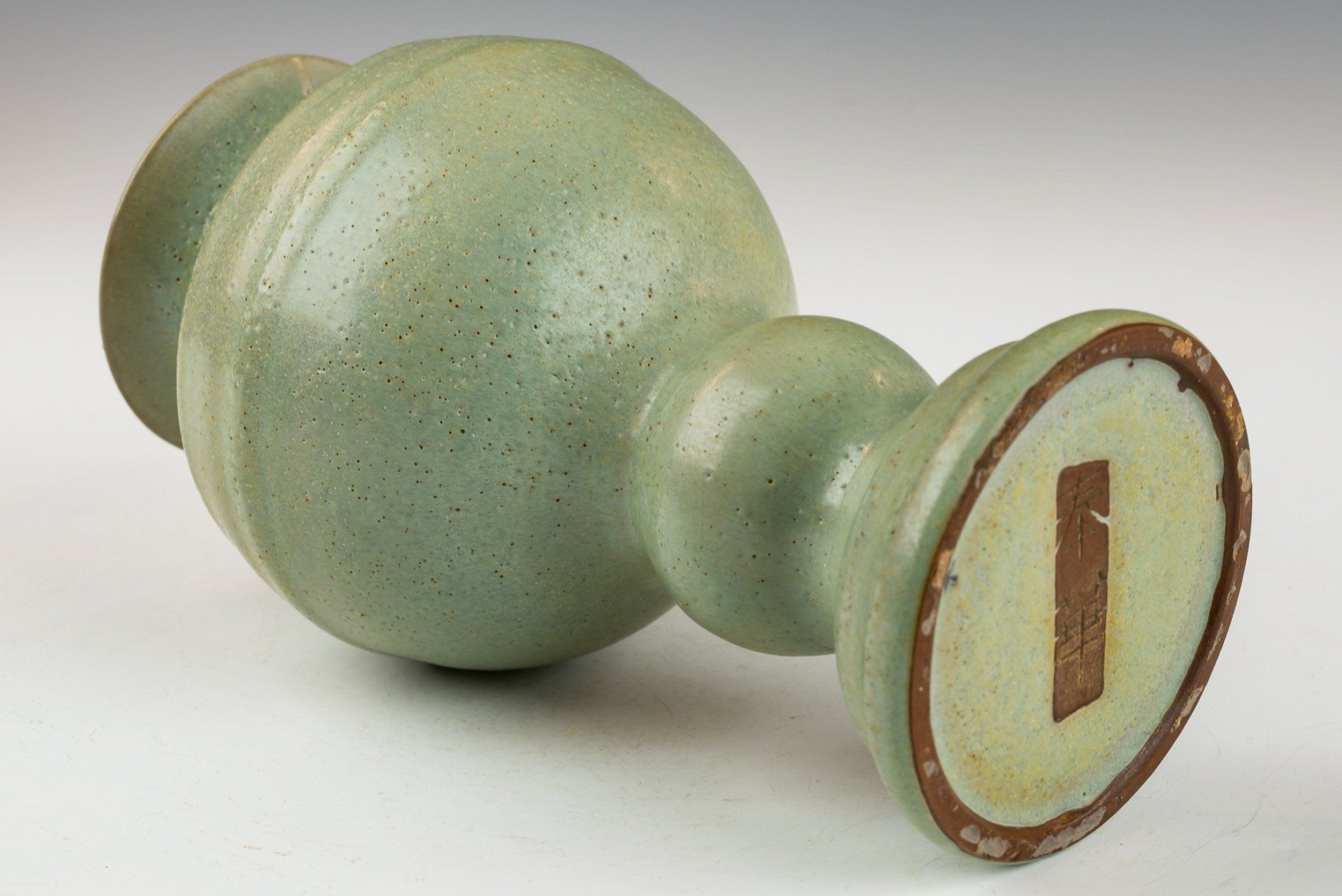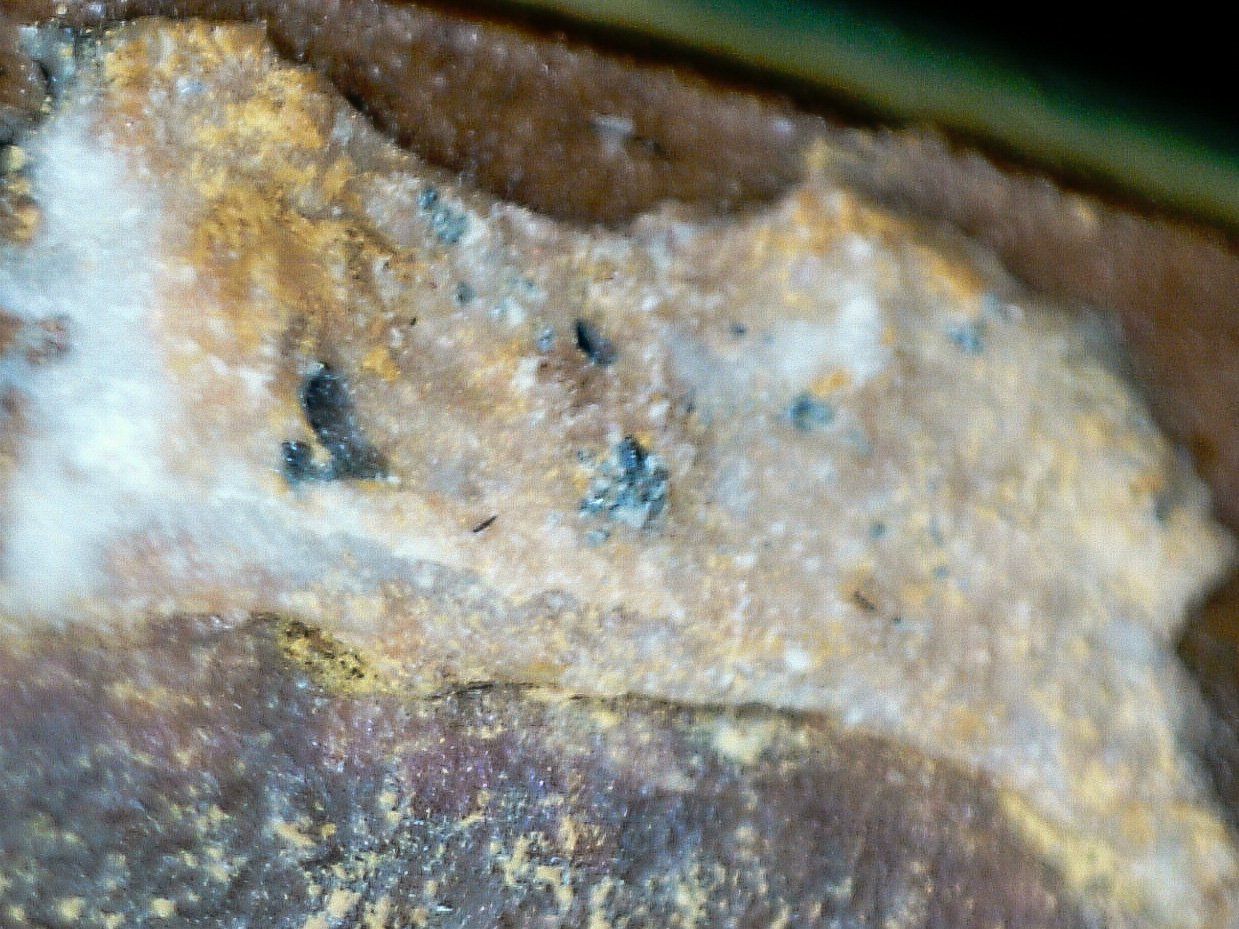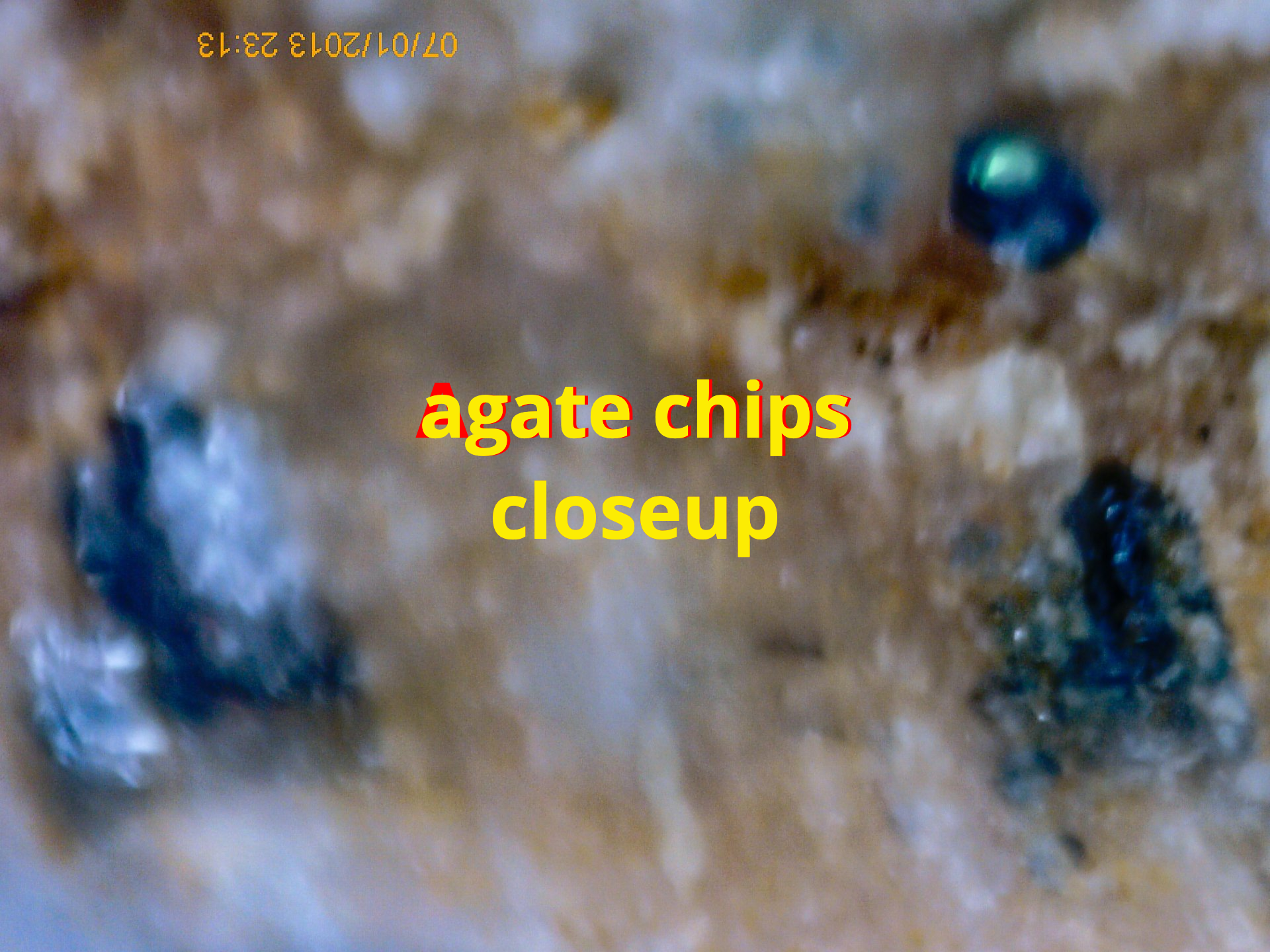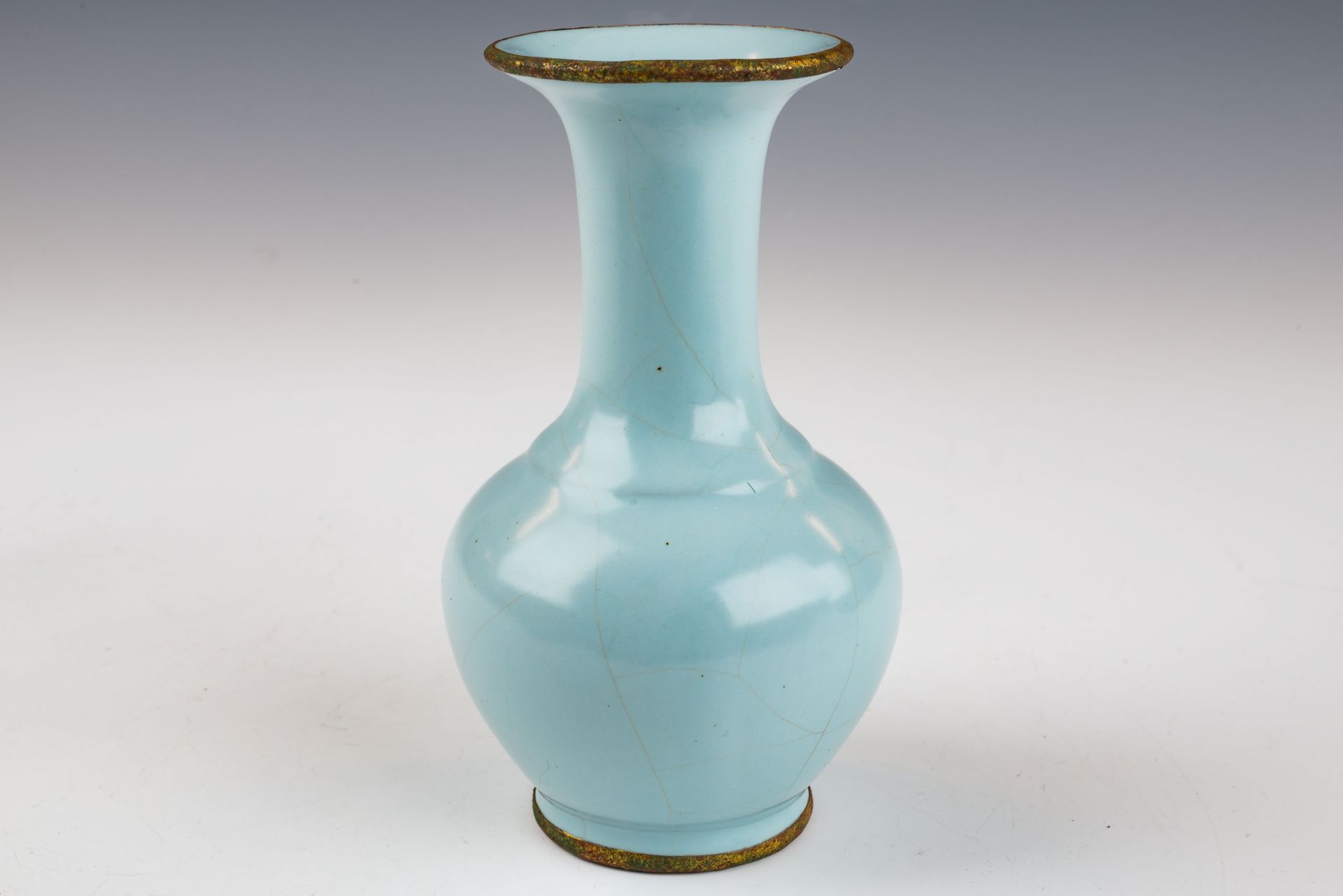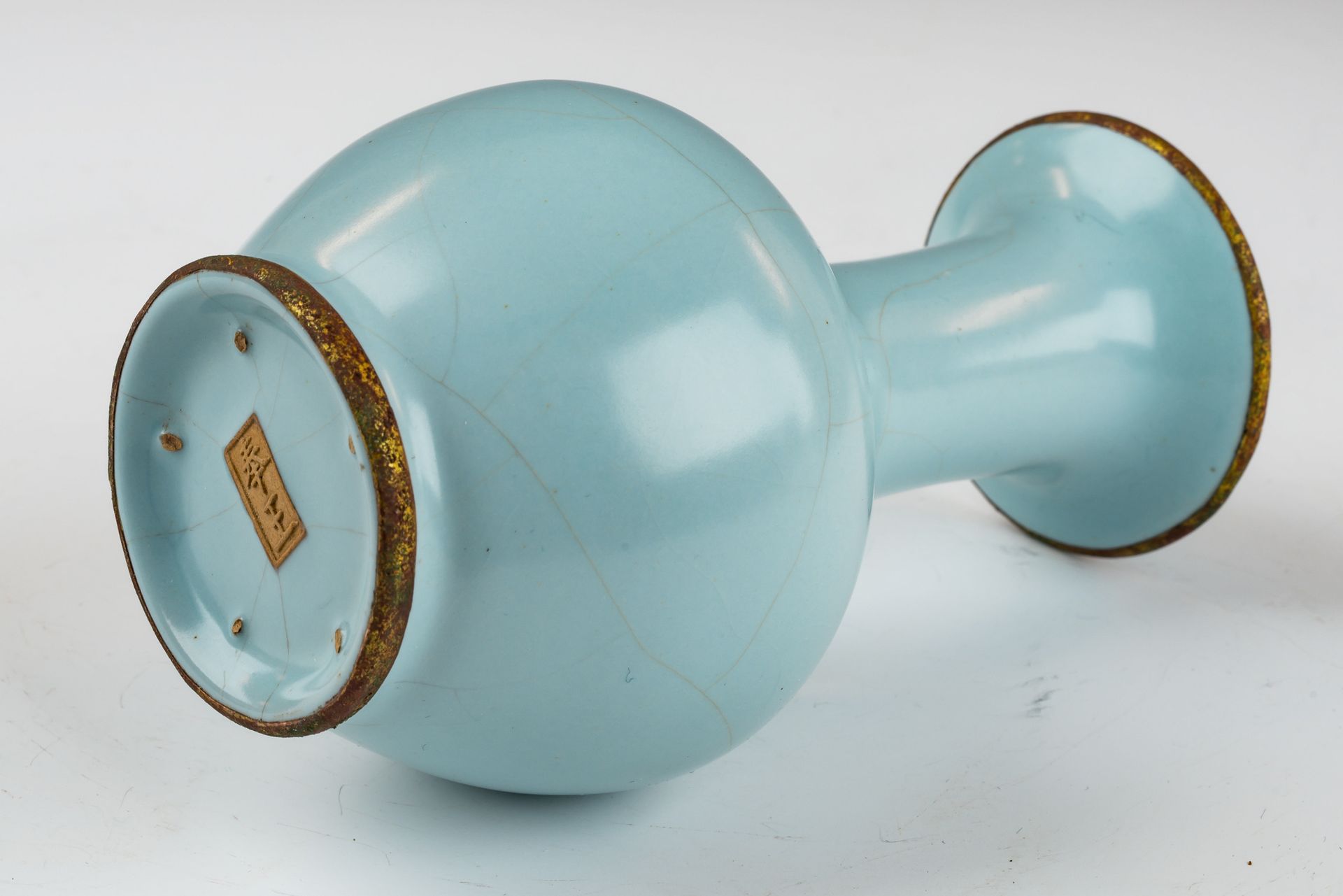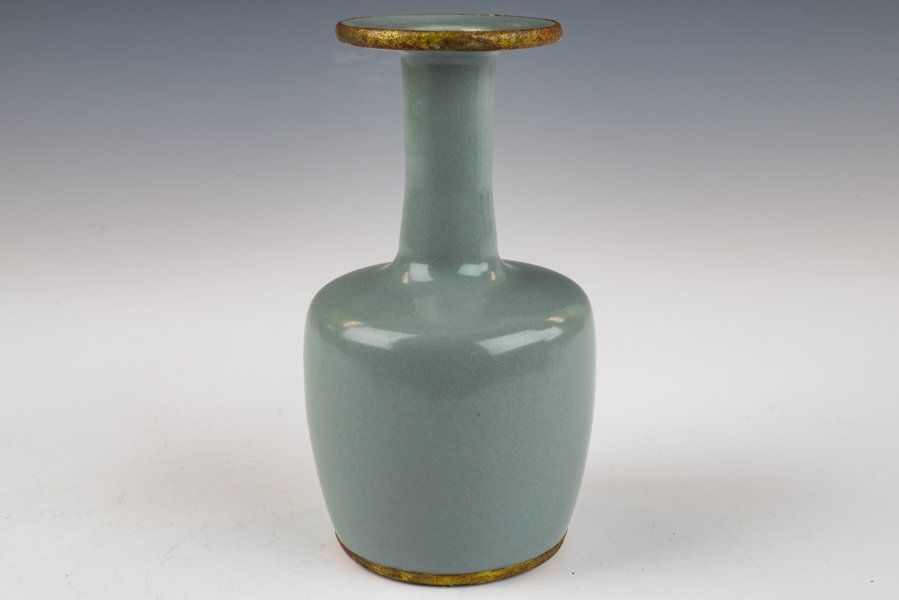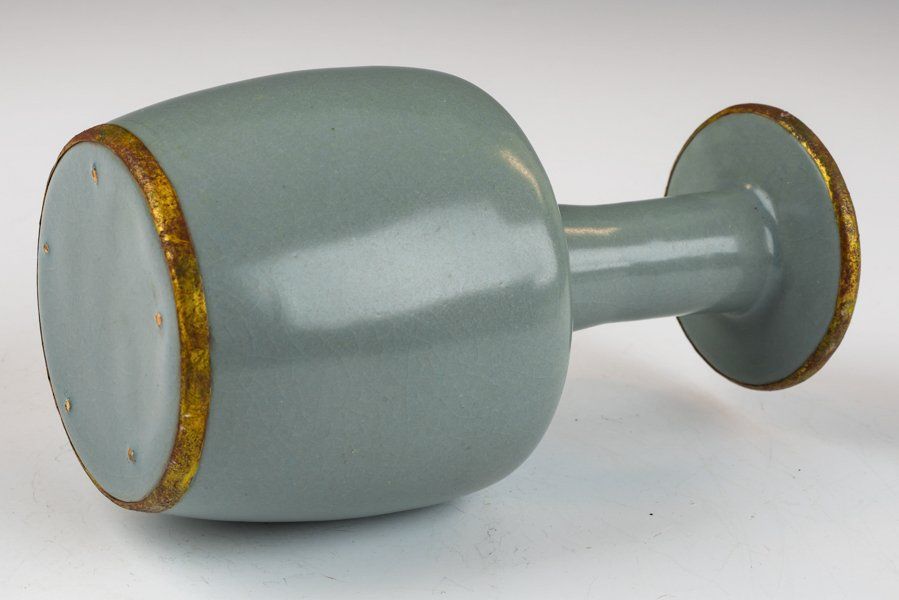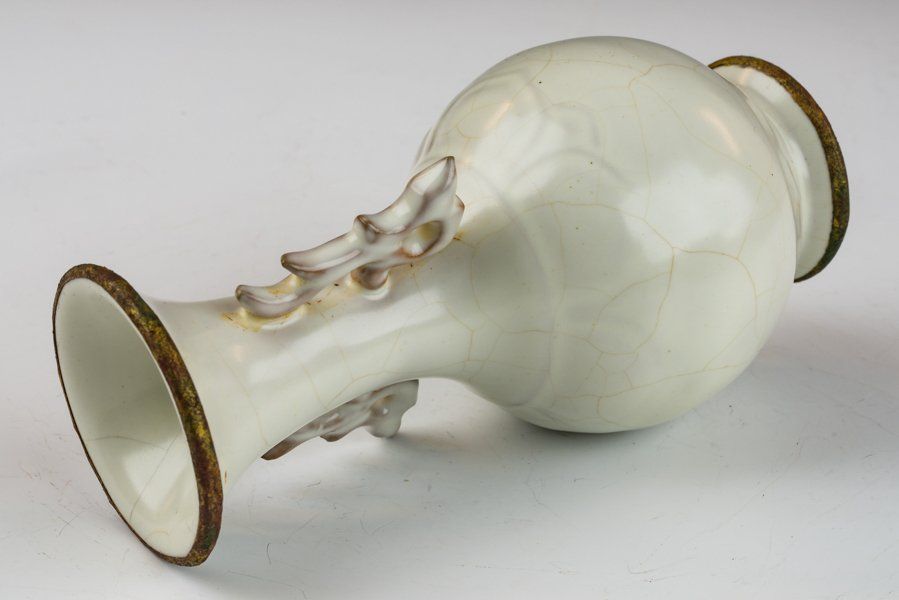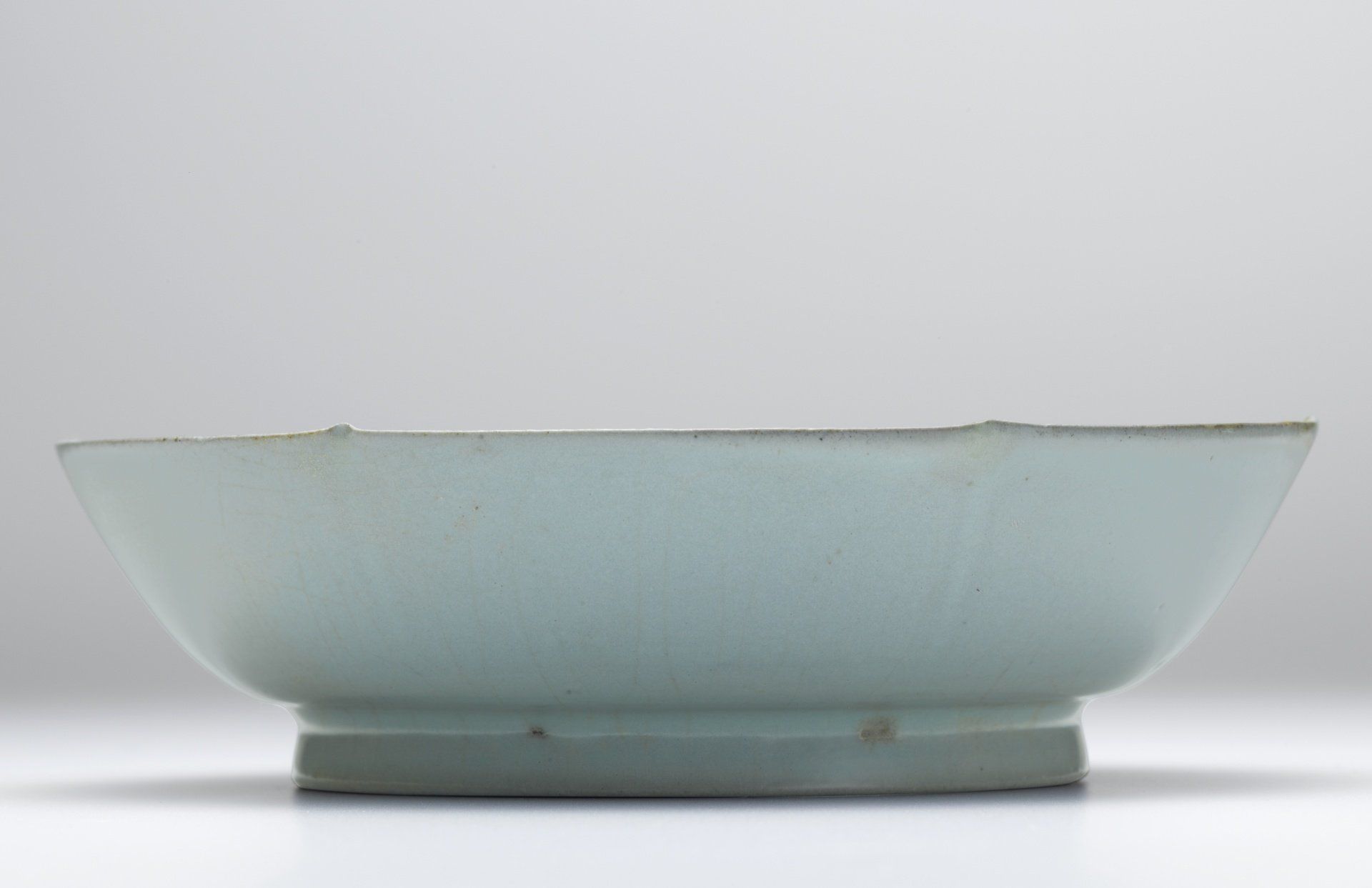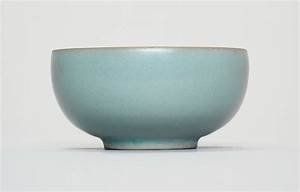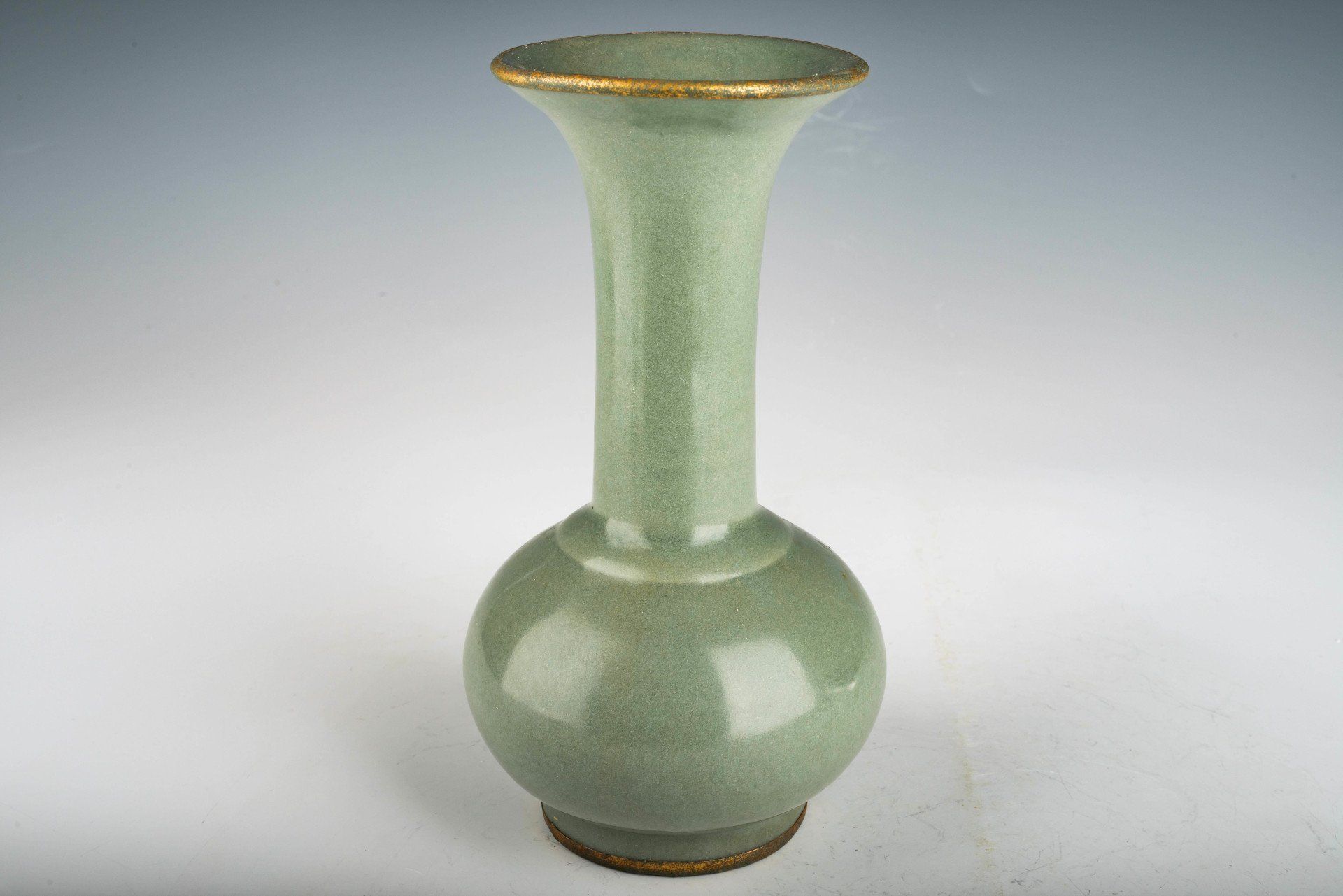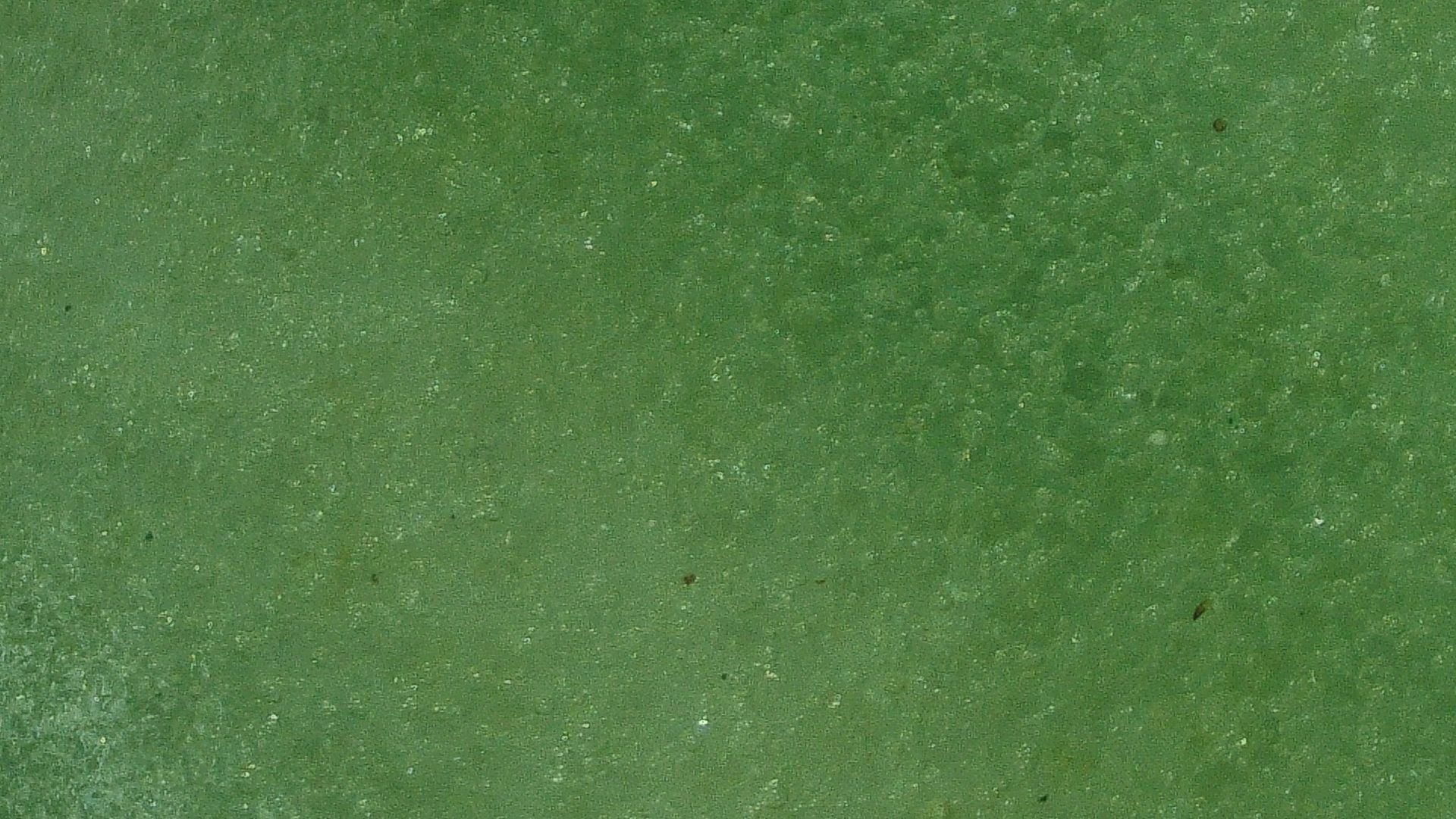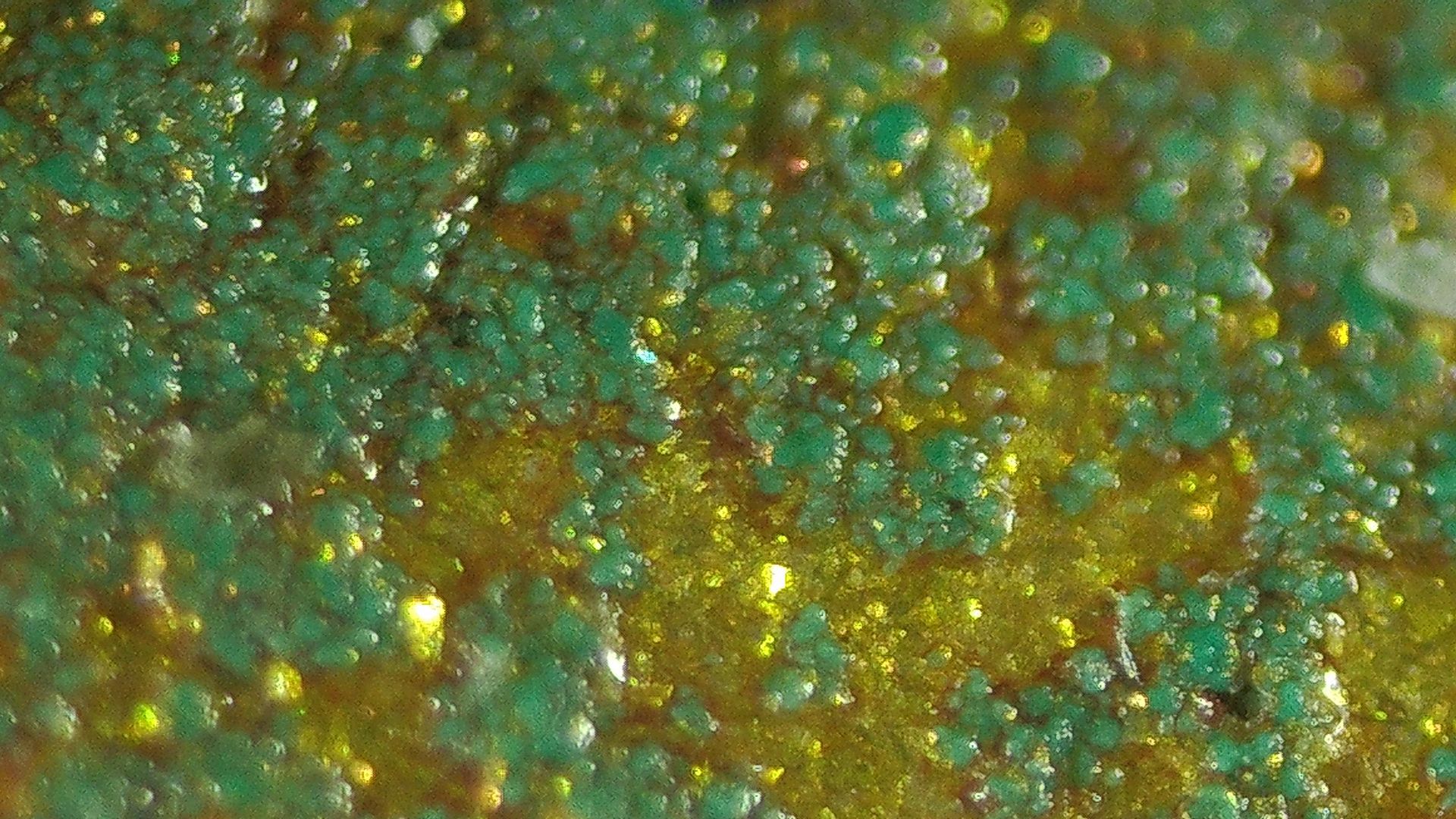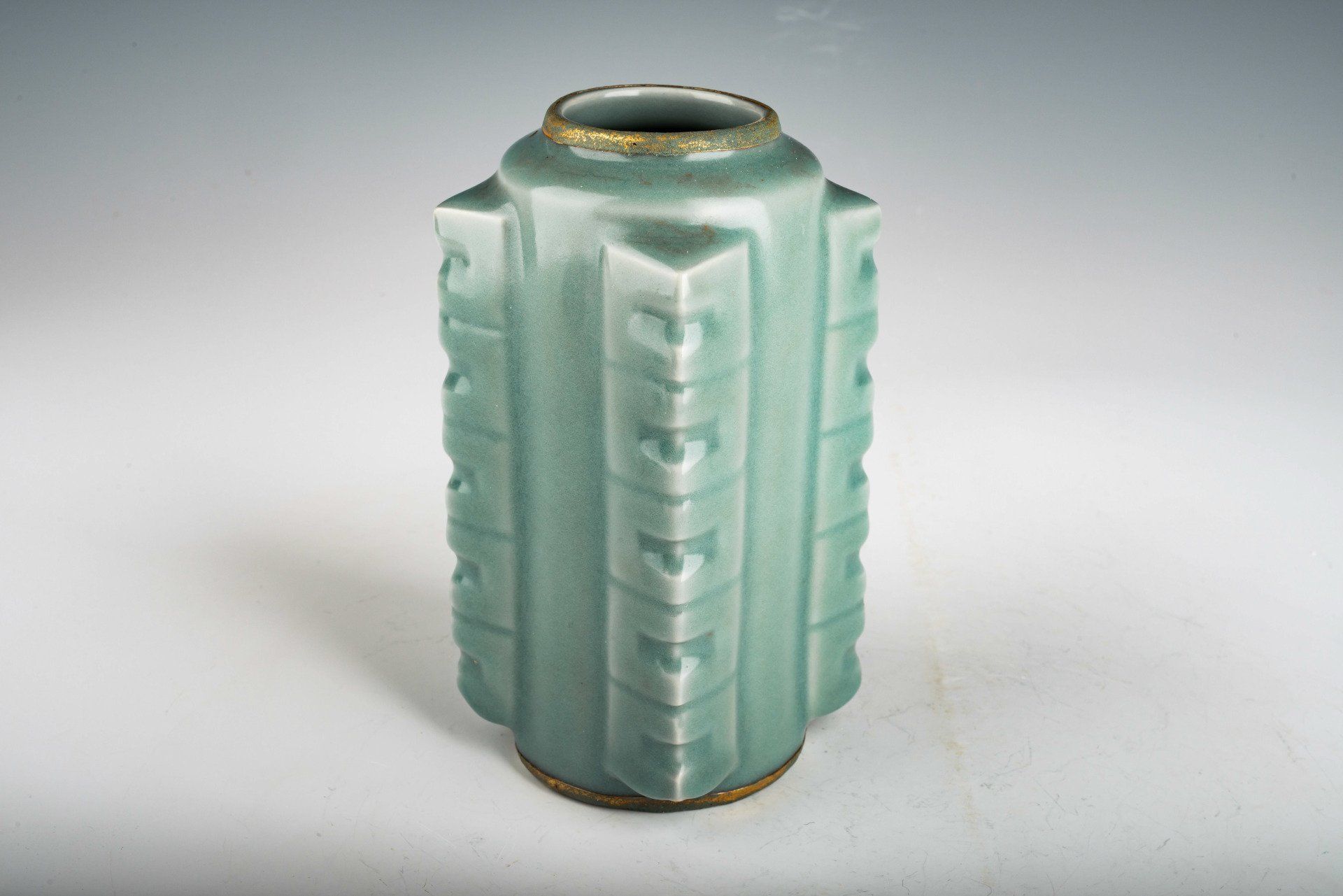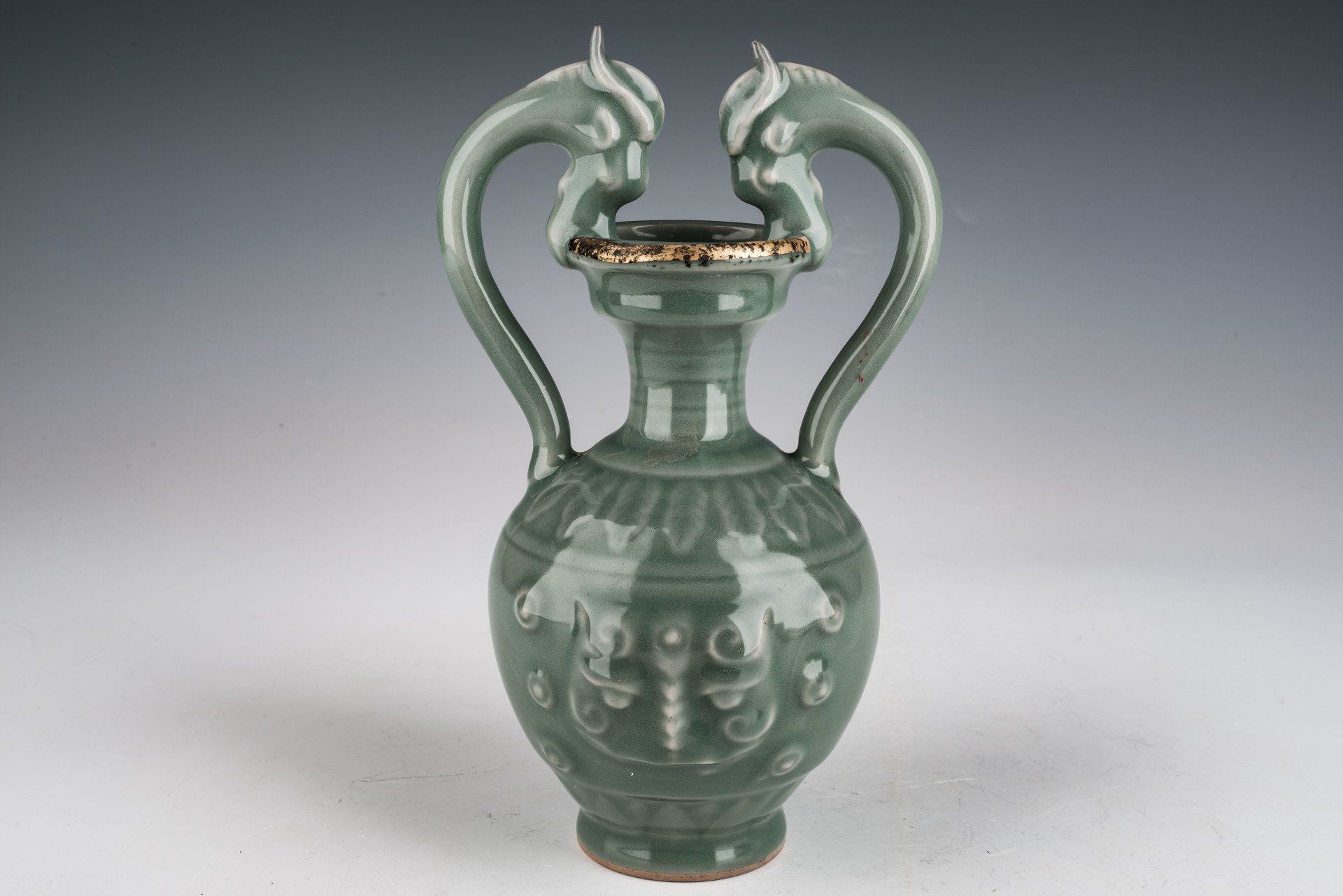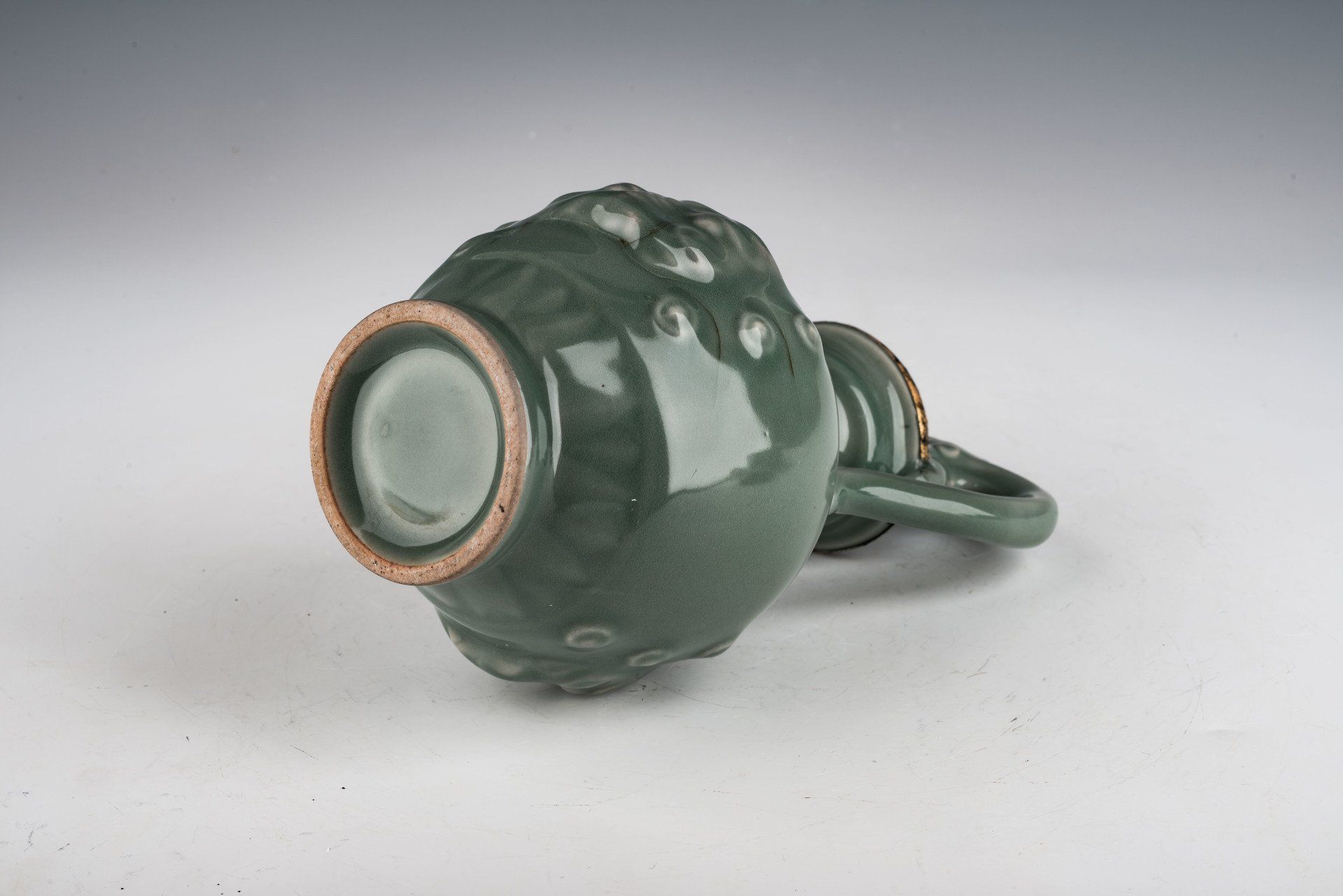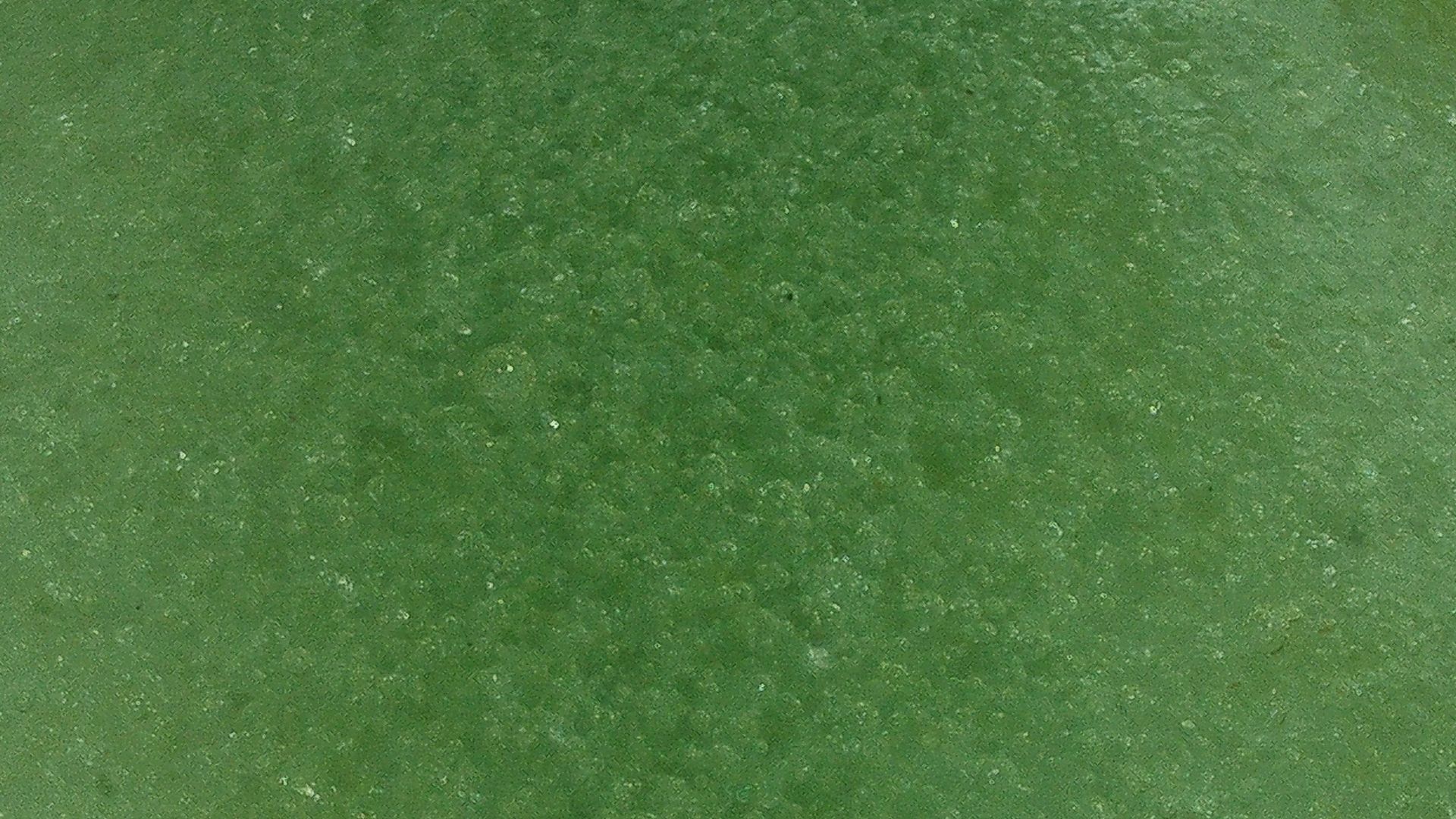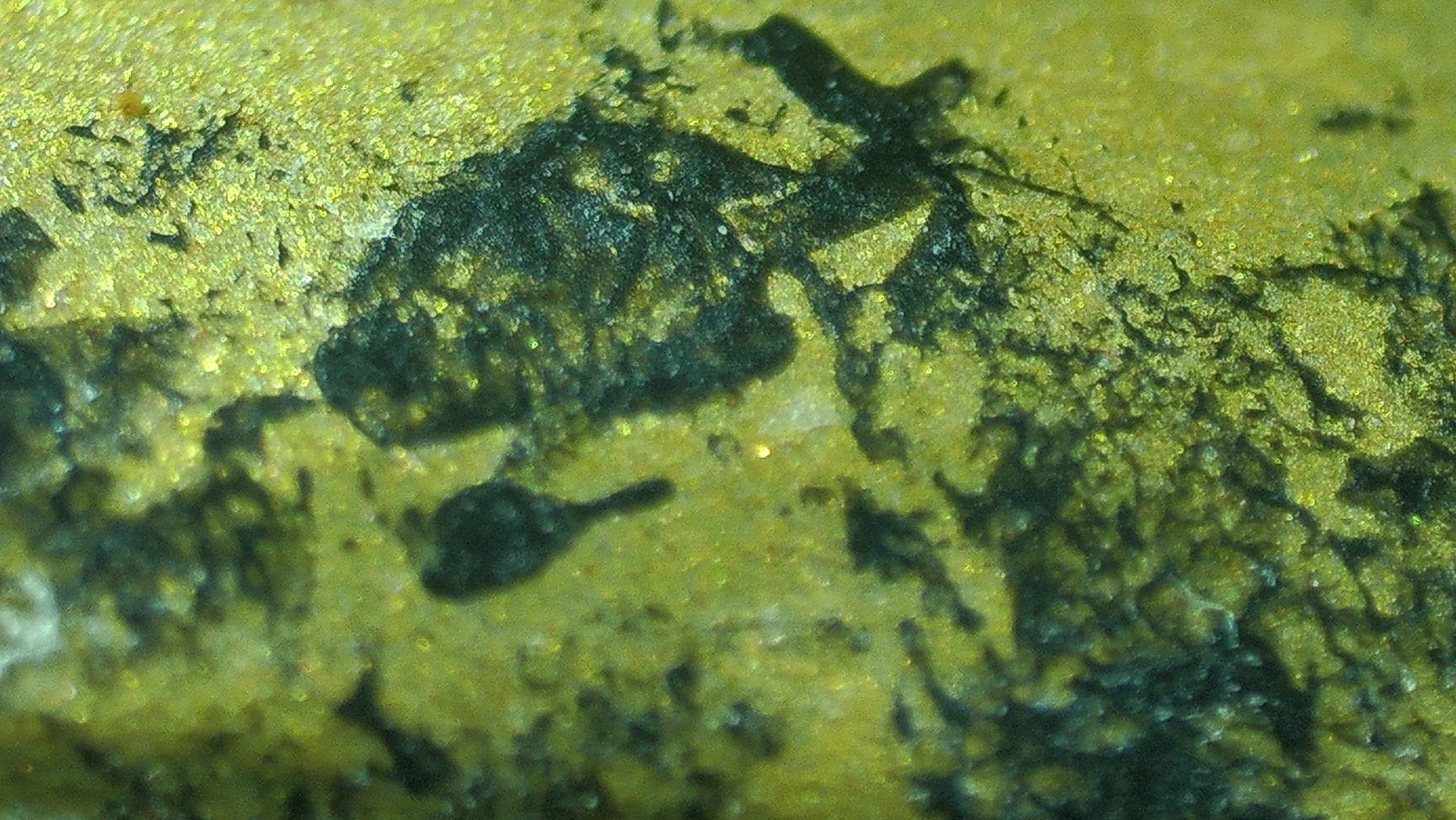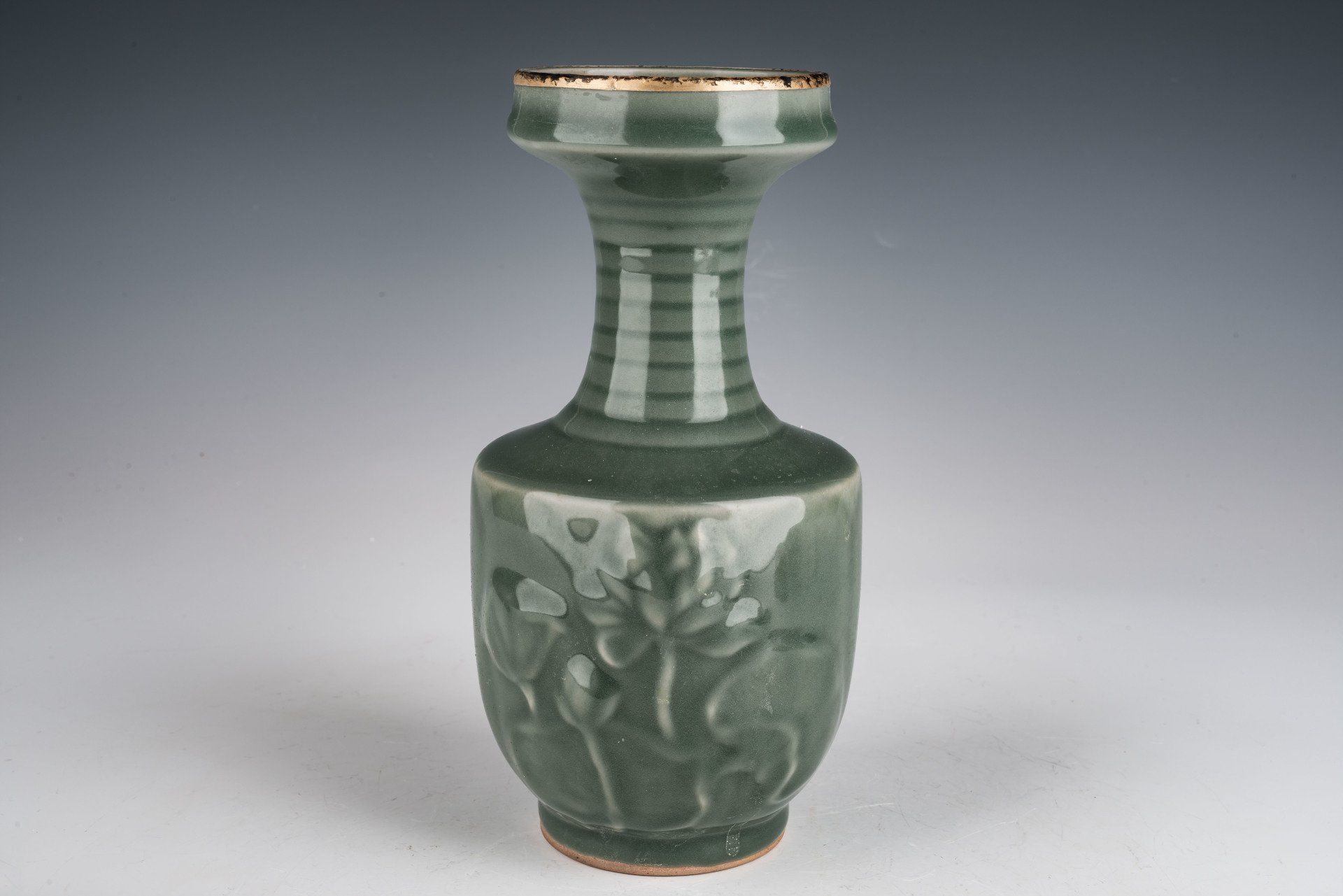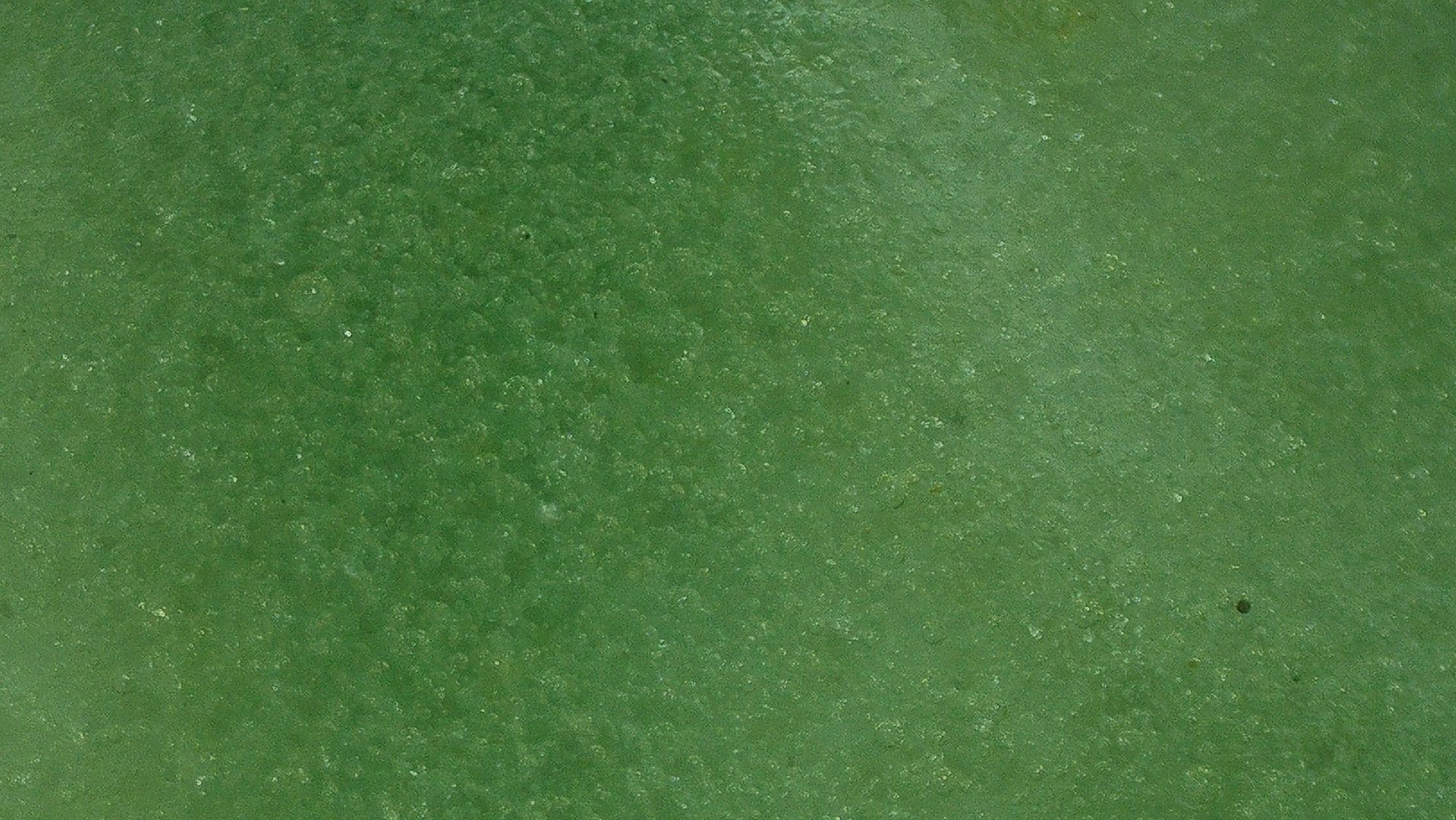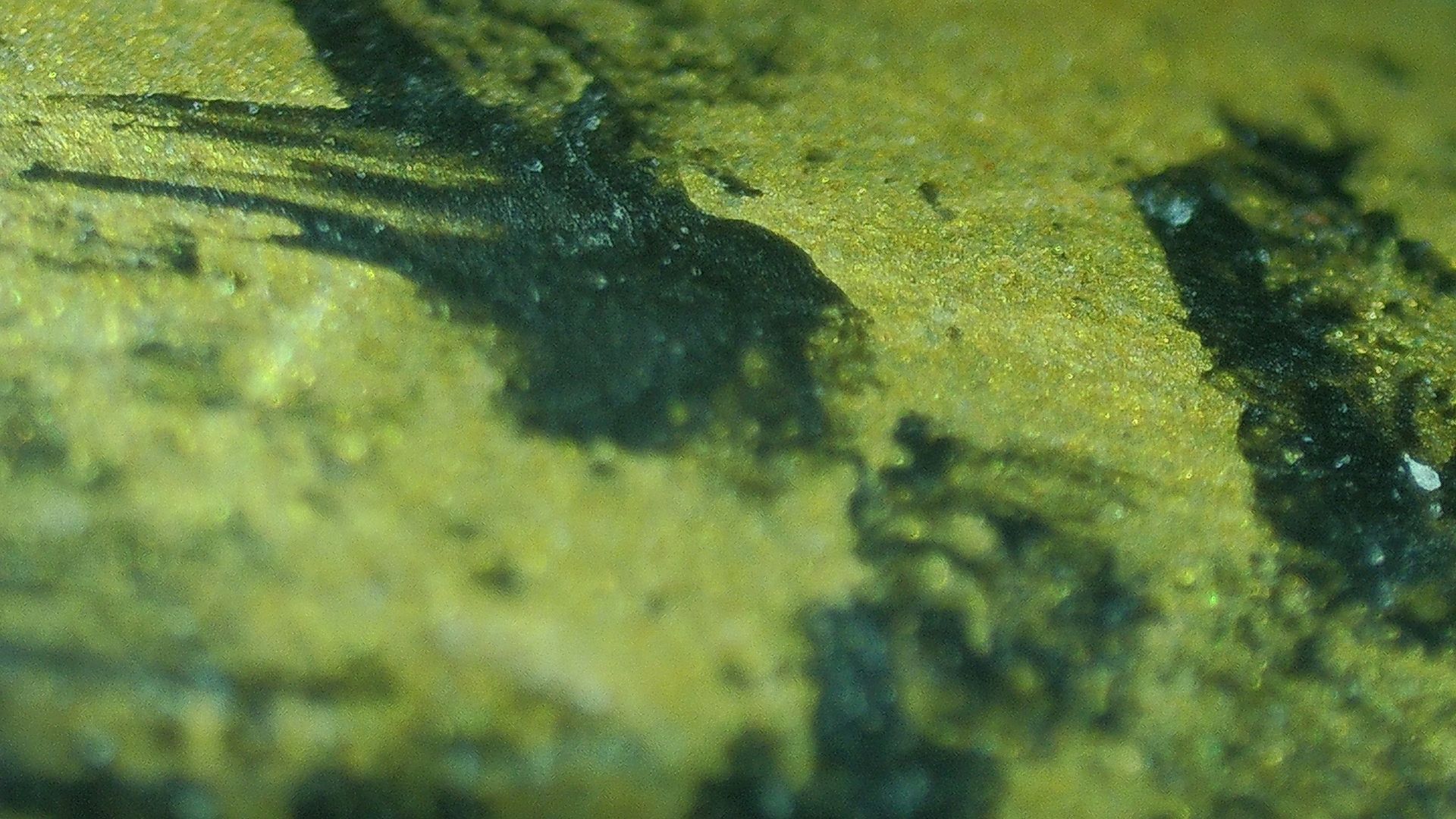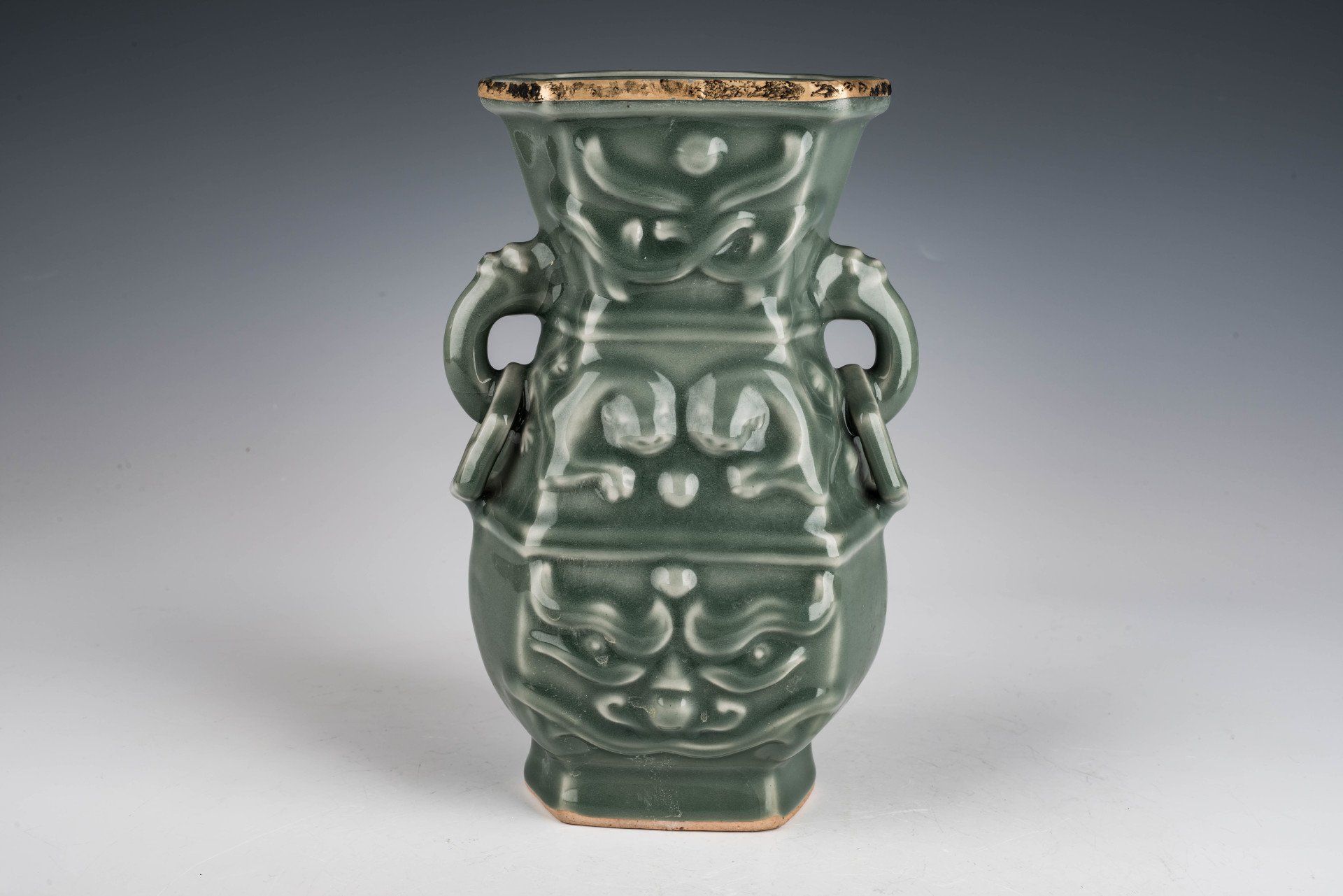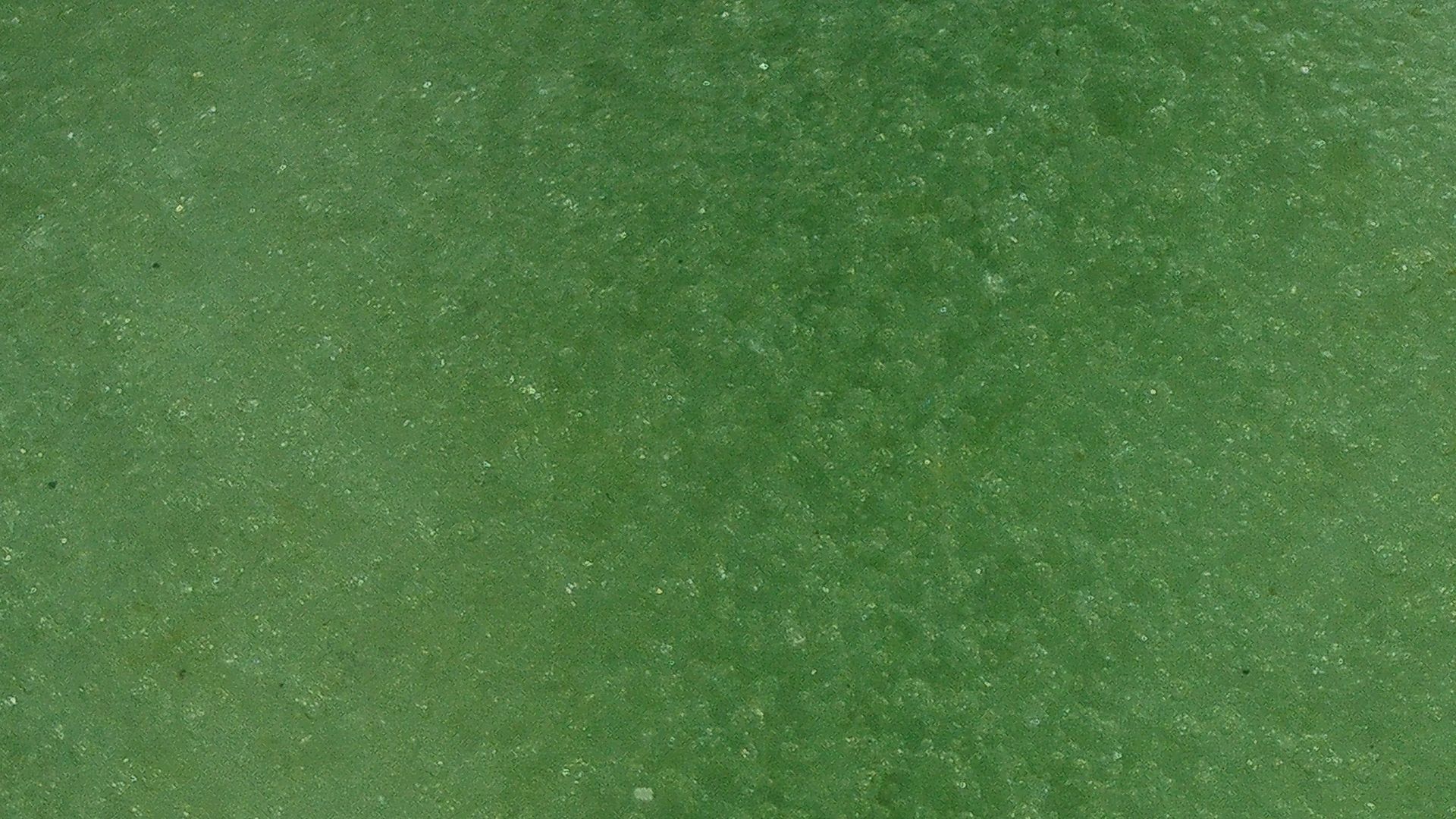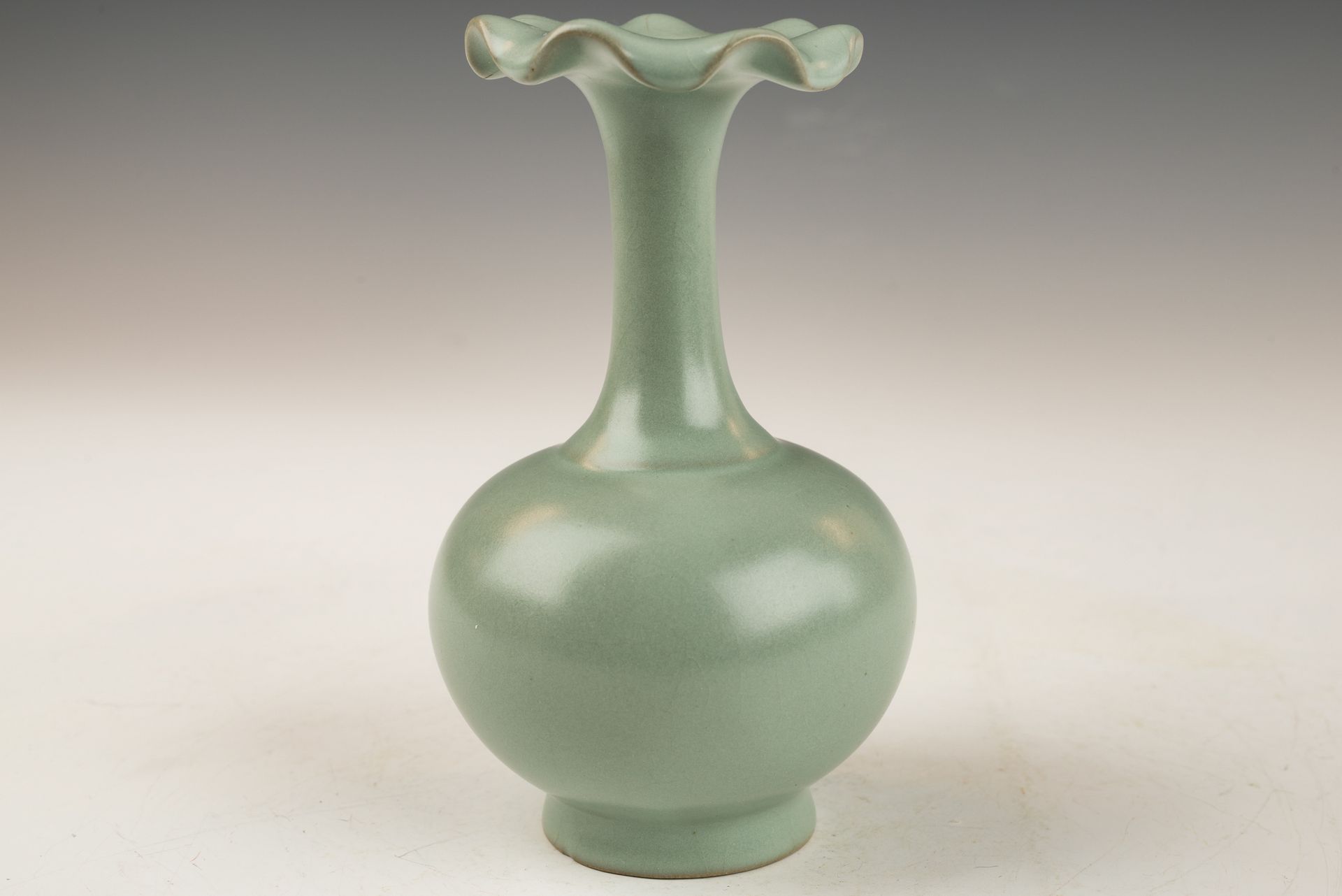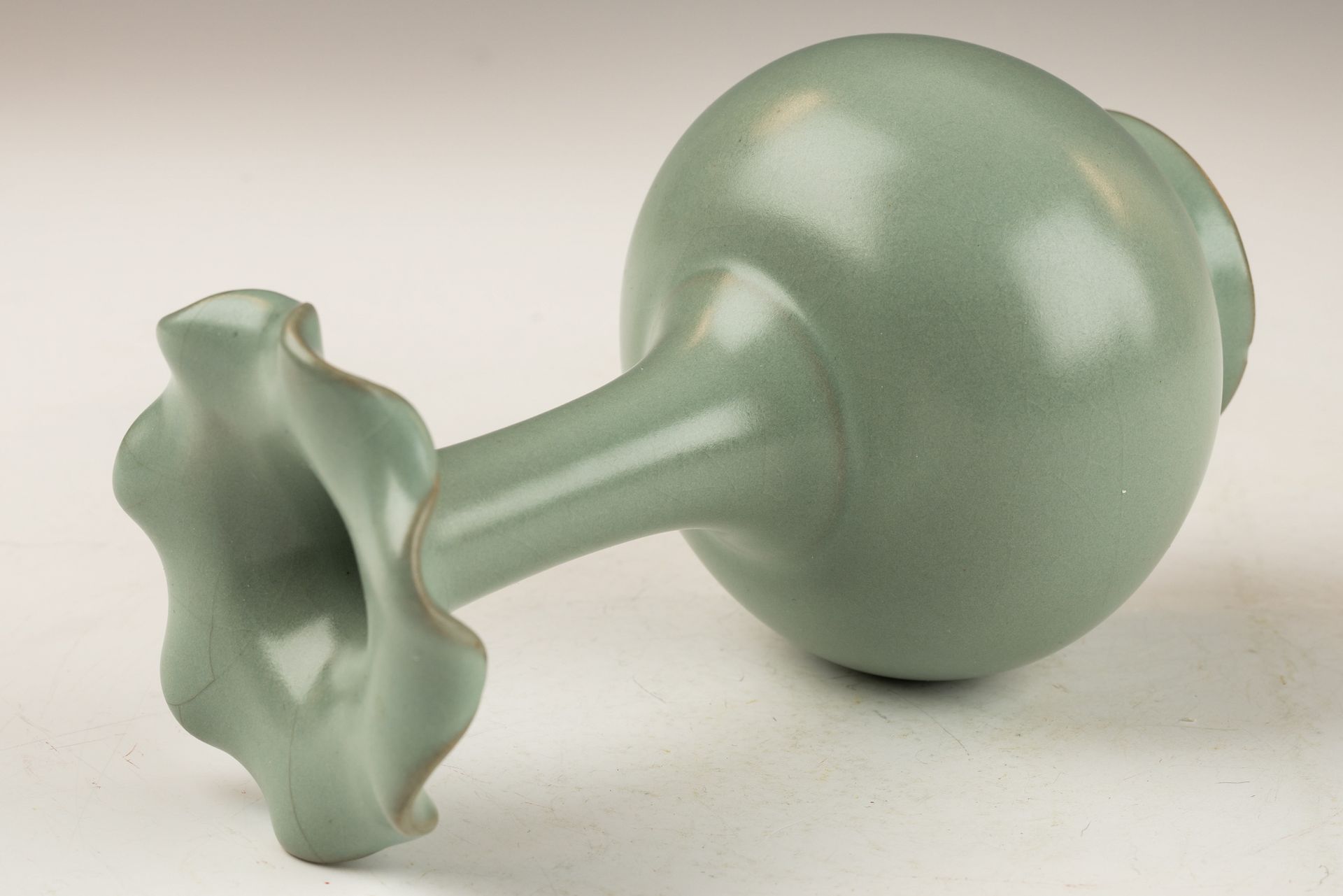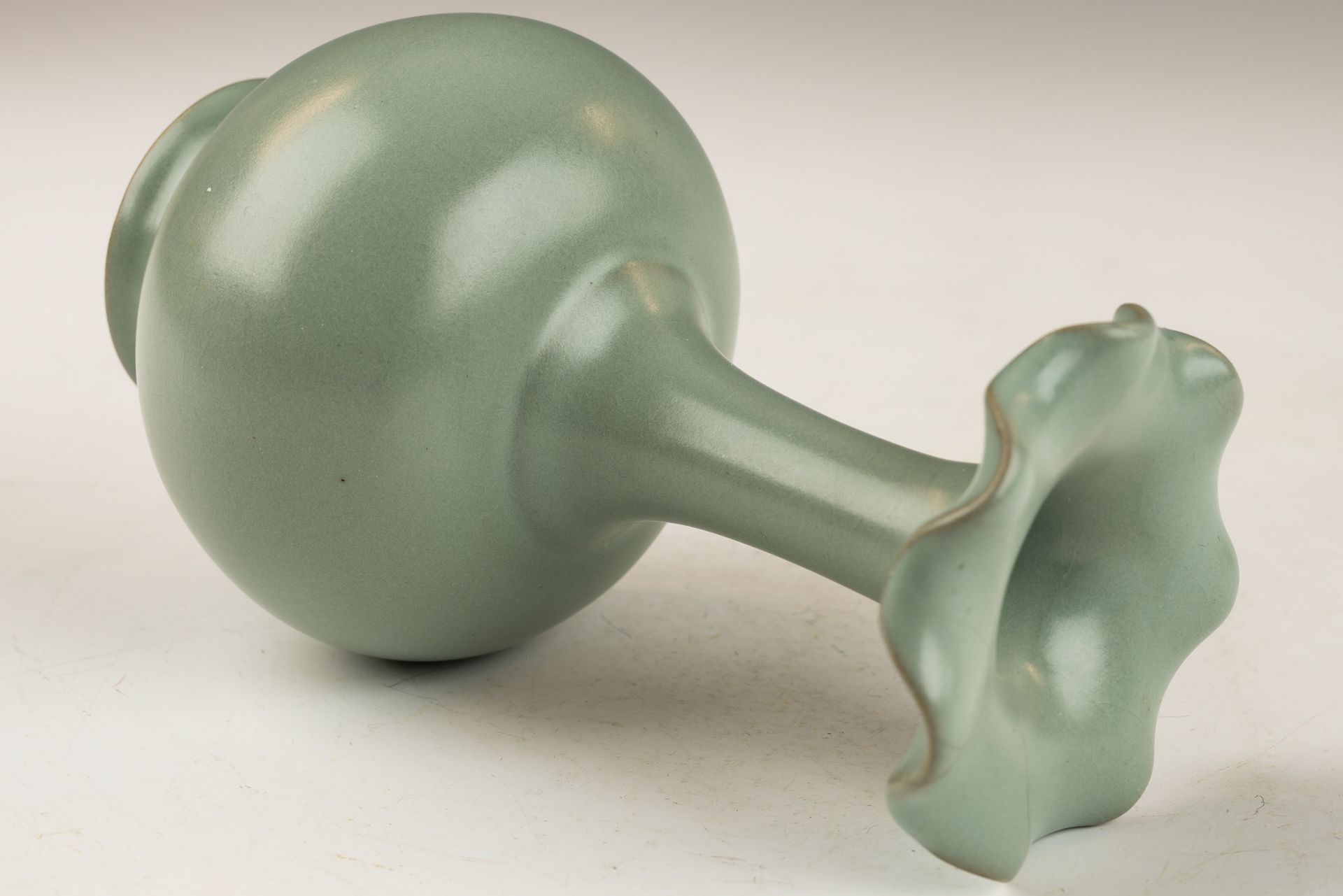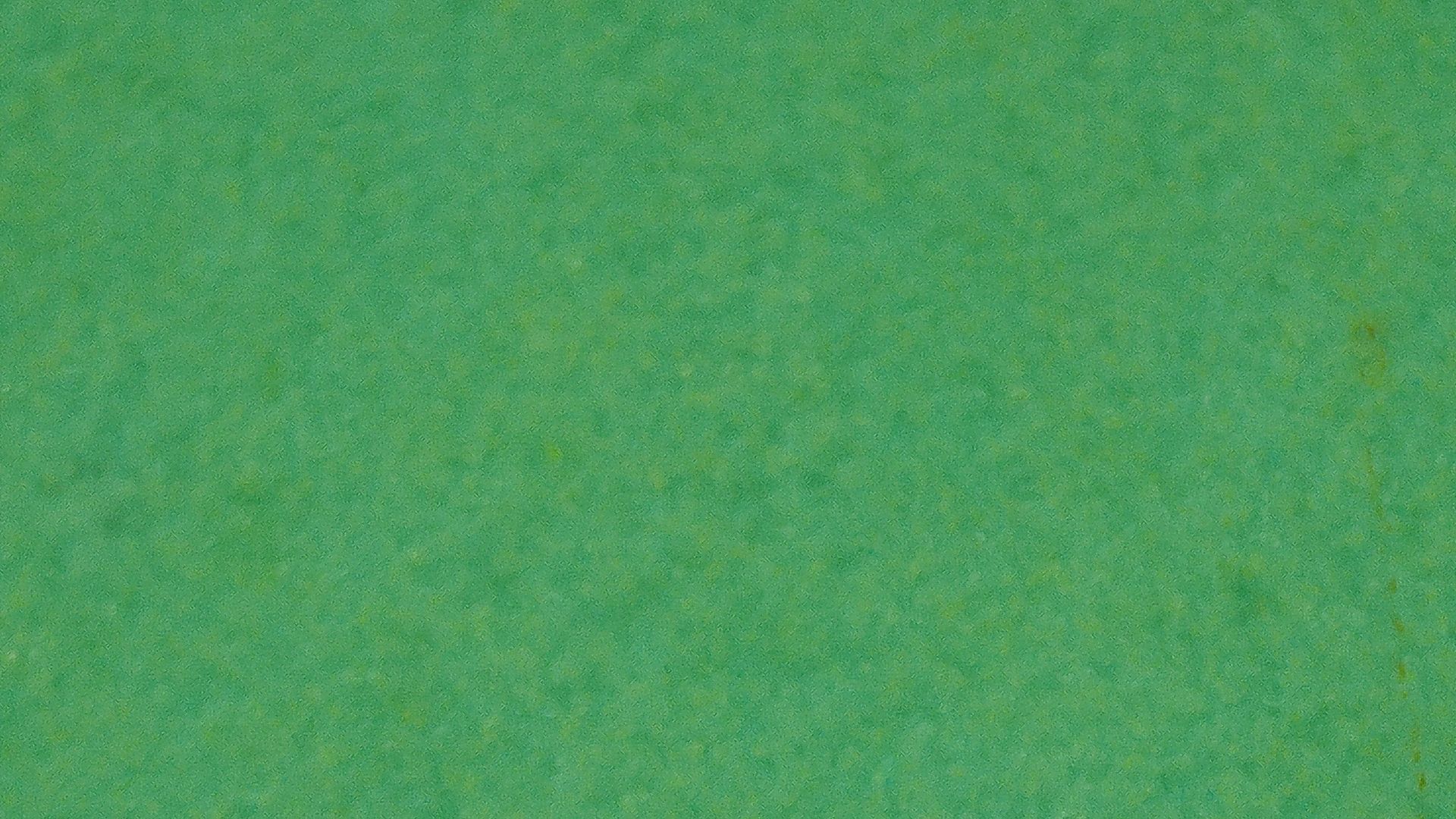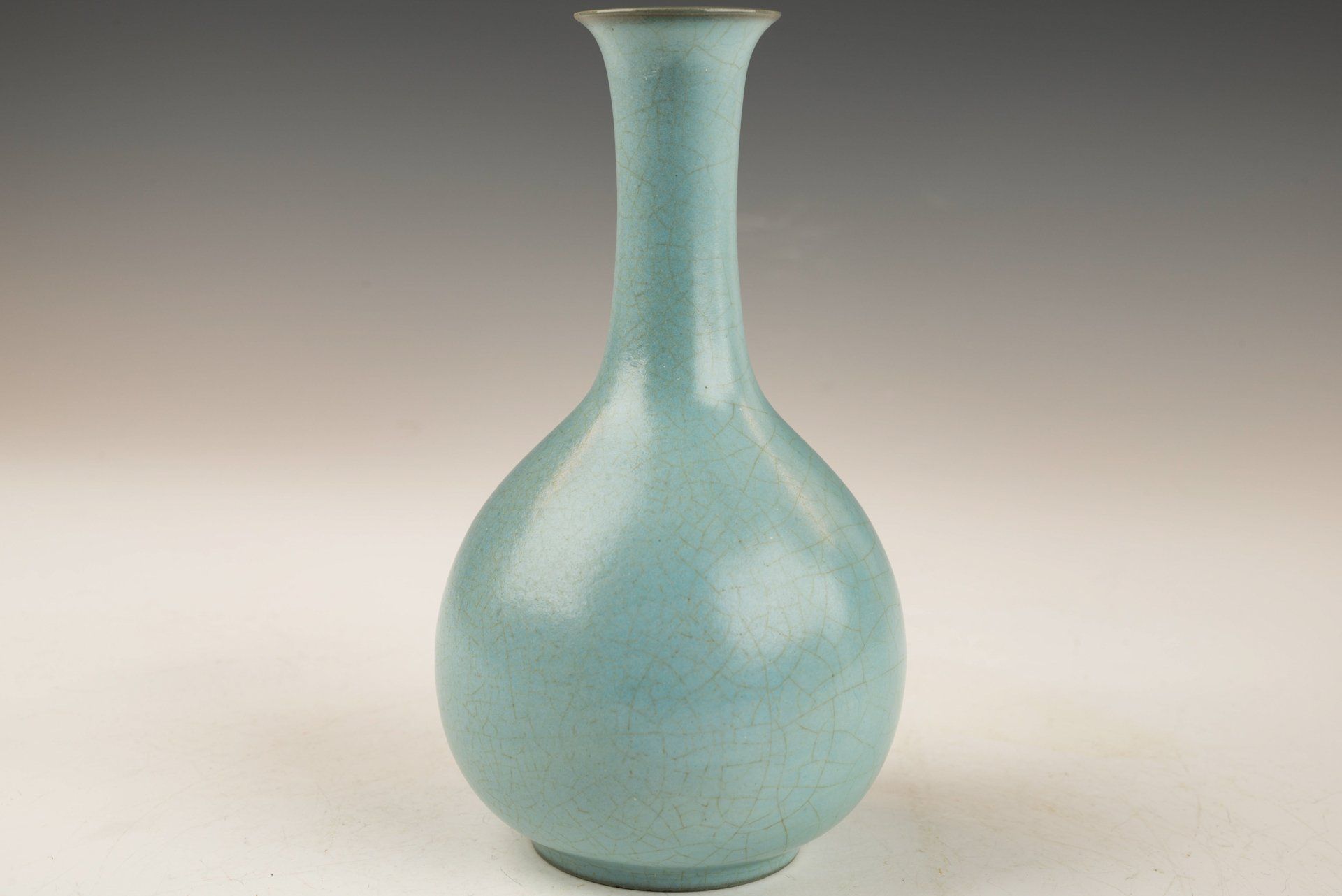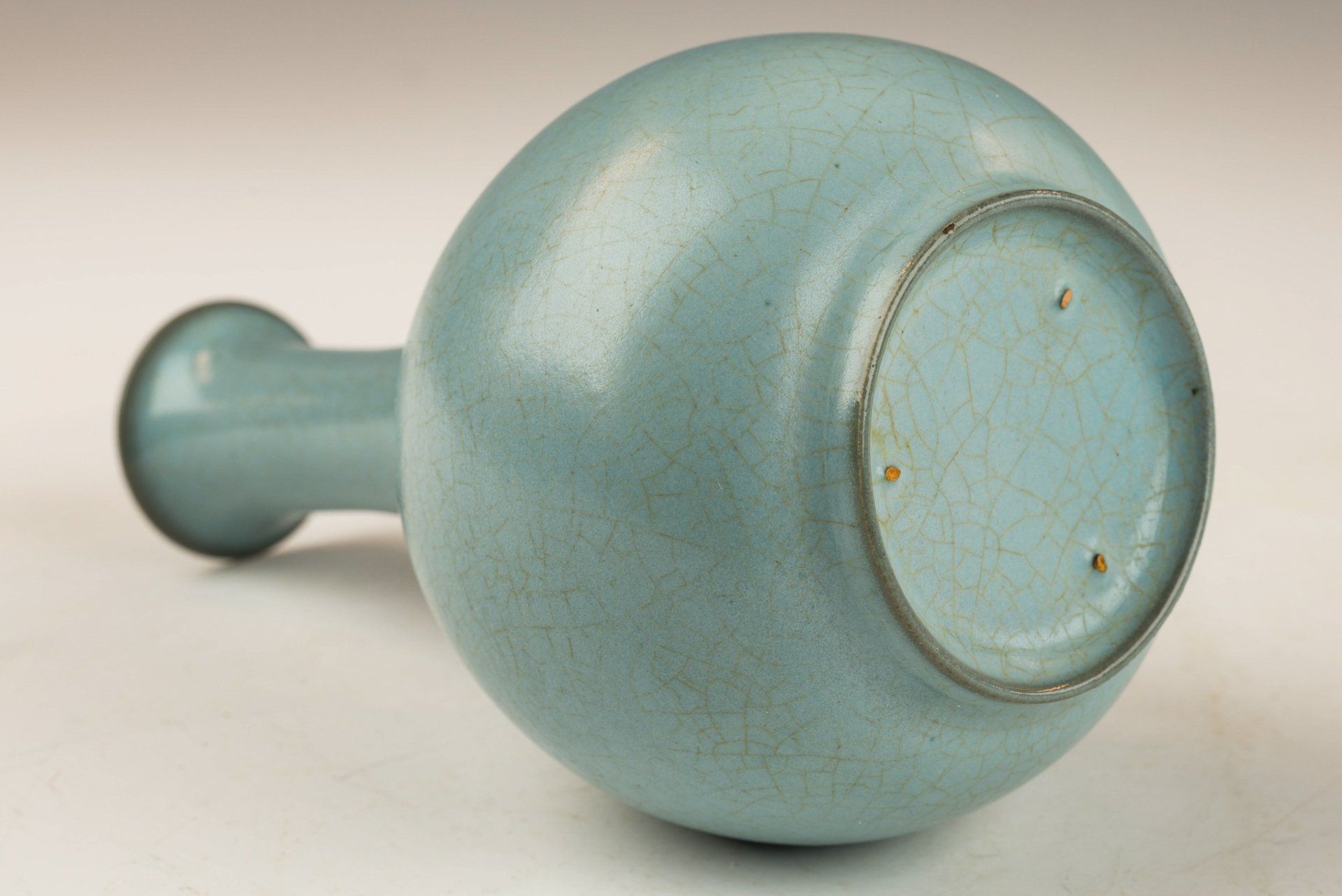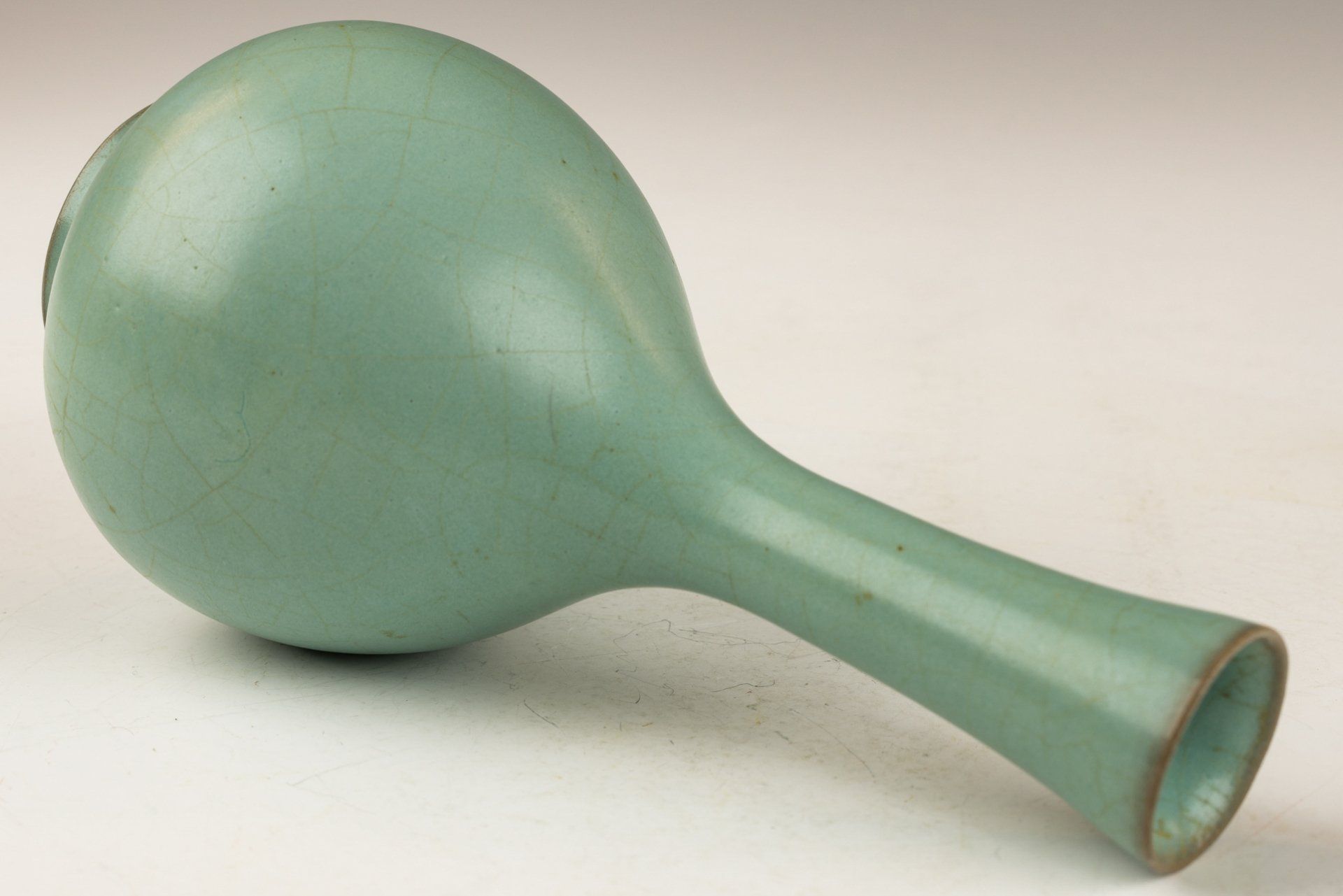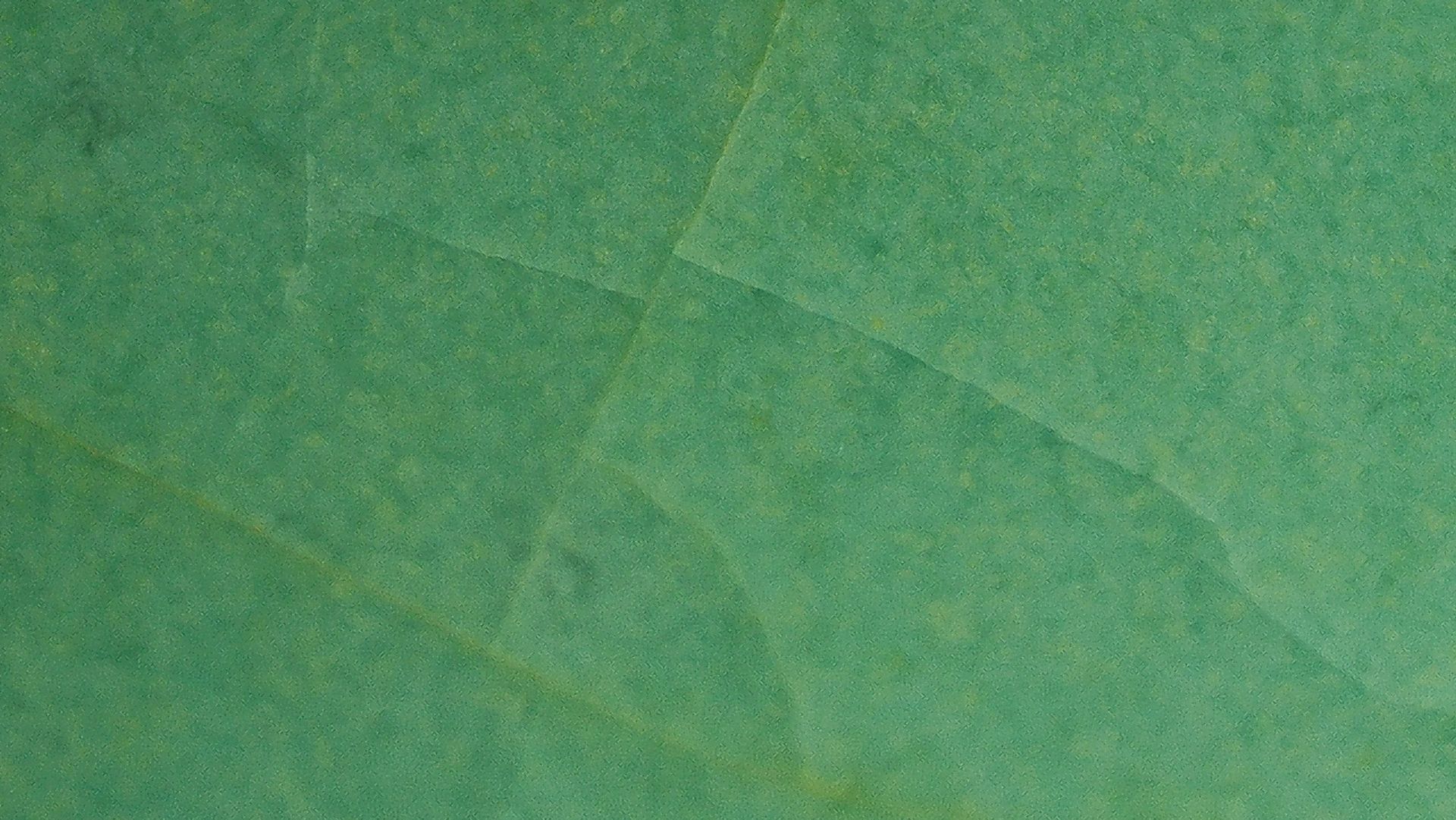Китайские шедевры
Изысканный фарфор императорской династии Мин
Если вы заинтересованы в покупке любого товара на этом сайте или
По всем вопросам обращайтесь
АГЕНТ: Венизелос Г. Гаврилакис, президент VENIS STUDIOS
Venizelos@chinesemasterpieces.comтел.: 971 50 683 5877
Исключительная банка с перегородчатой эмалью и крышкой с изображением рыб из династии Мин, клеймо периода Цзяцзин
Эта исключительная банка для рыбы с крышкой, выполненная в технике перегородчатой эмали (Клуазоне), из Цзяцзин, отличается исключительной редкостью и значимостью, и относится к эпохе династии Мин. Период Цзяцзин, охватывающий 1522–1566 годы, славится своими изысканными банками для рыбы, и этот экземпляр является примером высочайшего мастерства в технике перегородчатой эмали. На банке видны незначительные сколы бисквита, что свидетельствует о её исторической подлинности. Высота этого выдающегося произведения искусства составляет впечатляющие 15 1/2 дюйма (36,5 см). ppjrs
(кликните на изображение, чтобы увеличить)
Свяжитесь со мной, чтобы узнать цену
Сине-белая императорская марка династии Мин «Цзяцзин» с кувшином и крышкой того периода с изображением рыб среди водной растительности
Этот исключительный кувшин, относящийся к эпохе династии Мин и специально изготовленный в период Цзяцзин (1522–1566), представляет собой искусно выполненный сине-белый кувшин Гуань с изображением рыбы среди водорослей. Примечательно, что эпоха Цзяцзин характеризуется использованием импортного магометанского синего кобальта, отличавшегося уникальным фиолетовым оттенком и становившегося всё более редким к началу XVII века. На кувшине видны следы древности в виде отслоений бисквита, что подчёркивает его подлинность и историческую ценность. Высота этого изысканного изделия составляет 15 1/4 дюйма (36,5 см). ppjrs
(кликните на изображение, чтобы увеличить)
Свяжитесь со мной, чтобы узнать цену
Императорская сине-белая шаровидная ваза начала XV века эпохи династии Мин, периода Сюаньдэ, с мотивом дракона и обширными надписями
Сюаньдэ, династия Мин, начало XV века, сине-белая шаровидная ваза с изображением дракона и обширной надписью. Эта изысканная шаровидная ваза изображает пятилапого дракона, грациозно парящего в облаках в погоне за пылающей жемчужиной. Ваза украшена импортным синим кобальтом из Самали, известным своим характерным черноватым оттенком. Примечательно, что нагромождения и нагромождения на поверхности глазури могут проявлять черные пятна или серебристые отблески; напротив, любой коричневый оттенок указывает на использование местного китайского кобальта. Это различие свидетельствует о ее возрасте, поскольку импортный кобальт был недоступен более 500 лет. Кроме того, наличие отслоений на бисквите подчеркивает историческую значимость вазы. Размеры этой шаровидной вазы из Сюаньдэ приблизительно…
17 3/8 дюймов в высоту. ppjrs
(кликните на изображение, чтобы увеличить)
Свяжитесь со мной, чтобы узнать цену
Исключительная императорская сине-белая ваза с двумя лилиями-тыквами из династии Мин XV века, клеймо Чэнхуа и период
Этот необыкновенный артефакт — сине-белая двойная ваза из тыквы и лилий, относящаяся к периоду Чэнхуа и созданная во времена династии Мин между 1465 и 1487 годами. Она отличается сложной росписью в насыщенном кобальтово-синем цвете, состоящей из семи сегментов, украшенных лепестками, вьющимися лилиями и листьями. Высота вазы составляет около 9 3/8 дюймов. Коллекционерам и ценителям рекомендуется ознакомиться с каталогами аукционов, научными текстами и музейными коллекциями, поскольку аналогичная двойная ваза из тыквы Чэнхуа редко публиковалась или выставлялась. Ваза отличается замечательной формой и поразительным темно-синим оттенком, подчеркнутым мастерски выполненными свободными мазками, типичными для выдающейся керамики Чэнхуа. Мастера этого периода славились точным нанесением тонких контуров в сочетании с широкими мазками. Сине-белые изделия, созданные в эту почитаемую эпоху, являются одними из самых востребованных образцов китайского фарфора. Отличительной особенностью этого изделия является уникальный кобальтовый пигмент, который придаёт изделиям уникальный черноватый оттенок, получаемый из импортного кобальта, предположительно, персидского «самали». Примечательно, что этот специфический оттенок кобальта не импортировался более пяти веков, что подчёркивает редкость подобных изделий. Кроме того, использовался местный кобальт, известный как «питанг», и сочетание этих пигментов привело к появлению широкого спектра изысканных оттенков. Высокая степень очистки глины и высокотемпературные печи этого периода способствовали появлению характерных особенностей, включая периодические следы обжига или крапчатости, обнаруживаемые на неглазурованных донышках крупных сосудов. При глазуровании некоторые основания могут приобретать волнистый контур, особенно при освещении. Эта специфическая глазурь отличается исключительным качеством и характеризуется мелкими, однородными пузырьками, различимыми под лупой, что ещё раз подтверждает её подлинность и возраст. Наличие отслоений на бисквите говорит об исторической значимости вазы, демонстрируя вершину императорских сине-белых изделий Чэнхуа, категорию, не имеющую себе равных по мастерству и совершенству. ppjrs
(кликните на изображение, чтобы увеличить)
Свяжитесь со мной, чтобы узнать цену
Сине-белая кувшин с изображением Чэнхуа и фигуркой эпохи династии Мин, XV век
Этот исключительный экземпляр – примечательный образец сине-белого кувшина гуань императорской династии Мин, датируемый XV веком и маркированный периодом Чэнхуа (1465–1487). Кувшин украшен четырьмя декоративными панелями: на первой изображены листья лотоса; на второй – вода с парящими среди облаков лошадьми; на главной – повествовательная сцена, дополненная шестииероглифовым знаком Чэнхуа; а на дне – узор на водную тематику. Мастерство исполнения проявляется в динамичном изображении фигур, особенно в развевающихся одеждах, создающих иллюзию движения на ветру. Кроме того, по видимым следам заливки можно различить оригинальный способ соединения элементов кувшина. На дне видны пятна, указывающие на степень обжига во время обжига. Общая высота изделия составляет около 11 3/4 дюйма (28,5 см). Сине-белая керамика Чэнхуа известна как один из самых востребованных образцов китайского производства, отличаясь изысканным кобальтово-синим пигментом, характерным для этой эпохи. Используемый кобальт примечателен своим отчетливым черноватым оттенком, полученным из импортируемого сомалийского синего кобальта, который смешивался с местным кобальтом, называемым питанг, для повышения стабильности, сводя к минимуму риск растекания цвета. В отличие от сосудов предыдущих периодов, керамика Чэнхуа, как правило, избегает эффекта нагромождения и нагромождения благодаря тщательной обработке кобальта. Этот кобальт, исторически поставляемый из Персии, не импортировался в Китай более пяти веков с момента окончания периода Чэнхуа. Изделия Чэнхуа известны своими тонкими контурами и широкими мазками кисти, которые демонстрируют спонтанный стиль. Состав глины был превосходен по сравнению с более ранними периодами, а использование печей с высоким обжигом привело к тому, что более крупные изделия часто демонстрировали неглазурованные низы с обожженной или крапчатой отделкой, в то время как глазурованные основания могли казаться волнистыми. При внимательном рассмотрении глазурь демонстрирует однородную поверхность с мельчайшими пузырьками, видимыми под увеличением. В этом конкретном экземпляре также наблюдаются признаки расслоения бисквитной оболочки, что еще раз подтверждает его возраст и подлинность.
(кликните на изображение, чтобы увеличить)
Свяжитесь со мной, чтобы узнать цену
Знаменитая императорская сине-белая ваза с историей Мэйпин, относящаяся к династии Мин XV века, клеймо Чэнхуа и период
Этот исключительный шедевр представляет собой сине-белую вазу «История Мэйпин» периода Чэнхуа, маркированную и изготовленную во время правления династии Мин, а именно между 1465 и 1487 годами. Высота вазы составляет около 13 3/4 дюймов (33 см). Коллекционерам и ценителям рекомендуется ознакомиться с каталогами аукционов, научными текстами и музейными коллекциями, поскольку маловероятно, что подобная ваза Чэнхуа Мэйпин была опубликована или выставлена где-либо ещё. Ваза демонстрирует замечательную форму и яркий цвет, украшенный искусно выполненными свободными мазками кисти, характерными для лучшей керамики Чэнхуа. Сине-белые изделия, созданные в этот почитаемый период, являются одними из самых желанных образцов китайского фарфора. Уникальный кобальтовый пигмент, используемый в вазе, является отличительной чертой, обеспечивая уникальный черноватый оттенок, получаемый из импортного кобальта, предположительно, самали синего из Персии. Этот особый кобальт не импортировался более пяти веков, что указывает на редкость подобных изделий. Кроме того, использовался местный кобальт, известный как питанг, а сочетание обоих пигментов давало множество изысканных оттенков. Мастера Чэнхуа славились своим скрупулезным использованием тонких контуров, заполненных широкими мазками. Тонкая глина и высокотемпературные печи этой эпохи способствовали появлению отличительных особенностей, включая случайные следы обжига или крапчатость, заметные на неглазурованных днищах крупных сосудов. После глазурования некоторые днища могут приобретать волнистый вид, особенно под светом. Эта конкретная глазурь исключительно тонкая, с крошечными, равномерными пузырьками, которые можно различить с помощью лупы, что дополнительно подтверждает ее подлинность и возраст. Наличие отслоений на бисквите подчеркивает историческое значение вазы. Она является свидетельством вершины императорских сине-белых изделий Чэнхуа, категории, не имеющей себе равных по своему мастерству и качеству.
(кликните на изображение, чтобы увеличить)
Свяжитесь со мной, чтобы узнать цену
Знаменитый императорский сине-белый кувшин XV века эпохи династии Мин, клеймо Чэнхуа и период
Тего изысканный артефакт, известный как сине-белая кувшин с изображением буддийского льва династии Мин и периода императорского императорского льва, является примером искусства периода Чэнхуа, который охватывал период с 1465 по 1487 год. Этот кувшин высотой около 5 1/8 дюйма является квинтэссенцией высоко ценимых изделий Чэнхуа. Его тонкая работа демонстрирует исключительный уровень мастерства и точности, которые действительно заслуживают личного наблюдения, чтобы в полной мере оценить художественное мастерство, вложенное в его создание во времена династии Мин. Изучив каталоги аукционов, научные тексты и музейные коллекции, вы обнаружите, что трудно найти сопоставимый пример кувшина Чэнхуа, доступный на рынке. Кувшин отличается изысканной формой и ярким цветом, украшенный удивительно контролируемой свободной манерой письма, выполненной, по-видимому, минималистичными мазками щетки для волос. Это внимание к деталям символизирует лучшие изделия Чэнхуа. Декоративные мотивы включают в себя четырех буддийских львов и различные буддийские символы. Осмотр через ювелирную лупу выявляет заметные отслоения на печенье, что является показателем значительного возраста кувшина. Среди китайской керамики сине-белые изделия этого периода являются одними из самых востребованных, отличаясь потрясающими кобальтово-синими оттенками, характерными для производства Чэнхуа. Кобальт, используемый во время этой династии, имеет отчетливый черноватый тон, полученный из импортного синего кобальта самали, который, как полагают, имел персидское происхождение, хотя конкретный источник остается неопределенным и не импортировался более пяти столетий. Кроме того, использовался местный кобальт, известный как питанг. Смешение этих двух видов кобальта привело к изысканной палитре цветов, которая определила эстетическое качество изделий Чэнхуа. Мастера этого периода искусно писали тонкие контуры, заполненные широкими мазками, демонстрируя уникальный подход к композиции. Обработка глины и использование печей с высокой температурой обжига часто приводили к эстетическим особенностям, таким как крапчатость на нижней поверхности крупных сосудов или волнистая текстура глазури, различимая в отраженном свете. Эта глазурь легко распознаётся благодаря её высокому качеству и наличию мельчайших, равномерных пузырьков, которые можно рассмотреть с помощью лупы. Подводя итог, можно сказать, что подлинные императорские сине-белые изделия Чэнхуа представляют собой вершину керамического искусства эпохи династии Мин, и этот кувшин служит ярким свидетельством этого наследия.
(кликните на изображение, чтобы увеличить)
Свяжитесь со мной, чтобы узнать цену
Пара императорских ваз сине-белого цвета из династии Мин XV века, с клеймом и периодом Чэнхуа
Эта исключительная пара сине-белых ваз Мэйпин династии Мин, маркированных и изготовленных в период Чэнхуа (1465–1487), является примером вершины императорского мастерства. Вазы отличаются элегантной формой и ярким цветом, украшенным тщательно выверенной кистью, характерной для лучшей керамики Чэнхуа. При внимательном рассмотрении можно заметить отслоение внутри бисквита, заметное через лупу, что указывает на солидный возраст этих ваз. Известные своей востребованностью, эти сине-белые изделия представляют собой самые желанные образцы, созданные в истории Китая. Характерный кобальтовый оттенок, используемый в период Чэнхуа, отличает эти изделия от других, демонстрируя уникальный черноватый тон, получаемый из импортируемого кобальта, известного как самали-синий, который, как полагают, имеет персидское происхождение, хотя его точное происхождение остается неопределенным. Этот конкретный источник кобальта не использовался более пяти столетий. Кроме того, в период Чэнхуа использовался местный кобальтовый пигмент, известный как Питанг. Склонность импортного кобальта к растеканию побудила мастеров добиваться стабильности цвета, смешивая его с местными разновидностями, что приводило к изысканной палитре. Изделия Чэнхуа отличаются изящными контурами и широкими мазками – техникой, отражающей эволюцию художественного самовыражения. Качество глины в эту эпоху превзошло предыдущие периоды, а обжиг в высокотемпературных печах часто приводил к появлению обожжённых или пятнистых пятен на неглазурованном дне многих сосудов. Вазы с глазурованным дном имеют волнистую текстуру, особенно заметную при освещении. Глазурь этих ваз особенно примечательна своим высоким качеством и равномерным образованием пузырьков, заметных под увеличением. Важно отметить, что подлинные императорские сине-белые изделия Чэнхуа представляют собой вершину этой славной традиции. Эти вазы Мэйпин имеют высоту 7,5 дюймов (19,7 см). ppjrs
(кликните на изображение, чтобы увеличить)
Свяжитесь со мной, чтобы узнать цену
Императорская фарфоровая тарелка Чэнхуа, изготовленная в стиле династии Мин в XV веке, с тонким выгравированным изображением дракона и указанием периода
Эта тарелка, исключительный образец сладкого белого фарфора Чэнхуа эпохи династии Мин XV века, украшена едва заметным узором в виде дракона в центре, который виден только в отблесках света. На тарелке видны отслоения бисквита, что ещё раз подтверждает её возраст и подлинность. Диаметр тарелки составляет около 14 1/4 дюйма (36,5 см). ppjrs
(кликните на изображение, чтобы увеличить)
Свяжитесь со мной, чтобы узнать цену
Изысканная дворцовая чаша периода Чэнхуа с отметкой династии Мин
С мотивом растения бамия
**Очень тонкая метка и периодическая чаша дворца Чэнхуа** Эта изысканная чаша дворца Чэнхуа изготовлена из очень востребованного синего кобальта самали, характерного пигмента, отличающегося от современного китайского кобальта своей уникальной окраской, происходящего от династий Юань и ранней Мин. Мастерство, вложенное в изделия Чэнхуа, заслуживает внимания; мастера искусно очищали кобальт, устраняя нагромождения и нагромождения, которые часто нарушают поверхностную глазурь. Кроме того, они смешивали импортный кобальт с местным кобальтом Питанг, что привело к замечательному набору изысканных цветовых тонов. Важно отметить, что импортный кобальт, используемый в этих изделиях, не был доступен более пяти столетий, что делает любую современную имитацию невозможной. Серьезные коллекционеры должны обладать тонким пониманием, чтобы точно идентифицировать эти изделия. Искусство, продемонстрированное гончарами Чэнхуа в их очистке импортного кобальта, создает спектр красивых тонов, которые легко узнаваемы по сравнению с изделиями других периодов. В этой чаше видны отслоения на печенье, что подтверждает её солидный возраст. В настоящее время она доступна для покупки, её диаметр составляет около 14 см. Если у вас есть вопросы об этой замечательной чаше, пожалуйста, свяжитесь с нами. ppjrs
(кликните на фото, чтобы увеличить)
Свяжитесь со мной, чтобы узнать цену
Знаменитая императорская сине-белая пара буддийских кувшинов с изображением львов из династии Мин, клеймо Чэнхуа и период
Изысканные артефакты, известные как кувшины «Чэнхуа» с синими и белыми надписями династии Мин и «Императорский буддийский лев Тянь», на которых изображены львы, обнимающие ленту и мяч, среди буддийских символов, являются примером исключительного мастерства, характерного для периода Чэнхуа, длившегося с 1465 по 1487 год. Высота этих кувшинов составляет около 5 1/4 дюймов (13,7 см), а на их основании – клеймо «Тянь», символизирующее «Небо». Тщательная работа мастера демонстрирует исключительный уровень мастерства и точности, присущий династии Мин. При изучении аукционных каталогов, научной литературы и музейных коллекций становится очевидным, что аналогичные образцы кувшинов Чэнхуа встречаются на рынке крайне редко. Эти кувшины отличаются изысканной формой и ярким цветом, а также удивительно сдержанной свободной манерой письма. Такое внимание к деталям характерно для изделий Чэнхуа высочайшего качества. Дальнейшее изучение с помощью ювелирной лупы выявило заметные отслоения на бисквите, что свидетельствует о значительном возрасте кувшина. В сфере китайской керамики сине-белые изделия этой эпохи пользовались большим спросом, отмеченные потрясающими кобальтово-синими оттенками, характерными для изделий Чэнхуа. Кобальт, использовавшийся в эту династию, отличался своим выраженным черноватым оттенком, полученным из импортного синего кобальта Самали, предположительно персидского происхождения. Однако точный источник кобальта остается неясным, поскольку этот материал не импортировался более пяти столетий. Также использовался местный кобальт, называемый Питанг; мастера доводили его до такой степени очистки, что чрезмерное нагромождение и нагромождение на изящных изделиях Чэнхуа встречается крайне редко. Сочетание этих двух видов кобальта создало изысканную палитру, которая является примером эстетического качества изделий Чэнхуа. Мастера этого периода искусно прописывали тонкие контуры, заполняя их широкими мазками, что свидетельствует об уникальном композиционном подходе. Эту глазурь легко узнать по её исключительному качеству и наличию мельчайших, равномерно распределенных пузырьков, которые можно увидеть под увеличением. Подводя итог, можно сказать, что настоящая императорская сине-белая керамика Чэнхуа представляет собой вершину керамического искусства эпохи династии Мин, и эти кувшины служат ярким свидетельством этого наследия. ppjrs
(кликните на изображение, чтобы увеличить)
Свяжитесь со мной, чтобы узнать цену
Изысканная дворцовая чаша династии Мин с клеймом «Чэнхуа»
С мотивами пионов
**Изысканная чаша дворца Чэнхуа с тонкой маркировкой и исторической значимостью** Эта исключительная чаша отличается замысловатым декором, изображающим камни, пионы и цветочные мотивы. Примечательно, что синий кобальт самали, использовавшийся во времена Юань и ранней династии Мин, обладает уникальным оттенком, который заметно отличается от современного китайского кобальта. Изделия Чэнхуа демонстрируют удивительную изысканность в обработке кобальта, избегая нагромождения и нагромождения, которые часто нарушают поверхностную глазурь. Более того, мастера искусно смешивали импортный кобальт с местным питангским кобальтом, что привело к изысканной цветовой палитре. Важно подчеркнуть, что импортный кобальт, используемый в этот период, не появлялся на рынке более пяти столетий, что делает его неповторимым. Коллекционеры должны обладать проницательным взглядом, чтобы оценить нюансы этих изделий. Благодаря изысканному импортному кобальту в период Чэнхуа изделия приобретают богатую палитру прекрасных тонов, что позволяет легко отличить их от изделий других эпох. На этой чаше видны отслоения бисквита, что ещё раз подтверждает её возраст и подлинность. Этот замечательный предмет диаметром 5 3/4 дюйма (14,7 см) в настоящее время выставлен на продажу. Если у вас есть вопросы об этой великолепной чаше, пожалуйста, свяжитесь со мной. ppjrs
(кликните на фото, чтобы увеличить)
Свяжитесь со мной, чтобы узнать цену
Знаменитая ваза с двумя фениксами эпохи династии Мин, изображающая Чэнхуа, и ваза периода Дукай Мэйпин
Эта исключительная китайская антикварная ваза «Doucai Meiping», украшенная мотивом с двумя фениксами, является выдающимся примером художественного мастерства, характерного для своей эпохи. Термин «Doucai» обозначает чёткие цветовые контрасты, использованные при её создании, которое характеризуется подглазурными синими контурами, искусно заполненными яркими эмалевыми цветами, искусно расположенными в причудливой, но в то же время цельной манере. Ваза украшена замысловатыми полосами, изображающими пары фениксов на фоне пионов и красочной листвы, украшающей как горлышко, так и дно. Подглазурный синий цвет в этом изделии получен из ценного импортного кобальта, известного как «самали», который был тщательно смешан с местным кобальтом «питанг». Это уникальное сочетание способствовало почитаемой репутации периода Чэнхуа как производителя одного из лучших кобальтовых оттенков в истории Китая, который легко отличим от других разновидностей кобальта, использовавшихся в разные династии. Примечательно, что самалийская синяя глиняная краска не импортировалась более пяти веков, и её происхождение в Персии до сих пор остаётся предметом споров. Глина, используемая для изготовления лучших изделий дукайской керамики конца династии, в частности, из императорской печи Чэнхуа, имеет лёгкий кремовый оттенок, напоминающий кость. Эта особенность очевидна и в этой вазе, которая также имеет фиолетовый оттенок, кажущийся коричневатым — типичный признак дукайской керамики периода Чэнхуа. Примечательно, что на вазе видны отслоения бисквита, что ещё раз свидетельствует о её значительном возрасте. На дне вазы находится шестииероглифовое клеймо Чэнхуа, заключённое в двойной круг, окружённый пурпурными полосками. Период Чэнхуа считается расцветом техники дукайской керамики, а исключительное качество и мастерство исполнения этой вазы прочно выделяют её в отдельную, выдающуюся категорию. Эта ваза «Феникс Мэйпин» периода династии Мин Чэнхуа имеет внушительную высоту — около 14 1/2 дюймов. ppjrs
(кликните на изображение, чтобы увеличить)
Свяжитесь со мной, чтобы узнать цену
Знак Чэнхуа династии Мин XV века и императорский Дукай периода
Фарфоровая банка «Феникс Тянь»
Этот изысканный кувшин «доукай Тянь», маркированный и изготовленный в период Чэнхуа династии Мин, представляет собой замечательный антикварный предмет, изображающий феникса, летящего среди пионов и цветочных завитков. Термин «доукай» относится к технике использования контрастных цветов, характеризующейся подглазурными синими контурами, дополненными гармоничным нанесением цветных эмалей, воплощающей причудливый стиль мастеров Чэнхуа. Мастера этой эпохи были известны своим новаторским использованием цветов и техник. Примечательно, что подглазурный синий цвет, использованный в этом изделии, получен из импортного кобальта, известного как «самали», смешанного с местным кобальтом «питанг». Это сочетание привело к созданию исключительно изысканного кобальтового синего цвета, который легко отличим от других кобальтов, используемых в китайской керамике. «Самали» не импортировался более пяти веков, и его точное происхождение в Персии остается неясным. При изготовлении этого кувшина использовался высокотемпературный обжиг, что часто приводило к коричневатому оттенку на кольце основания и слегка волнистому основанию, которое может выглядеть по-разному при разном освещении. Кроме того, наличие отслоений на бисквите добавляет кувшину аутентичности и возраста. На дне кувшина имеется клеймо «тянь», что переводится как «небо». Период Чэнхуа широко считается расцветом техники доукай в истории китайской керамики. Этот кувшин «тянь» периода Чэнхуа династии Мин, украшенный величественным фениксом, имеет высоту около 14 см. ppjrs
(кликните на изображение, чтобы увеличить)
Свяжитесь со мной, чтобы узнать цену
Фарфоровый кувшин Тянь эпохи династии Мин, XV век, император Чэнхуа, с клеймом «Три друга зимы» и периодом
Этот изысканный старинный кувшин «доукай», известный своей художественной работой, является примером высочайших стандартов мастерства эпохи Чэнхуа династии Мин. Термин «доукай», что переводится как «контрастные цвета», относится к технике изготовления — использованию подглазурных синих контуров, тщательно заполненных цветной эмалью. Это гармоничное исполнение создаёт визуально захватывающую и причудливую эстетику. В дизайне особое место занимают «Три друга зимы»: ветви сосны, бамбука и сливы. Примечательно, что подглазурный синий цвет, использованный в этом изделии, получен из импортного кобальта, известного как синий самали. Этот высококачественный кобальт был смешан с местным кобальтом «питанг», что привело к получению изысканного оттенка, который считается одним из самых красивых кобальтовых оттенков в истории Китая. Уникальность этого оттенка, характерного для периода Чэнхуа, отличает его от других разновидностей кобальта, используемых в Китае. Примечательно, что синий цвет самали не импортировался более 500 лет, и его происхождение в Персии остаётся неясным. Глина, используемая для лучших изделий доукай из императорской печи Чэнхуа, имеет слегка грязно-белый оттенок, напоминающий кость, что заметно при внимательном рассмотрении. Кроме того, обжиг при высокой температуре часто приводил к образованию коричневатых колец на ножках, а основание может приобретать лёгкую волнистость при определённом освещении. Клеймо «Чэнхуа», нанесённое на основание, означает «Небо», что ещё больше подчёркивает его значимость. Этот кувшин «тянь» – свидетельство расцвета техники доукай в эпоху Чэнхуа, подтверждающее его исключительное качество и дизайн. Высота этого замечательного изделия составляет около 5 1/8 дюйма (13,7 см), и на нём видны отслоения бисквита, что свидетельствует о его возрасте и подлинности. Этот кувшин действительно выделяется как выдающийся артефакт династии Мин.
(кликните на изображение, чтобы увеличить)
Свяжитесь со мной, чтобы узнать цену
Фарфор императорского Дукай: клеймо Чэнхуа династии Мин XV века и кувшин Тянь того времени с изображением мифических существ
Этот исключительный кувшин «доукай» из династии Мин, относящийся к периоду Чэнхуа, изображает мифологических существ, грациозно парящих среди облаков над водой. Термин «доукай» относится к художественной технике, использующей контрастные цвета. В данном случае подглазурные синие контуры тщательно заполнены цветными эмалями, создавая гармоничную и эстетически приятную композицию, характерную для причудливого стиля мастеров Чэнхуа. В этот период мастера экспериментировали с различными цветами и техниками, достигая выдающихся результатов. Примечательно, что подглазурный синий цвет состоит из импортного кобальта, известного как «самали», смешанного с местным кобальтом, известным как «питанг». Это уникальное сочетание позволило создать кобальт, который широко считается самым изысканным и изысканным в истории Китая, что делает его легко отличимым от других разновидностей кобальта, используемых в керамическом производстве Китая. Важно отметить, что импорт самалийской синьки прекратился более 500 лет назад, и её происхождение в Персии до сих пор остаётся неясным. На кувшине видны следы высокотемпературного обжига, что часто приводит к появлению выраженного коричневатого оттенка на кольце основания; изменения в цвете дна также можно заметить при определённом освещении. Кроме того, наличие отслоений на бисквите указывает на значительный возраст кувшина. На дне кувшина выгравирован иероглиф «тянь», символизирующий «Небо». Период Чэнхуа считается расцветом техники доукай, и этот кувшин «тянь» периода Чэнхуа династии Мин имеет высоту около 5 дюймов, олицетворяя мастерство и изысканность своего времени. ppjrs
(кликните на изображение, чтобы увеличить)
Свяжитесь со мной, чтобы узнать цену
Фарфоровая бутылка Феникс Дукай, 15 век, период Чэнхуа, династия Мин
Эта изысканная китайская антикварная бутылка «доукай» в форме феникса, датируемая ранним периодом Чэнхуа, является примером утонченности искусства династии Мин. Термин «доукай» относится к использованию контрастных цветов, достигаемых с помощью подглазурных синих контуров, дополненных тщательно нанесенными цветными эмалями, что приводит к визуально гармоничному и причудливому стилю. Изготовленная в ранний период Чэнхуа, эта бутылка отражает эксперименты с цветом и техникой, характерные для мастеров Чэнхуа. Глина, используемая в ту эпоху, была заметно белее, а глазурь имела отчетливый голубоватый оттенок. Бутылка покрыта тонкой глазурью, демонстрируя изящное мастерство того периода. Подглазурный синий цвет получен из импортного кобальта, известного как «самали», который был искусно смешан с местным кобальтом из Питанга. Это сочетание дало изысканный кобальтовый оттенок, который до сих пор не имеет себе равных в истории китайской керамики и легко отличается от других разновидностей кобальта, используемых в Китае. Примечательно, что синий цвет самали не импортировался более пяти веков, и его точное происхождение из Персии остаётся неясным. Бутылка демонстрирует признаки высокотемпературного обжига в печи, включая коричневатый оттенок кольца на подставке и лёгкую волнистость основания, проявляющуюся при разном освещении, а также признаки расслоения бисквита, что свидетельствует о её возрасте и подлинности. Шестииесимвольное клеймо на дне дополнительно подтверждает её происхождение из Чэнхуа, периода, известного как расцвет техники доукай. Эта замечательная бутылка династии Мин имеет высоту около 6,5 дюймов. ppjrs
(кликните на изображение, чтобы увеличить)
Свяжитесь со мной, чтобы узнать цену
Знаменитая ваза с драконом эпохи династии Мин, изображающая Чэнхуа, и ваза Доукай Мэйпин того периода
Эта изысканная китайская антикварная ваза «Doucai Three Dragons Meiping» является примером художественного мастерства своего времени. Термин «Doucai» относится к контрастным цветам, использованным при её создании, характеризующимся подглазурными синими контурами, мастерски заполненными яркими оттенками эмали, расположенными в причудливом, но гармоничном стиле. Значимость этой вазы подчёркивается её внушительным размером и удивительным мастерством художника в достижении почти идеального контраста цветов. Ваза украшена замысловатыми полосами, изображающими фениксов, драконов и летящих лошадей. Примечательно, что подглазурная синяя краска, использованная в этом произведении, получена из знаменитого импортного кобальта, известного как «самали», который был тщательно смешан с местным кобальтом «питанг». Это сочетание способствовало репутации периода Чэнхуа как места производства одного из самых изысканных кобальтовых оттенков в истории Китая, легко отличающегося от других разновидностей кобальта, использовавшихся на протяжении многих династий. Примечательно, что синий цвет самали не импортировался более 500 лет, и его происхождение в Персии остаётся неясным. Глина, используемая для лучших изделий дукай из императорской печи Чэнхуа, имеет слегка кремовый оттенок, напоминающий кость. Эта особенность очевидна и для вазы, на которой также видны характерные следы обжига, такие как коричневатые оттенки на ножке и кольце, а также отслоения бисквита, свидетельствующие о её возрасте. На плече вазы красуется шестииероглифовый знак периода Чэнхуа, признанного вершиной техники дукай. Качество и мастерство изготовления этой вазы прочно выделяют её в отдельную категорию. Вопреки распространённому мнению о том, что в период Чэнхуа крупные изделия дукай не производились, эта ваза Мэйпин служит неопровержимым доказательством обратного. Эта ваза «Мэйпин» с драконом периода Чэнхуа династии Мин имеет внушительную высоту около 19 дюймов.
(кликните на изображение, чтобы увеличить)
Свяжитесь со мной, чтобы узнать цену
Знаменитая императорская сине-белая фарфоровая ваза периода Чэнхуа династии Мин XV века, примечательная своими размерами и маркировкой.
Эта исключительная сине-белая ваза, отмеченная клеймом императора Чэнхуа, относится к эпохе династии Мин и станет ценным дополнением к любой престижной коллекции. Ваза отличается внушительными размерами и изысканным декором, в частности, центральной полосой с изображением рыб среди водной растительности. Хотя крупные вазы периода Чэнхуа, охватывающего период с 1465 по 1487 год, чрезвычайно редки, этот экземпляр выделяется своими размерами и художественными достоинствами. Важную роль в вазе играет клеймо из шести иероглифов «Чэнхуа», расположенное внутри второй декоративной полосы. Тщательное изучение аукционных каталогов, научных текстов и музейных коллекций выявляет редкость опубликованных образцов более крупных ваз Чэнхуа, что подчёркивает их исключительное значение. Художественное мастерство этой вазы характеризуется замечательной формой, ярким колоритом и виртуозной росписью, выполненной сдержанной, но плавной кистью, что является отличительной чертой лучшей керамики Чэнхуа. Среди китайского фарфора эти сине-белые изделия пользуются особой популярностью, поскольку характерные кобальтовые пигменты этой эпохи легко распознаются по уникальной эстетике, которая характеризуется темным, почти черным оттенком, получаемым от импортируемого кобальта. Этот кобальт, называемый сомалийским синим, предположительно поступавшим из Персии, не импортировался более пяти веков. Примечательно, что в период Чэнхуа также использовался местный кобальт, известный как питанг. Мастера искусно смешивали эти кобальты для стабилизации пигмента, что приводило к изысканным оттенкам. Детали на изделиях Чэнхуа включают тонкие контуры, выполненные широкими мазками кисти, что подчеркивает их художественную изысканность. Состав глины, из которой изготавливались эти изделия, превосходил состав глины предыдущих периодов, а передовые технологии высокотемпературного обжига часто приводят к характерному обожженному или пятнистому виду на основе. Глазурь легко идентифицируется благодаря тонкой текстуре и наличию мелких, однородных пузырьков, которые можно увидеть под увеличением. Эта ваза олицетворяет квинтэссенцию императорского сине-белого фарфора Чэнхуа и имеет высоту около 26 дюймов.
(кликните на изображение, чтобы увеличить)
Свяжитесь со мной, чтобы узнать цену
Знаменитый императорский фарфоровый кувшин Чэнхуа с большой фигуркой, сине-белого цвета, XV века, эпоха династии Мин
Этот исключительный и большой сине-бело-фигурный кувшин, приписываемый императорскому клейму и периоду Чэнхуа, является примером выдающегося мастерства. Кувшин отличается замысловатым декором, в том числе несколькими полосами, при этом на первой полосе изображена повествовательная сцена. Этот предмет особенно велик для изделий Чэнхуа, что делает его редкой находкой, заслуживающей признания профессионалов в этой области. Период Чэнхуа охватывает период с 1465 по 1487 год, и шестииероглифовое клеймо Чэнхуа выгравировано на второй полосе кувшина. Изучив аукционные каталоги, научные тексты и музейные коллекции, можно обнаружить, что кувшин такого размера беспрецедентен в опубликованных записях. Кувшин демонстрирует элегантную форму и яркий цвет, искусно расписанный свободными мазками, которые характеризуют лучшие образцы фарфора Чэнхуа. Эти сине-белые изделия являются одними из самых желанных в истории китайского декоративно-прикладного искусства. Богатый кобальтовый пигмент, используемый в этот период, является отличительным, придавая изделиям уникальный черноватый оттенок, получаемый из импортного кобальта, который, как полагают, был получен из Персии, хотя точное местонахождение остается неизвестным. Примечательно, что этот конкретный кобальт не импортировался более 500 лет. В период Чэнхуа ремесленники также использовали местный кобальт, известный как Питанг. Импортный кобальт был склонен к растеканию, поэтому ремесленники стабилизировали смесь для достижения изысканных цветовых вариаций. Изделия Чэнхуа известны своими тщательными контурами, заполненными широкими мазками кисти, демонстрирующими изысканный подход к декорированию. Технологии обработки глины, разработанные в это время, превзошли методы предыдущих периодов, а высокотемпературные печи часто приводили к едва заметному пятнистому виду, как это видно на нижней стороне этой вазы, на которой также видны отслоения бисквита — свидетельство ее возраста. Глазурь на этом кувшине замечательна; Он необычайно тонок, с крошечными, равномерными пузырьками, которые можно увидеть при ближайшем рассмотрении с помощью лупы. Настоящие императорские сине-белые изделия Чэнхуа представляют собой вершину китайского фарфорового искусства. Высота этого впечатляющего кувшина составляет около 26 дюймов.
(кликните на изображение, чтобы увеличить)
Свяжитесь со мной, чтобы узнать цену
Знаменитая императорская сине-белая пара кувшинов с лилиями из династии Мин, клеймо Чэнхуа и период
Изысканные артефакты, известные как кувшины Тянь с сине-белой маркой династии Мин и императорскими лилиями, служат ярким примером выдающегося искусства, синонимичного периоду Чэнхуа, который охватывал период с 1465 по 1487 год. Эти кувшины высотой около 4 3/4 дюйма (11,7 см) украшены на дне кувшином Тянь, означающим «Небо». Тщательная работа мастера демонстрирует исключительный уровень мастерства и точности, характерный для династии Мин. Изучая каталоги аукционов, научную литературу и музейные коллекции, становится очевидным, что аналогичные кувшины Чэнхуа чрезвычайно редки на рынке. Эти кувшины отличаются изысканной формой и ярким цветом, характеризующимся удивительно сдержанной свободной манерой письма. Такое тщательное внимание к деталям свидетельствует о высочайшем качестве изделий Чэнхуа. При более внимательном рассмотрении с помощью ювелирной лупы можно заметить заметные отслоения на бисквите, что подчёркивает значительный возраст этих артефактов. В области китайской керамики сине-белые изделия этой эпохи пользуются большим спросом, отличаясь потрясающими кобальтово-синими оттенками, характерными для изделий Чэнхуа. Кобальт, используемый в эту династию, особенно известен своим выраженным черноватым тоном, получаемым из импортного синего кобальта Самали, предположительно персидского происхождения, хотя точное происхождение остаётся неясным, учитывая его отсутствие в импорте более пяти веков. Также использовался местный кобальт, известный как Питанг; мастера довели его до такой степени очистки, что чрезмерное его накопление на изящных изделиях Чэнхуа встречается крайне редко. Сочетание этих двух видов кобальта создавало изысканную цветовую палитру, иллюстрирующую эстетическое качество изделий Чэнхуа. Мастера этого периода искусно писали тонкие контуры, заполняя их широкими мазками, что свидетельствует об уникальной композиционной методике. Глазурь, использованная в этих изделиях, легко идентифицируется благодаря своему превосходному качеству и наличию мельчайших, равномерно распределенных пузырьков, которые можно увидеть под увеличением. В заключение, подлинные императорские сине-белые изделия Чэнхуа олицетворяют вершину керамического искусства династии Мин, а эти кувшины служат вечным свидетельством этого славного наследия. ppjrs
(кликните на изображение, чтобы увеличить)
Свяжитесь со мной, чтобы узнать цену
Знаменитый императорский кувшин Тянь в форме сине-белого феникса из династии Мин, периода Чэнхуа
Артефакт, известный как «Сине-белая метка династии Мин и кувшин Тянь императорского Феникса периода династии Мин», служит выдающимся образцом исключительного искусства, характерного для периода Чэнхуа, который длился с 1465 по 1487 год. Этот кувшин высотой около 5 1/8 дюйма (13,7 см) украшен надписью «Тянь» на дне, что означает «Небо». Кувшин отражает высокий уровень мастерства, демонстрируя мастерство и точность, являющиеся отличительными чертами династии Мин. Анализ аукционных каталогов, научной литературы и музейных коллекций показывает, что аналогичные образцы кувшинов Чэнхуа крайне редки на рынке. Этот экземпляр отличается элегантной формой и ярким цветом, подчеркнутым мастерски выполненной свободной кистью. Такое тщательное внимание к деталям свидетельствует о высочайшем качестве изделий Чэнхуа. При внимательном рассмотрении с помощью ювелирной лупы можно заметить заметные отслоения на бисквите, что указывает на значительный возраст этого артефакта. В мире китайской керамики сине-белые изделия этого периода пользуются большим спросом, отличаясь яркими кобальтово-синими оттенками, характерными для изделий Чэнхуа. Кобальт, используемый в эту династию, особенно славится своим характерным черноватым оттенком, получаемым из импортного синего кобальта Самали, предположительно персидского происхождения, хотя точное происхождение остаётся неясным из-за его отсутствия в импорте на протяжении более пяти веков. Кроме того, использовался местный кобальт, называемый Питанг; мастера доводили его до такой степени очистки, что эффект нагромождения и нагромождения на изящных изделиях Чэнхуа встречается довольно редко. Взаимодействие этих двух видов кобальта создавало изысканную цветовую палитру, которая является примером эстетического качества изделий Чэнхуа. Мастера этой эпохи мастерски прорисовывали тонкие контуры, заполненные широкими мазками, что свидетельствует об особой композиционной методике. Глазурь на этих изделиях легко идентифицируется благодаря своему превосходному качеству и наличию мельчайших однородных пузырьков, которые можно увидеть под увеличением. В заключение, подлинные императорские сине-белые изделия Чэнхуа представляют собой вершину керамического искусства династии Мин, а эти кувшины служат непреходящим свидетельством этого славного наследия. ppjrs
(кликните на изображение, чтобы увеличить)
Свяжитесь со мной, чтобы узнать цену
Императорская сине-белая мочалка для кистей периода Чэнхуа
династии Мин 15-го века
Эта изысканная резная черно-белая кисточка для мойки кистей из династии Мин, а именно периода Чэнхуа, является примером искусства и мастерства своего времени. Изделие замысловато расписано в волновом мотиве с подробными изображениями мифических существ над поверхностью воды, демонстрируя высокий уровень мастерства. Кисточка для мойки имеет высоту около 5 9/16 дюймов и является репрезентативной для периода Чэнхуа, который охватывал с 1465 по 1487 год. Сине-белые изделия Чэнхуа являются одними из самых желанных фарфоровых изделий, производимых в Китае, и отличаются качеством кобальта, используемого в эту эпоху. Кобальт, известный своим насыщенным черноватым оттенком, отличается от кобальта других периодов из-за включения импортного сомалийского кобальта, смешанного с местным питангом, чтобы предотвратить растекание — заметная проблема во время производства. Улучшение качества кобальта в период Чэнхуа привело к получению исключительно гладких глазурей, лишенных нагромождений, которые часто портили изделия более ранних периодов. Импортируемый кобальт происходил из Персии, хотя его конкретный источник остается неустановленным. С момента окончания периода Чэнхуа, более пяти веков назад, подобный кобальт в Китай не импортировался. Изделия Чэнхуа отличаются тщательно прорисованными узорами, выполненными широкими мазками кисти, что демонстрирует непринужденный, свободный стиль. Глина была более тонко очищена, чем в предыдущие периоды, а использование высокотемпературных печей часто приводило к тому, что неглазурованные донышки выглядели обгоревшими или пятнистыми, в то время как глазурованные донышки могли быть волнистыми, а также имели отслоения на бисквите, что еще раз подтверждает их возраст. Тщательный осмотр выявляет крошечные, ровные пузырьки внутри глазури, которые можно увидеть с помощью лупы. Наличие отслоений на бисквите также свидетельствует о его исторической значимости. Таким образом, утверждается, что подлинные императорские сине-белые изделия Чэнхуа представляют собой вершину фарфорового мастерства.
(кликните на изображение, чтобы увеличить)
Свяжитесь со мной, чтобы узнать цену
Сине-белая императорская ваза начала XV века, династии Мин, Юнлэ, с клеймом и шаровидным изображением дракона.
Сине-белая ваза Юнлэ династии Мин (1403-1424 гг.) — маркированный период, шаровидная форма. Эта изысканная шаровидная ваза, происходящая из почитаемого периода Юнлэ династии Мин, отличается тщательно прорисованным трехлапым драконом, элегантно парящим среди стилизованных волн. Кобальтовый синий пигмент, использованный при ее создании, — это импортный самали синий, характеризующийся характерным черноватым тоном. Примечательно, что эффект нагромождения и нагромождения, возникающий во время глазуровки, приводит к появлению черных пятен или серебристого блеска. И наоборот, если появляются коричневые оттенки, это указывает на использование местного китайского кобальта, тем самым усиливая подлинность вазы и ее историческую значимость, поскольку импортный кобальт не был доступен в течение более пяти столетий. Кроме того, свидетельство отслоения бисквита еще раз подтверждает ее возраст. Ваза украшена четырехбуквенным знаком на горлышке и имеет высоту около 17 дюймов. ppjrs
(кликните на изображение, чтобы увеличить)
Свяжитесь со мной, чтобы узнать цену
Сине-белая императорская ваза династии Мин XV века с клеймом «Сюаньдэ» и изображением дракона
Эта изысканная фляга XUANDE с драконом династии Мин XV века, маркированная обозначением периода с 1426 по 1435 год, является примером искусства своей эпохи. Ваза имеет потрясающий дизайн двух драконов, парящих в воде, в сопровождении замысловатого узора из облаков над ней. Шестииесимвольный знак XUANDE заметно отображается на плече вазы, подтверждая ее подлинность. Изготовленная с использованием импортного синего кобальта самали, окраска имеет характерный черноватый оттенок. Техника нагромождения и нагромождения, используемая в процессе производства, часто выявляет либо черные пятна, либо серебристый блеск на поверхности глазури. В случаях, когда присутствуют коричневые оттенки, это указывает на использование местного китайского кобальта. Эта характеристика имеет решающее значение для подтверждения возраста вазы, поскольку импортный кобальт не был доступен более пяти столетий. Кроме того, наличие отслоений на бисквите еще раз подтверждает ее историческое значение. Эта замечательная ваза имеет высоту около 17 5/8 дюймов, что делает ее достойным дополнением к любой коллекции изысканной старинной китайской керамики. ppjrs
(кликните на изображение, чтобы увеличить)
Свяжитесь со мной, чтобы узнать цену
Сине-белая фляга «Сюаньдэ» XV века эпохи династии Мин с лунным узором, маркировка и изображение эпохи, орнамент в виде веток и листьев личи
Эта фляга XV века эпохи династии Мин в синем и белом лунном стиле имеет клеймо Сюаньдэ, подтверждающее ее происхождение и период изготовления. Фляга замысловато украшена стилизованными ветвями, плодами личи и листьями, элегантно расположенными на волнообразном узоре, демонстрируя исключительное мастерство. Шестисимвольное клеймо Сюаньдэ расположено в верхней центральной части изделия. Фляга отличается использованием импортного сомалийского синего кобальта, известного своим уникальным черноватым оттенком. Глазурь демонстрирует заметный эффект нагромождения, что приводит к появлению черных пятен и отражающих серебристых тонов. Кобальт, используемый в этом изделии, был недоступен в течение последних 500 лет, что еще раз подтверждает подлинность фляги и ее историческую значимость. Более того, признаки шелушения внутри бисквитного материала повышают ее ценность как антикварного артефакта. Эта лунная фляга высотой около 11 дюймов представляет собой замечательный пример мастерства и искусства эпохи Мин. ppjrs
(кликните на изображение, чтобы увеличить)
Свяжитесь со мной, чтобы узнать цену
Сине-белая императорская ваза эпохи династии Мин, XV в., с клеймом «Сюаньдэ» и изображением дракона Мэйпин
Сине-белая ваза Мэйпин XV века эпохи династии Мин с клеймом Сюаньдэ и мотивом дракона того времени. Эта исключительная ваза Мэйпин украшена тщательно проработанным драконом с четырьмя когтями и состоит из двух частей. Из-за своего внушительного размера ваза была обожжена на оправке, что привело к появлению характерного крестообразного знака на основании. Мастера использовали импортный синий кобальт из Самали, отличающийся темным, черноватым оттенком. Техника нагромождения, примененная при глазуровке, создала эффект поверхности, на которой видны как черные пятна, так и серебристые отблески. Напротив, коричневые оттенки указывают на использование местного китайского кобальта, что свидетельствует о более позднем производстве. Наличие таких характеристик не только подтверждает подлинность вазы, но и свидетельствует о том, что импортный кобальт не был доступен более пяти веков. Кроме того, заметные отслоения на бисквите служат дополнительным свидетельством ее возраста. Высота этой вазы Мэйпин составляет около 17 дюймов (47 см). ppjrs
(кликните на изображение, чтобы увеличить)
Свяжитесь со мной, чтобы узнать цену
Императорская сине-белая чаша династии Мин XV века с клеймом Сюаньдэ и декором того времени, изображающим крылатую фигуру
Мифическое существо
Сине-белая чаша на ножке XV века эпохи династии Мин с клеймом Сюаньдэ и характерными крылатыми мифическими существами. Эта изысканно расписанная чаша на ножке изображает мифических животных с четырьмя когтями, парящих среди облаков, а клеймо Сюаньдэ расположено на внутренней стороне. Изготовленный из импортного синего кобальта самали, этот материал отличается своим черноватым оттенком. Эффекты наслоения и наслаивания на поверхности глазури обнажают черные пятна или серебристый блеск, а не коричневый, типичный для местного китайского кобальта. Эта особенность помогает определить возраст чаши, поскольку этот конкретный кобальт не был доступен в течение последних 500 лет. Кроме того, наличие отслоений на бисквите дополнительно подтверждает ее историческую значимость. Размеры этой чаши на ножке составляют приблизительно 7 дюймов в диаметре и 4,5 дюйма в высоту. ppjrs
(кликните на изображение, чтобы увеличить)
Свяжитесь со мной, чтобы узнать цену
Императорская сине-белая фляга XV века эпохи династии Мин с клеймом периода Сюаньдэ и характерным изображением мотивов дракона и феникса.
Сине-белая фляга династии Мин XV века с клеймом Сюаньдэ и изображением драконов и фениксов, переплетённых с пионовыми завитками и цветочными мотивами. Эта редкая фляга уникальной формы украшена пятилапыми драконами и имеет шестисимвольное клеймо на плече. В изготовлении использован импортный синий кобальт самали, характеризующийся выраженным черноватым оттенком. Примечательно, что нагромождение глазури создаёт чёрные пятна или отражающие серебристые тона, что отличает её от местного китайского кобальта, имеющего коричневатый оттенок. Этот кобальт недоступен последние 500 лет, что ещё раз подтверждает подлинность и возраст фляги. Кроме того, следы отслоения бисквитного материала подчёркивают её историческую ценность. Высота фляги «Дракон и феникс» составляет около 15 дюймов (35 см). ppjrs
(кликните на изображение, чтобы увеличить)
Свяжитесь со мной, чтобы узнать цену
Сине-белая императорская ваза с клеймом Сюаньдэ и изображением двух драконов, династия Мин, XV век
Эта сине-белая ваза, созданная в XV веке во времена династии Мин, отмечена клеймом Сюаньдэ и является символом искусства того периода. Характеризующаяся мотивом двойного дракона и ручками в виде голов феникса, эта ваза демонстрирует драконов в стиле Юань, дизайн, часто используемый в первые годы правления Сюаньдэ. Ваза изготовлена из импортного синего кобальта самали, который отличается своим сине-черным оттенком. Нагромождение и нагромождение на глазури часто приводит к появлению черных пятен или серебристого блеска, контрастирующего с коричневым цветом, типичным для местных китайских кобальтов. Такие характеристики подтверждают древность вазы, поскольку этот конкретный кобальт не был доступен более пяти столетий. Дополнительным доказательством возраста является наличие отслоений на бисквите. Высота вазы составляет приблизительно 19 дюймов.
(кликните на изображение, чтобы увеличить)
Свяжитесь со мной, чтобы узнать цену
Знаменитая императорская сине-белая тарелка XV века эпохи династии Мин с клеймом Сюаньдэ и тарелка с изображением птиц и цветочных мотивов
Сине-белое блюдо XV века эпохи династии Мин с клеймом Сюаньдэ и декором того времени, изображающим птиц и цветочные мотивы. Это исключительное изделие искусно украшено позолотой. Оно изготовлено из импортного синего кобальта самали, характеризующегося характерным черноватым оттенком. Примечательно, что наплывы, нарушающие поверхность глазури, создают черные пятна или серебристый блеск, контрастирующий с коричневым цветом, характерным для местного китайского кобальта. Этот особый состав подтверждает подлинность блюда, поскольку такой кобальт не добывался более 500 лет. Кроме того, наличие отслоений на бисквите дополнительно подтверждает возраст этого замечательного артефакта. Диаметр блюда составляет приблизительно 14 1/8 дюйма (36,5 см). ppjrs
(кликните на изображение, чтобы увеличить)
Свяжитесь со мной, чтобы узнать цену
Сине-белая династия Мин XV века, клеймо Сюаньдэ и период
Блюдо с изображением противостоящих фениксов и цветочных мотивов
Это изысканное блюдо XV века эпохи династии Мин, отмеченное клеймом и периодом Сюаньдэ, элегантно выполнено в сине-белой гамме. Оно отличается тщательно прорисованным узором, включающим фениксы, цветочные мотивы, листву и фрукты. Этот замечательный артефакт дополняется позолоченными акцентами, которые подчёркивают его художественную ценность. Блюдо украшено импортным синим кобальтом из Самали, который известен своим характерным черноватым оттенком. Уникальный эффект наложения слоев на поверхности глазури выявляет тёмные пятна или серебристый блеск, элементы, которые подтверждают подлинность изделия и отличают его от коричневых оттенков, характерных для местного китайского кобальта. Эти характеристики подтверждают историческое происхождение блюда, поскольку этот конкретный тип кобальта не использовался более пяти столетий. Более того, заметное шелушение на слое печенья добавляет блюду историческую ценность, подтверждая его возраст и подлинность. Диаметр тарелки составляет приблизительно 14 1/8 дюйма, что делает ее ценным экземпляром для коллекционеров и ценителей. ppjrs
(кликните на изображение, чтобы увеличить)
Свяжитесь со мной, чтобы узнать цену












